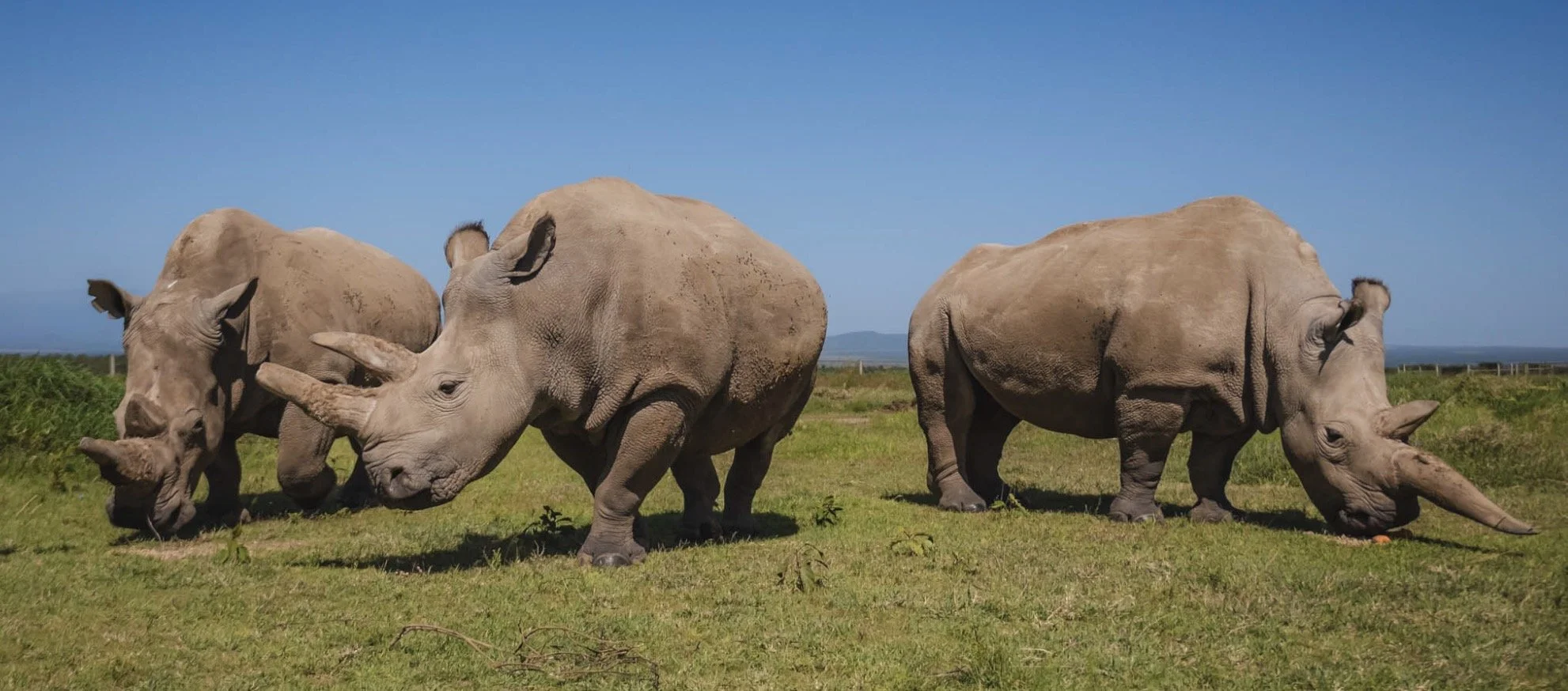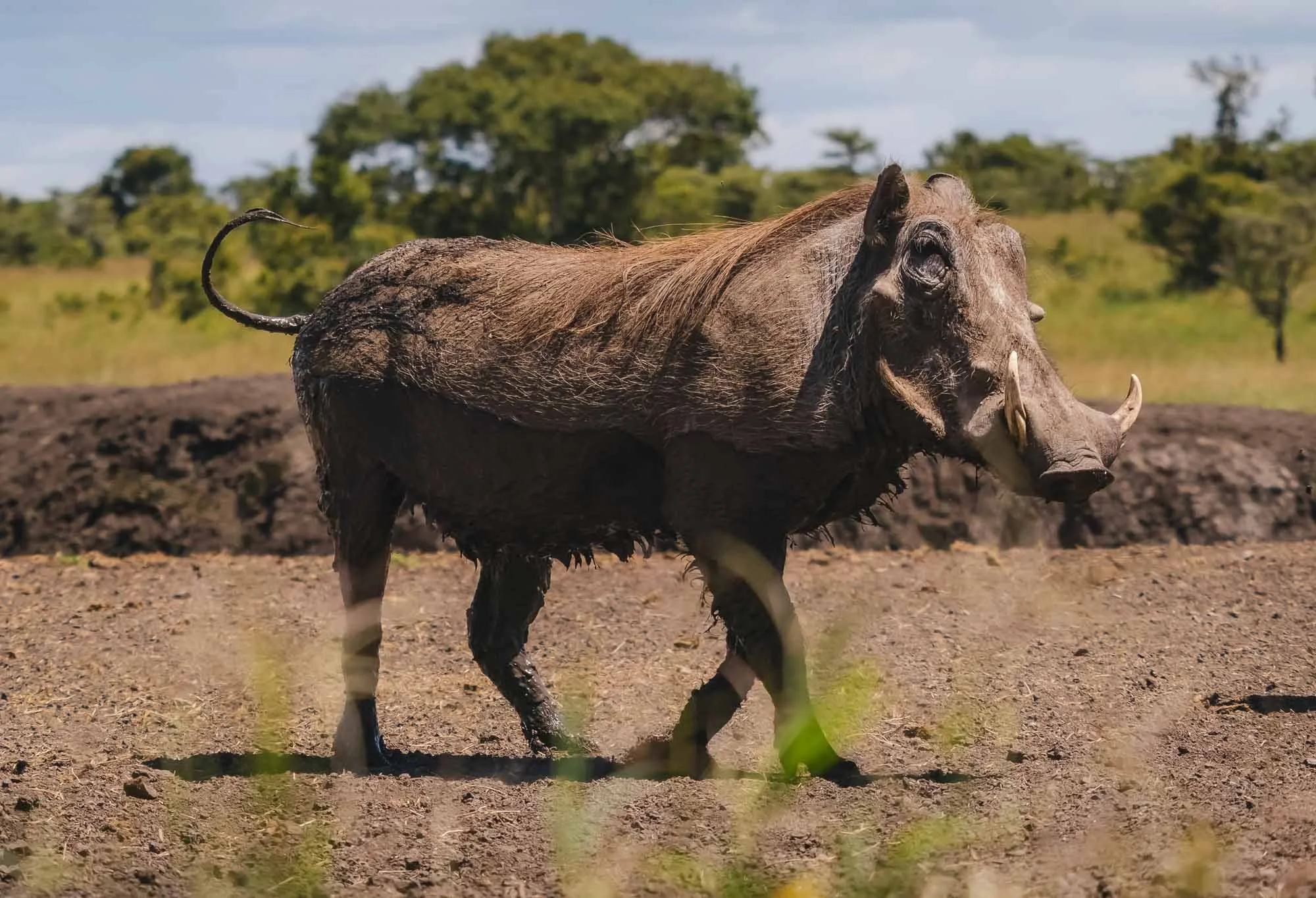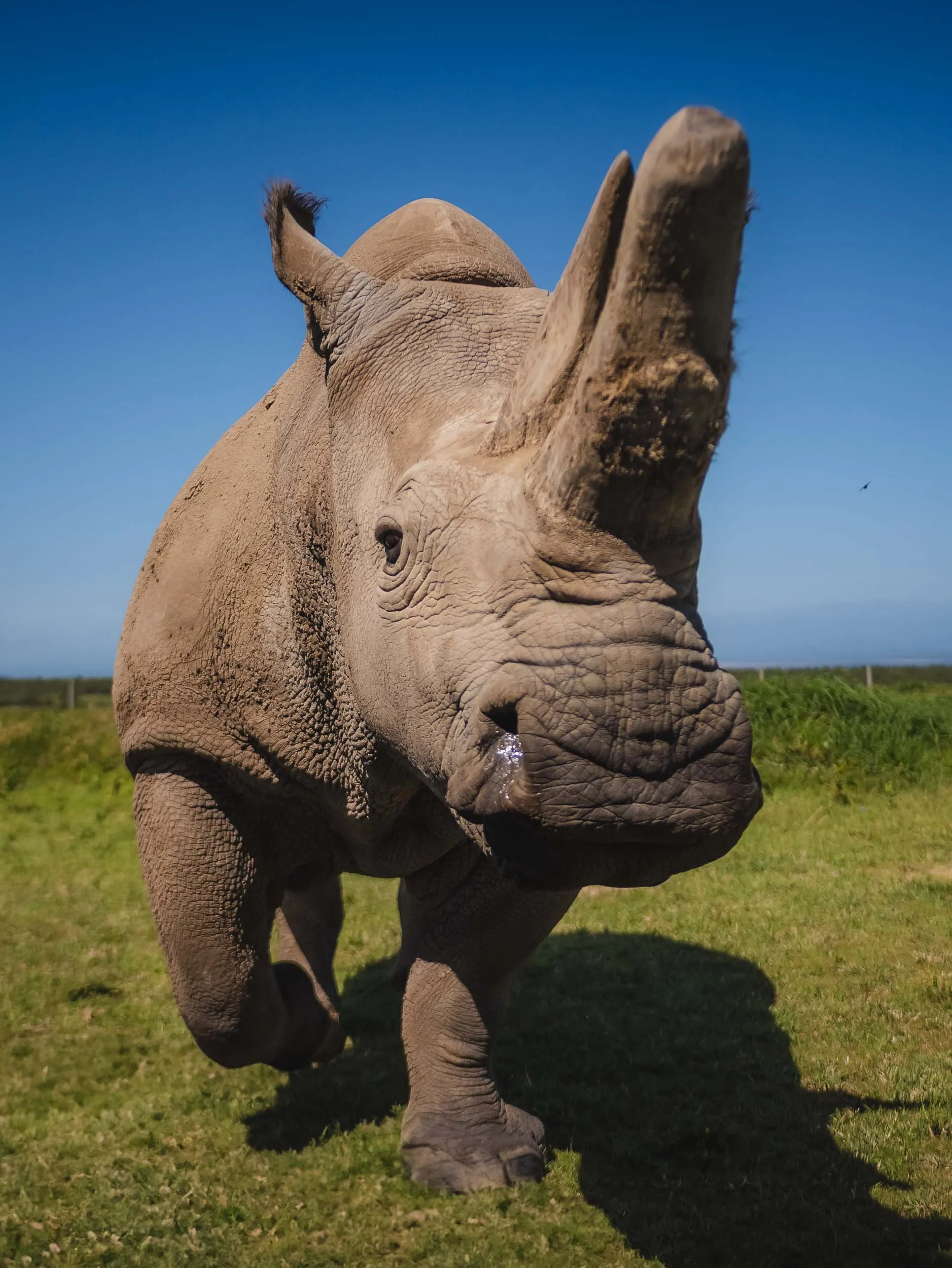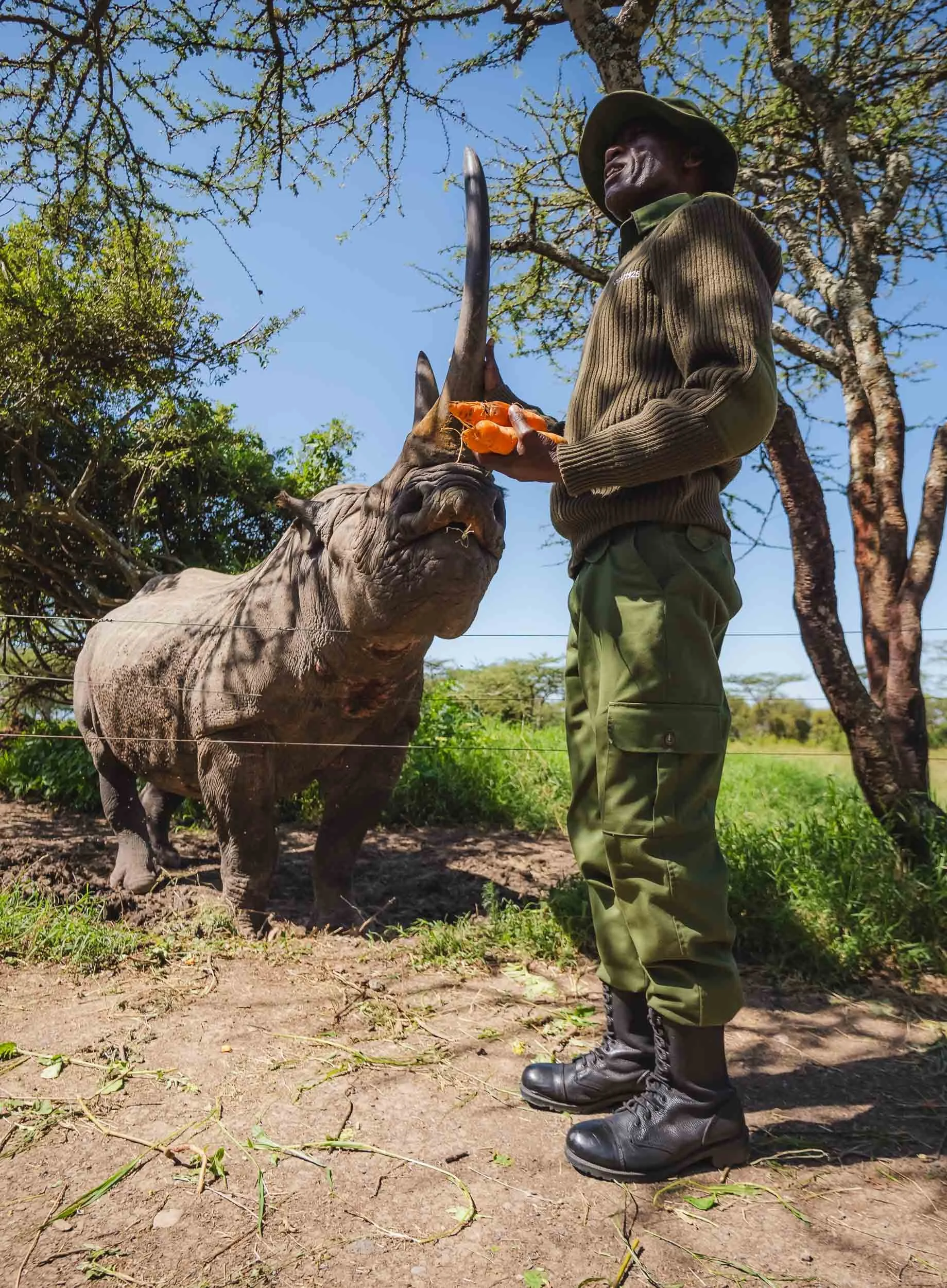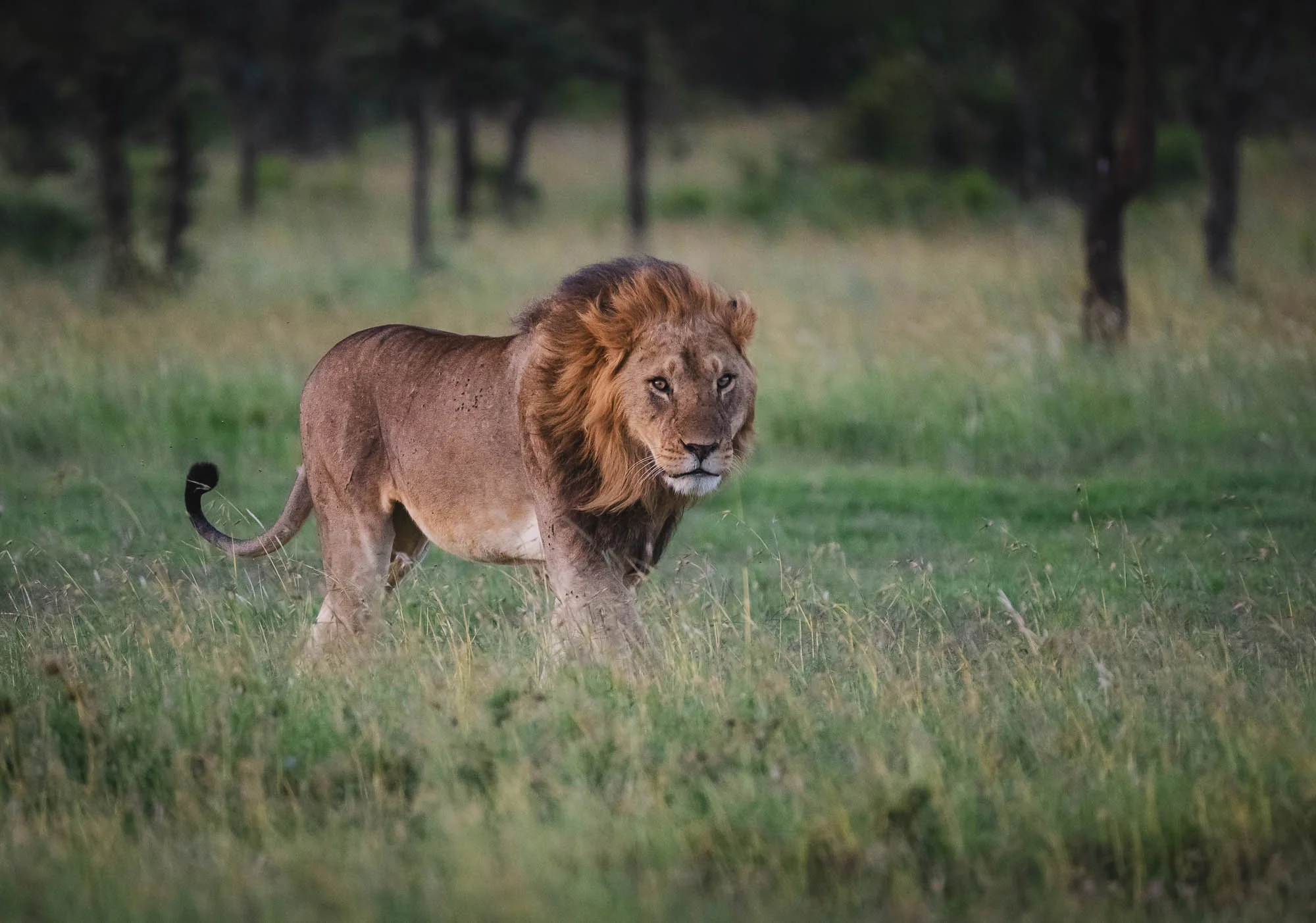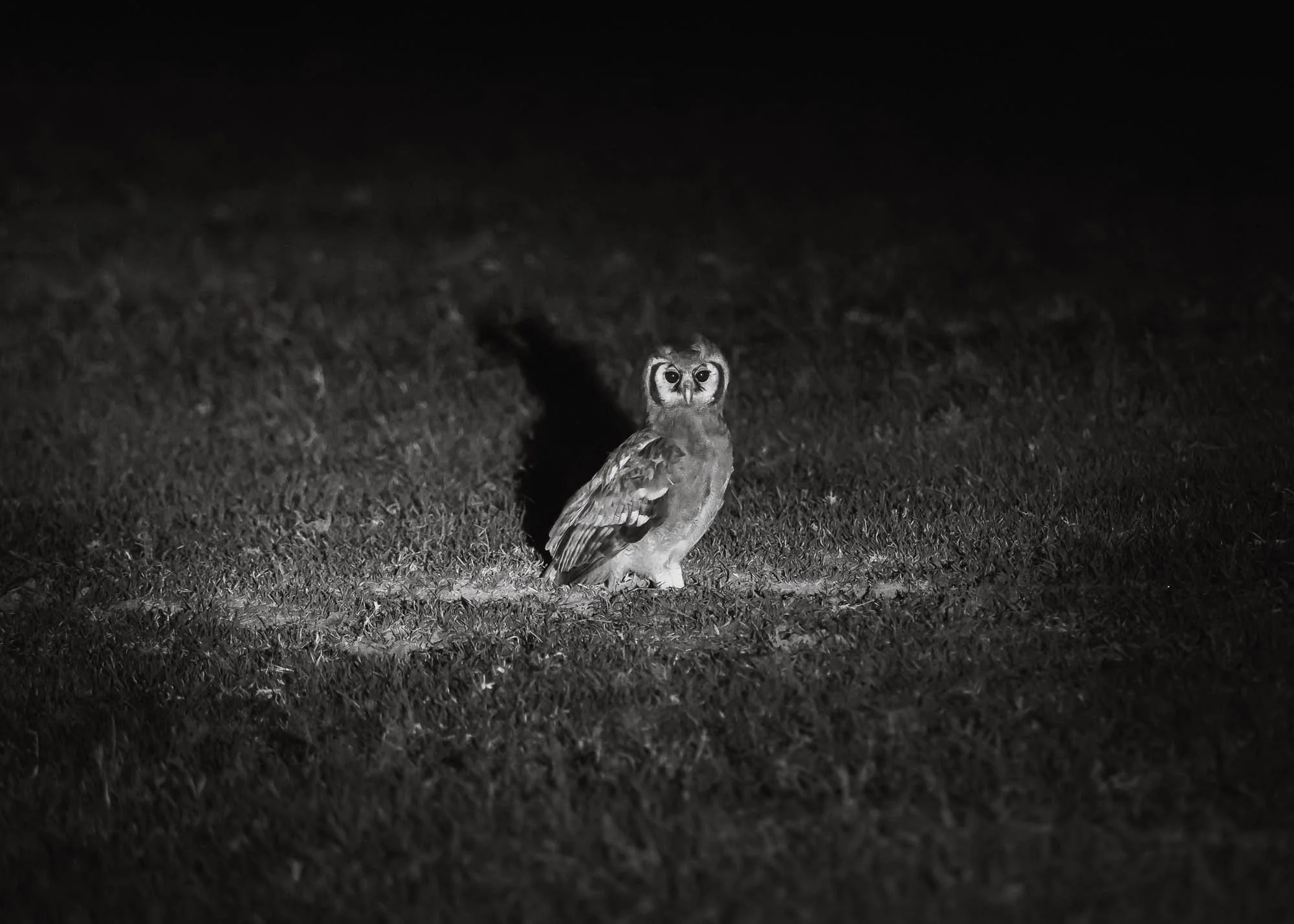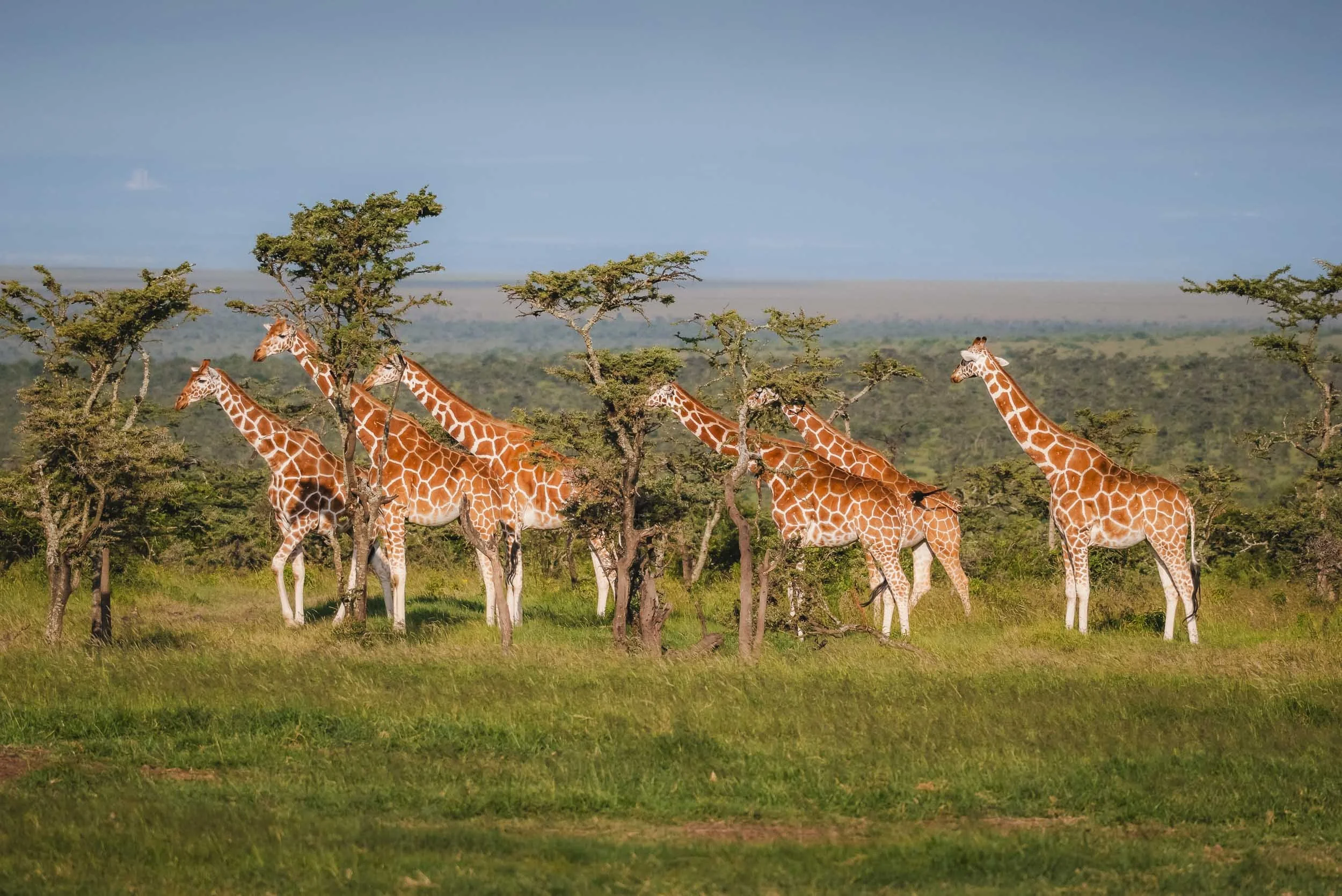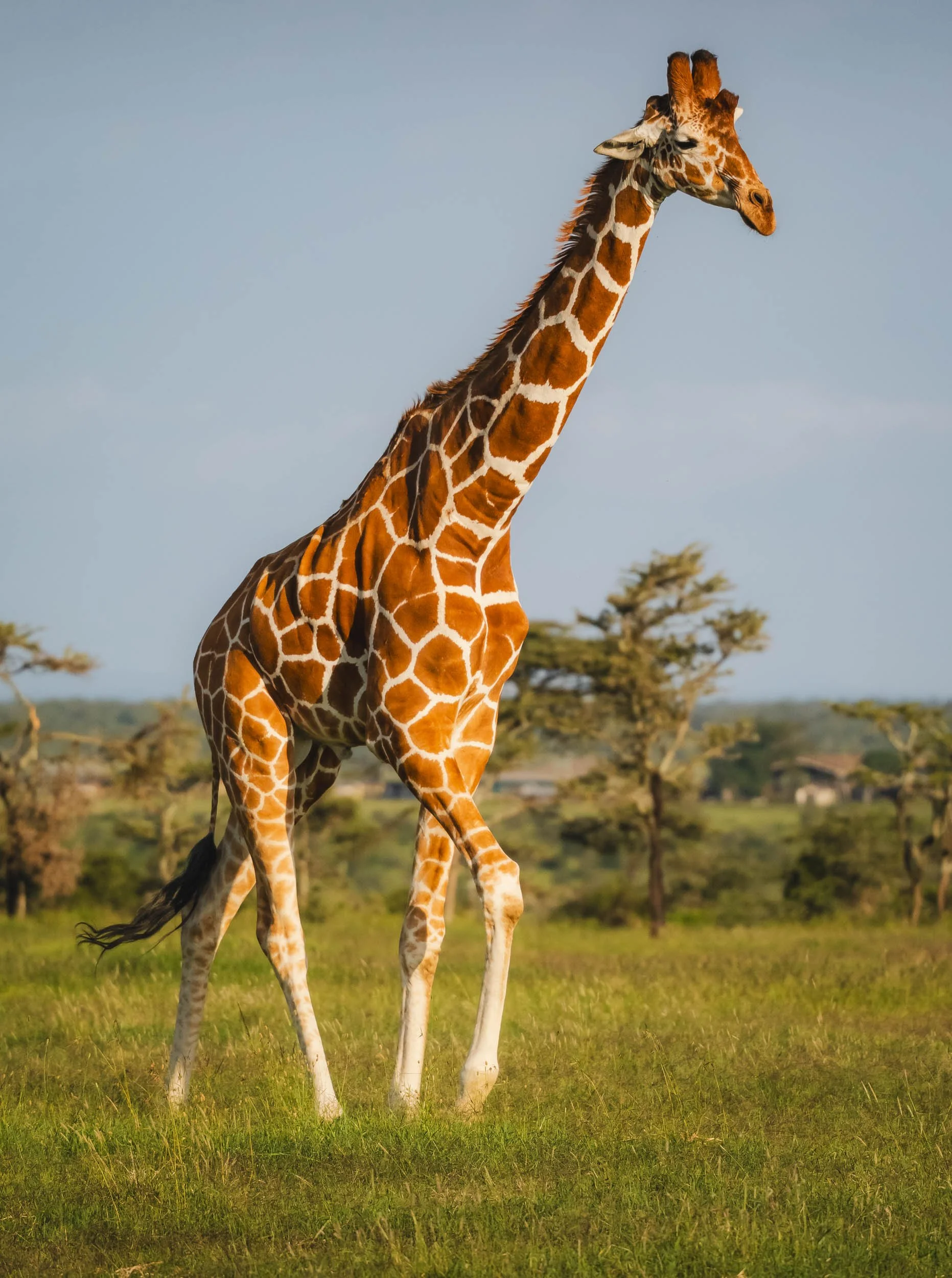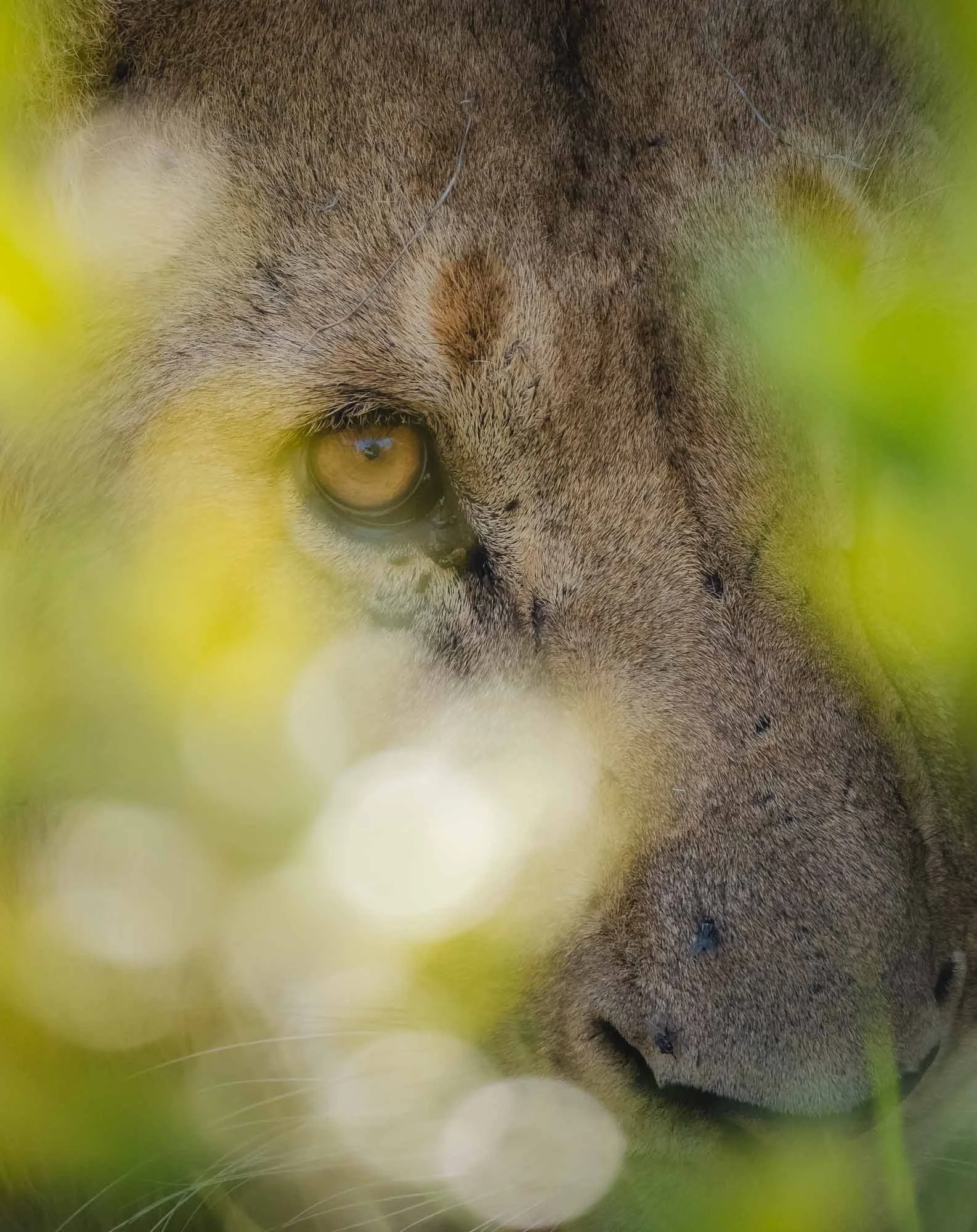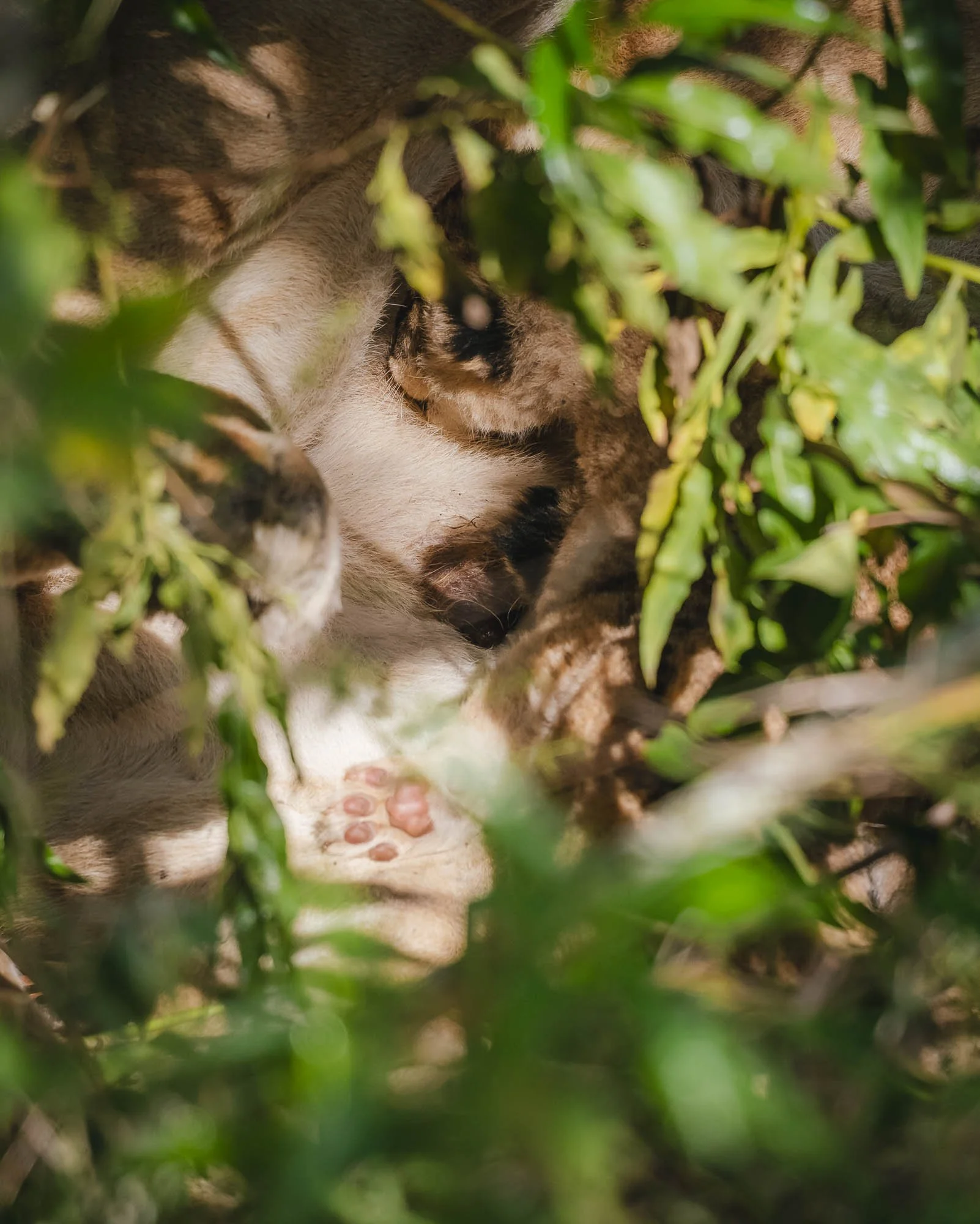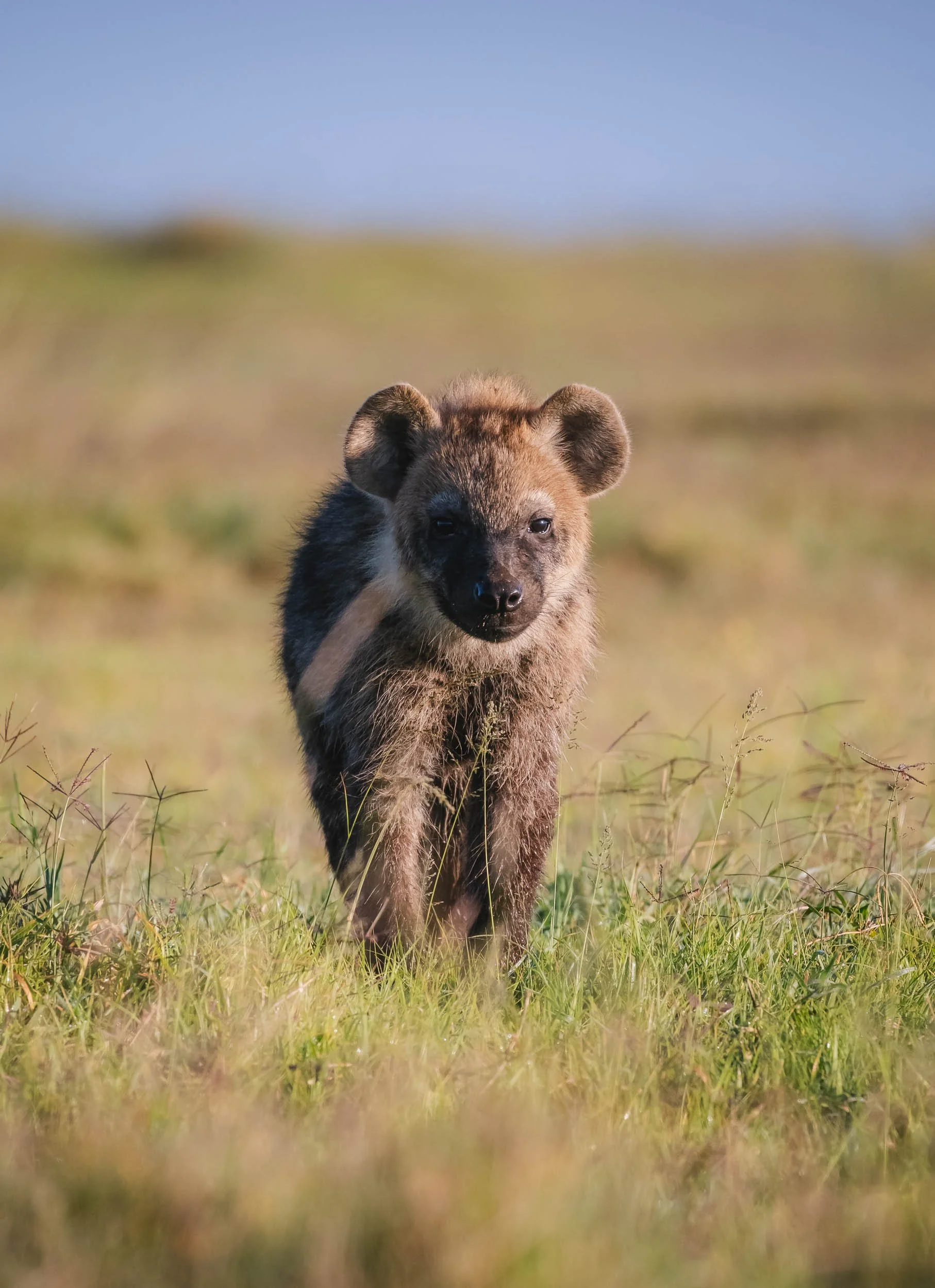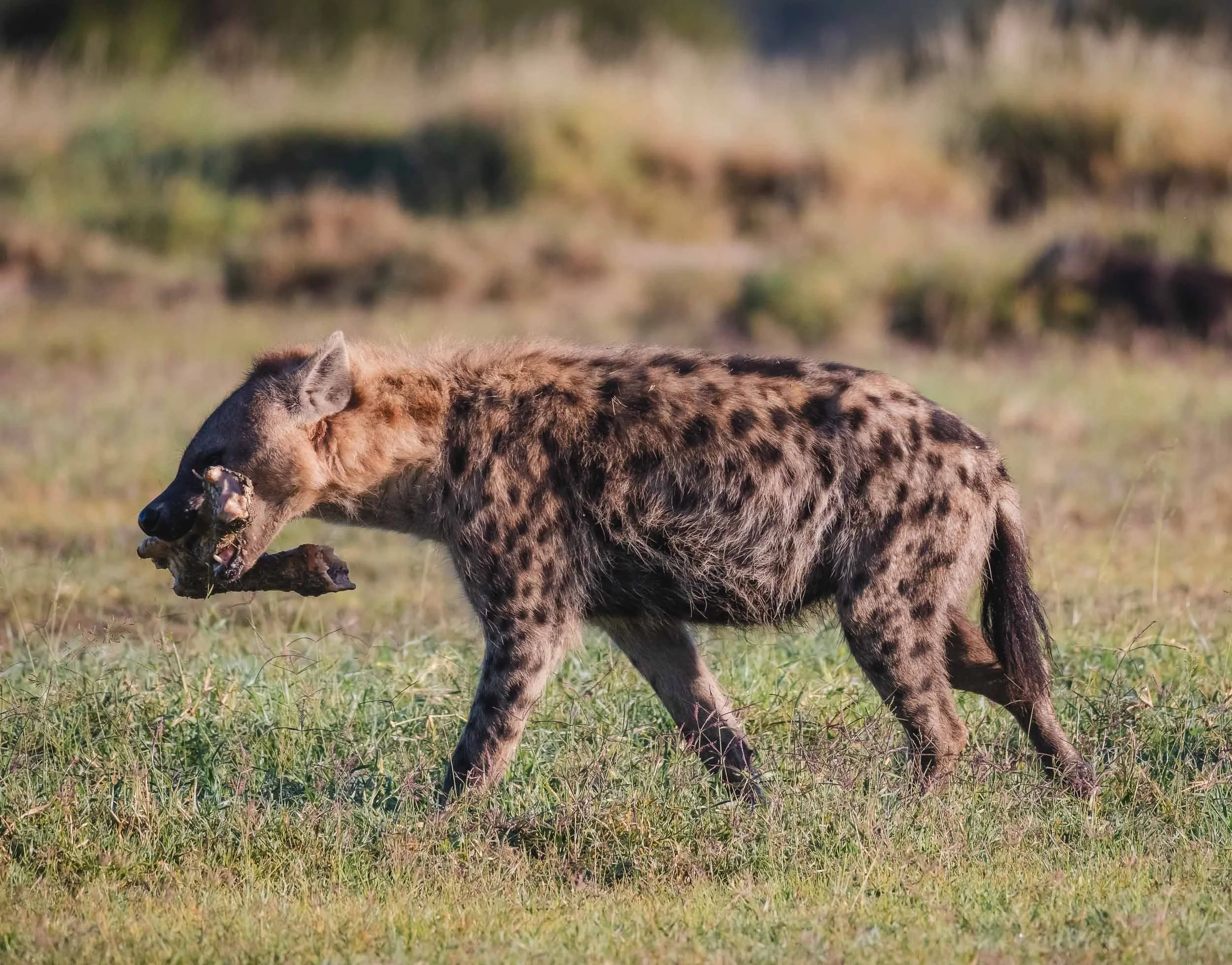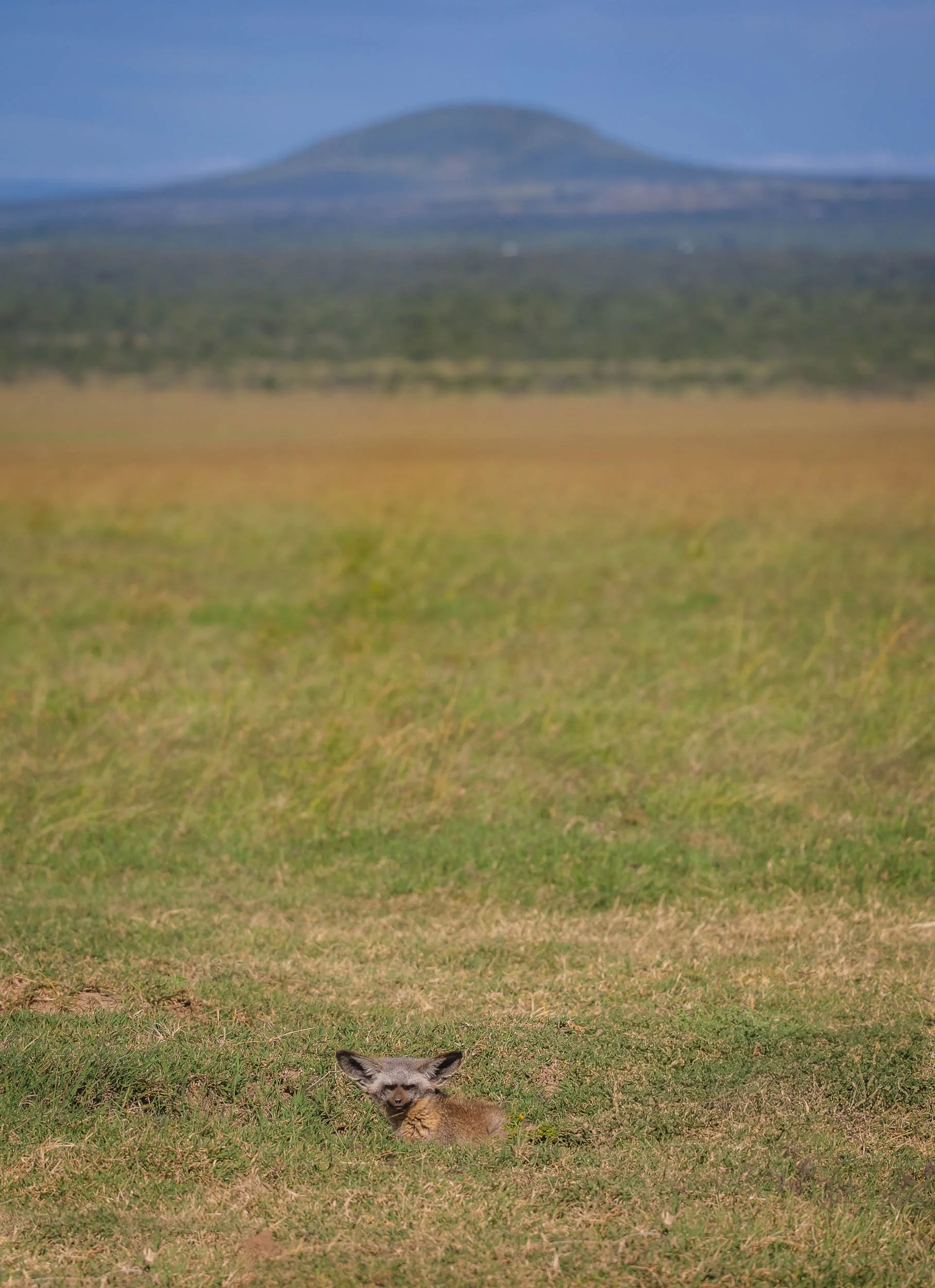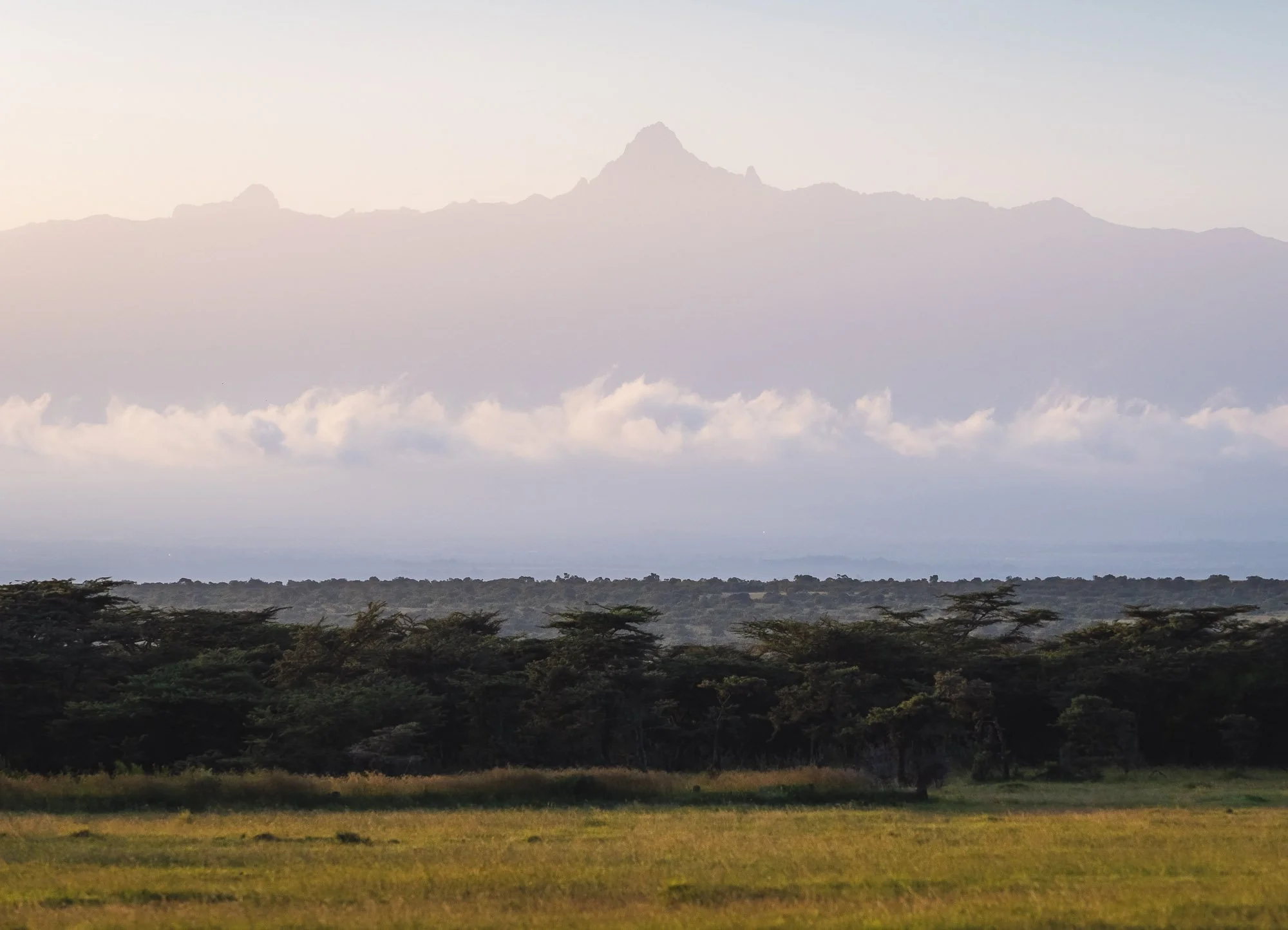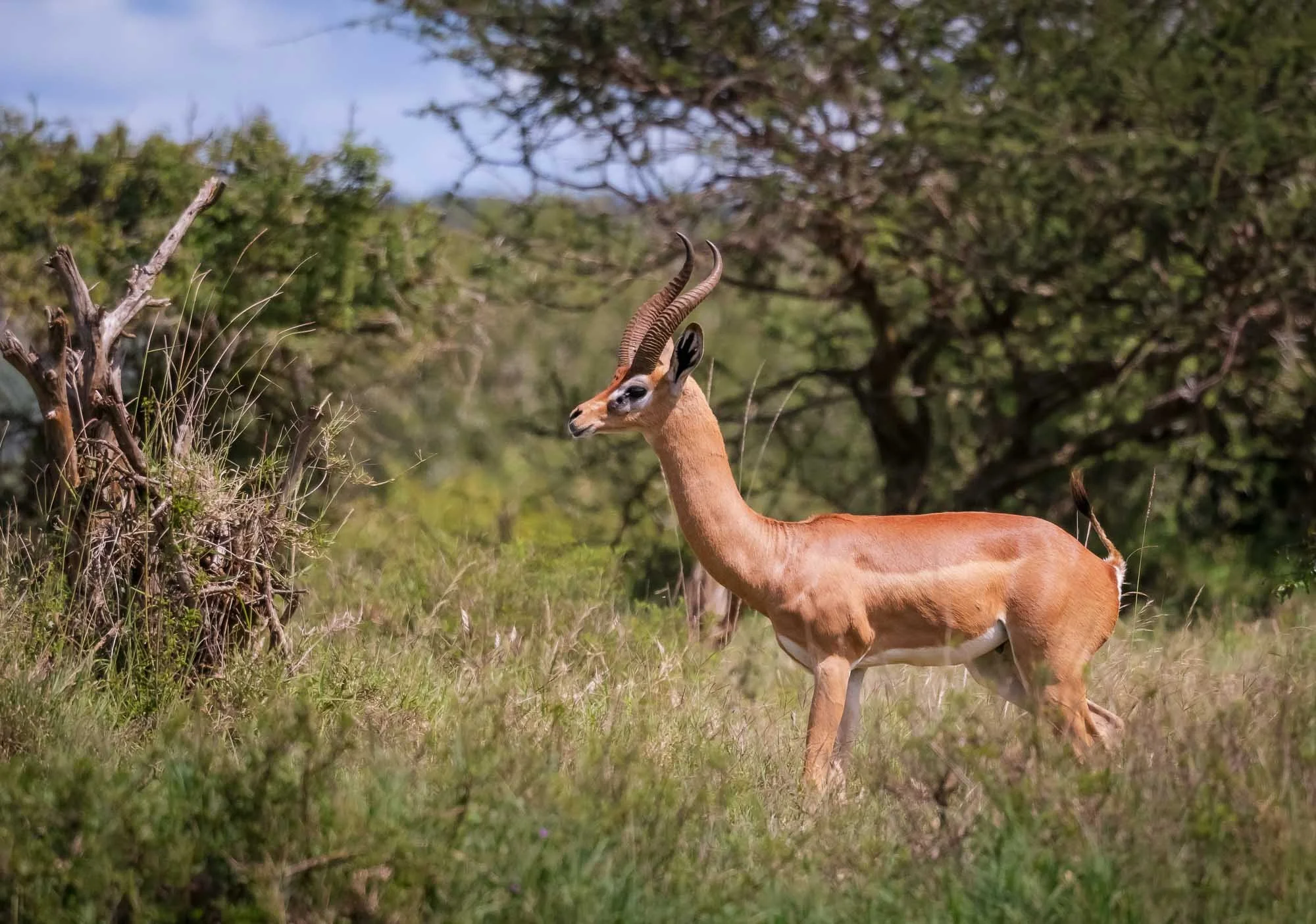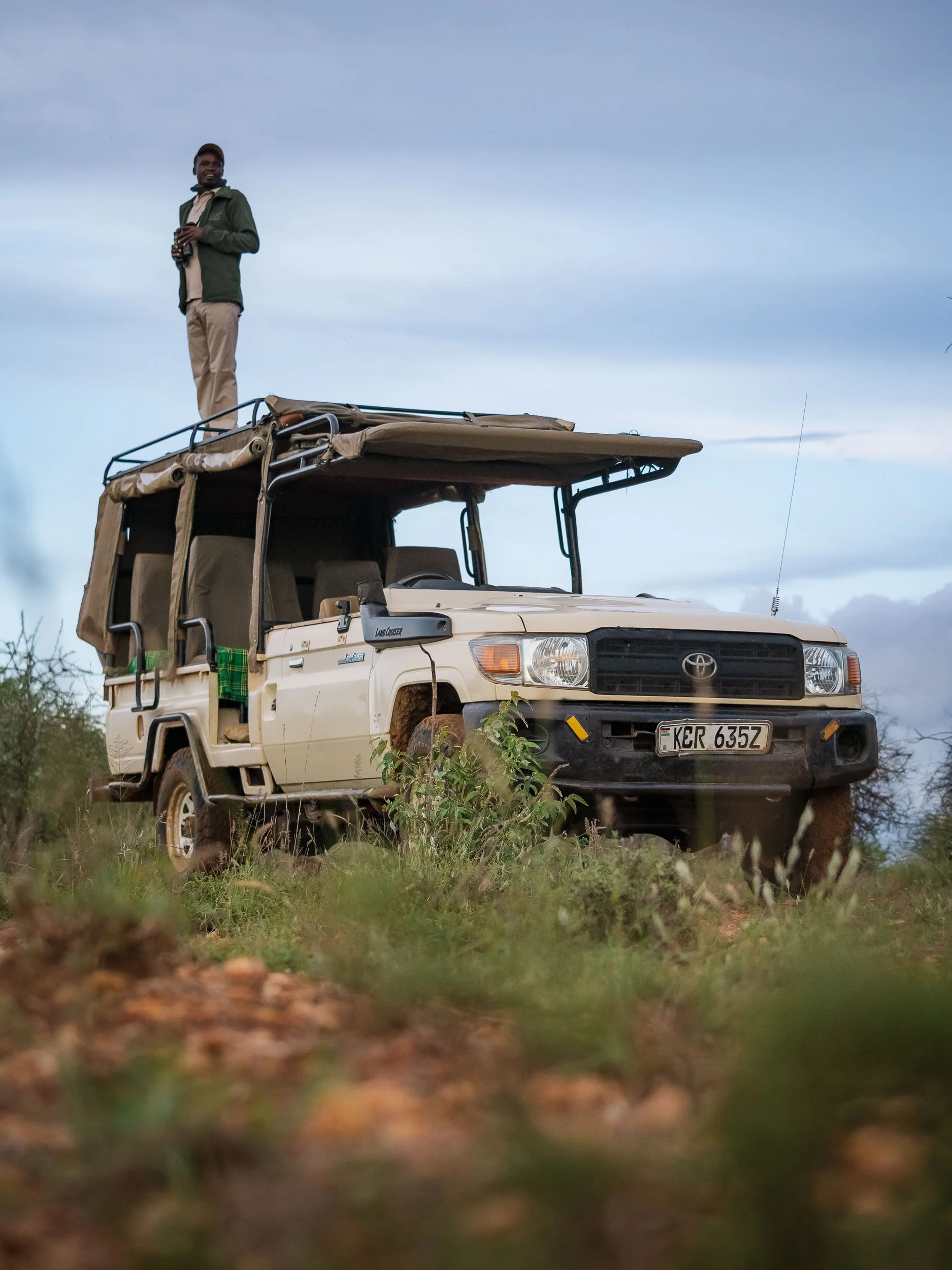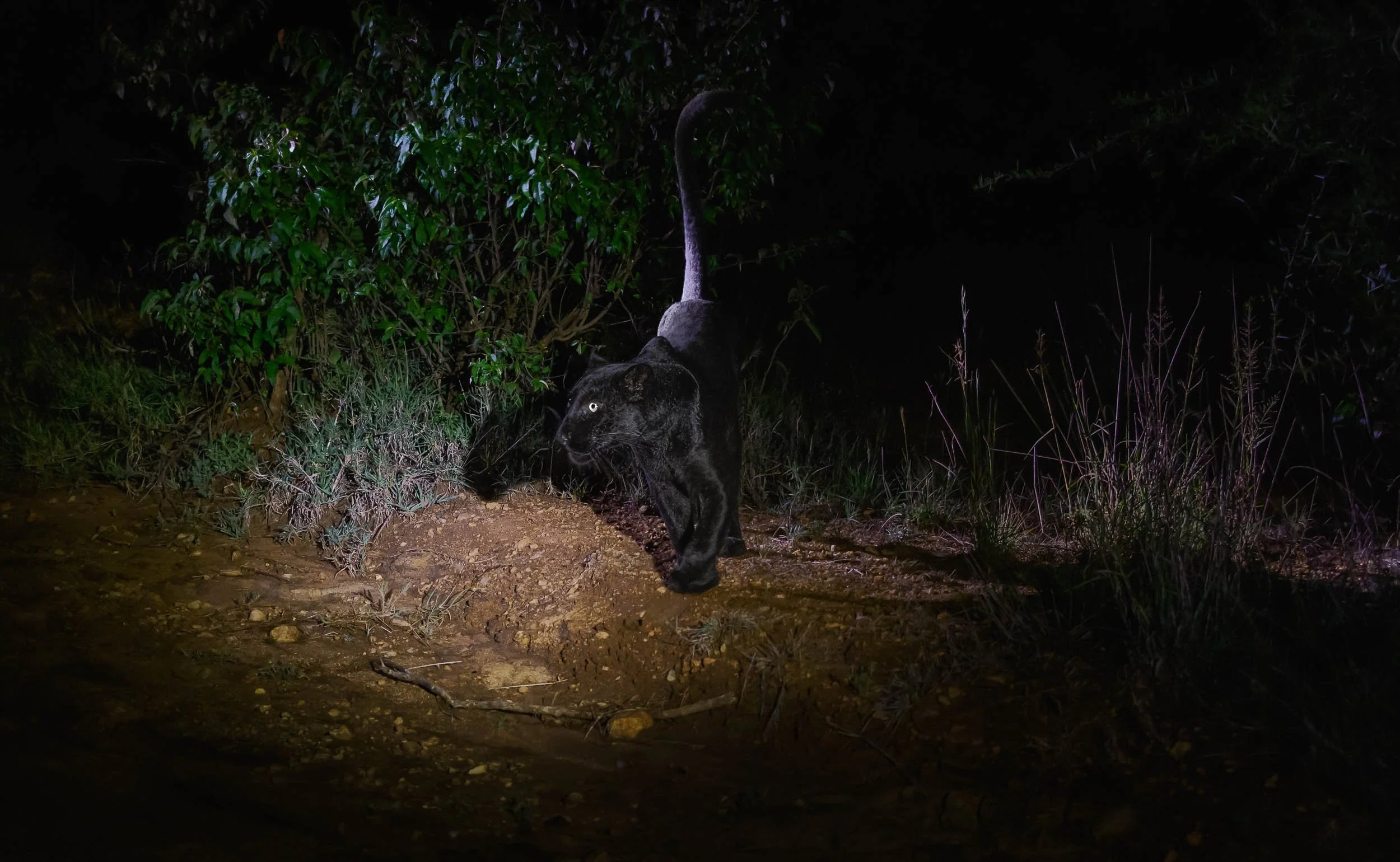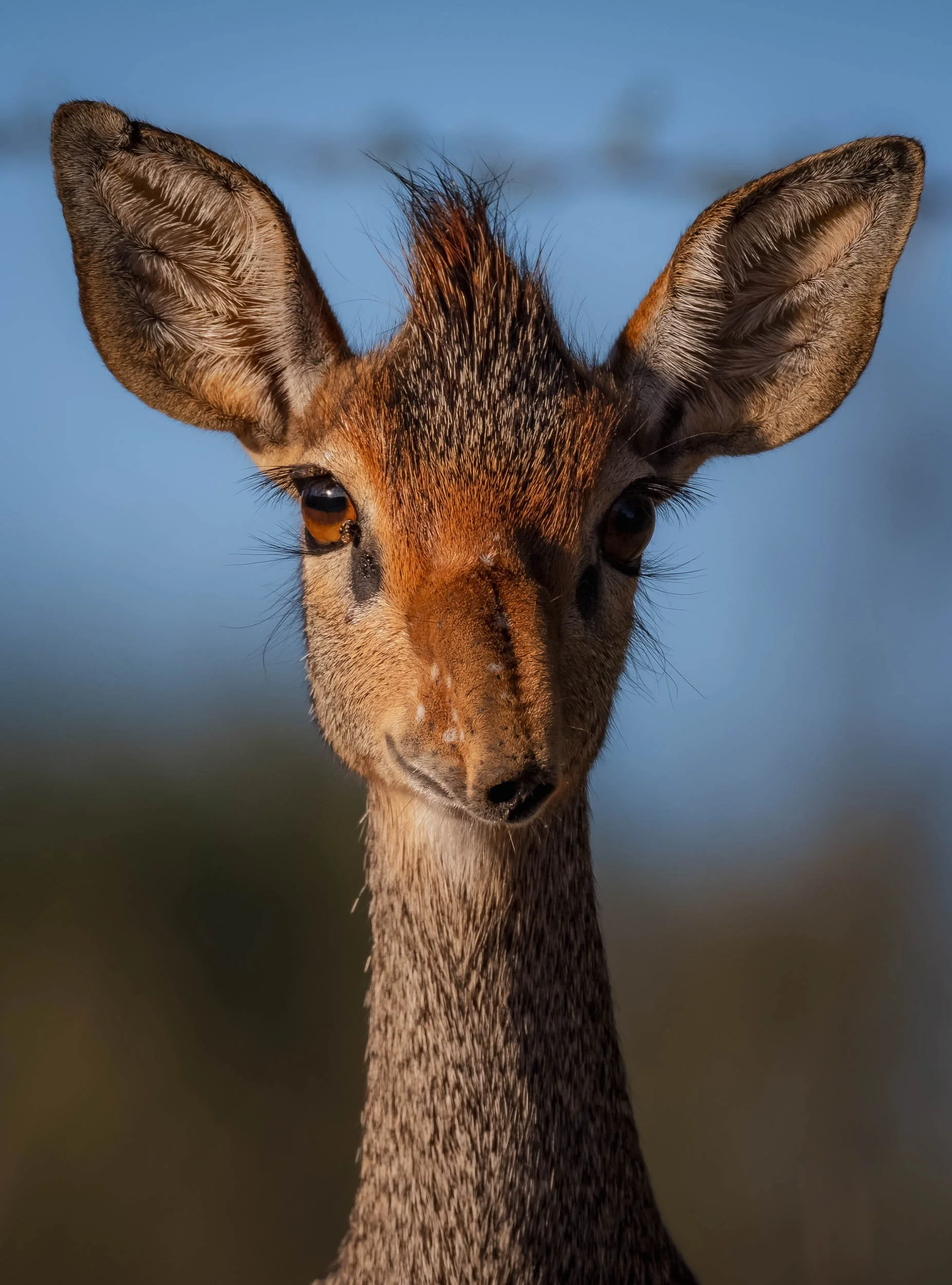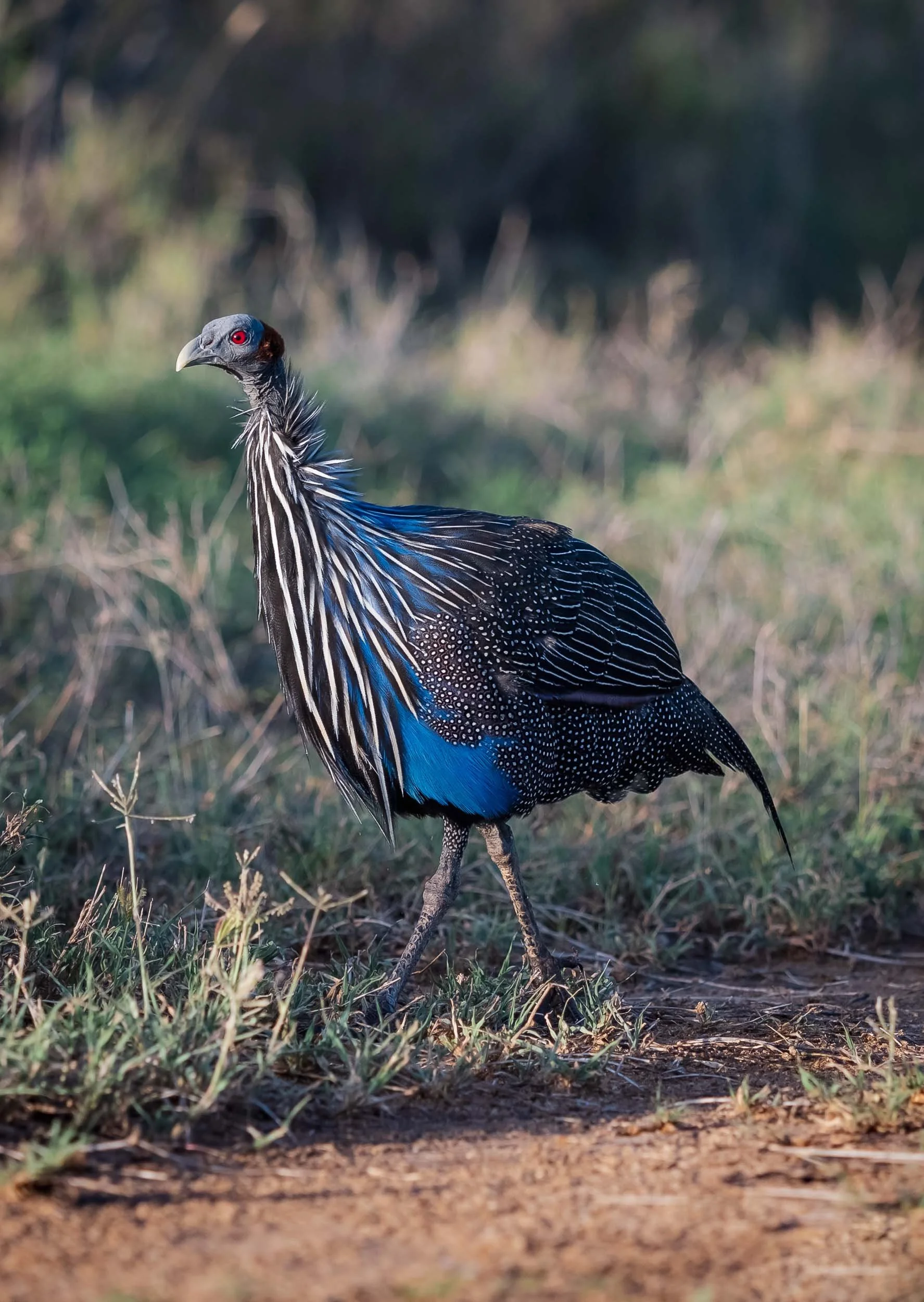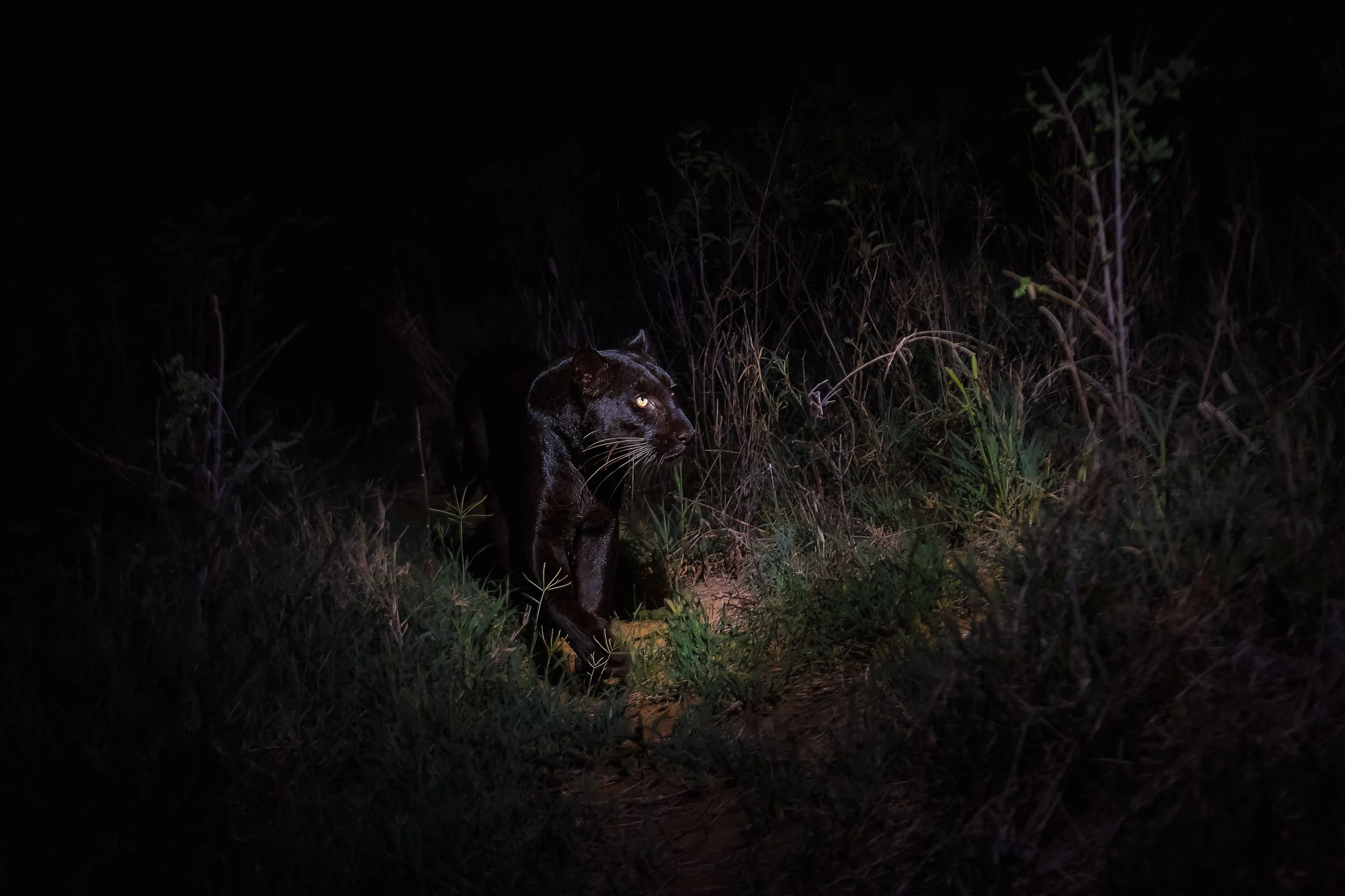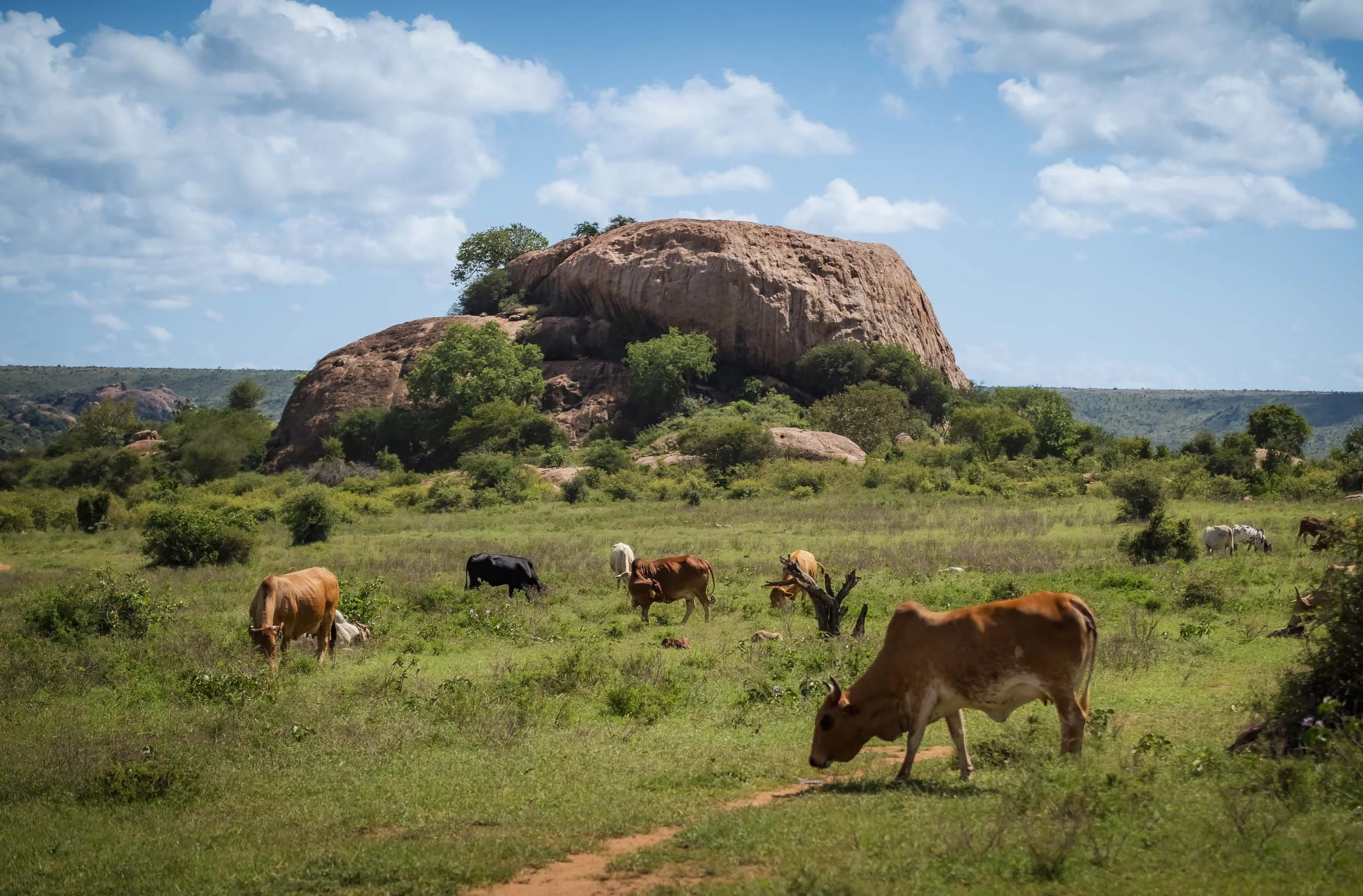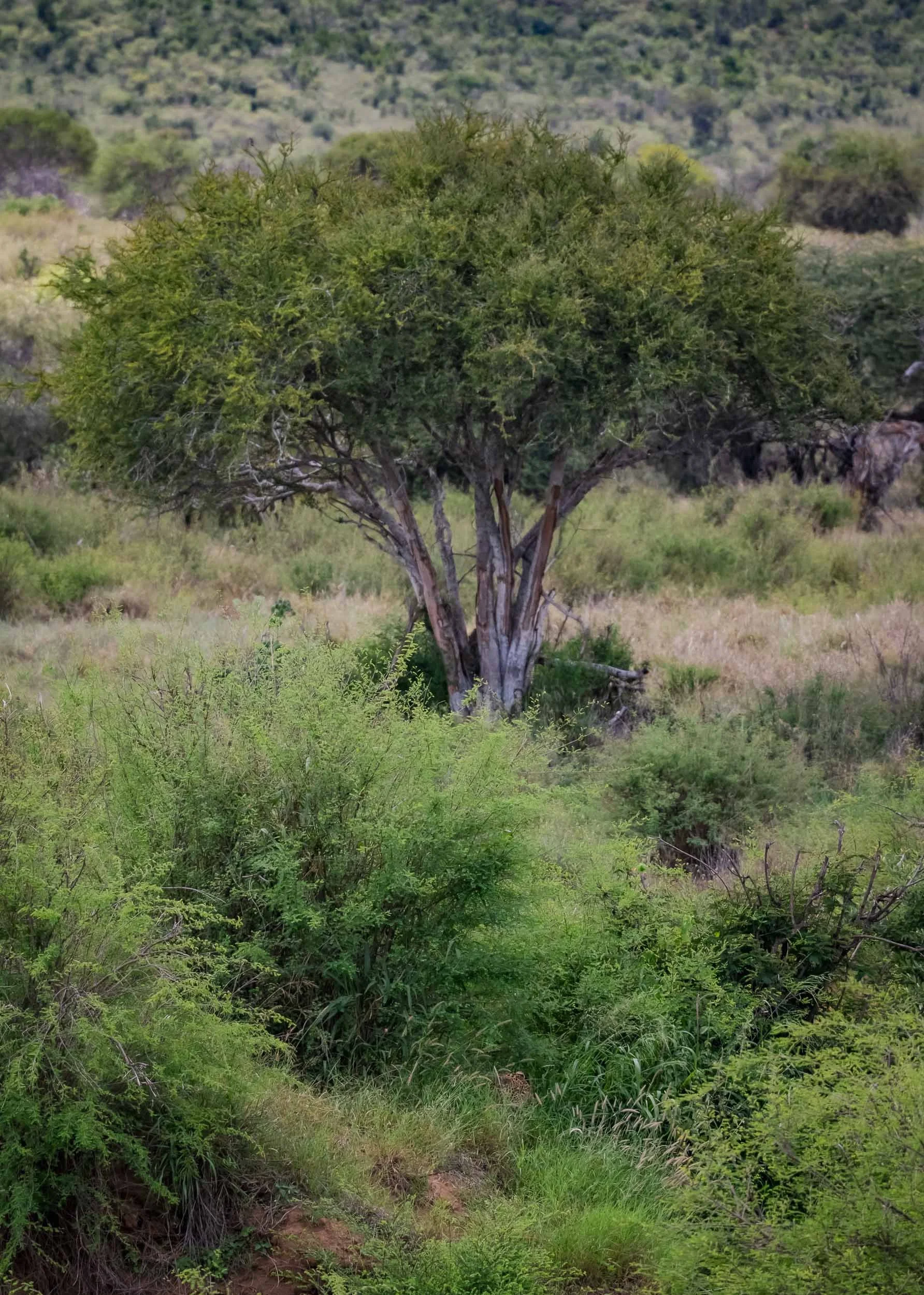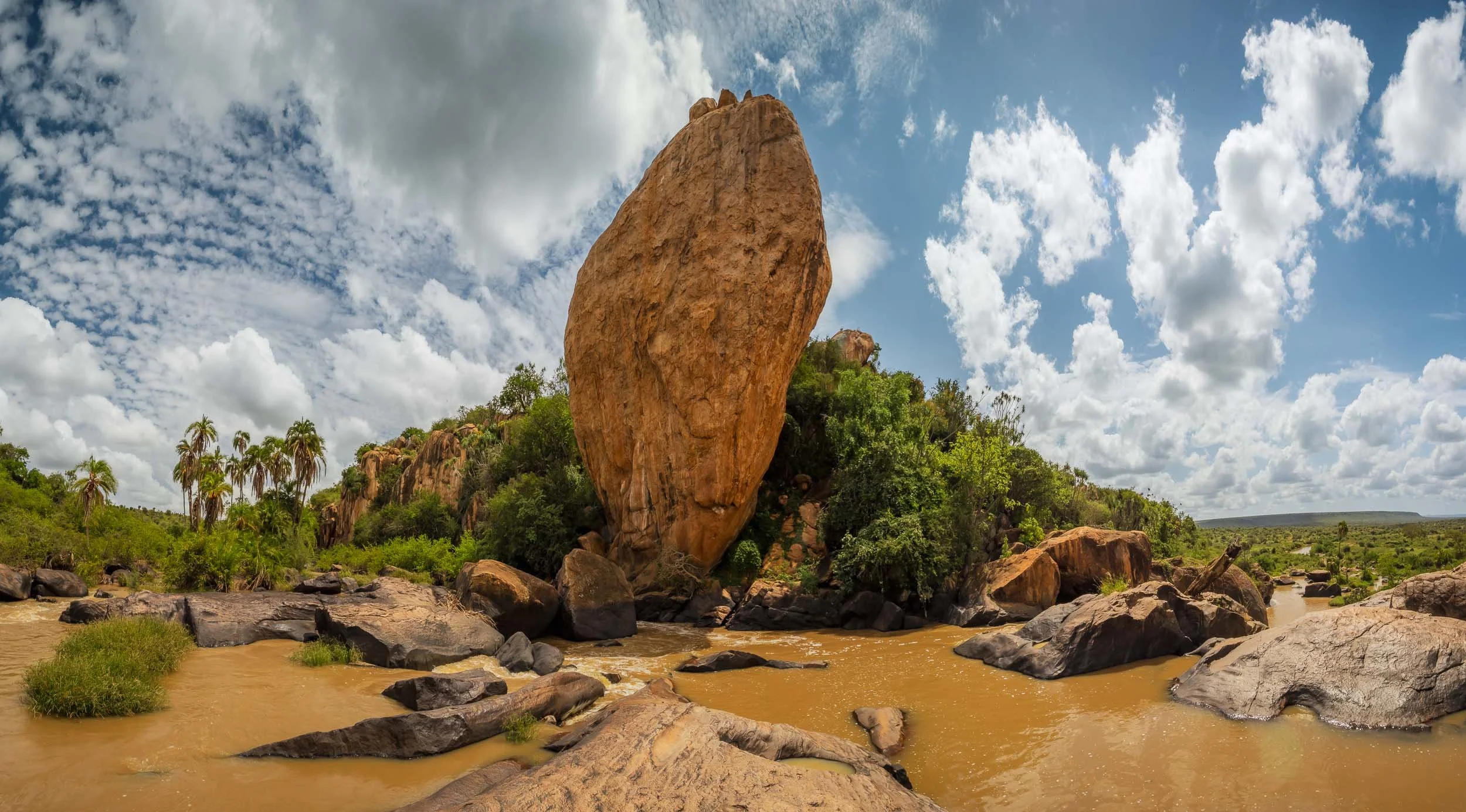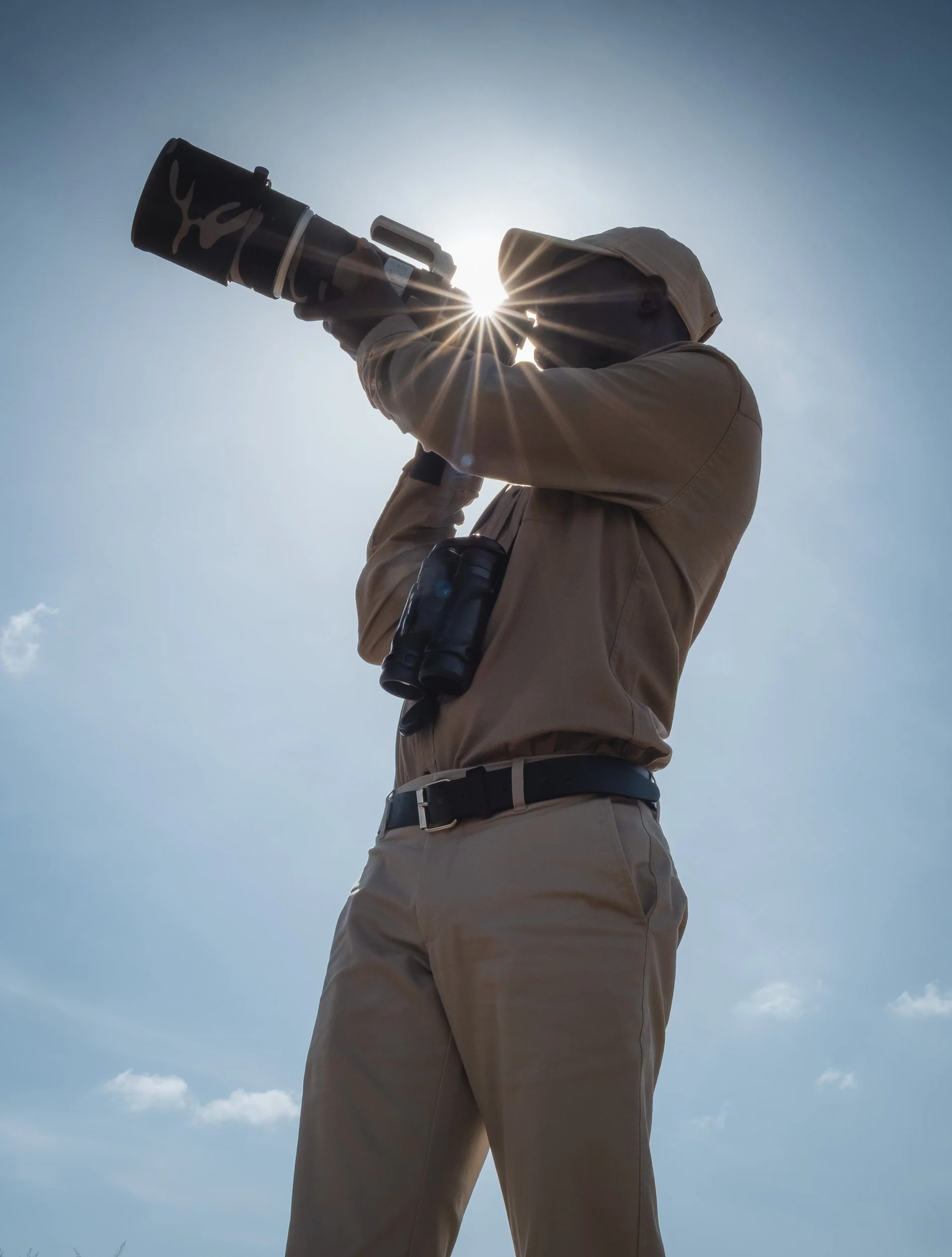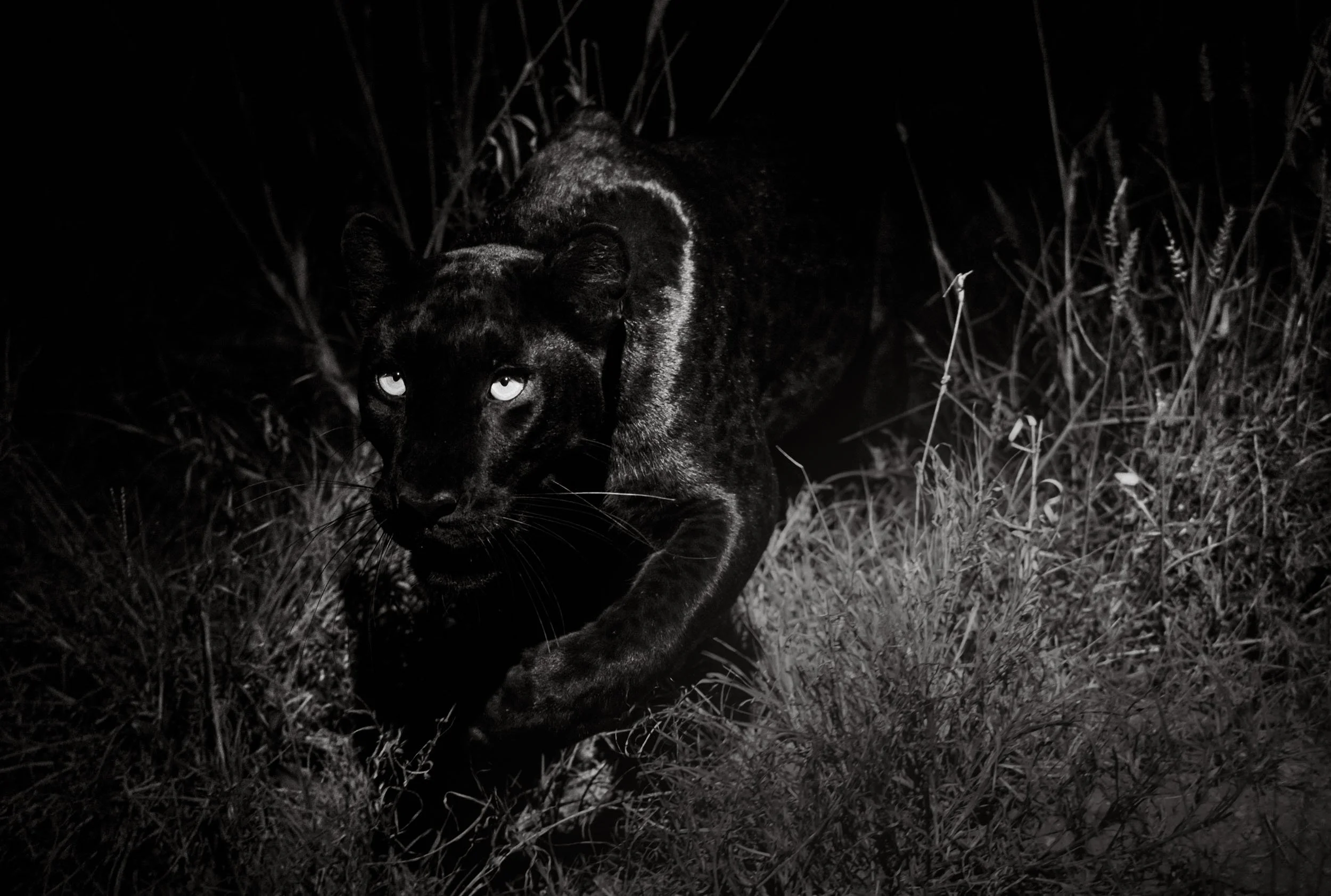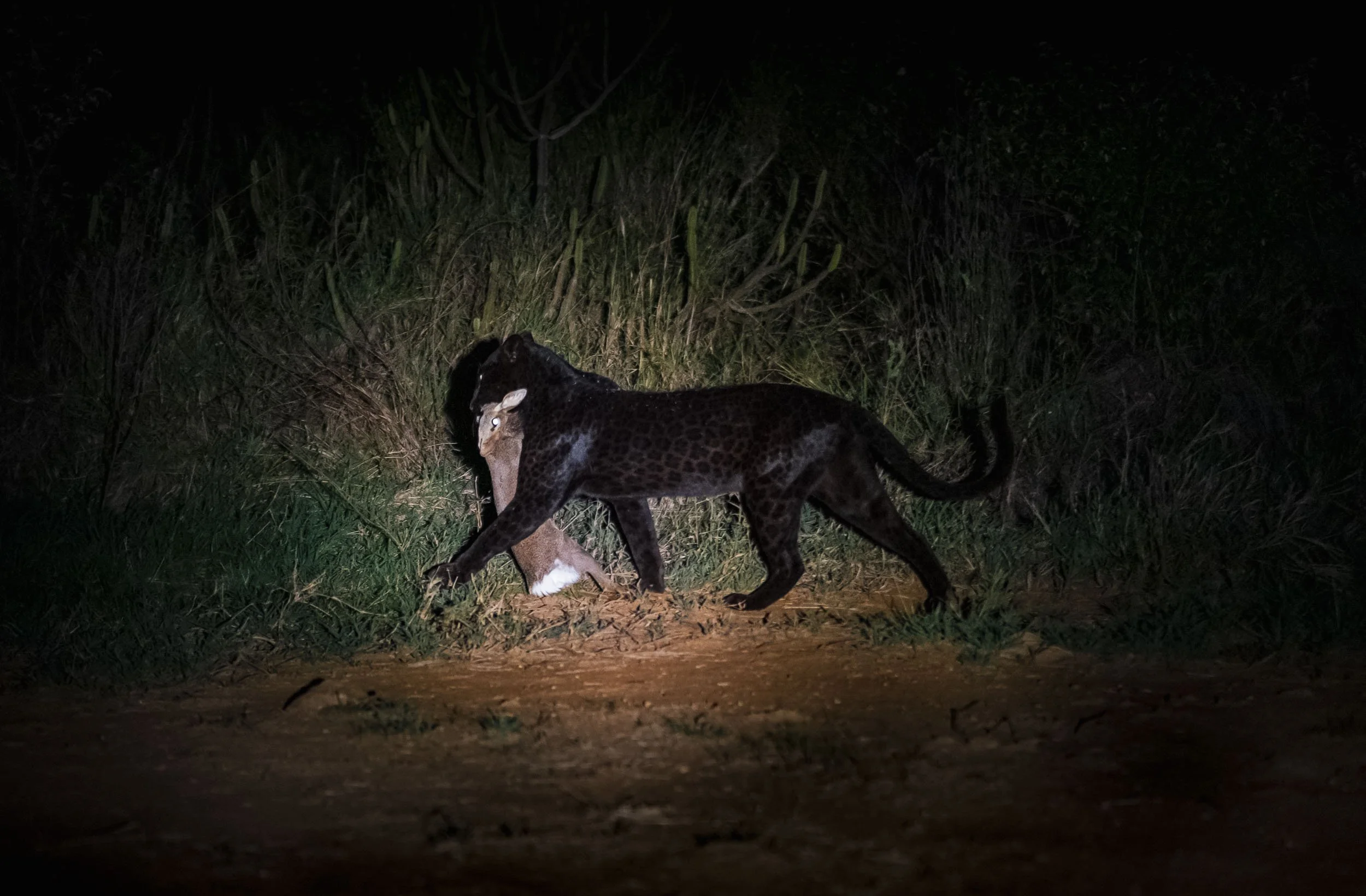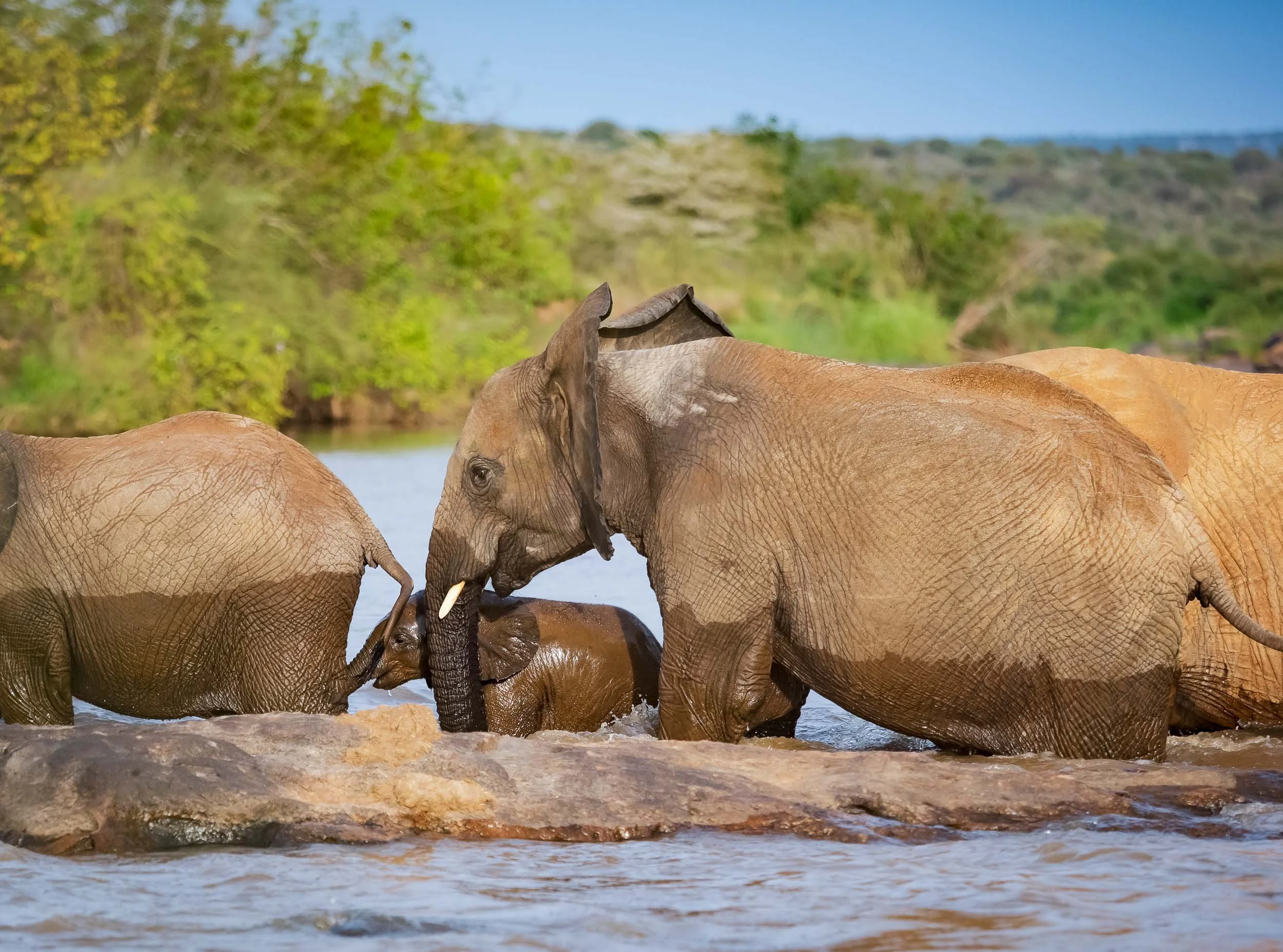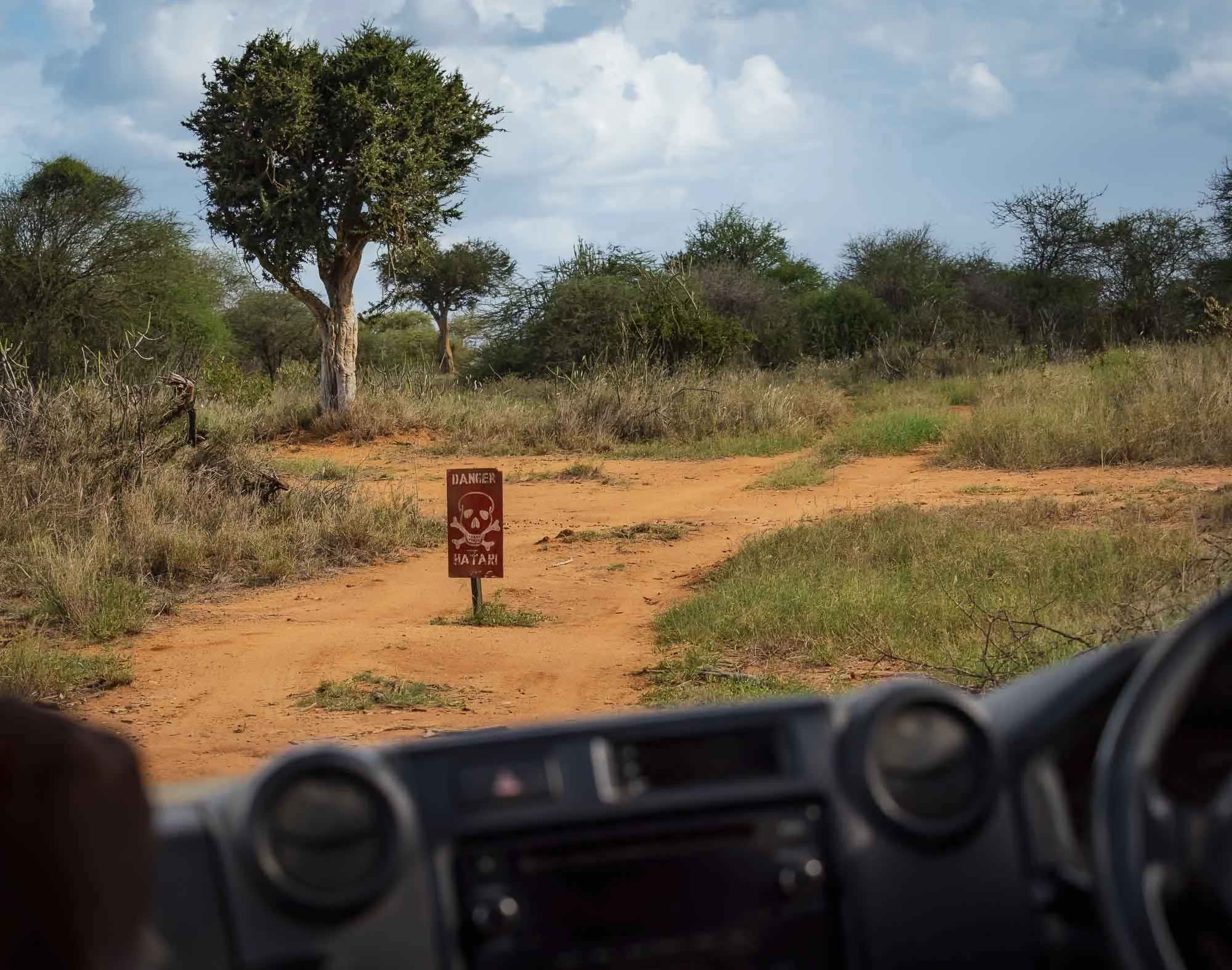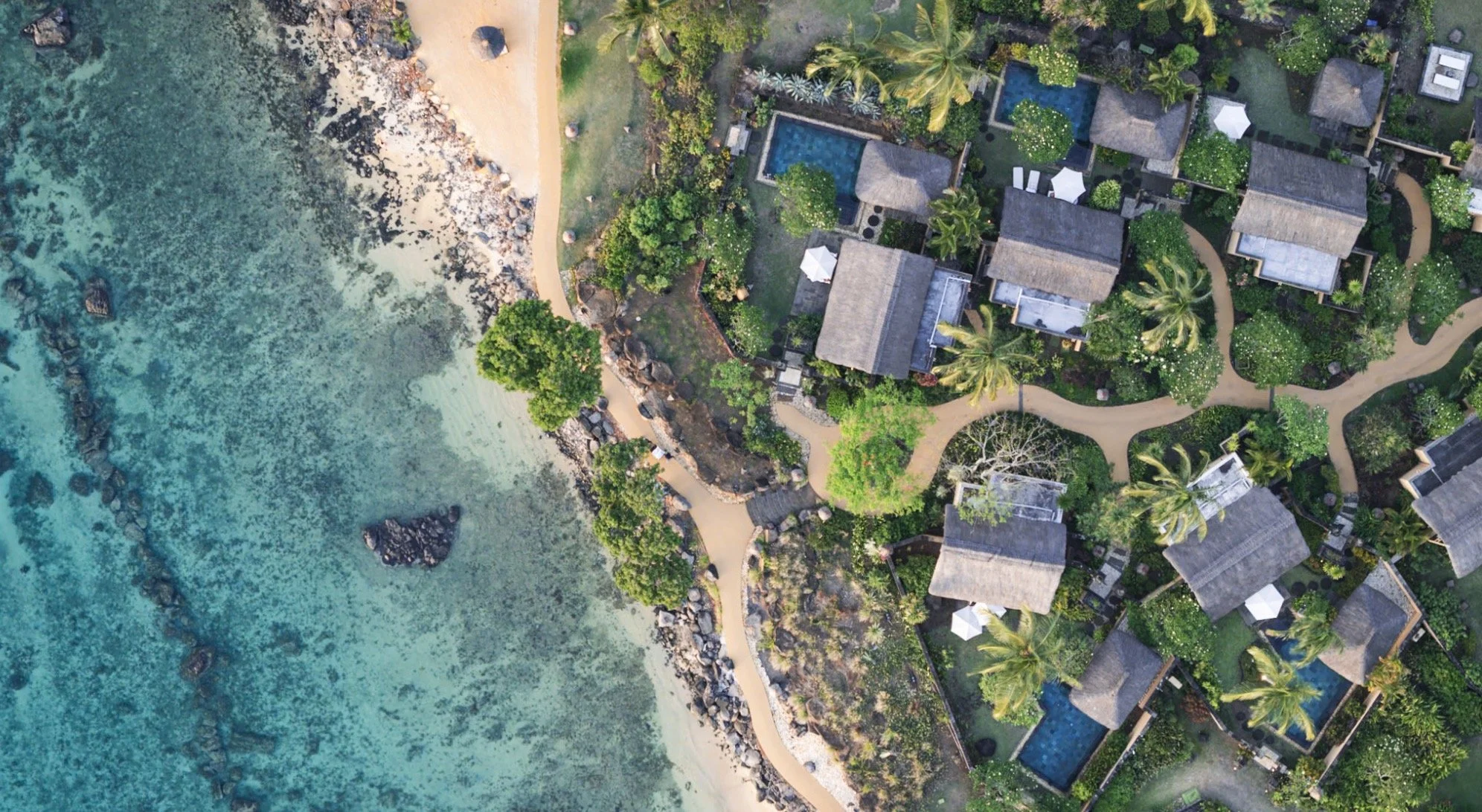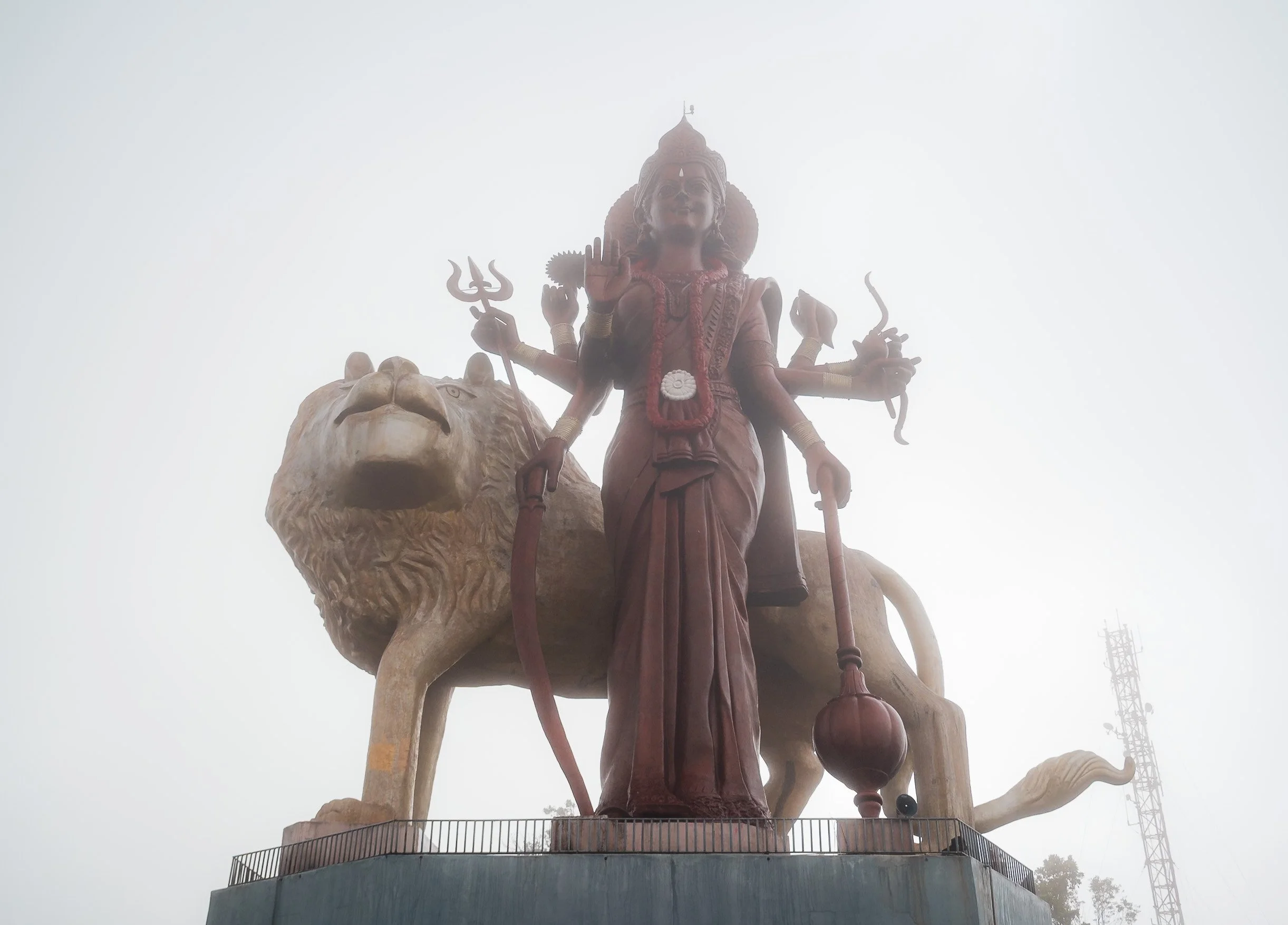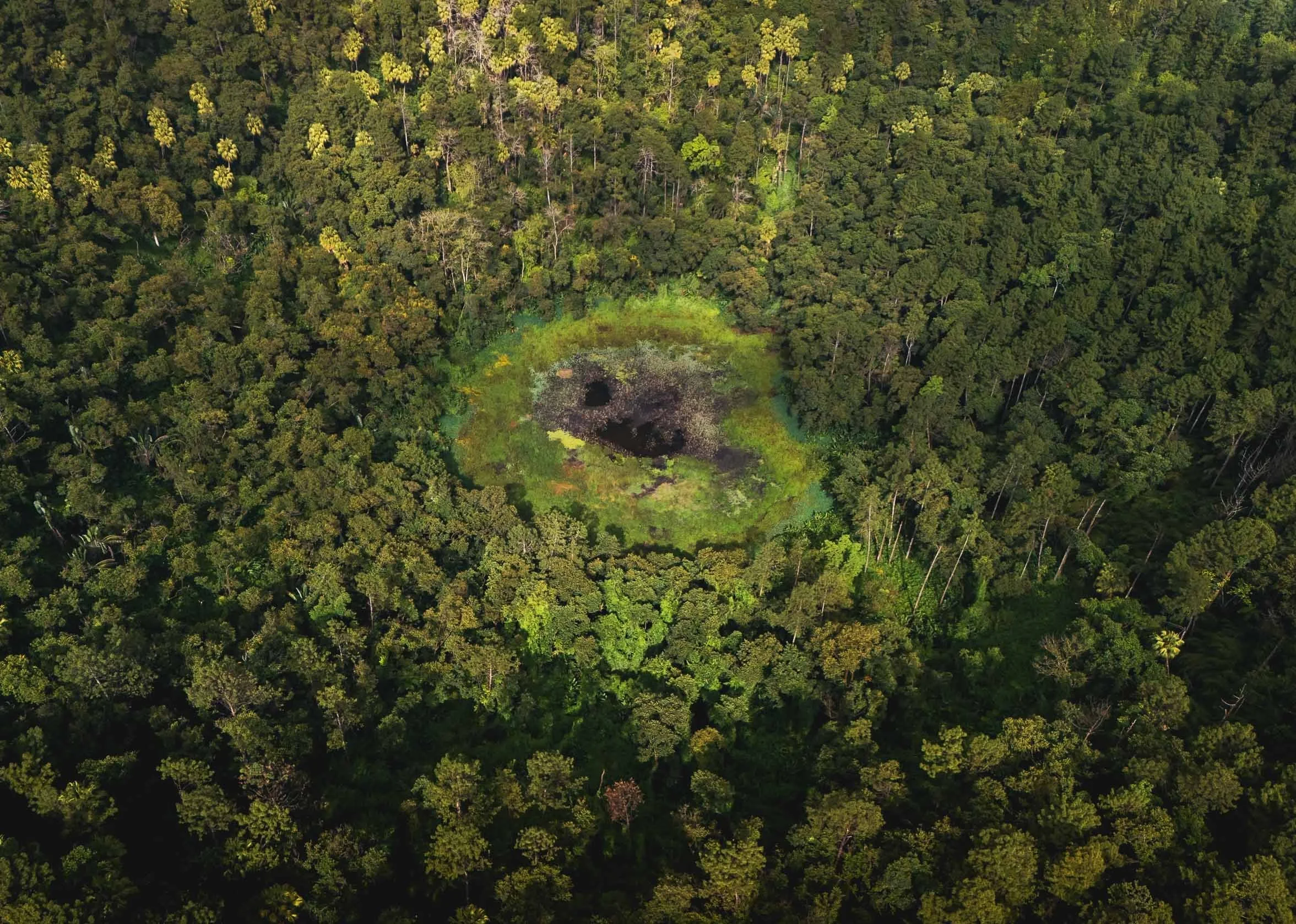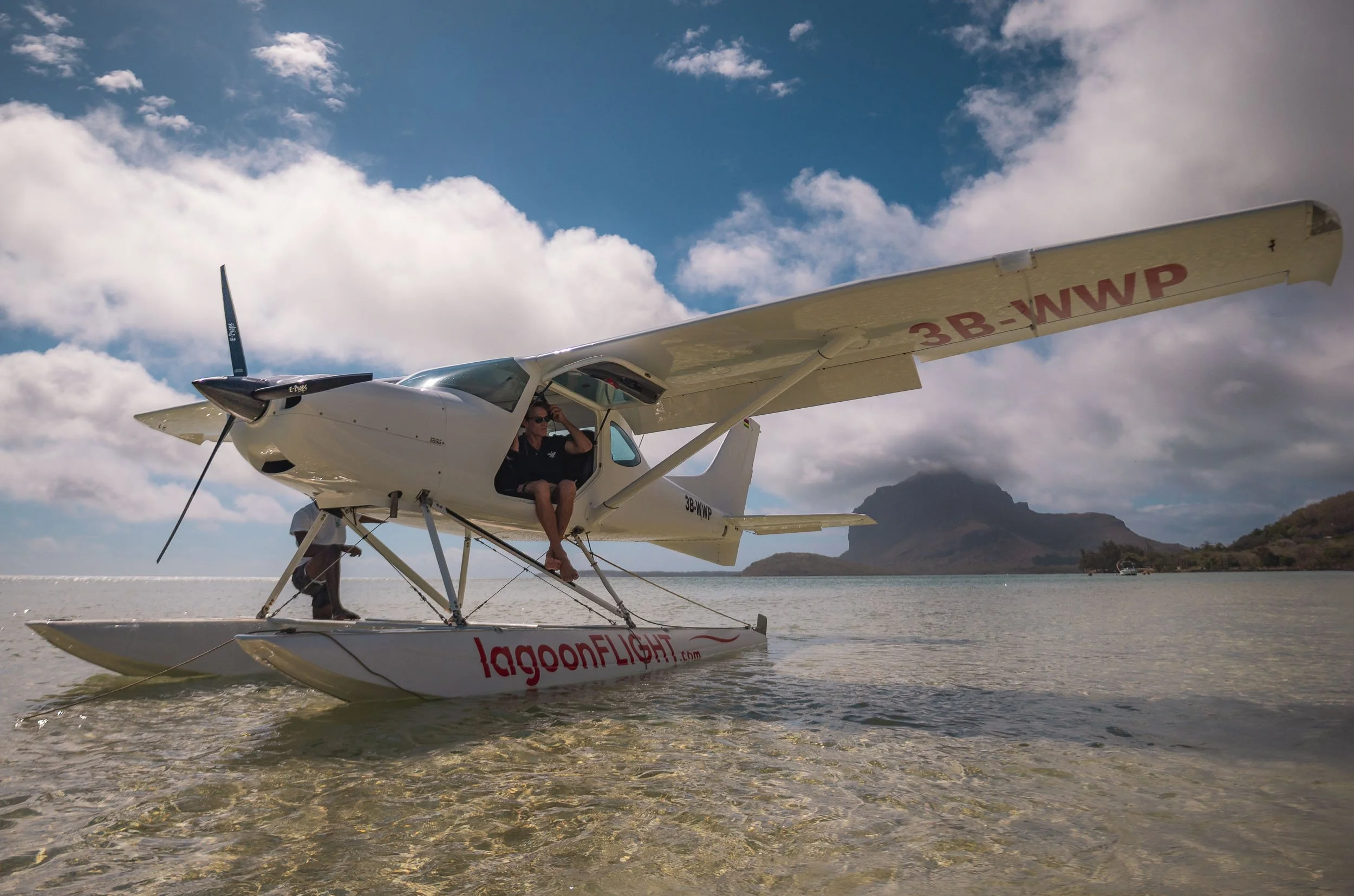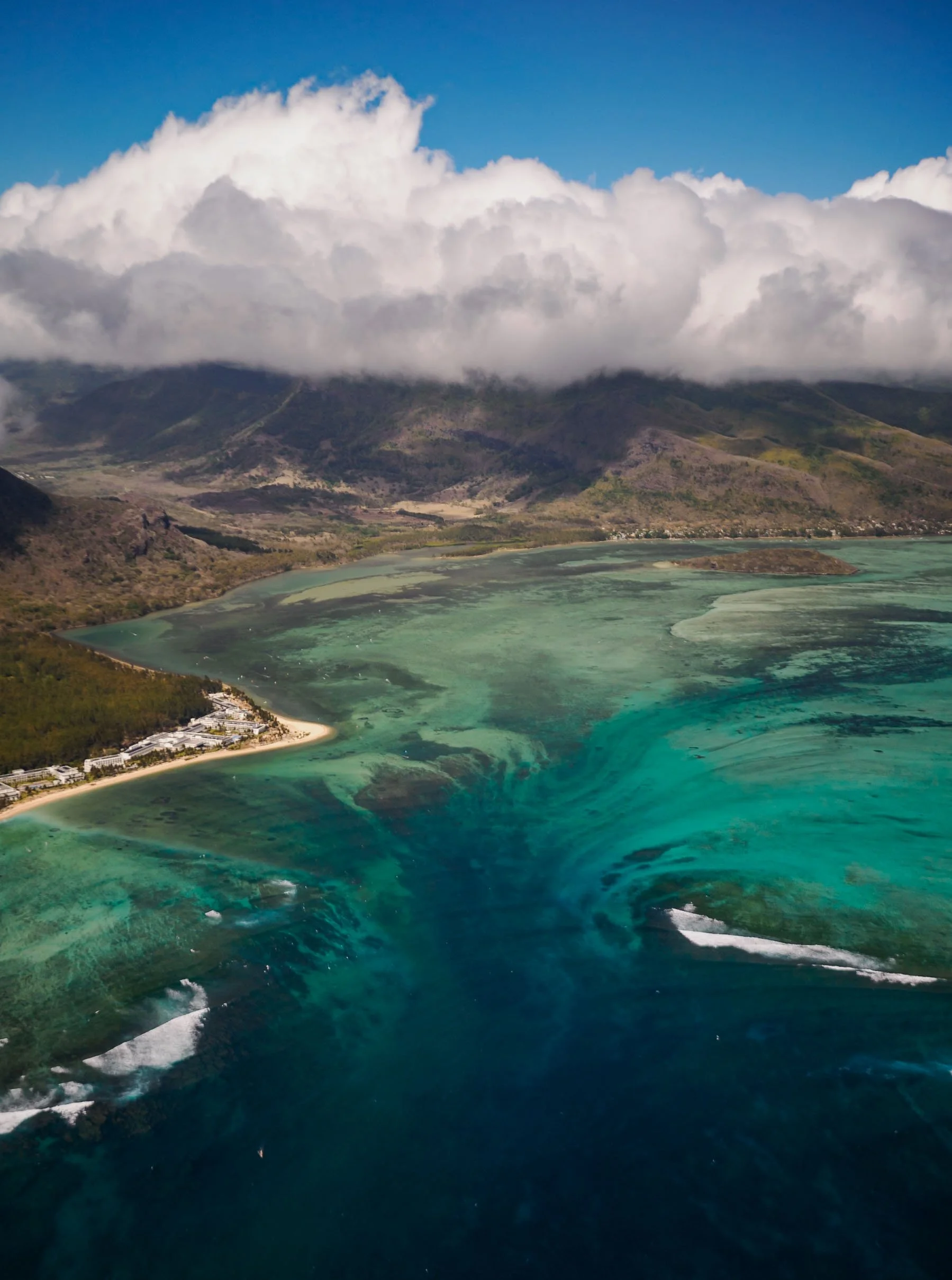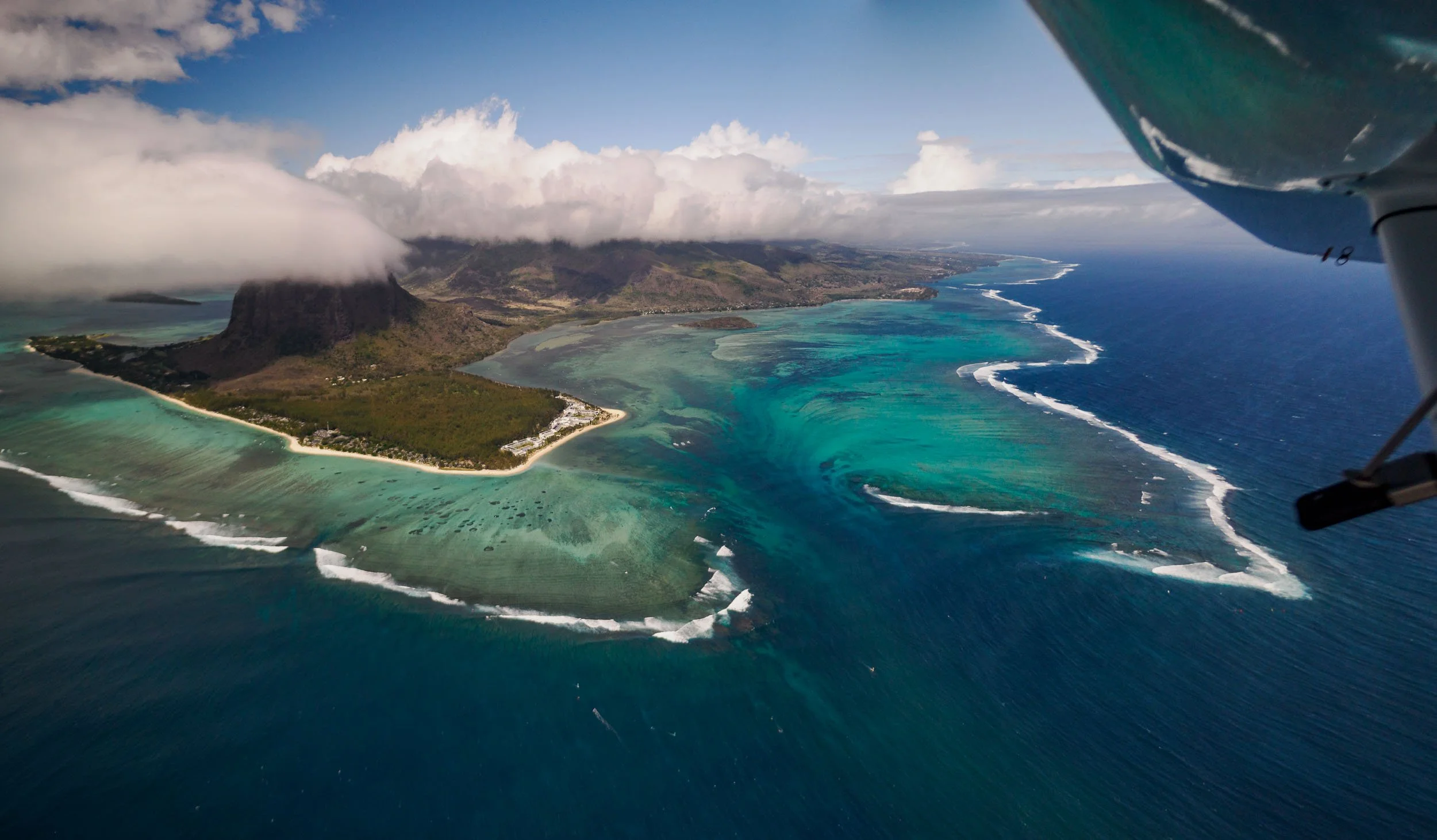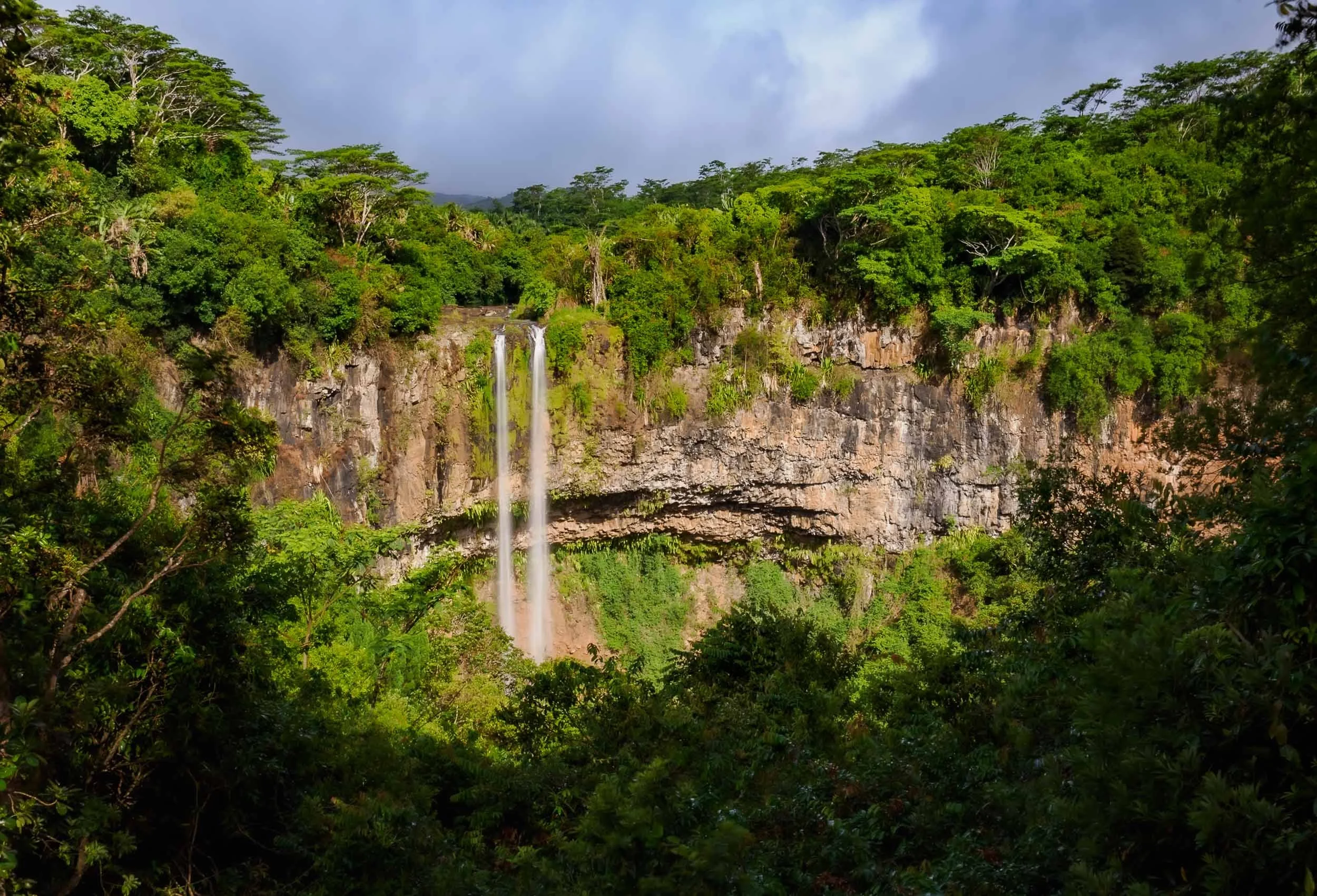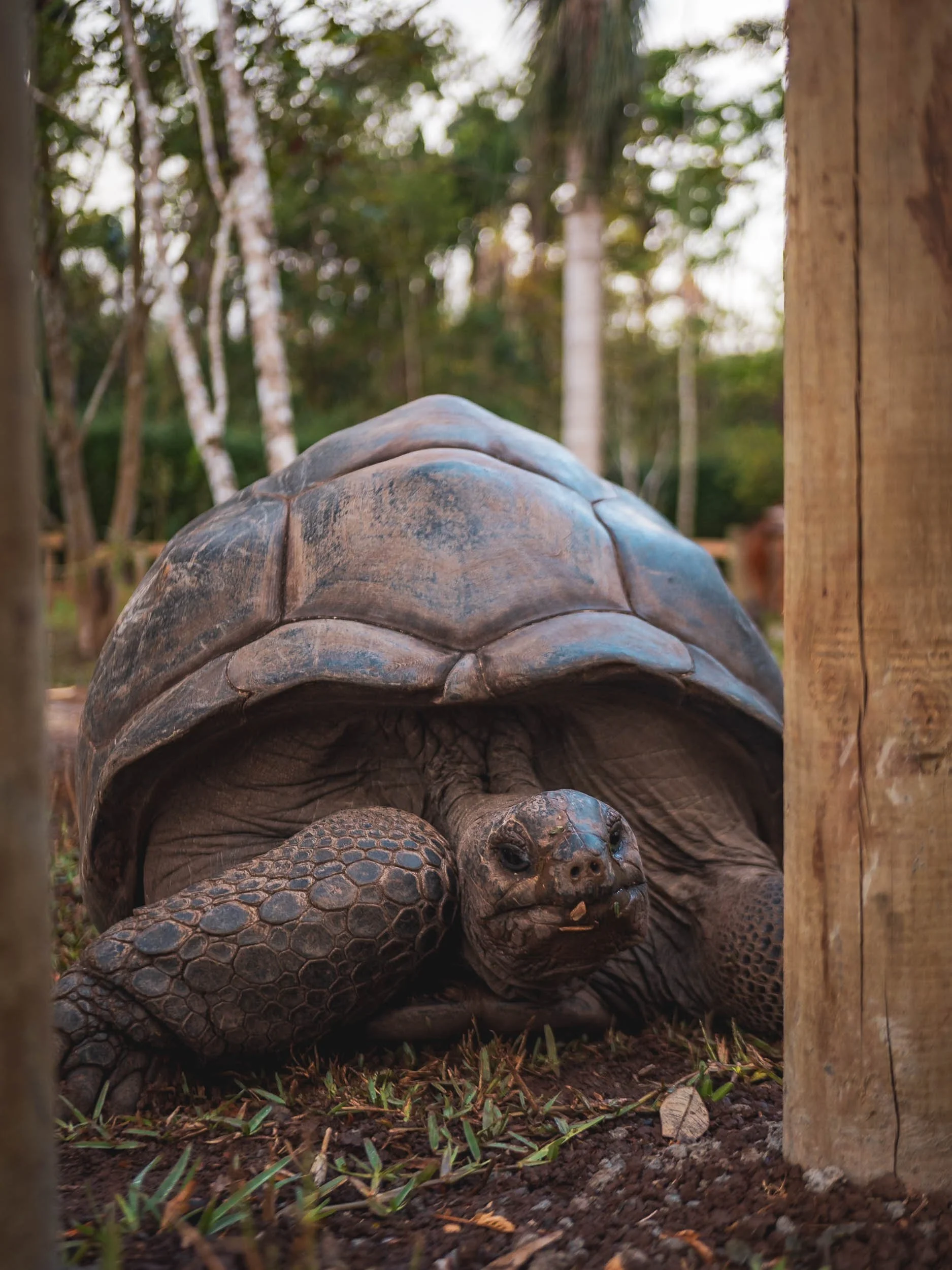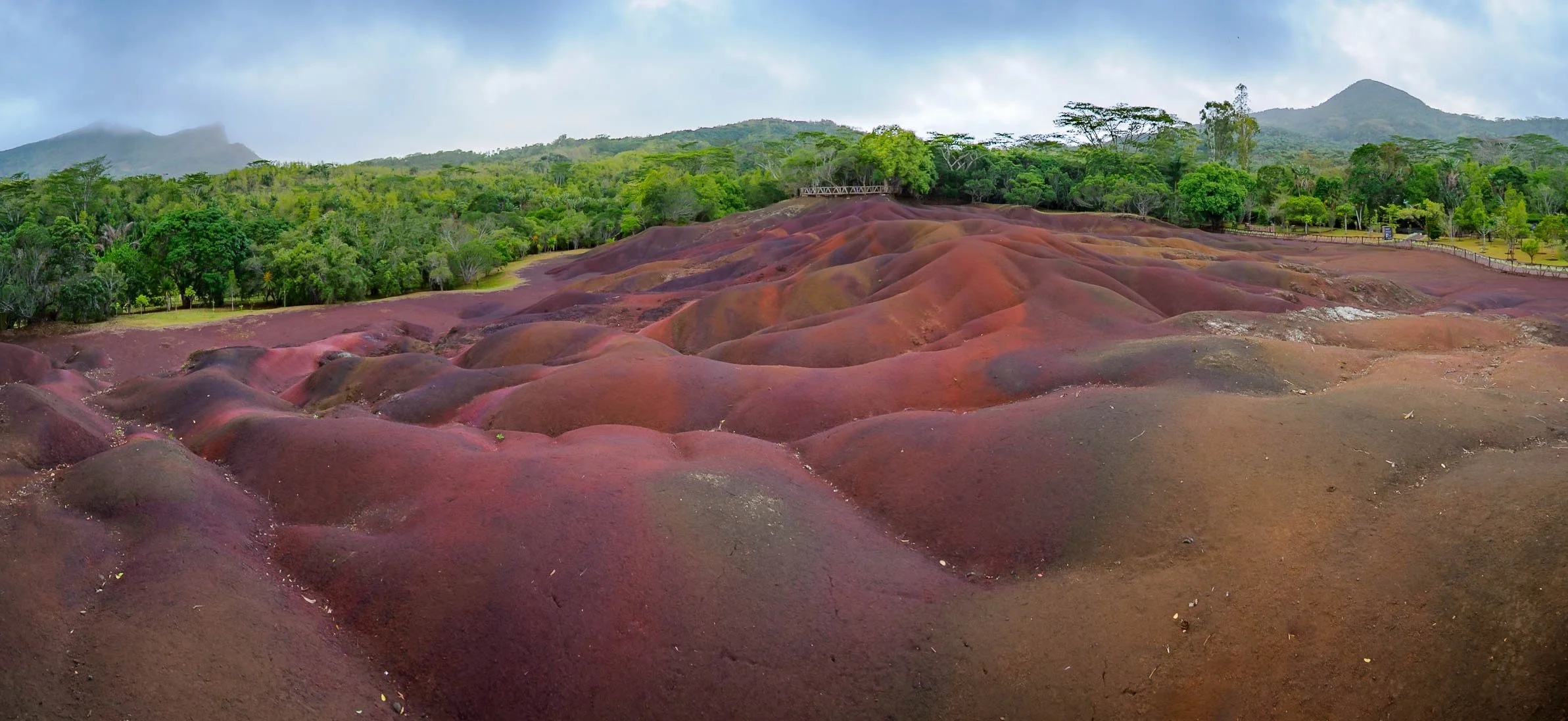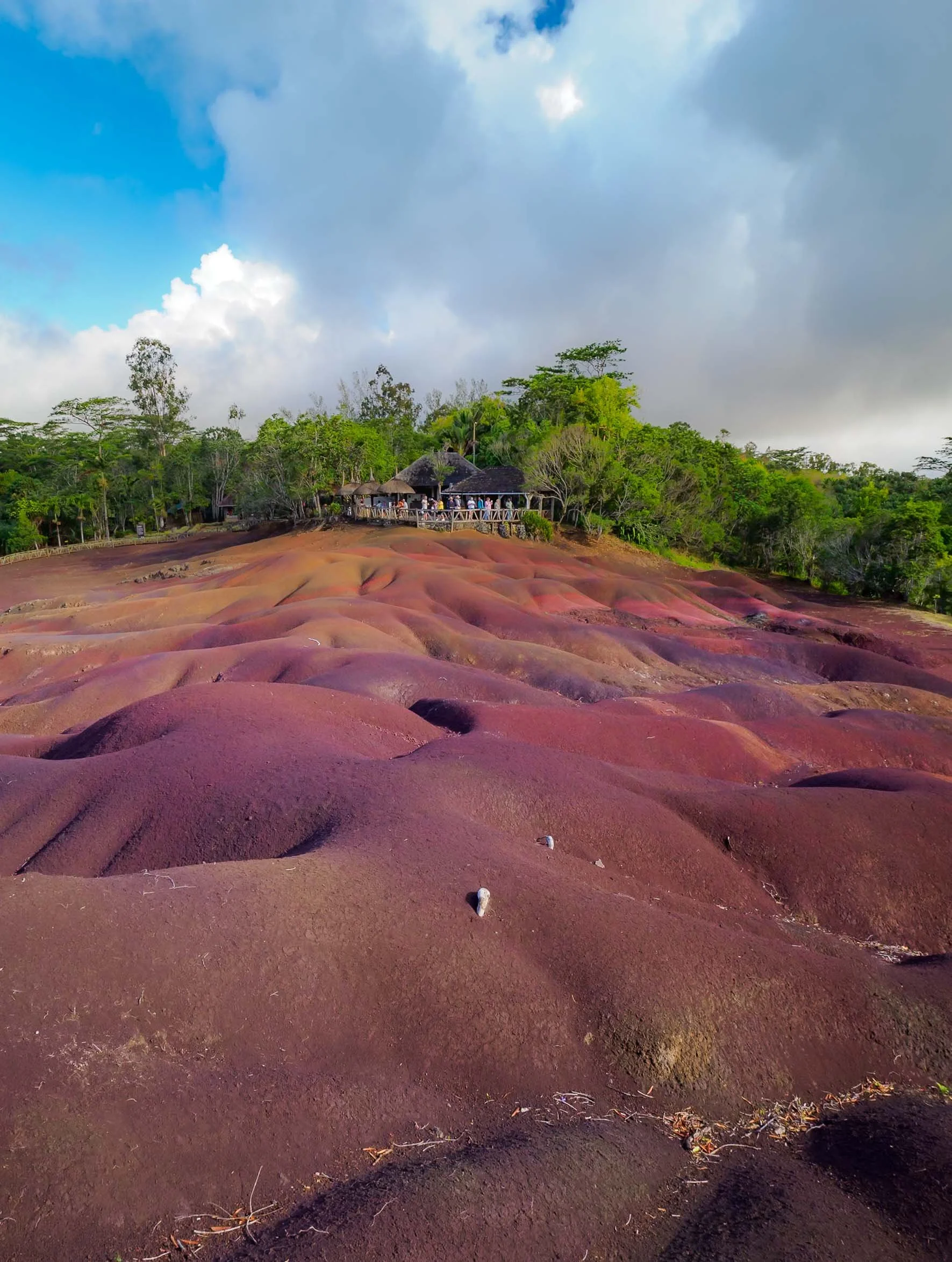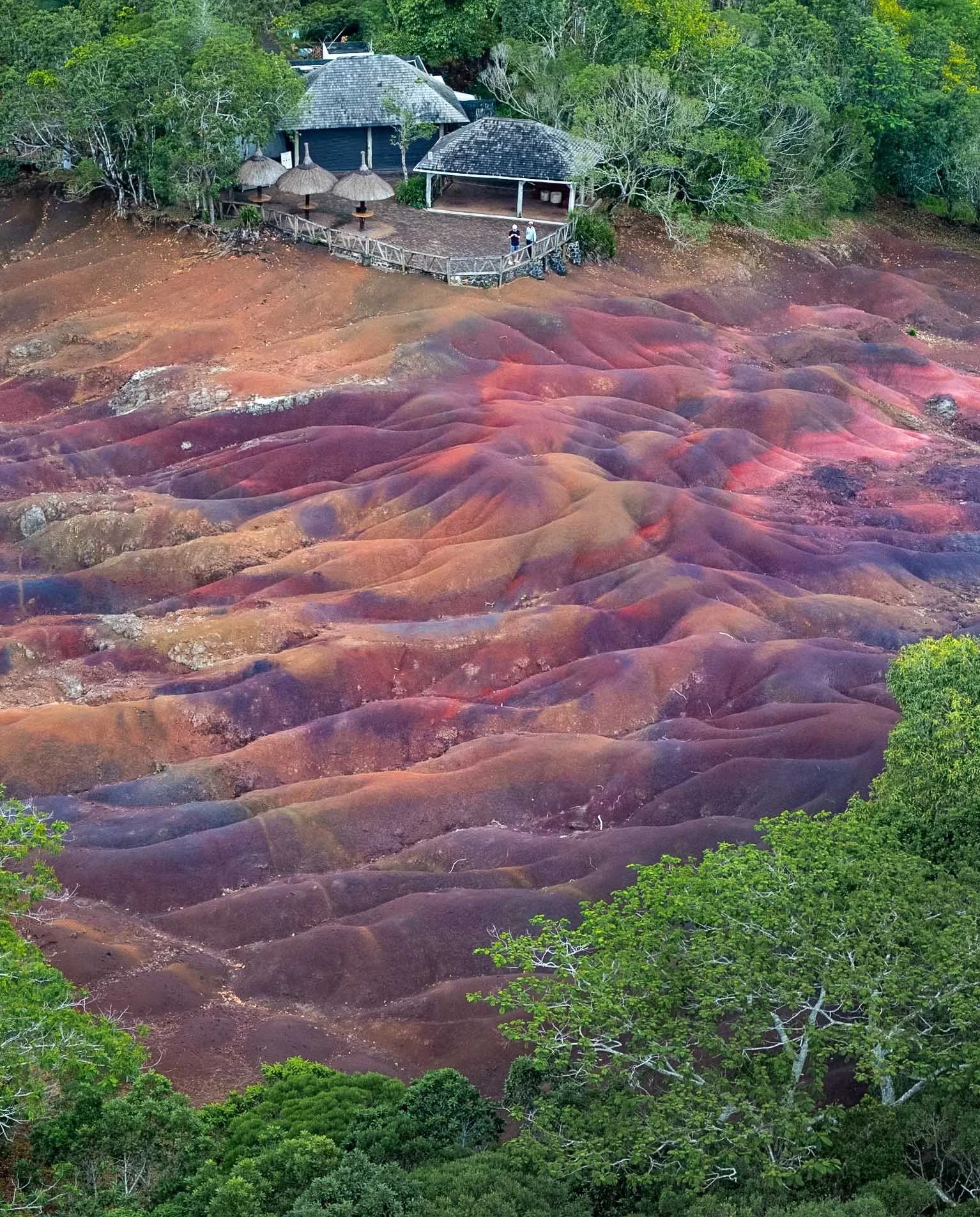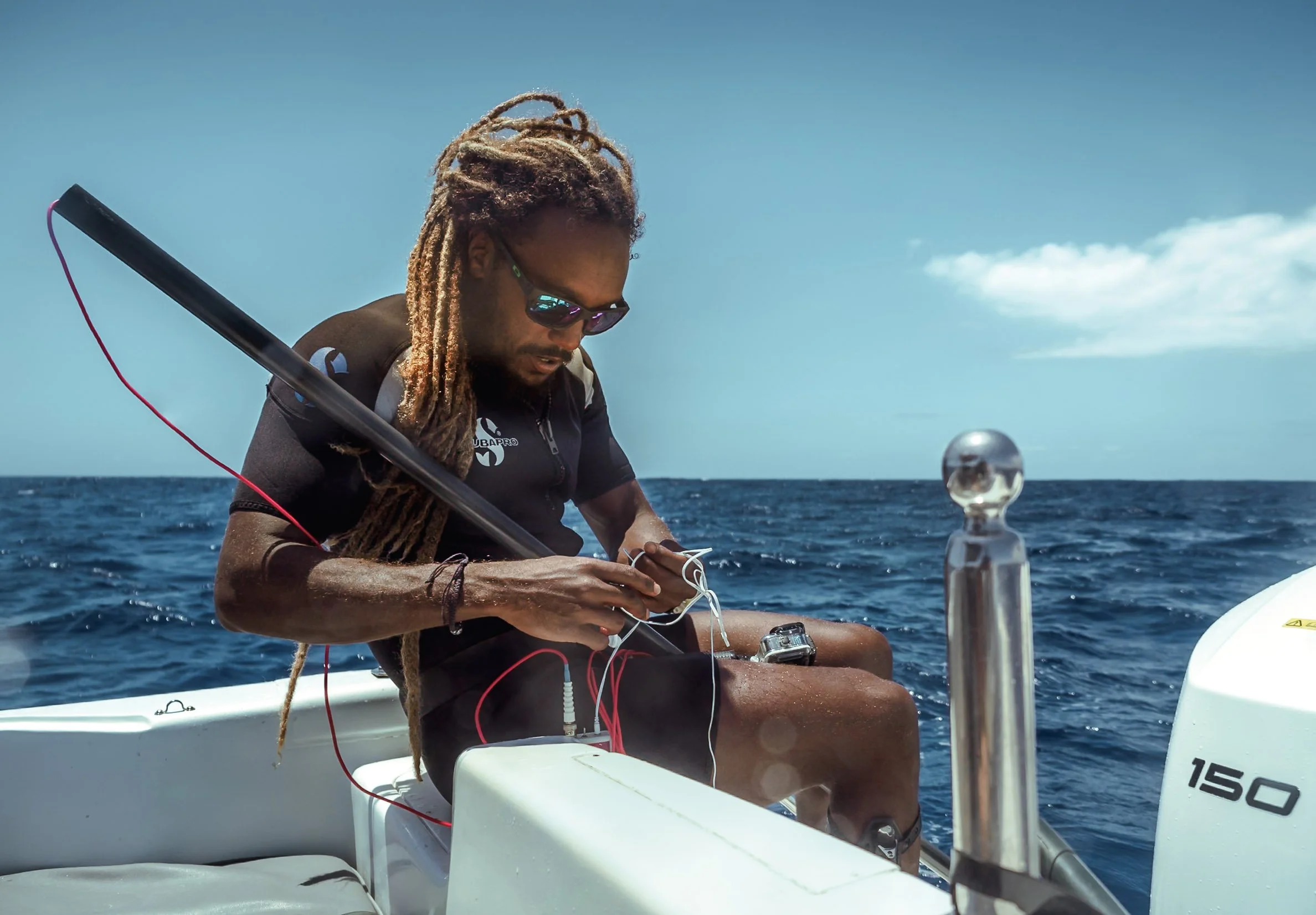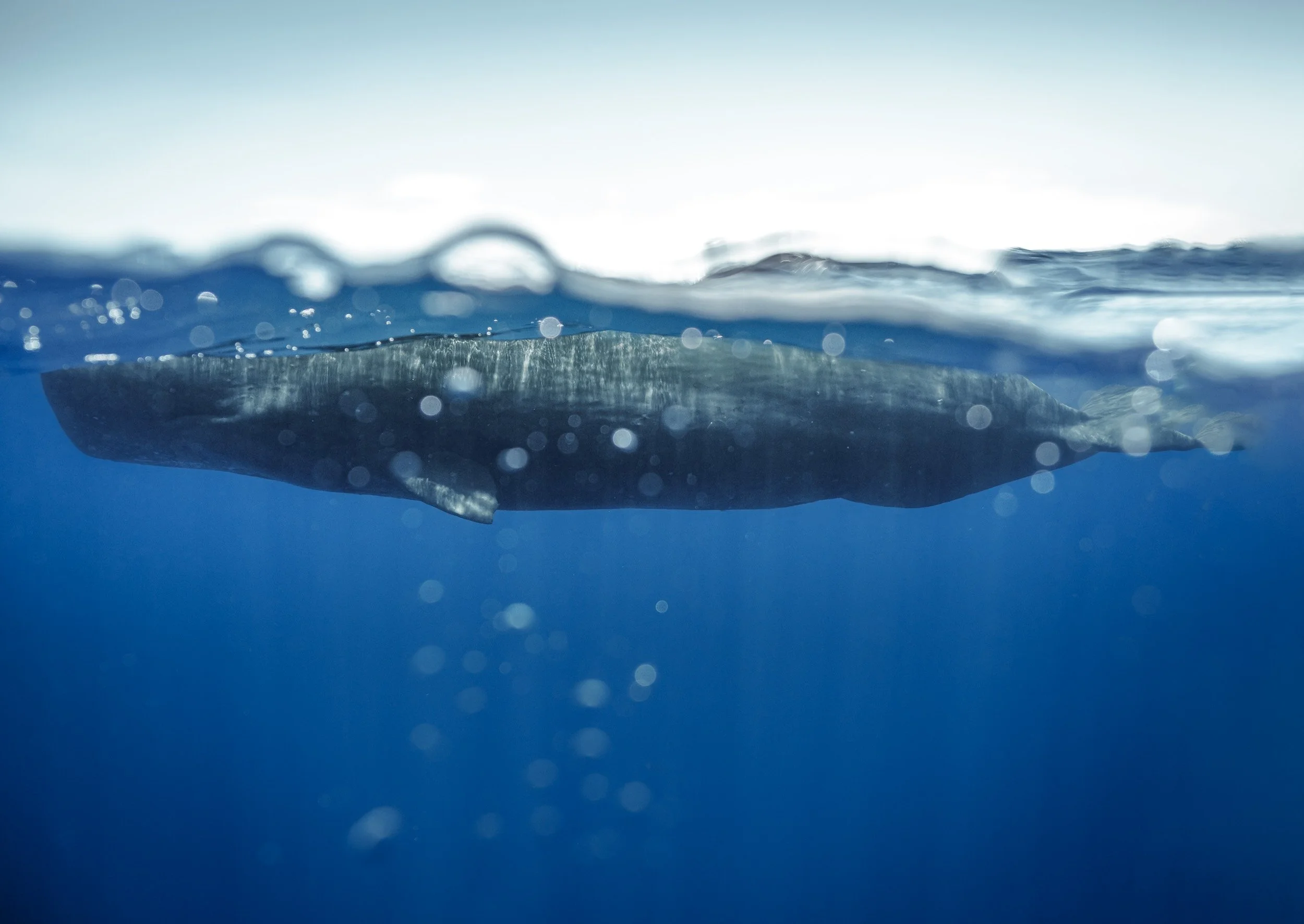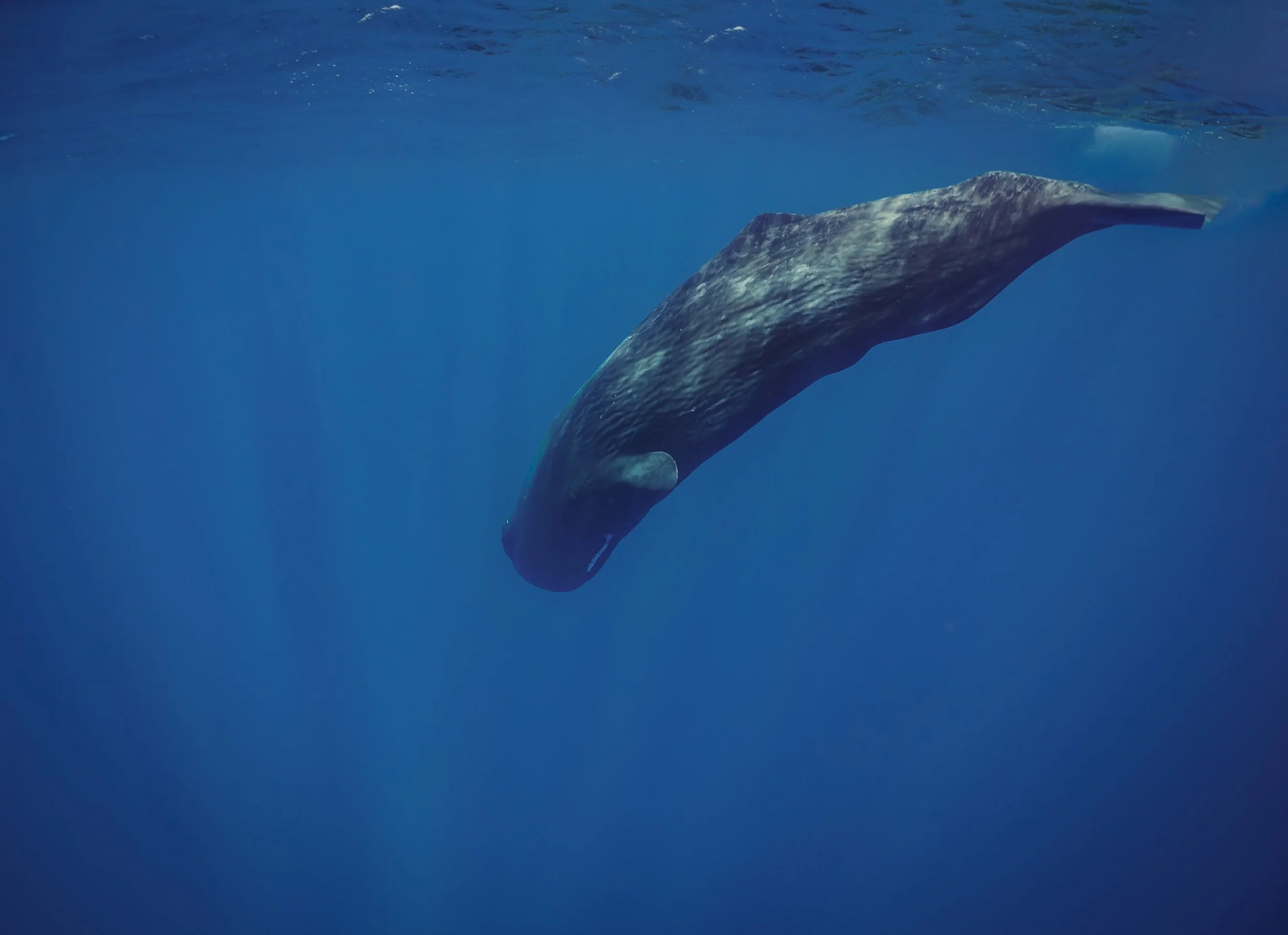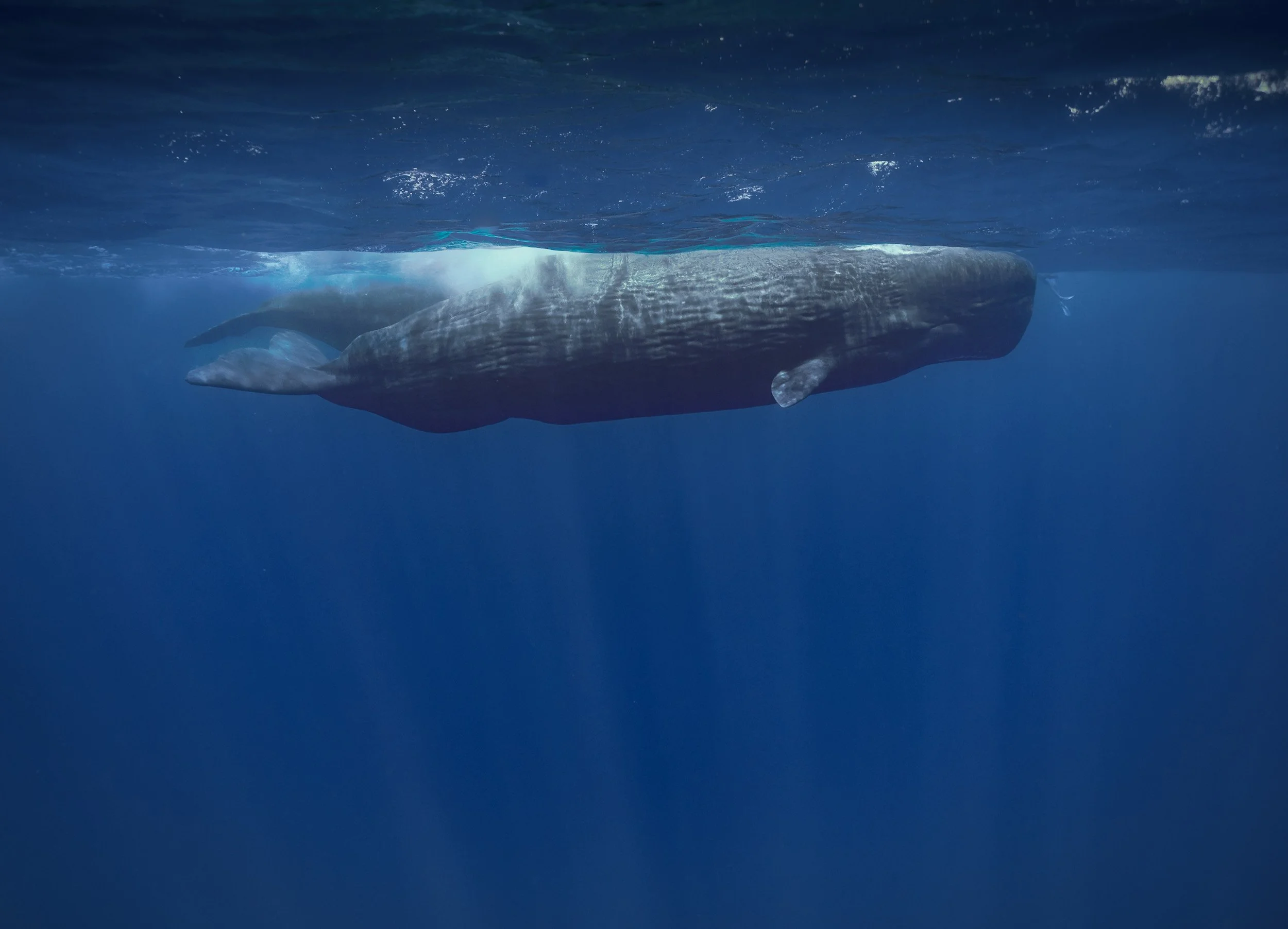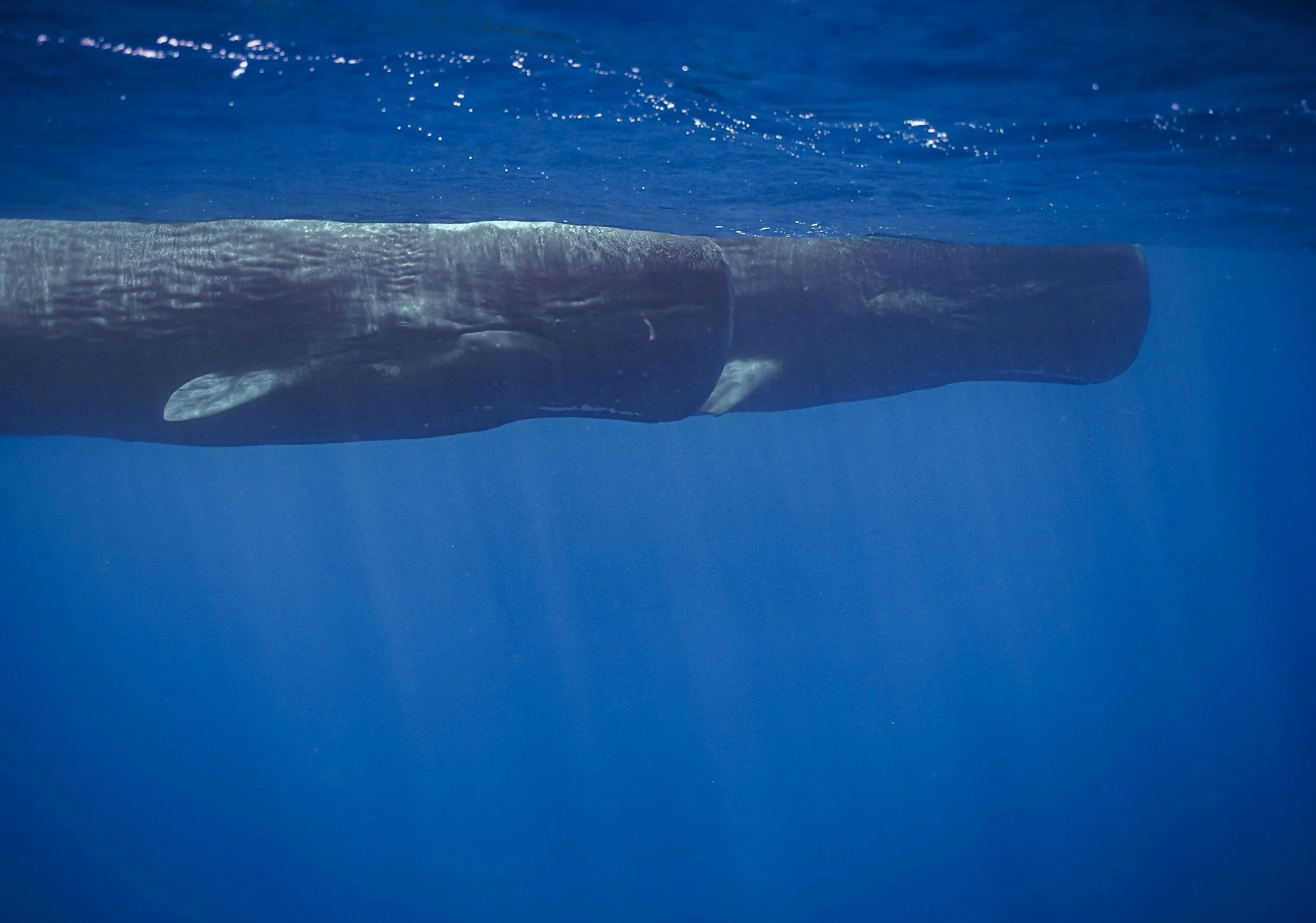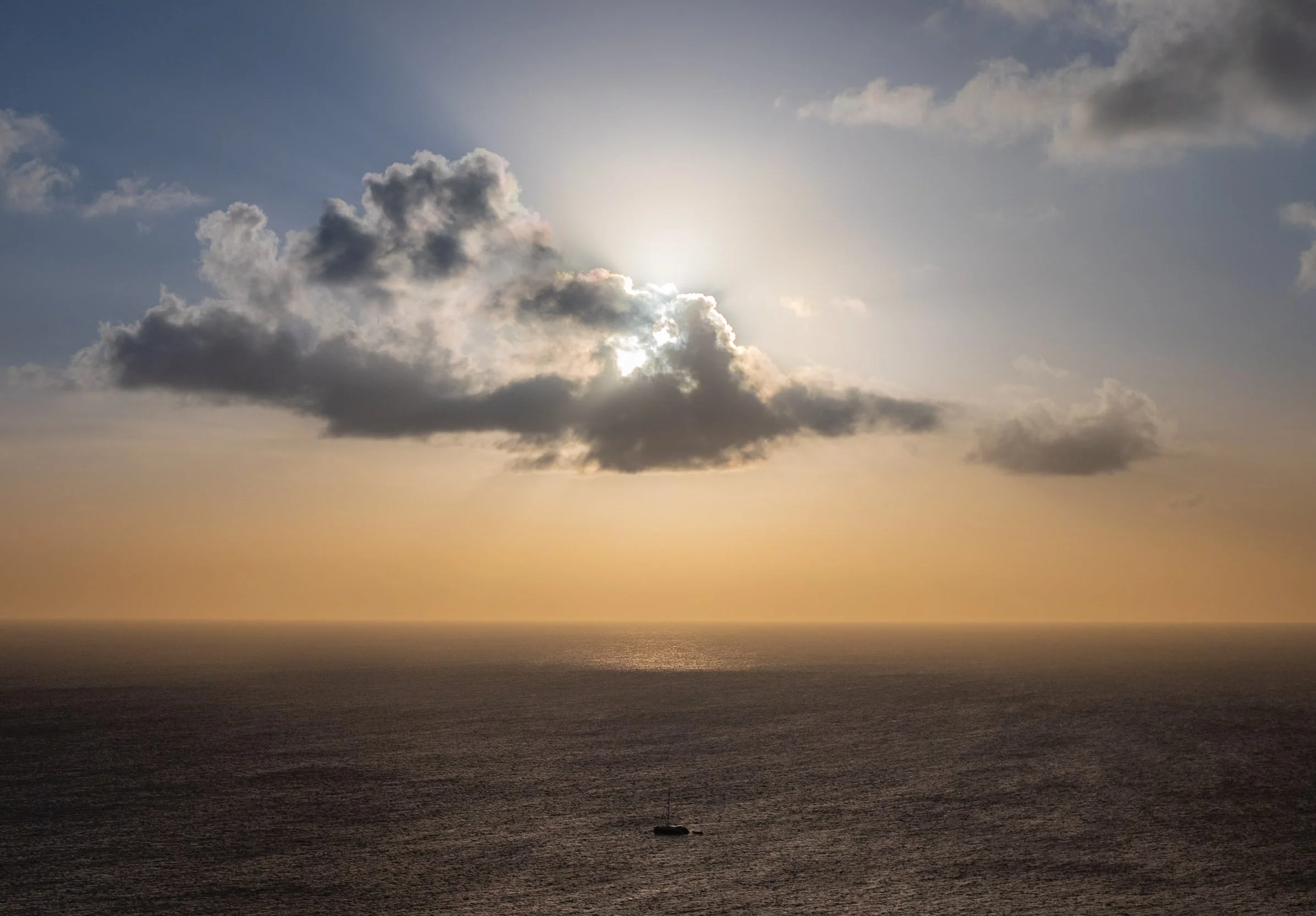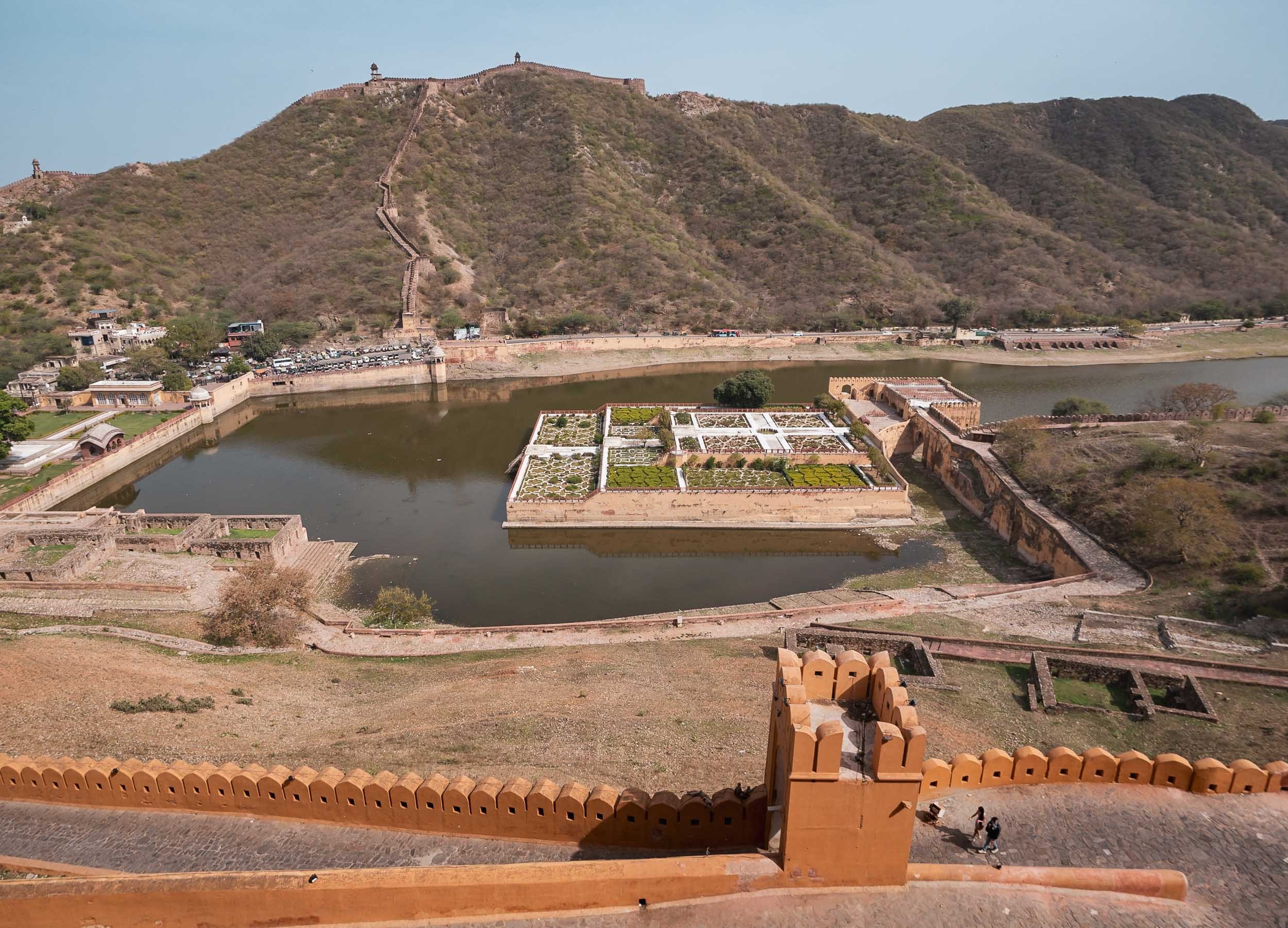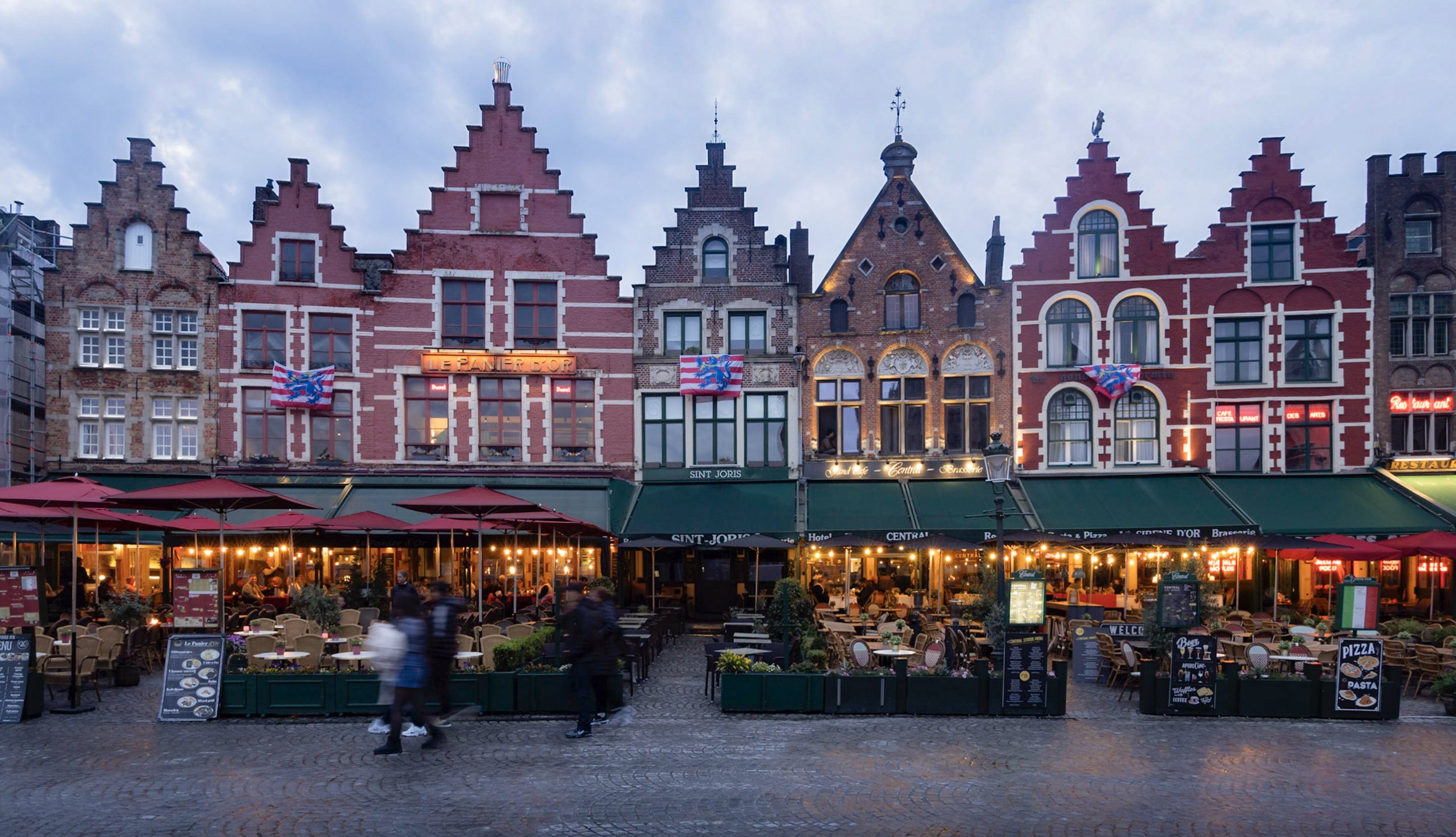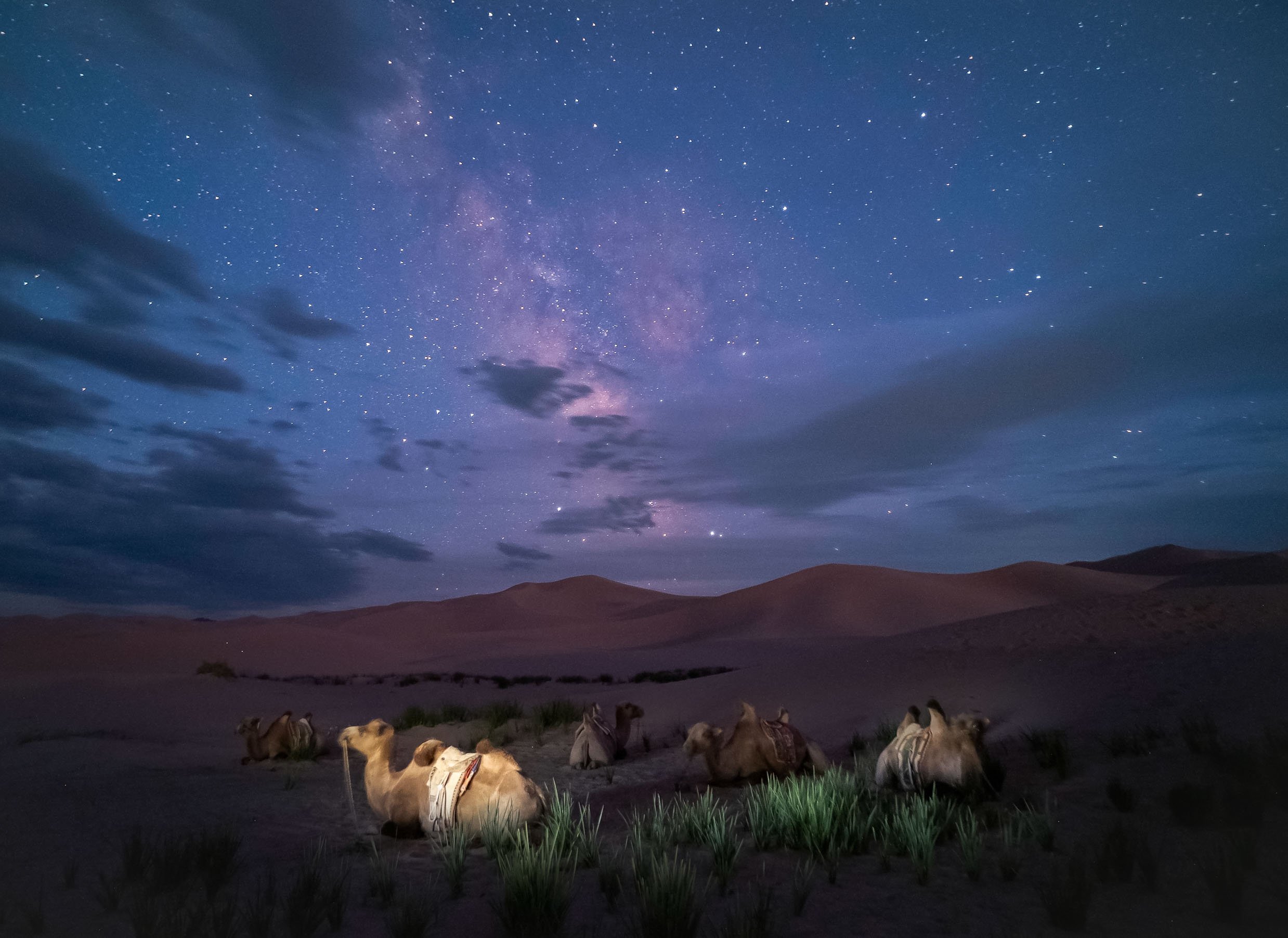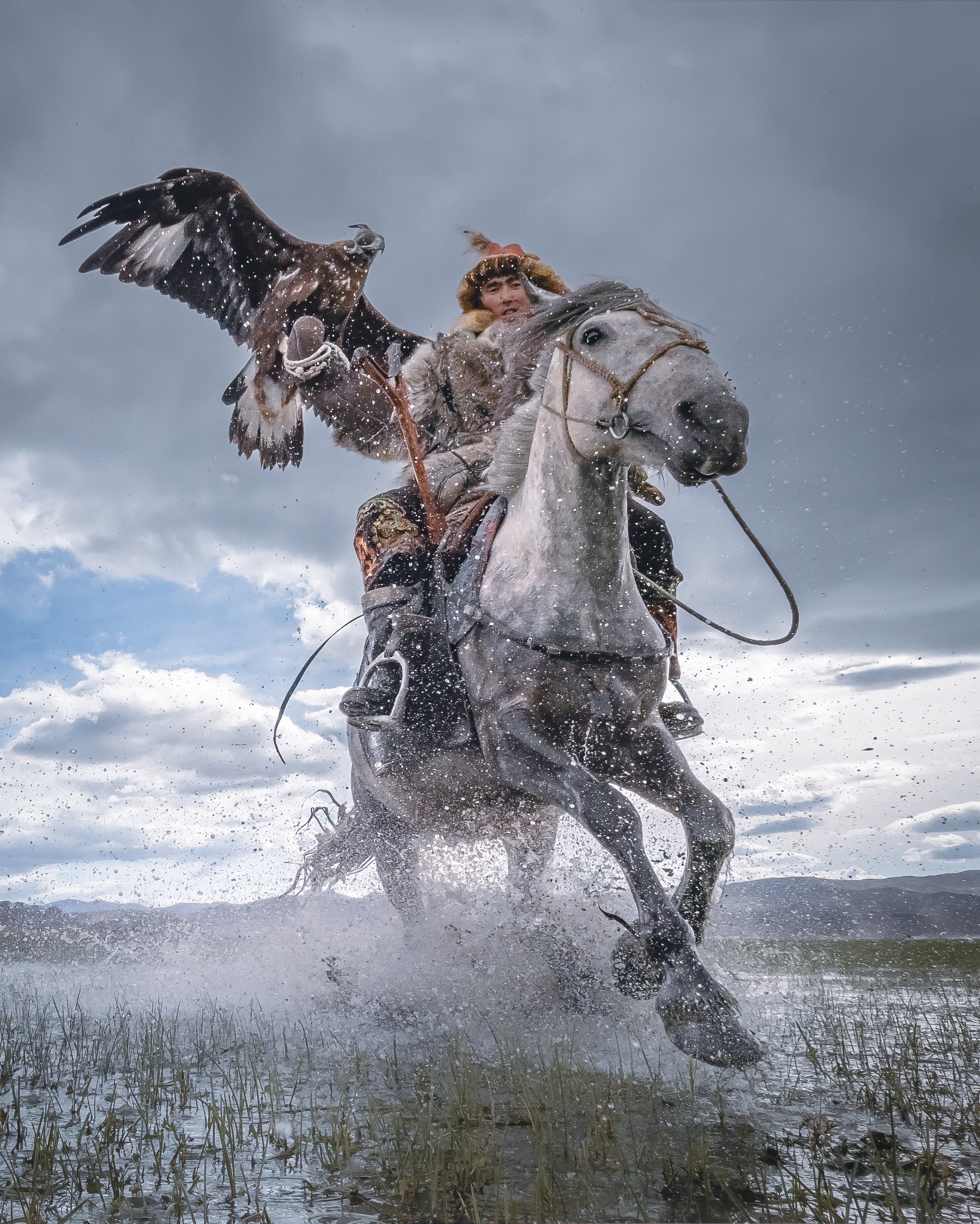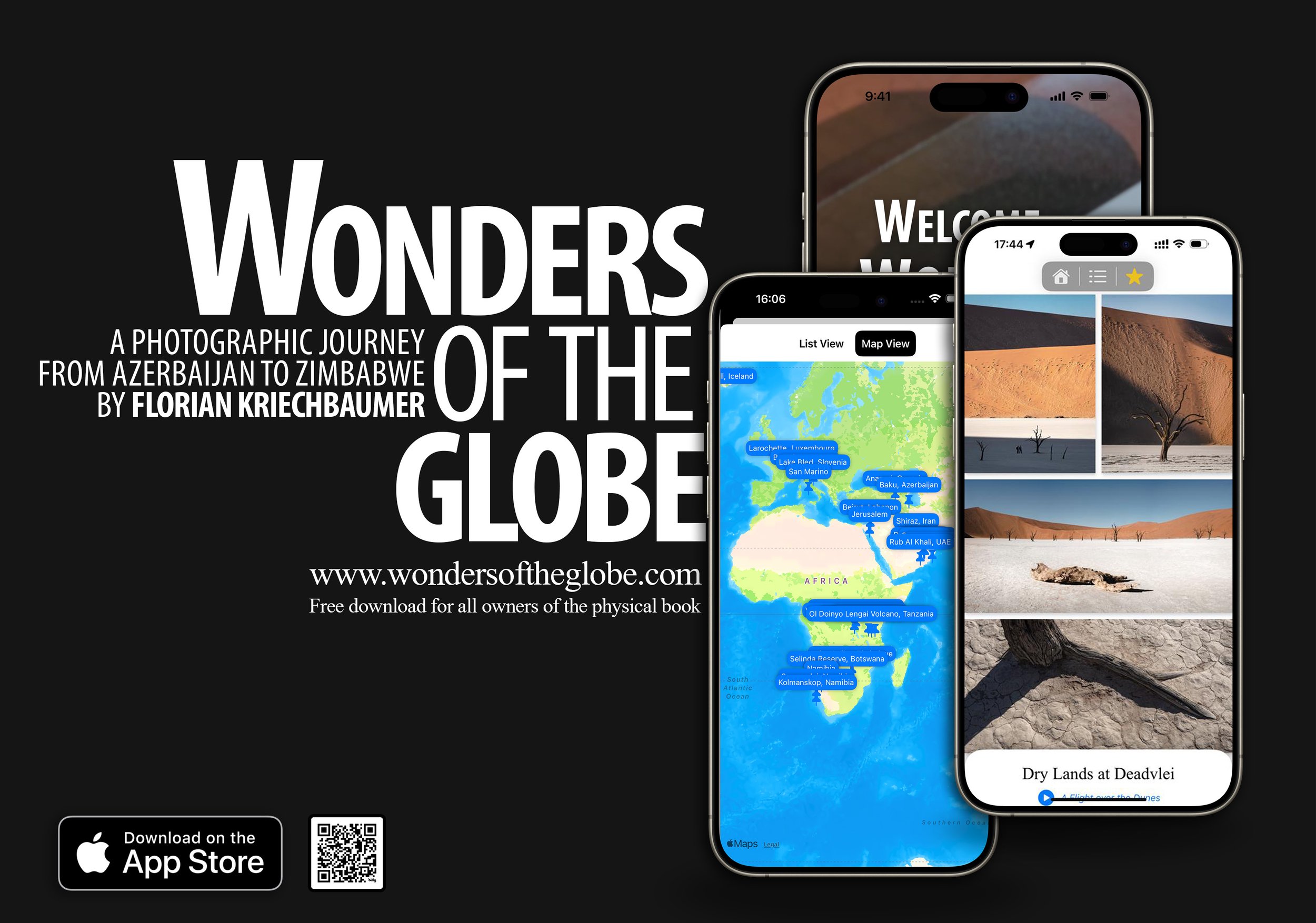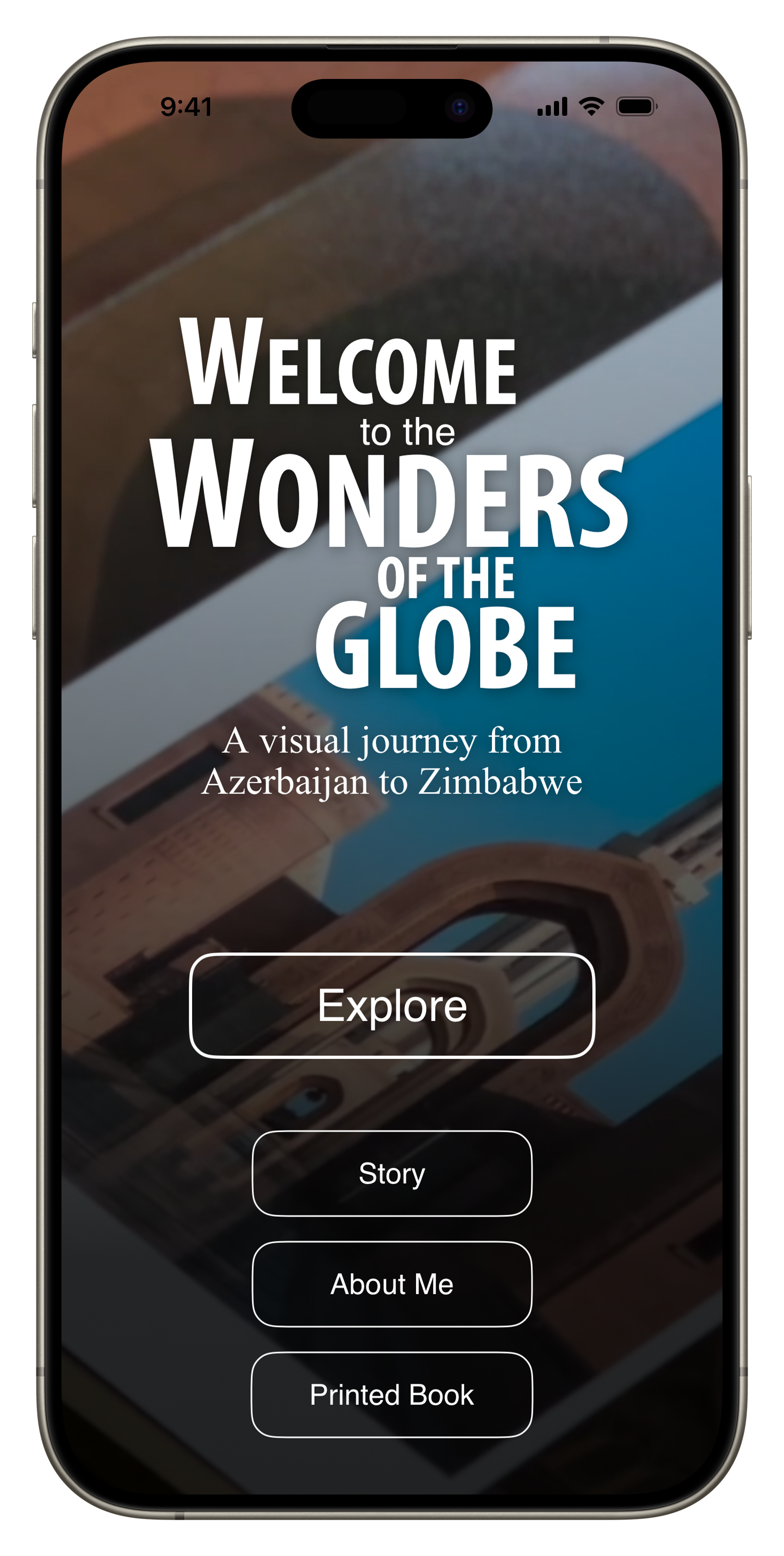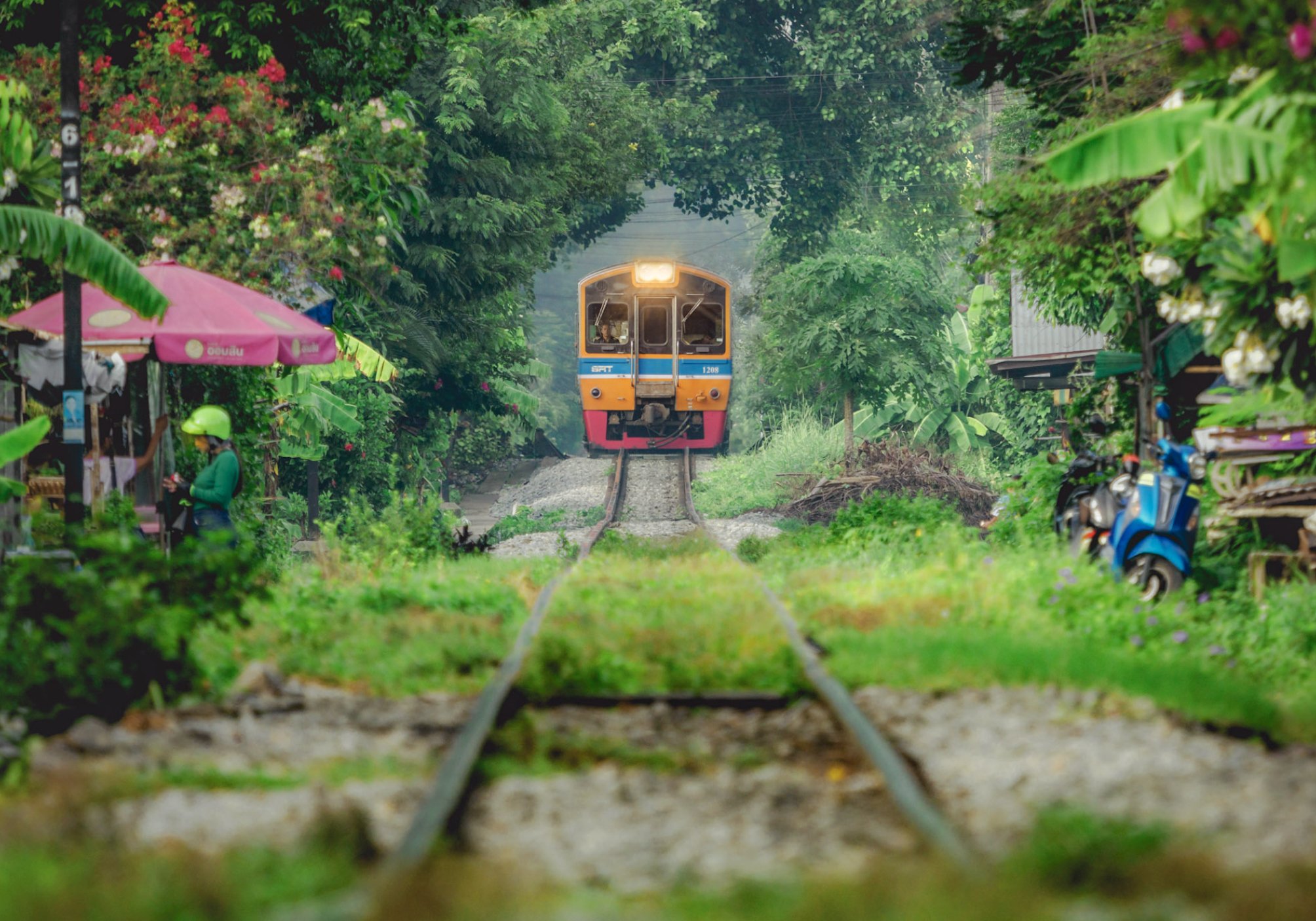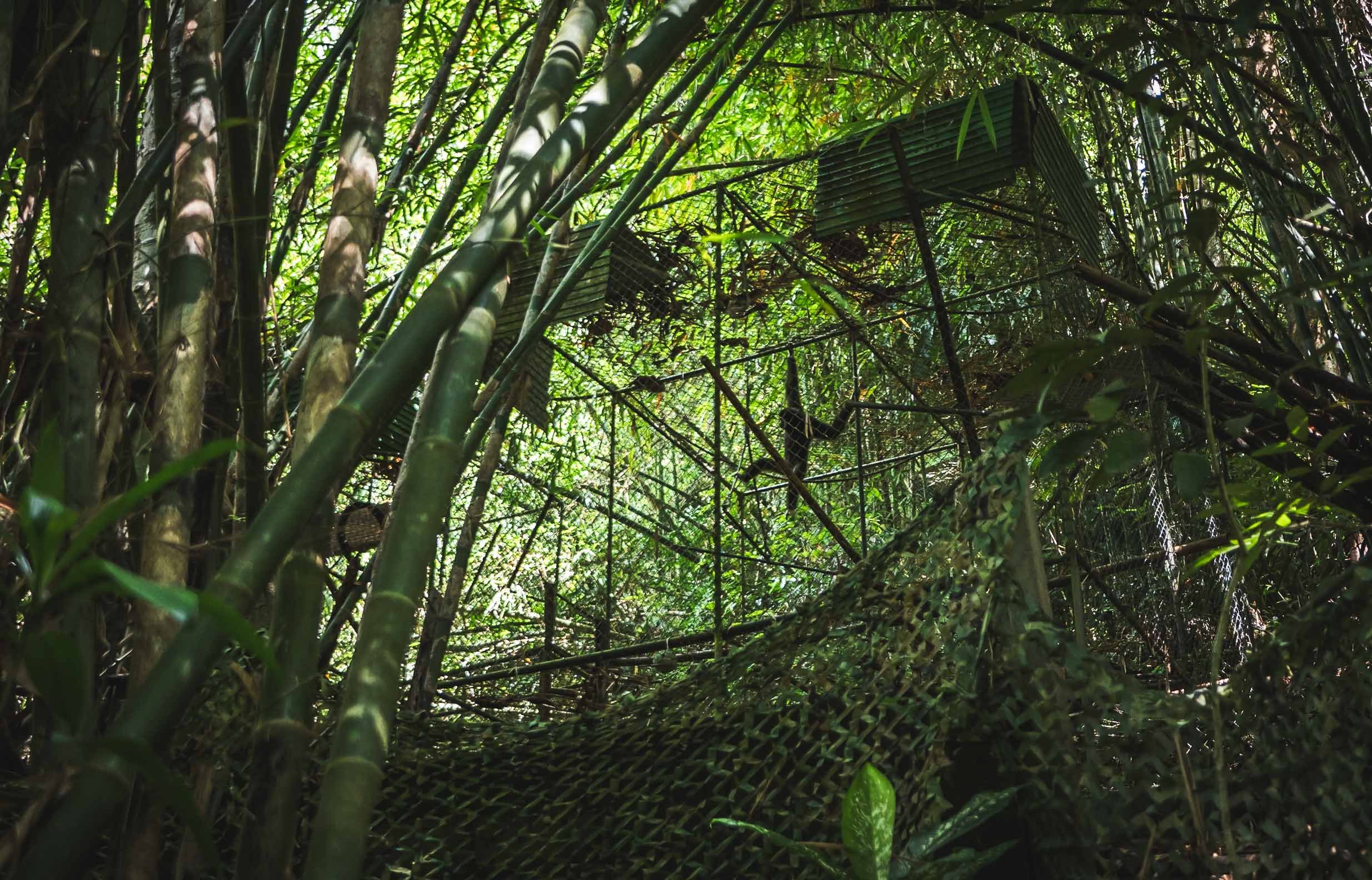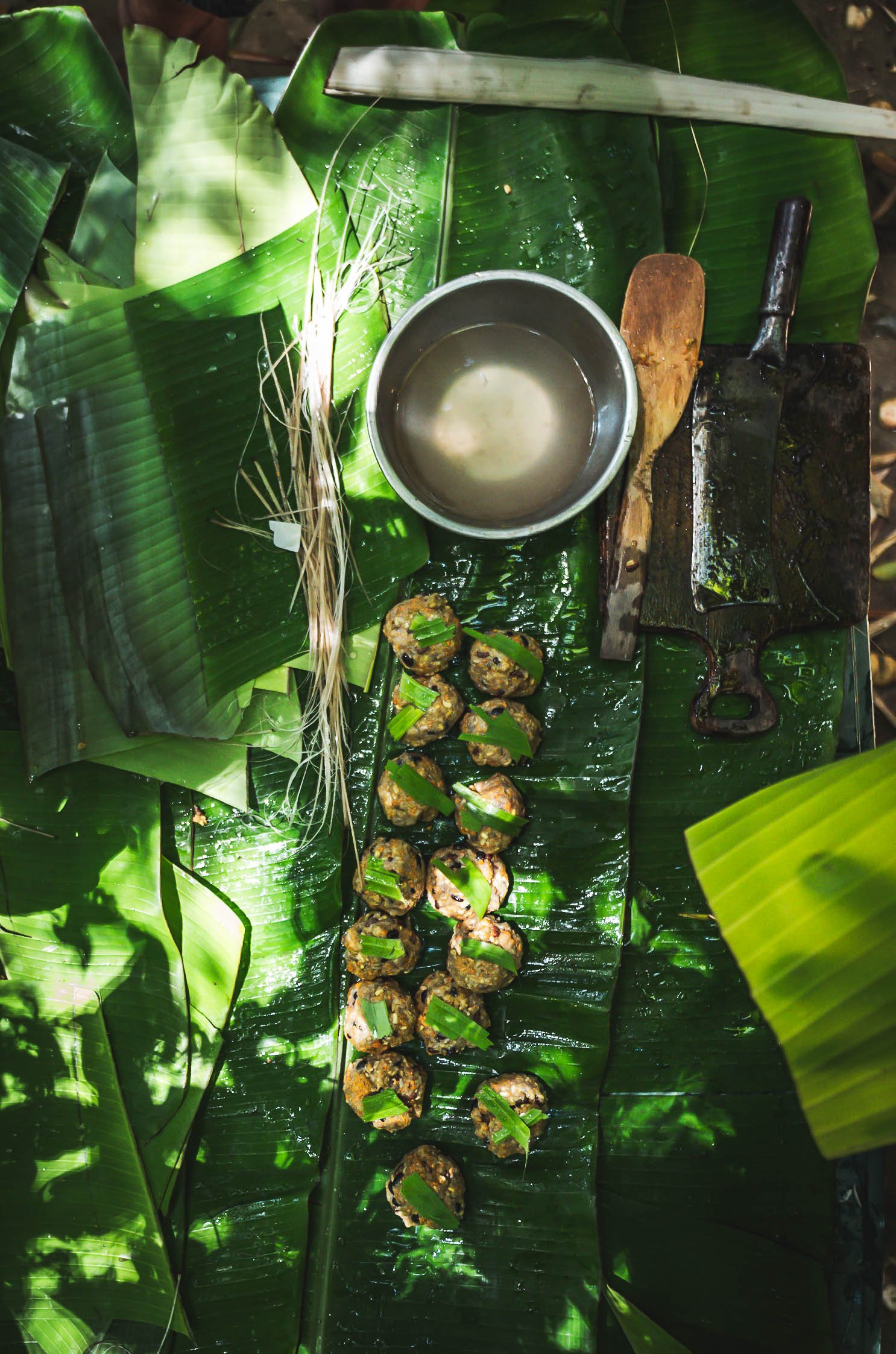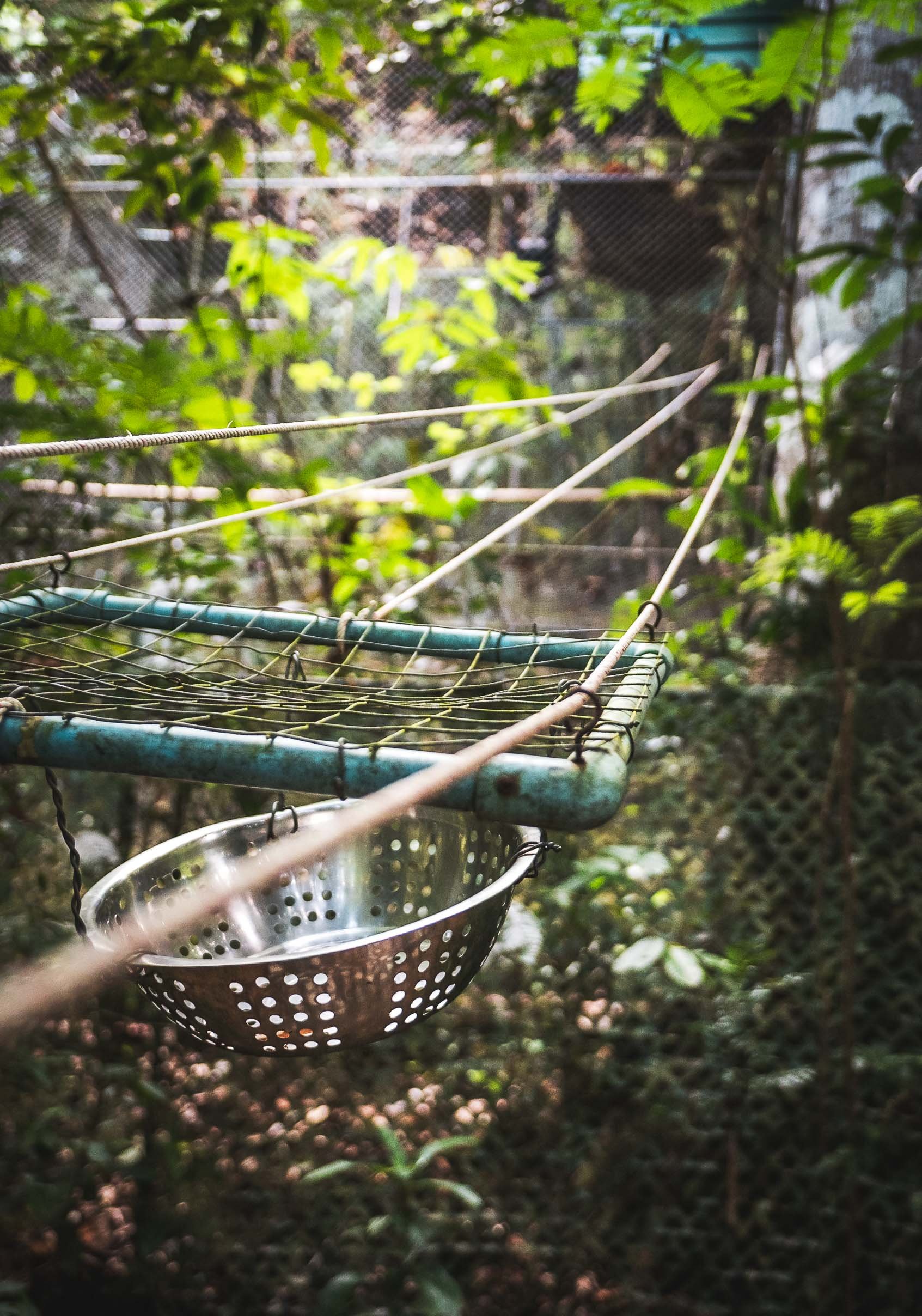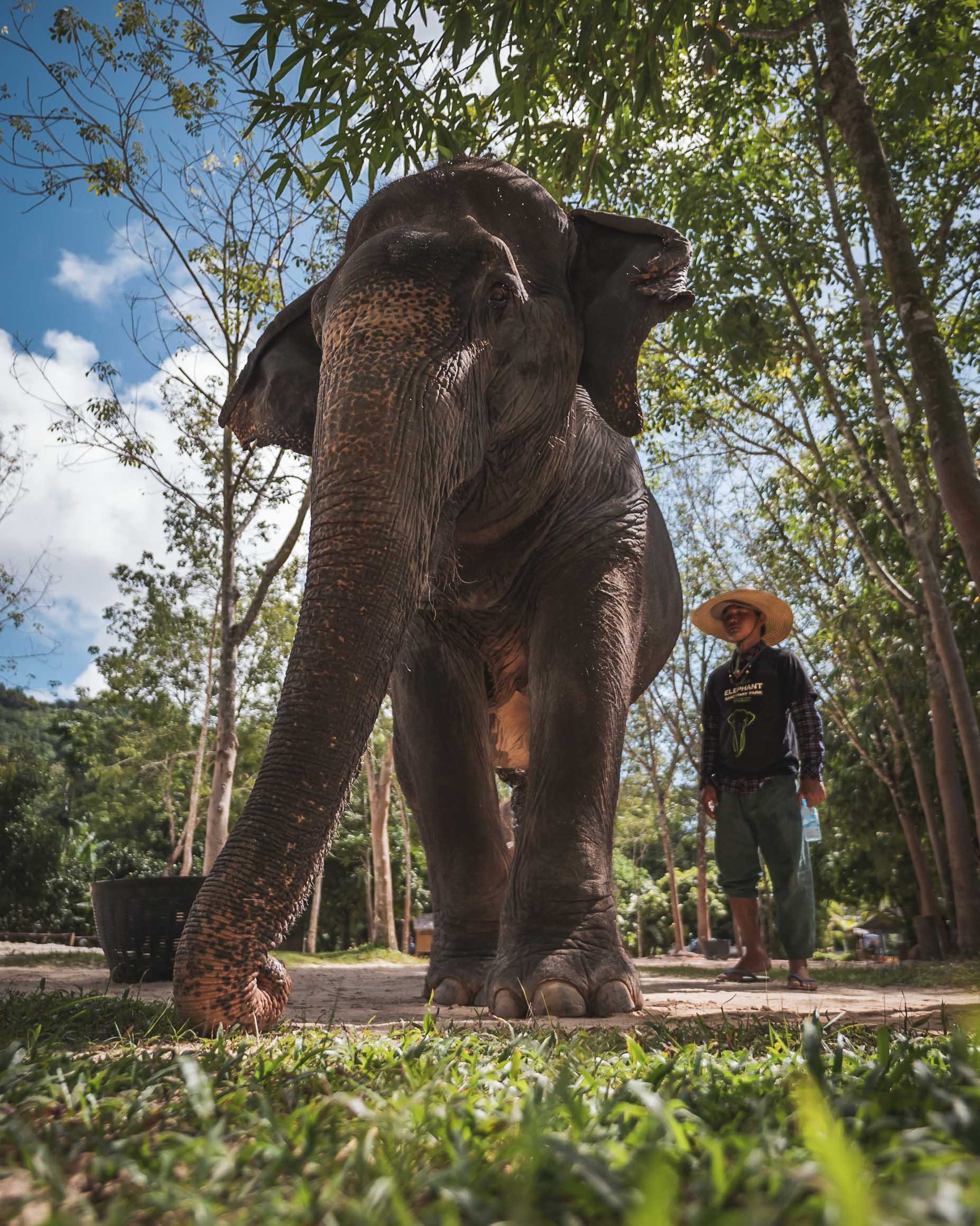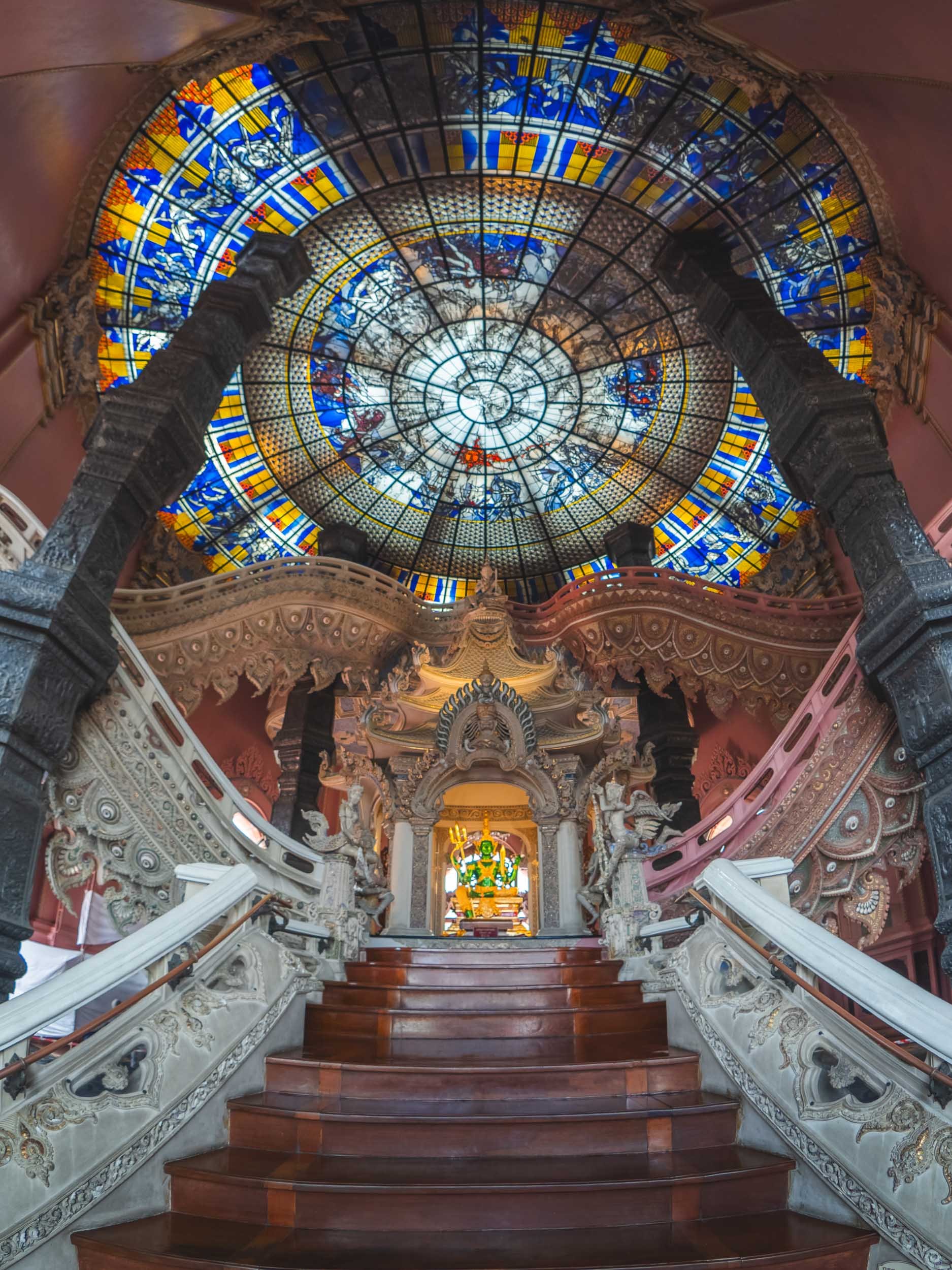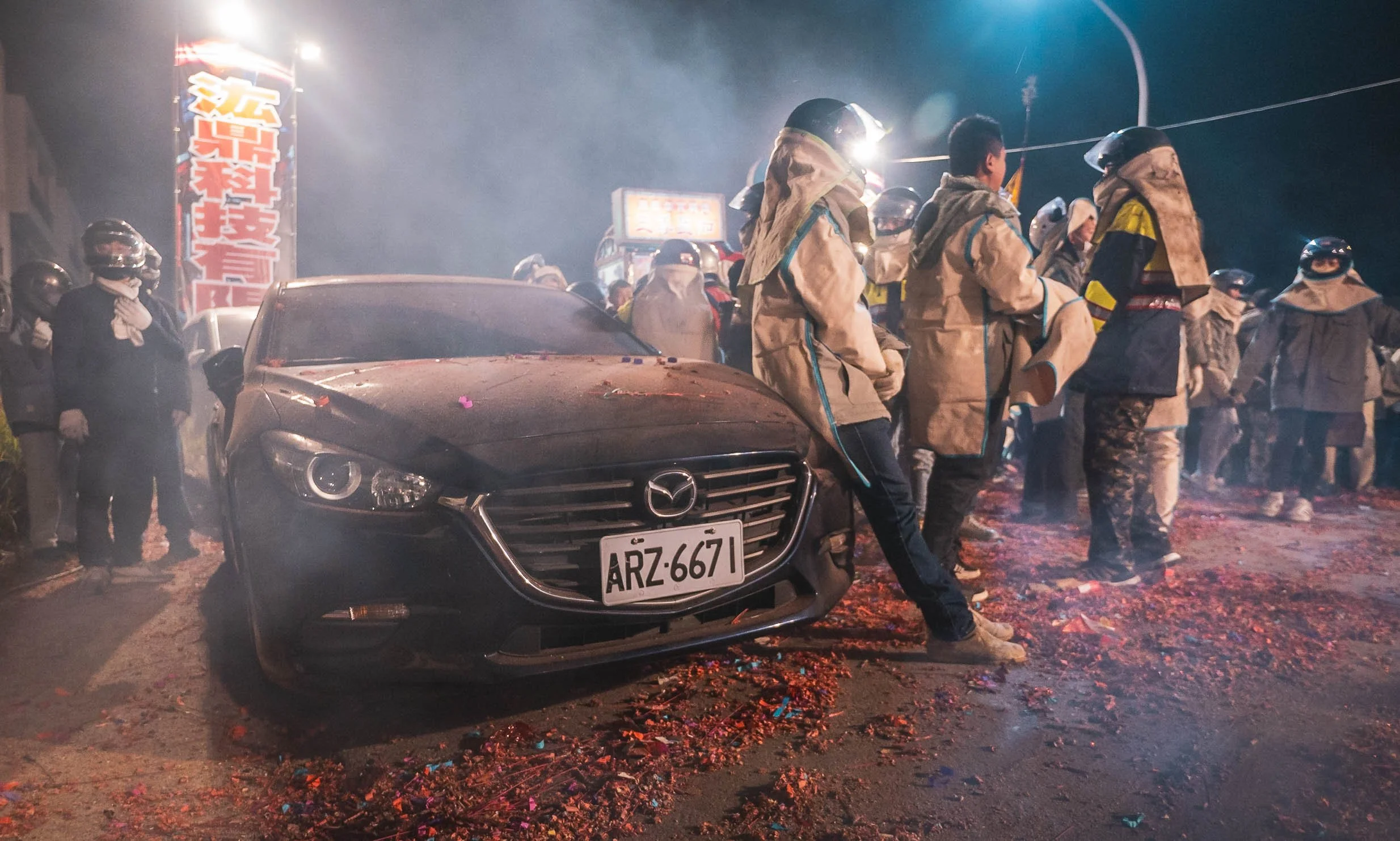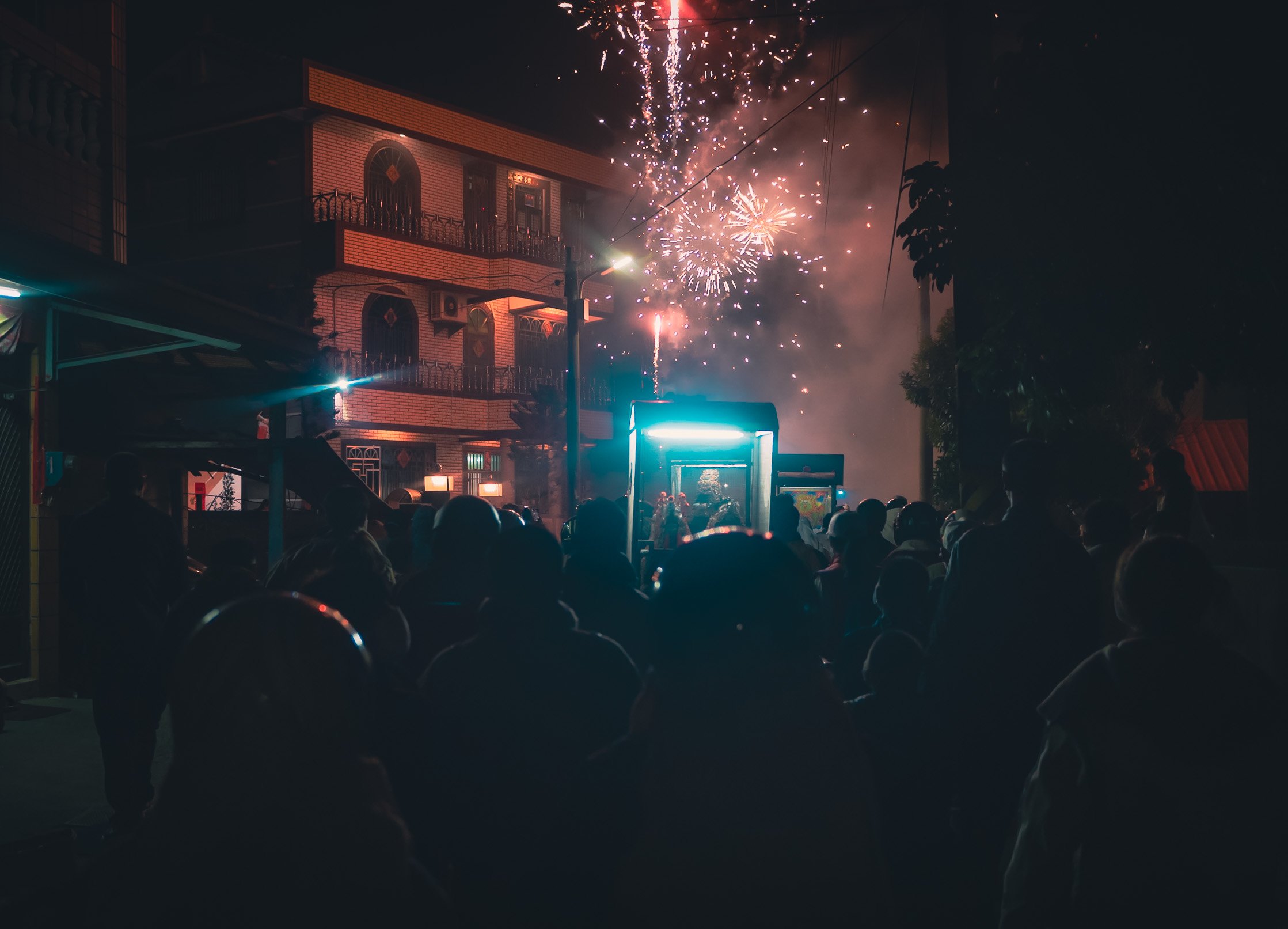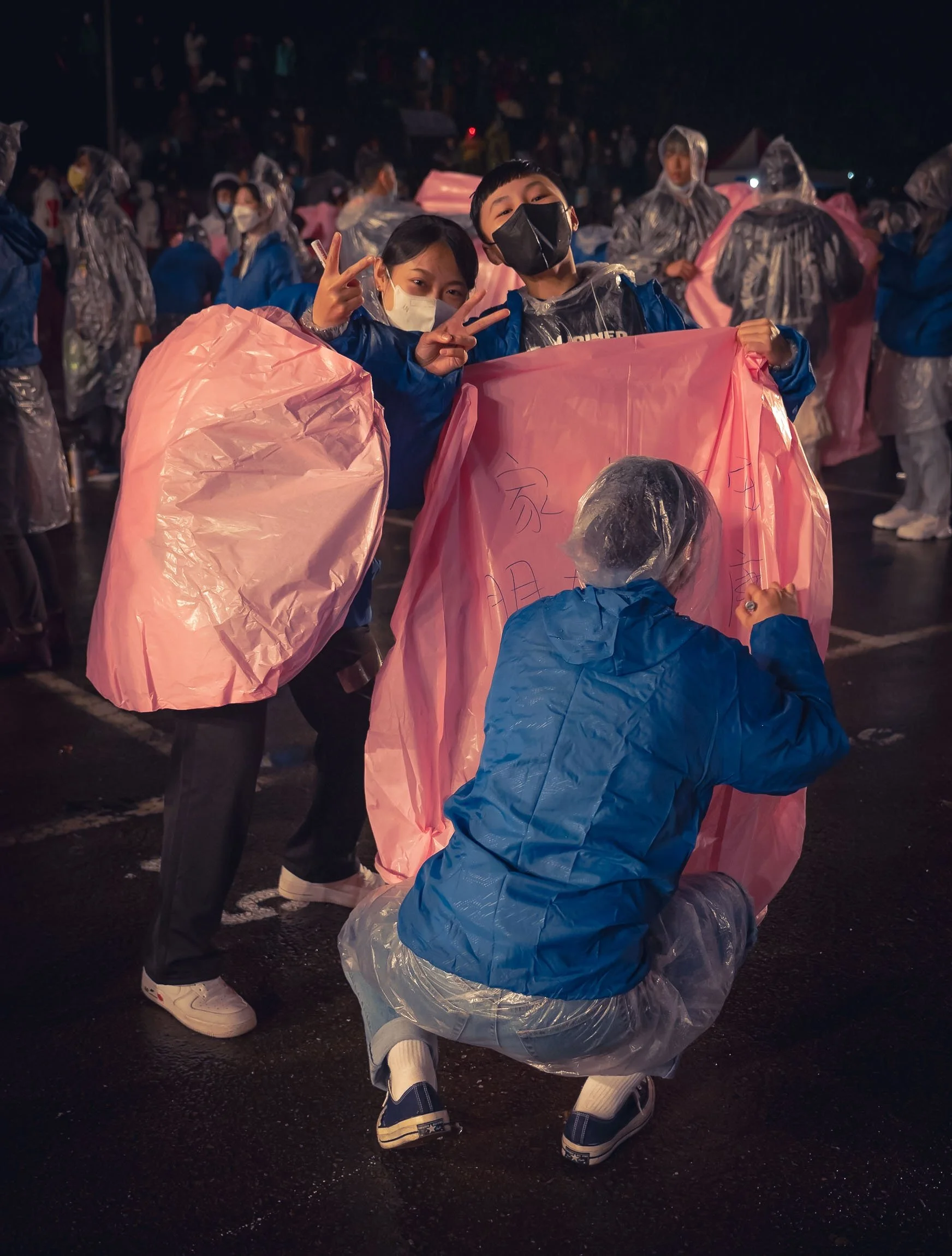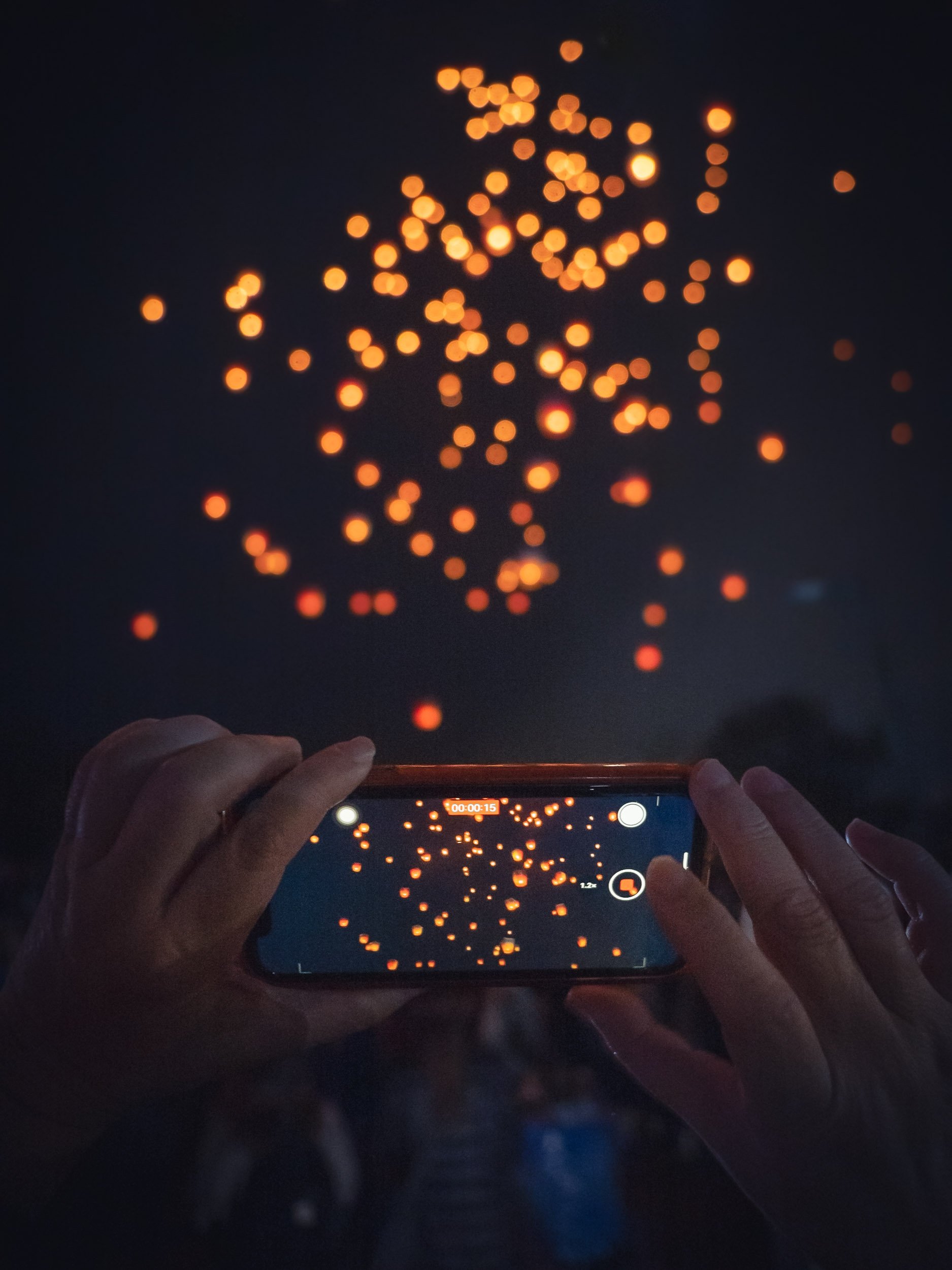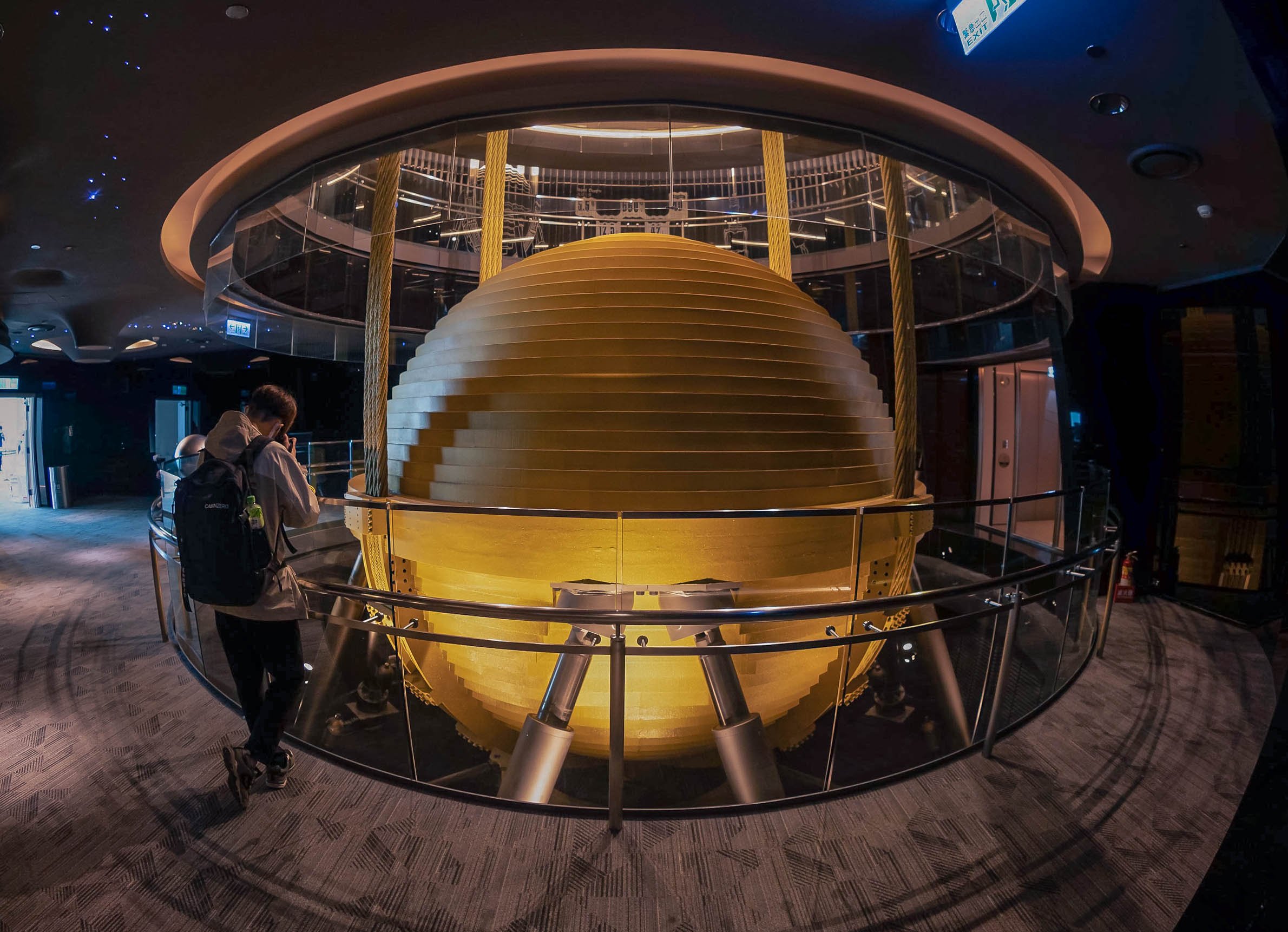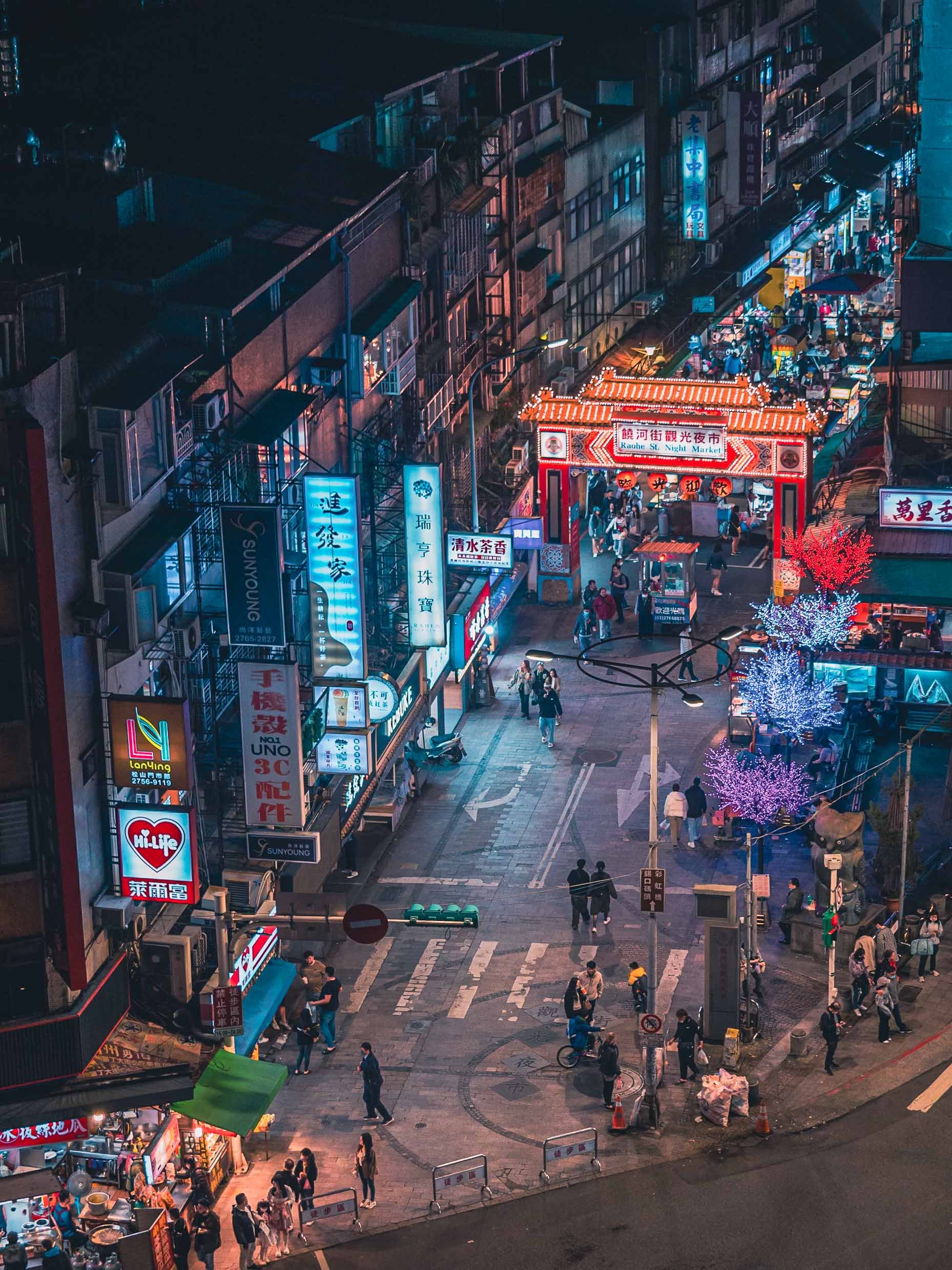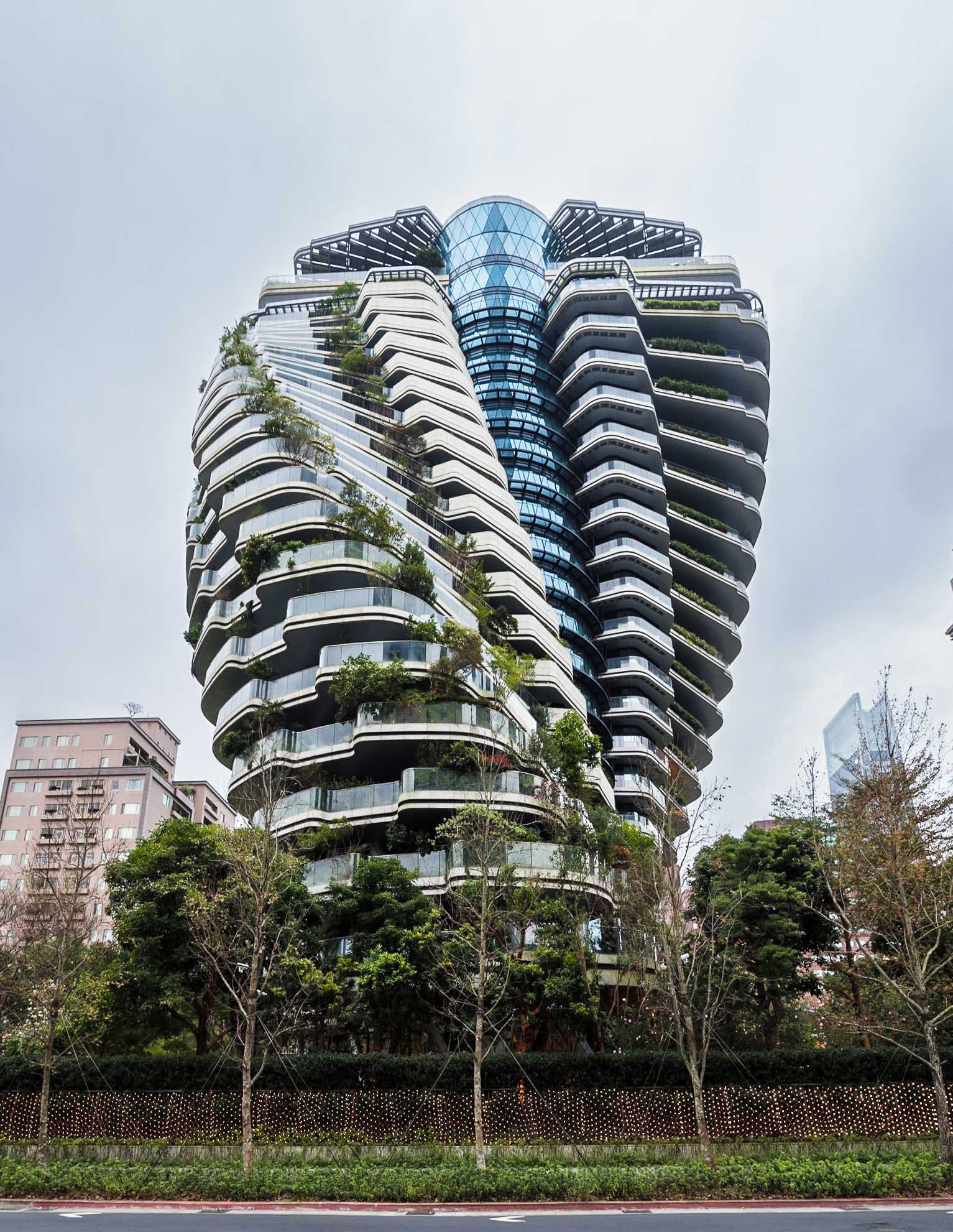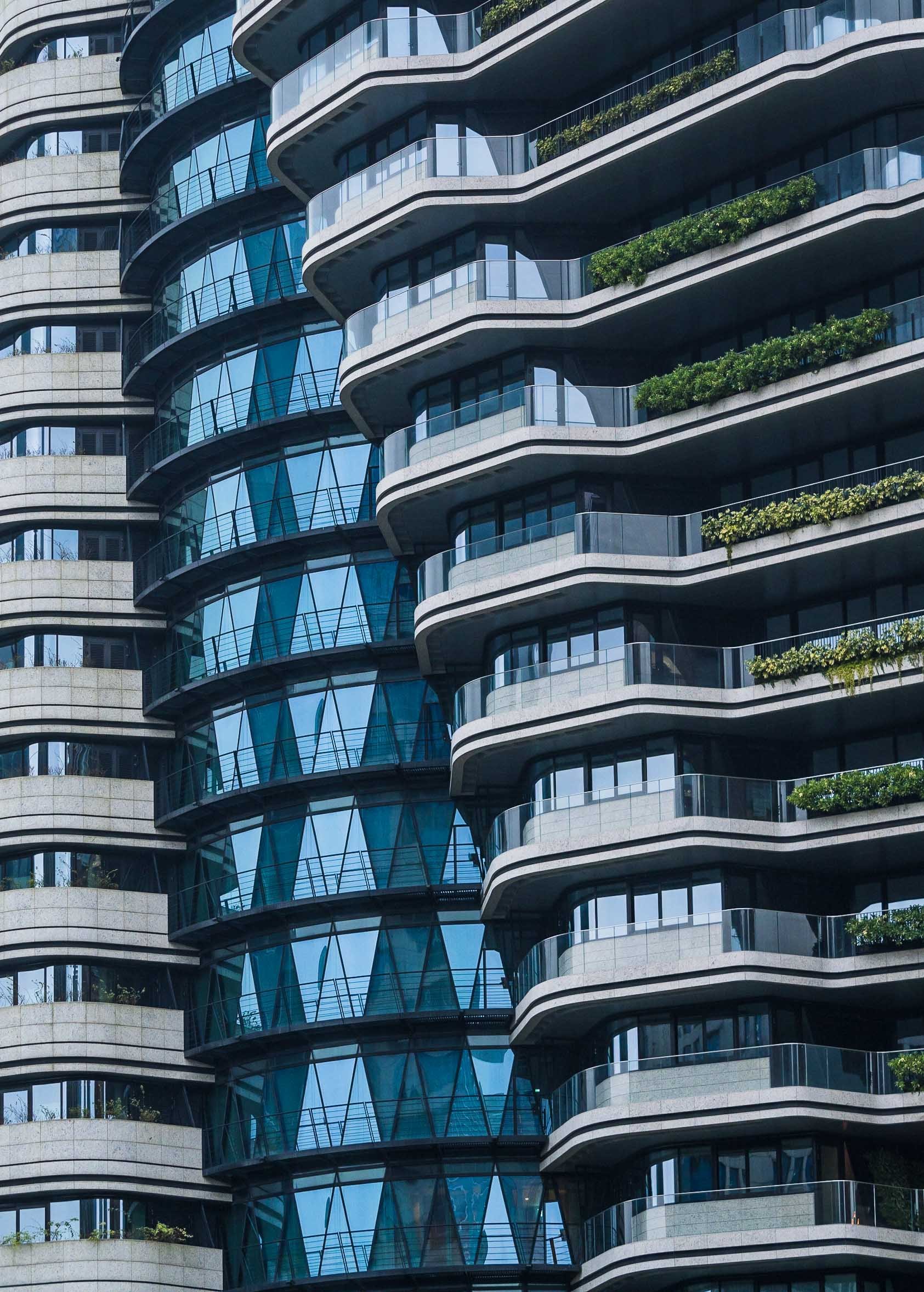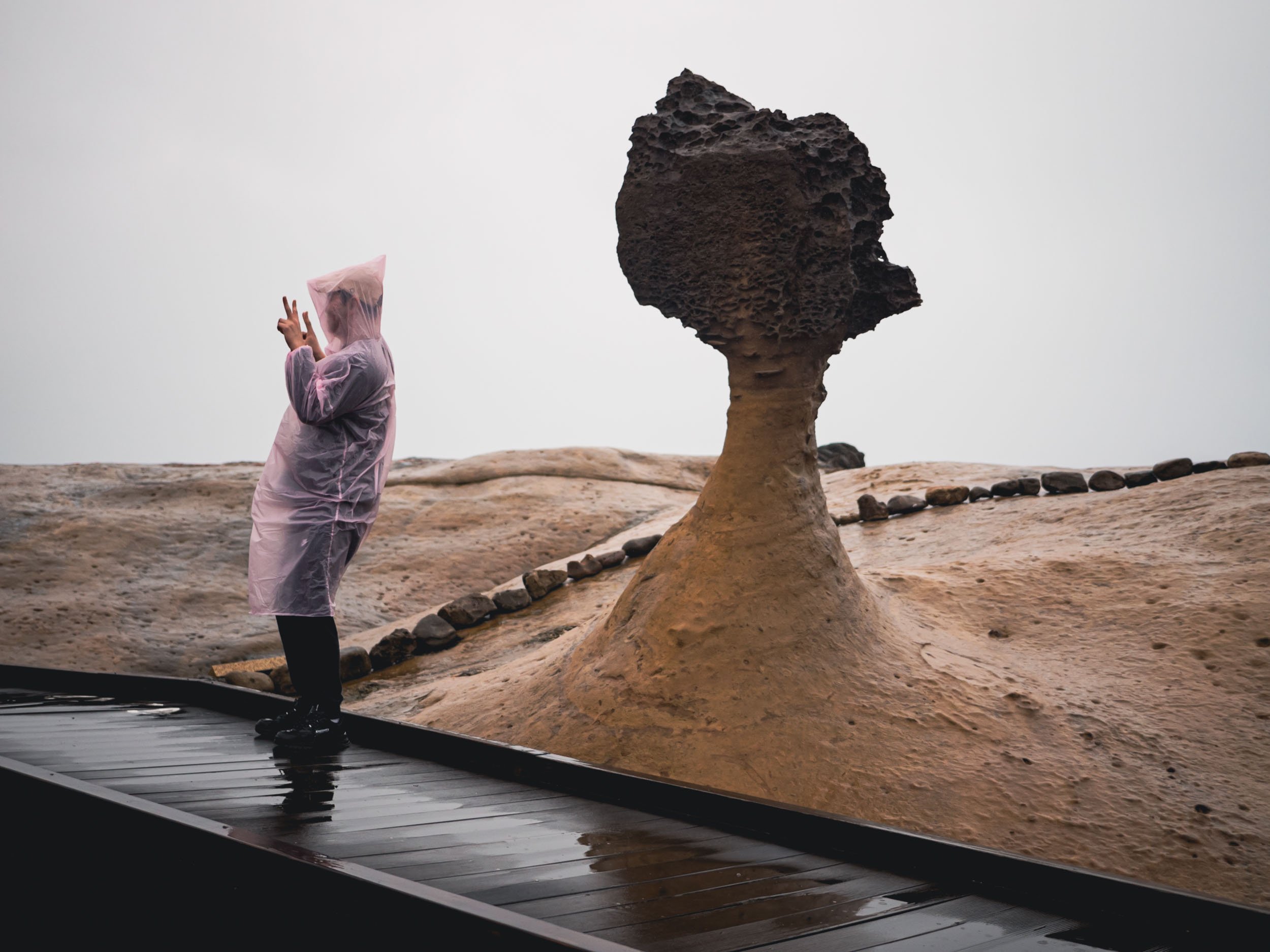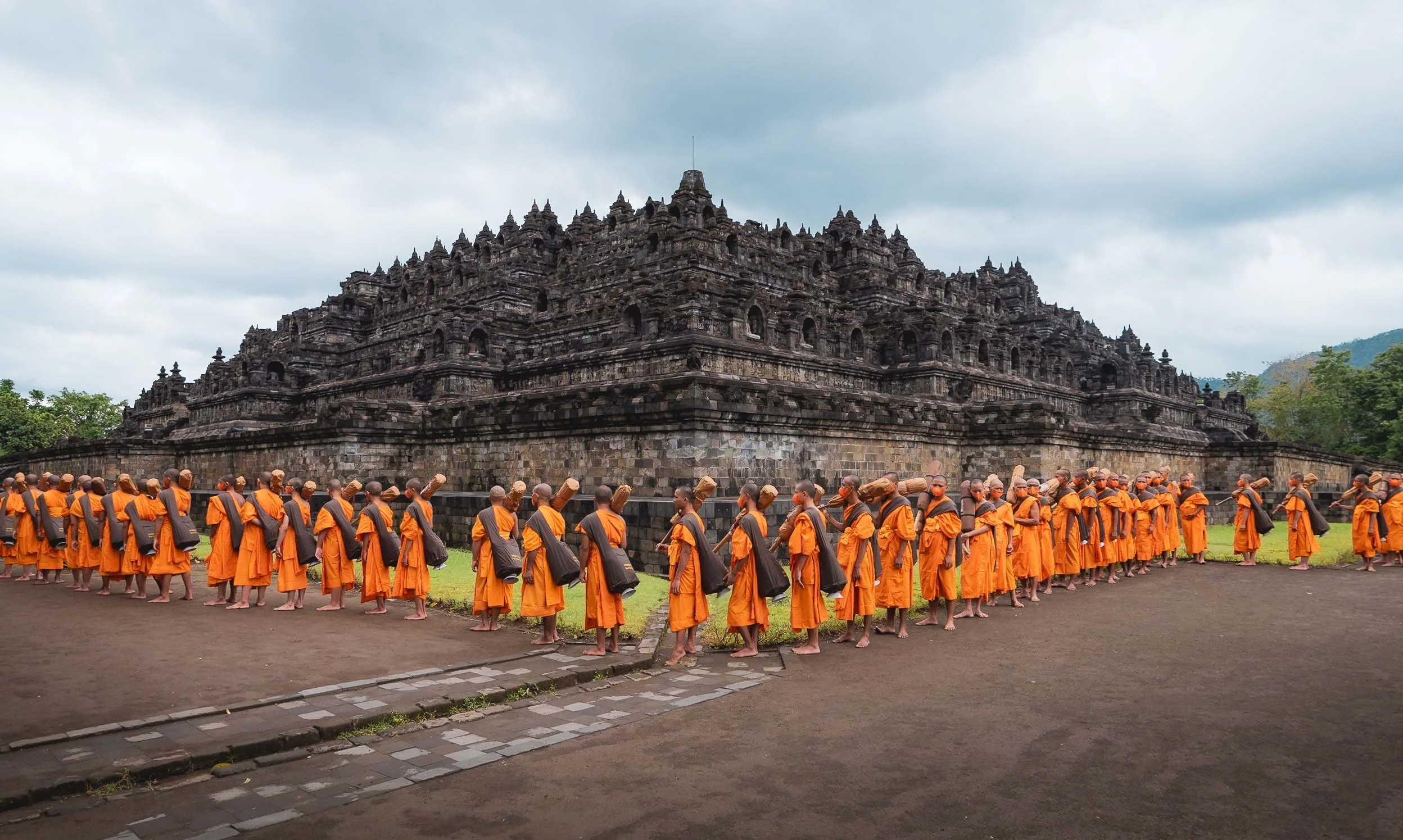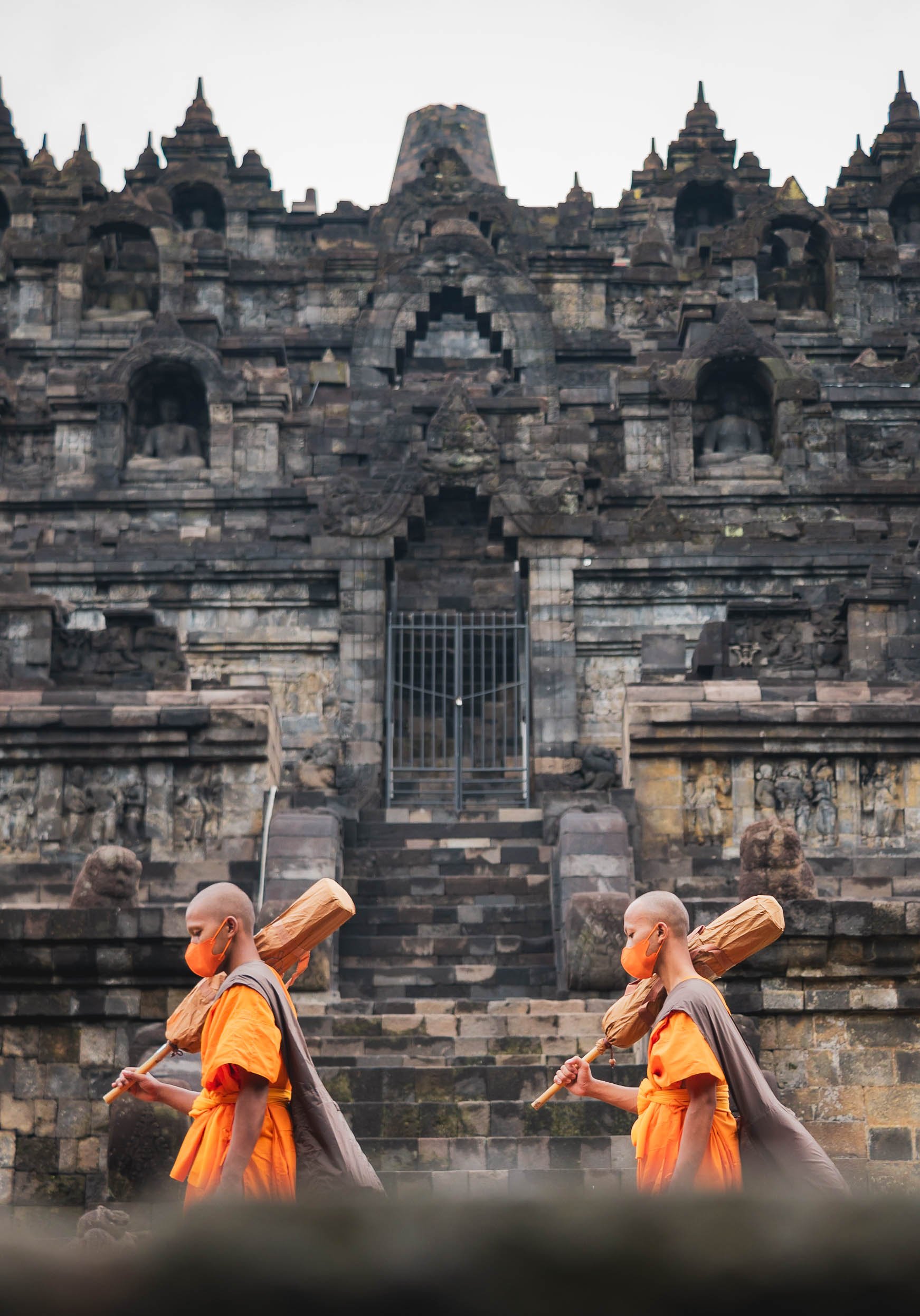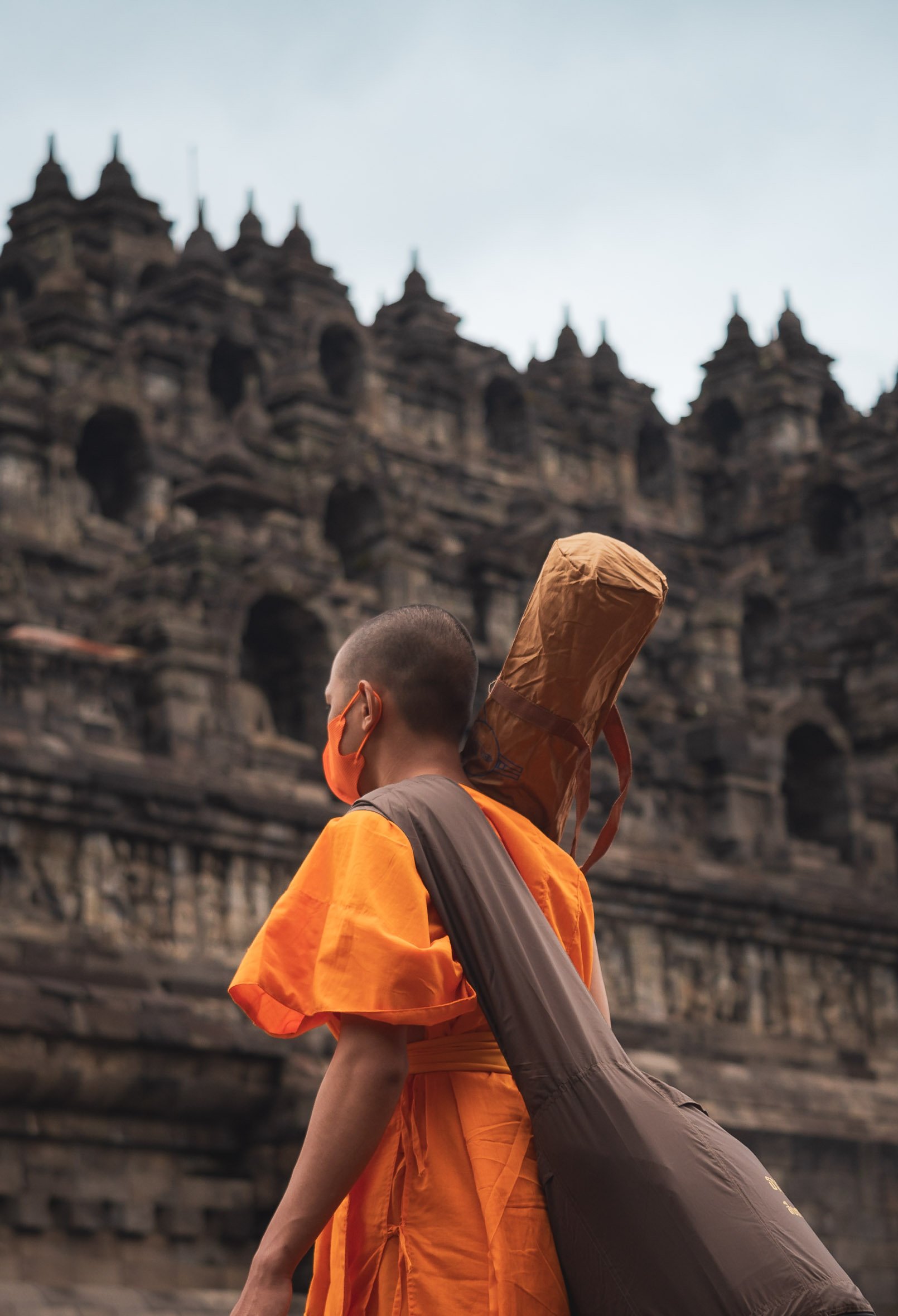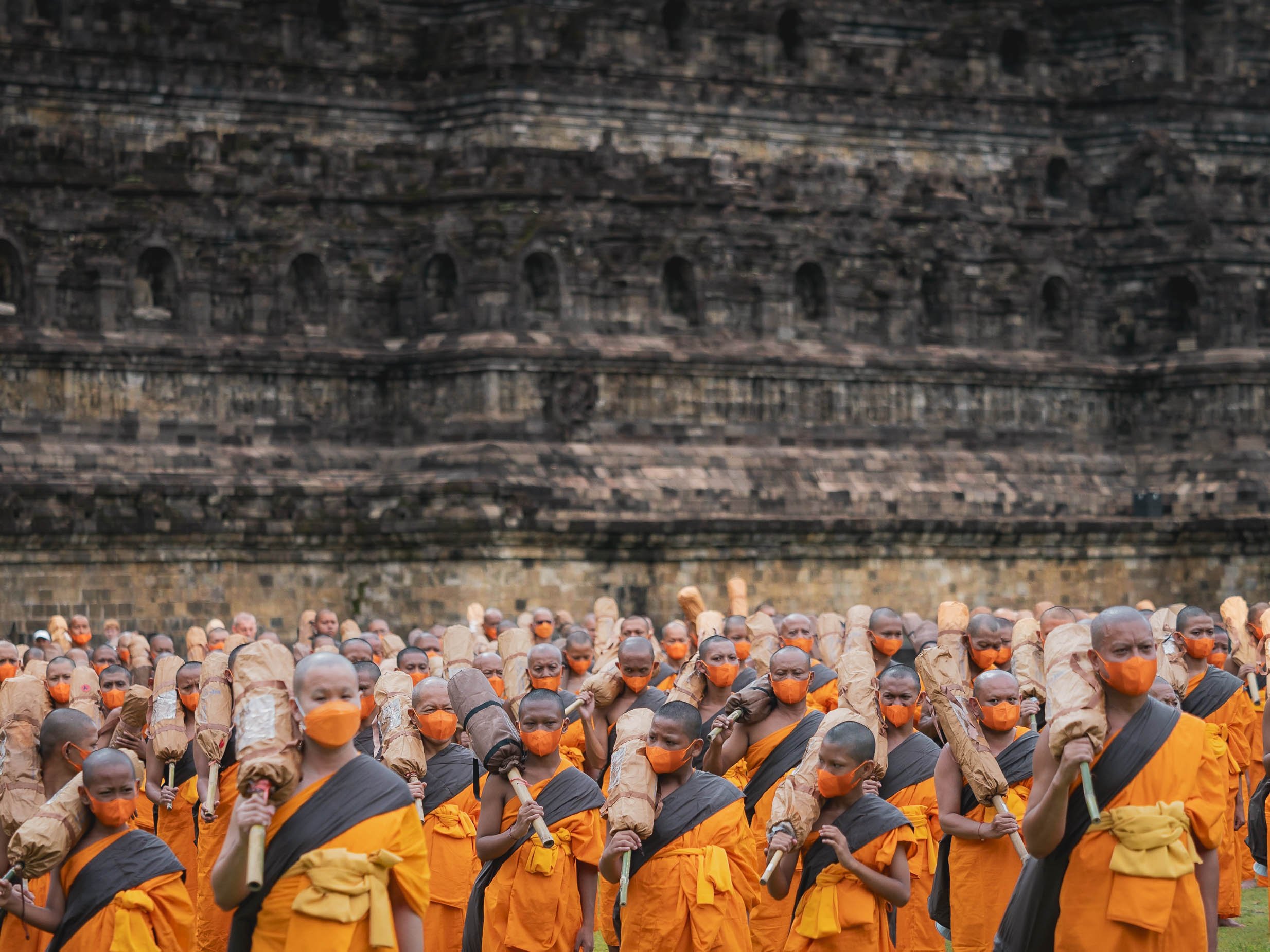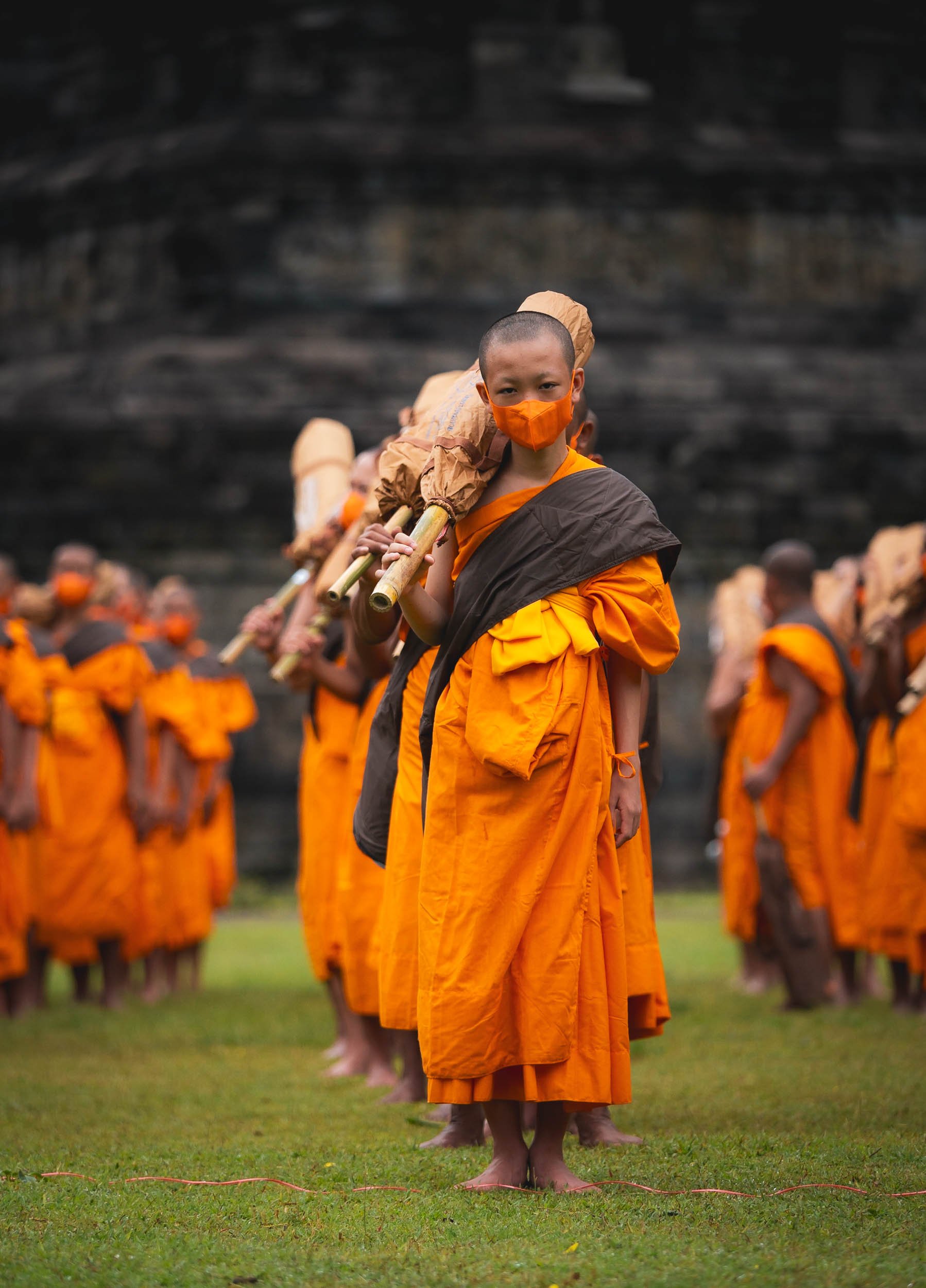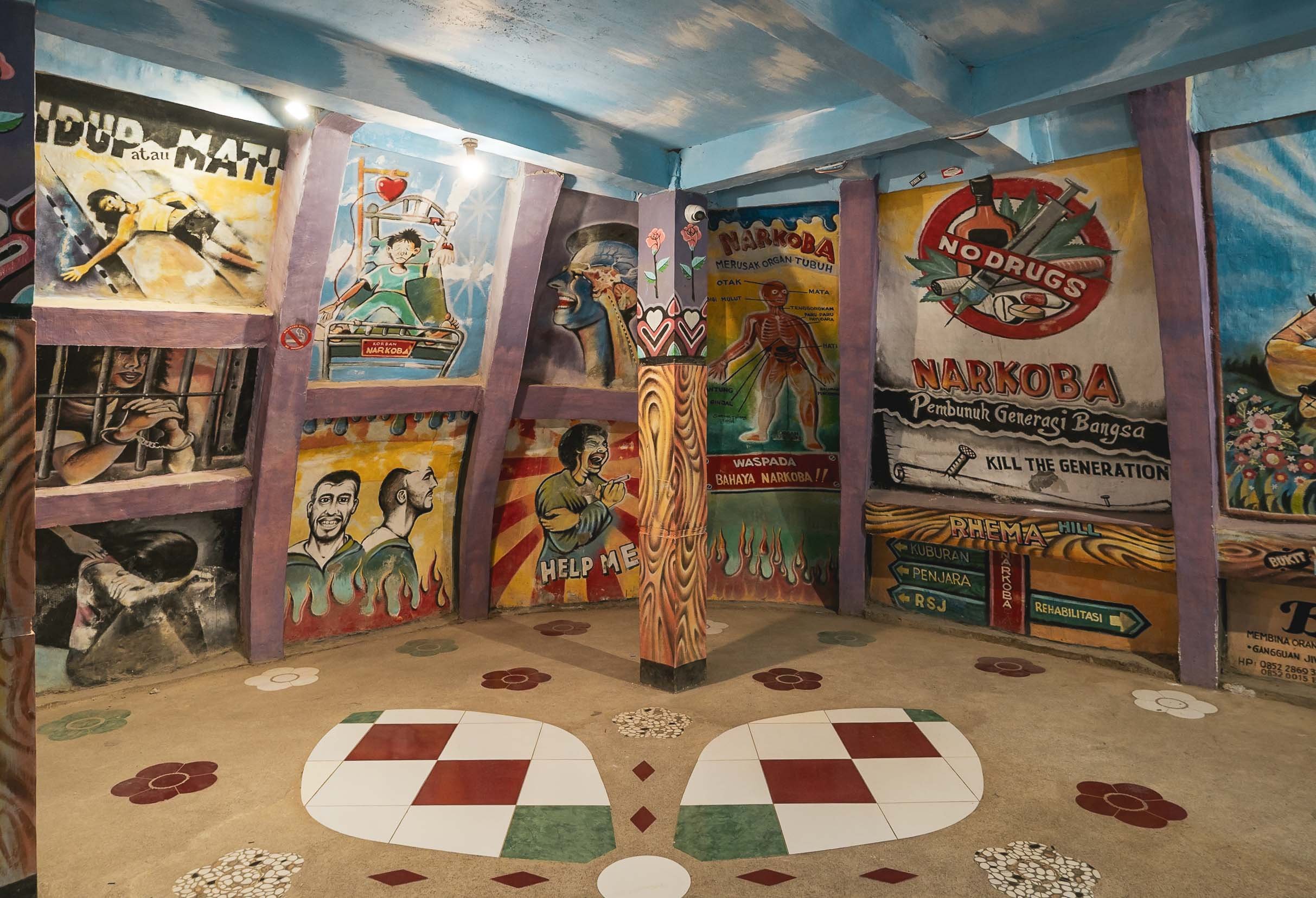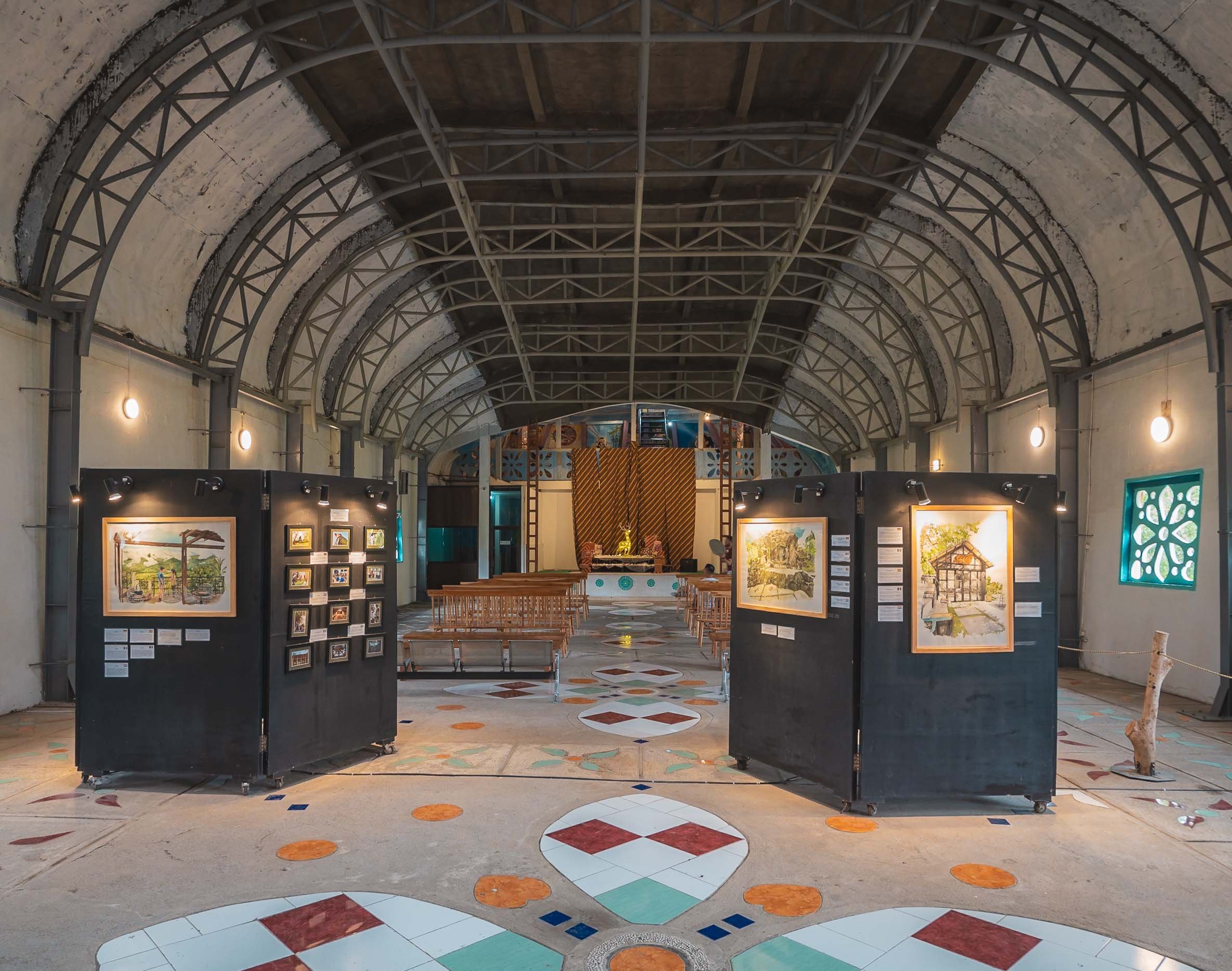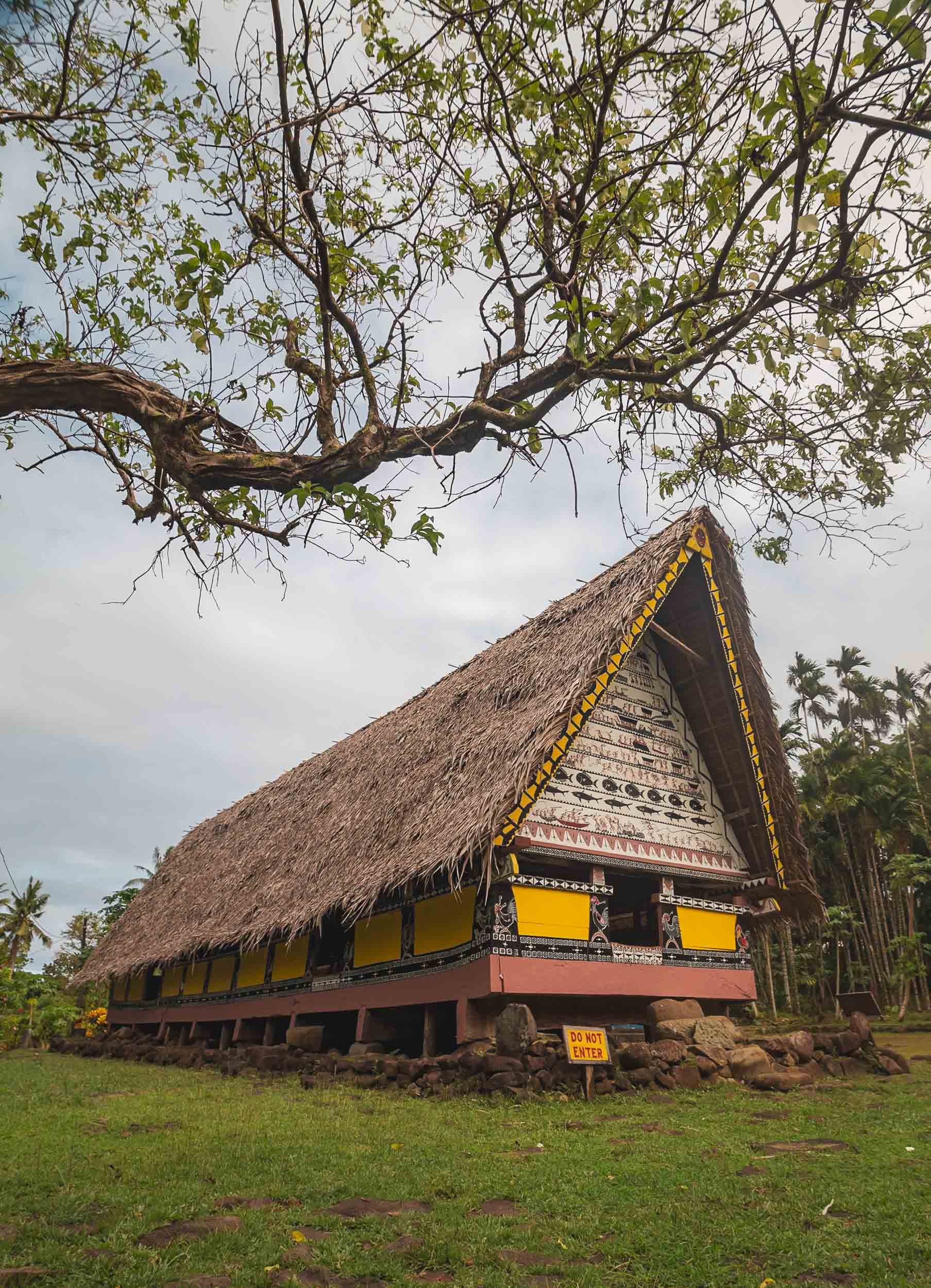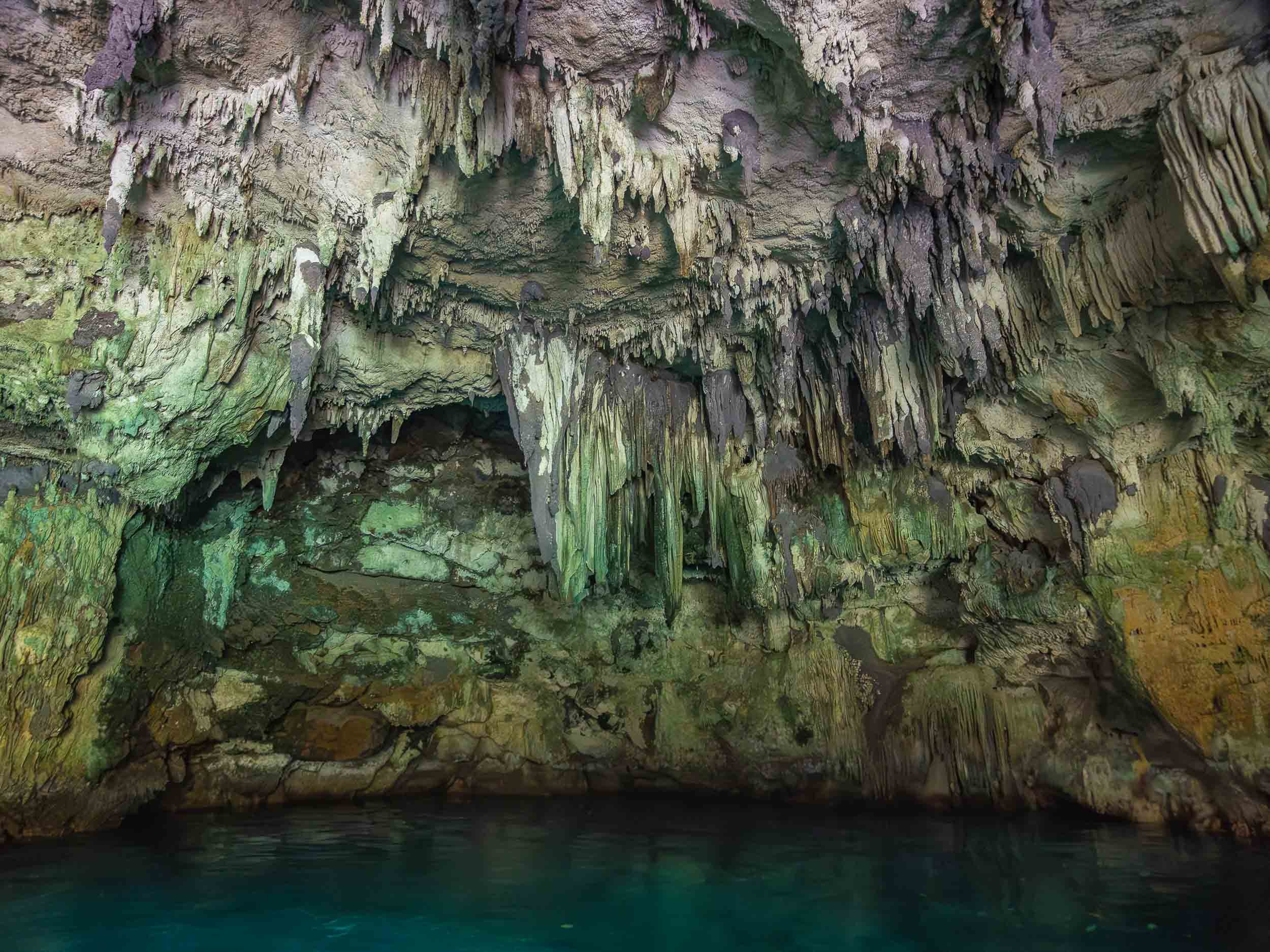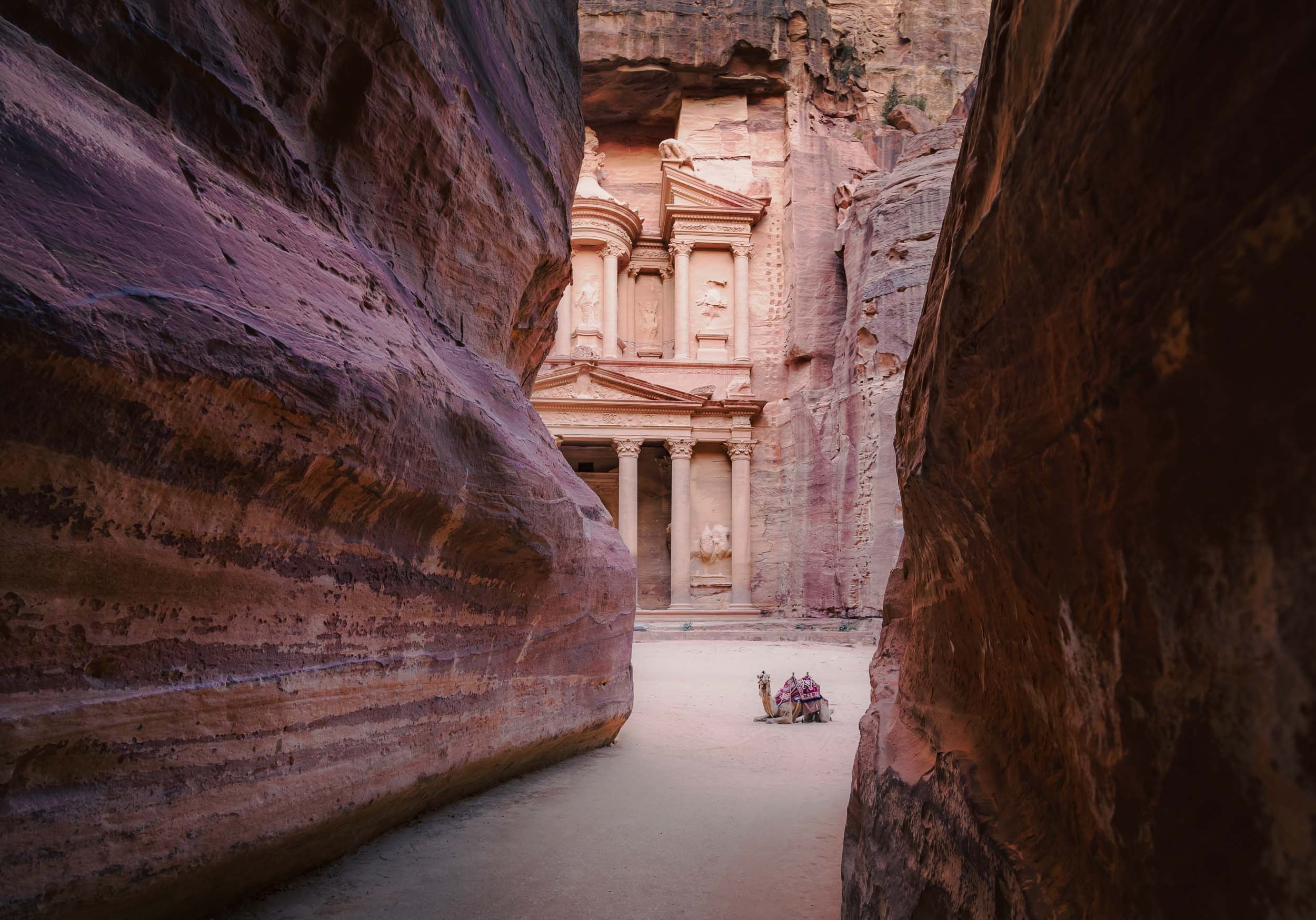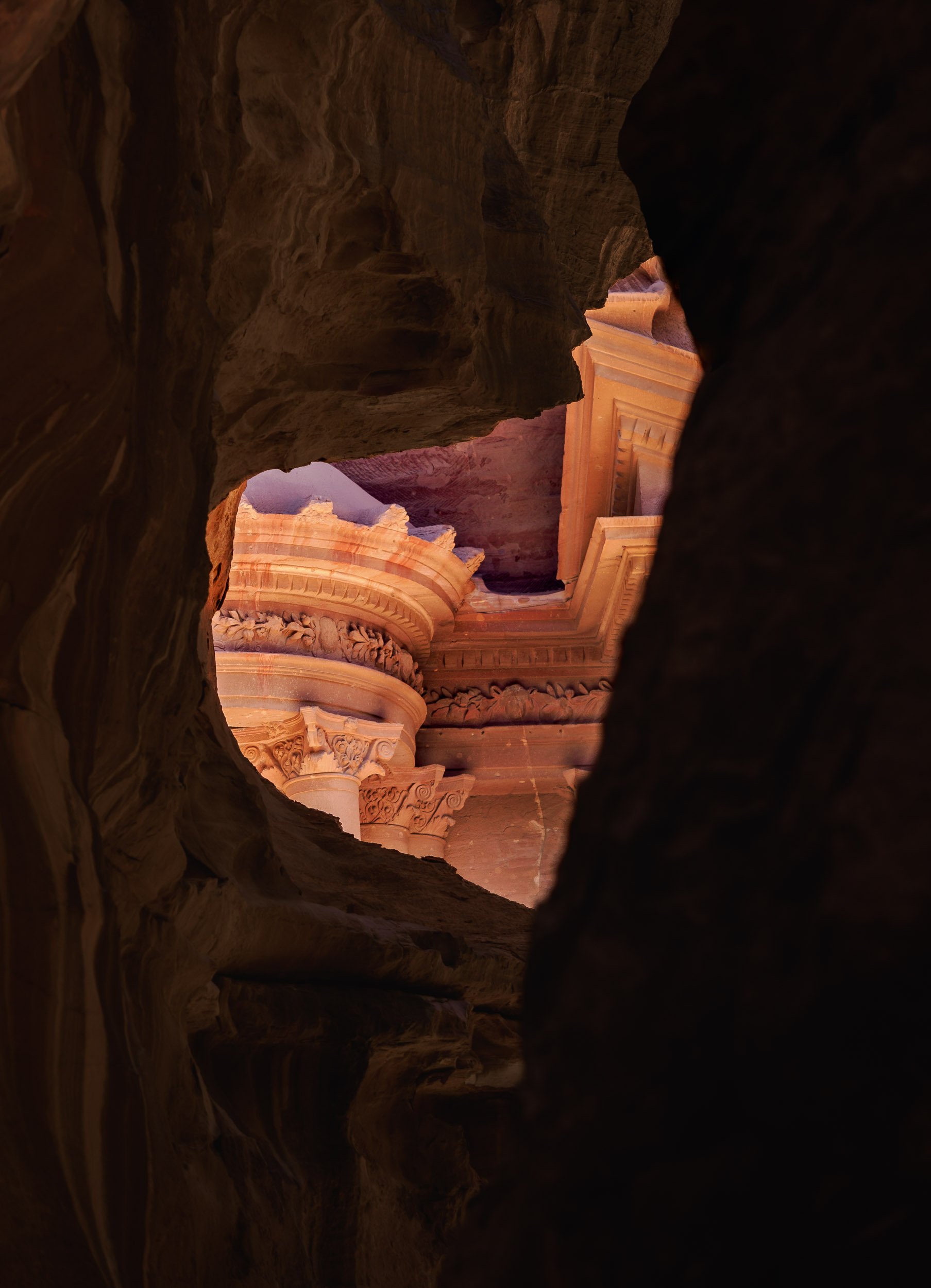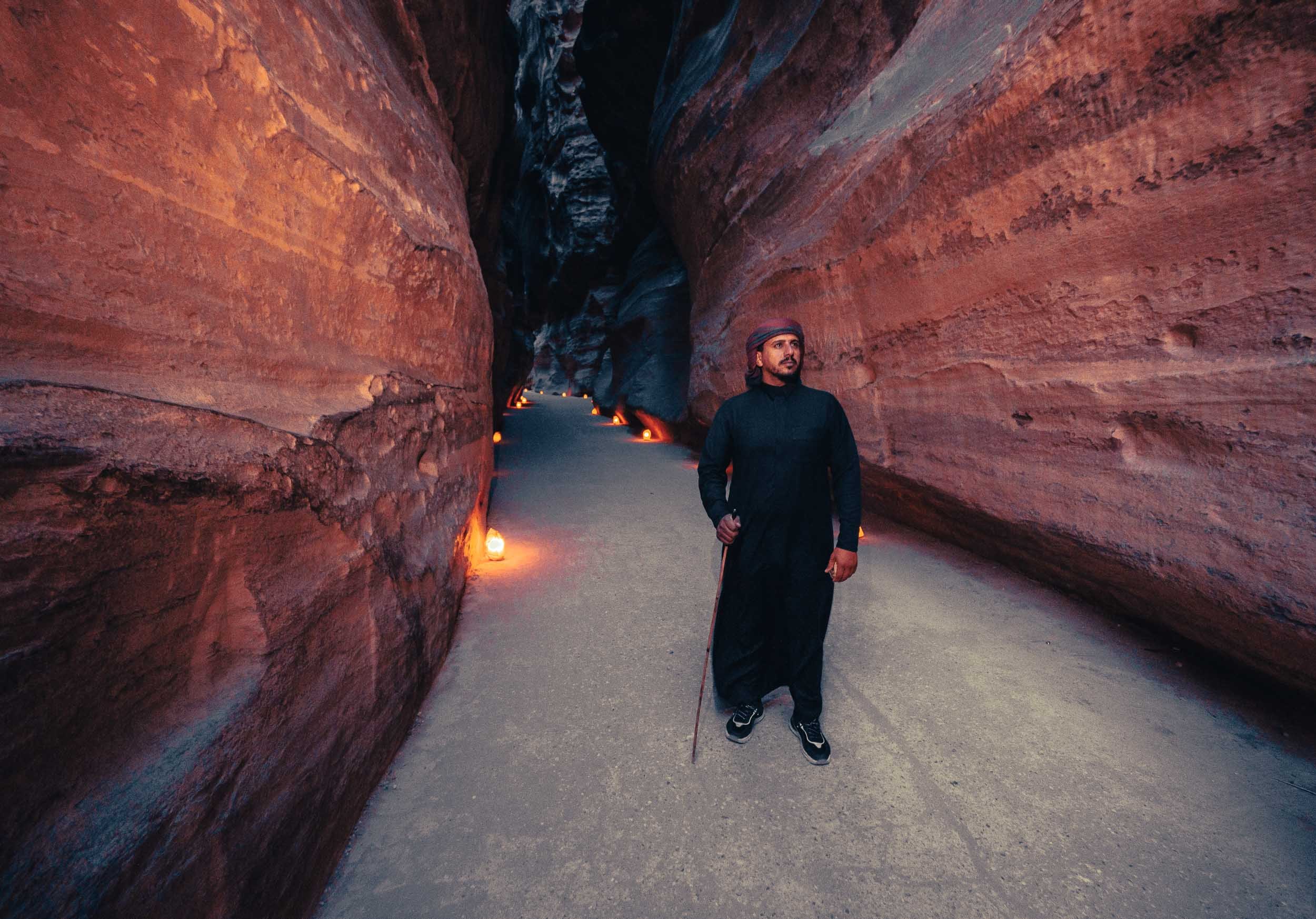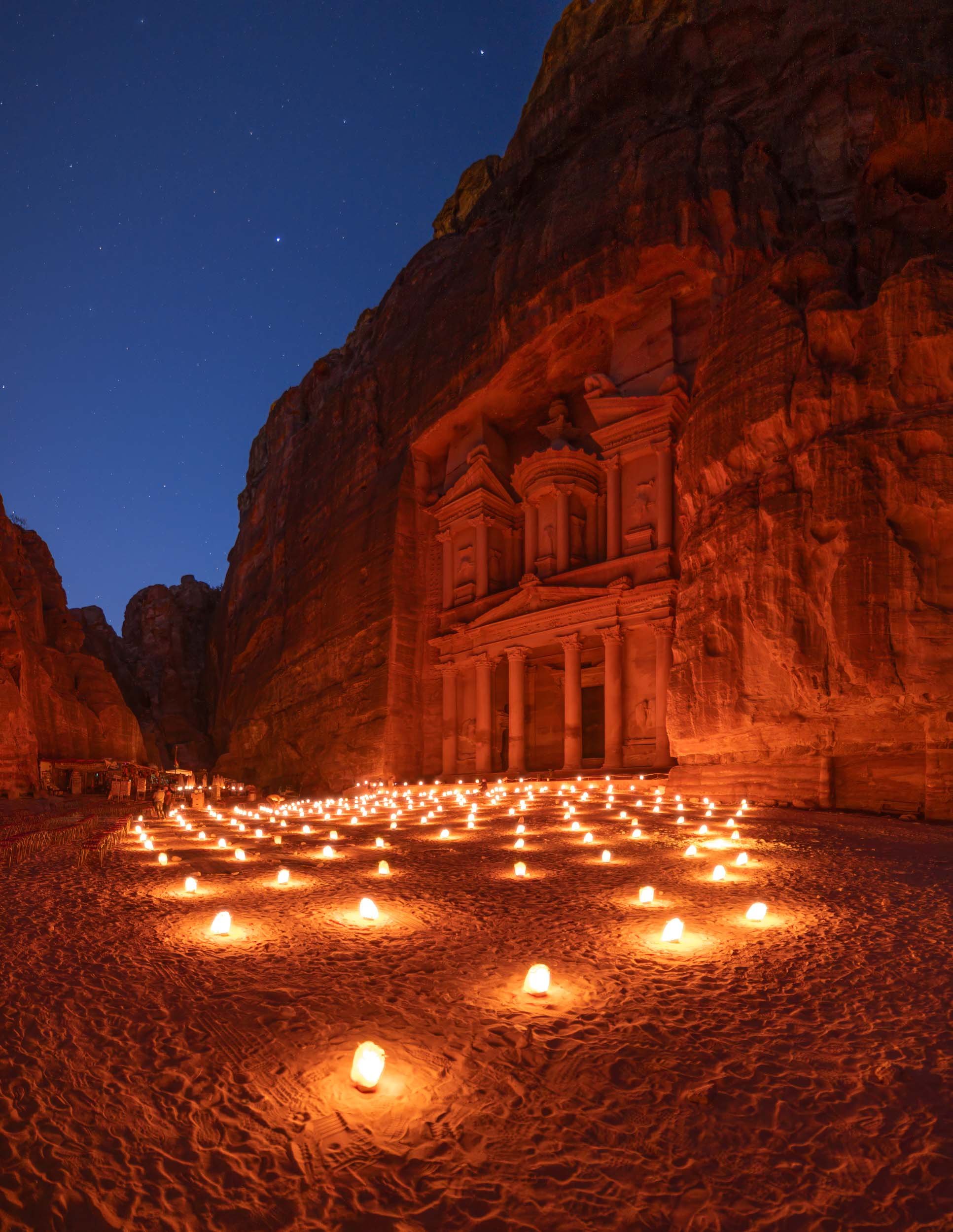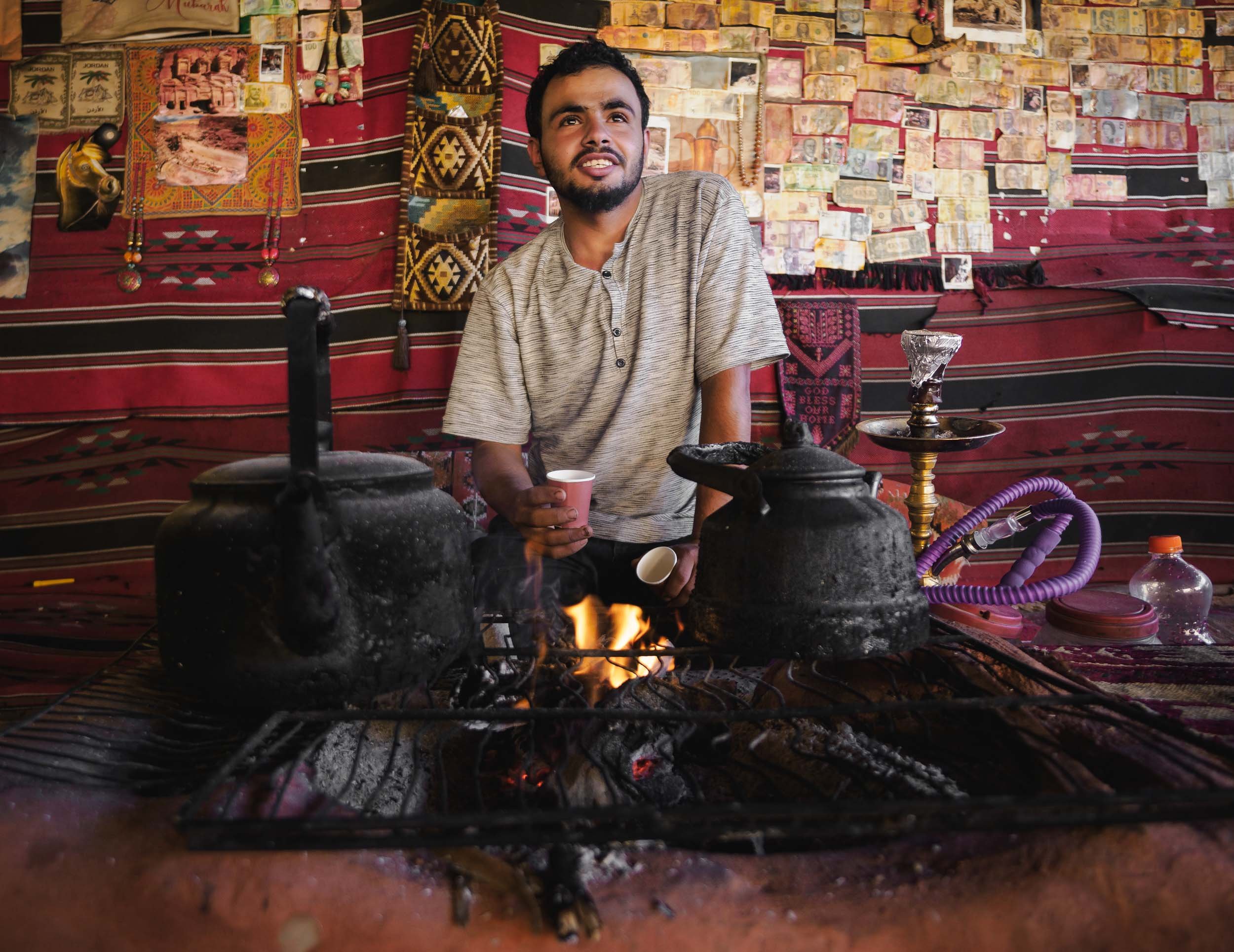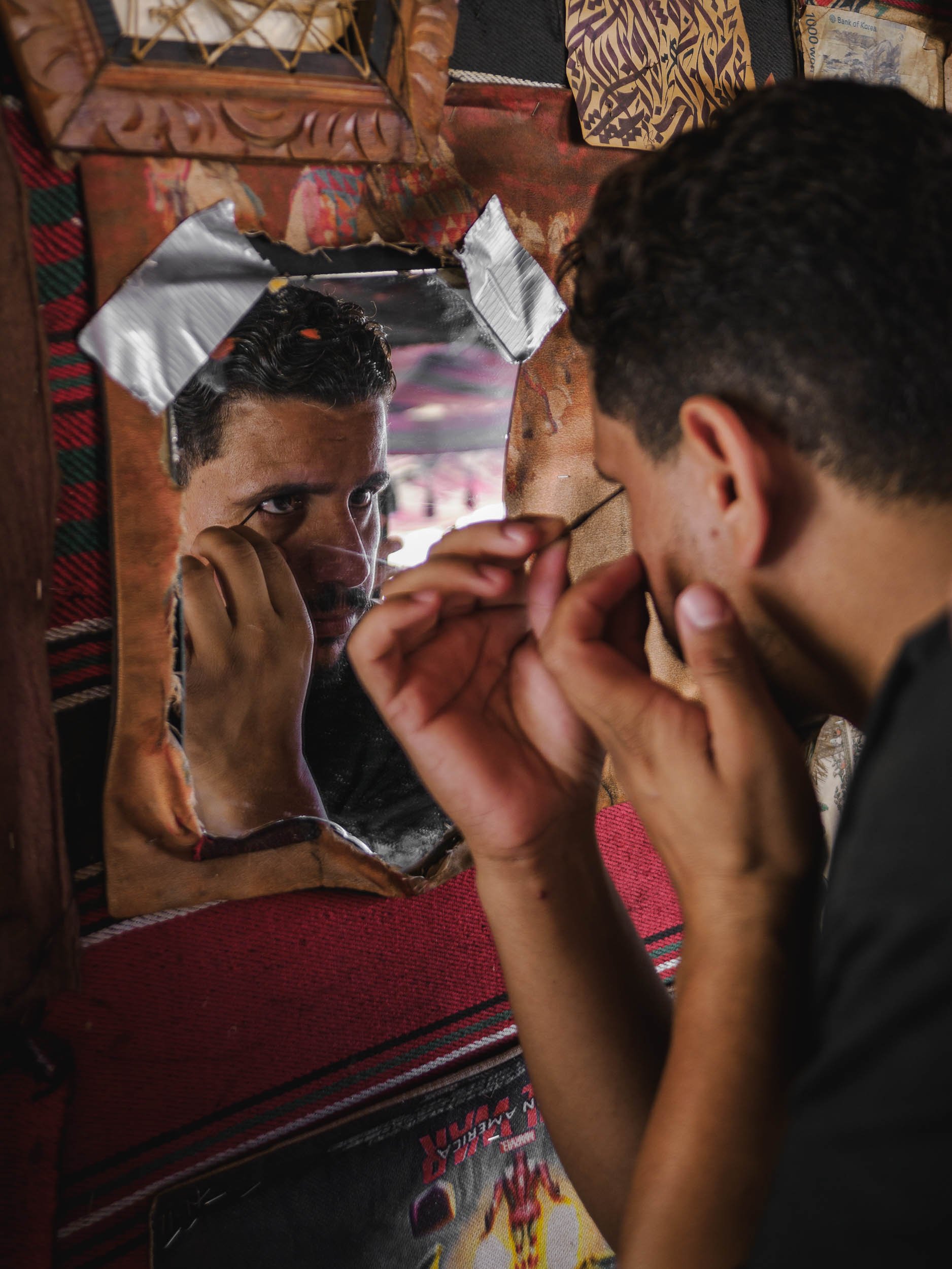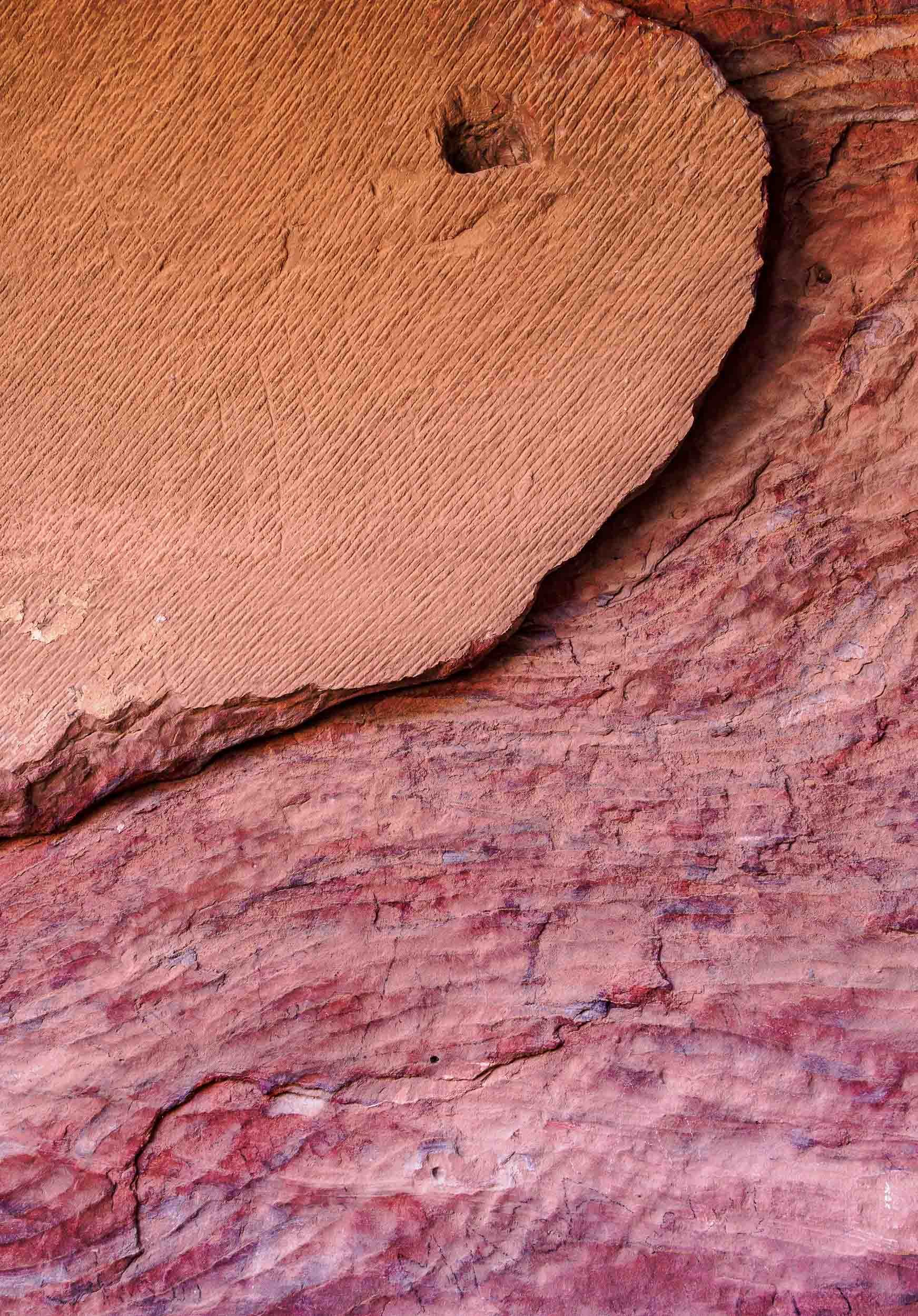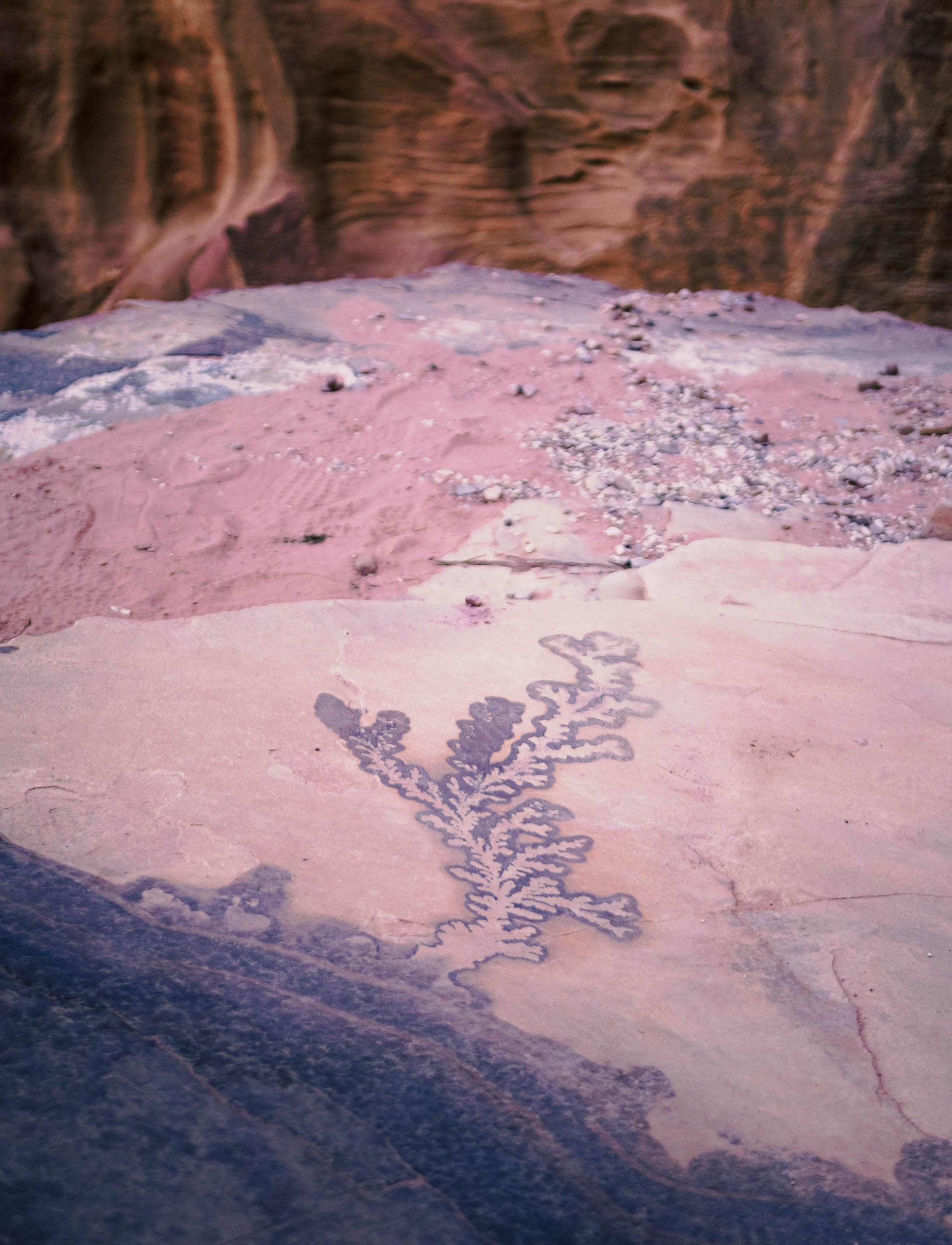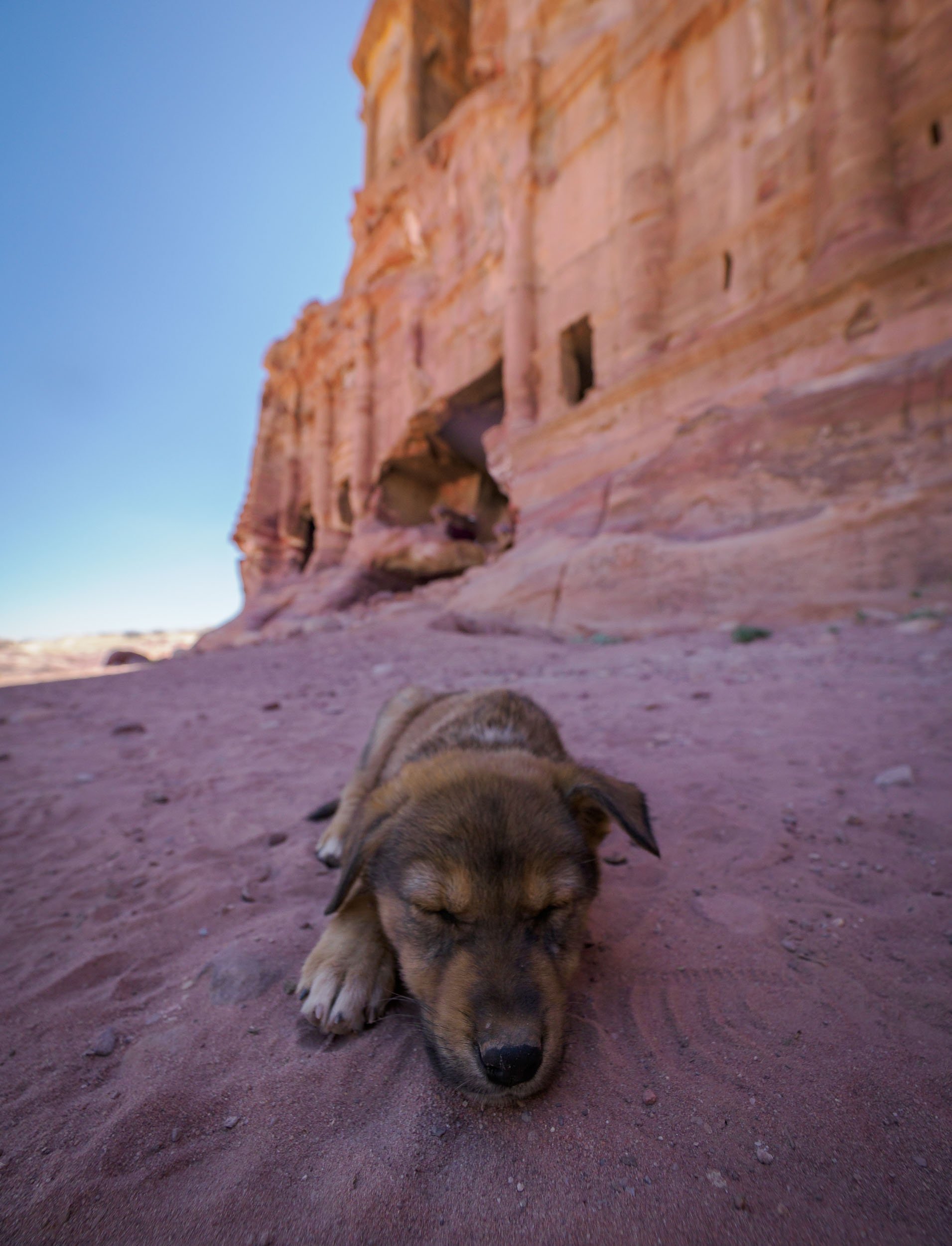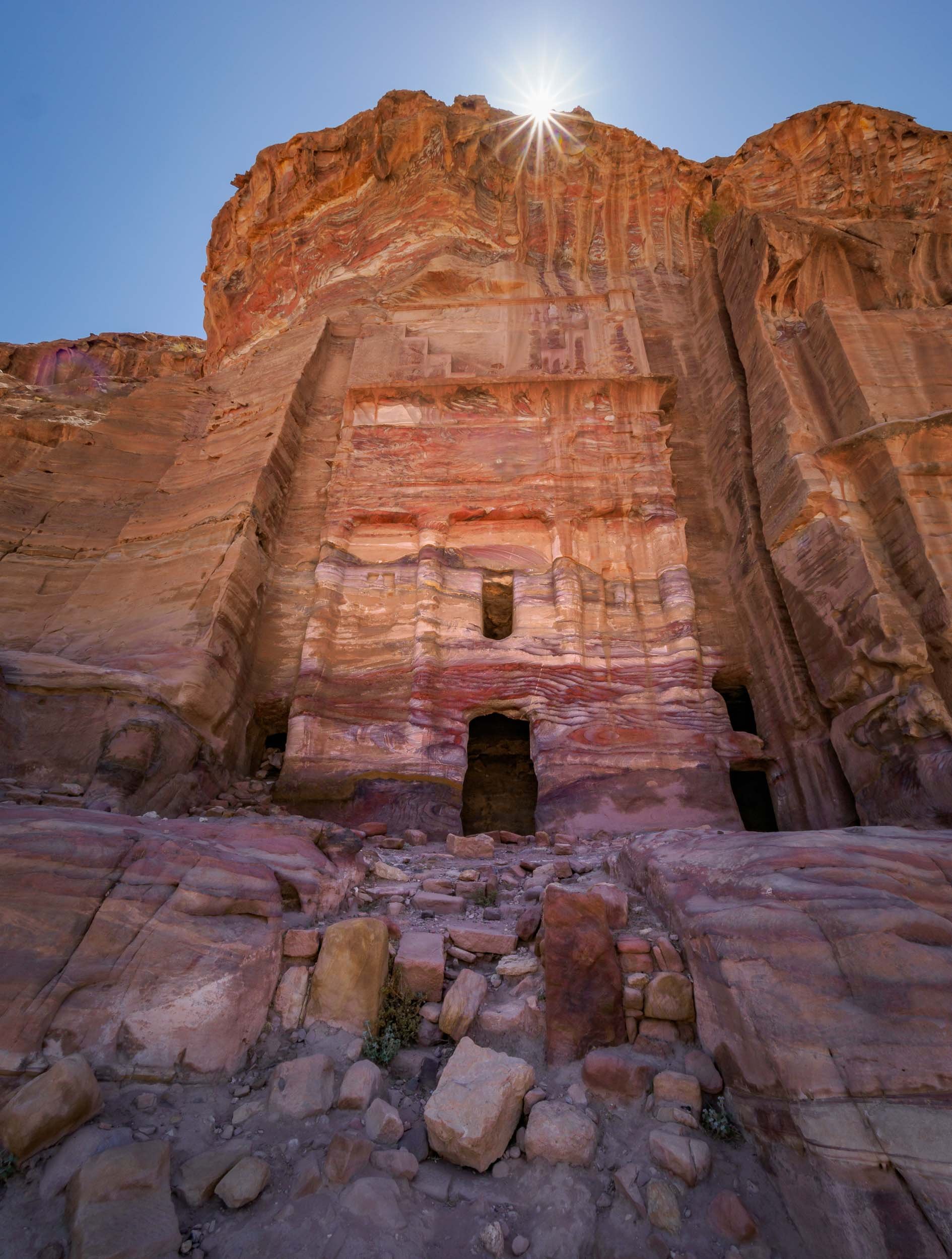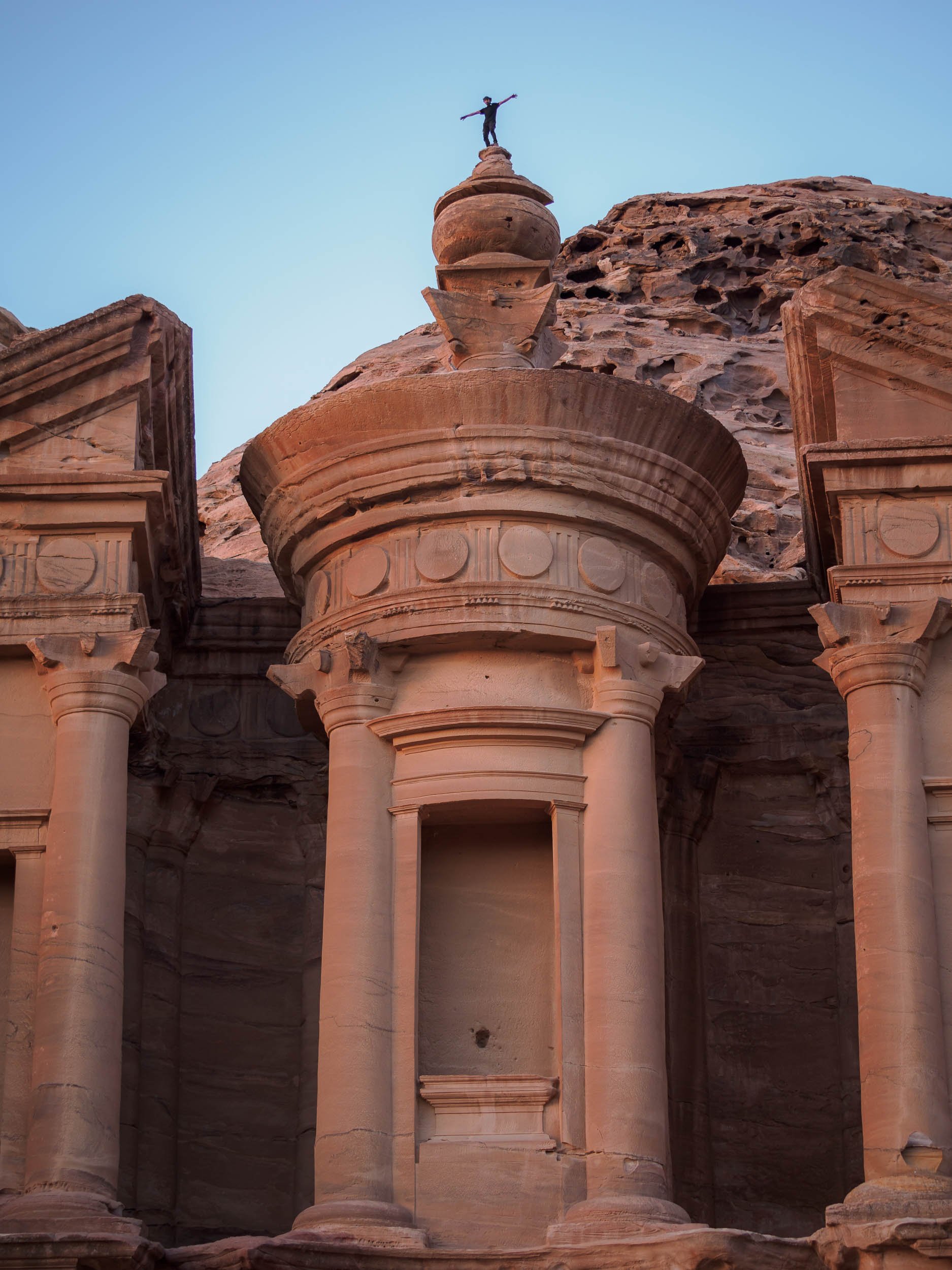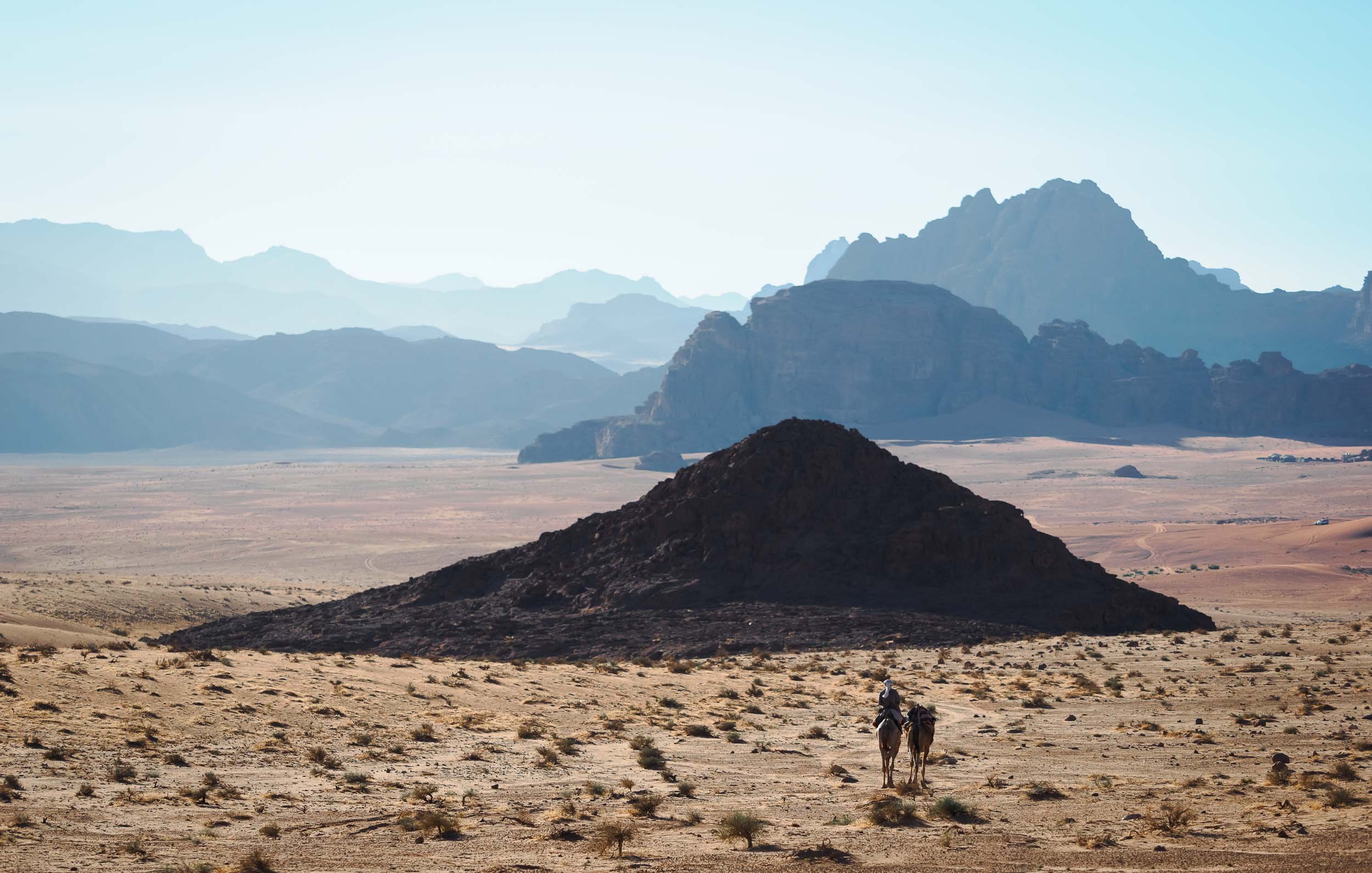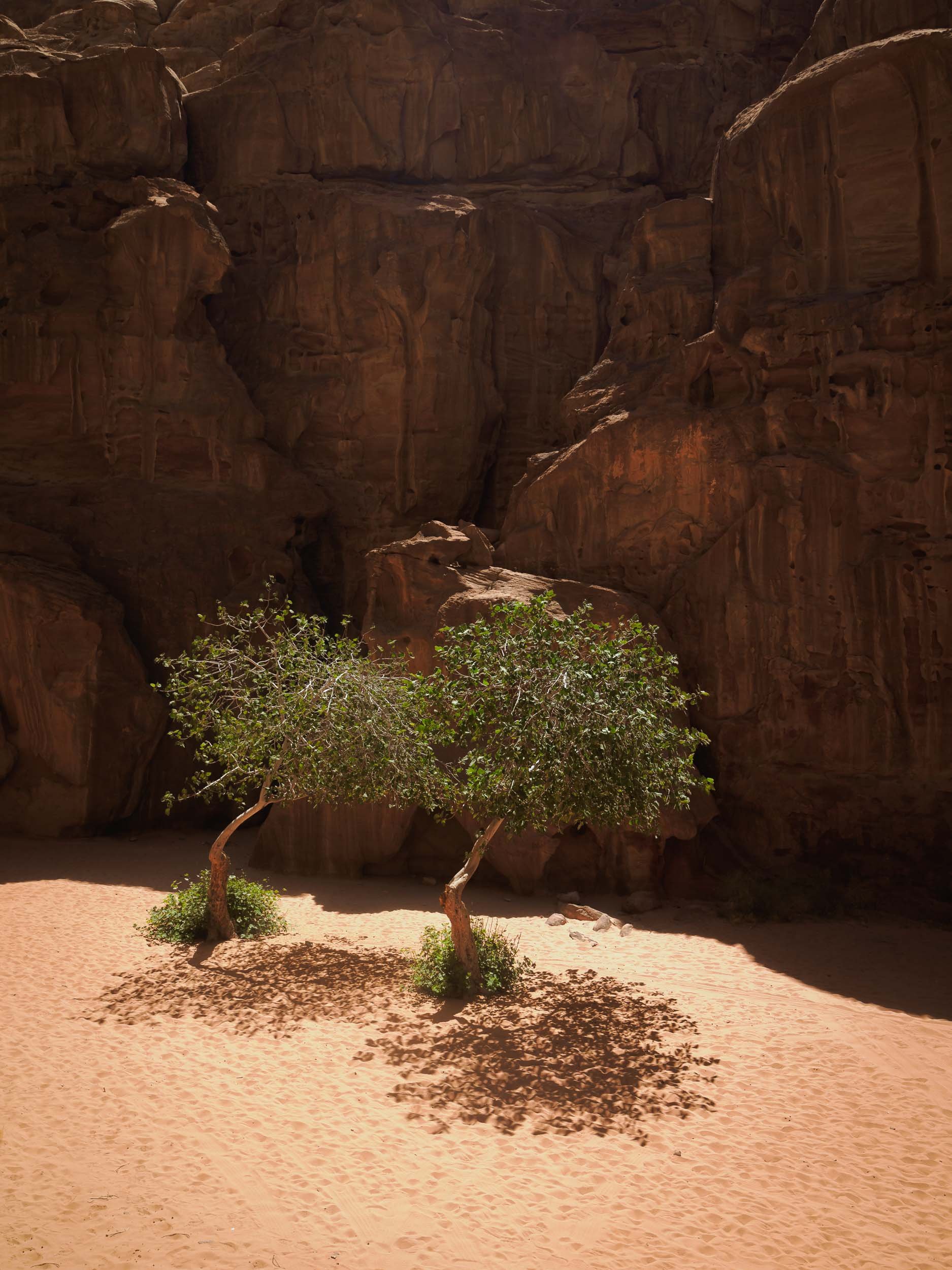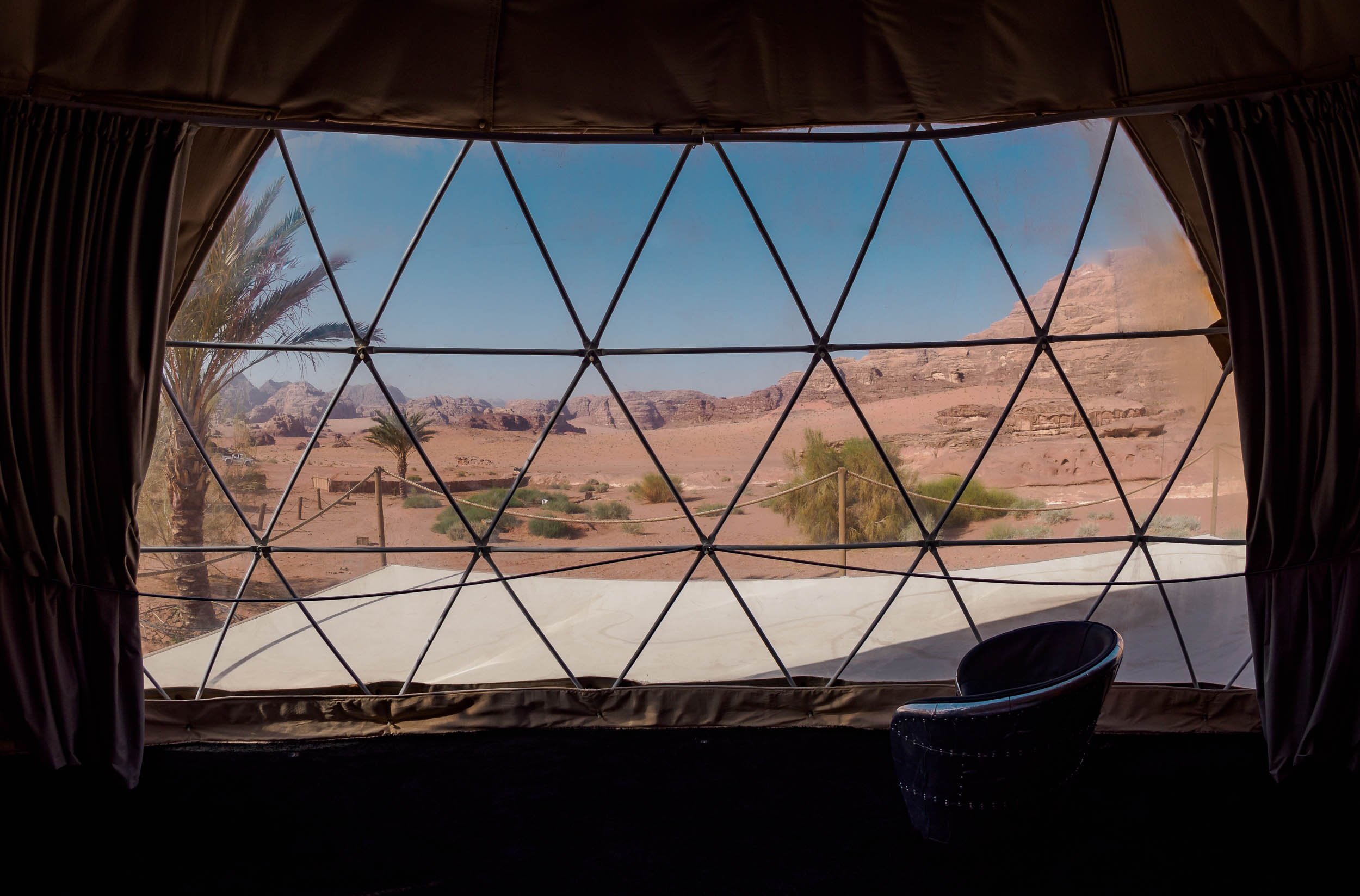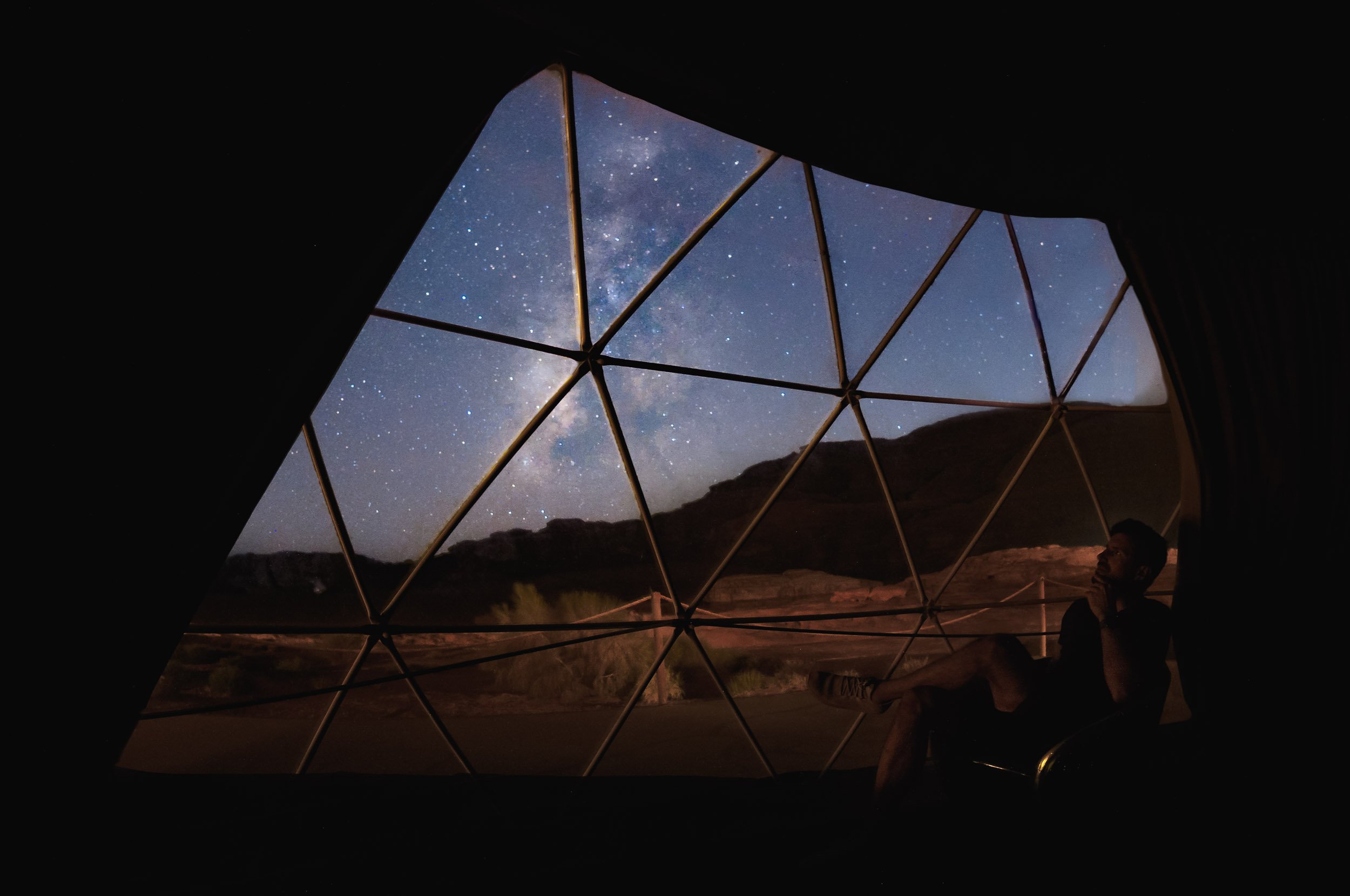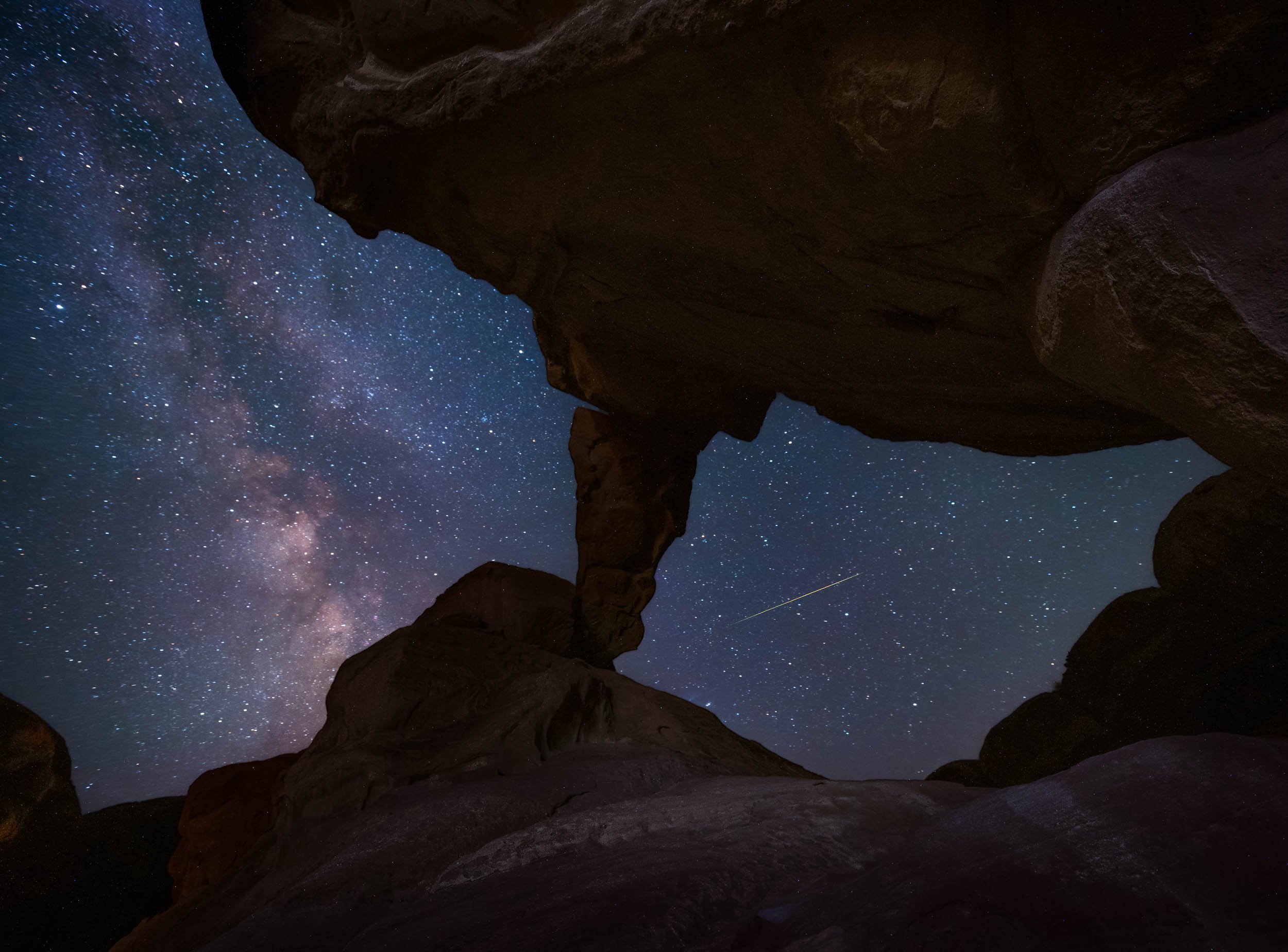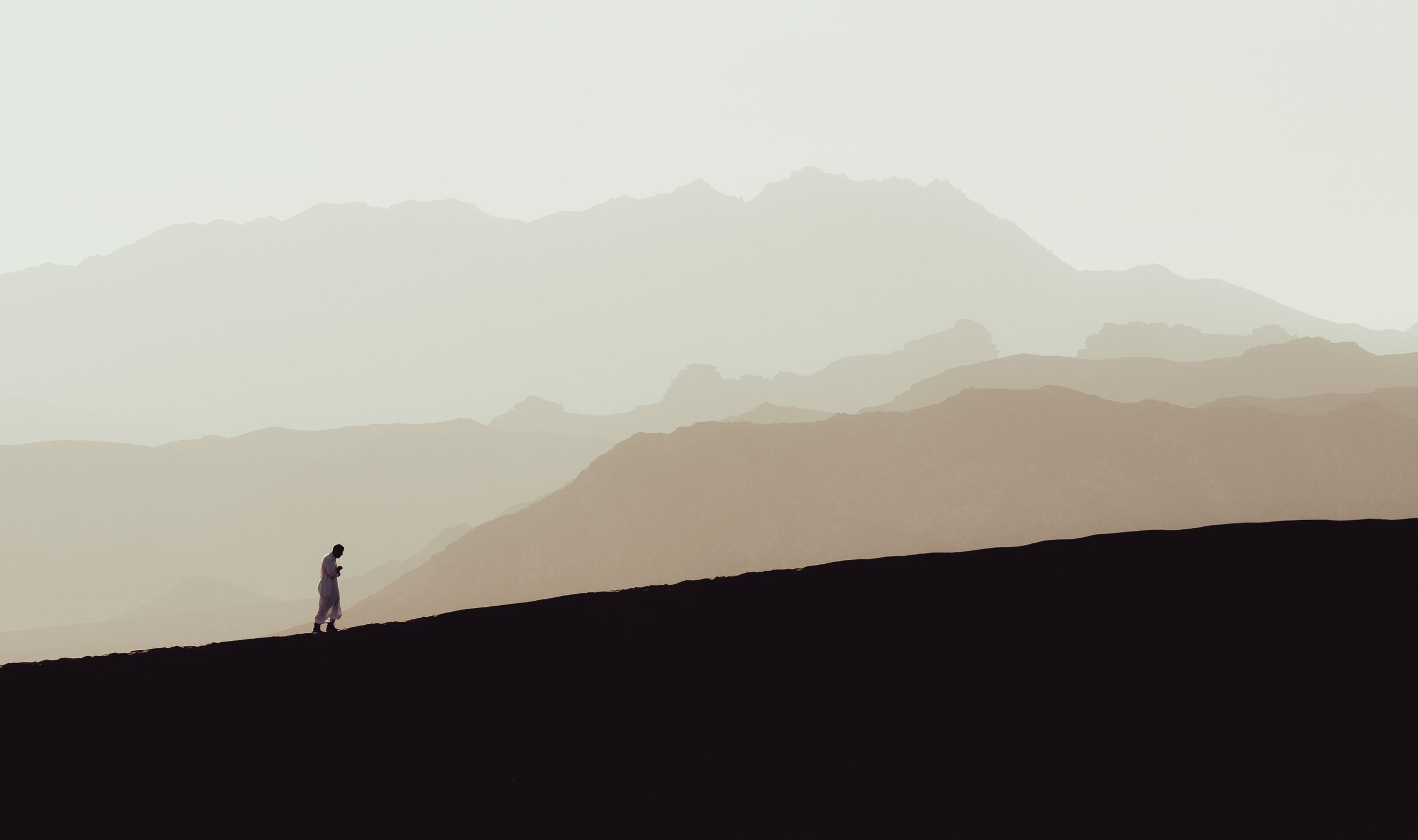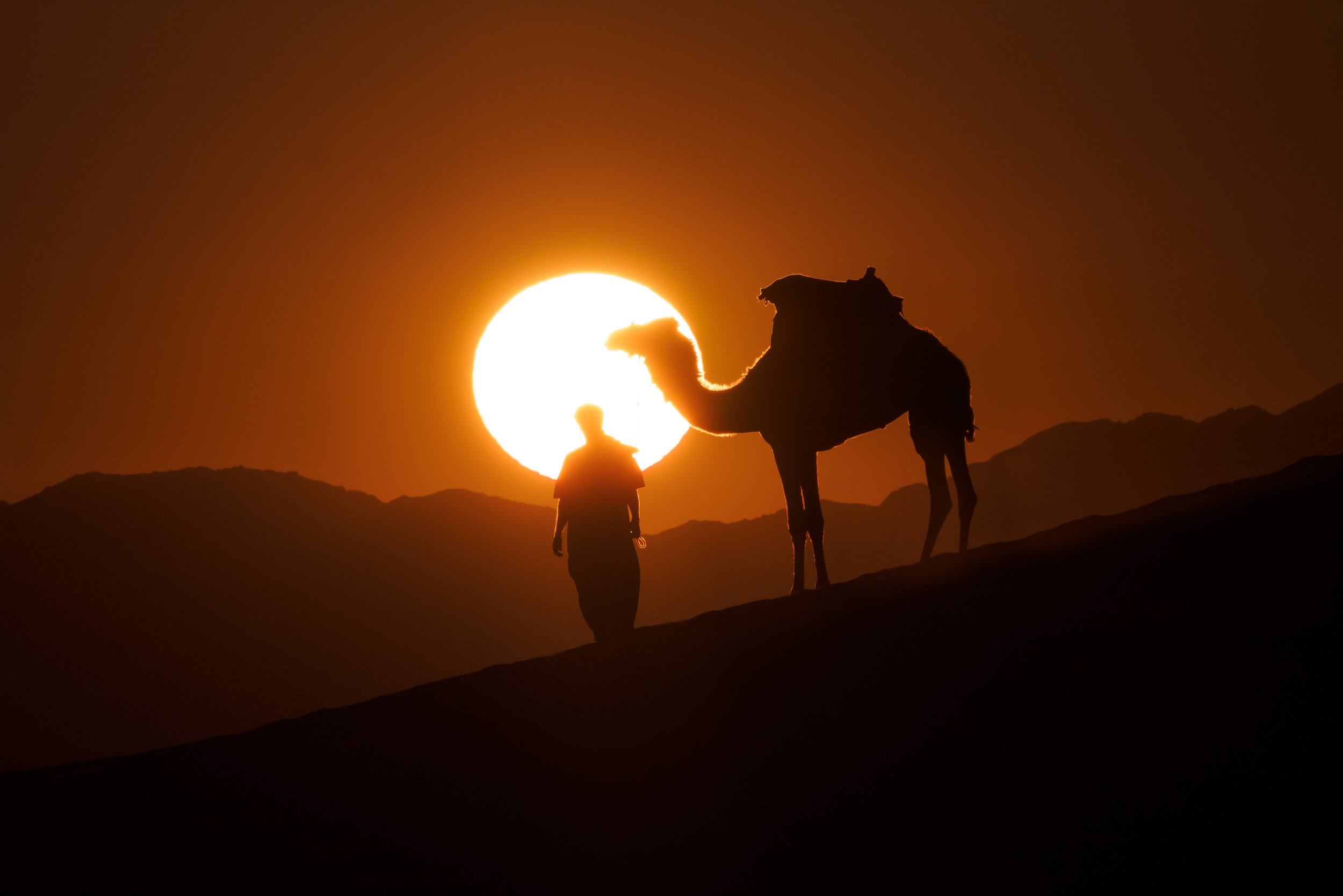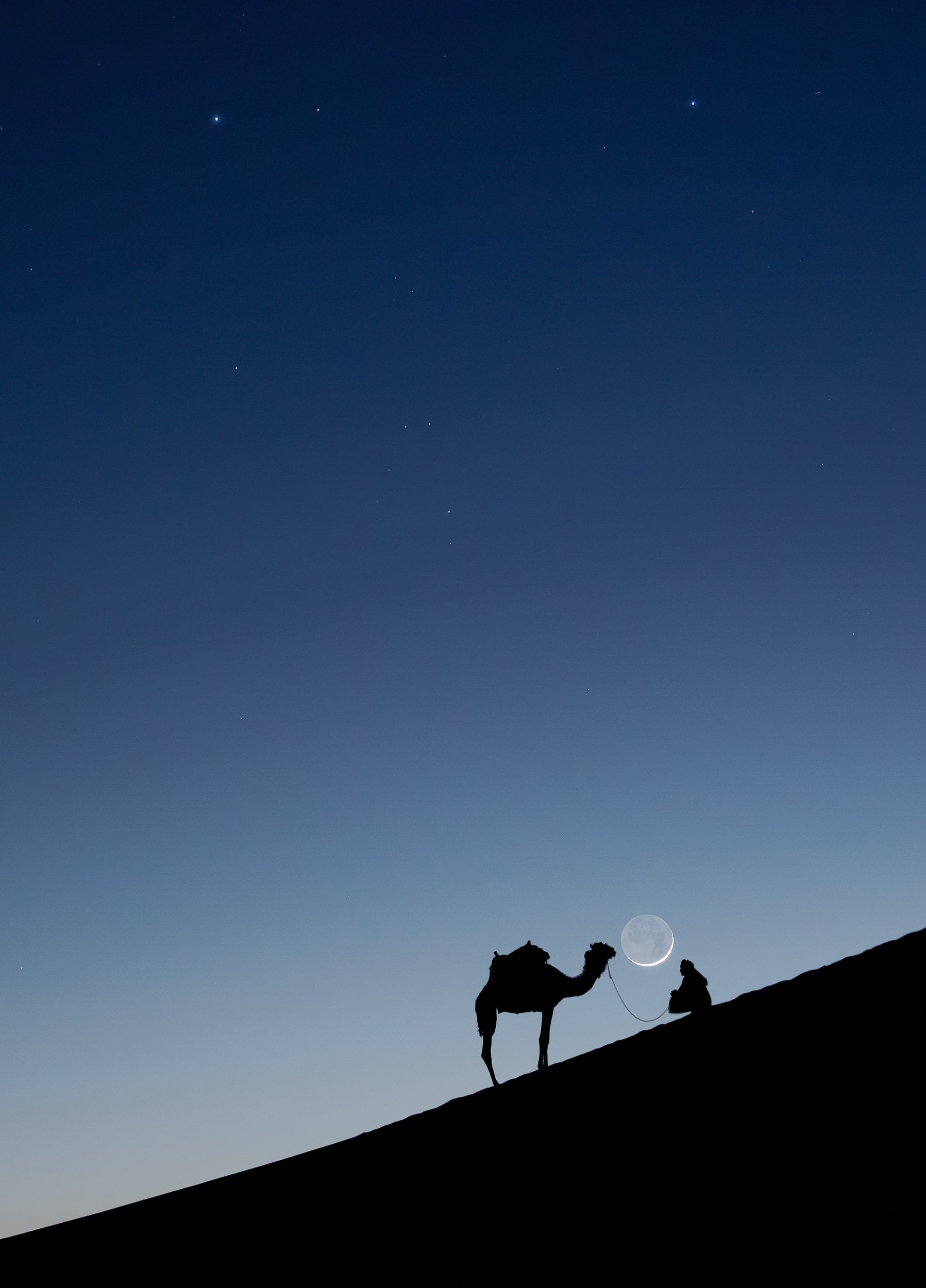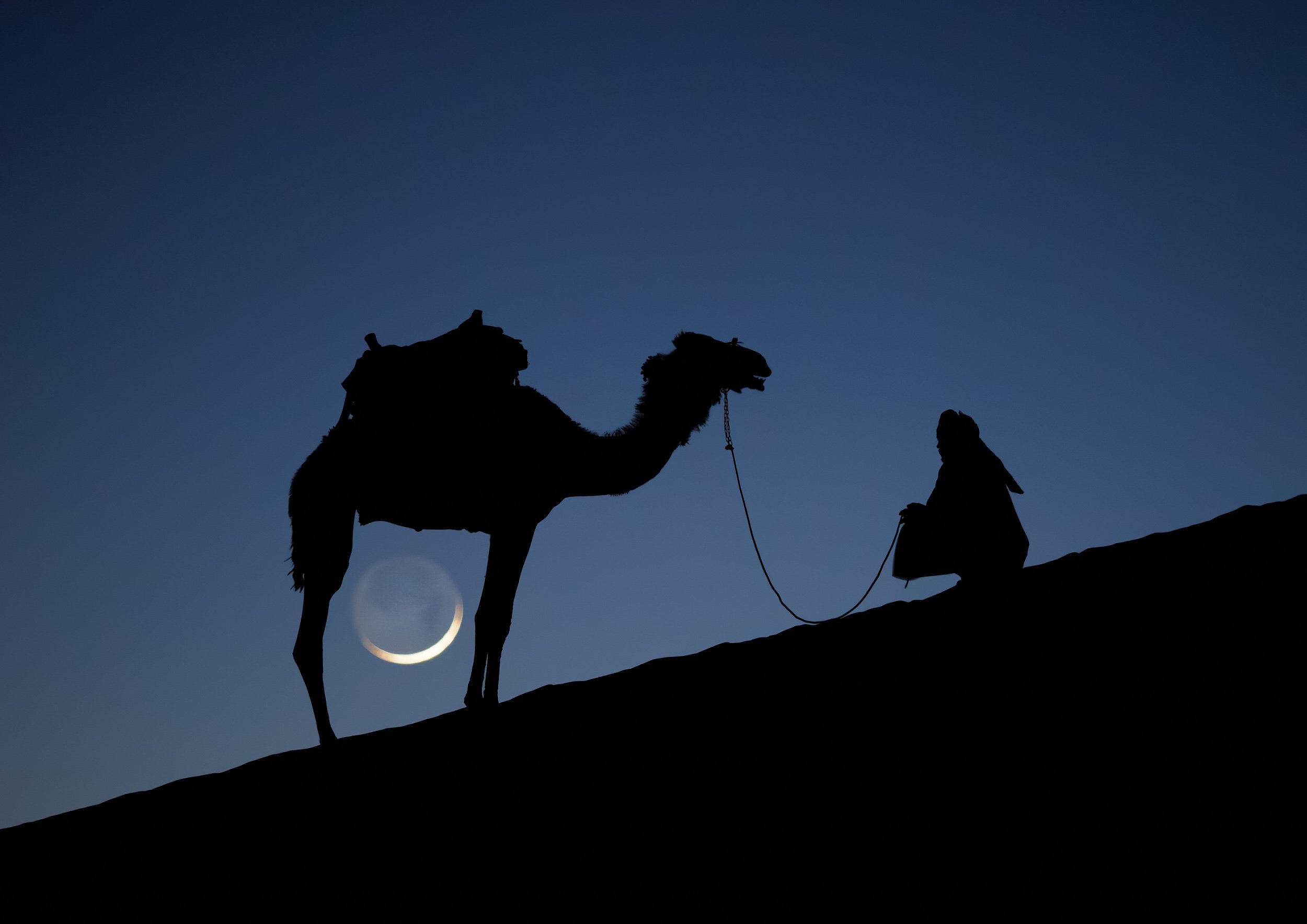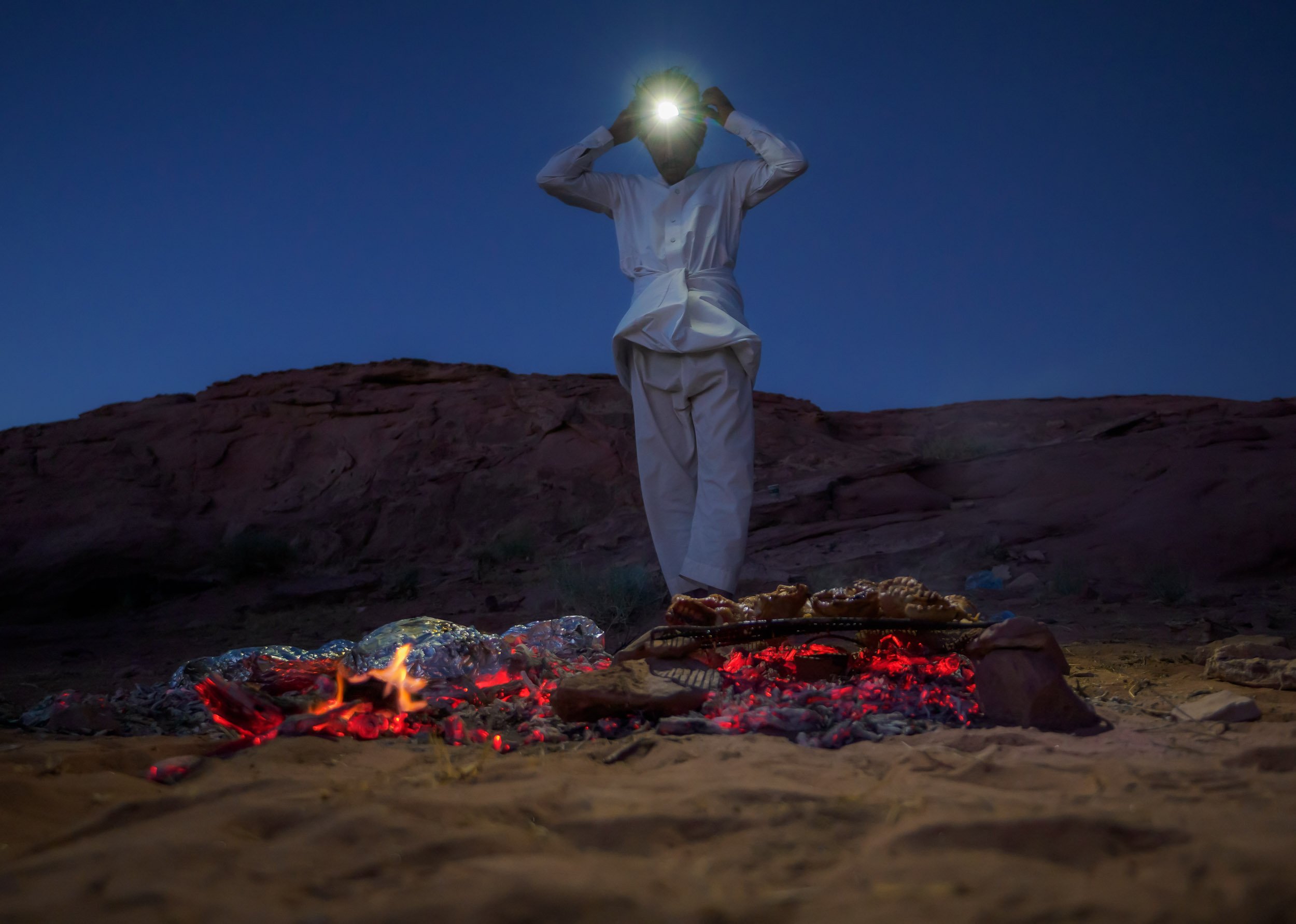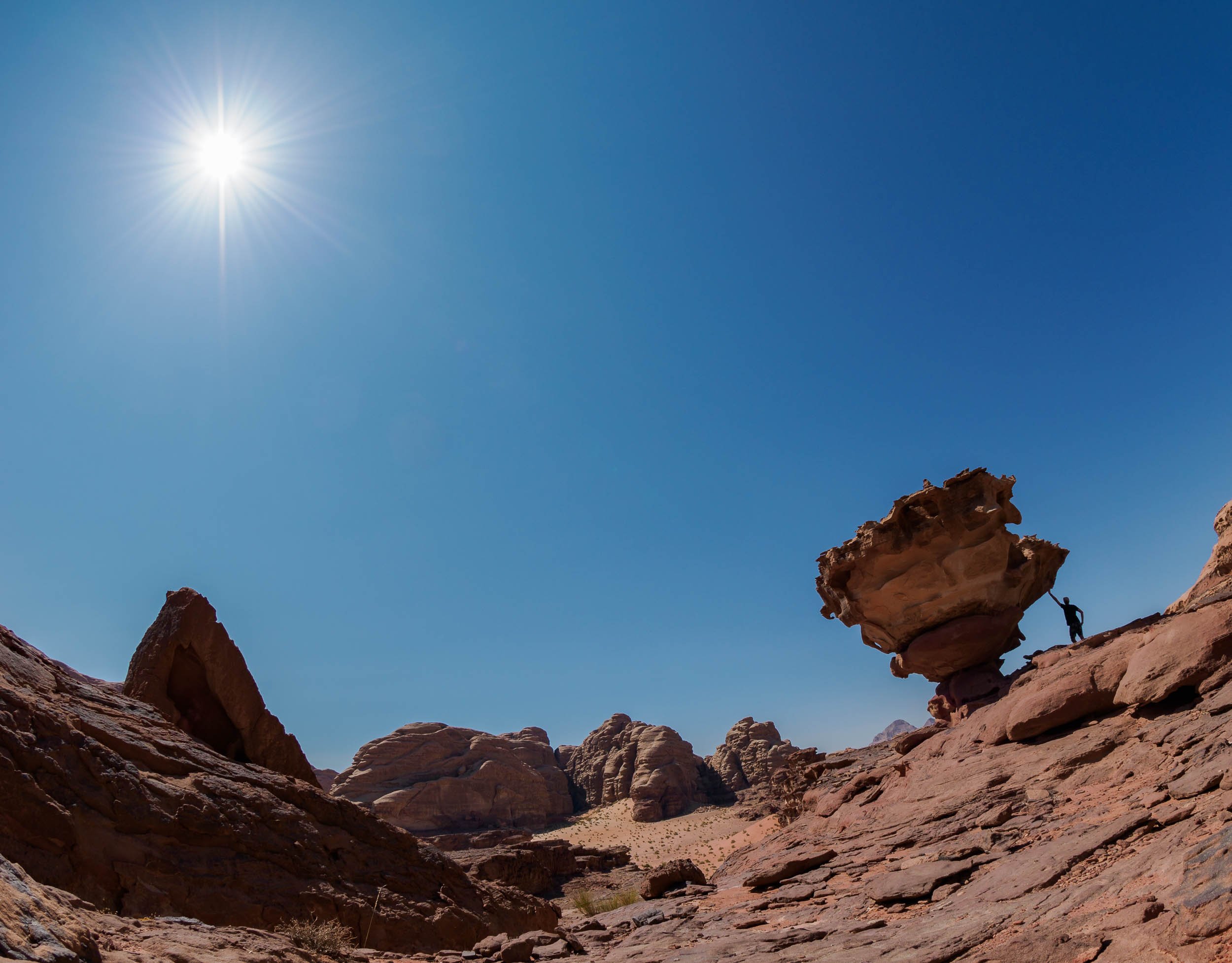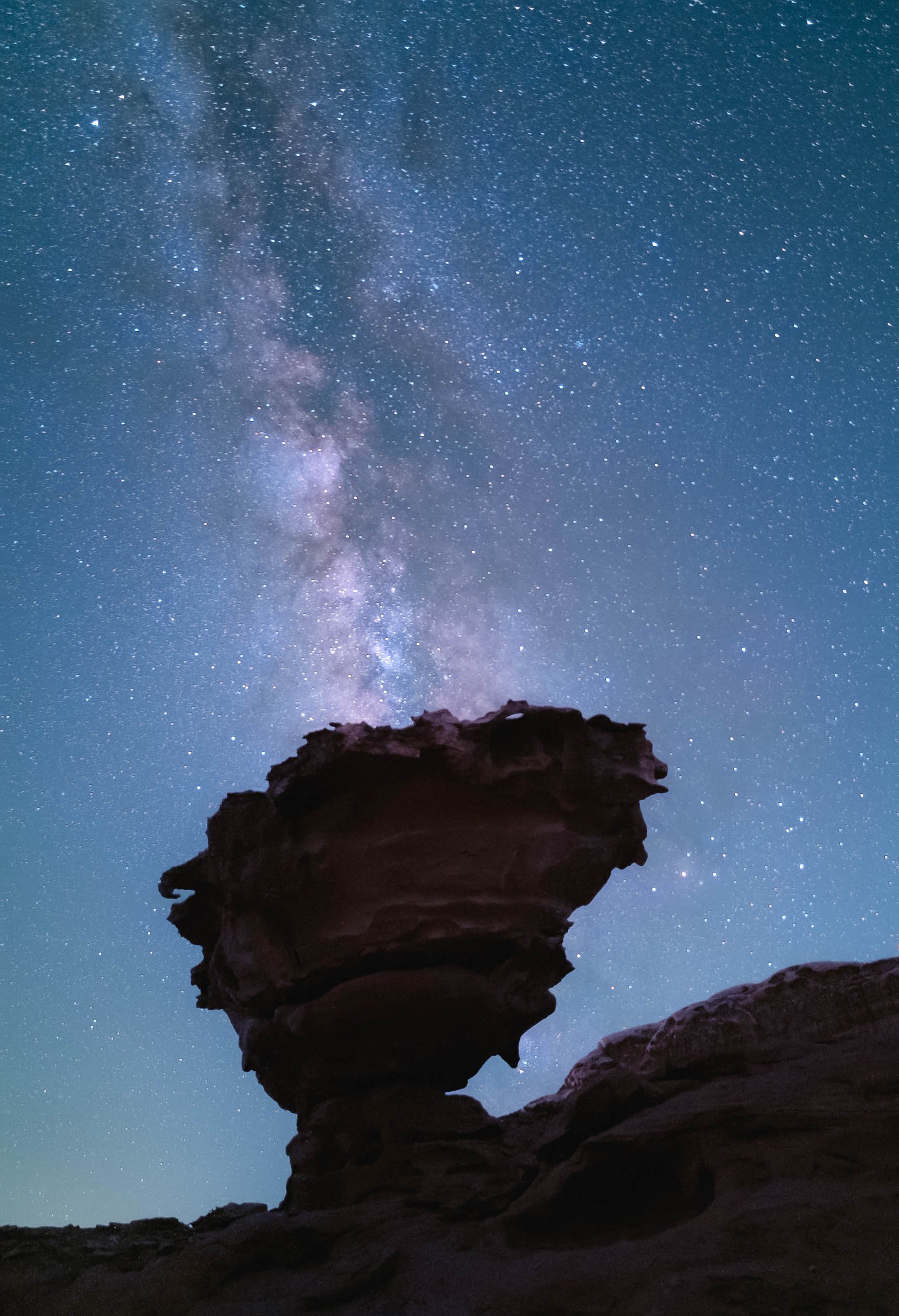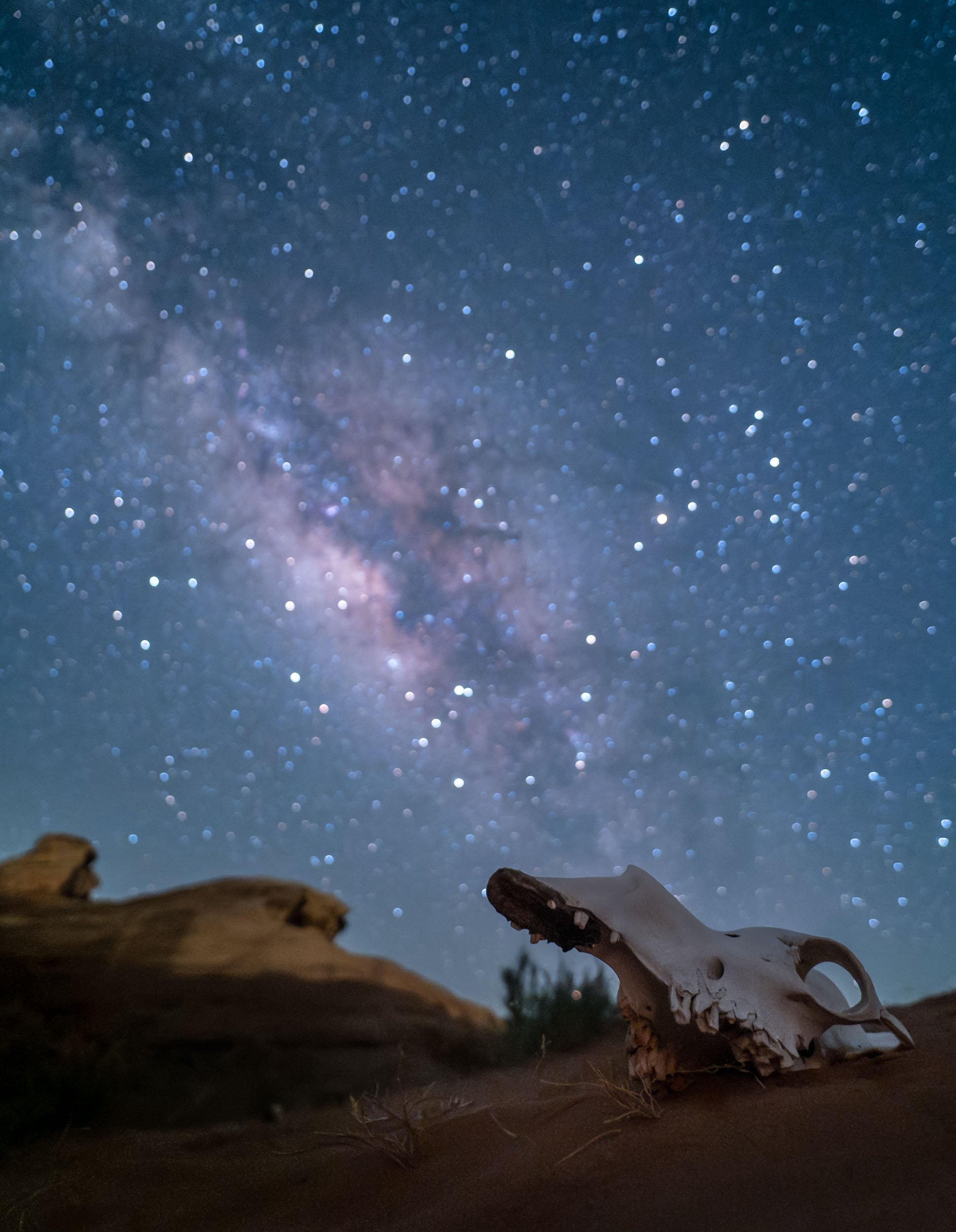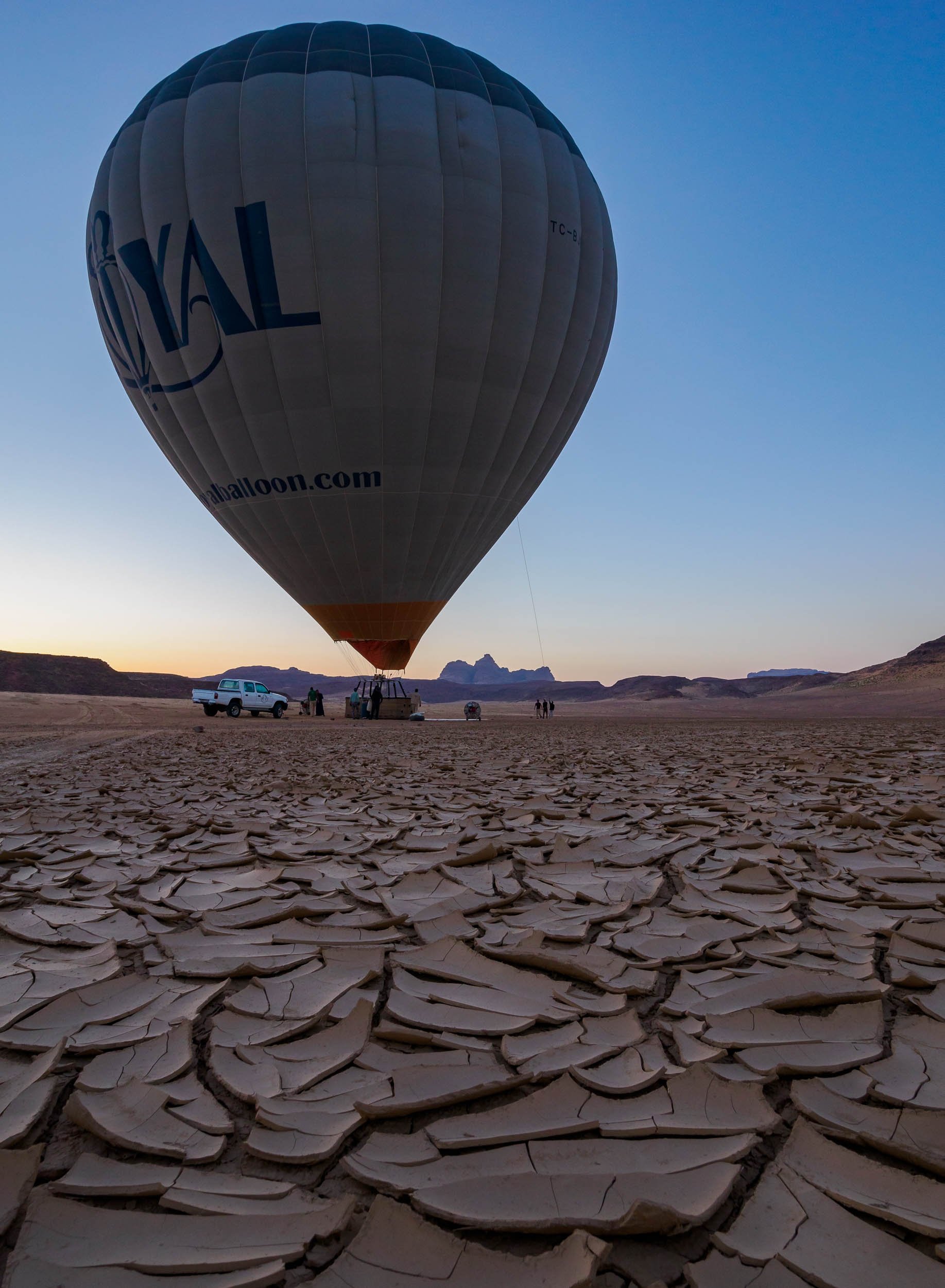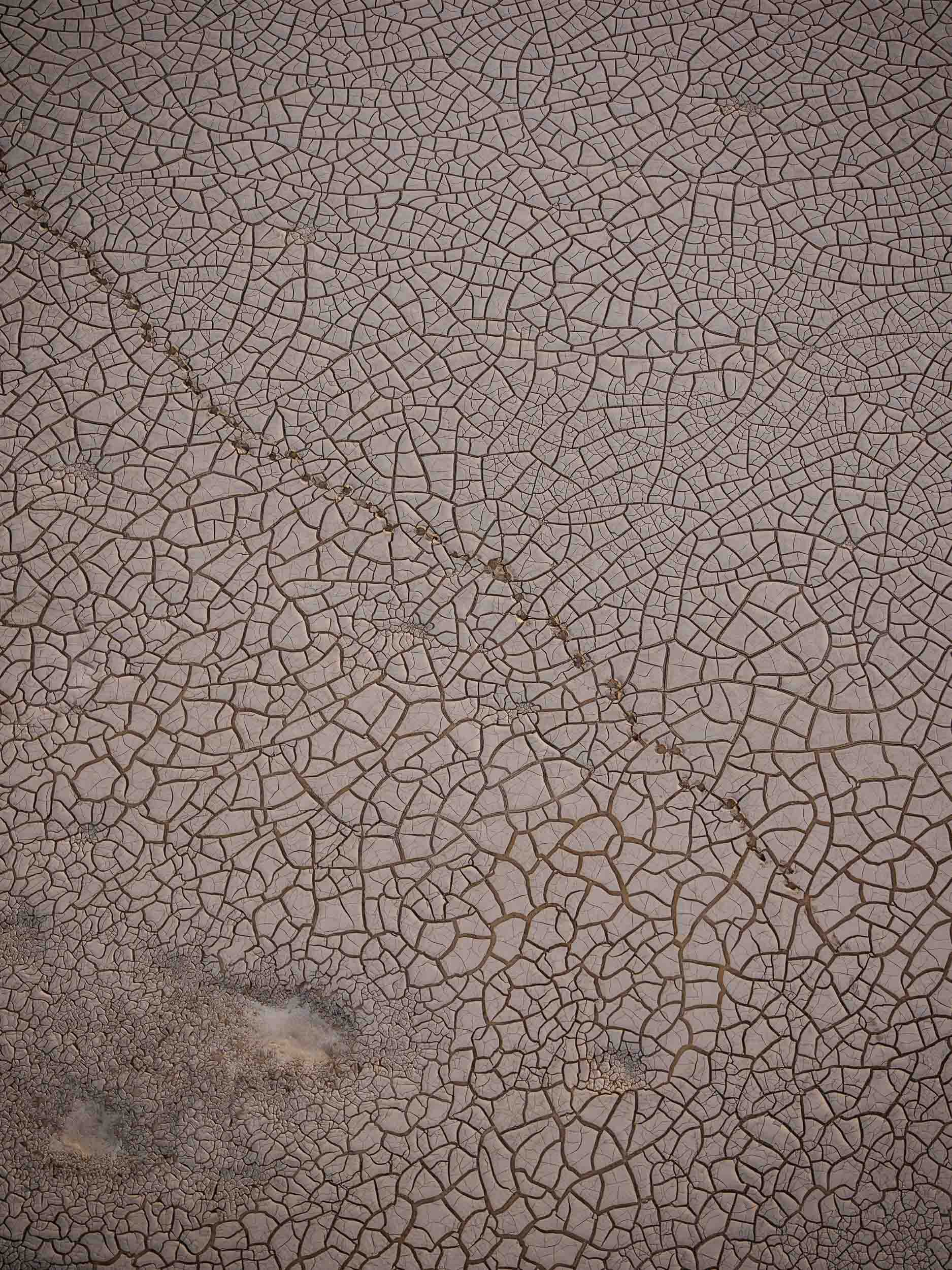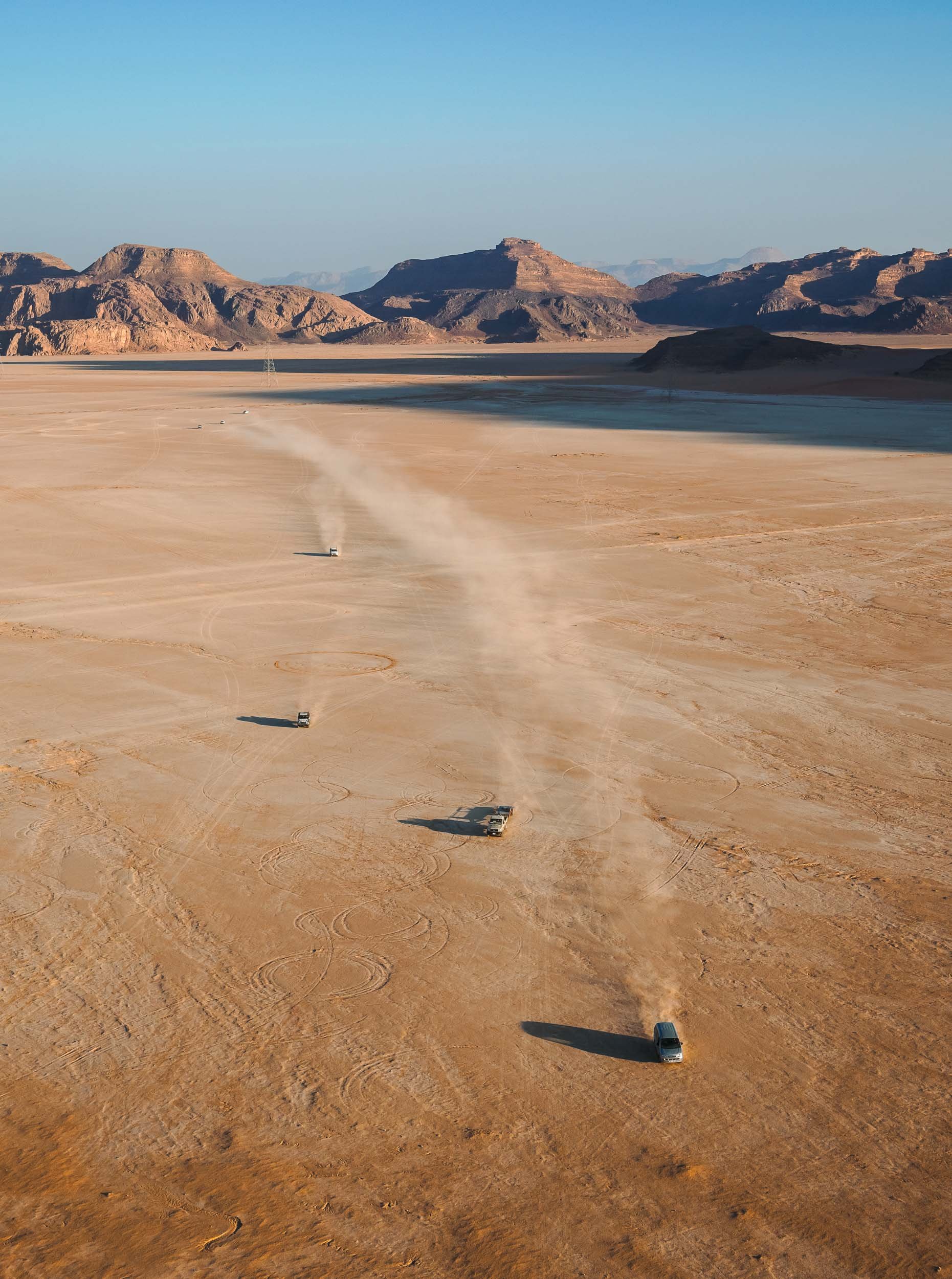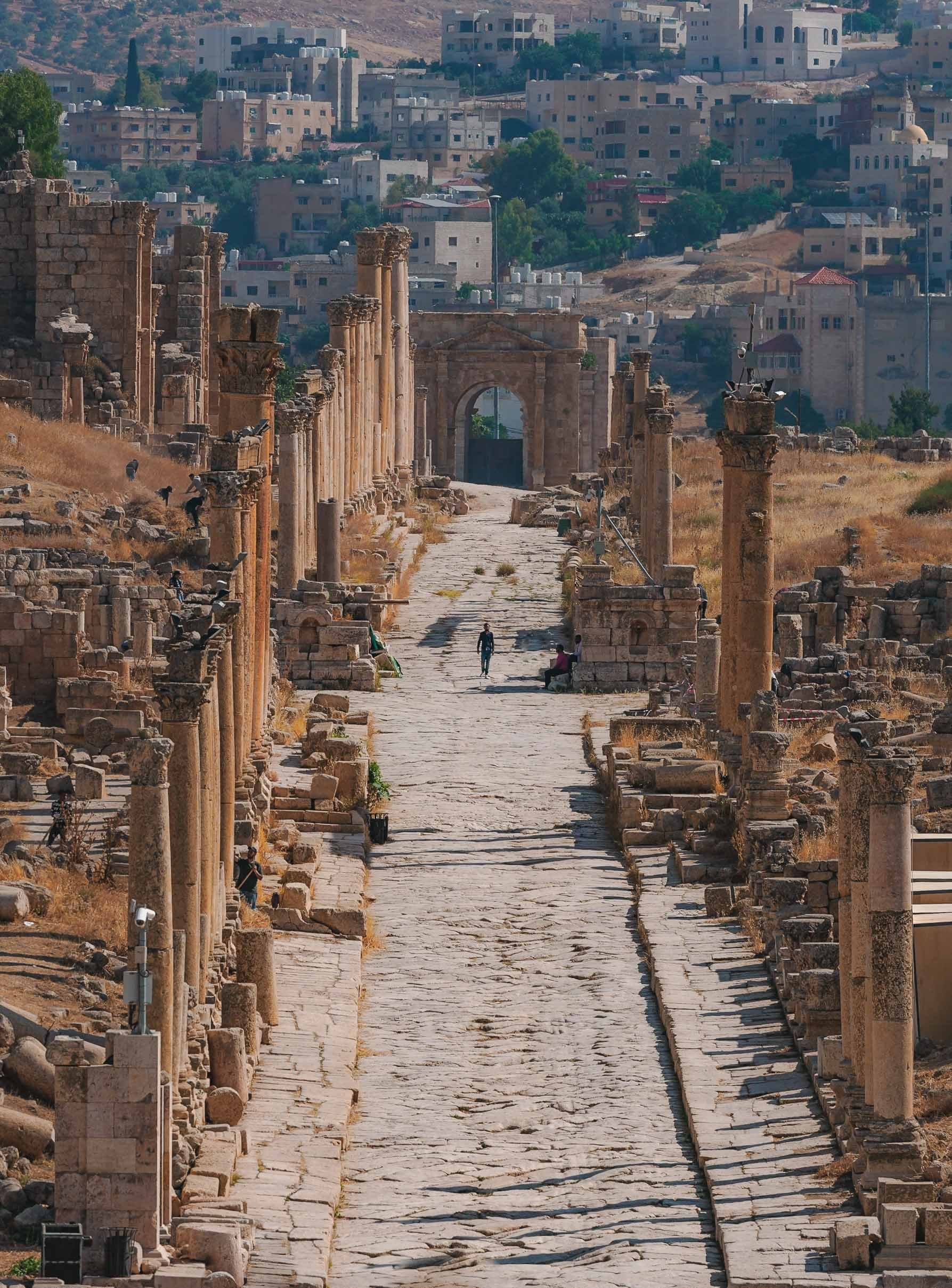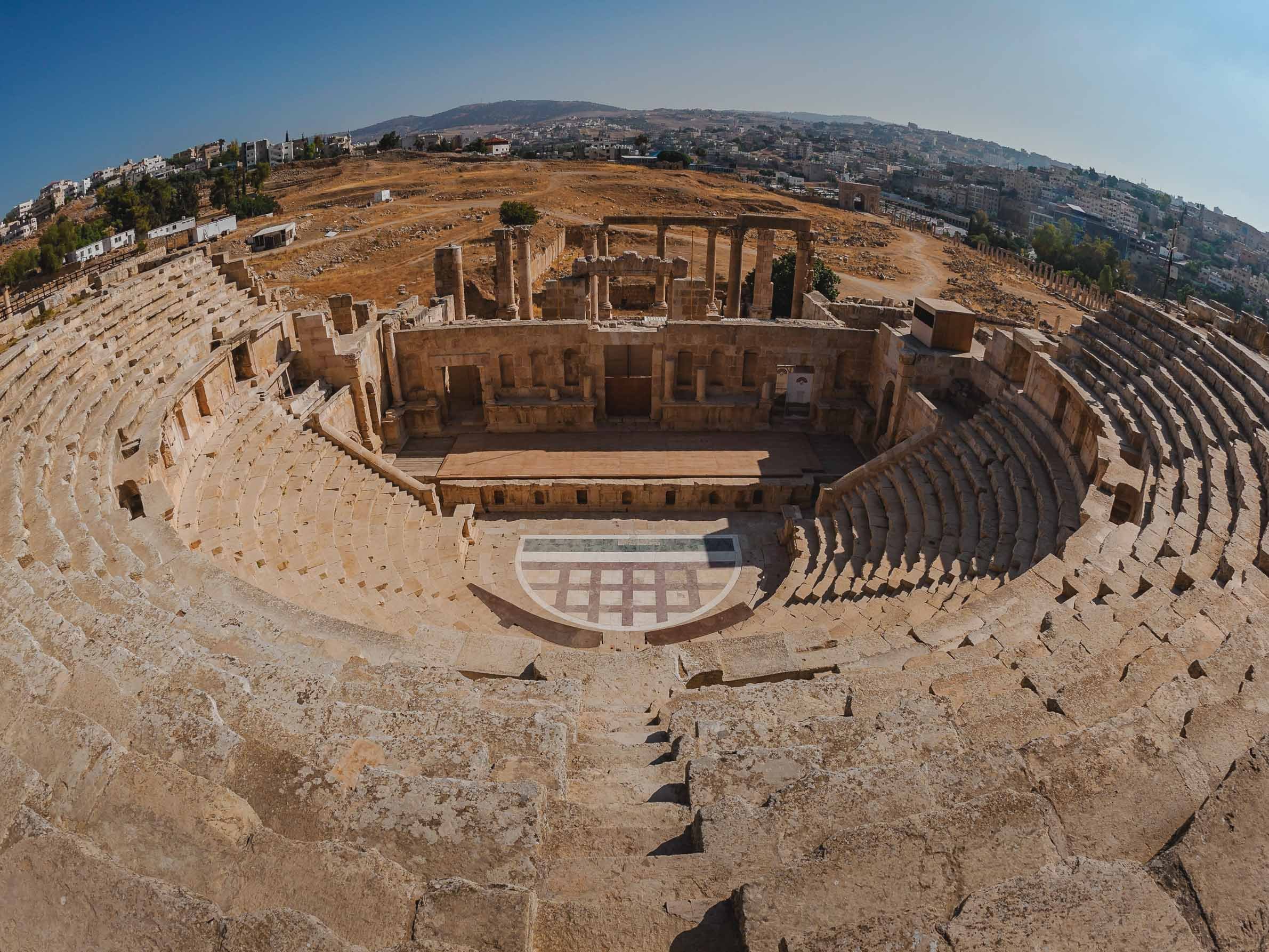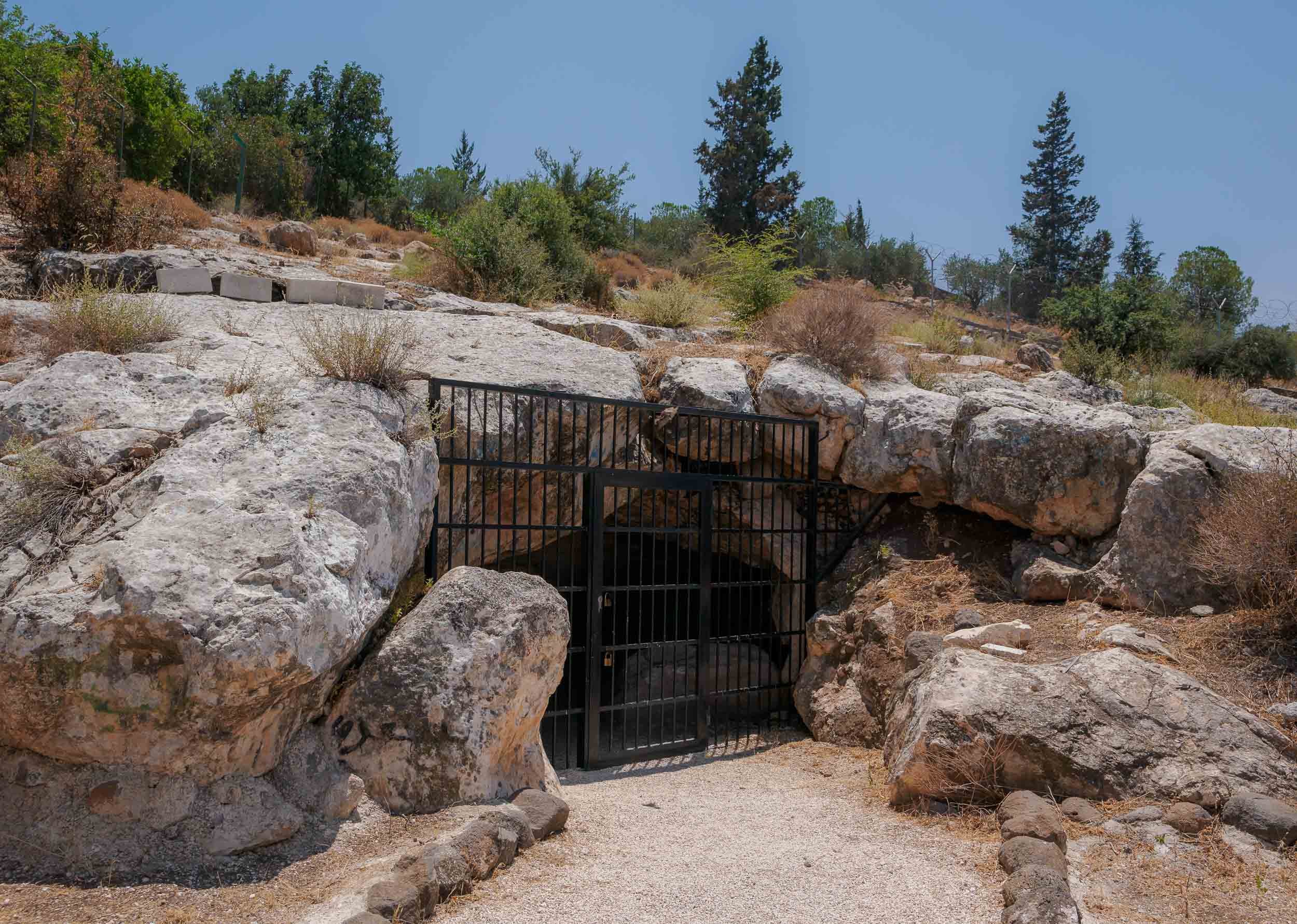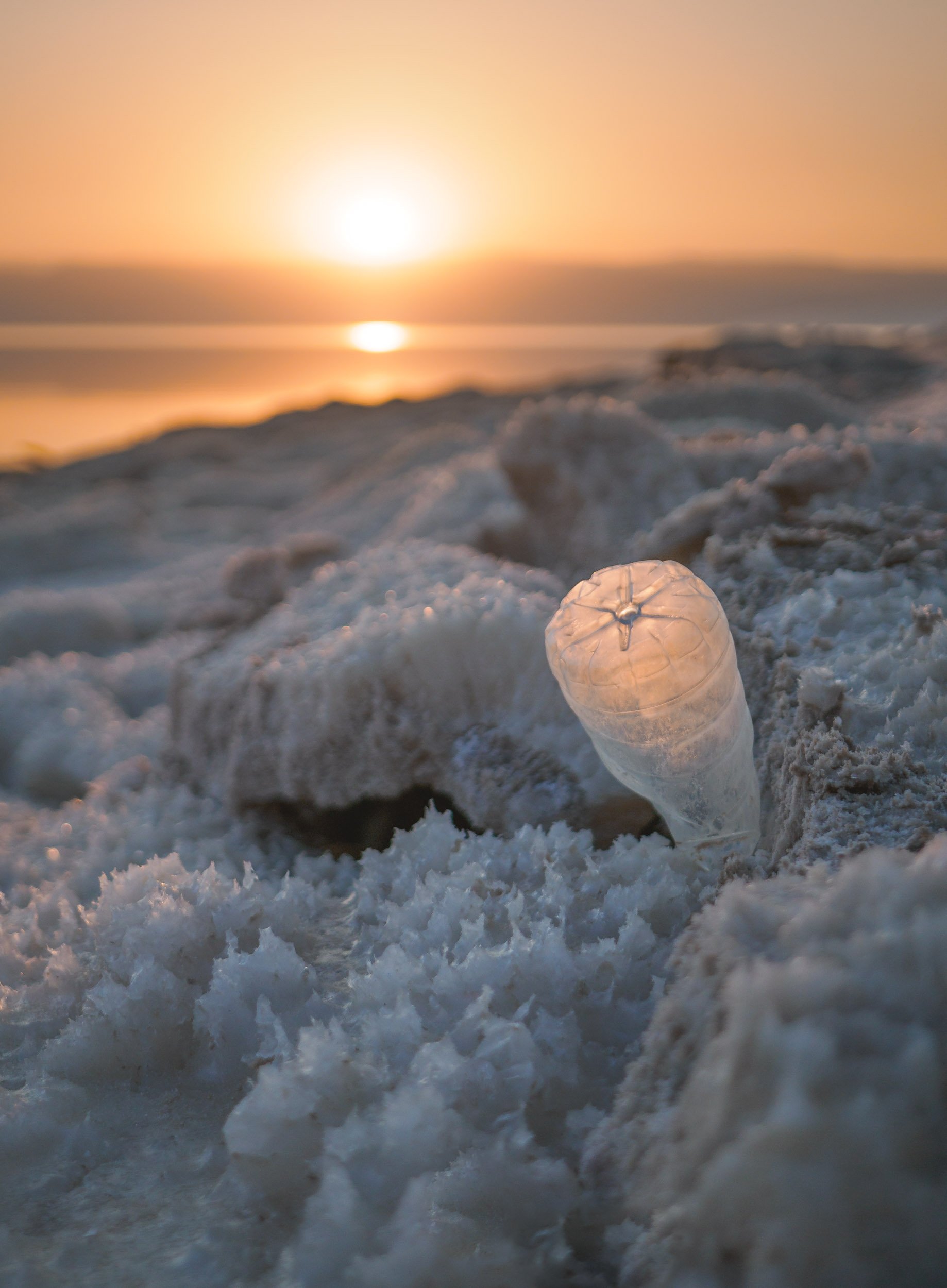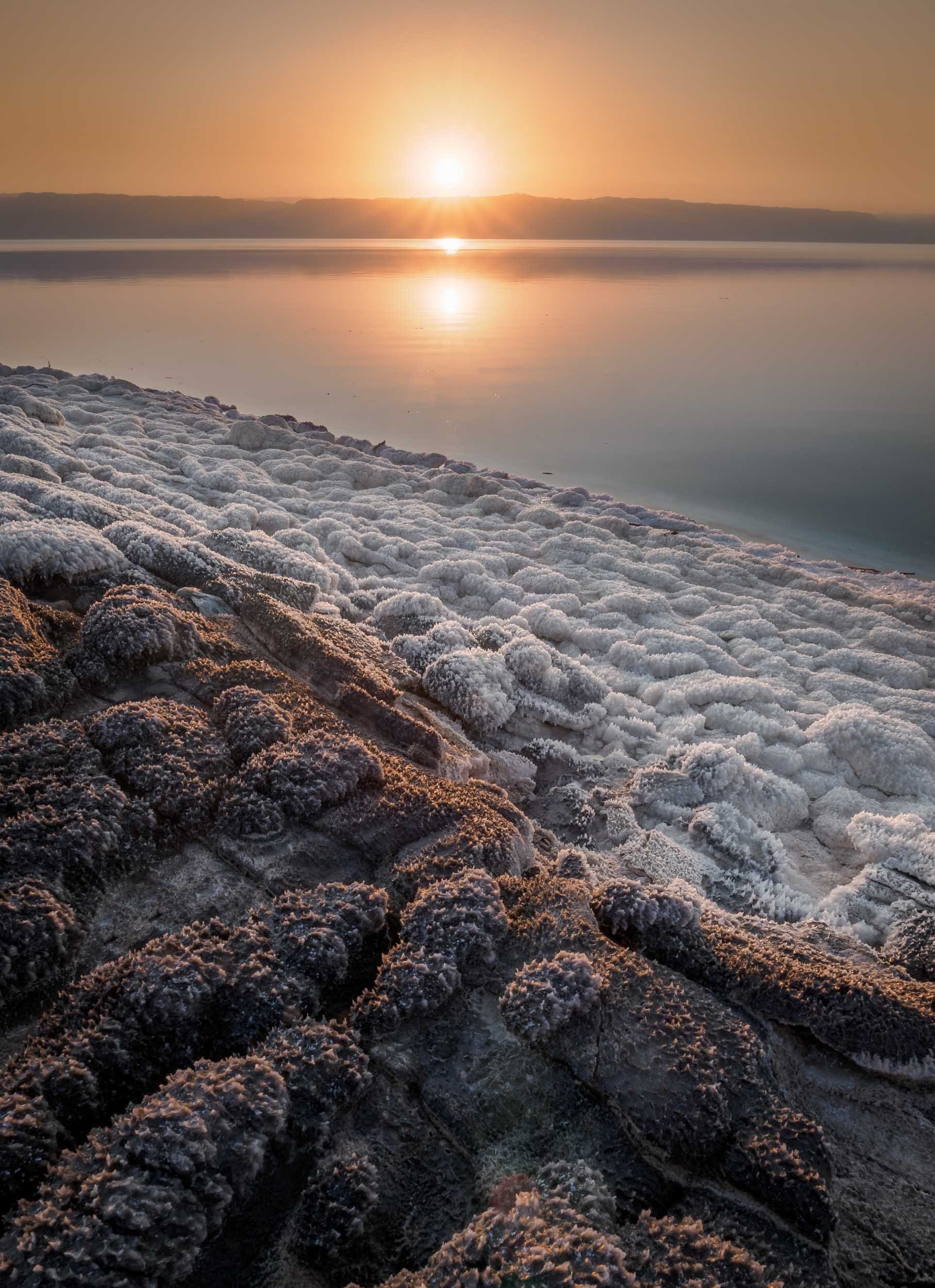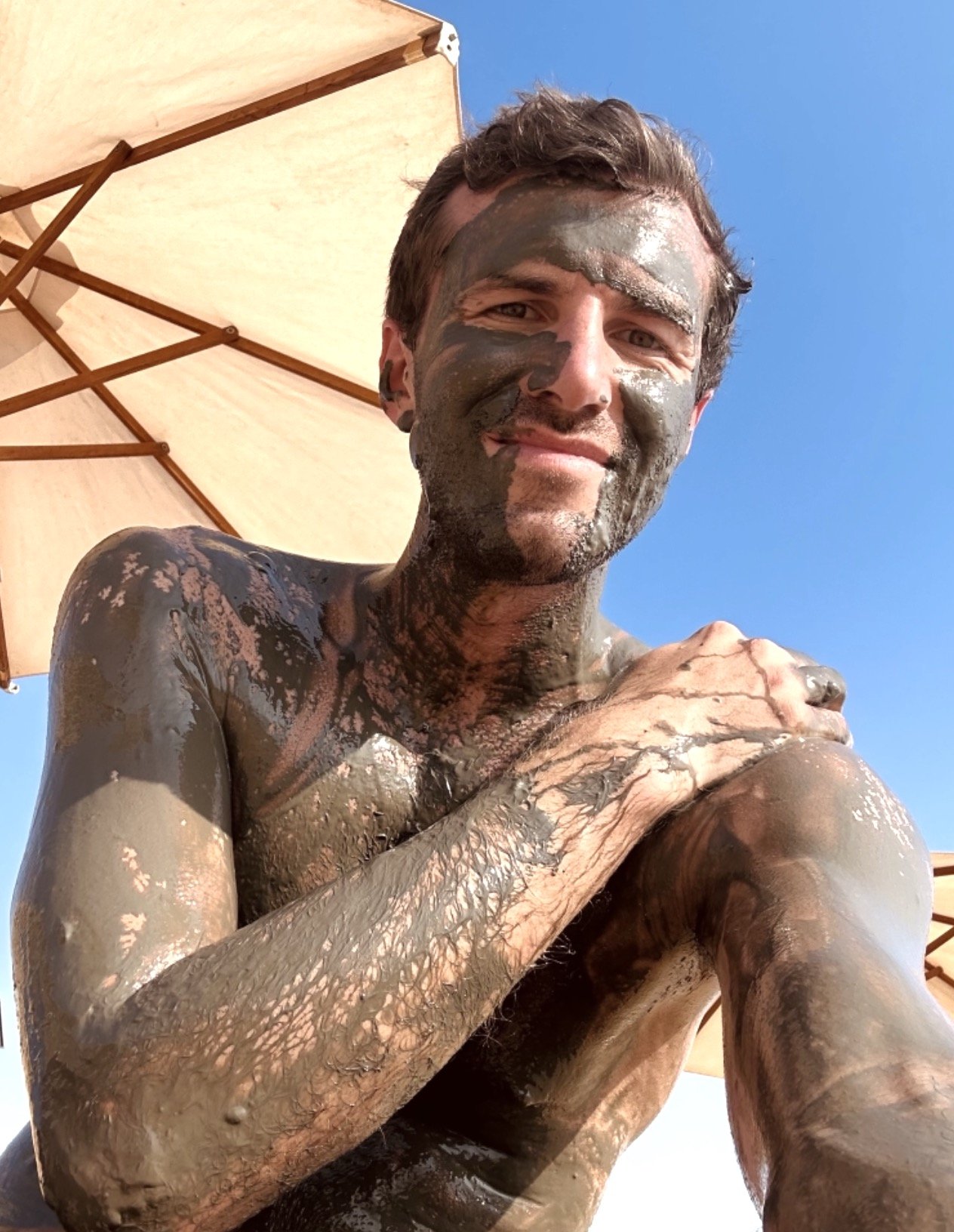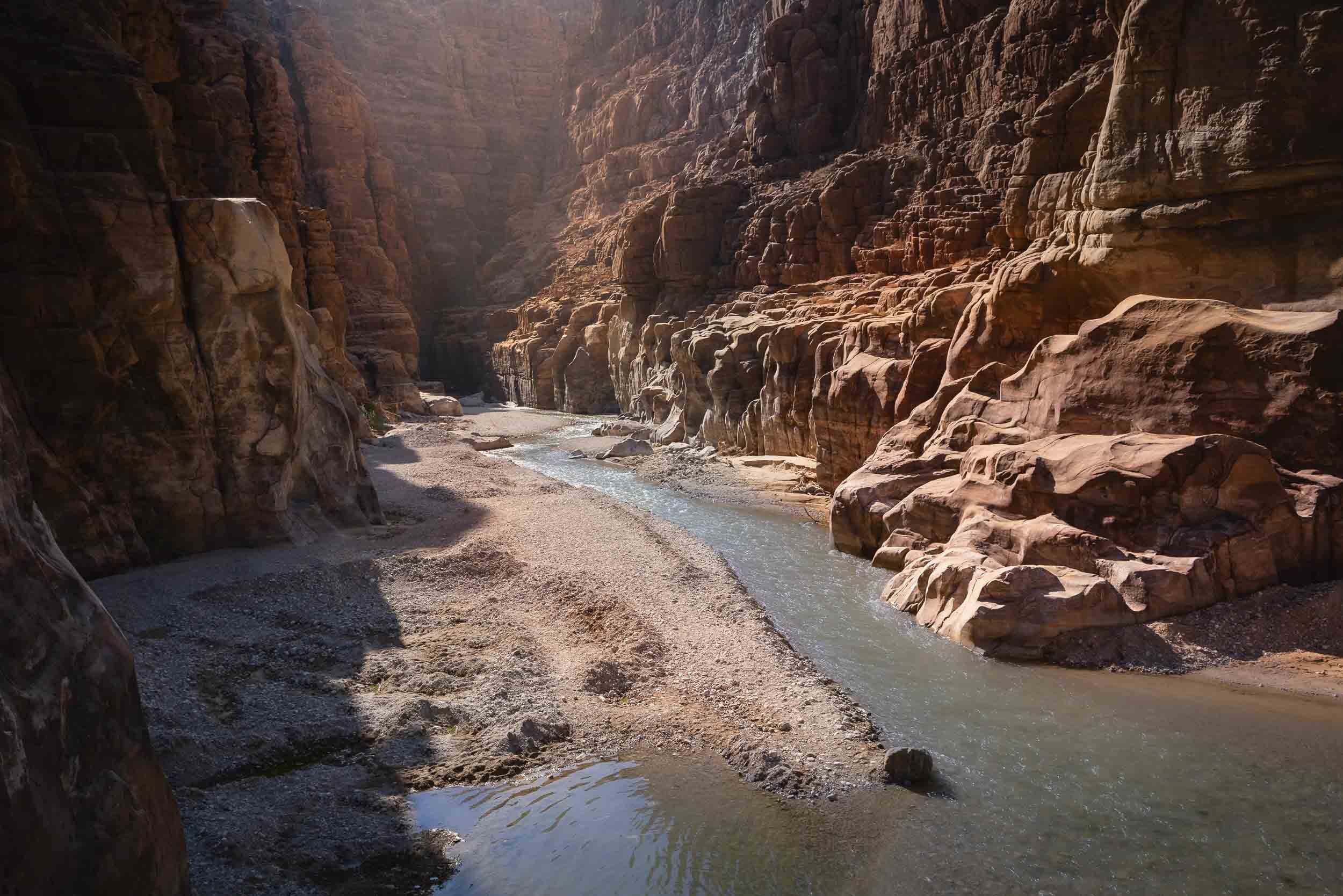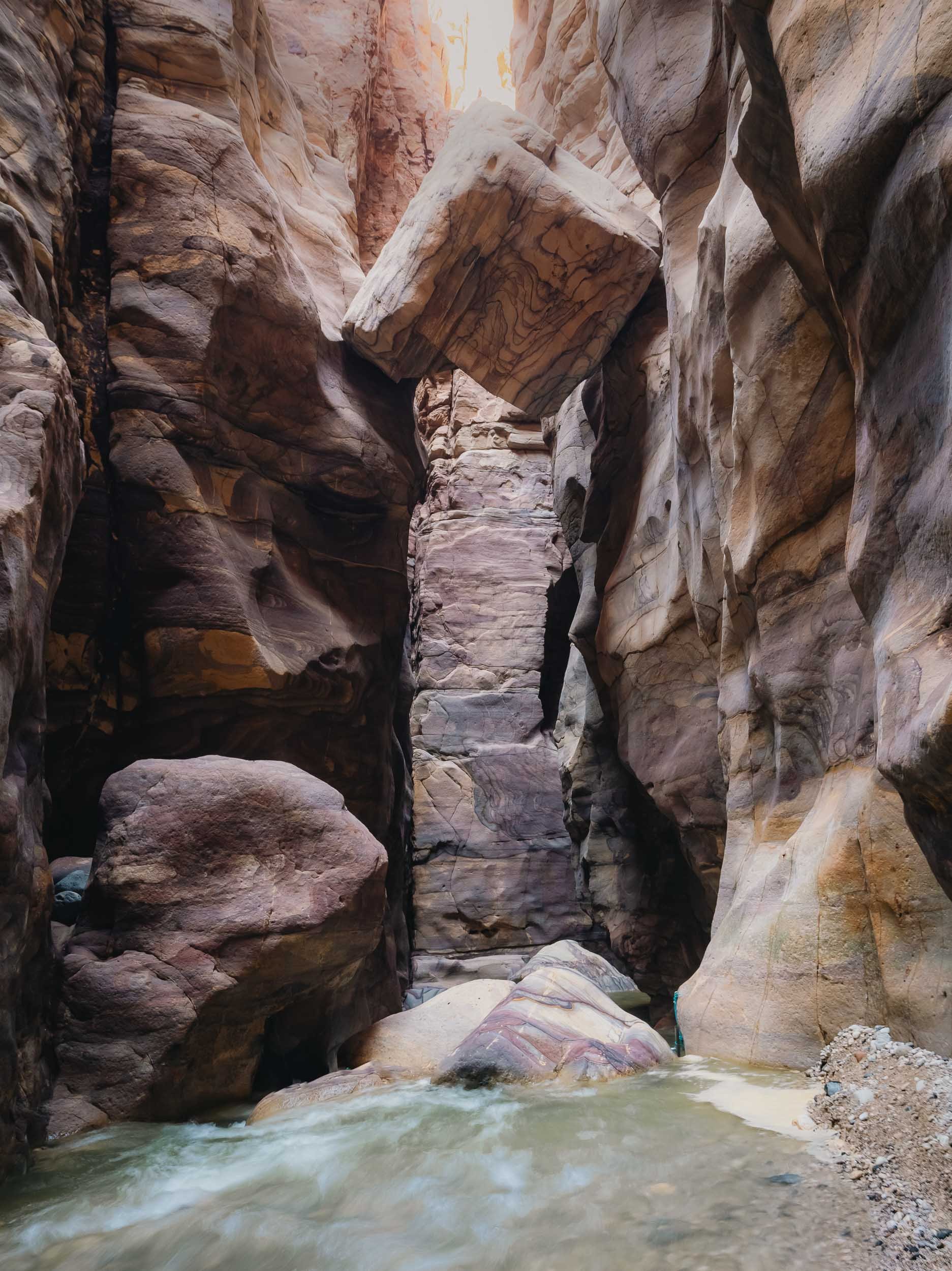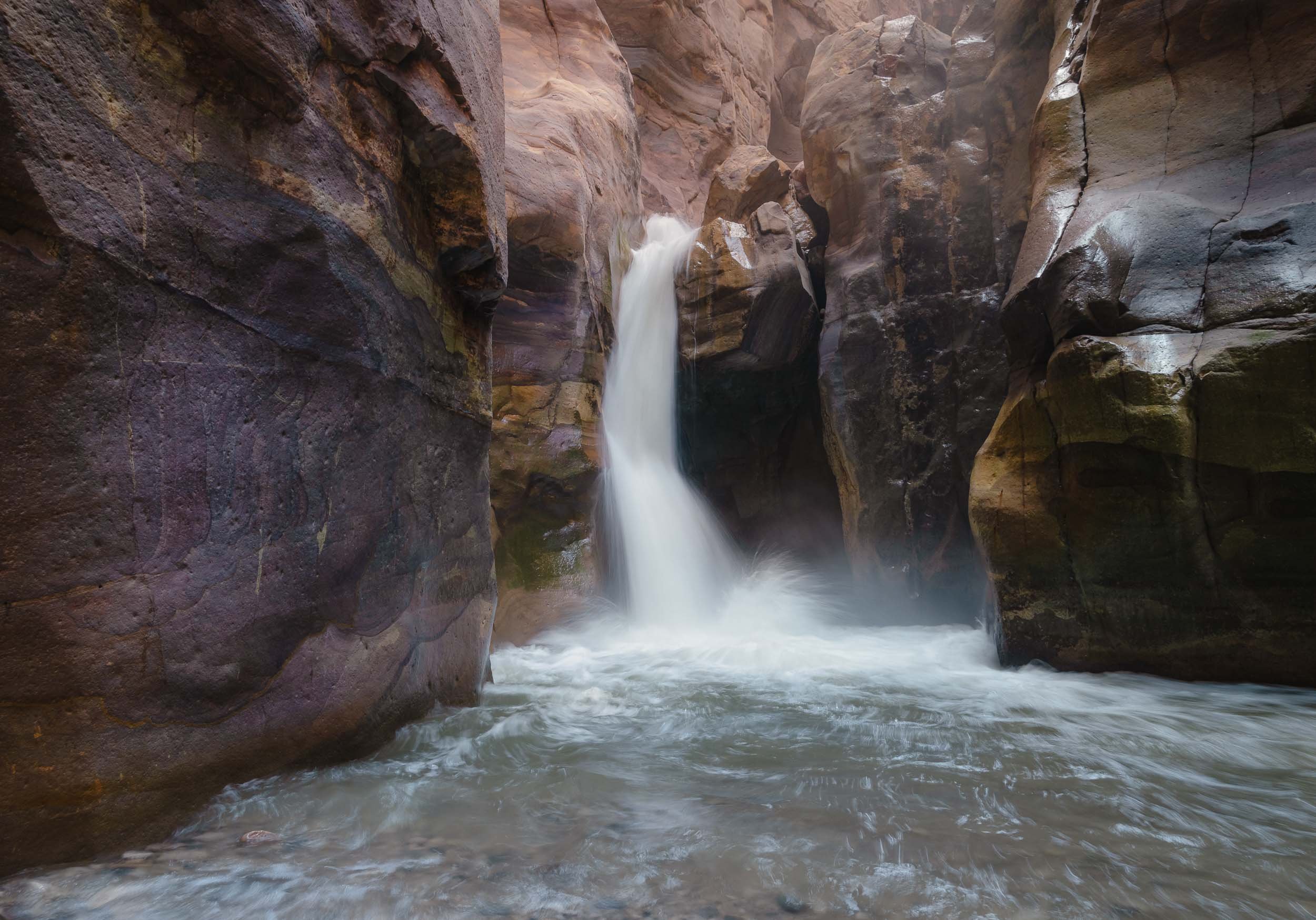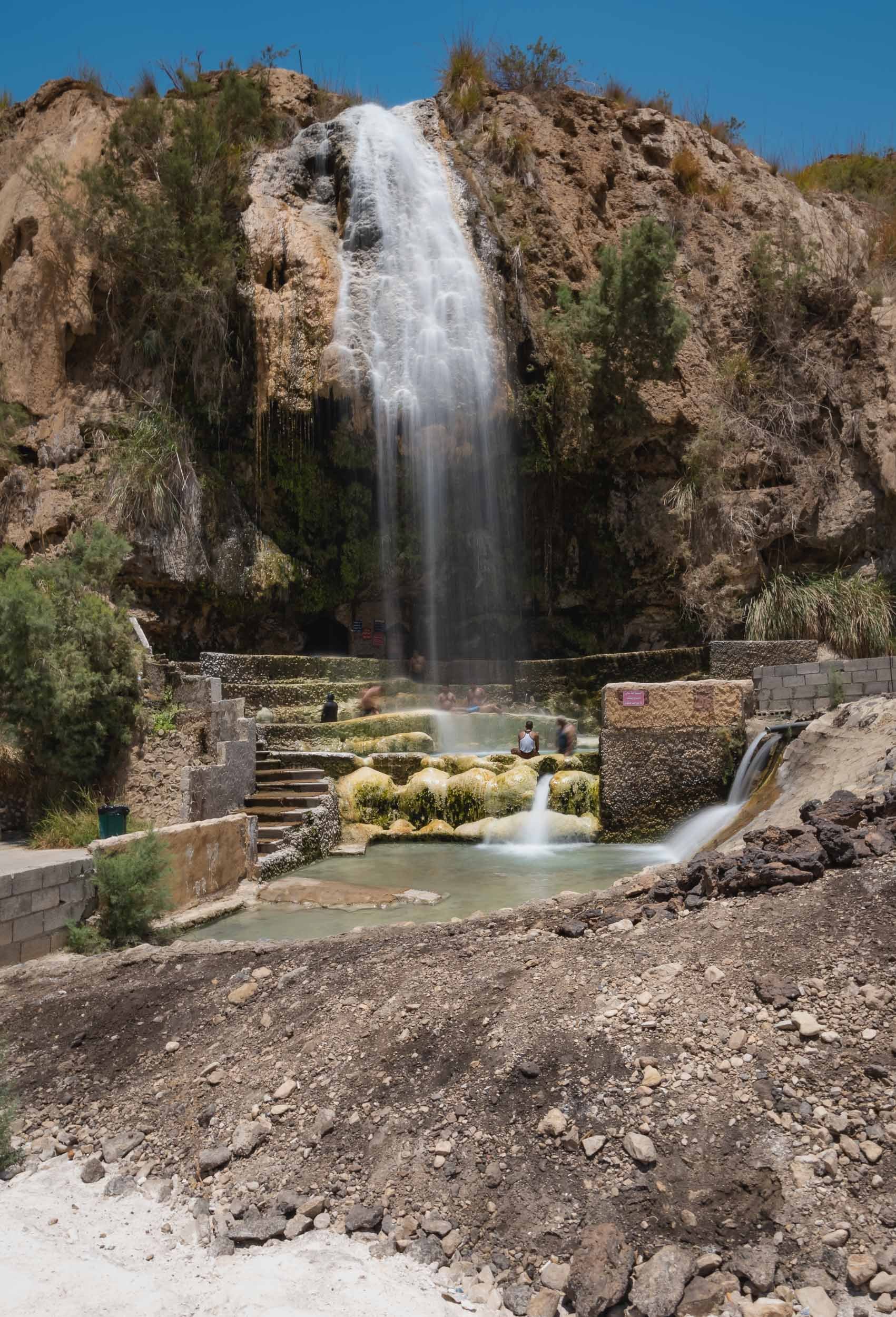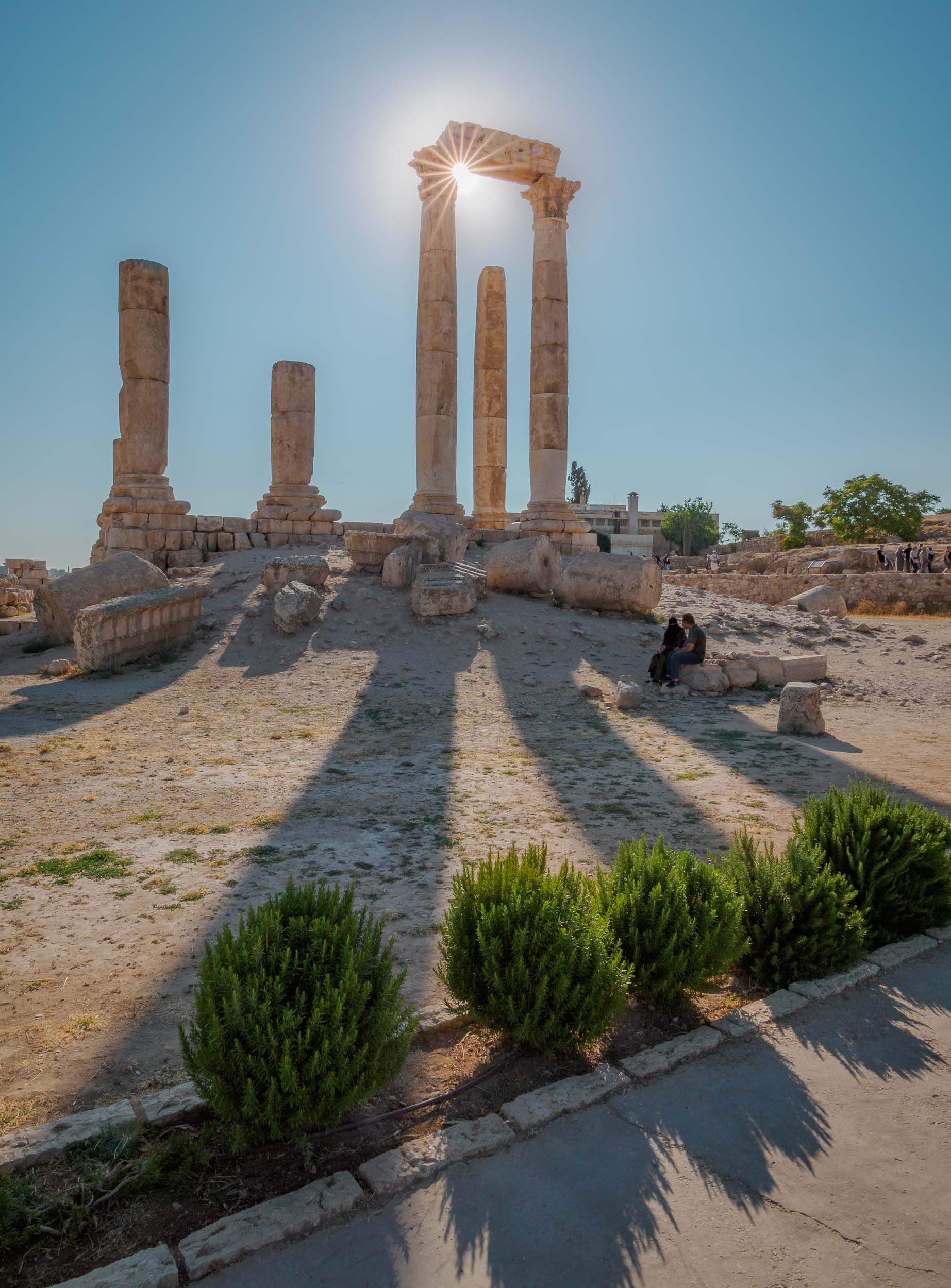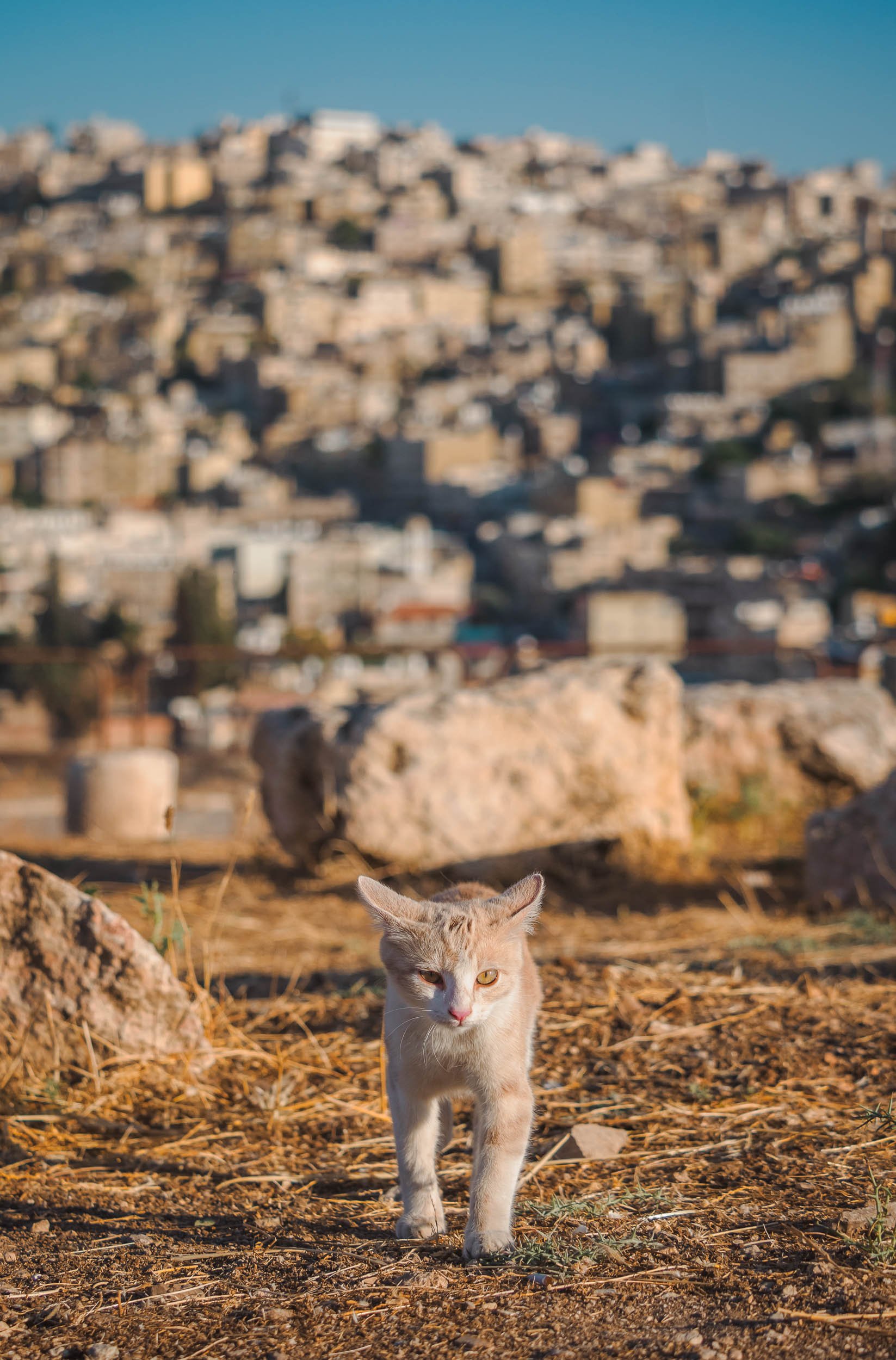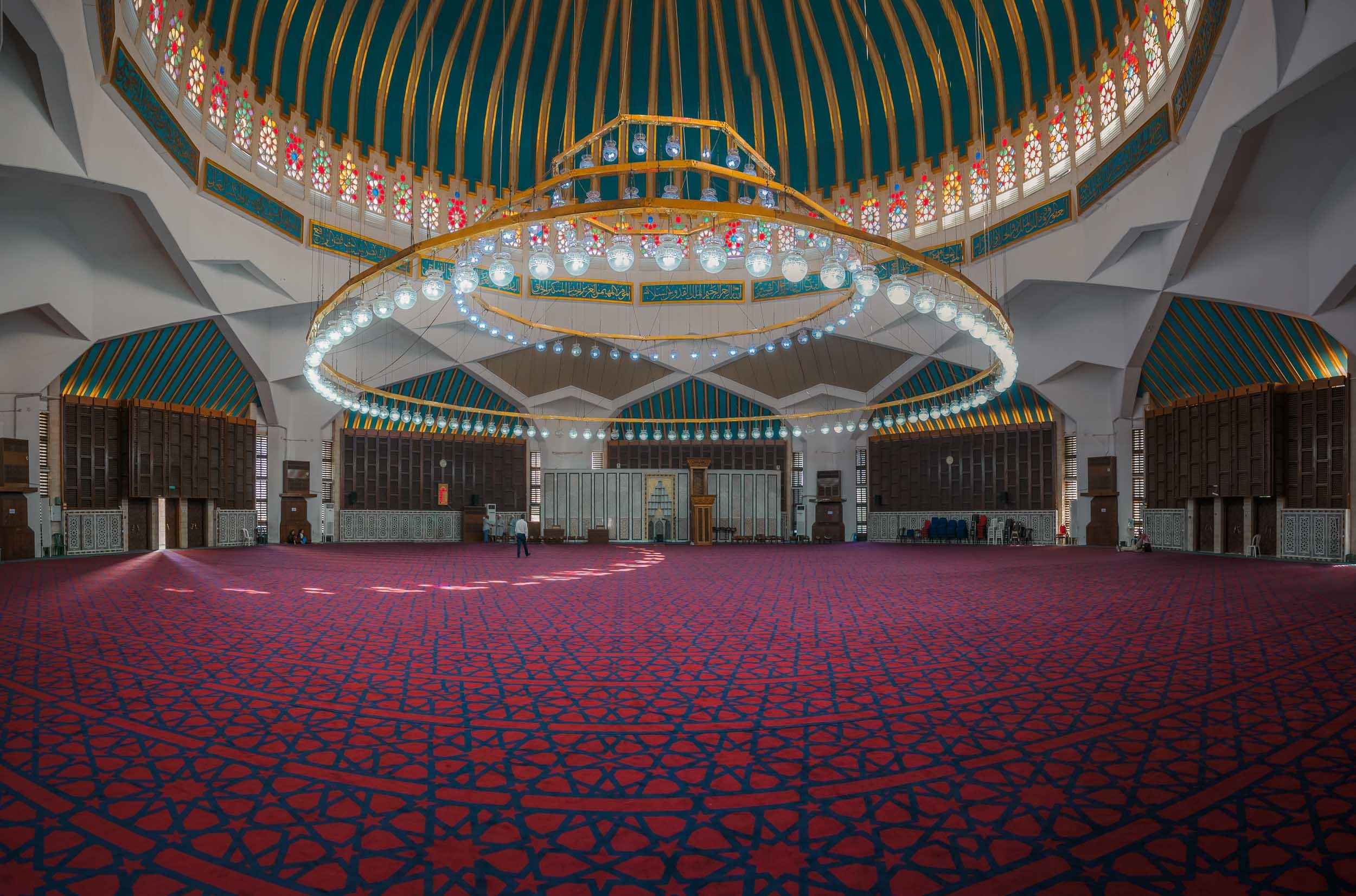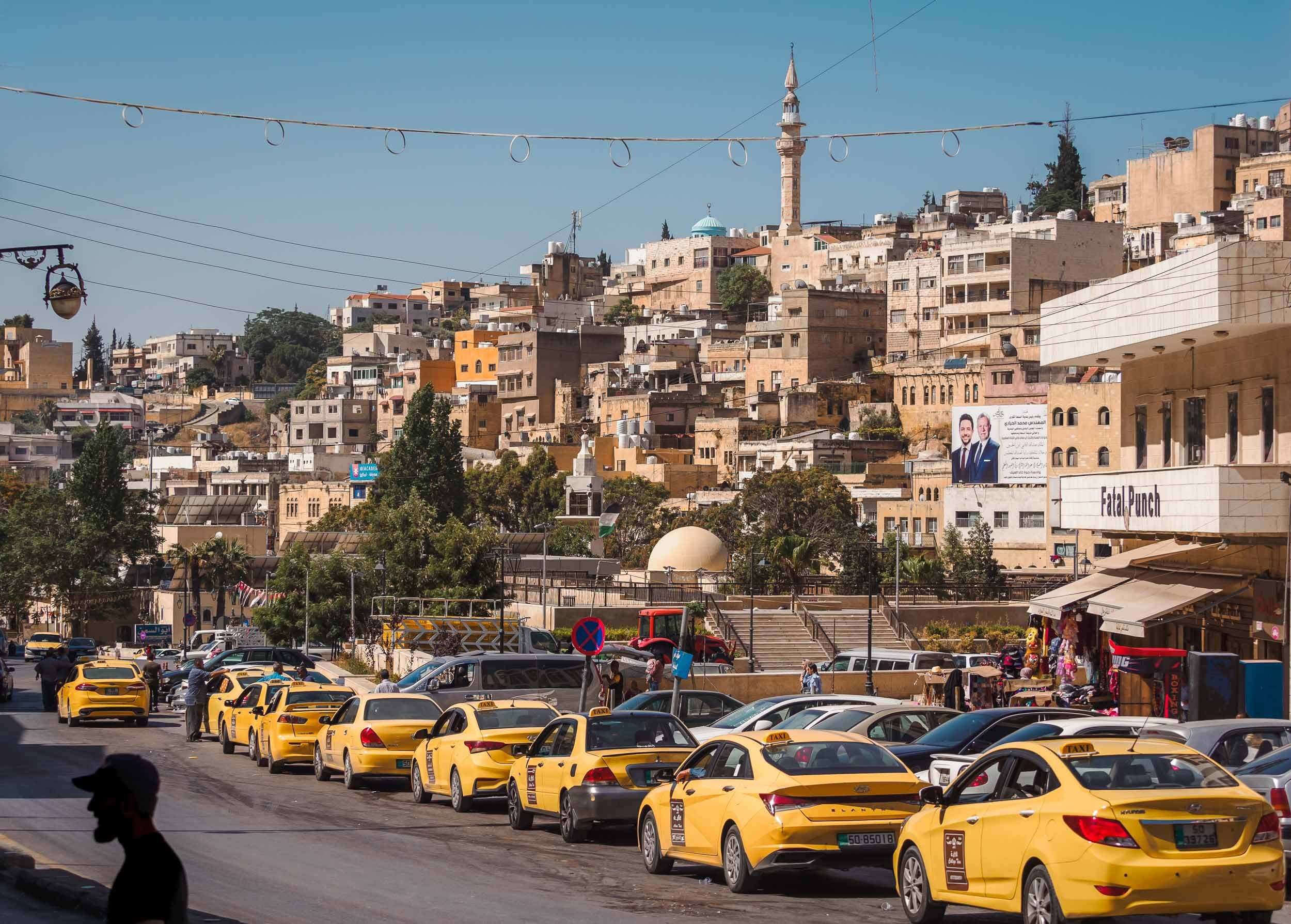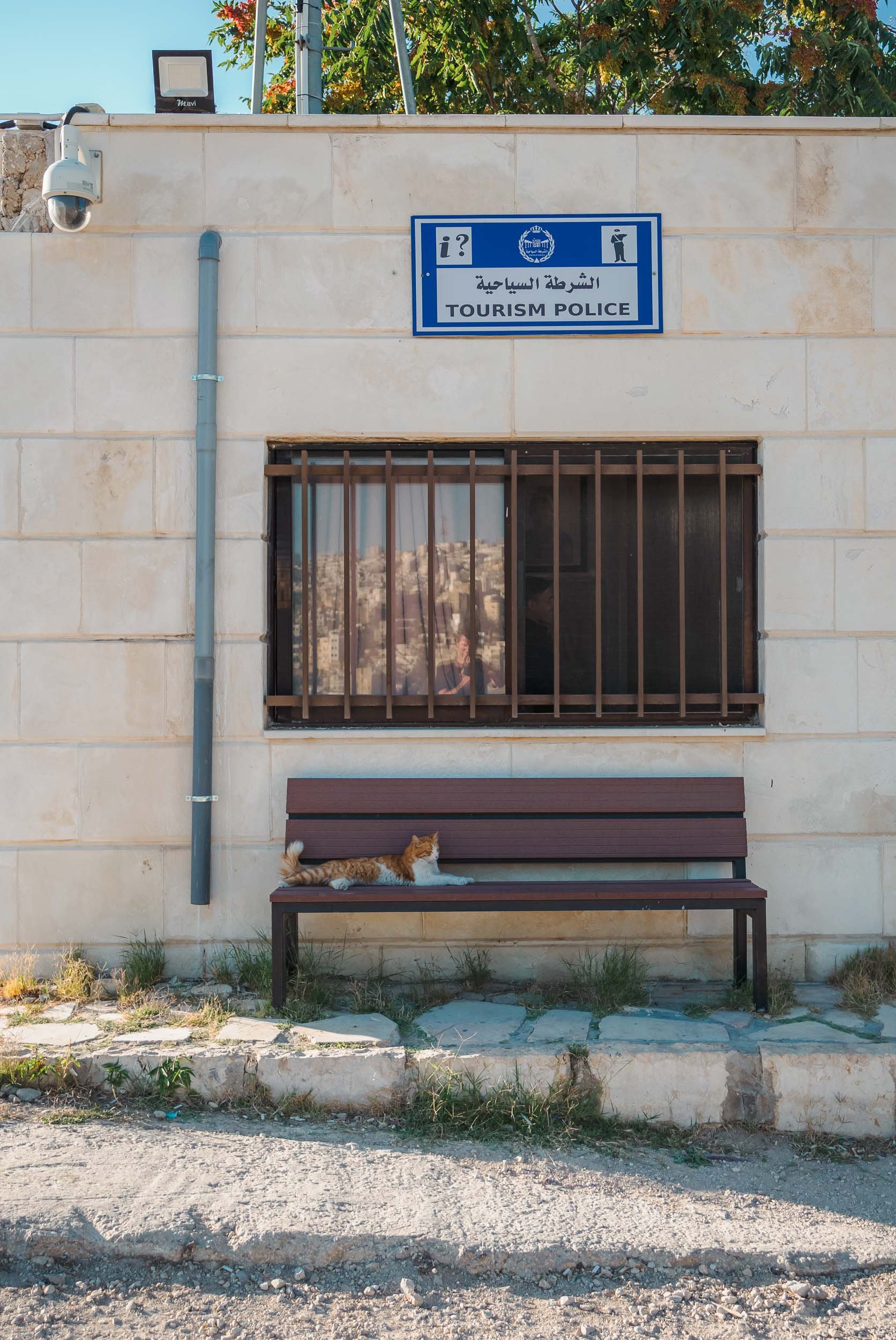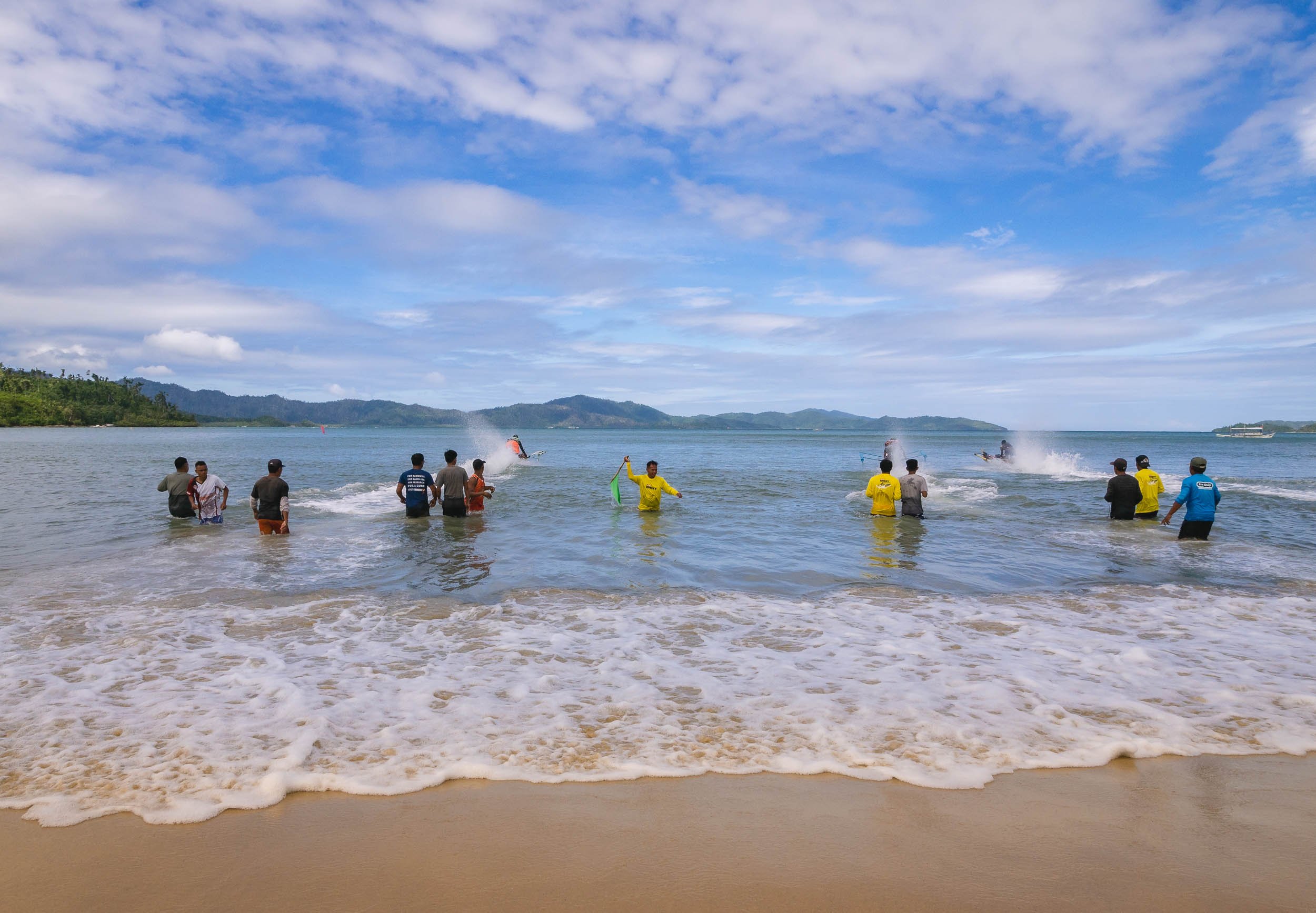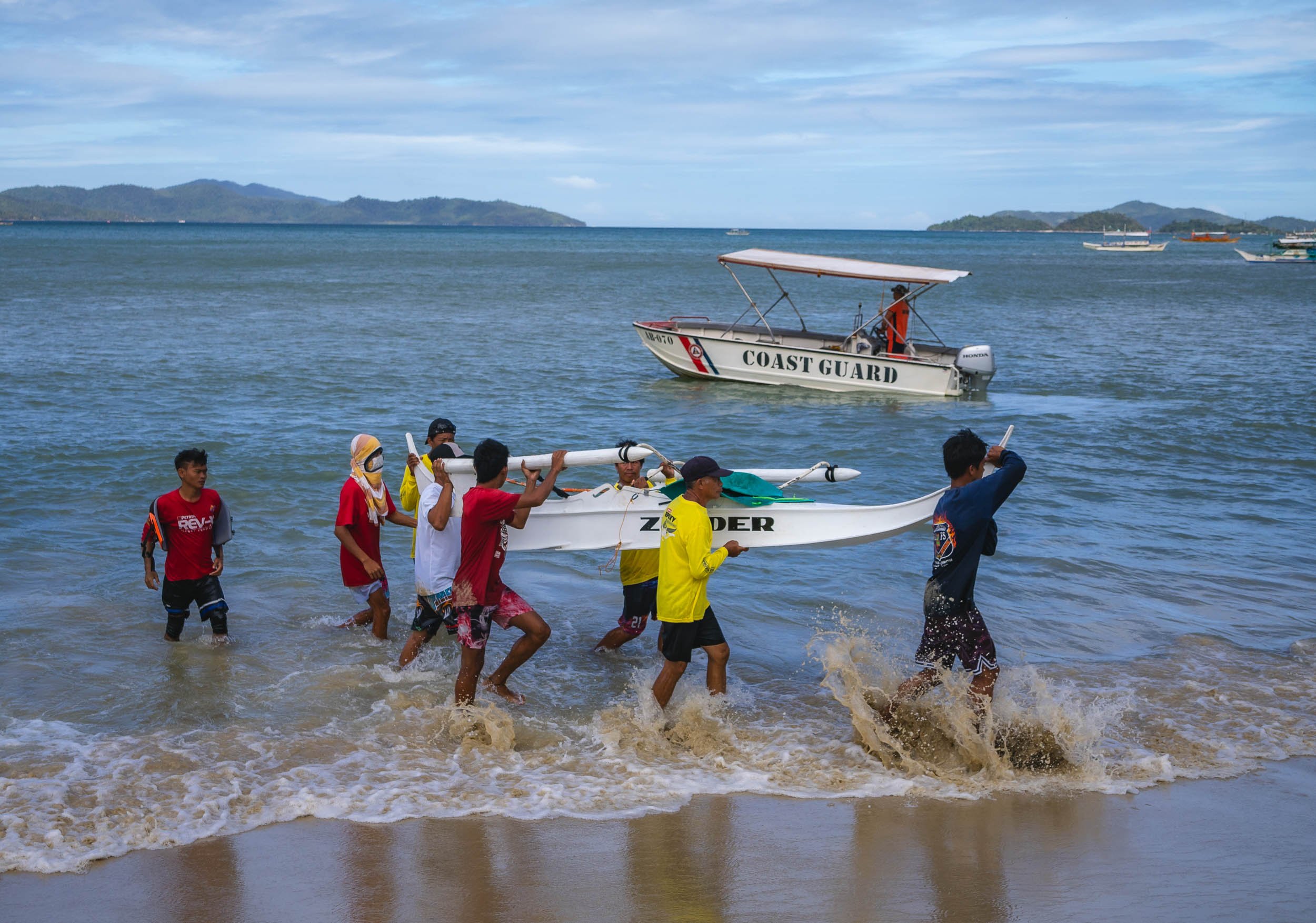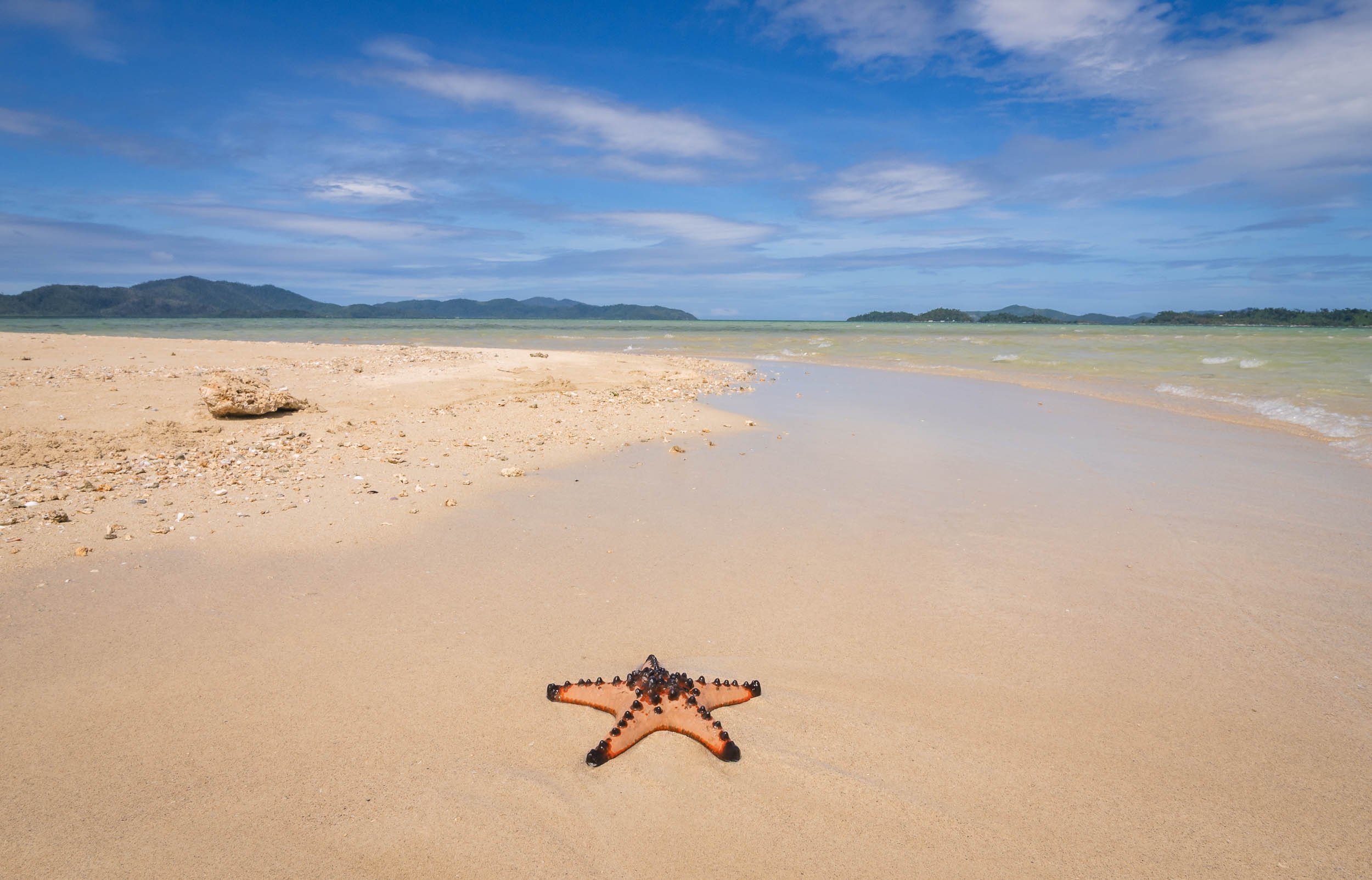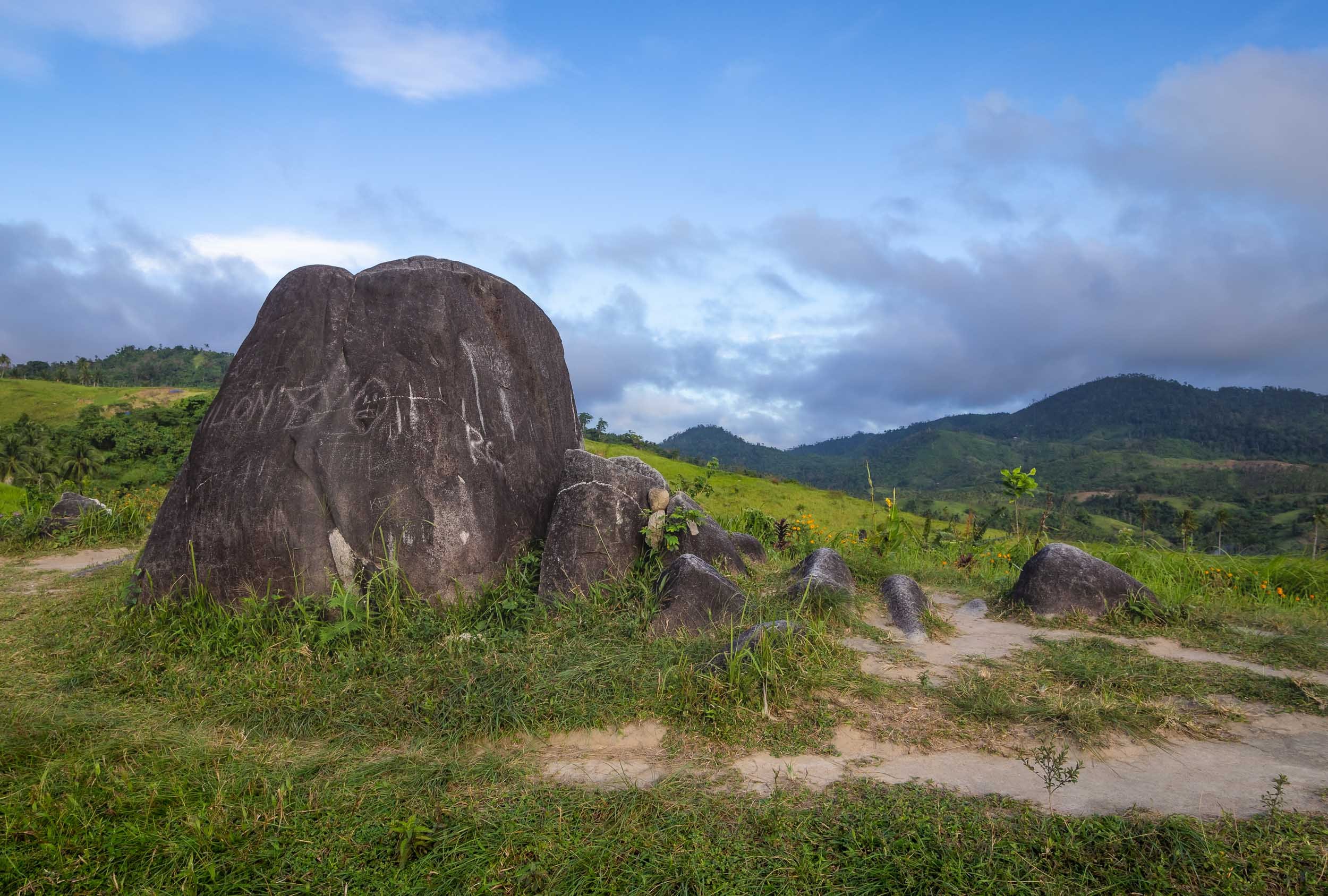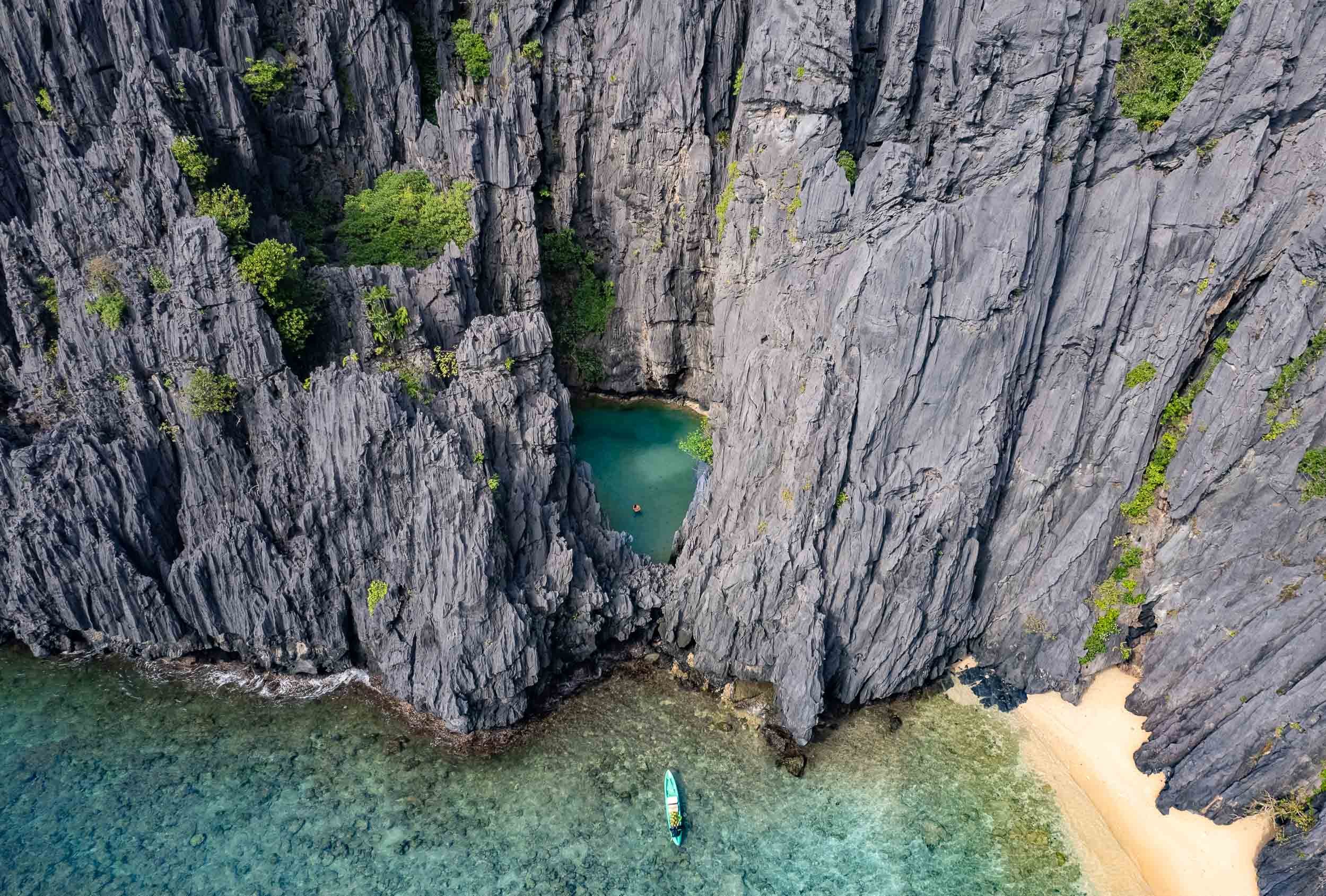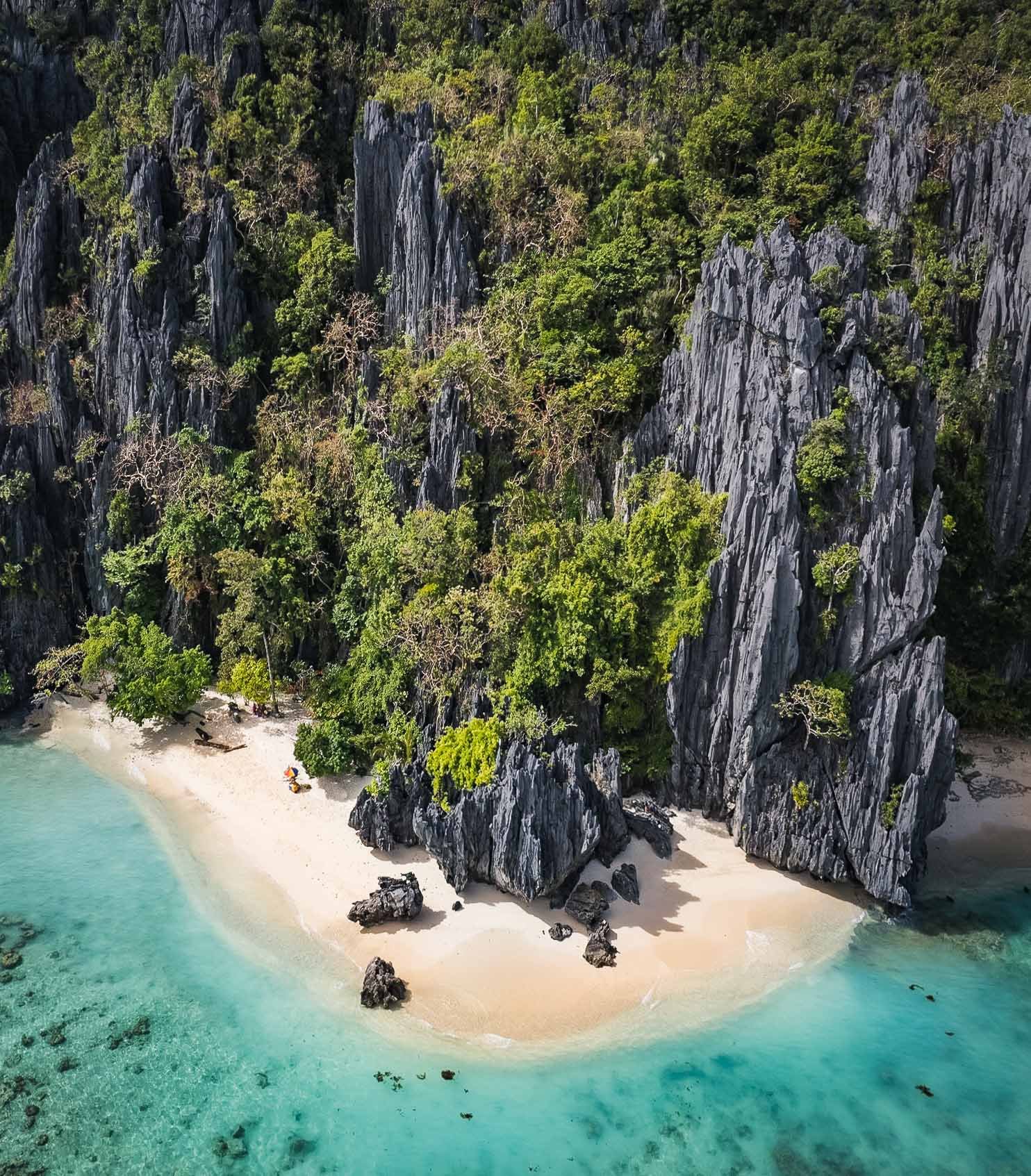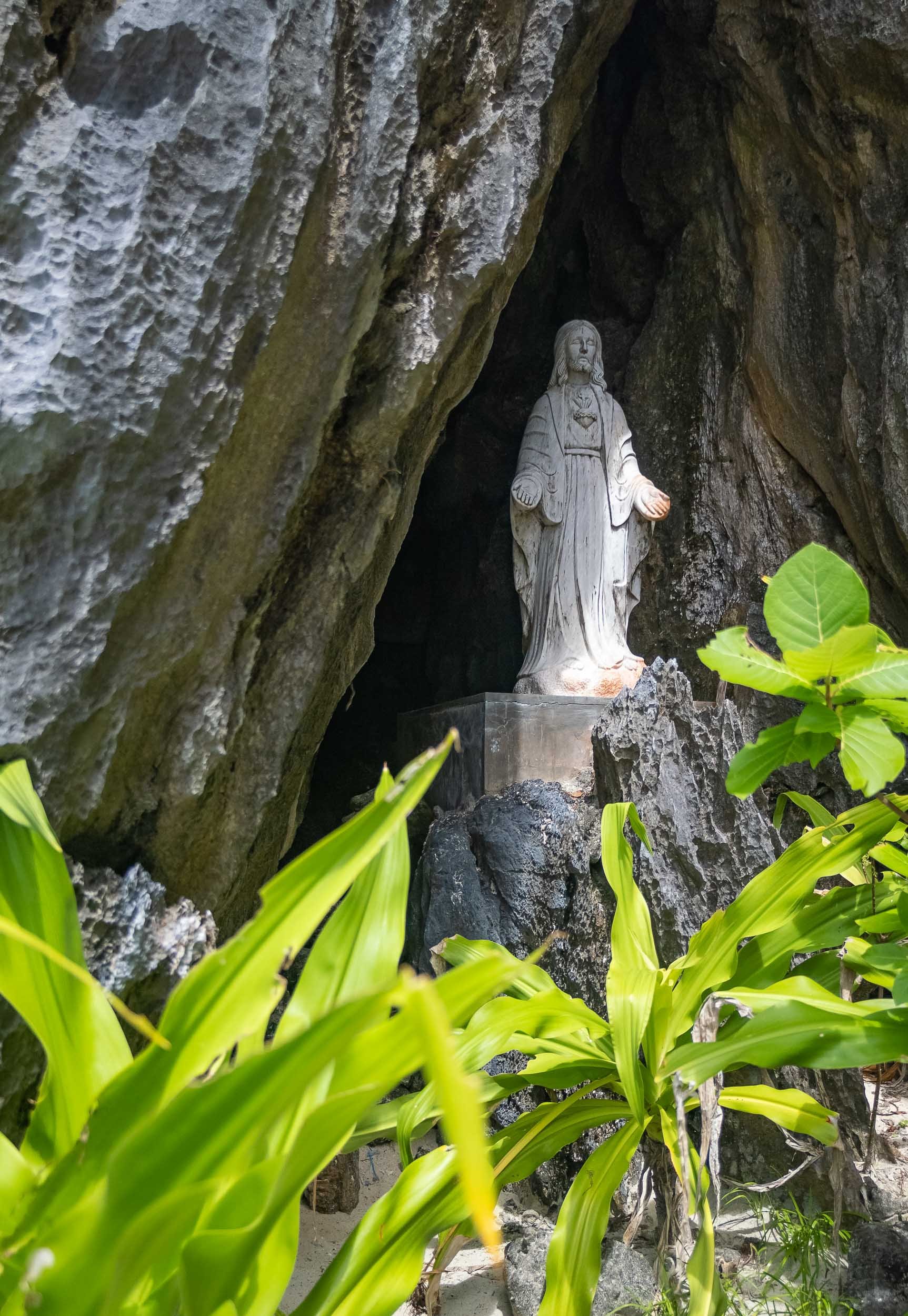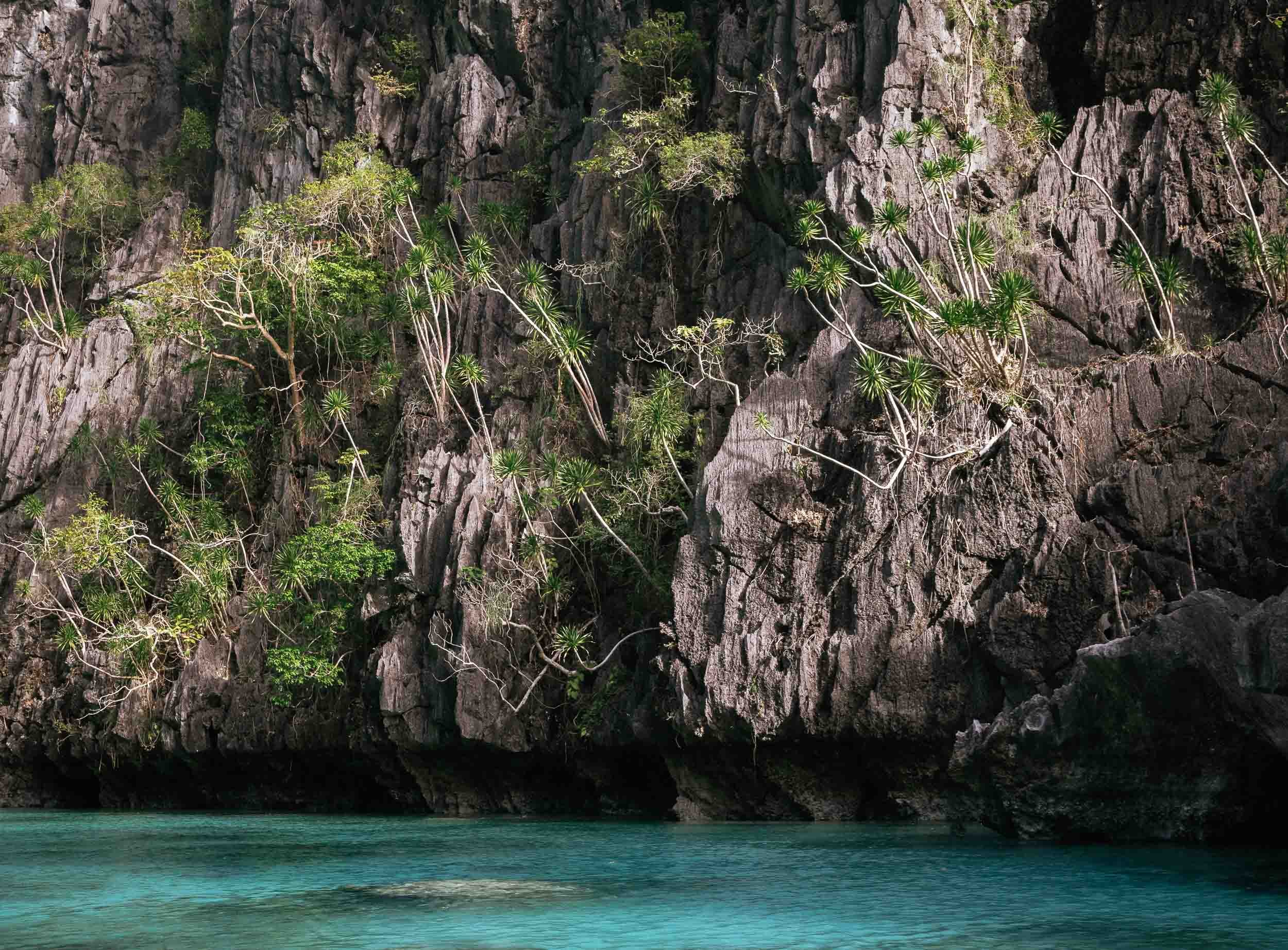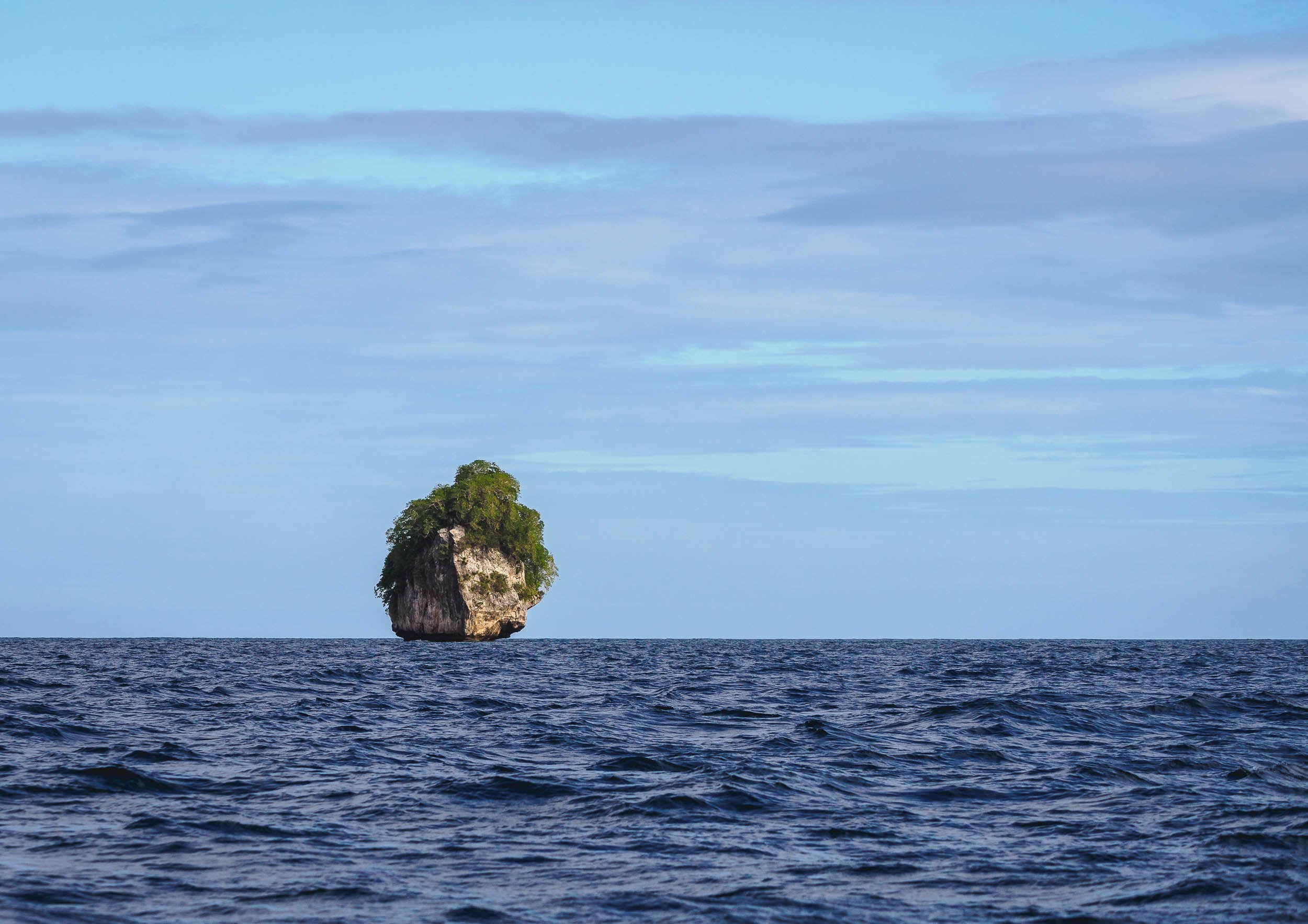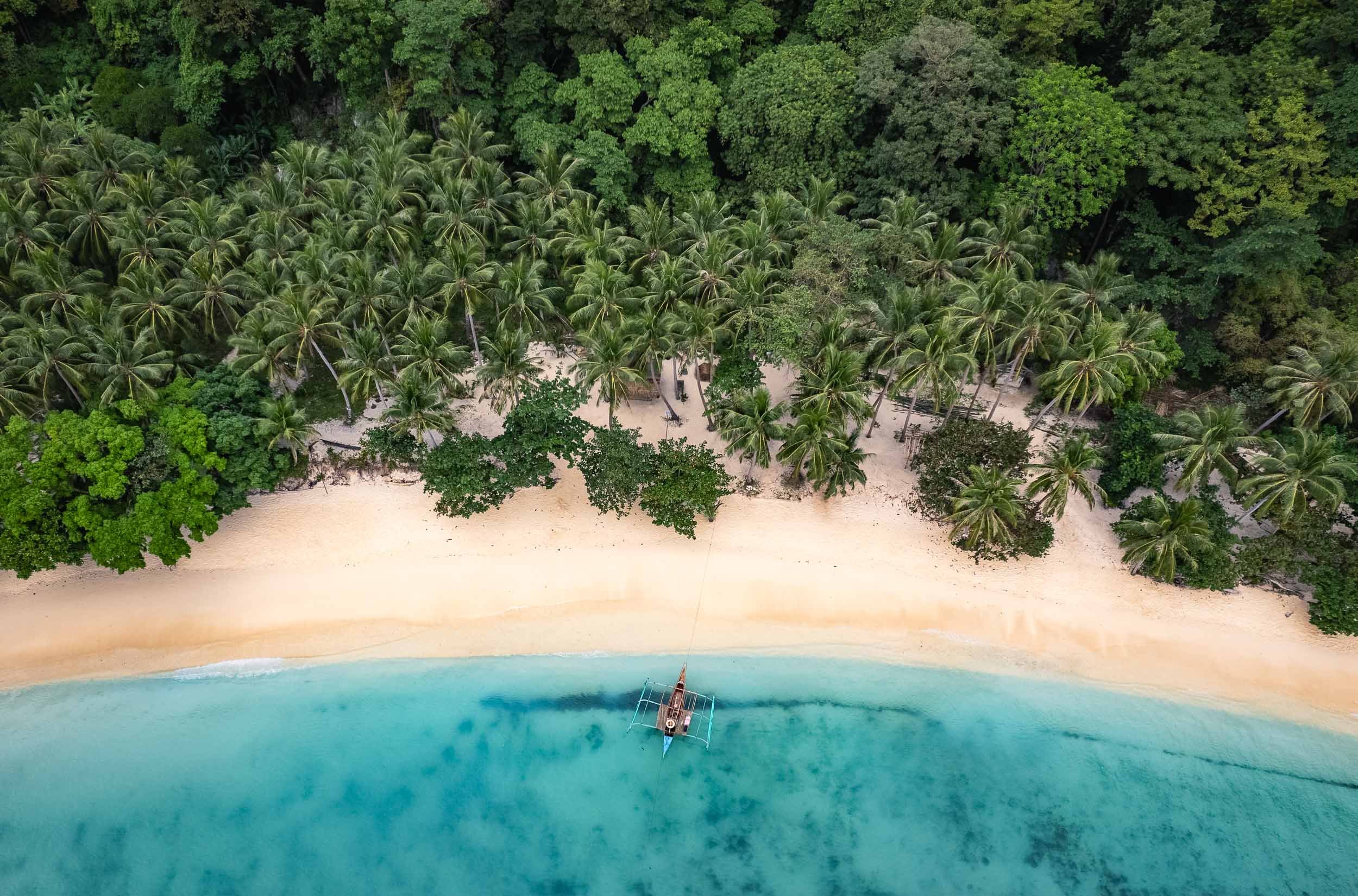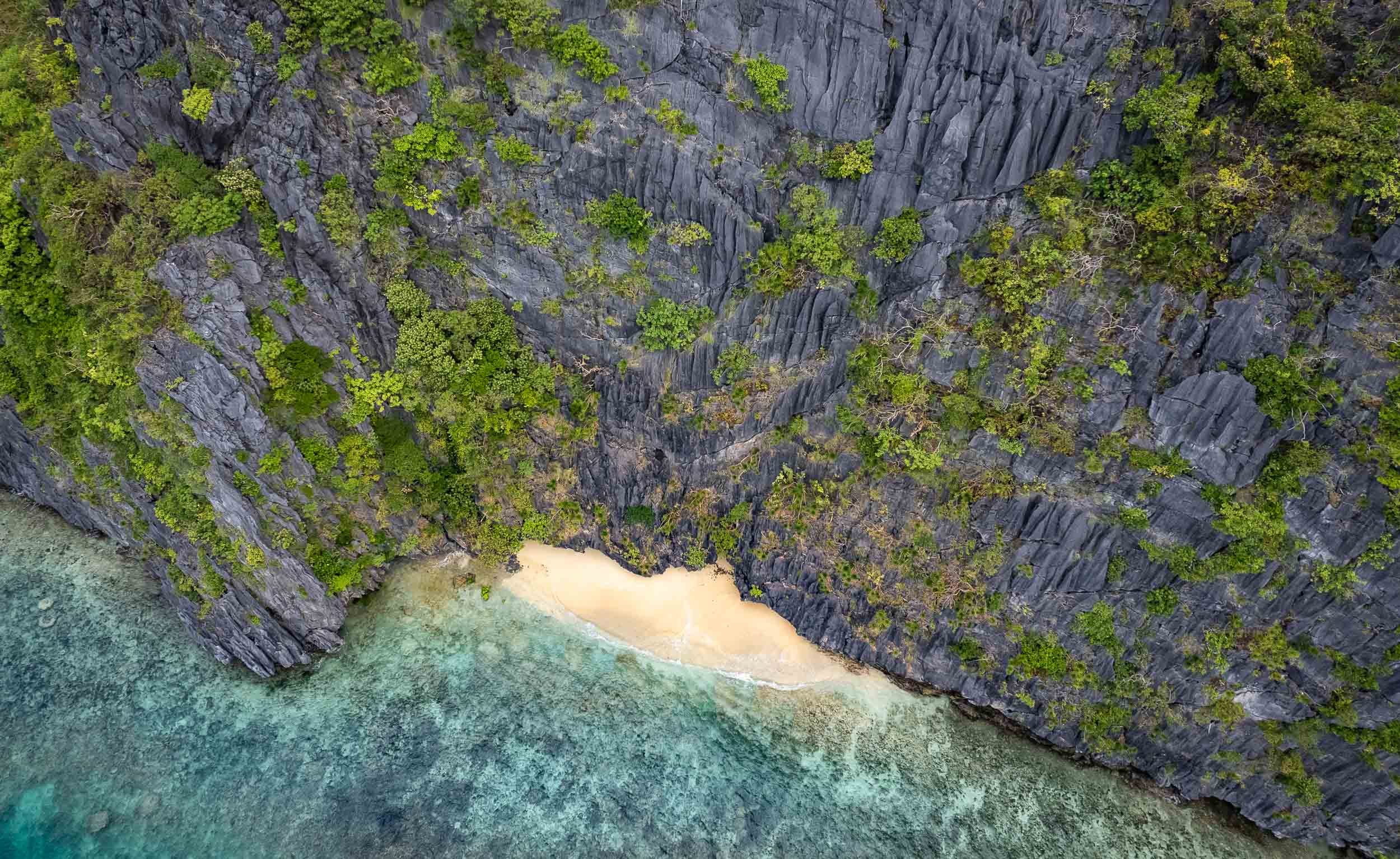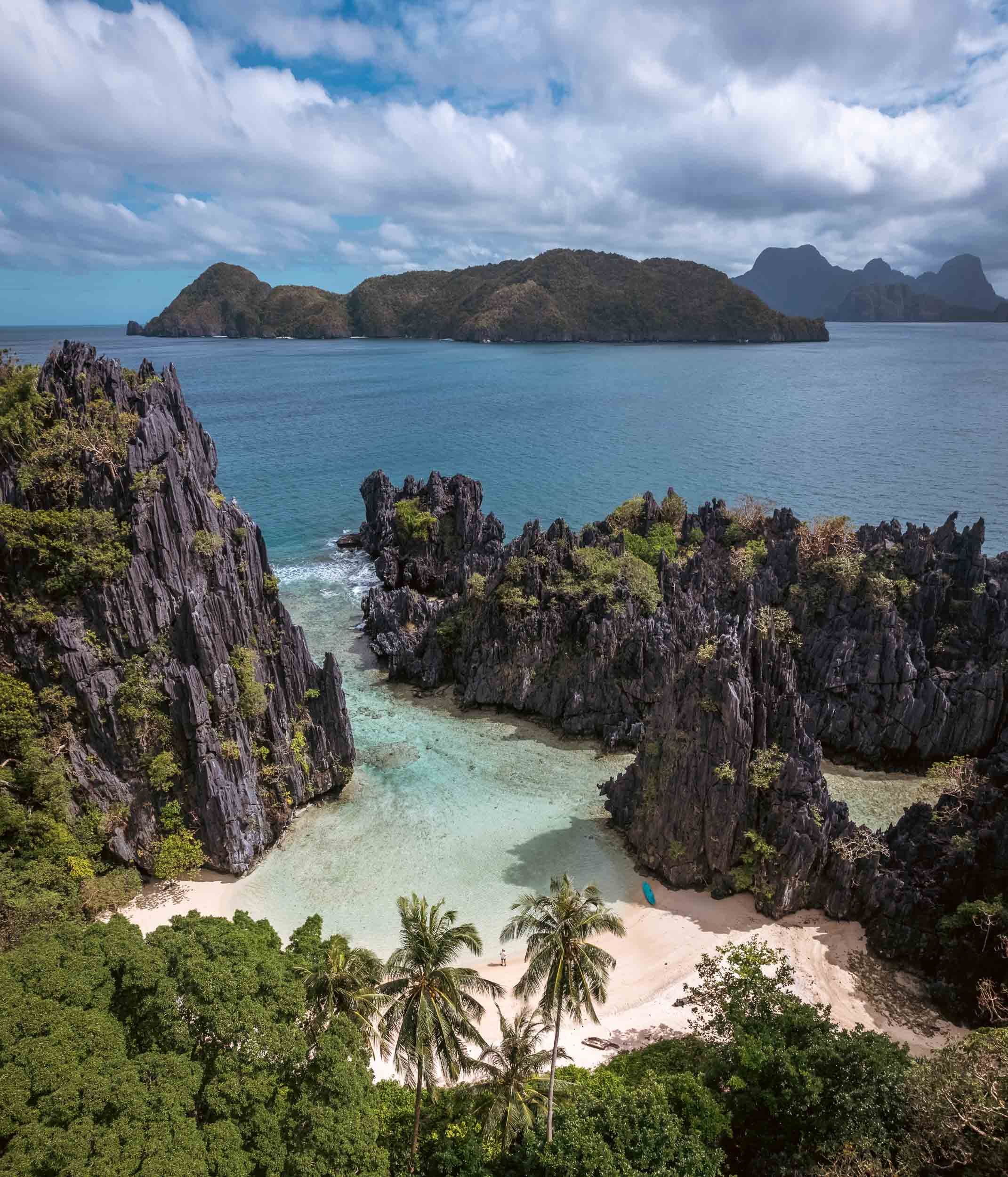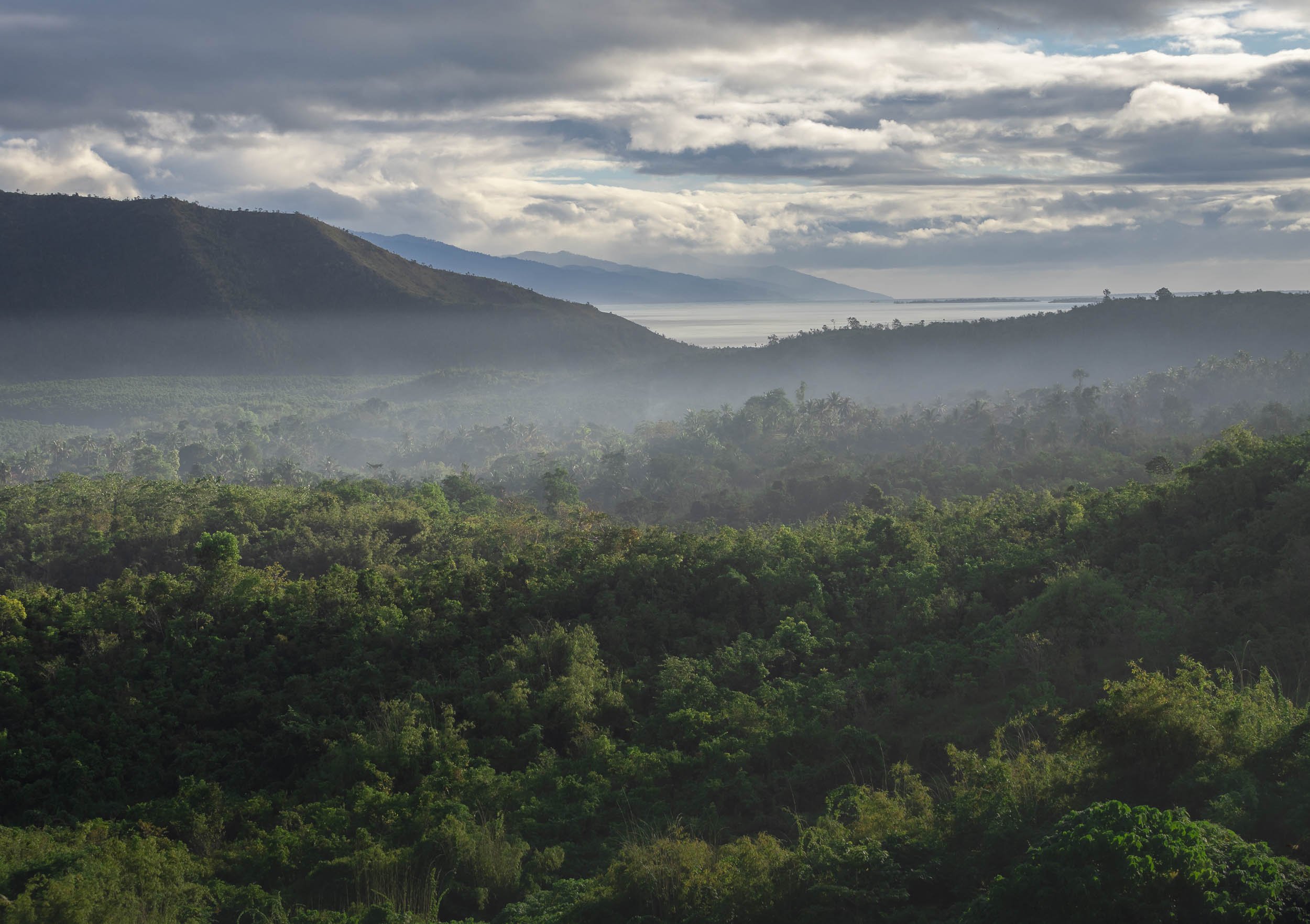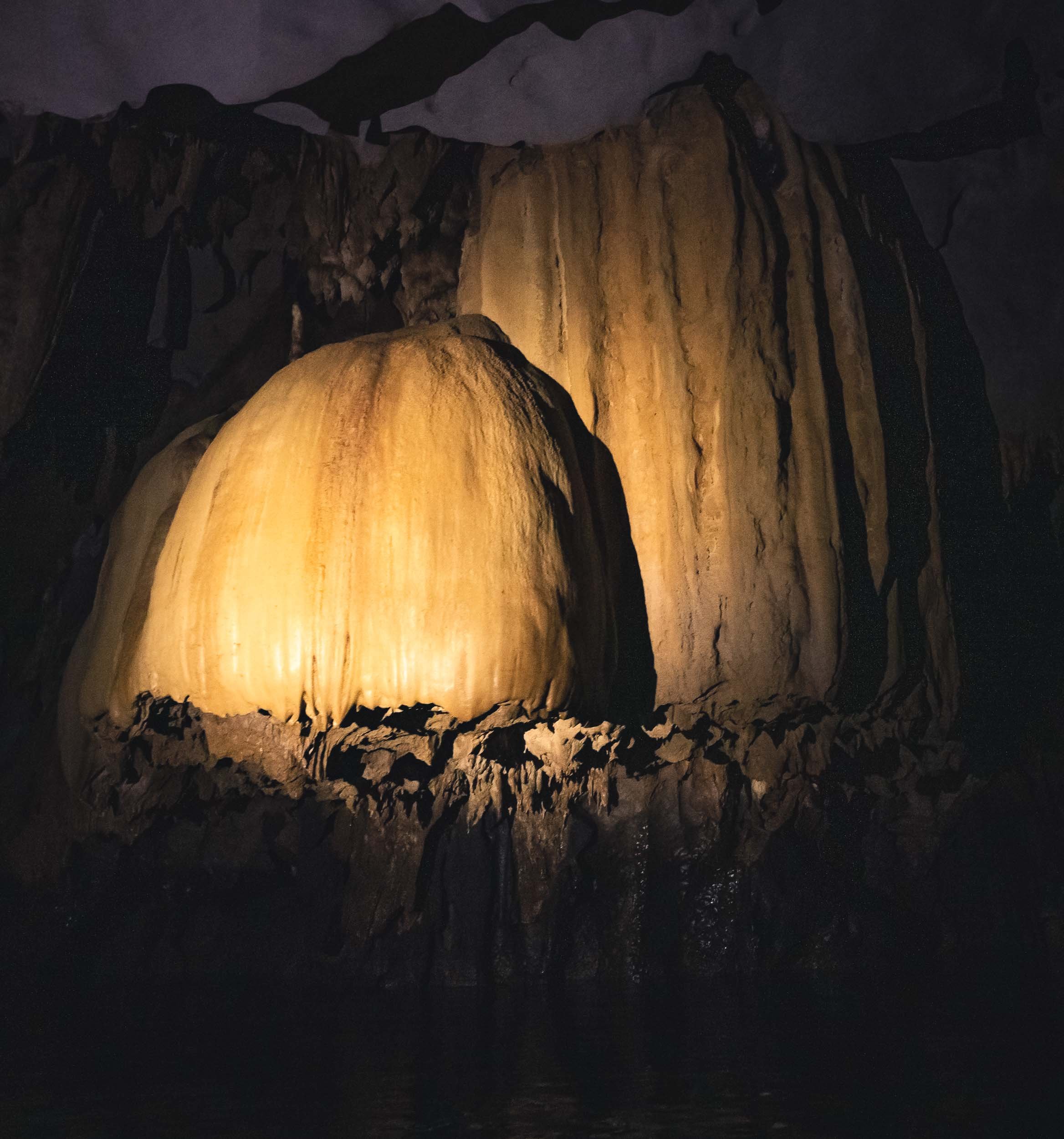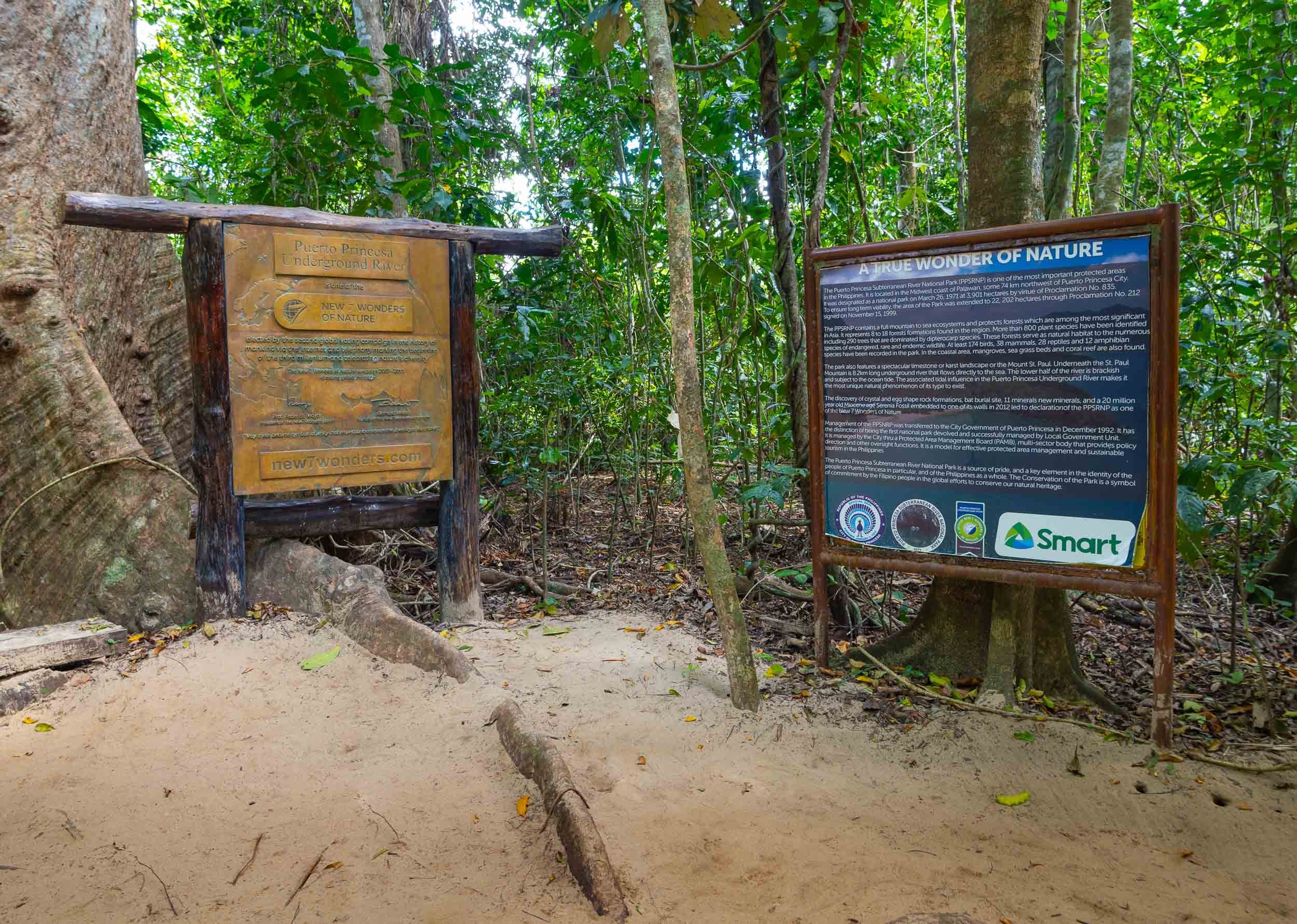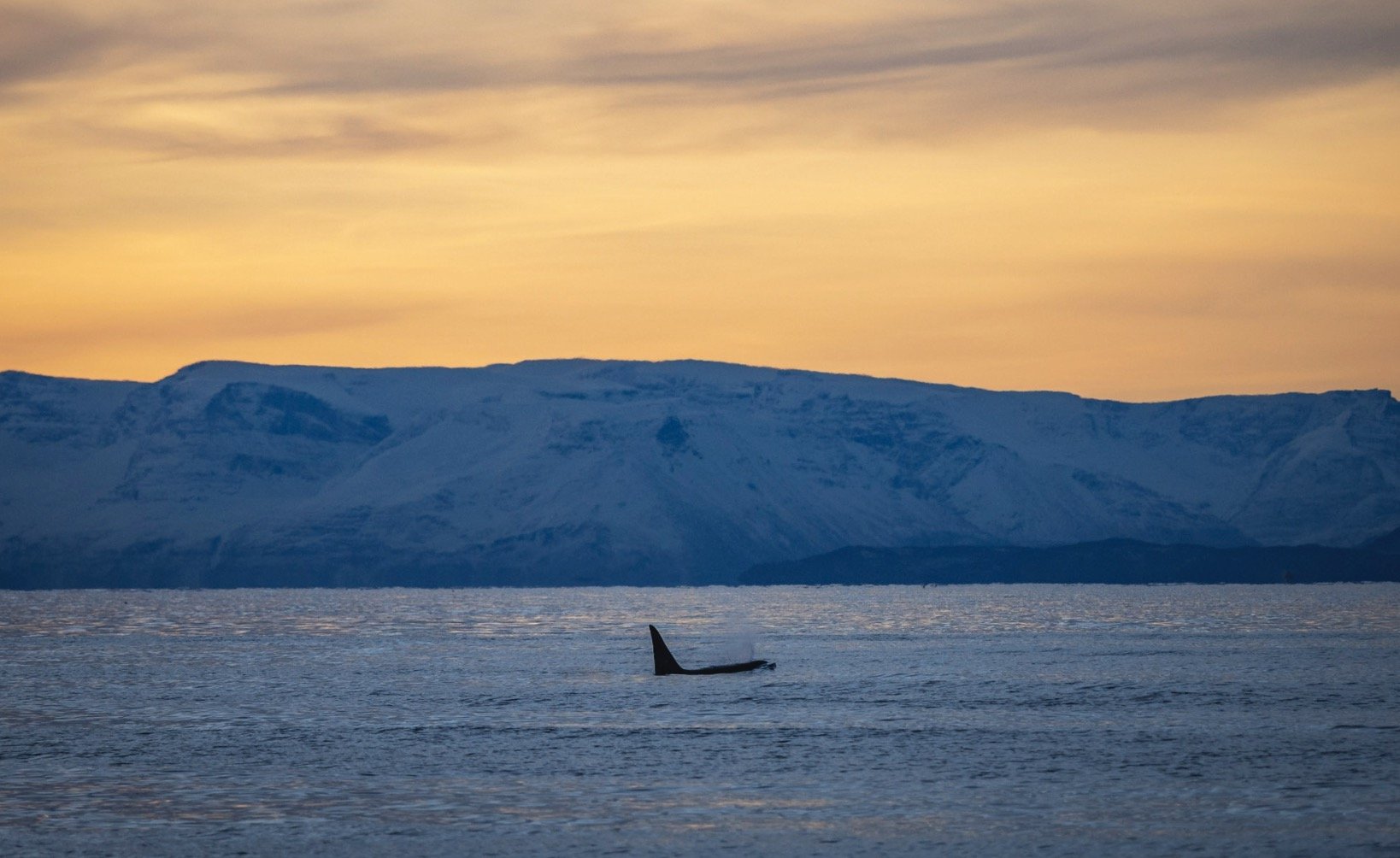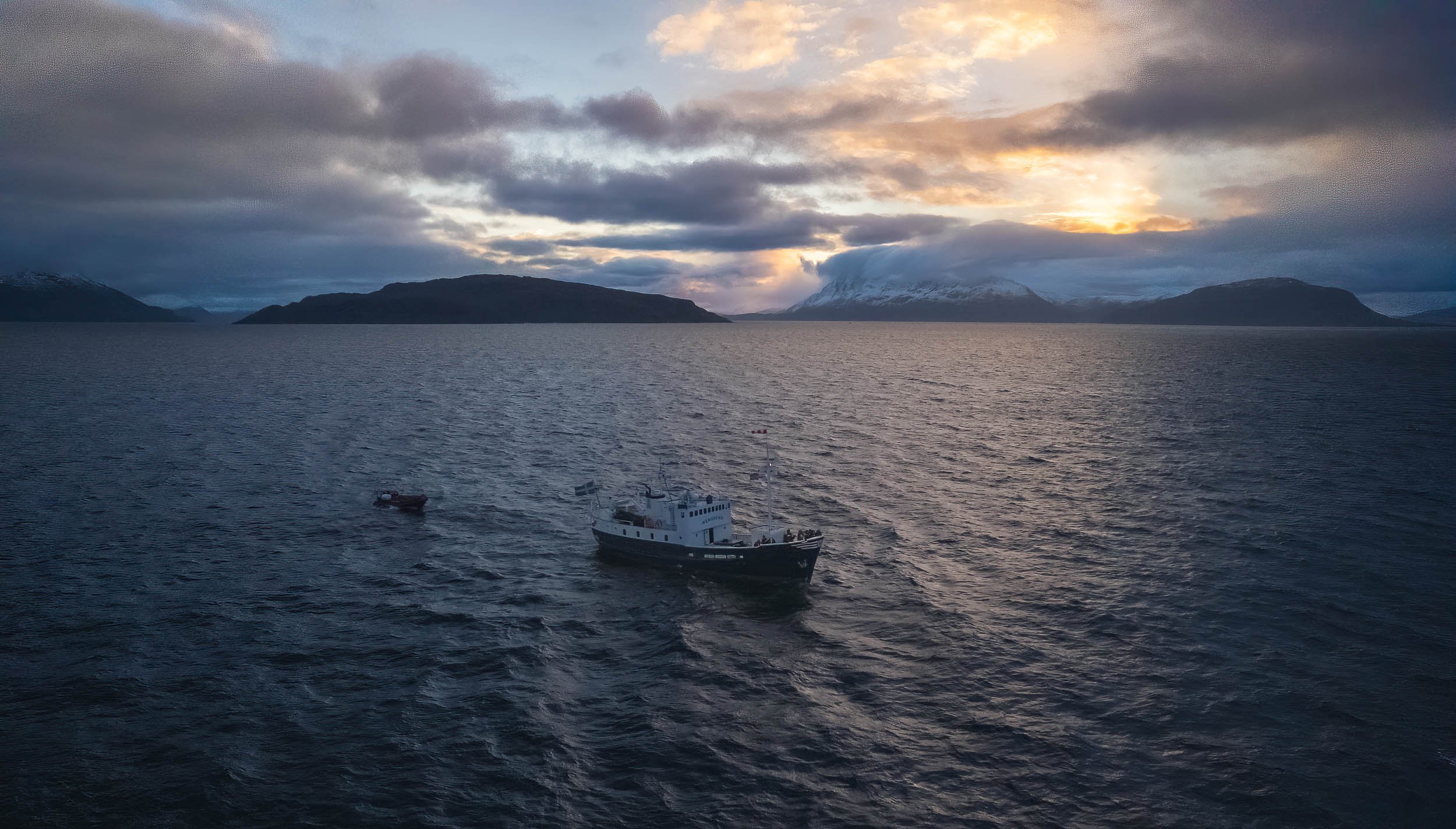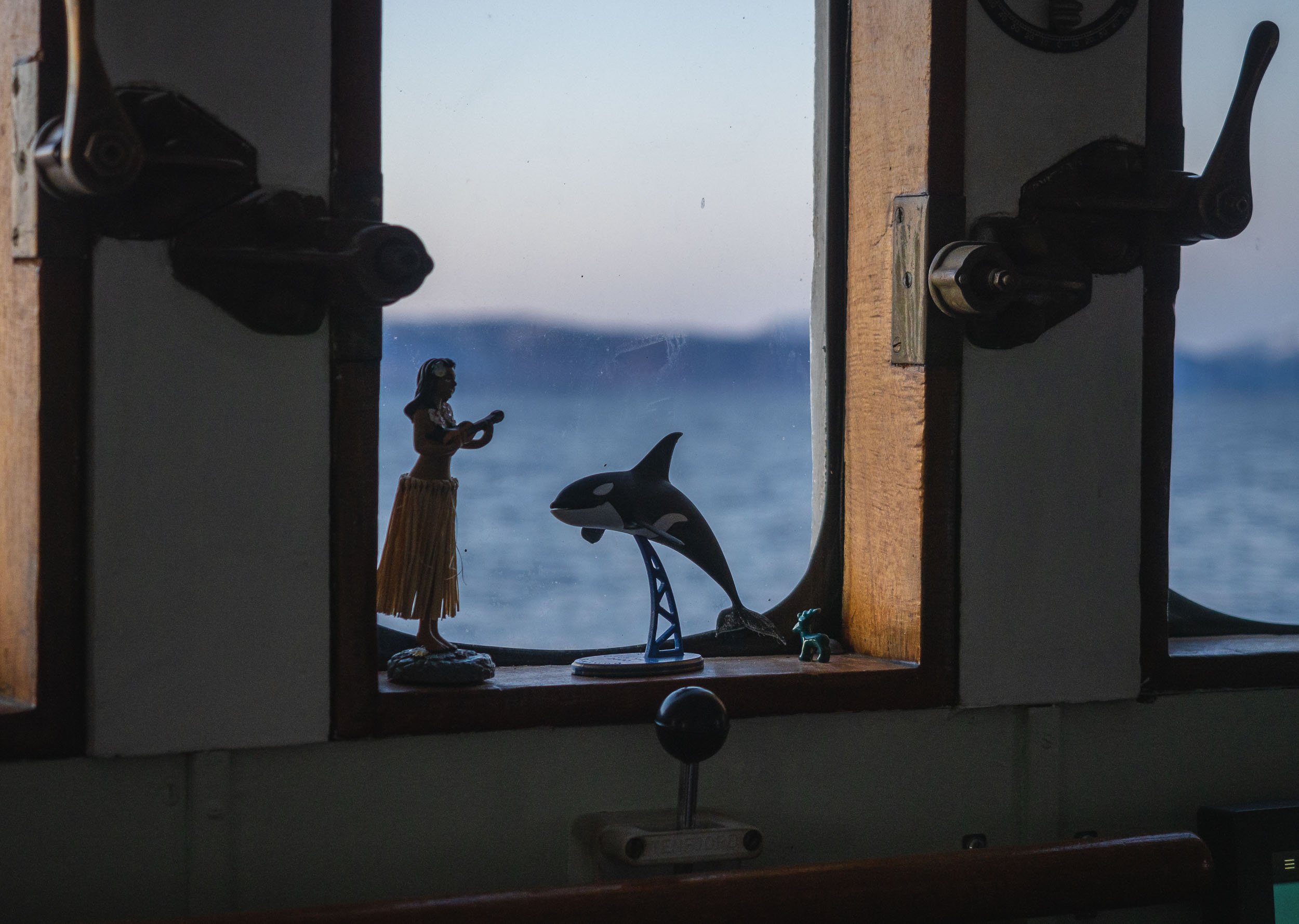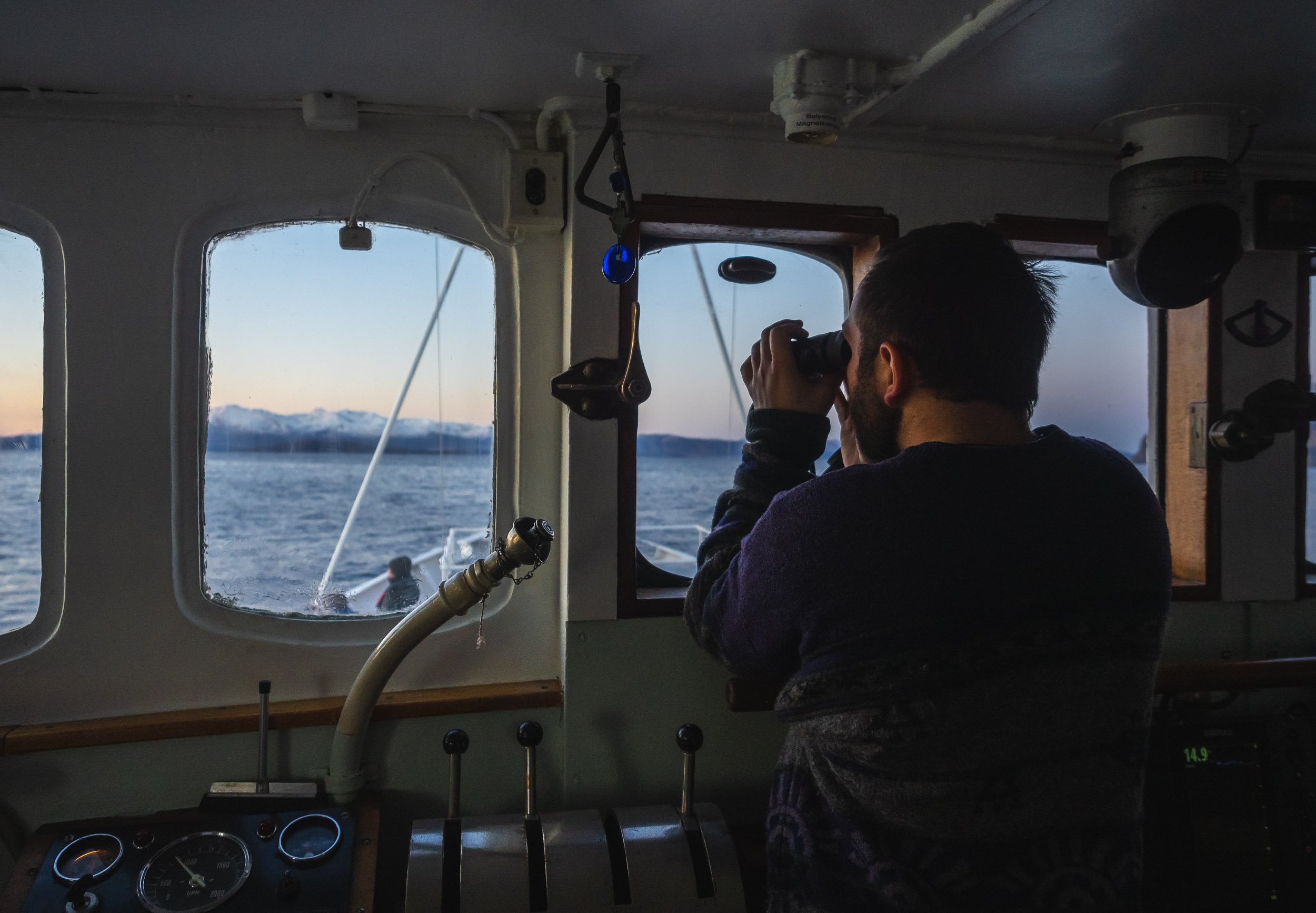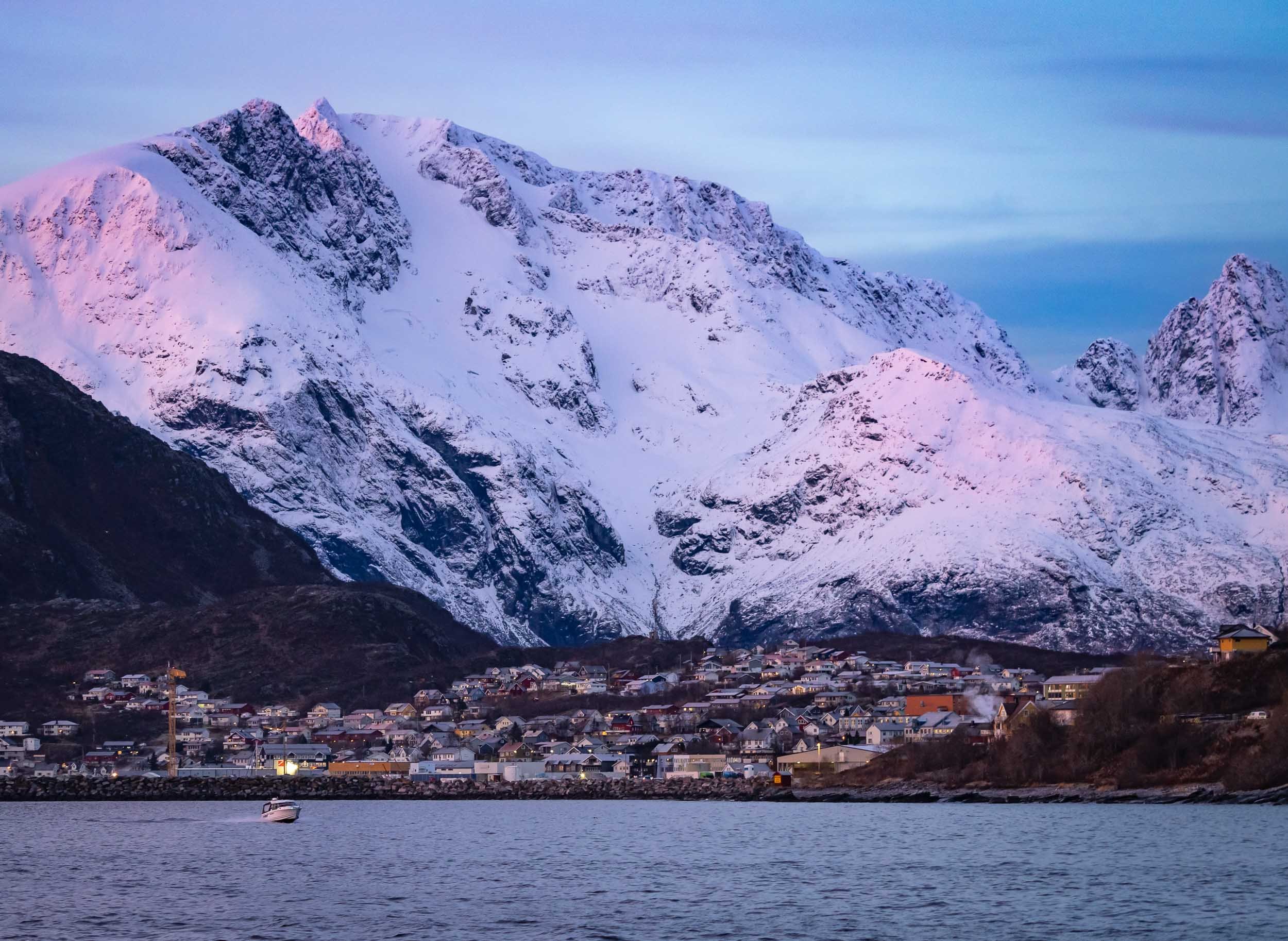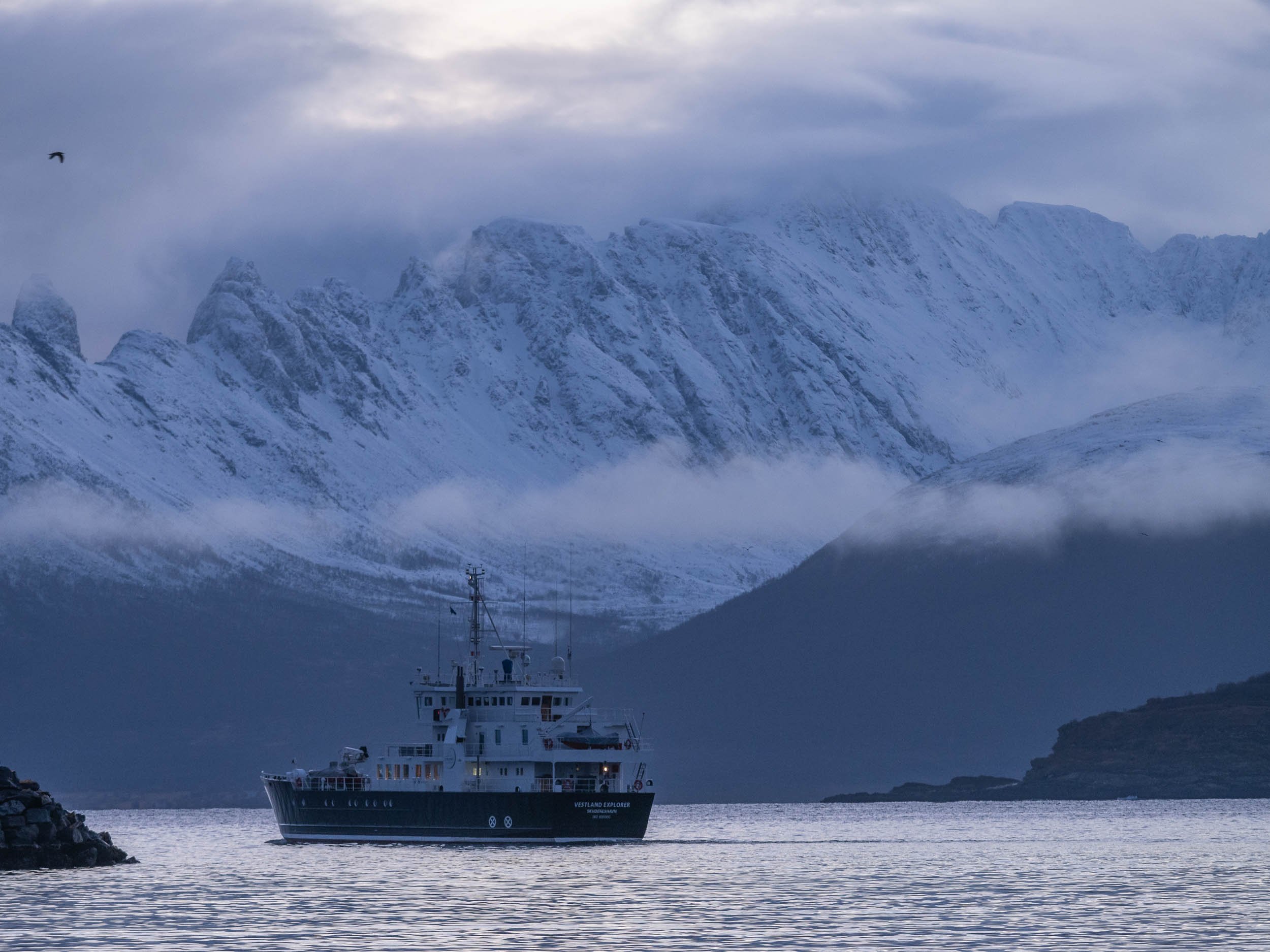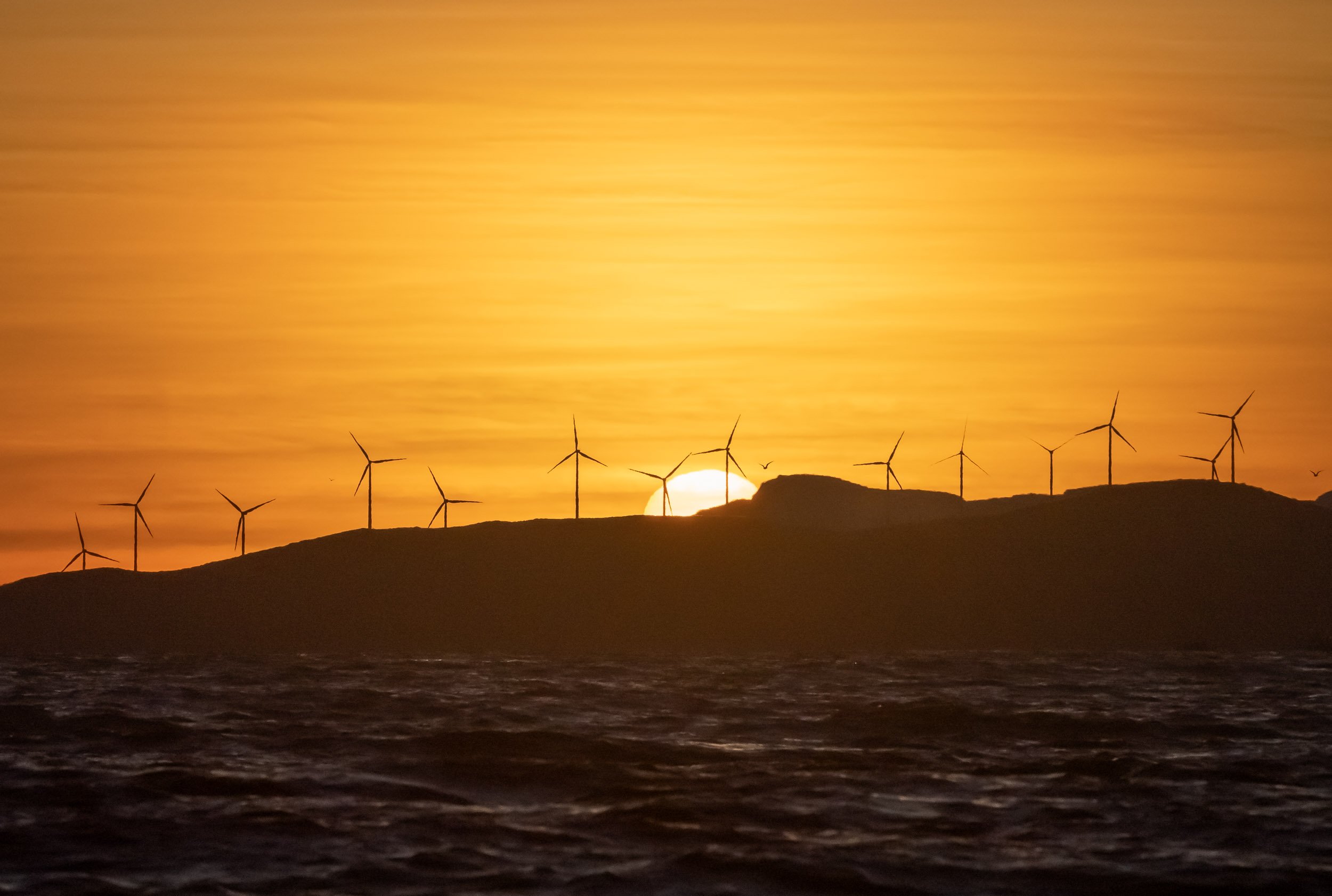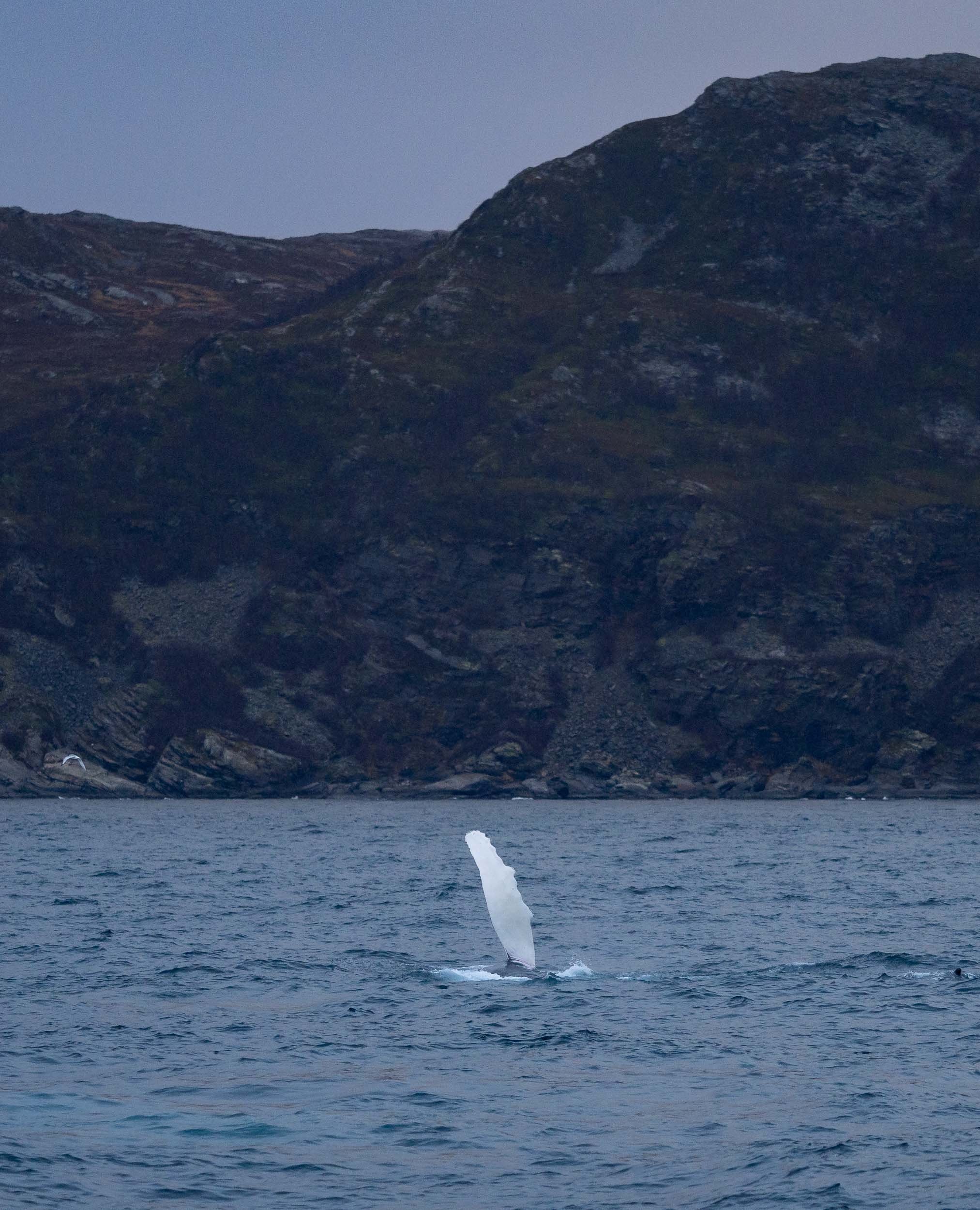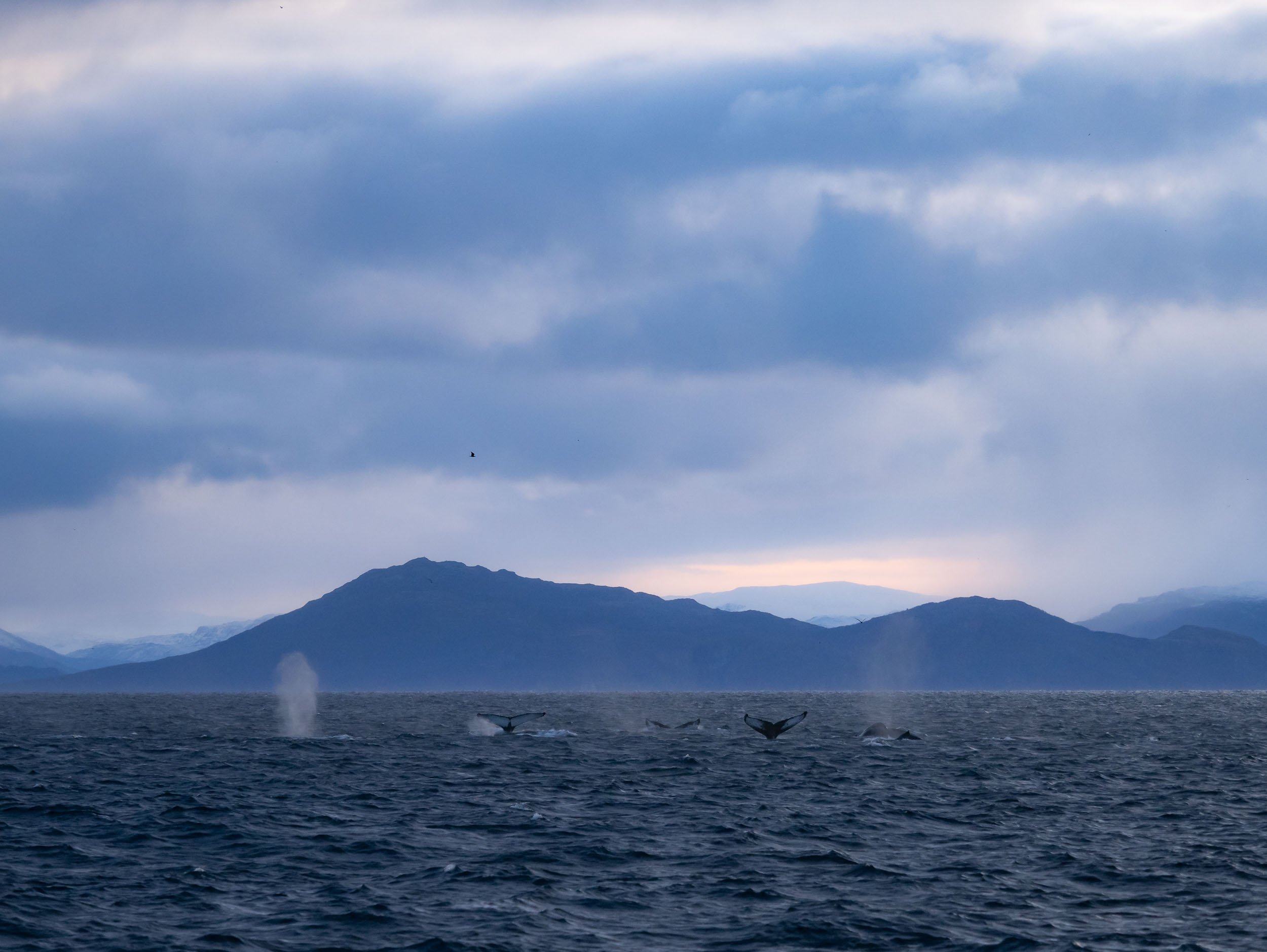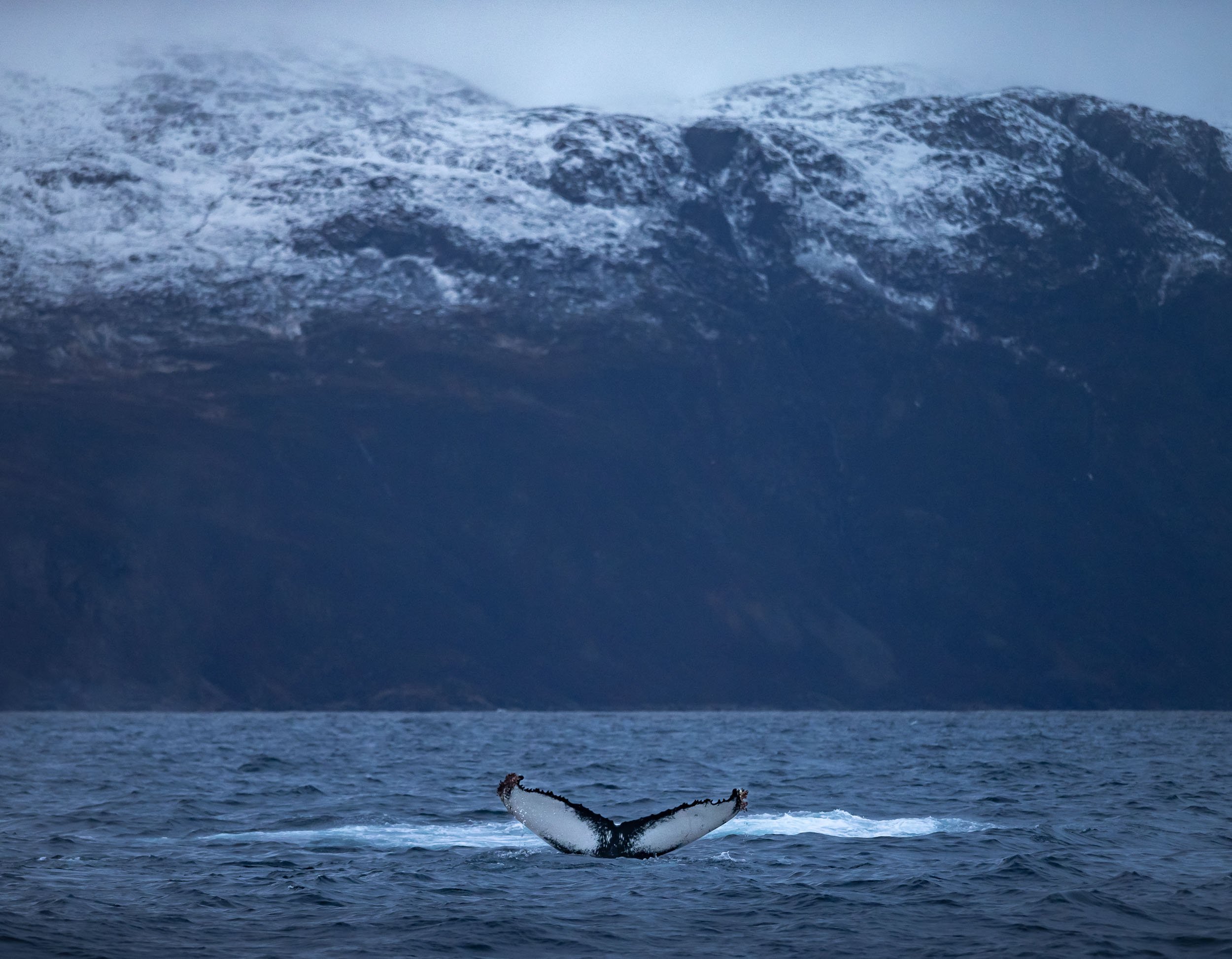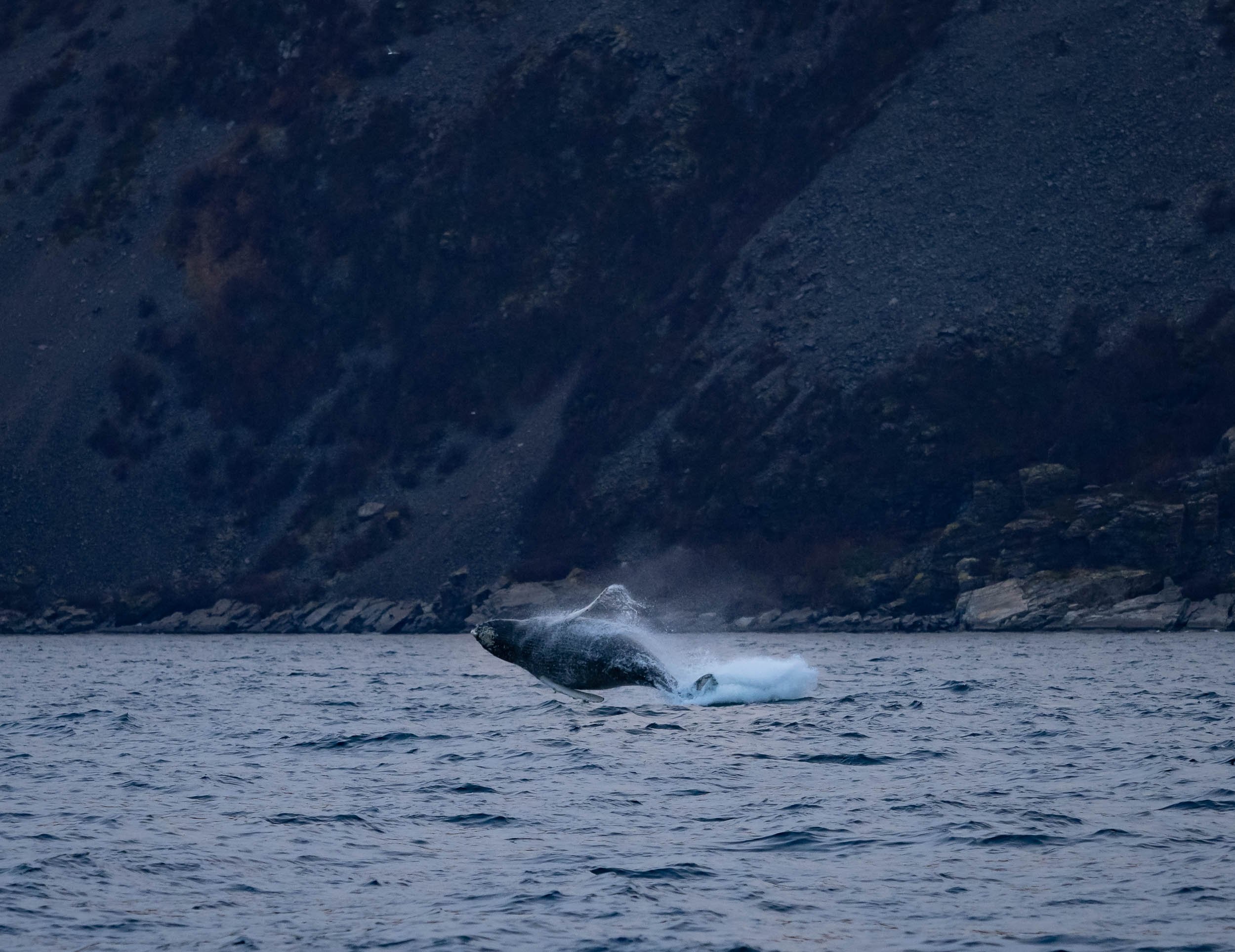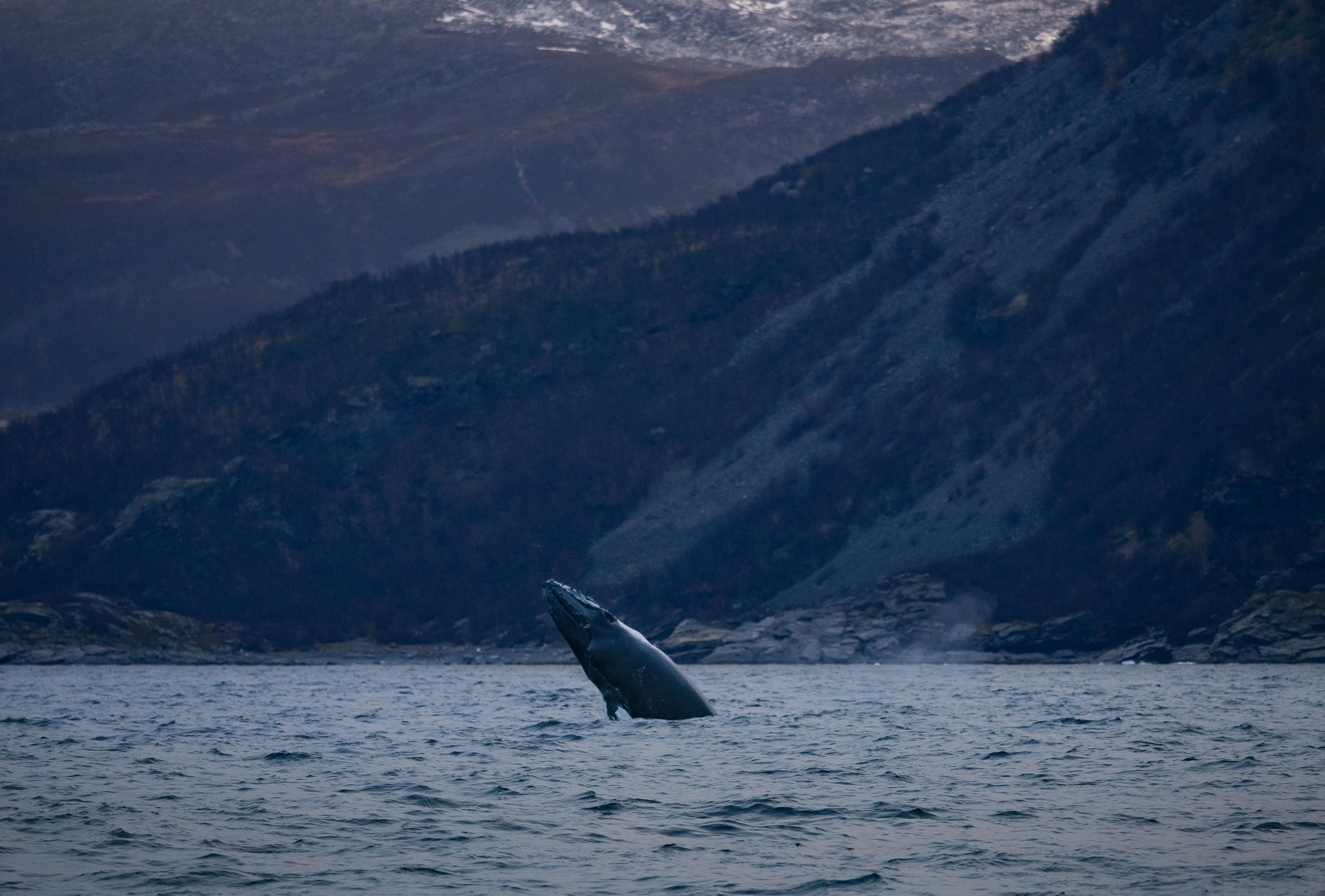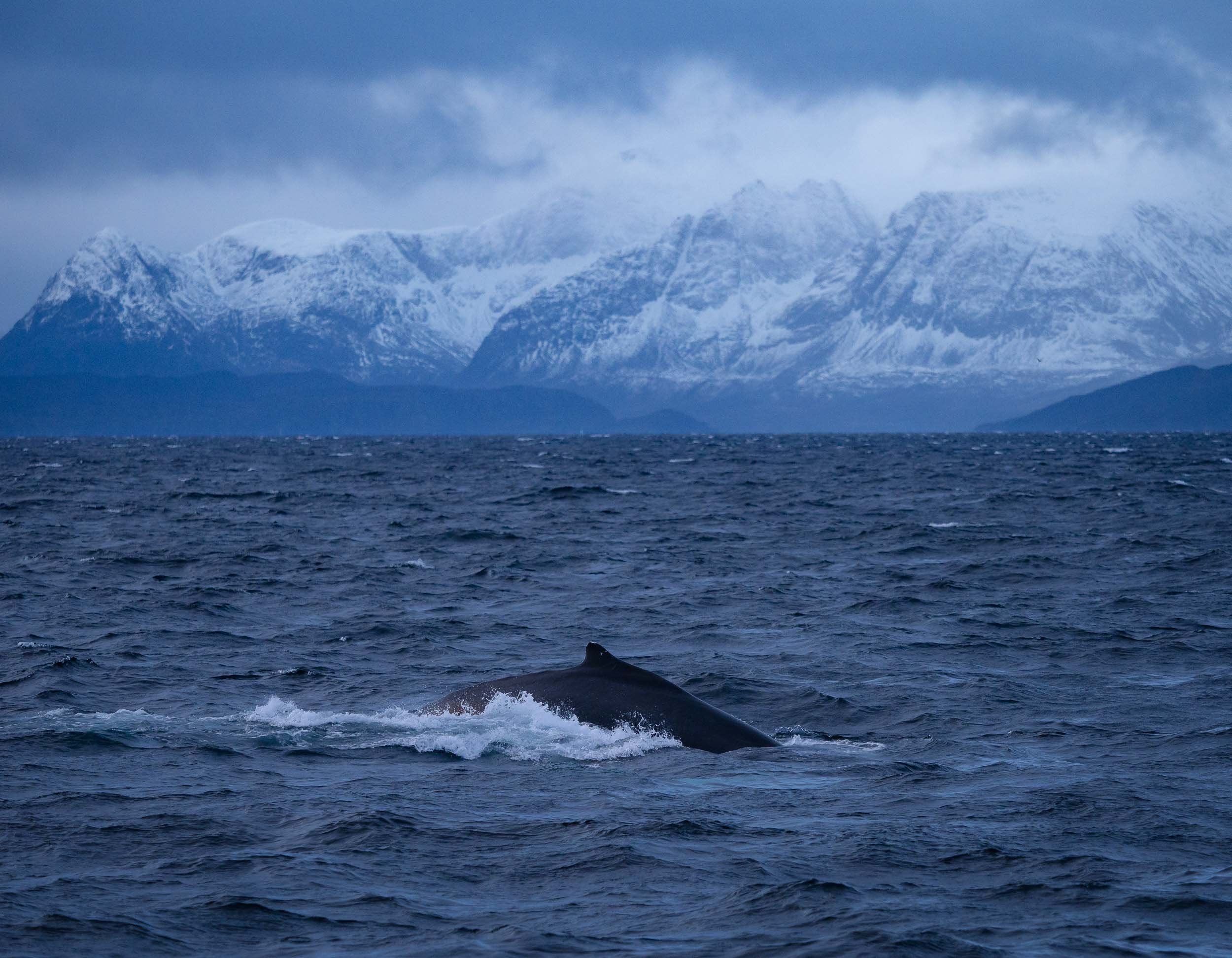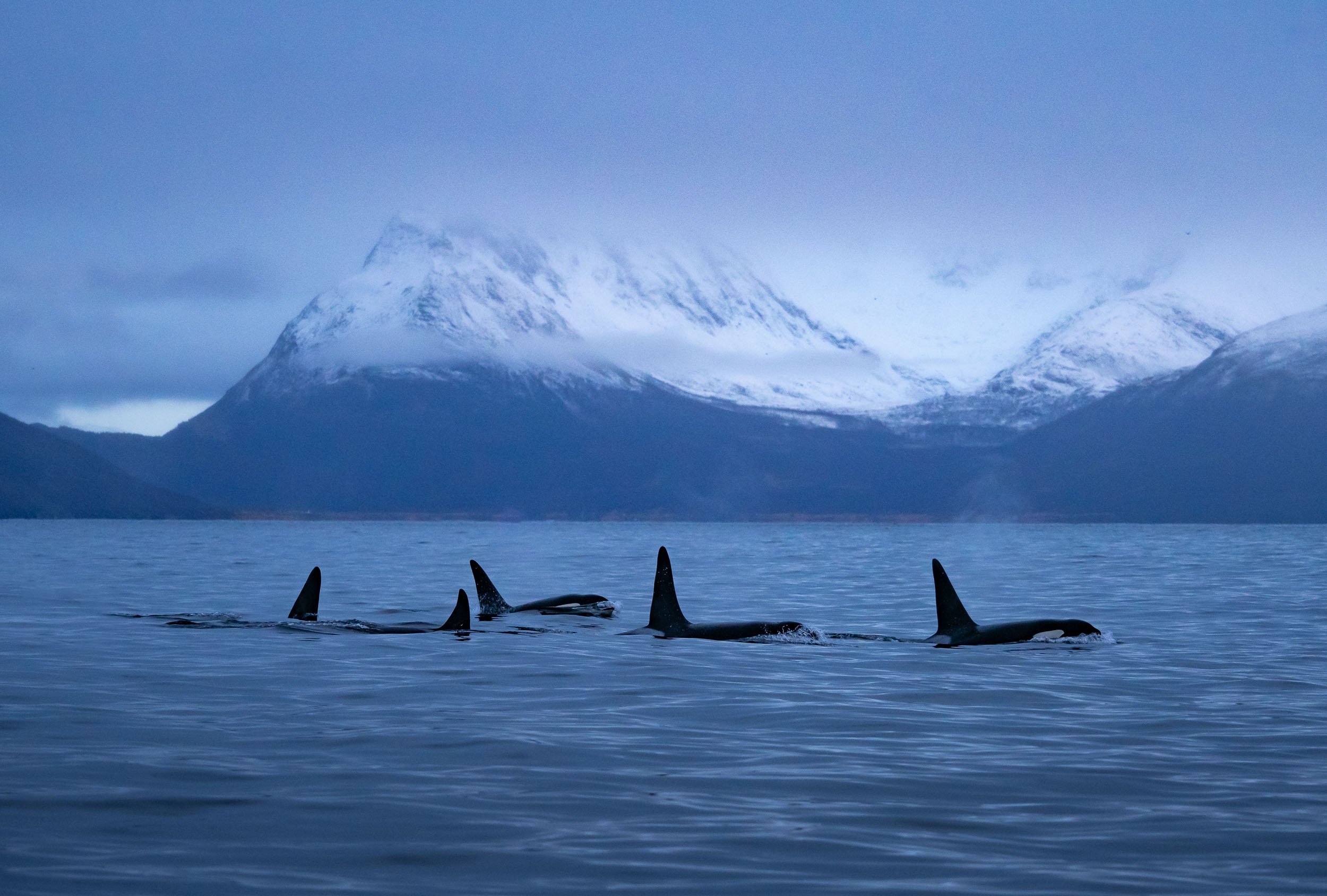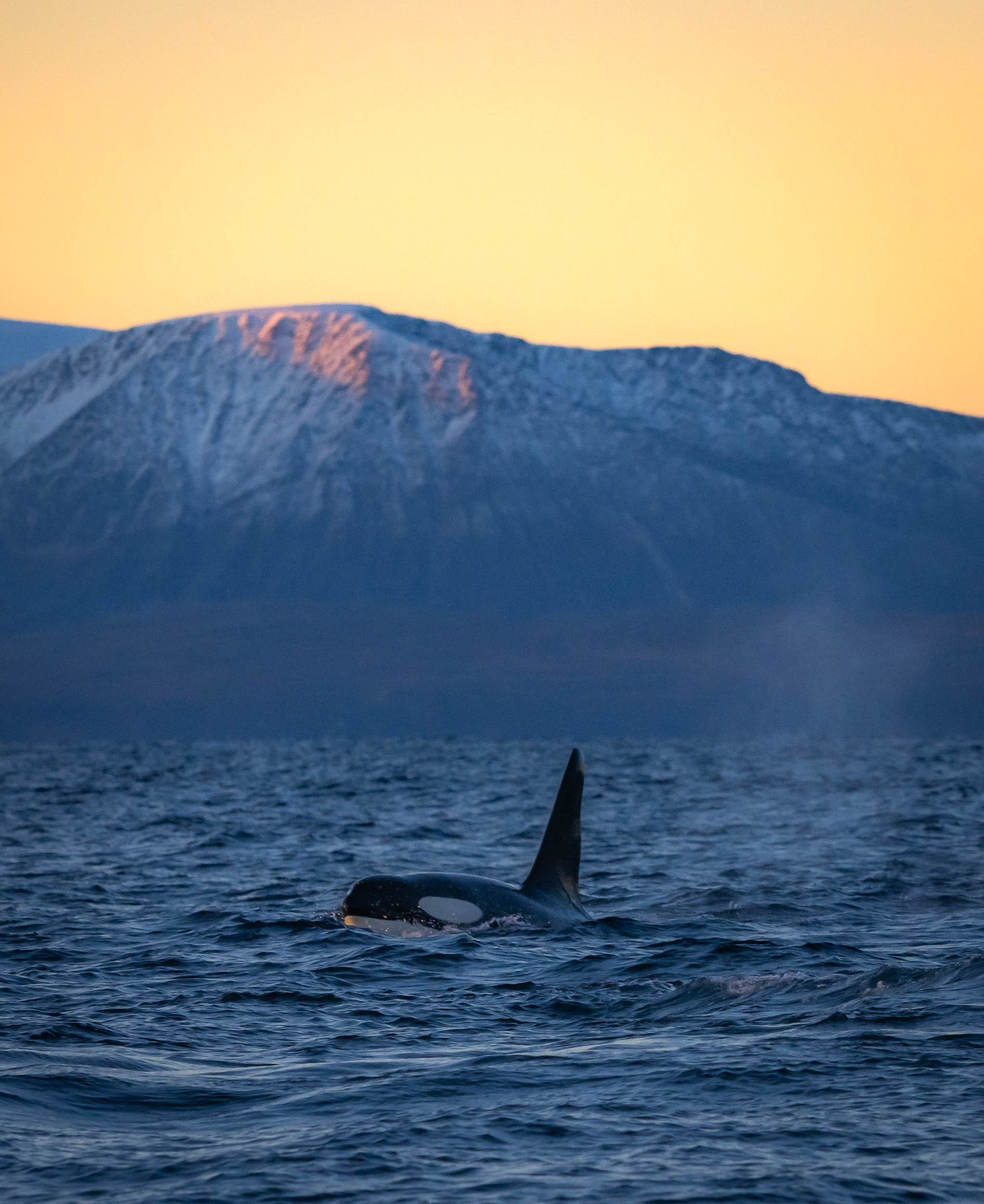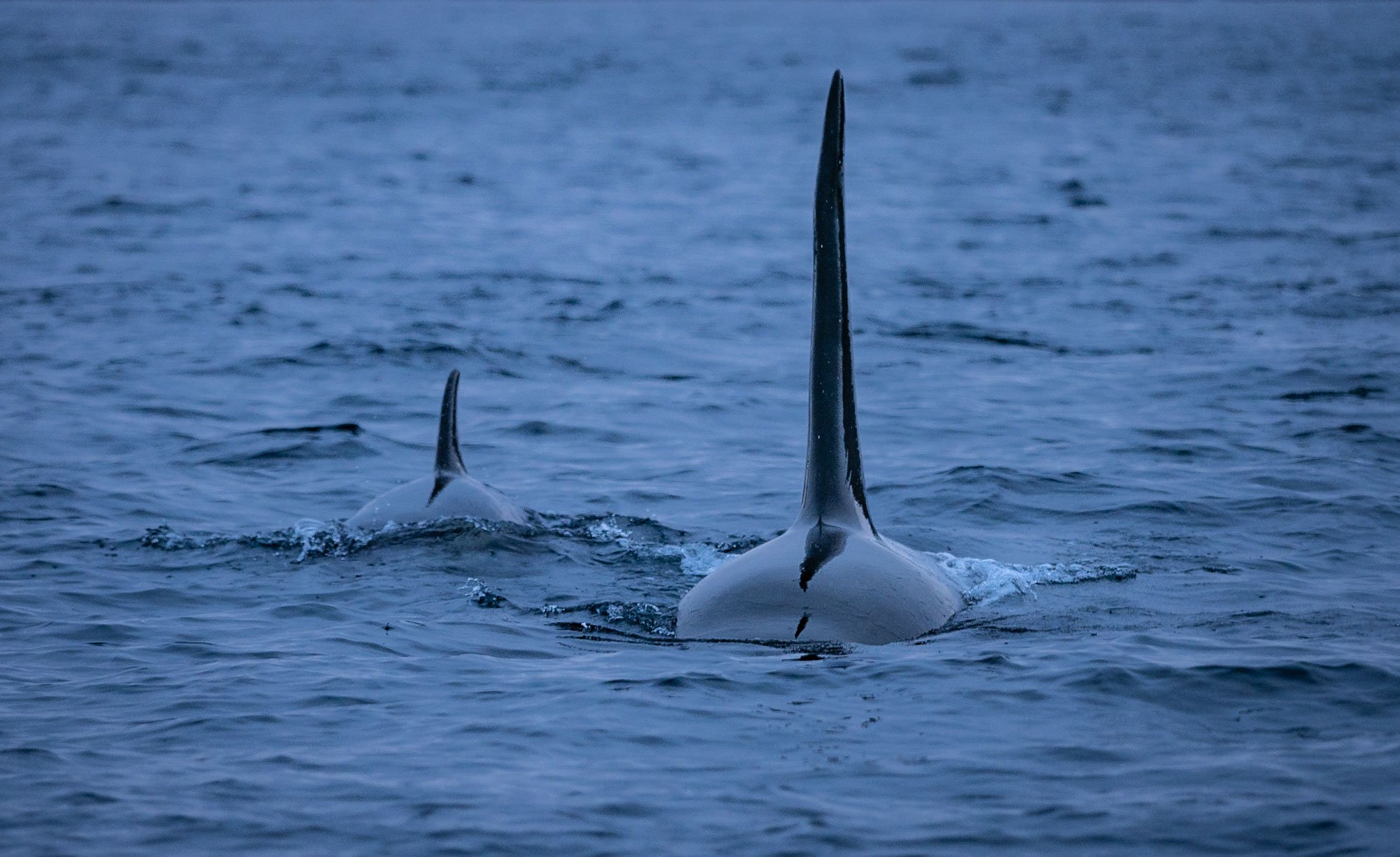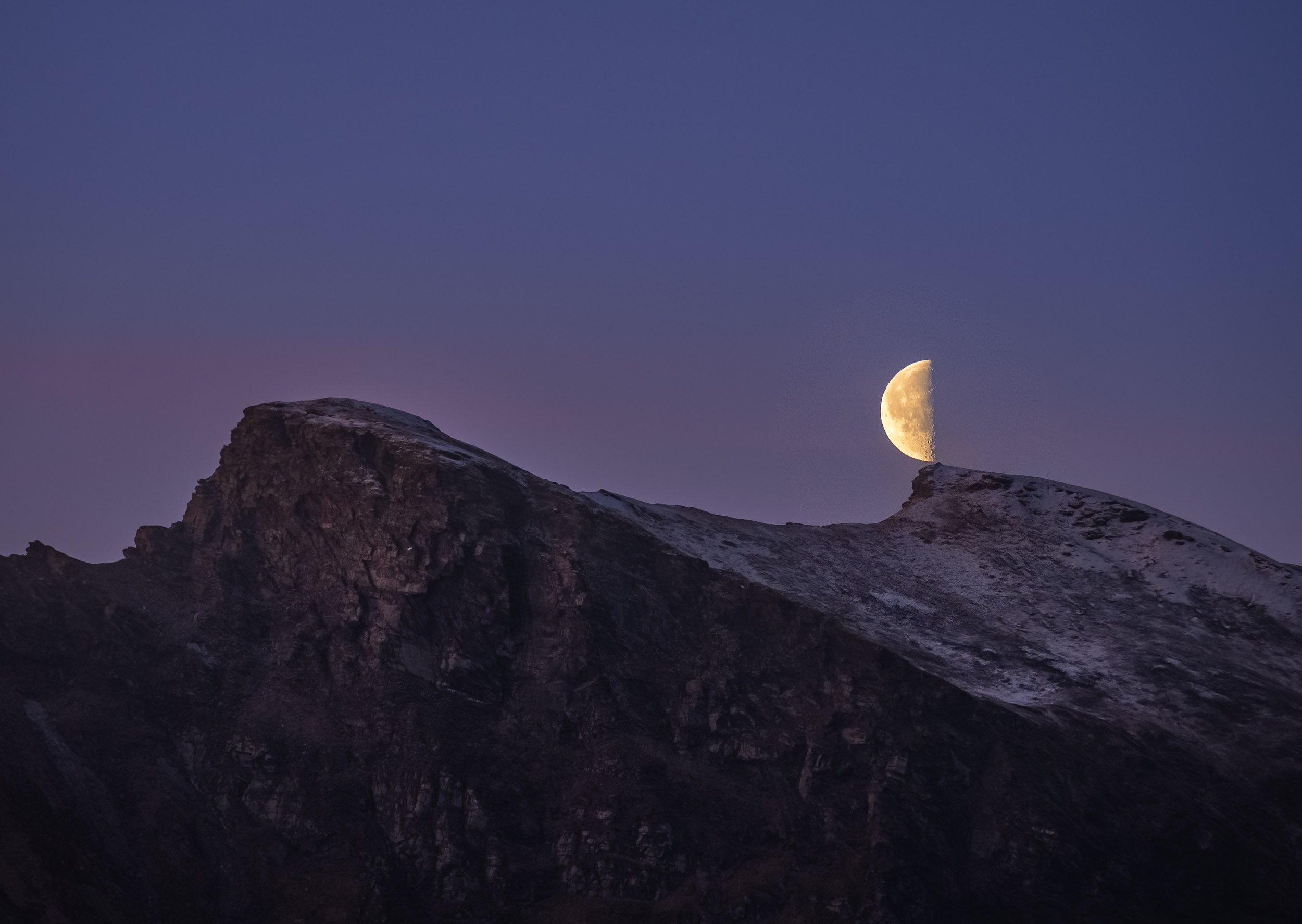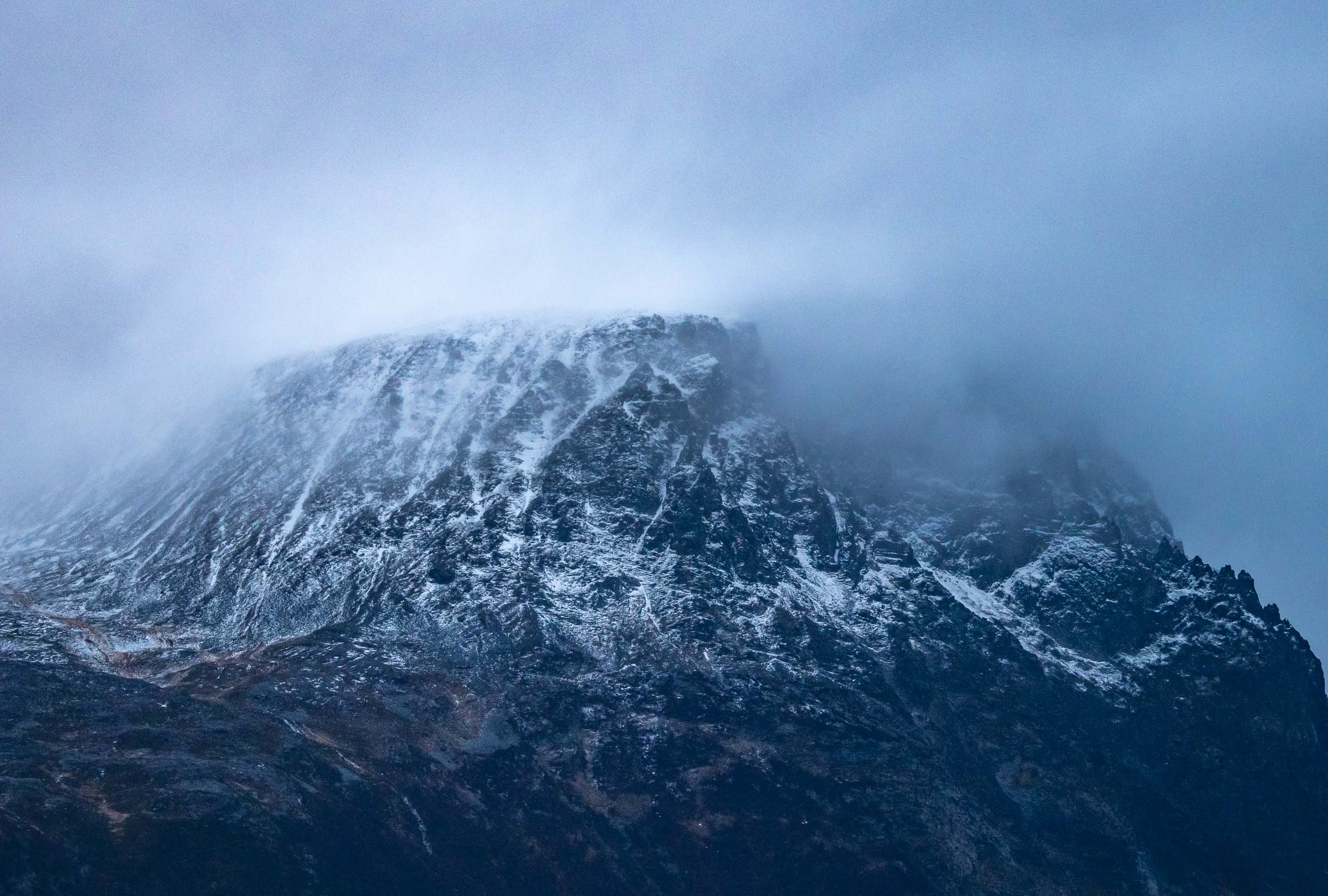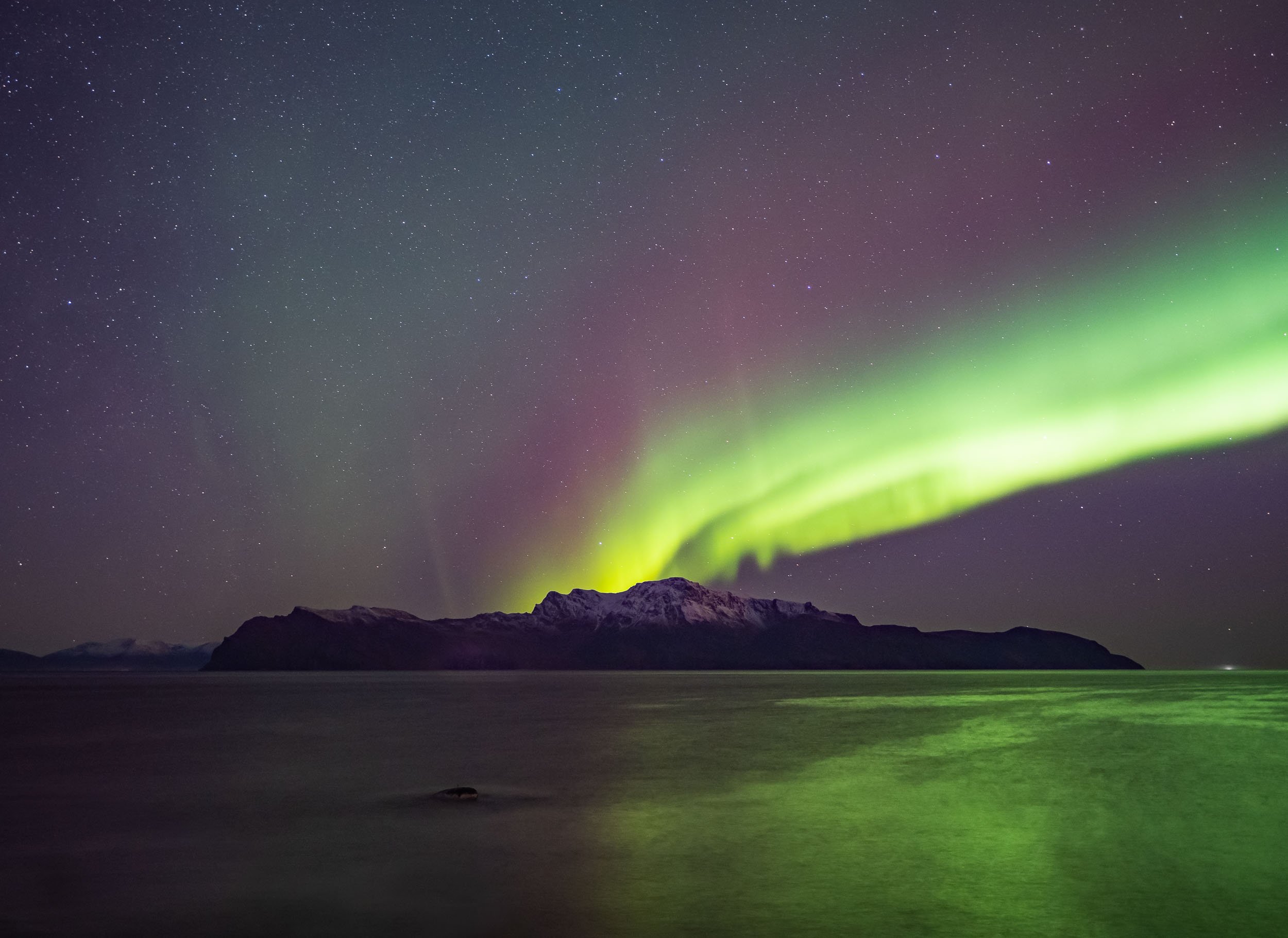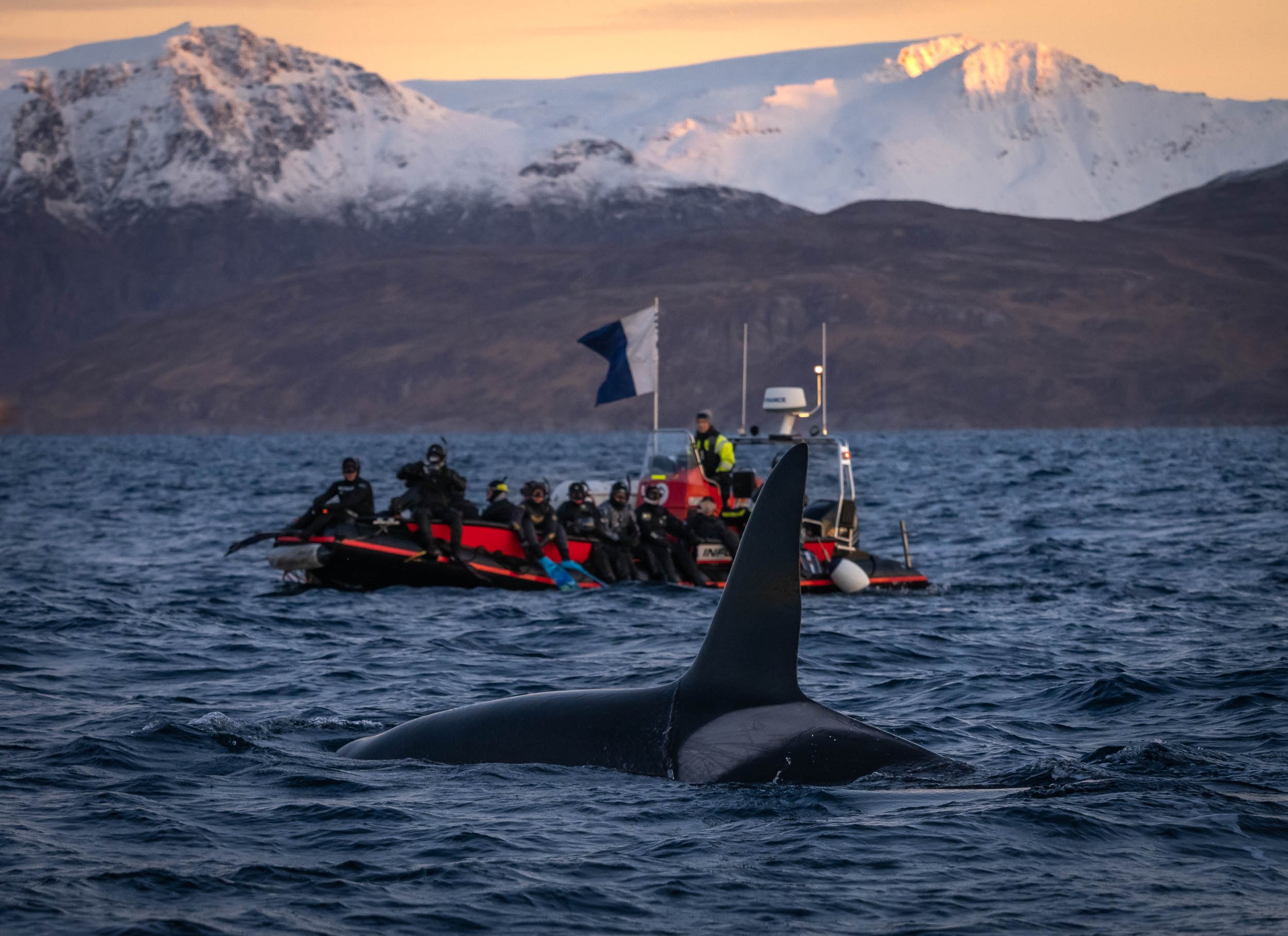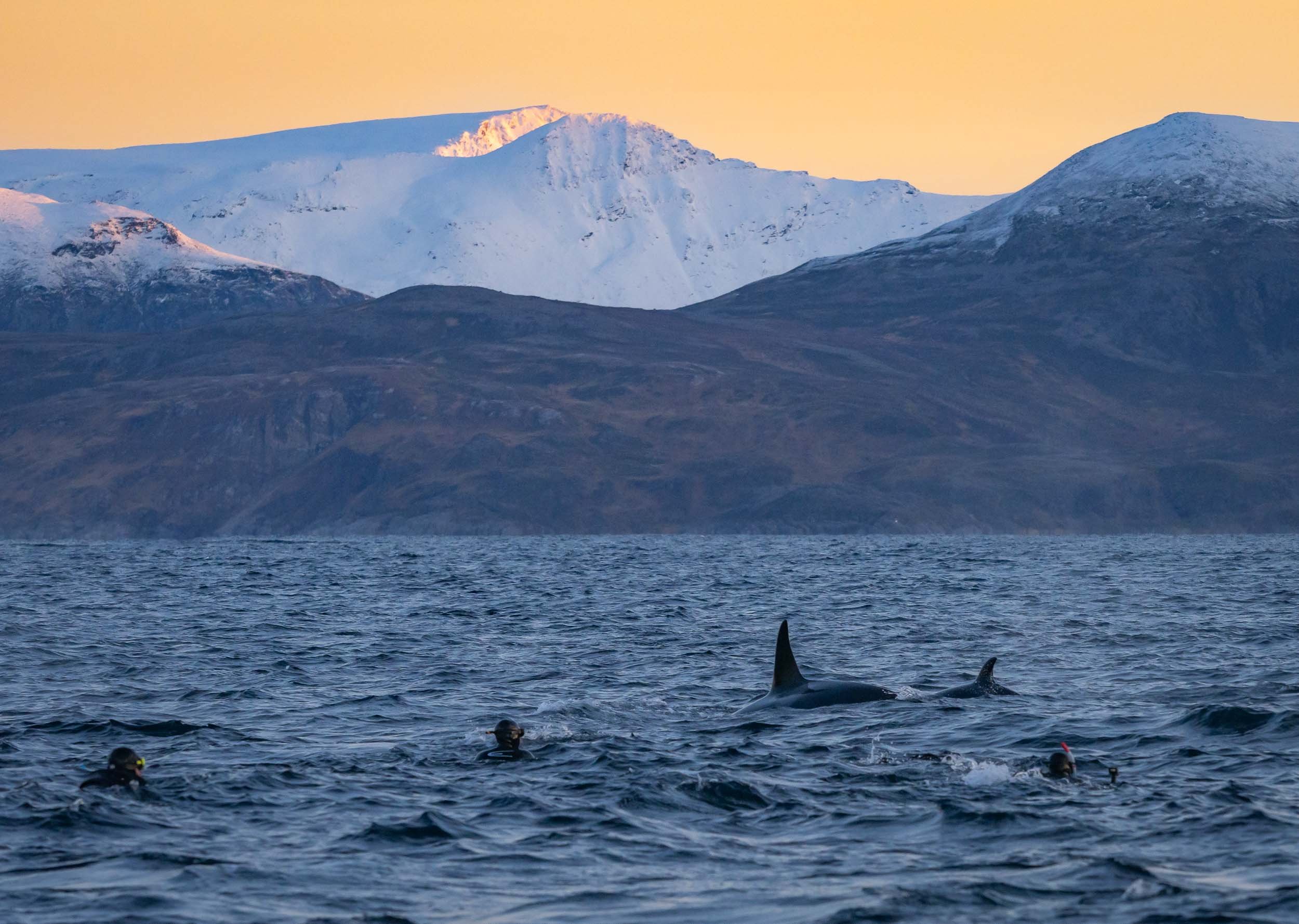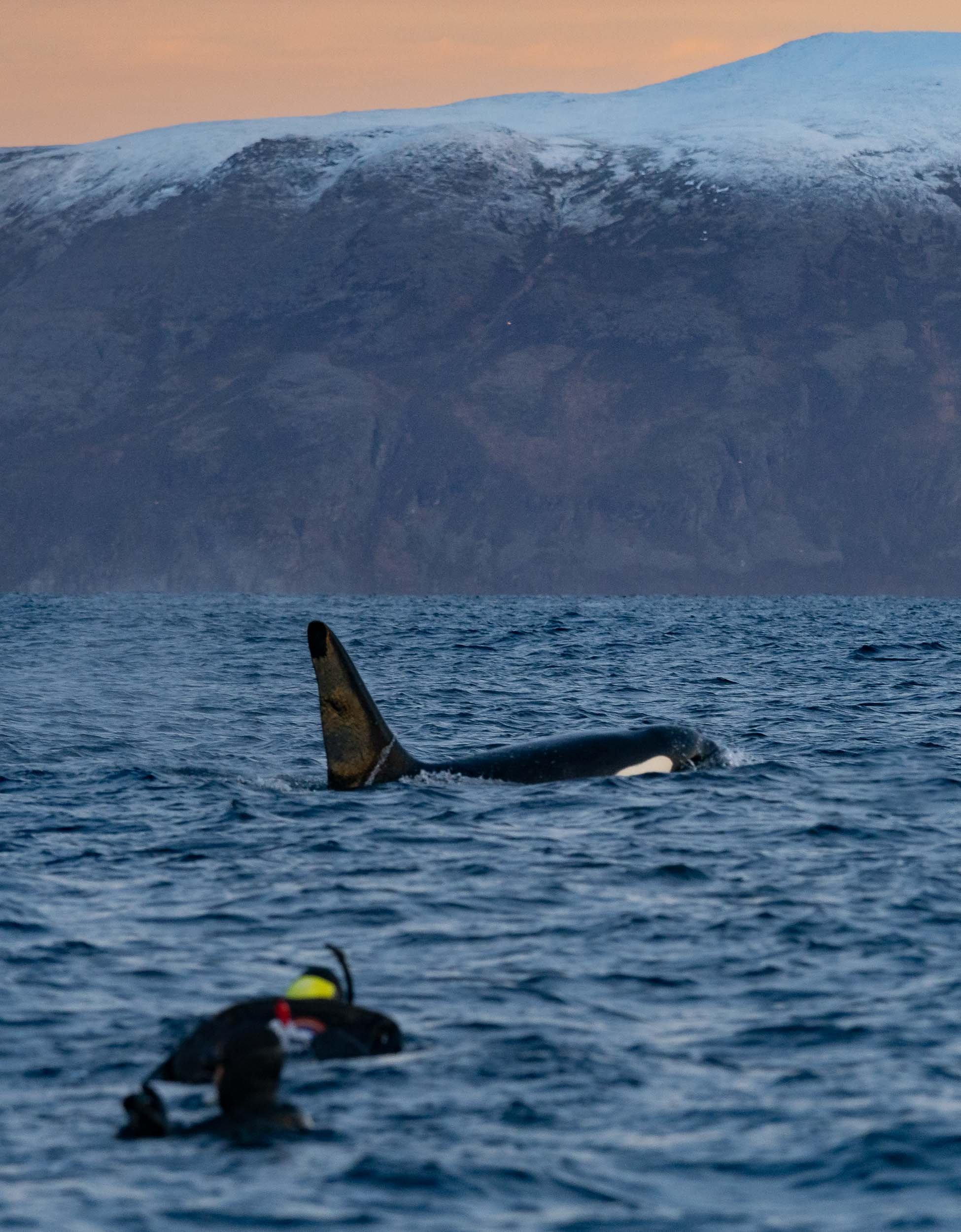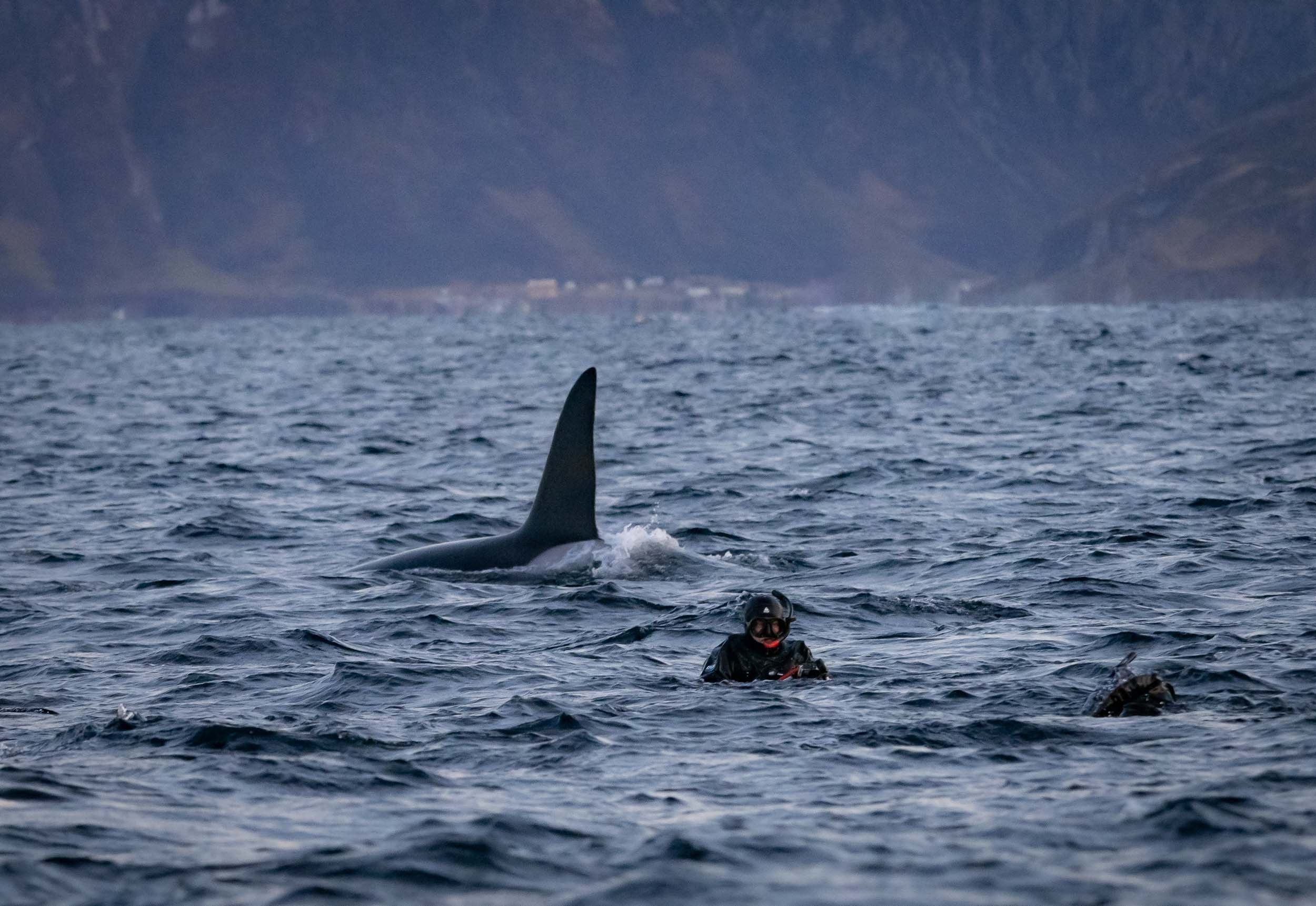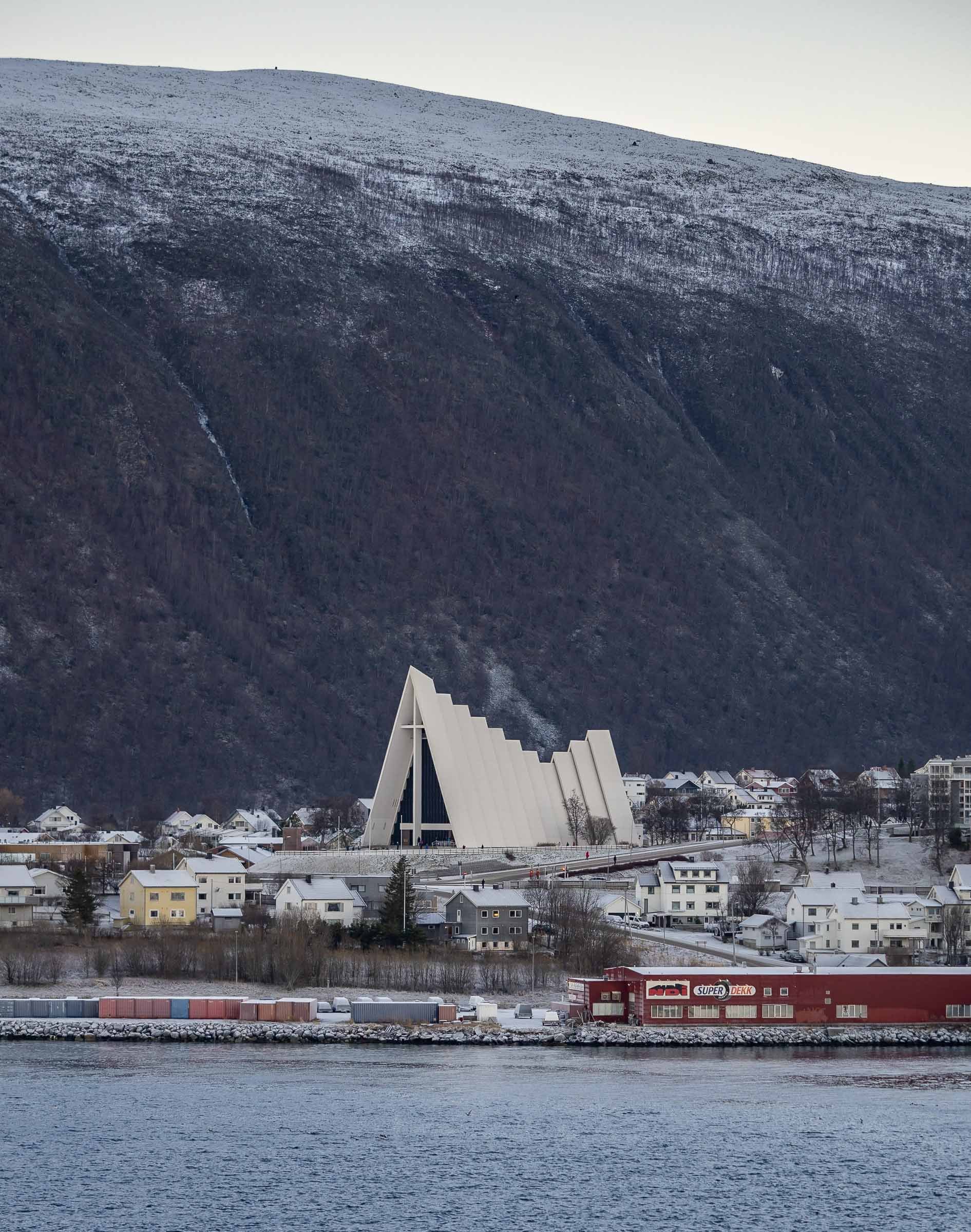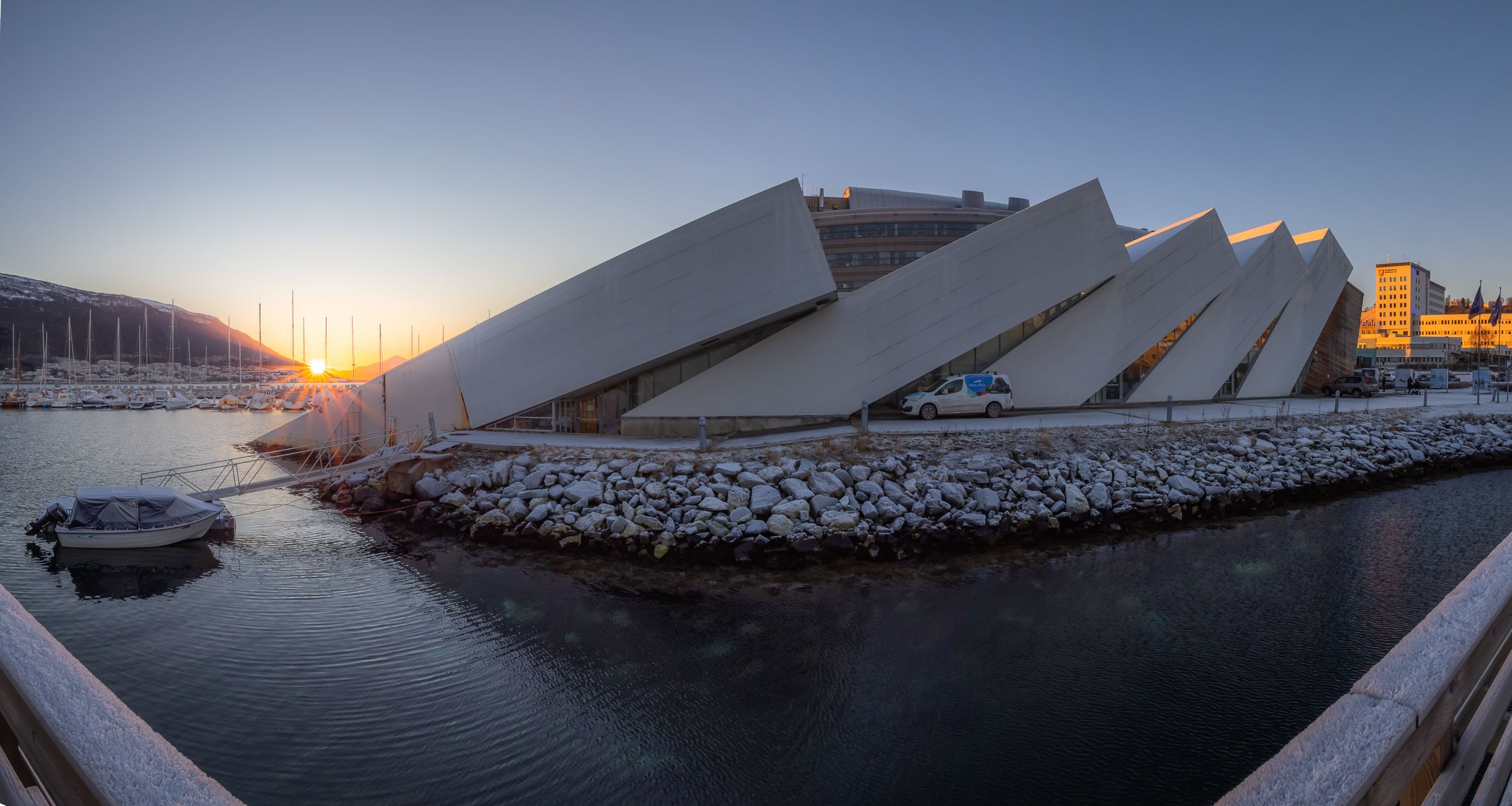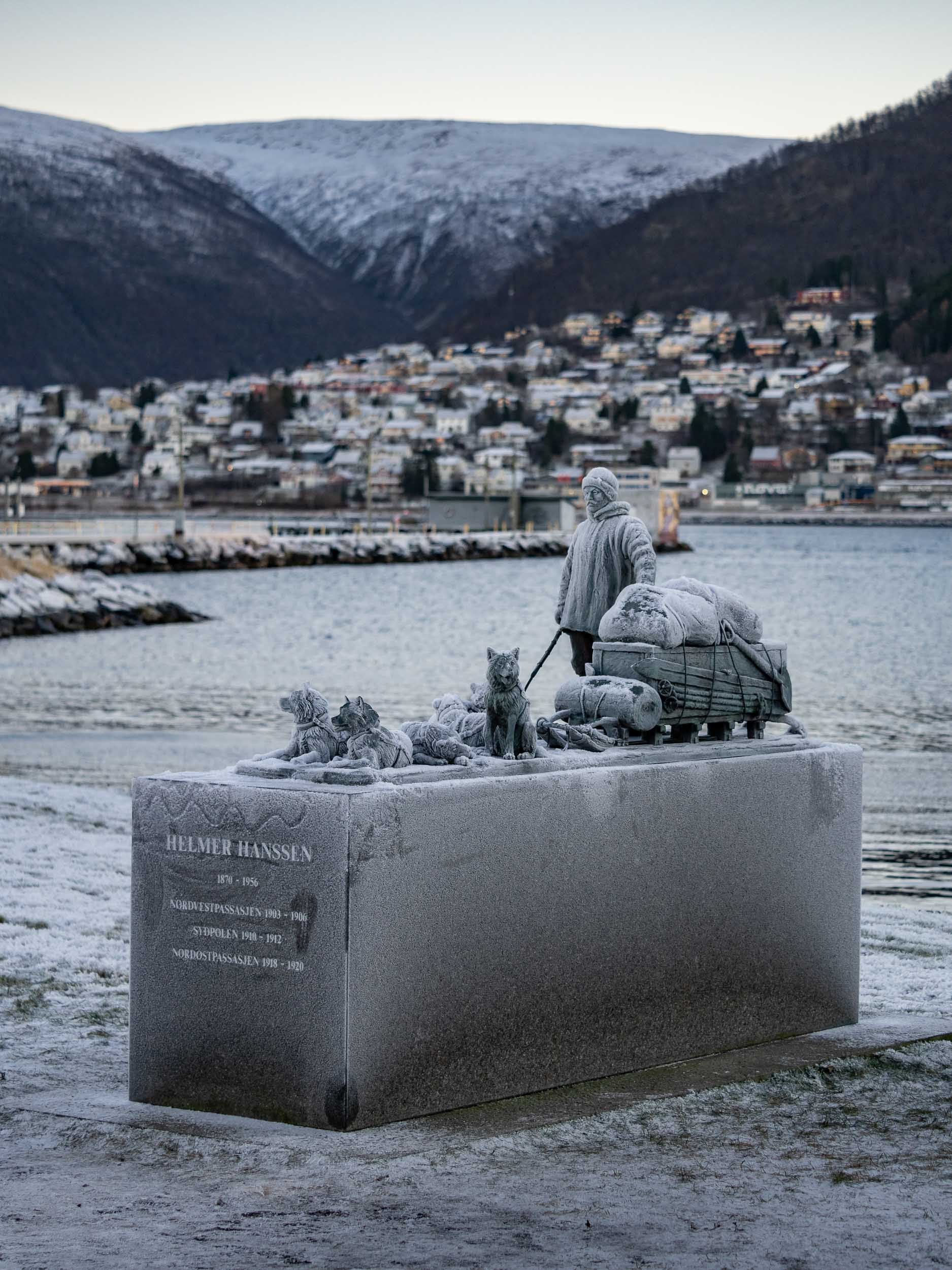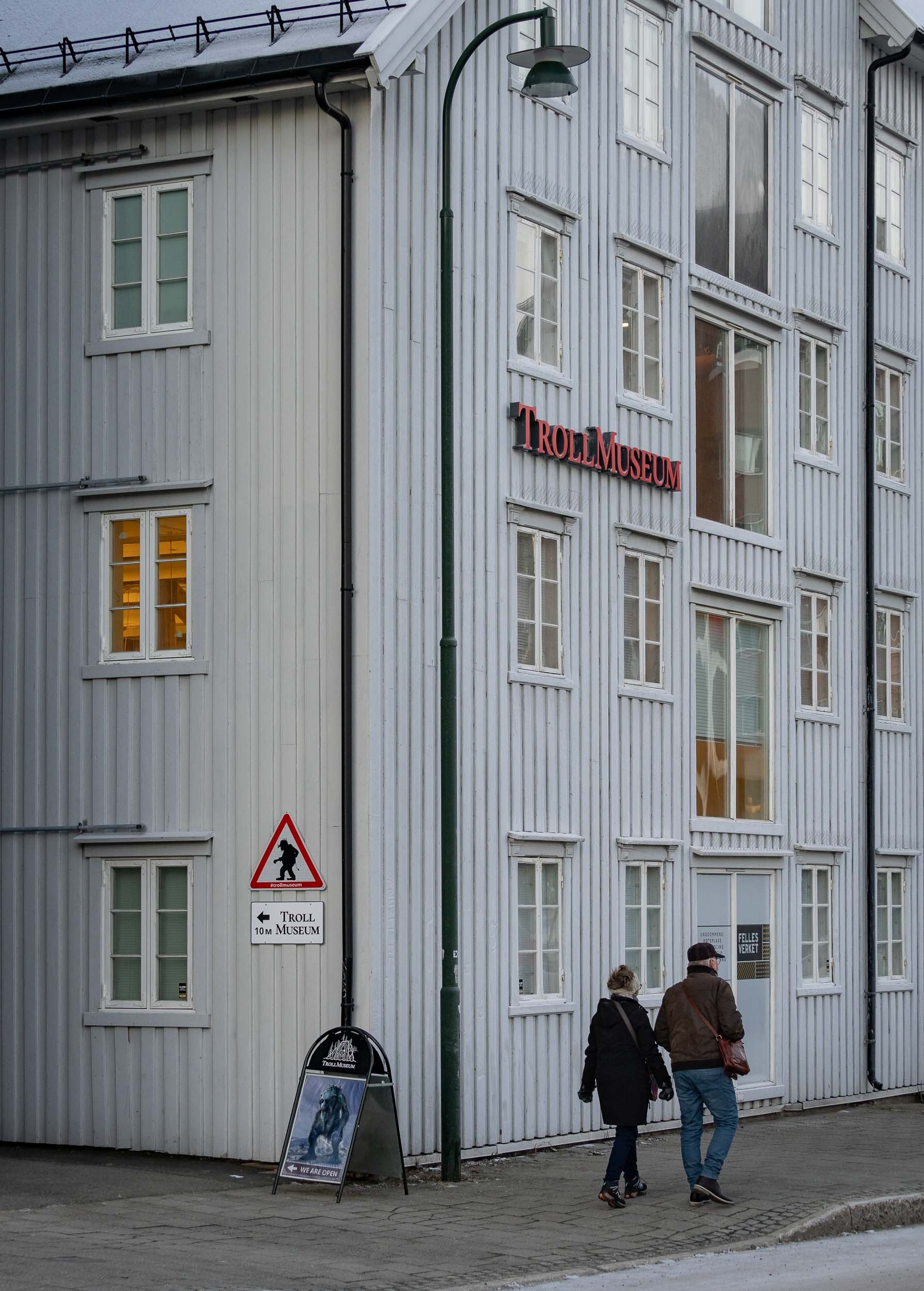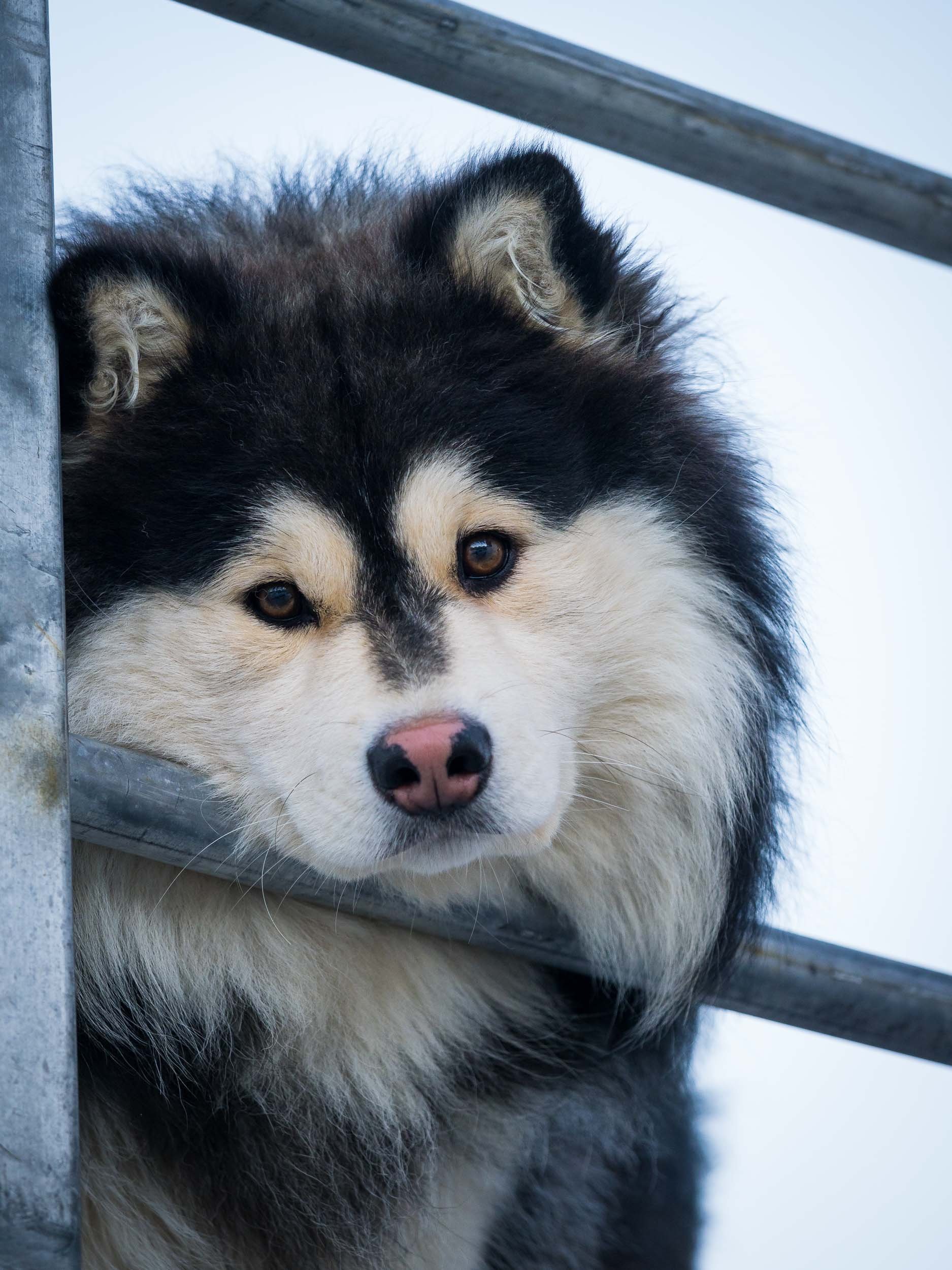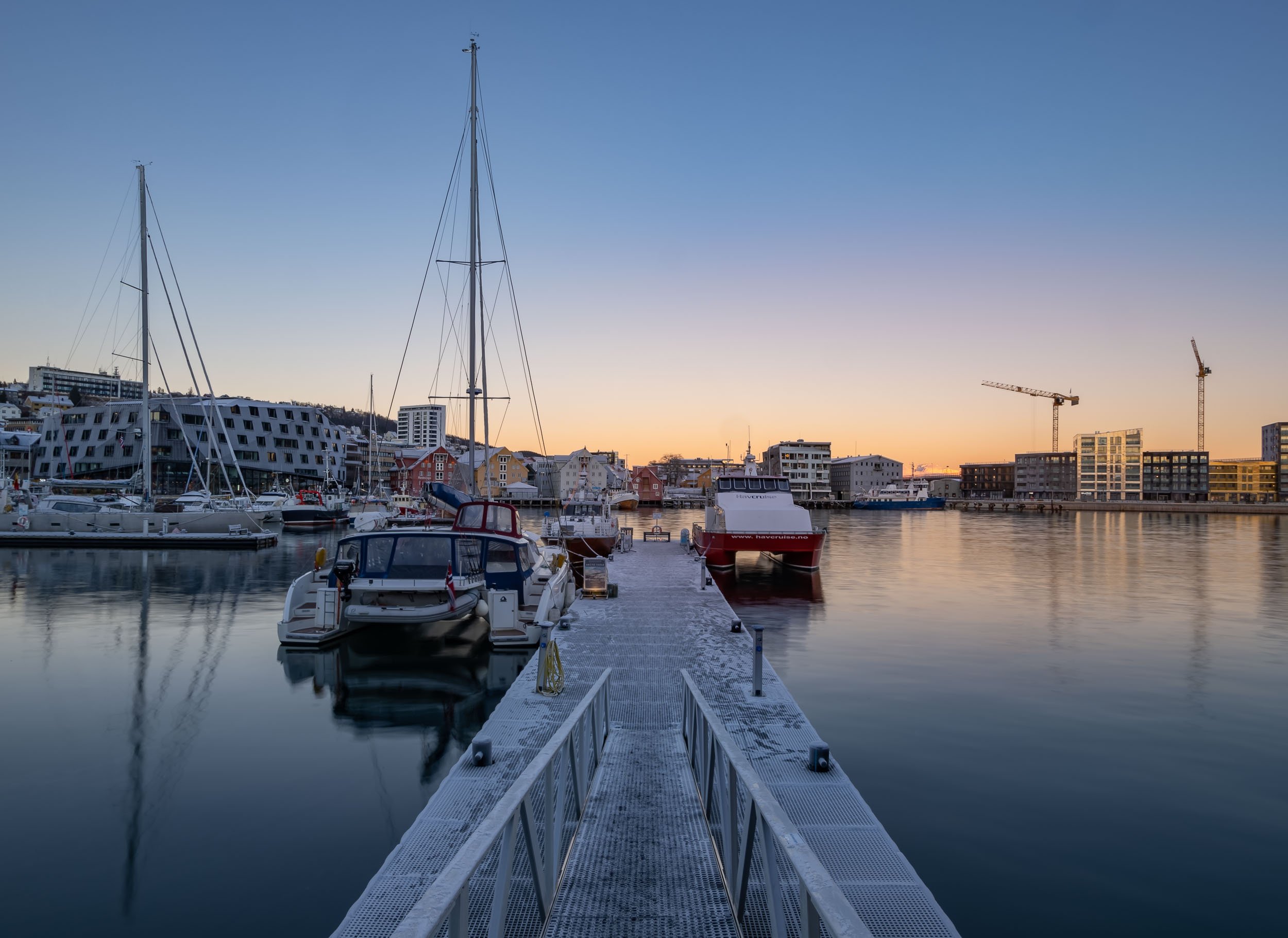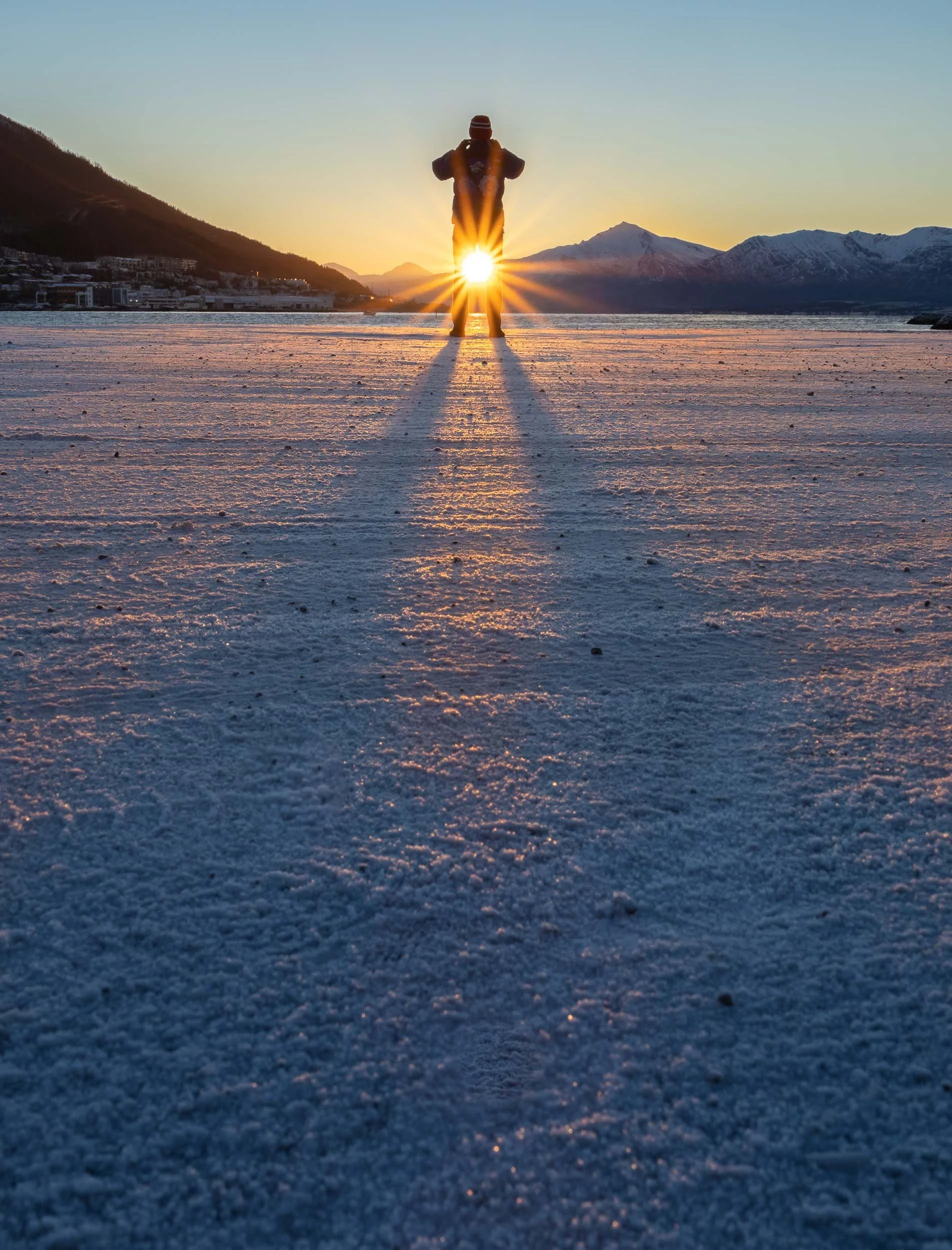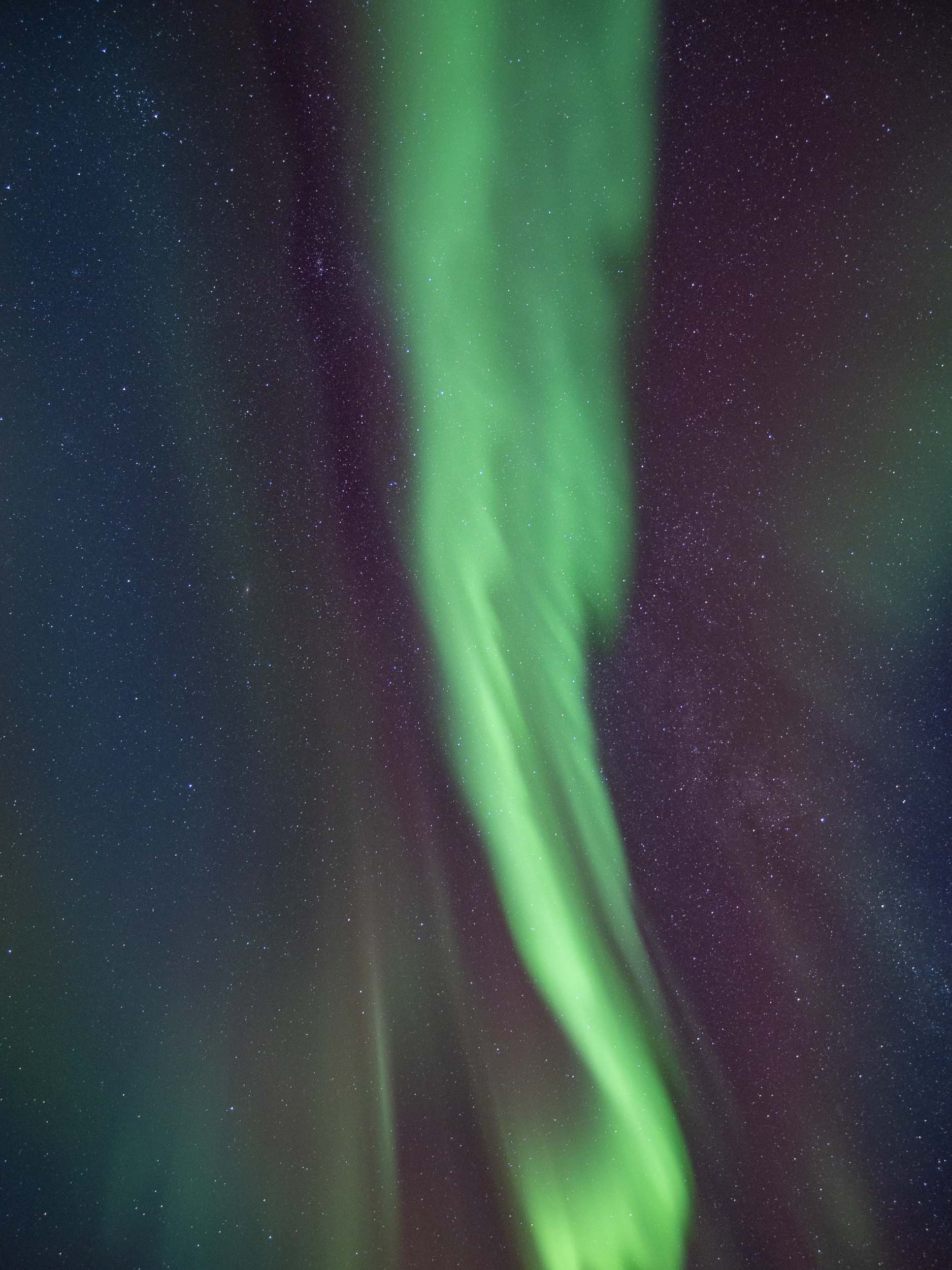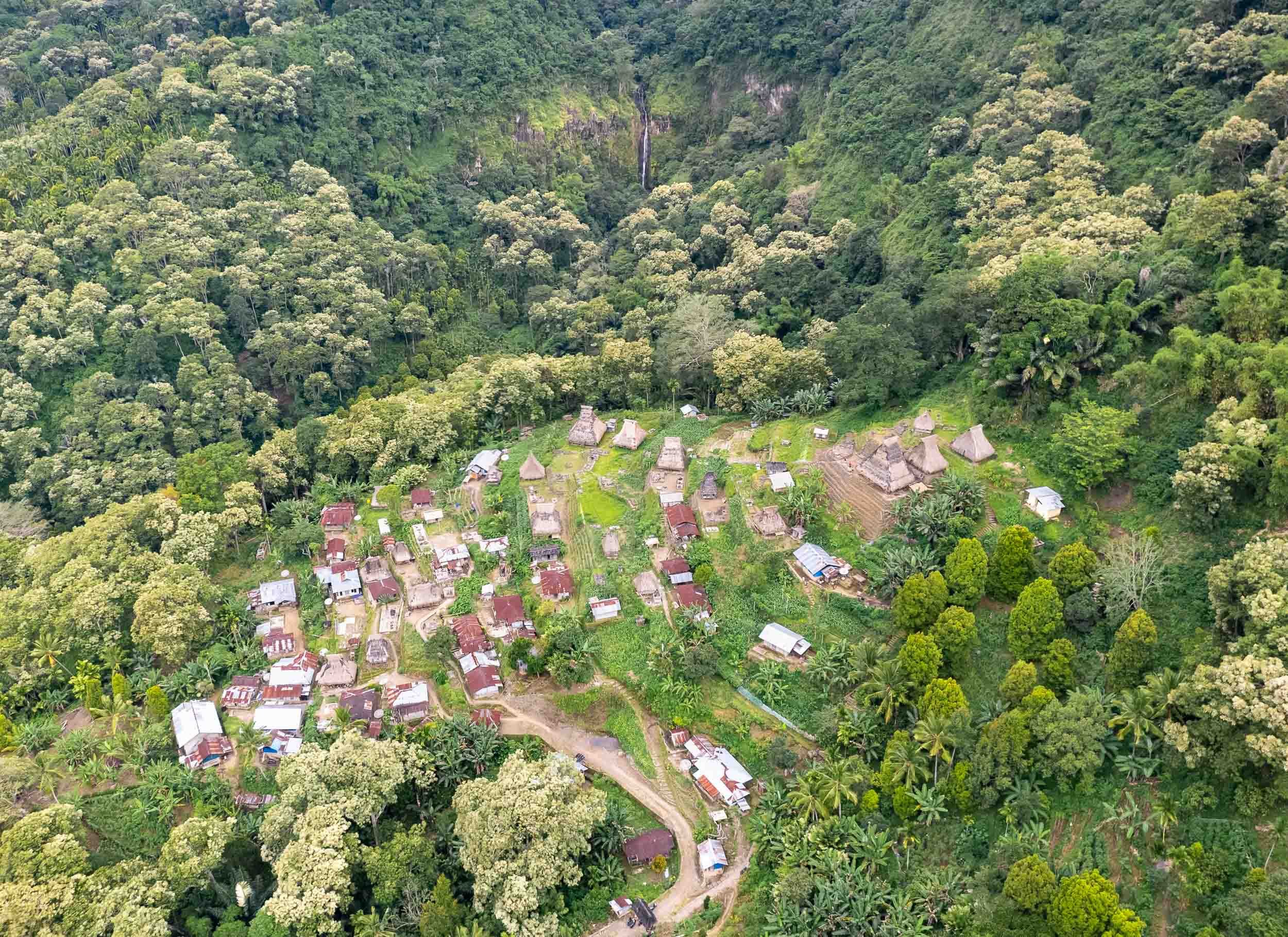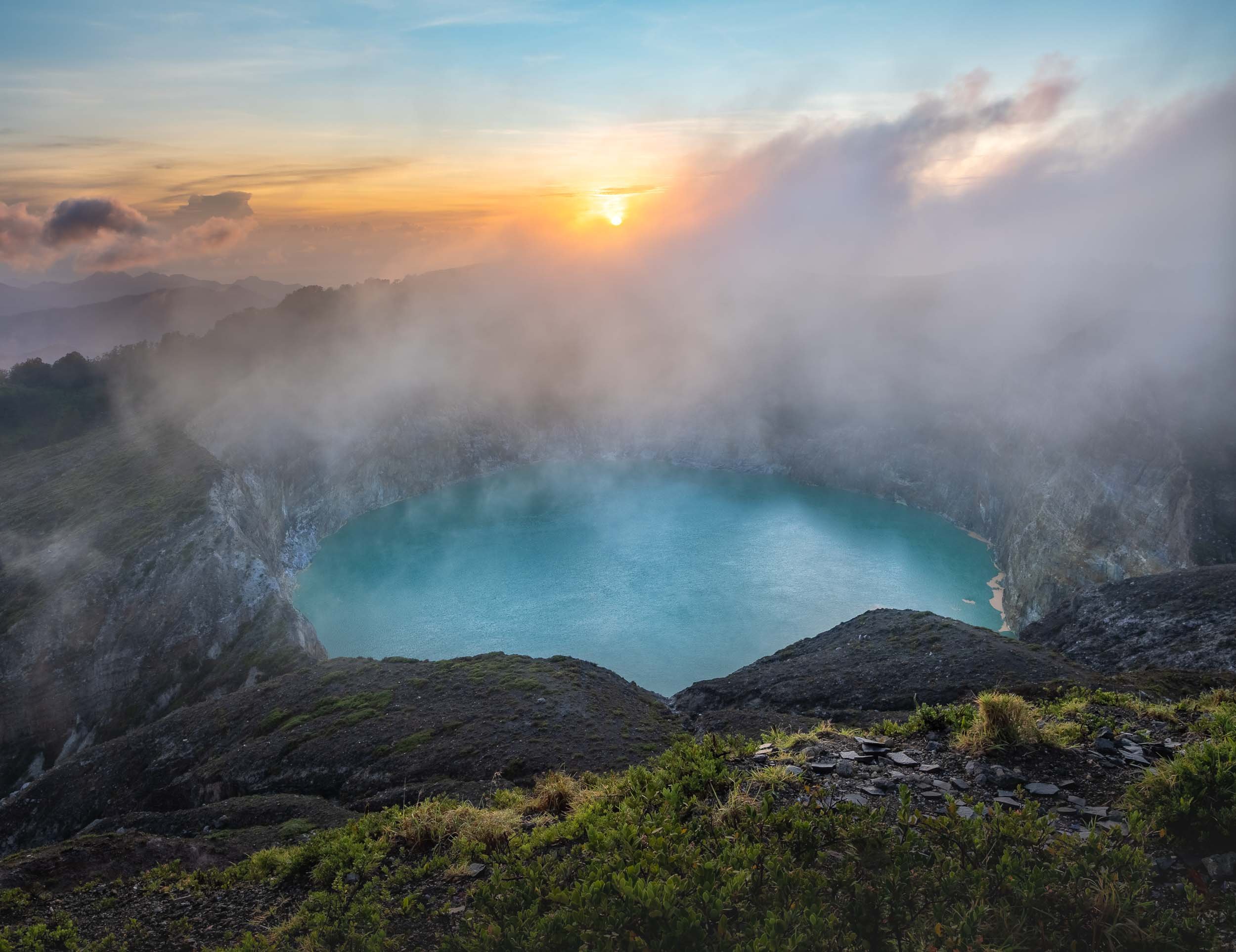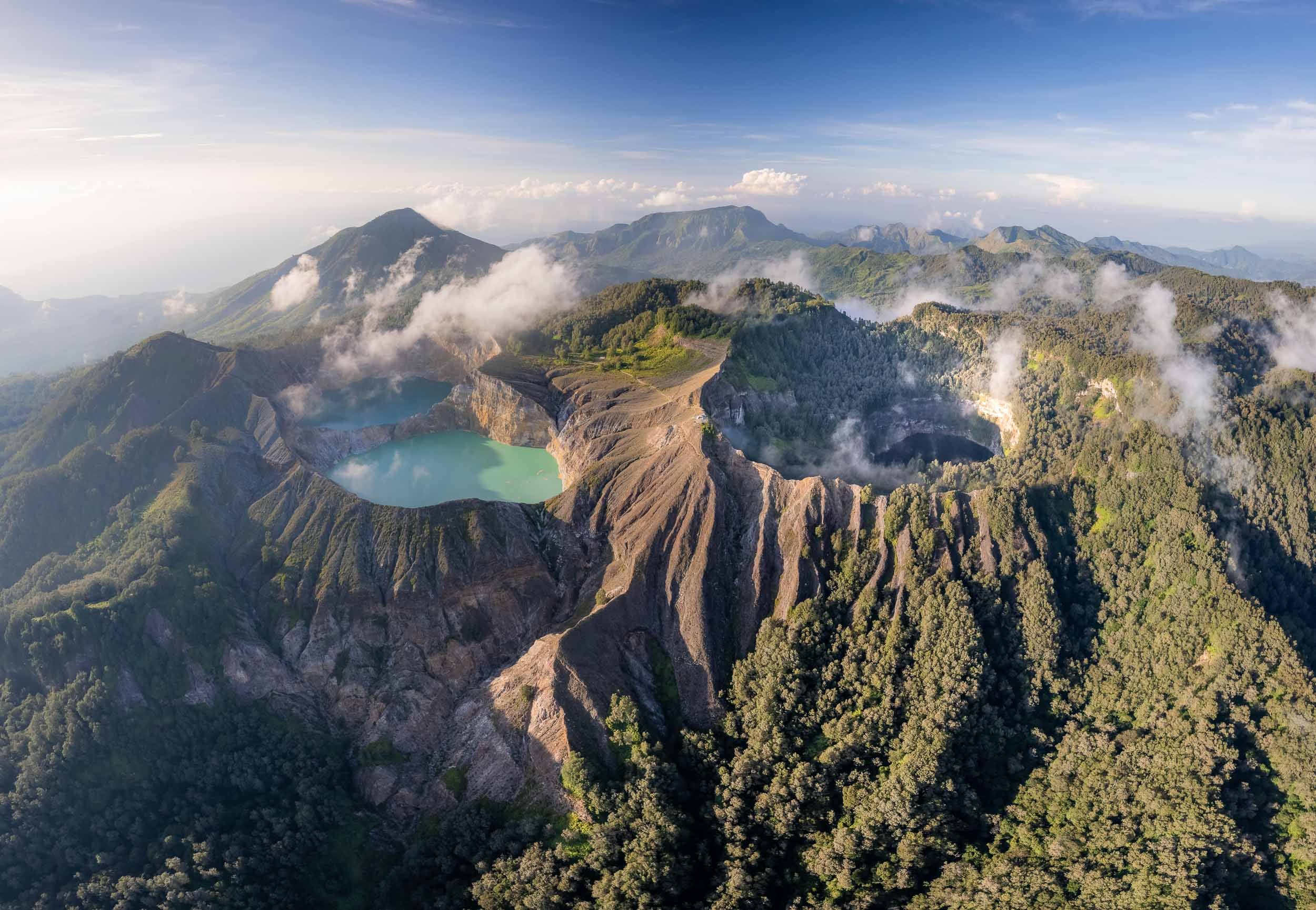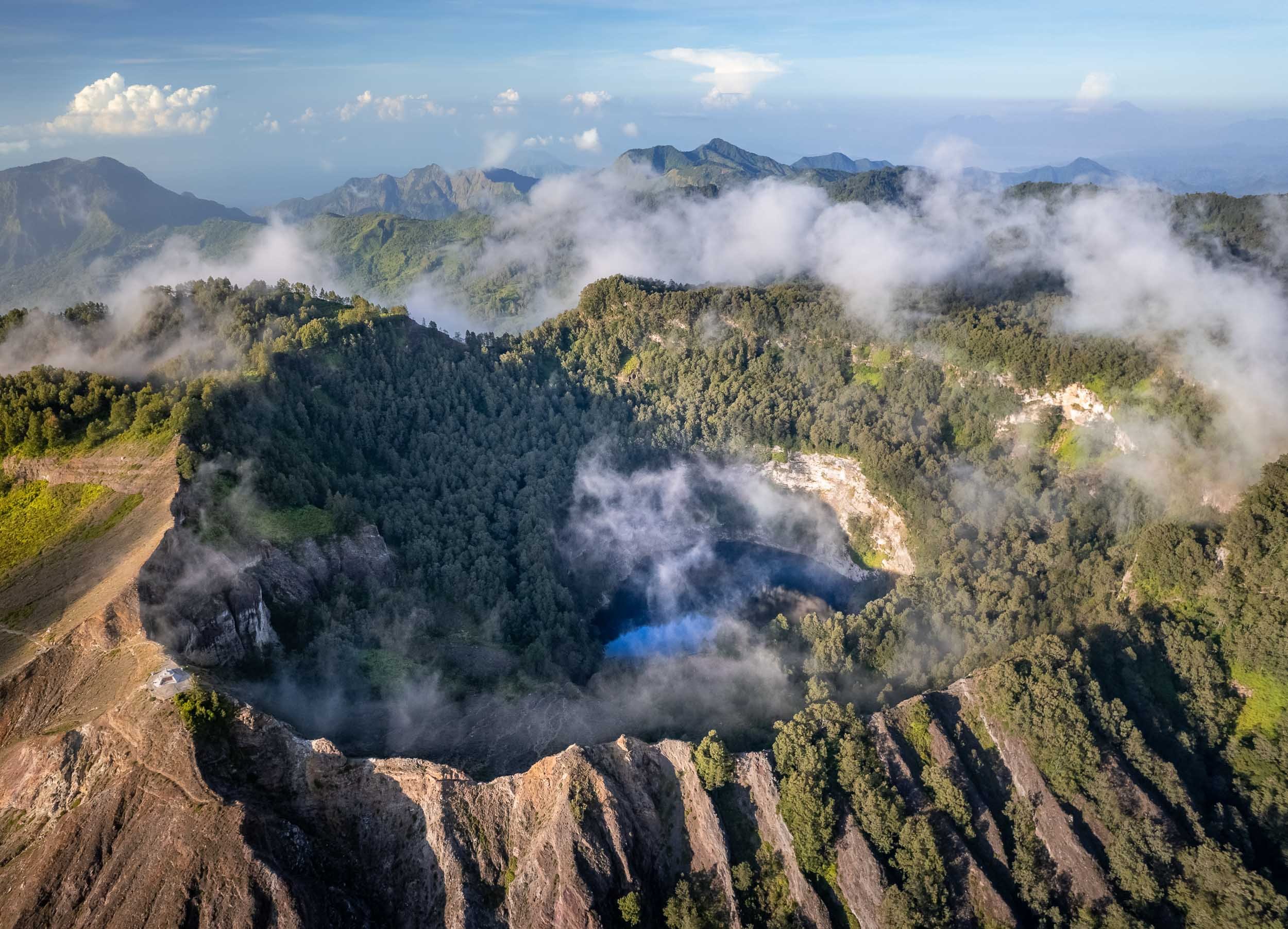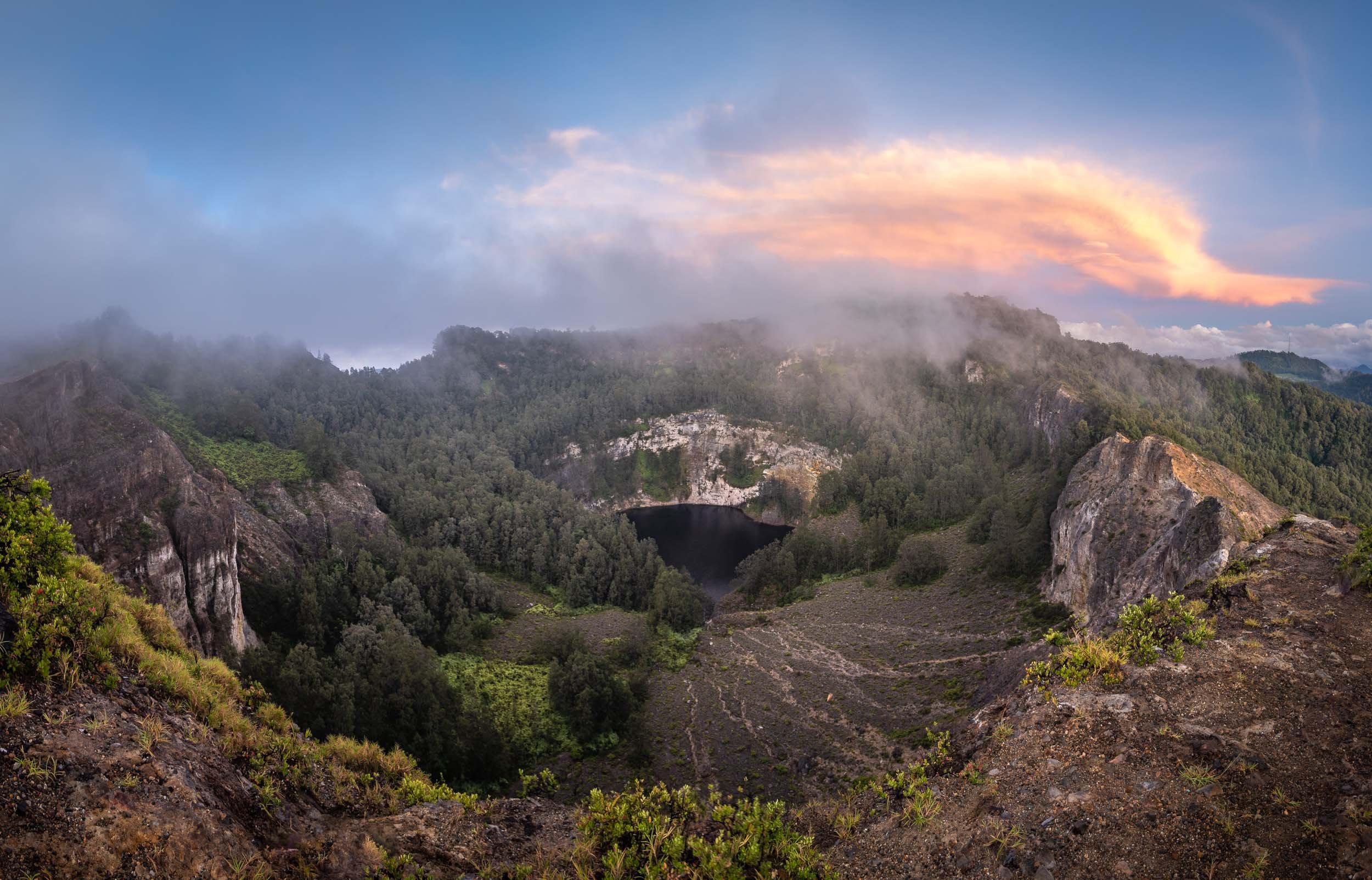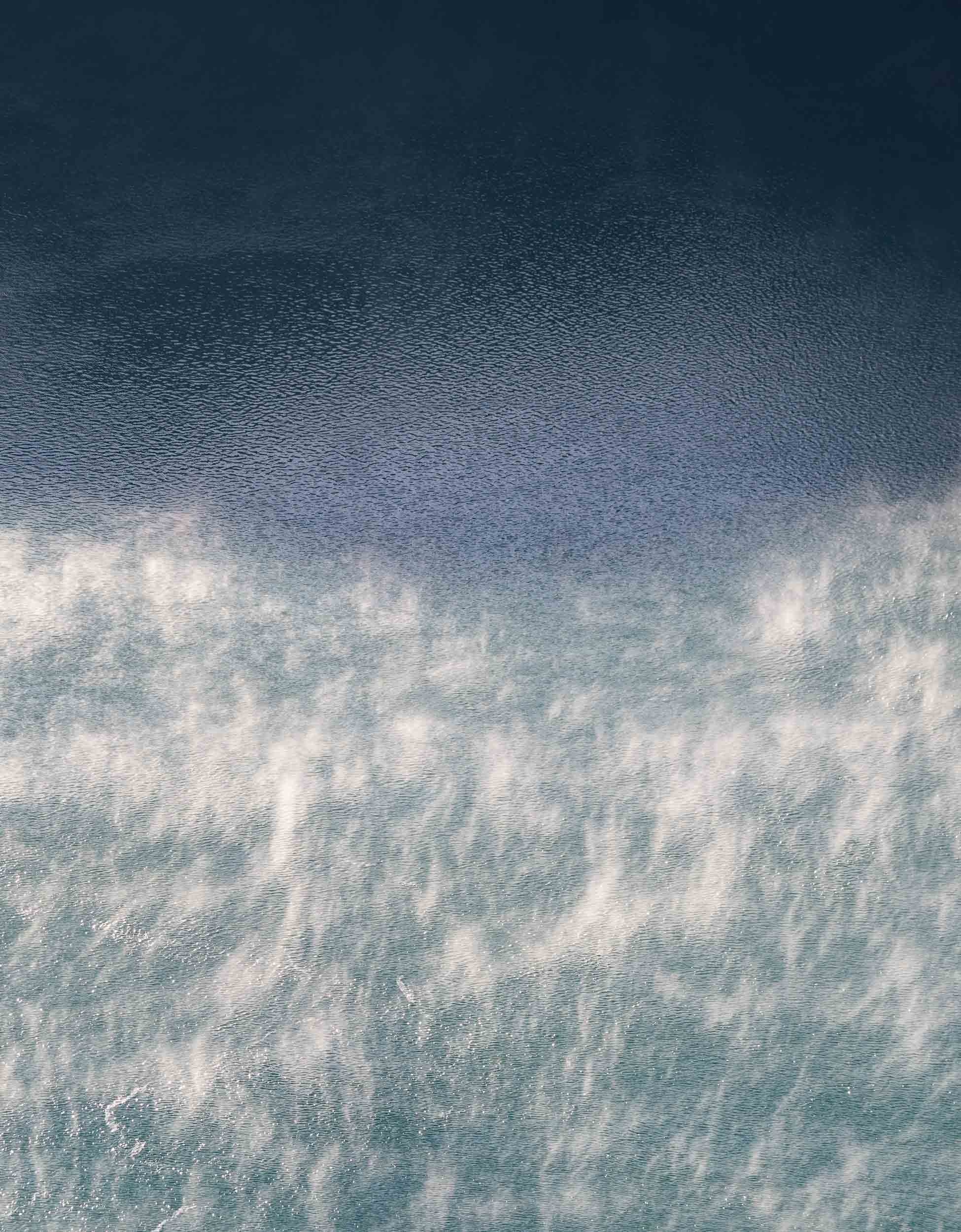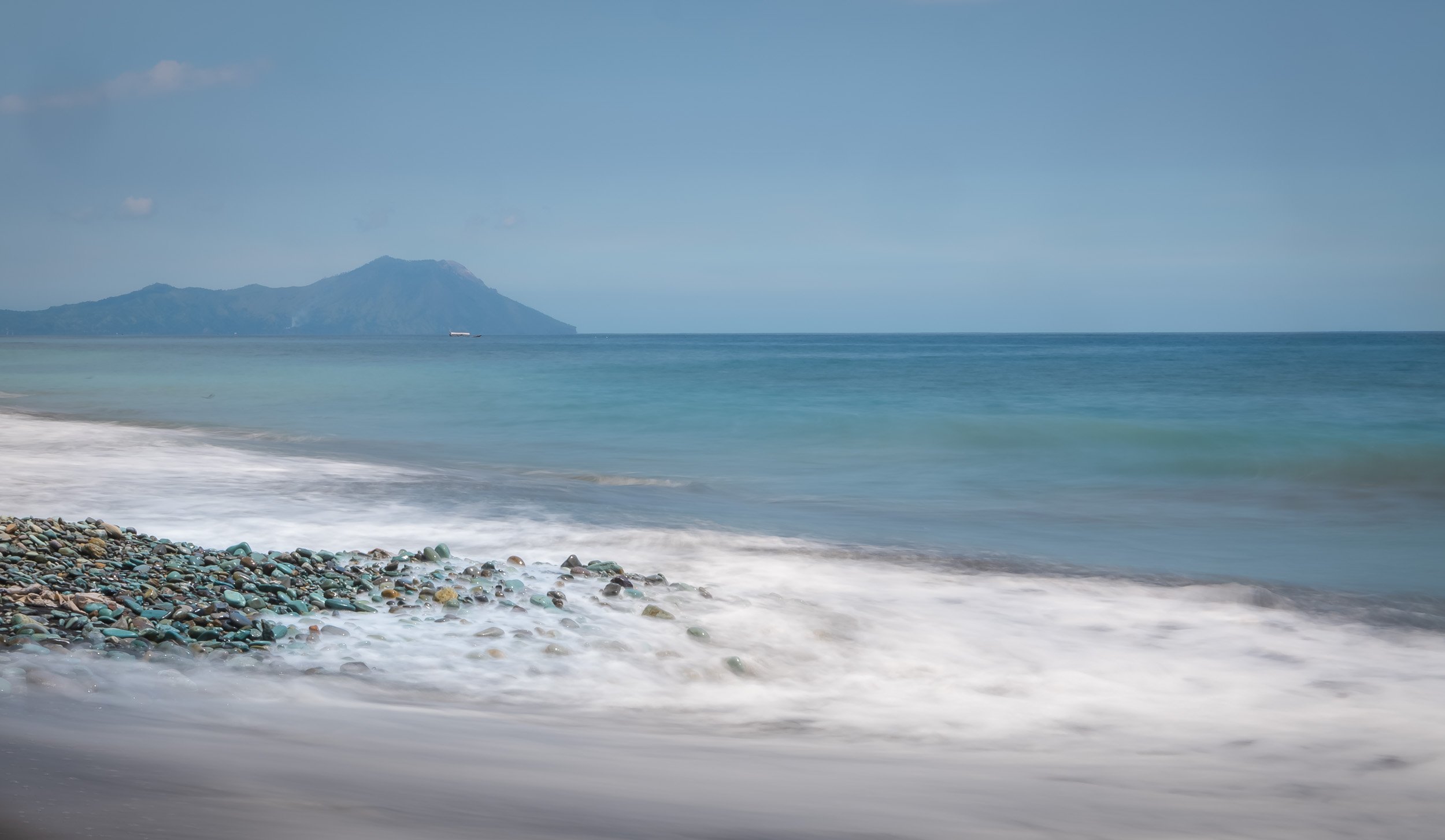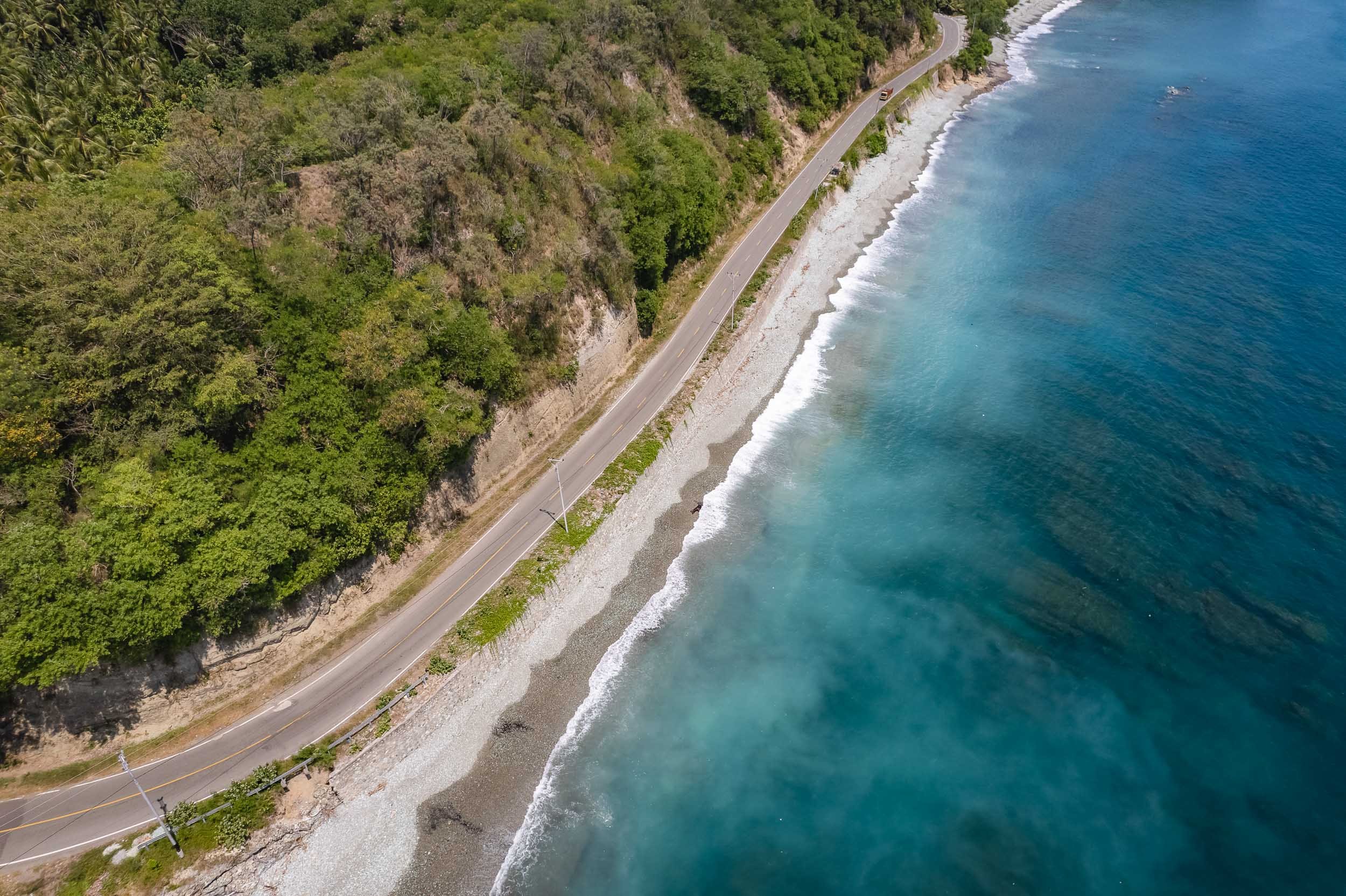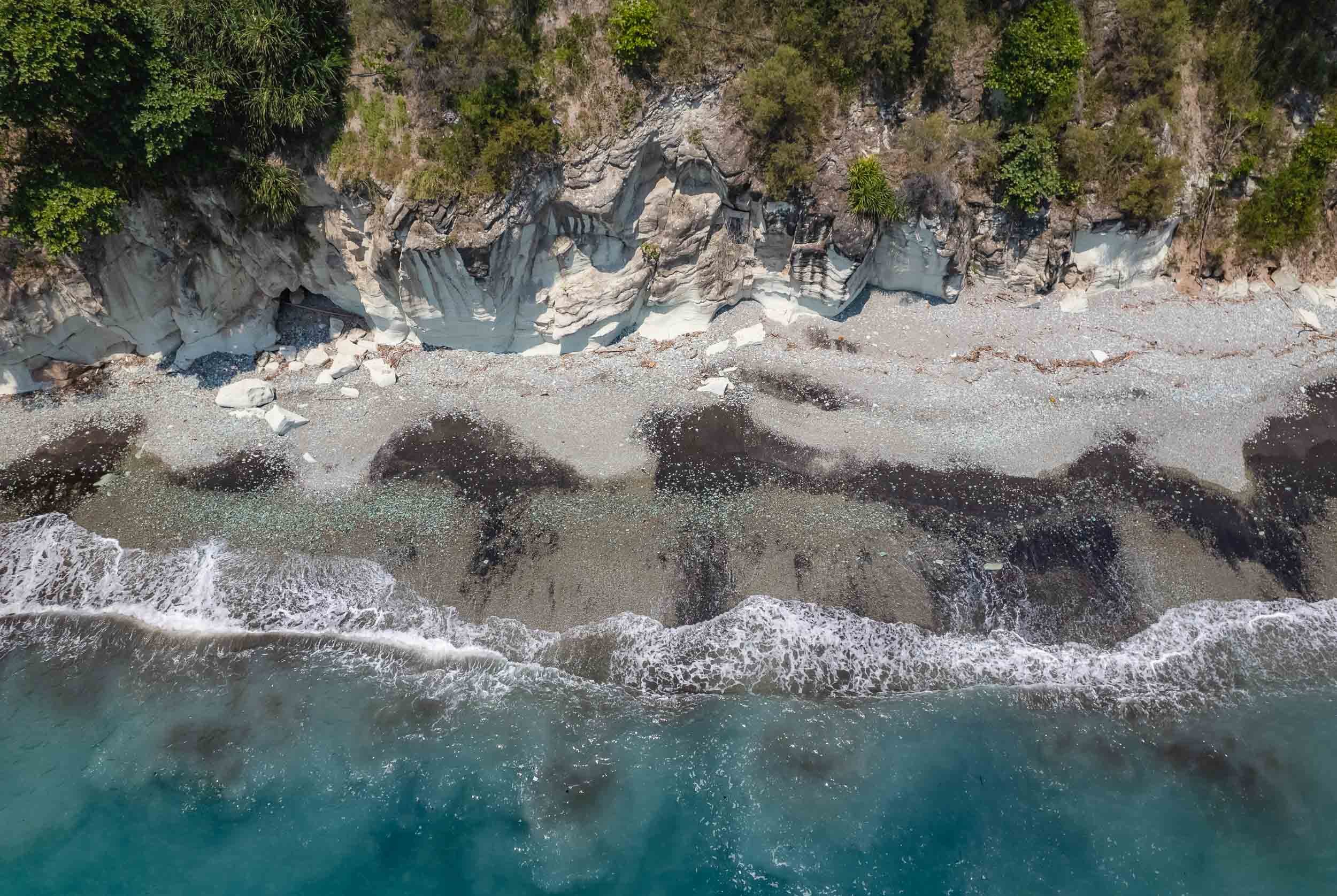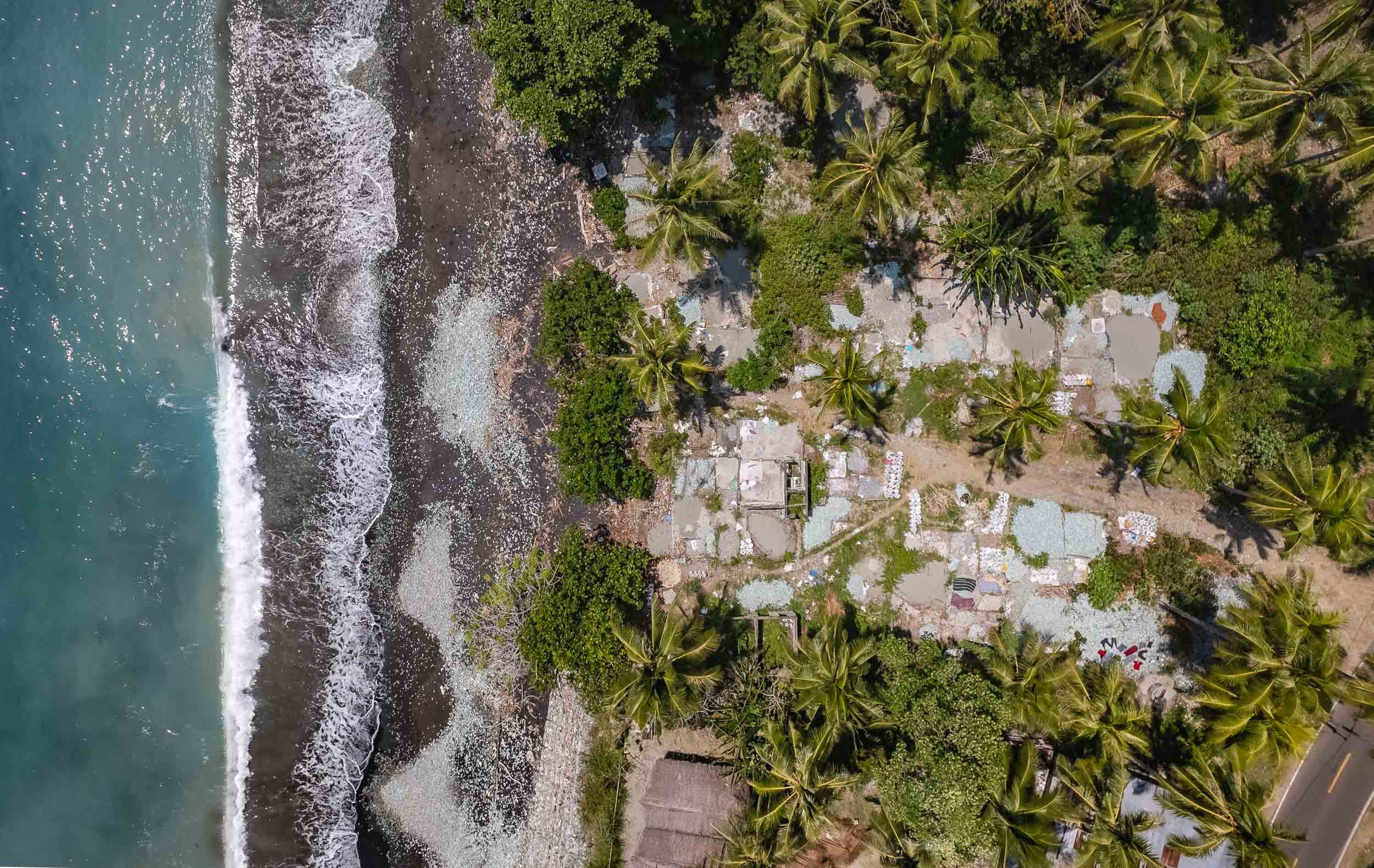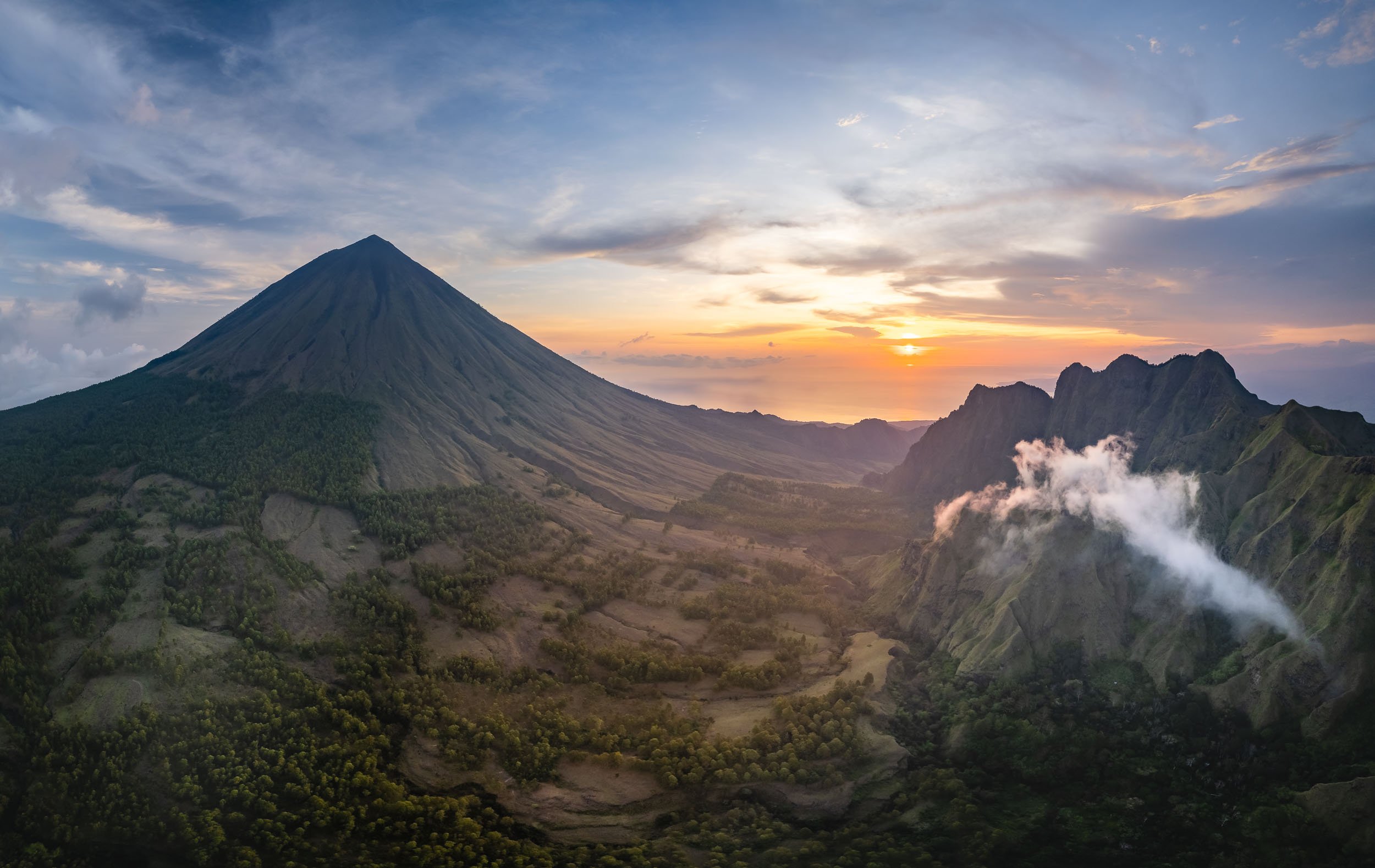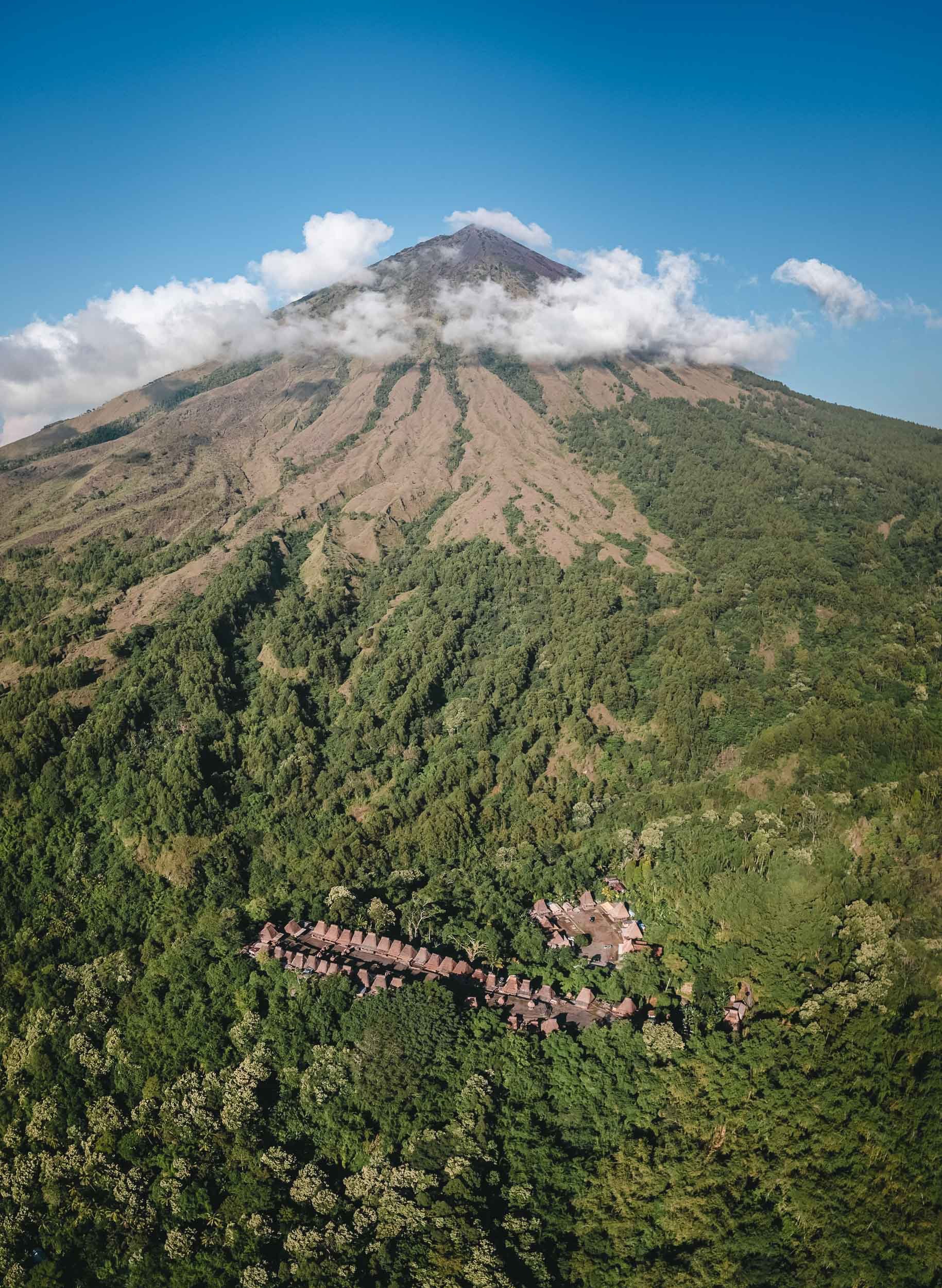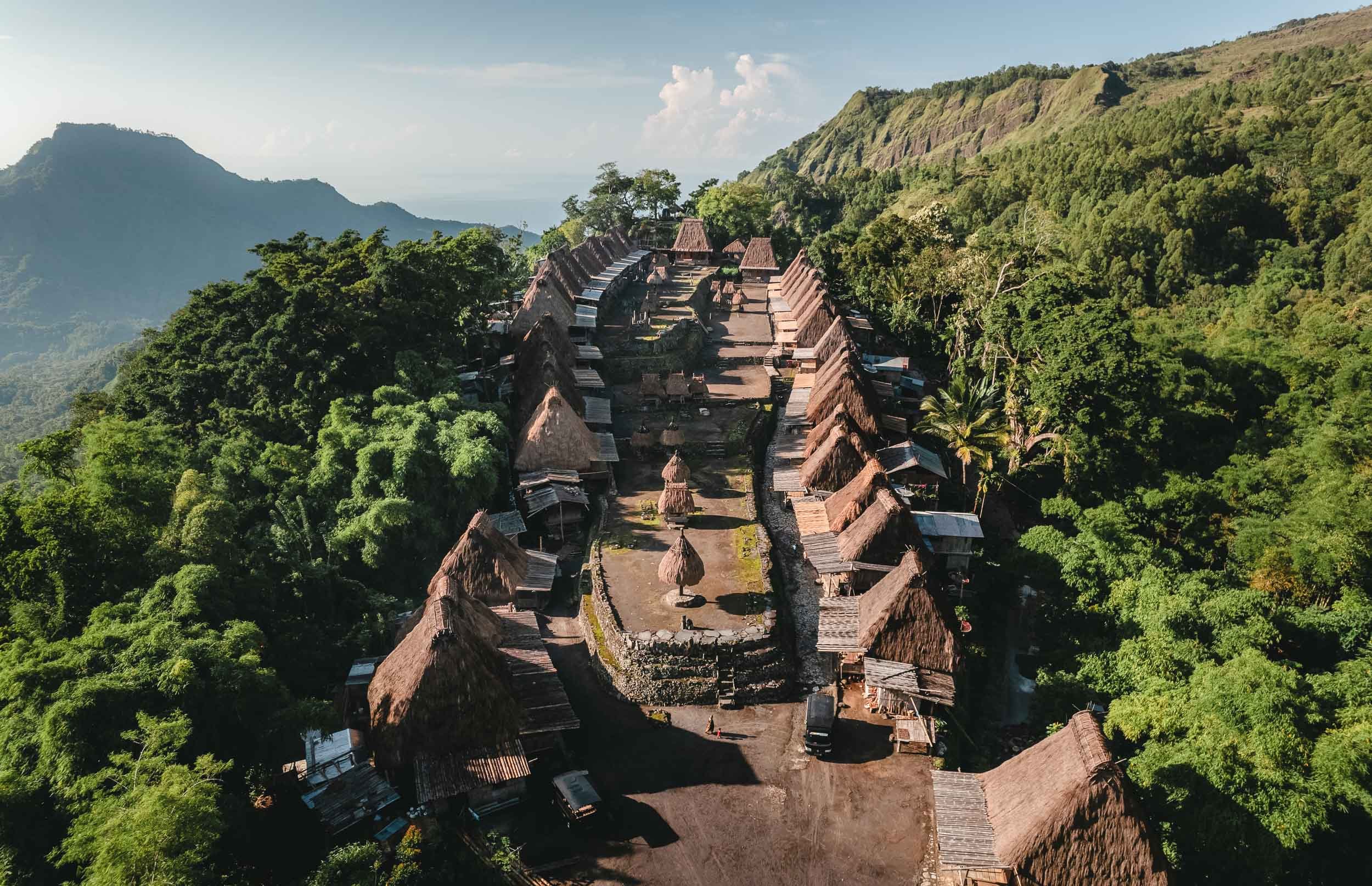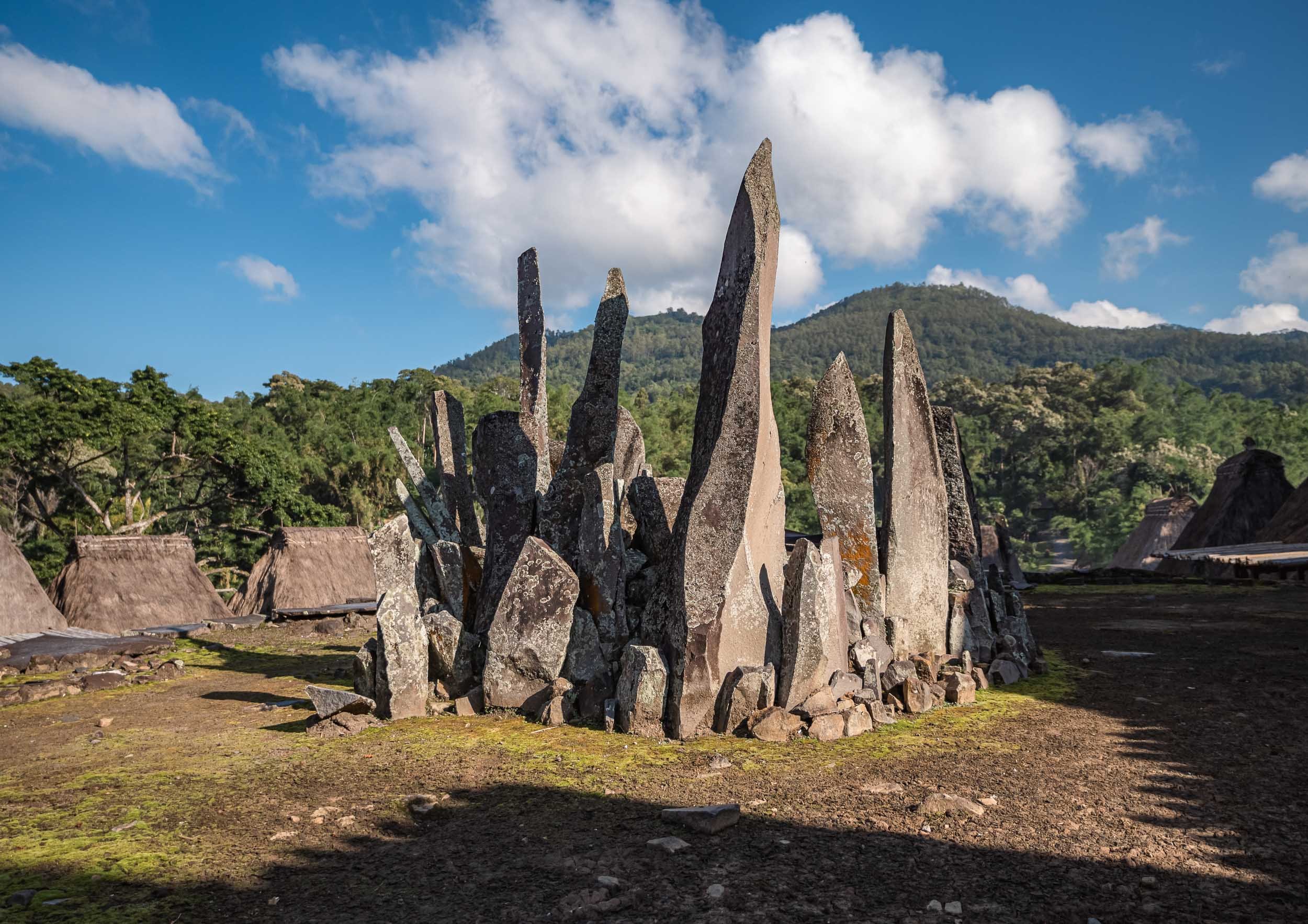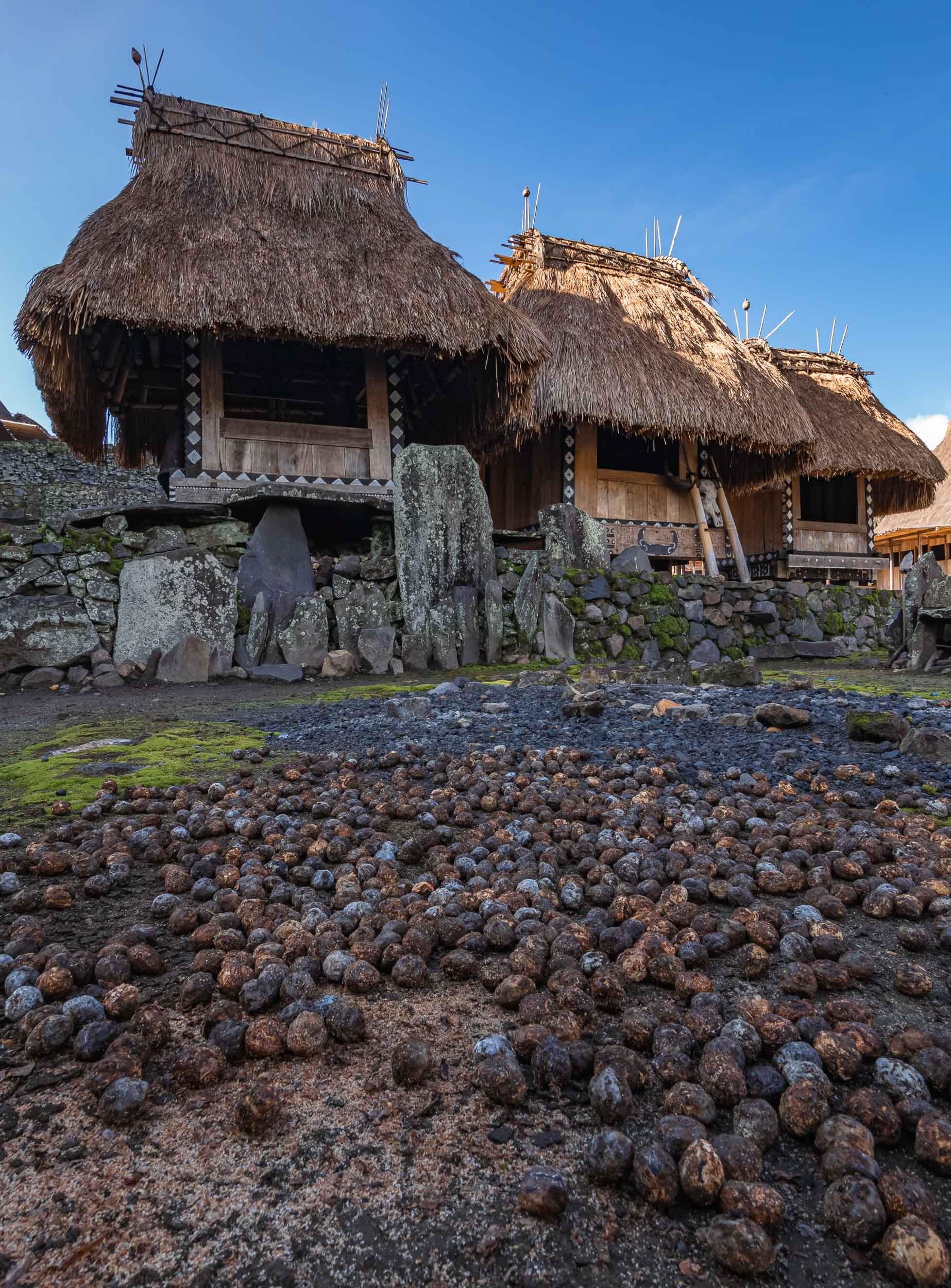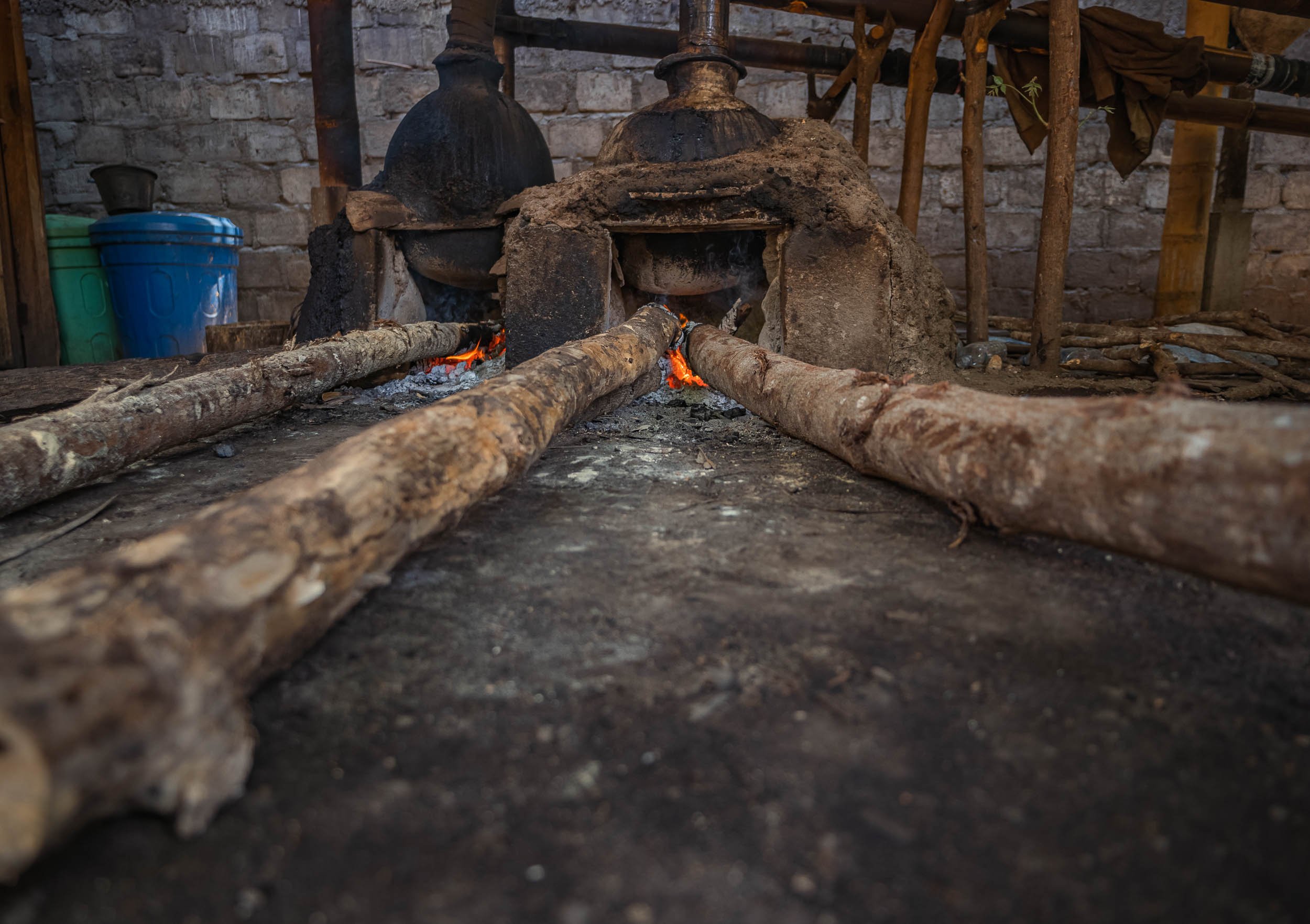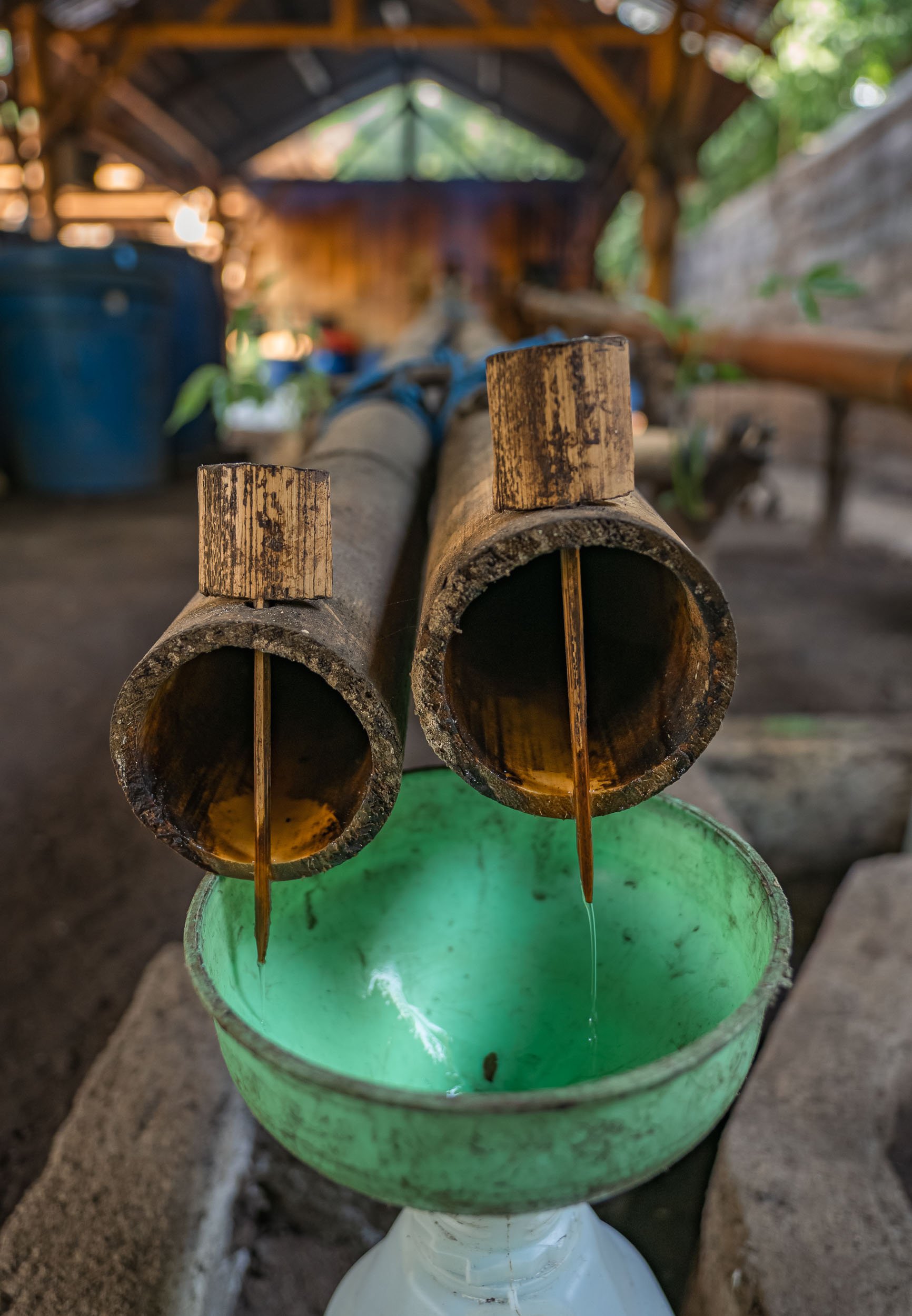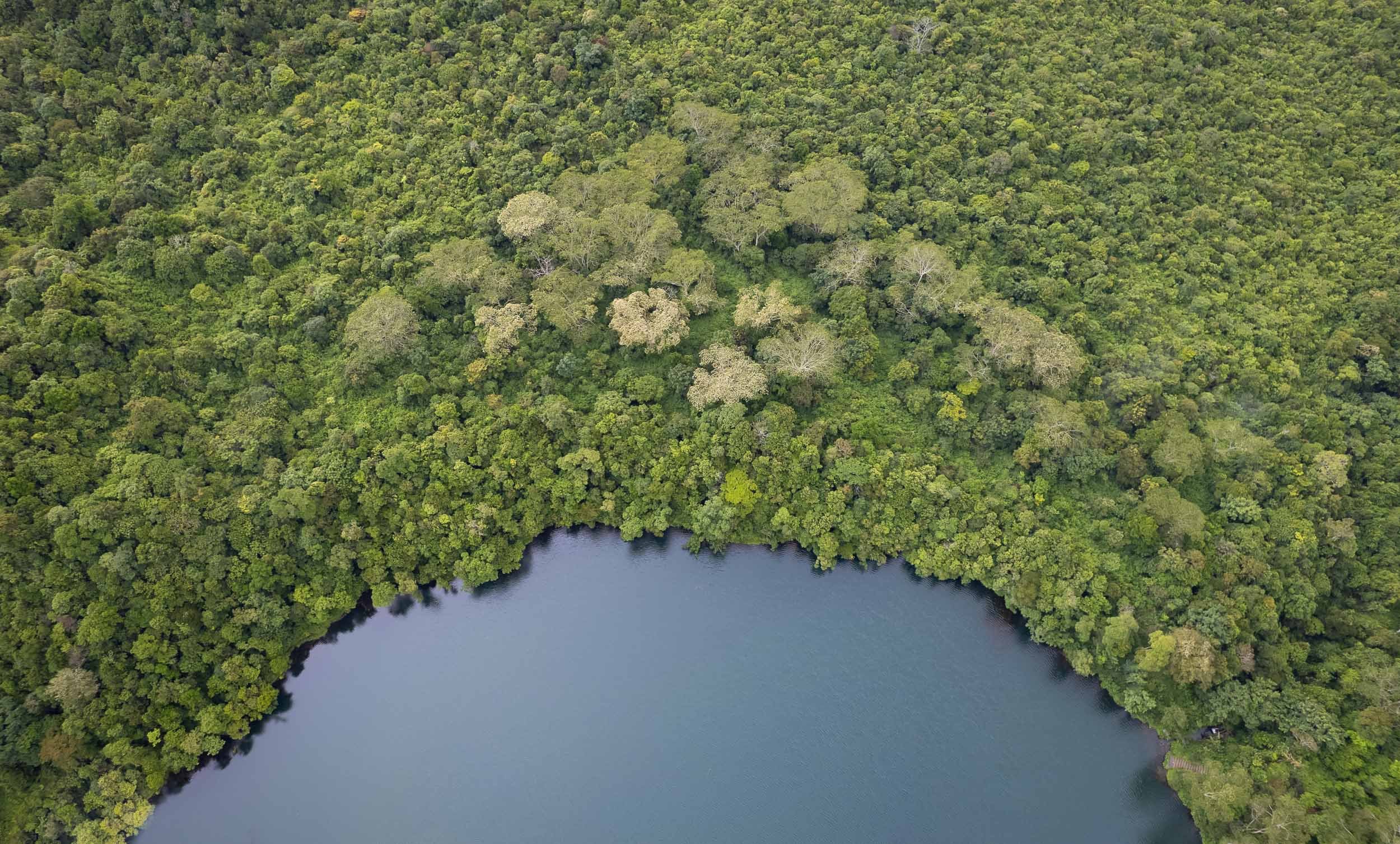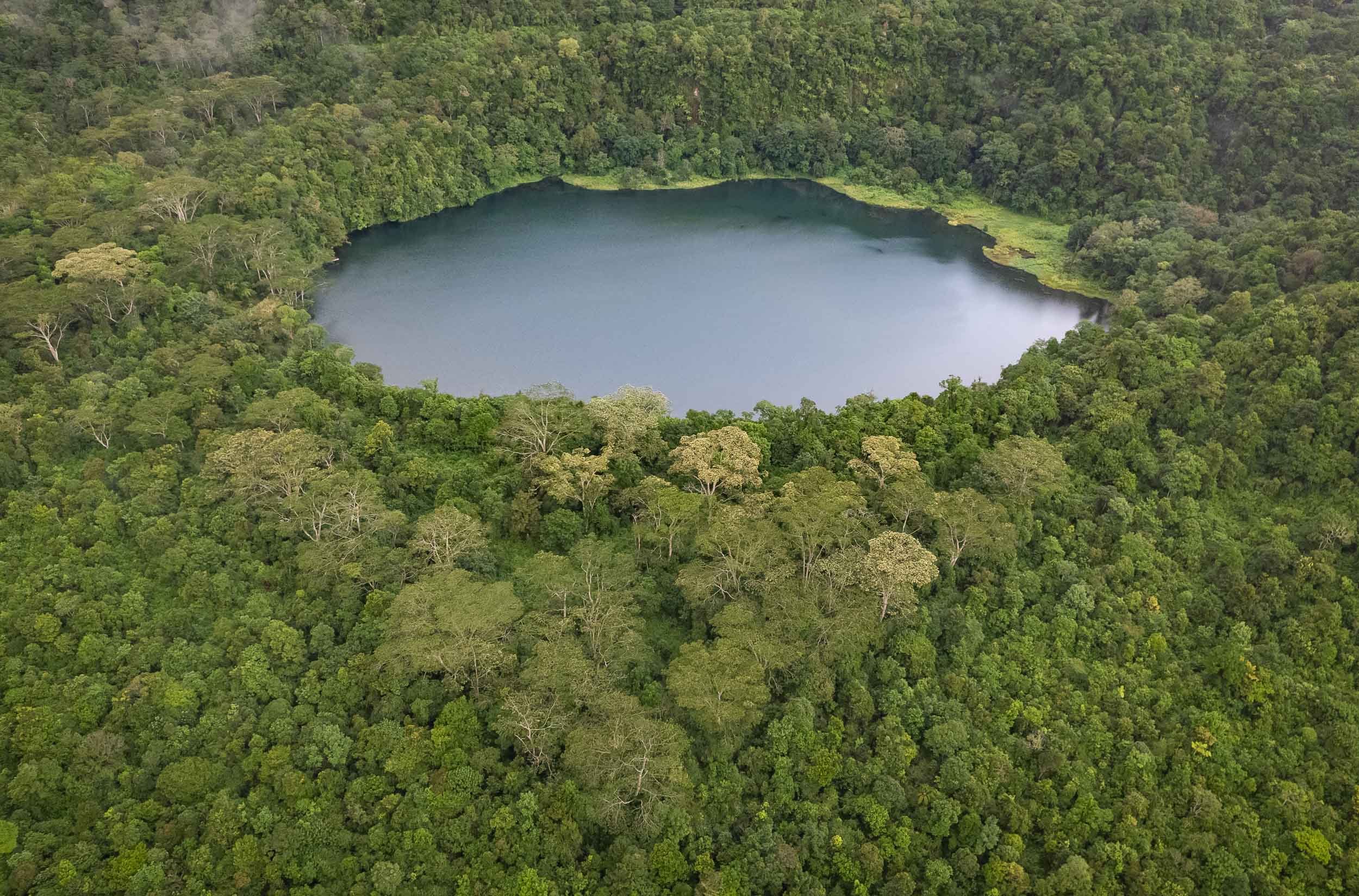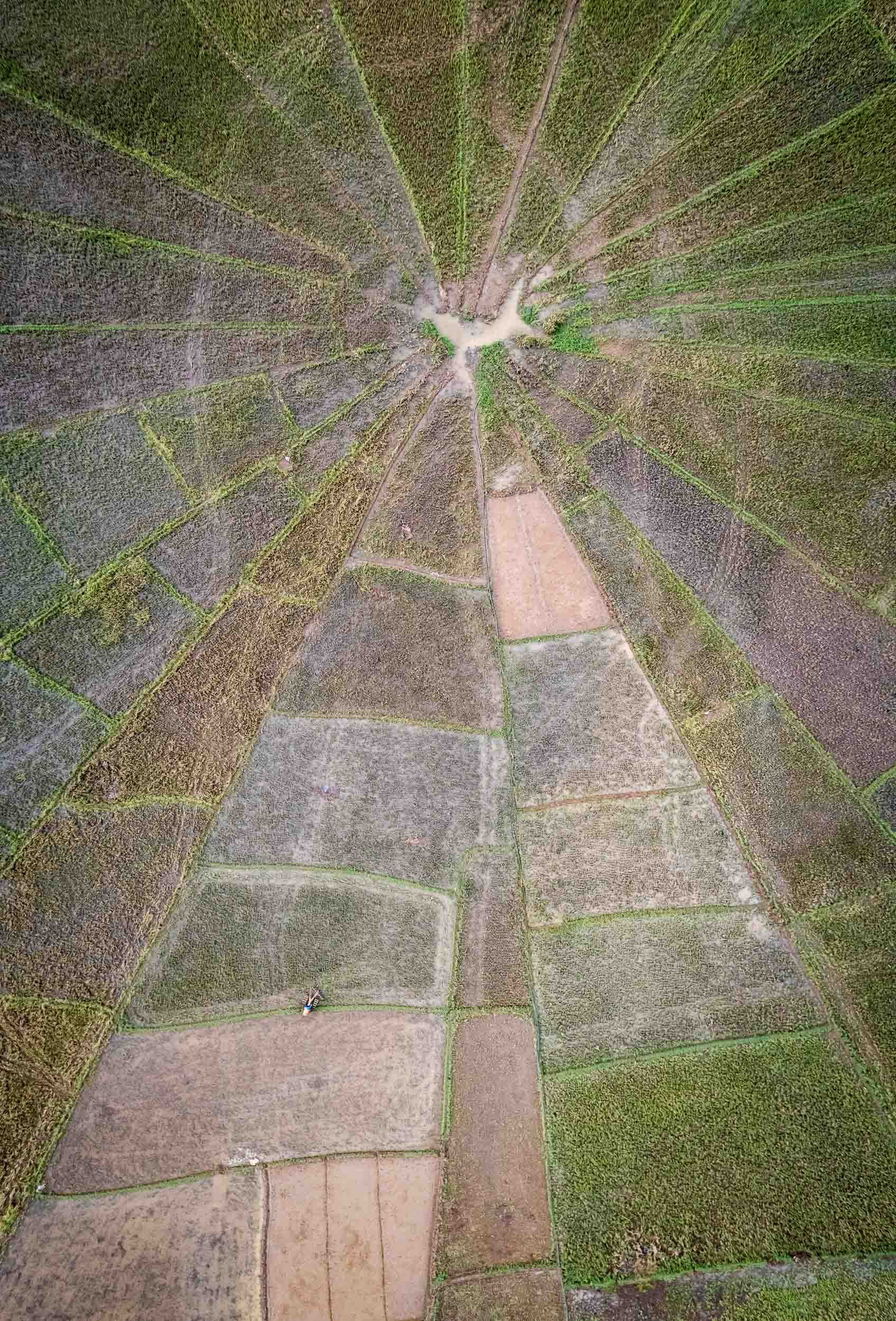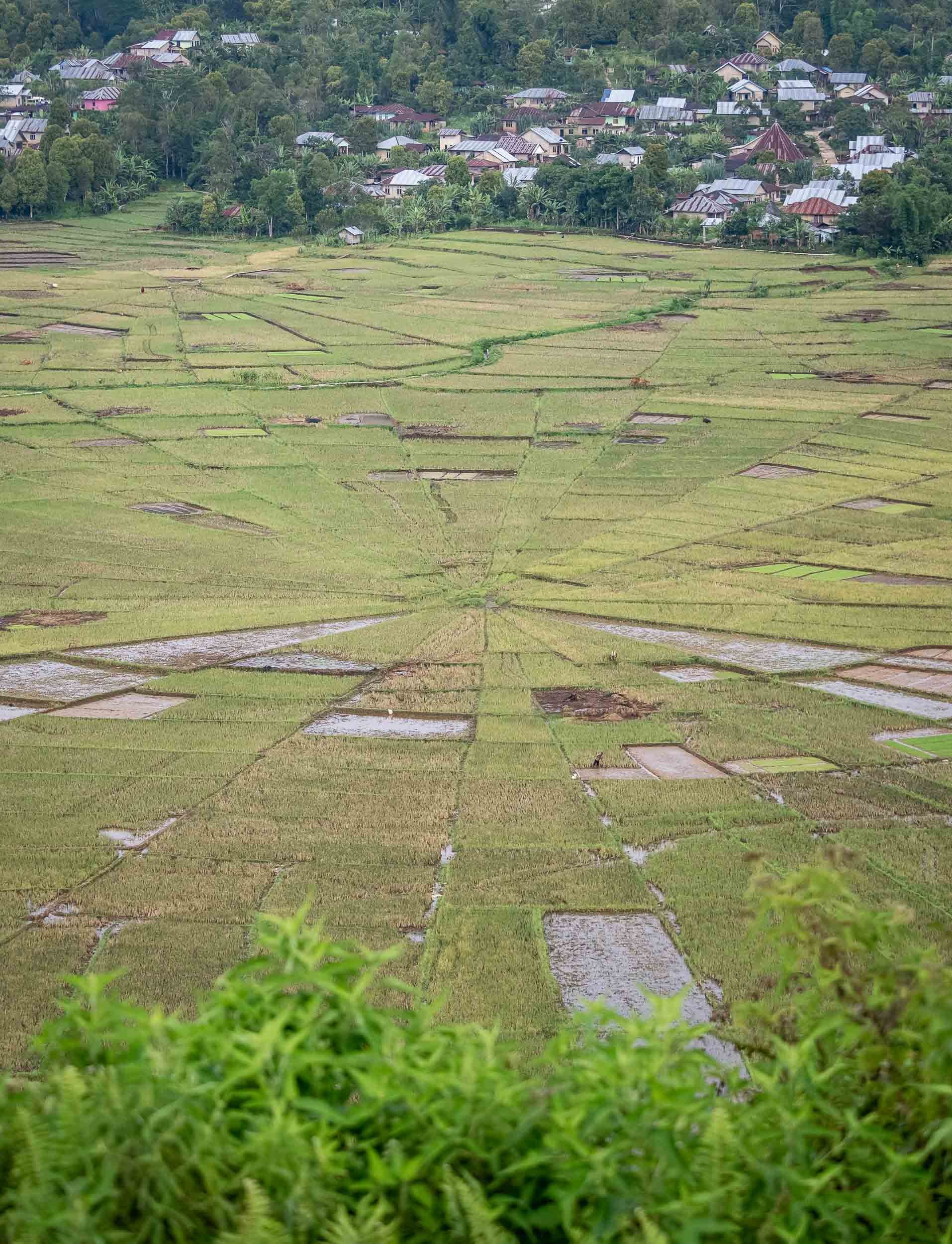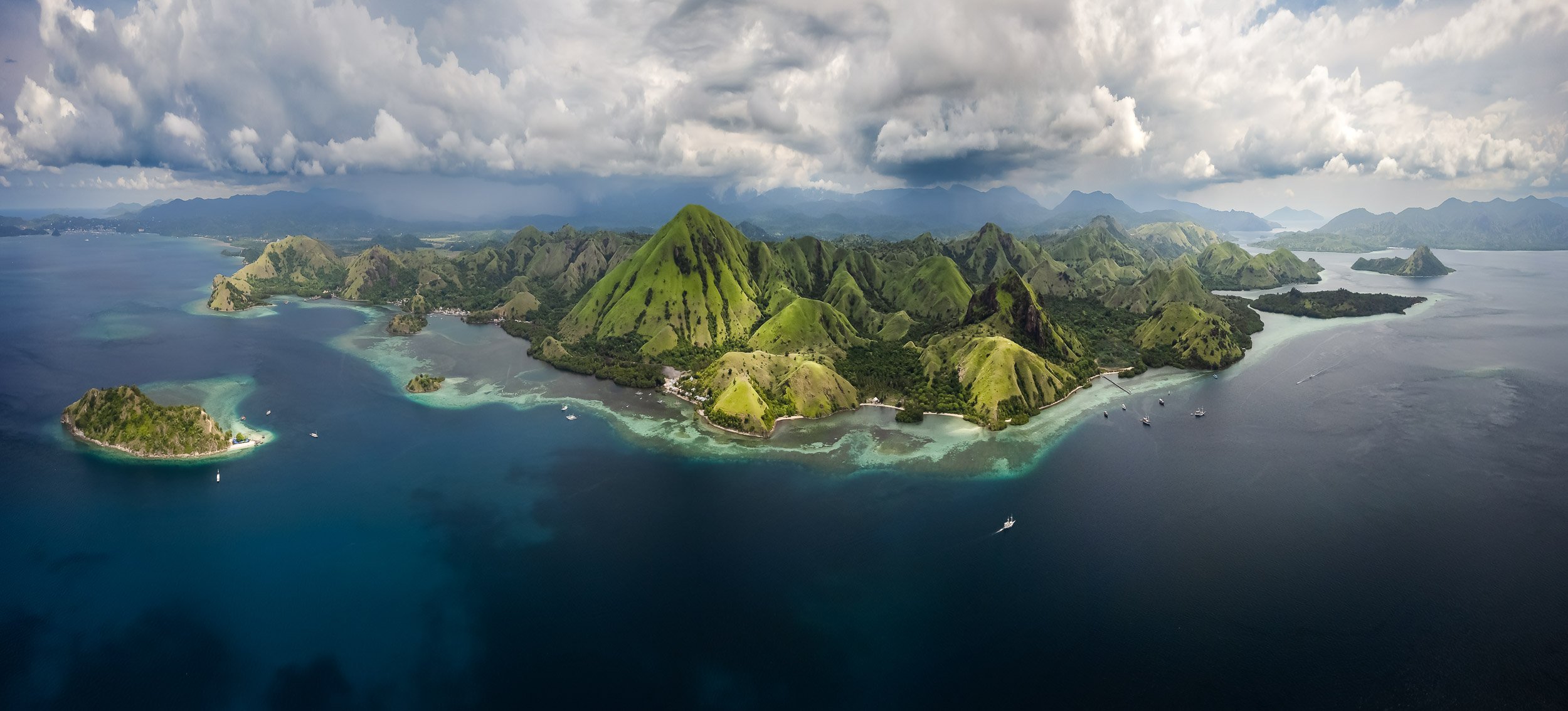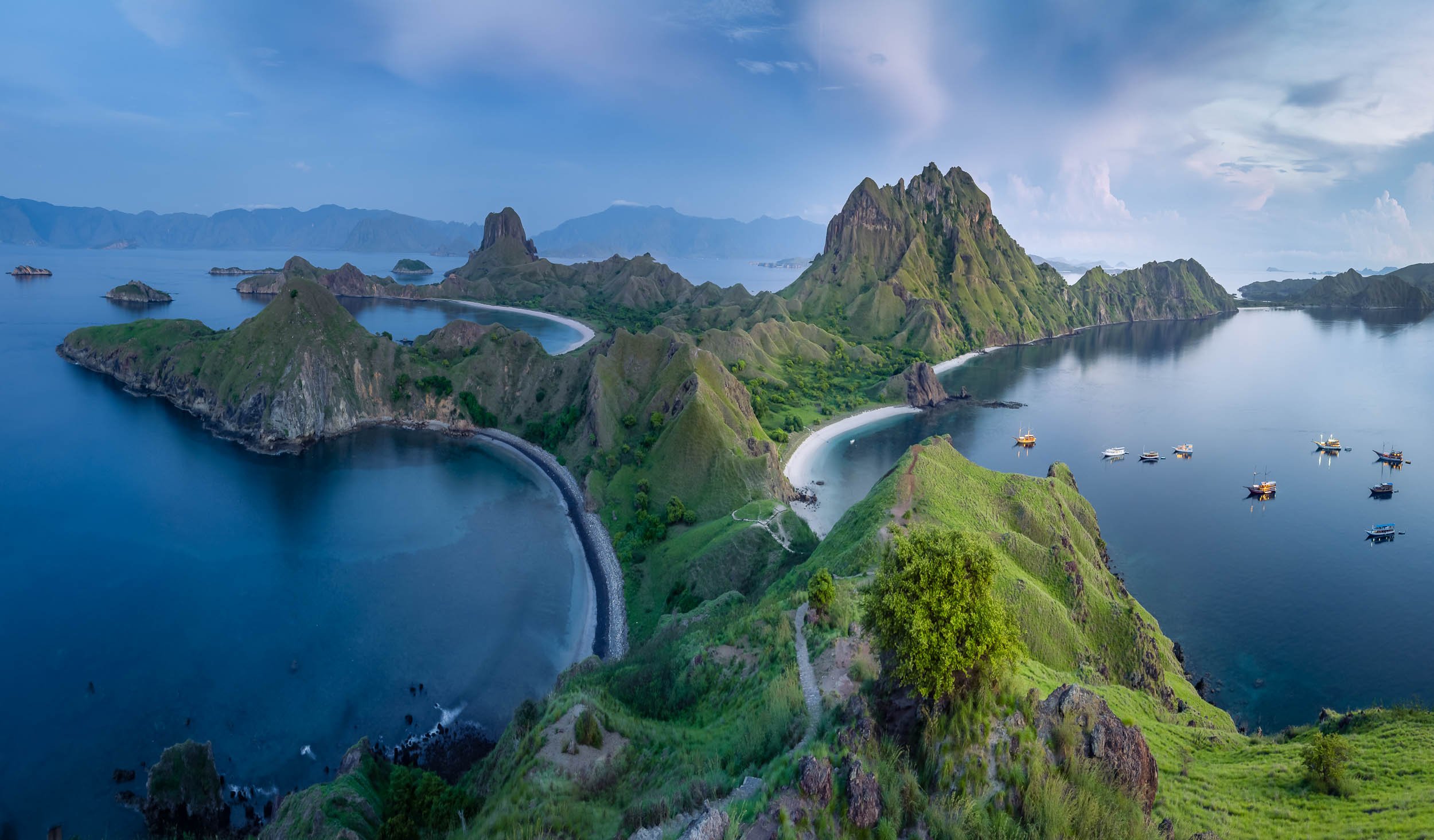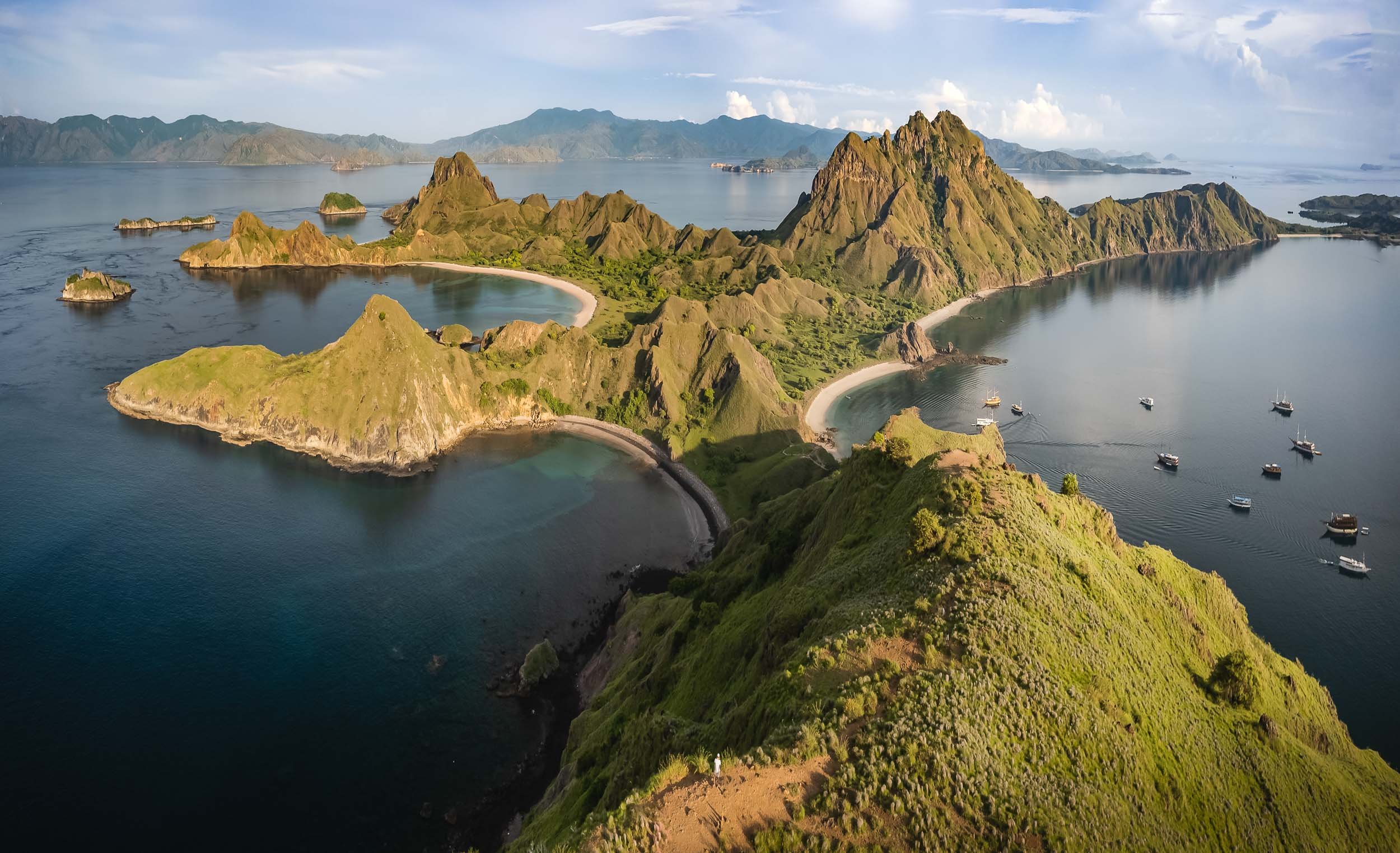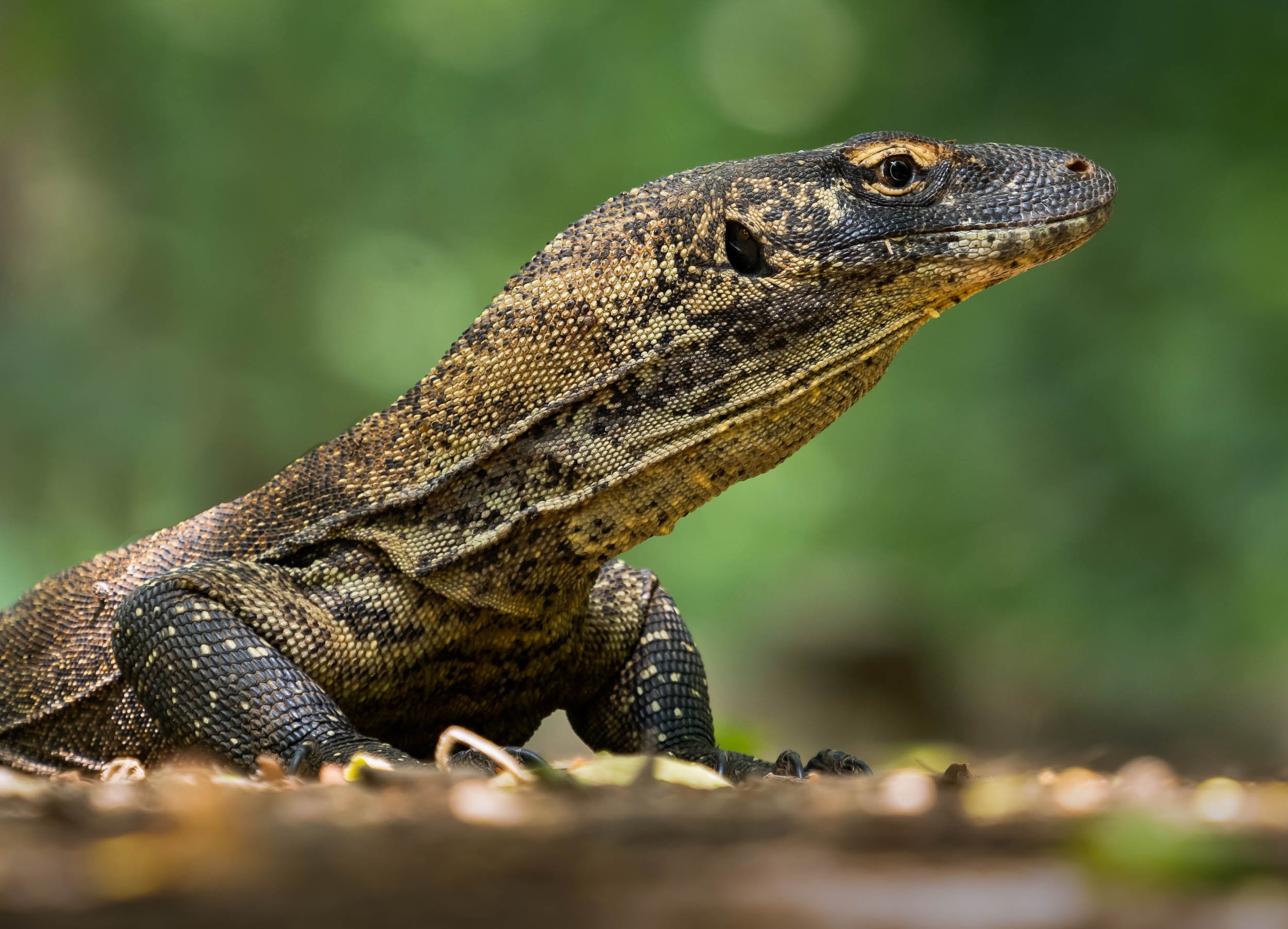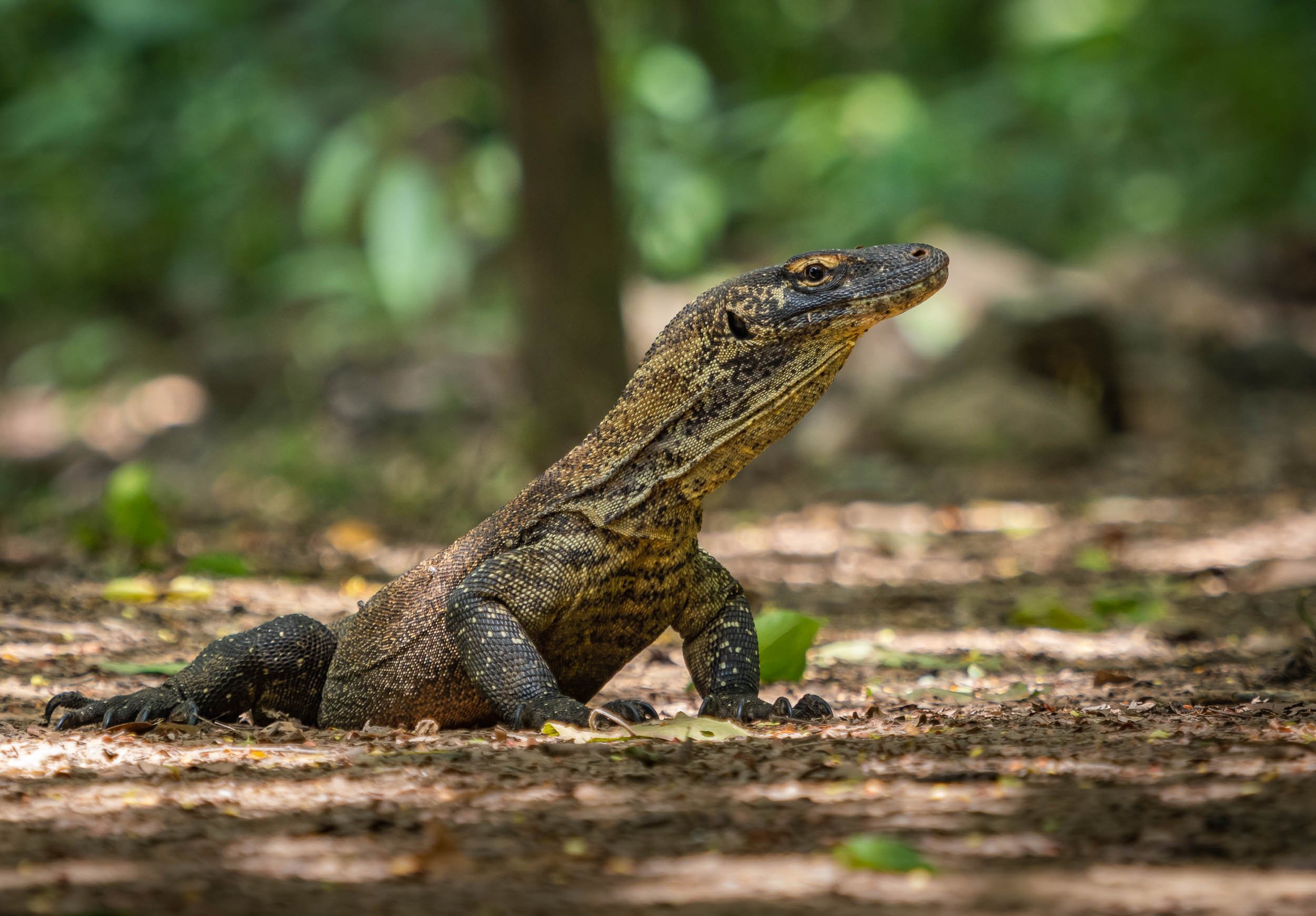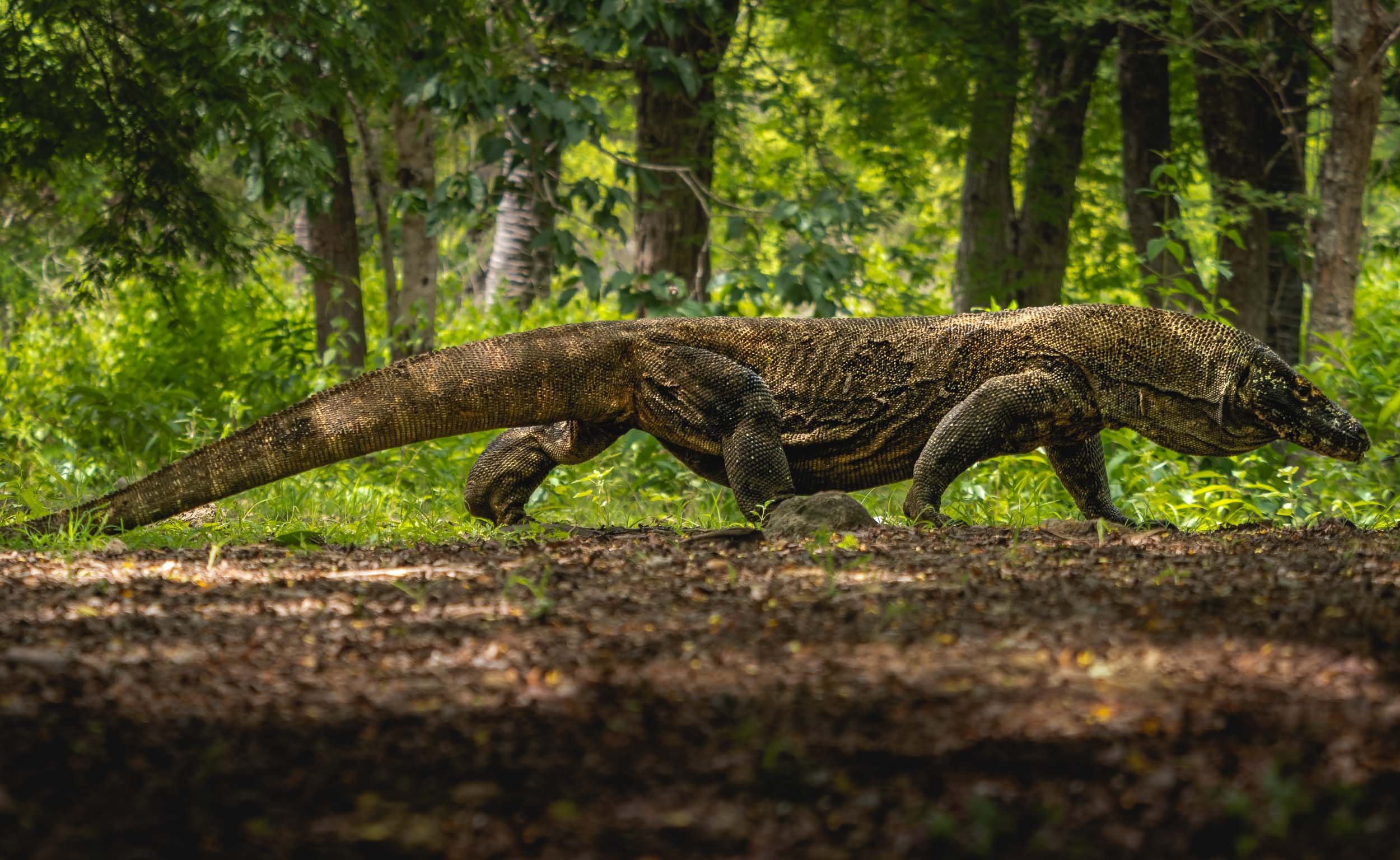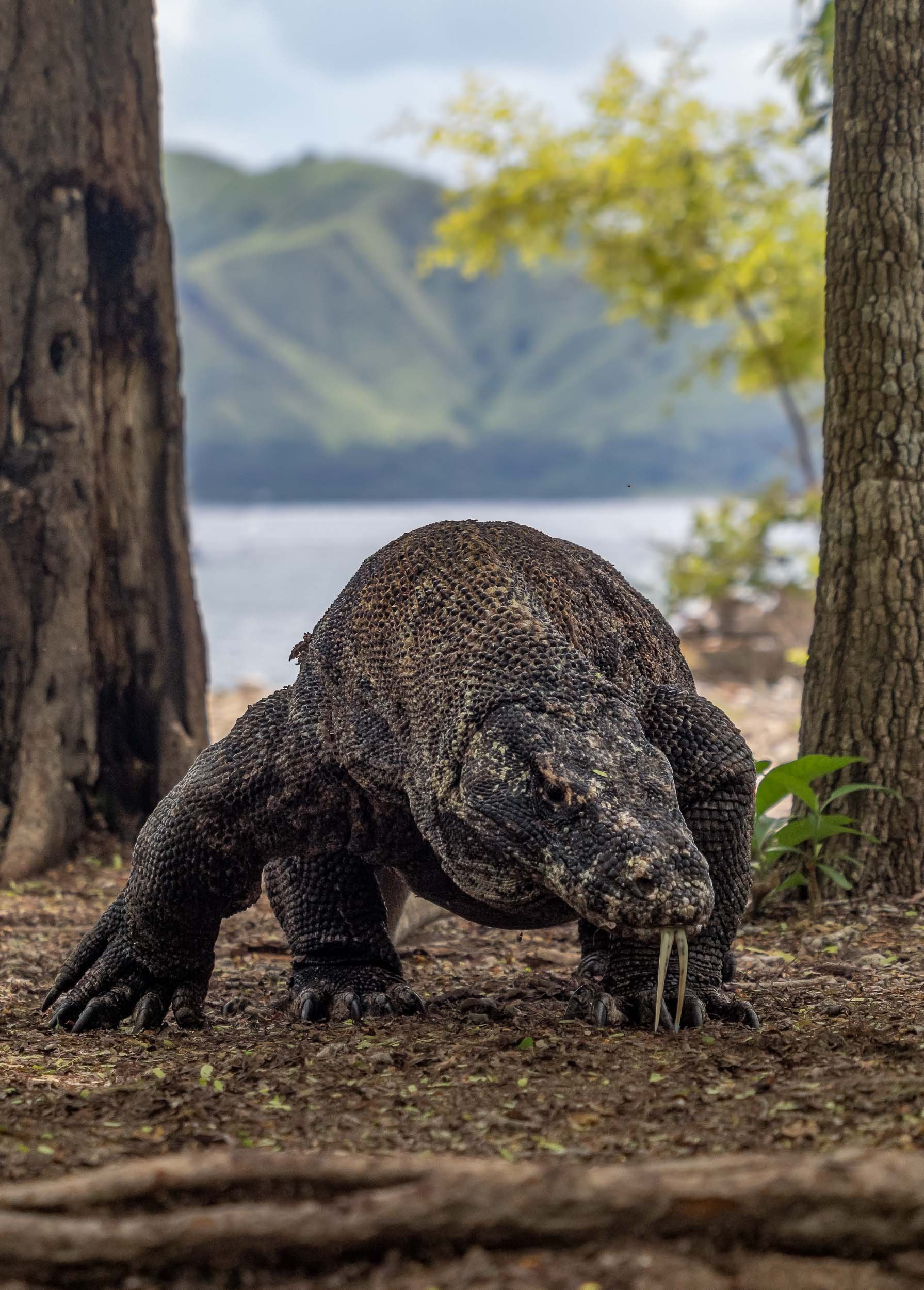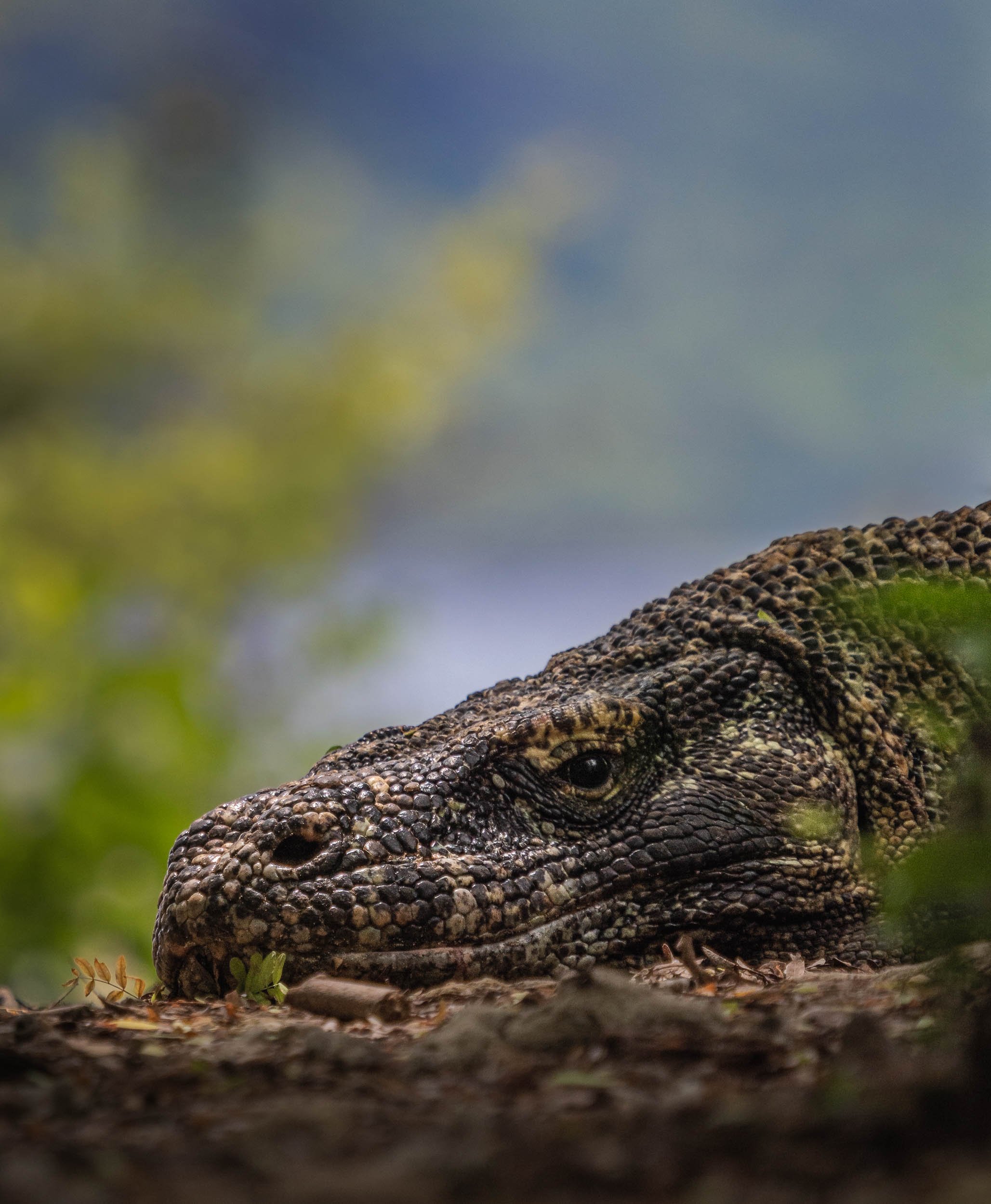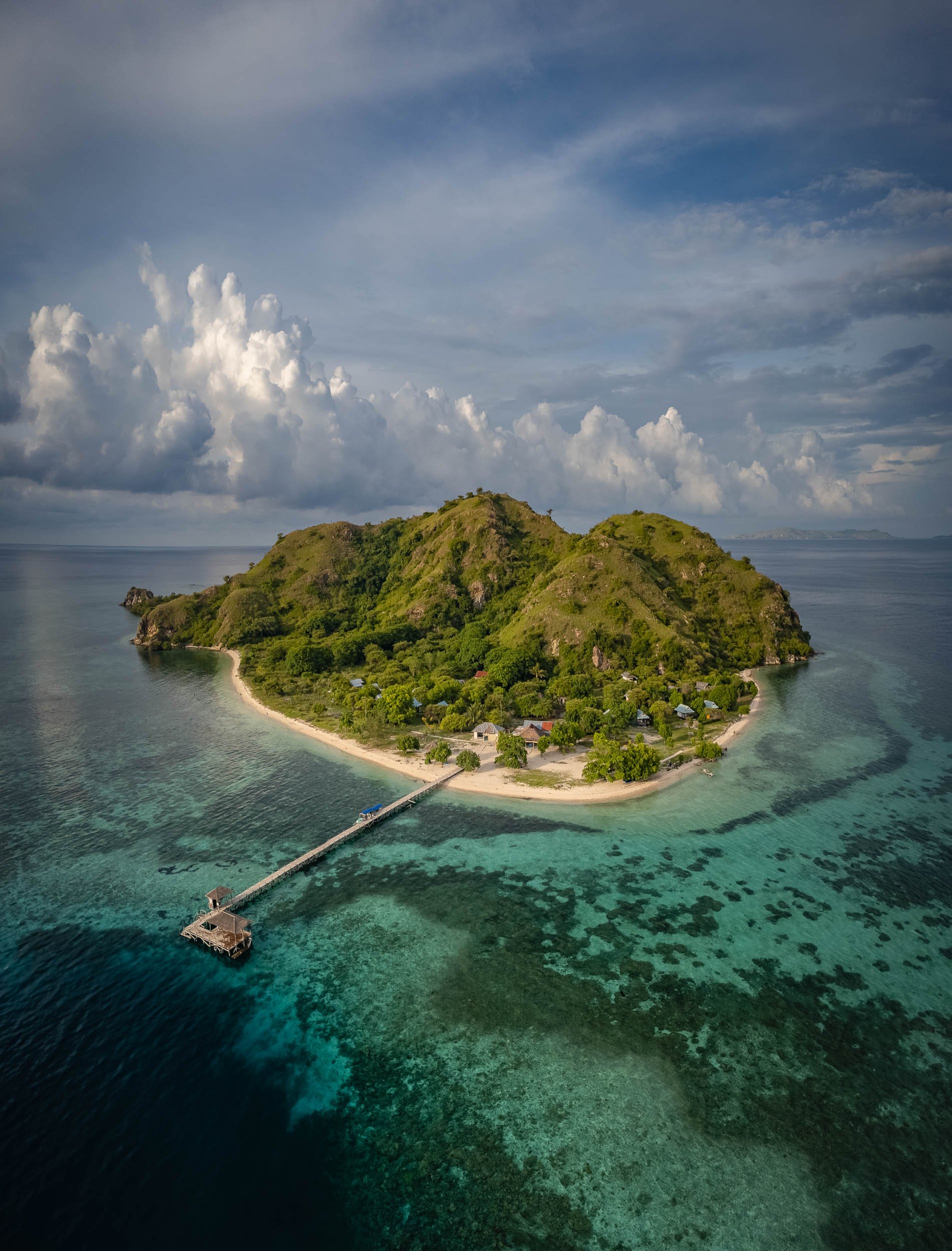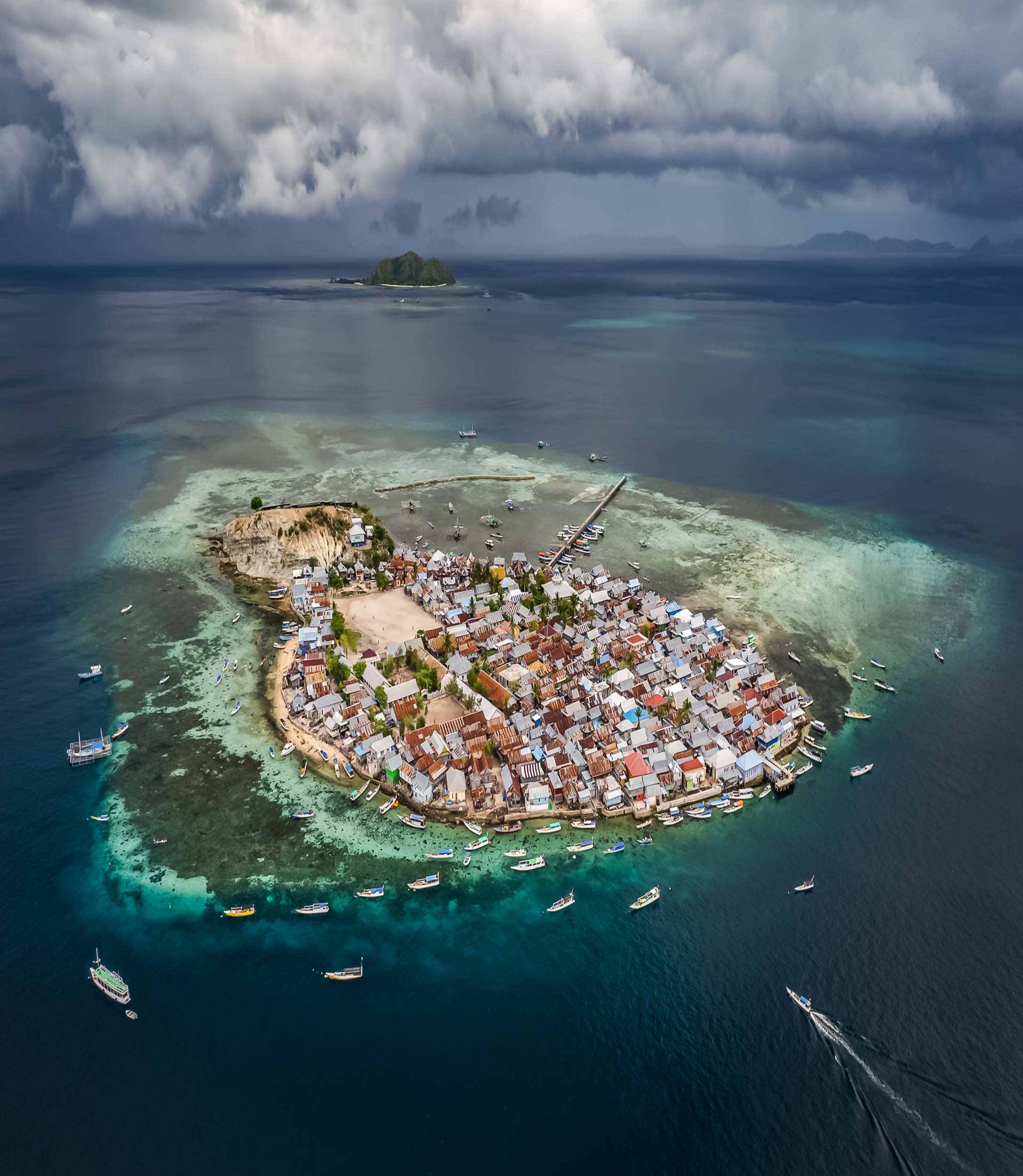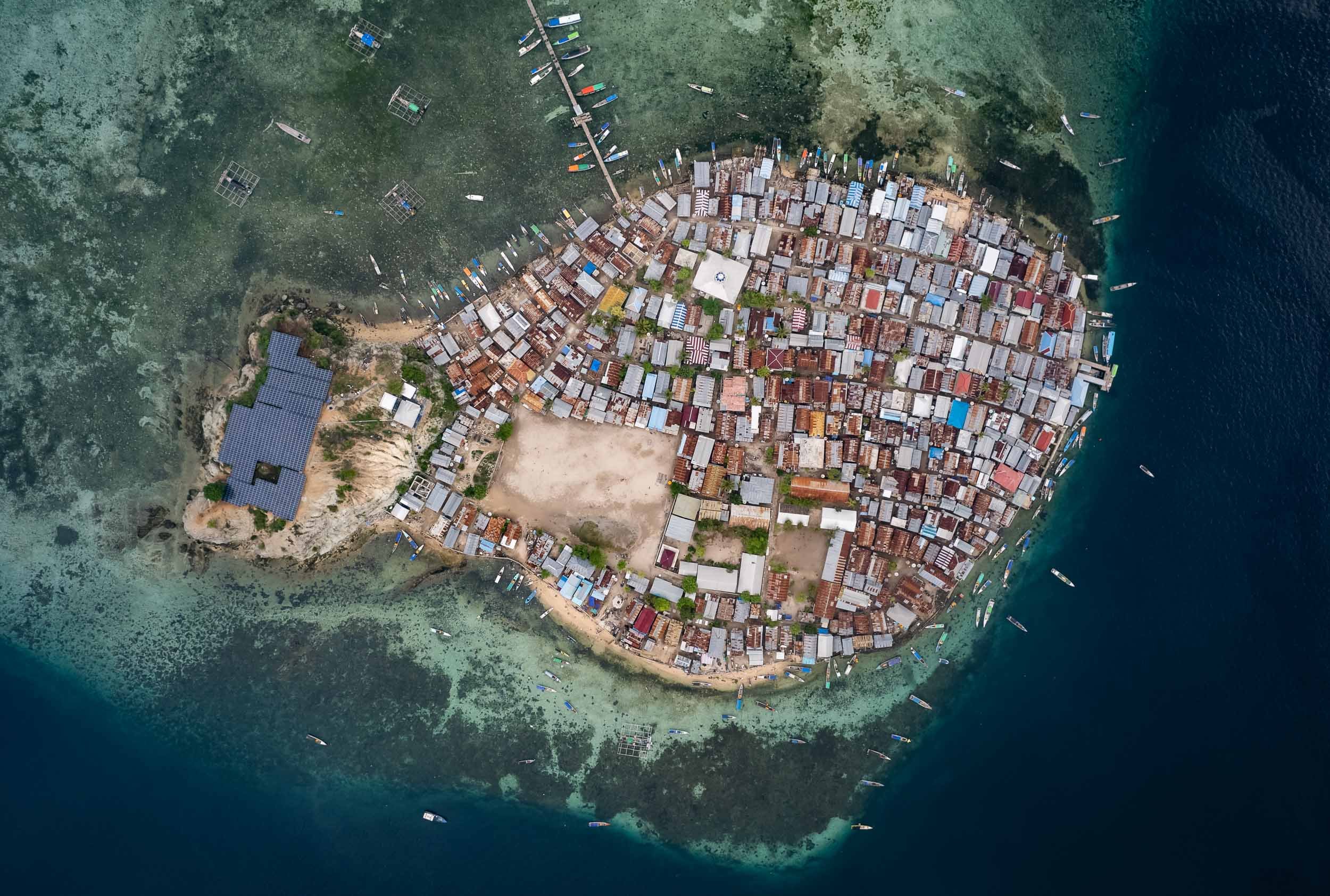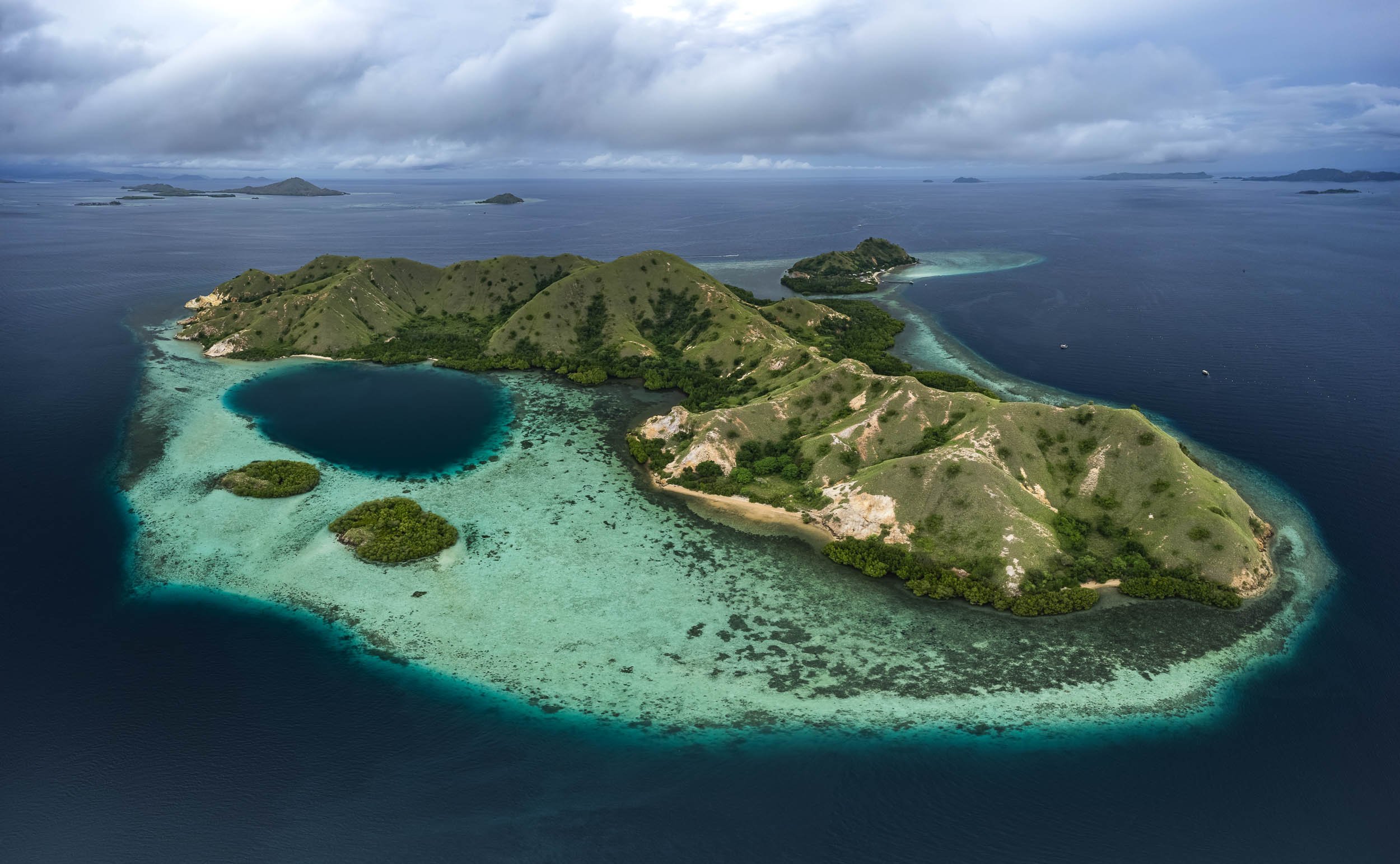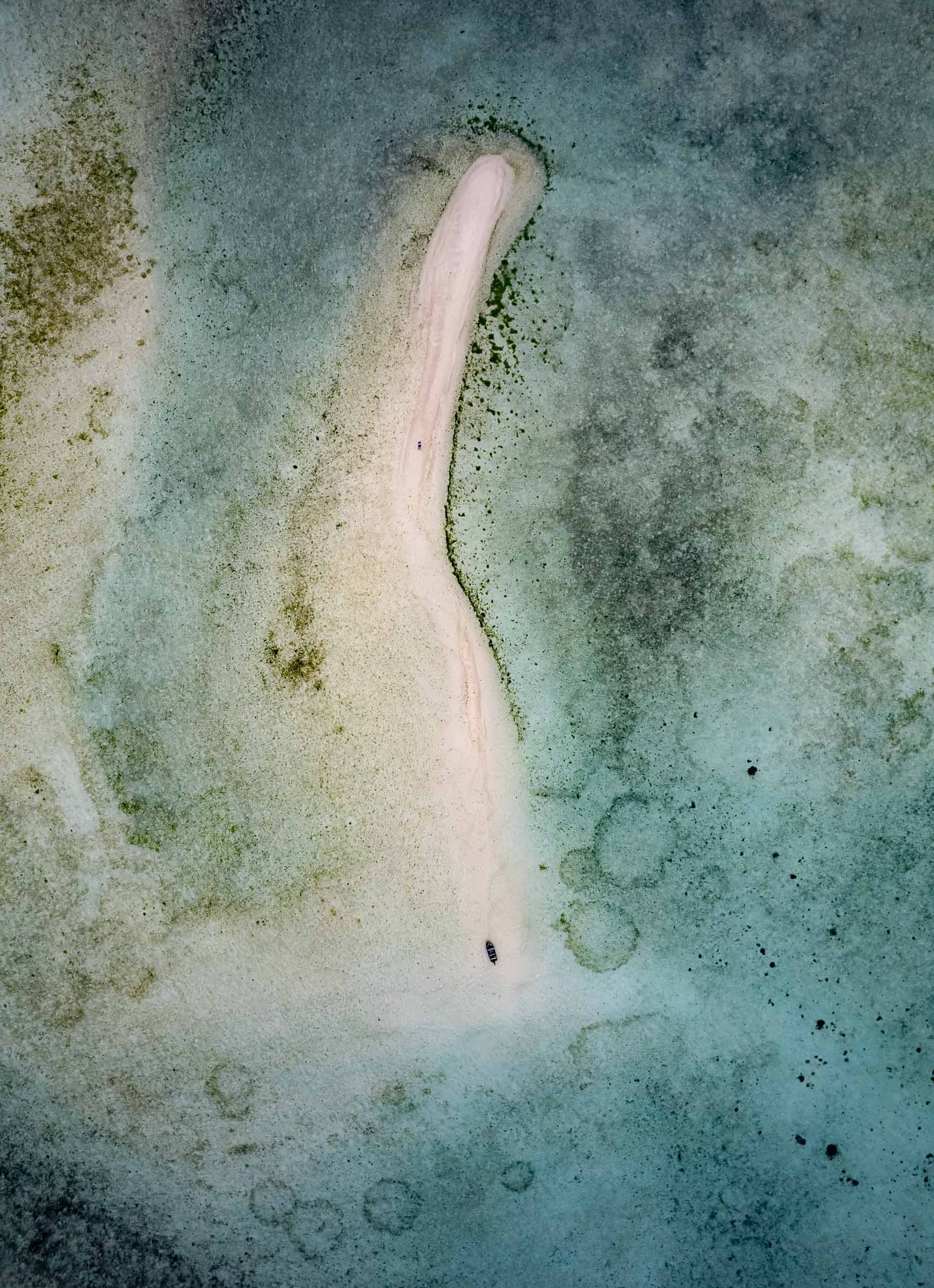Ol Pejeta - Kenya’s Rhino Capital
One of the strongholds for both black and white rhino, and home to the last two northern white rhinos in the world, Ol Pejeta’s conservation work is critical to the species.
This blog isn’t really meant to be a wildlife portfolio, but I can’t deny that the wilderness of Africa is one of my favourite travel destinations. That’s partly for the landscapes (Namibia stands out), the unexpected (check out the dinosaur footprints in Zimbabwe), or the conservation efforts (see my trip to Amboseli for IFAW), but of course also for the animals you can find here. This is another blog focused on the latter. I promise though there will be future entries again covering other parts of the world, with cityscapes, landscapes, and possibly a few humans as well…
For now, we are going back to Kenya, not far from where I had the joy to photograph Giza, the famous black leopard. Specifically, a conservancy called Ol Pejeta, at the foot of Mount Kenya. This region is rich in wildlife, but stands out for one species more than all others: Rhinoceros.
I’ve wanted to come here for a few years, having followed the faith of a specific type of rhino for a while…but one thing at a time.
I stayed at the aptly named Porini Rhino Camp, a simple tented camp in the quiet north-eastern side of the conservancy. It’s a beautiful small camp in a very calm location, with wildlife just metres away from your tent. It was also completely empty - the season had just started (this was in mid-May) and we were the first guests after they re-opened. Could not ask for more!
The Water Hole
The camp also features a small hide directly at the local waterhole - always a great option to get some eye level close ups of animals coming to drink - giraffe, impala, warthogs were among the visitors as we arrived.
This brave warthog came pretty close to the hide but was rightfully skittish - the smallest sound and movement made it scuttle away quickly.
Centre of the World
The conservancy lies in the north of Kenya at the equator, which runs through its borders, marked by a small sign post. I’ve had the chance to cross the equator on foot a few times before, but it’s still a cool little quirk to move from one half of our planet to the other.
Ol Pejeta is also home to a large variety of birds. I’m still learning to appreciate our flying companions more, but even with my limited knowledge seeing one of these colorful bee-eaters in action is always a joy…
… as was this incredible and rather unusual (so I was told) sight of probably more than a hundred pelicans gathering in a small pond just off the dirt-road leading through the part of the conservancy.
Rhino Capital
Admittedly it wasn’t the birds why I came here. It was for Rhinos. Ol Pejeta is one of their strongholds in Africa, with around 50 southern white rhinos such as these ones, more than 150 critically endangered black rhinos (the much more shy variant) and the last two northern white rhinos on the planet (yes - the last individuals of the species anywhere, whether in the wild or captivity).
We had at least a dozen rhino encounters over the 5 days here, with several groups spread around the conservancy. Its borders are designed in such a way that rhinos cannot move beyond its boundaries with specific type of fences and deterrents that only allow all other animals to pass and migrate. This is for their own protection: Ol Pejeta employs highly trained rhino protection squads, partners with international veterinary experts and gathers data on all of the individuals to support their conservation across Africa.
The Northern White Rhino
The pinnacle of the conservancy’s conservation work sits behind this fence: the enclosure of its two Northern White Rhinos, the last of their kind.
I’ve been following their faith for a few years and had been looking forward to learn and see more of them in person for a while - it was an exciting moment to stand in front of these gates.
One of their caretakers (I think his name was Noah) tells the story of Fatu and Najin (her daughter): In 2009 four of the world's last remaining seven northern white rhinos at the time arrived at Ol Pejeta.
Najin, Fatu, Sudan and Suni were a family that had been living in a zoo in the Czech Republic, where previous breeding attempts had been unsuccessful.
The hope was they would reproduce here in their native habitat, but this didn't materialize. By 2018, Sudan, the last male of the species, died, leaving only the two females we have now.
Several attempts were made to mate them with a southern white rhino, which now lives with them in the enclosure, but this also proved futile.
The Last of their Kind
As we entered the huge fenced area, the three rhino in the area weren’t all that far: Najin and Fatu to the left, with their southern white rhino companion on the right side. The northern variant is a bit smaller, less hairy, has a straighter back, flatter skull, and shorter horns. The group is protected 24/7: in total, the conservancy has almost 250 people in security, with over 40 armed rangers, and the protection of the rhinos costs $1.5m per year - mostly financed from donations.
Owing to their history in a zoo, these rhinos are quite accustomed to humans, and may even let you feed them - a moment where you can feel their strength even in the most docile of movements.
The last wild members of the species are said to have been spotted in the mid 2000s in the DRC - with no sightings in the last 15 years they are considered extinct in the wild. With no other captive population either, these two are probably the rarest mammals on Earth.
Both females are no longer be able to produce offspring on their own. The last hope of the species now lies in the development of in vitro fertilisation techniques and stem cell technology. The rangers told us excitedly that just a few days before my visit, researchers had attempted an in vitro process using a southern white rhino surrogacy female. This has unfortunately not been successful - read more here.
One last touch
We got to spend almost an hour with these (mostly) gentle giants. Even a few months later it gives me goosebumps to think back the feeling to encounter these creatures so closely and be able to touch their skin and horn - the last remnants of an entire species of animal that may not exist anymore in a few years from now. A sober reminder of the fragile environment we live in these days, given that rhinoceros have been around for 50-60 million years.
Baraka - the blind black rhino
Another close encounter you can have here is with a rhino that was saved from certain death in the wild: Baraka, meaning “blessing".
He lost sight on one eye due to a battle with another male, and a bit later his other eye was affected by an infection, rendering him completely blind.
Luckily for him, rhinos generally have poor eyesight, and instead mostly rely on touch and hearing to navigate the world around them. That made it possible for Baraka to enjoy a relatively peaceful life in a huge enclosure.
Although he got used to humans around him and is generally calm, his massive horn makes Baraka an imposing creature. It’s not surprising that when a local school class approached, not all the kids were confident in handing him a carrot. Ol Pejeta regularly hosts education trips for the local community to bring them closer to the animals and teach them about the conservation efforts.
White vs black: the names of the species have little to do with their color - they’re all grey. White rhinos are generally bigger and heavier, but also calmer, a little more social than their black counterpart. The name however comes from the shape of their mouth, an anglicized version of the Dutch “wijd”, meaning wide, representing their wide mouth. This shape is linked to their feeding habit: wide rhinos are grazers, eating grass from the ground in large bites, whereas black rhinos use their much more pointy mouth to browse on shrubs and leaves in bushes and trees.
The Pride
Ol Pejeta is also home to six lion prides with over 70 members, and we saw a lot of them during this sighting, with over 20 individuals resting together in the late afternoon; slowly becoming more active, stretching and scratching, as the sun set.
One of the youngsters also made an attempt at catching some guinea fowl - completely unsuccessful, and even the distant herd of gazelles had long seen him stalking the bird.
As the light faded the large male decided to get up, greet everyone, and ended the shenanigans - they made their way off into the forests and it was probably time to look for today’s meal.
It’s very hard to follow lions at night, but we did spot what I suspect is a Verreaux’s Eagle Owl (the largest African owl) in the grass on our way back.
The next morning…
I can’t say for sure whether the leftover Kudu skeleton this vulture is sitting on is related to the pride going for a hunt the night before, but some predators certainly had a filling meal.
The Reticulated Giraffe
The northern part of Kenya also features a special type of Giraffe - did you know there are multiple species?
With up to 6 meters in height, the Reticulated Giraffe is the largest of them and the tallest land animal on Earth.
Aside from their impressive height, it’s the fur coat pattern that gives away this type of giraffe -the bright lines between the brown patches are much thinner and clearly defined than the common Masaai Giraffe.
They are an endangered species, with about 9000 individuals left in the wild. We got lucky to see a big herd with over 20 or so individuals together.
Melman
The cartoon character from the Madagascar movie is a Reticulated Giraffe, although I didn’t see any of the same tendency to hypochondria in the wild individuals we observed here…
The Northern 5
Reticulated Giraffe are part of the so-called “Northern 5” - give species commonly found only in the northern parts of Kenya and beyond. The Grevy’s Zebra is one of them, and while not common in Ol Pejeta there are plenty in Laikipa. This specific individual is a hybrid between the plains and Grevy’s individual. The brown-ish colour, smaller size, rounder ears and fewer stripes on the belly give it away.
The third Northern 5 is the Beisa Oryx - allegedly there are only three of them in the conservancy, and we managed to get a very distant and very lucky glimpse of them.
The other two members of this elusive group are the Gerenuk (which can actually also be found in other parts of the country including as far south as Amboseli) and the Somali Ostrich, for which you need to go further north.
On the Lion’s Path
The conservancy tracks a few lion prides with collars to observe their movements and health - normally that information is not accessible to tourists, but the park management sometimes offers visitors to join the rangers for lion tracking in the mornings. Despite having seen a huge pride already, this is never something to miss!
And what a good decision it was - we learnt that the collared female was heavily pregnant and probably about to give birth, or may have already done so. That meant she was going to be very difficult to find. A lioness that’s about to have cubs will usually separate from the pride and hide deep in the thickets. Indeed, we spent a couple of hours driving to different areas and listening for the ominous beeping sound on the receiver until we managed to hear anything.
As expected, she did hide far into the thick bushes, and only after half an hour of heavy off-roading (the benefit of being with rangers!) did we manage to come close… but it was all worth it - it turns out, she was not alone anymore.
The lioness had given birth a few days ago - the youngsters had barely opened their eyes. It was the first time anyone had seen the cubs, and even the rangers were surprised. They had expected them in a week or two. We observed a total of four cubs, but they were deep inside a group of bushes and very difficult to spot - I suppose that’s the point, well done to the lioness.
We observed them for a few minutes more and got a chance to see one of the tiny cubs (look at the paw!) enjoying a meal before deciding to leave them alone. A lioness and her cubs are extremely vulnerable to hyena and rival lions during the first weeks after they’re born, and we didn’t want to draw more attention to their location or trigger the lioness to move them, which is always risky.
Another male and female were sleeping not far away in the bushes, which is quite uncommon, and the rangers decided they would not visit them again for at least a couple of weeks to avoid any disturbance. As a result, I’m not sure what happened to this litter.
In a rather sad turn of events we encountered this black-backed jackal on the road on our way back, which had seemingly been hit by a car the night before - speeding is also a problem inside a conservancy. We saw its lonely companion a few hundred meters from the site of the incident - jackals live in pairs and generally mate for life.
On the positive side we spotted this family with a few young pubs peeking out from the burrow a little later. Jackals are always extremely amusing to watch - they constantly give the impression of being up to no good.
Spotted Hyena
Speaking of pubs, we also had the chance to come close to a hyena den with very young cubs, that occasionally stuck their head out, but didn’t seem quite confident enough to come out and play in our presence.
Even the large bone with some leftover meat didn’t seem to be intriguing enough for the small ones - maybe it’s because their survival rate into adulthood is as low as 50%.
Buffalos are common in Ol Pejeta as well - it’s home to all of Africa’s Big 5. They are often the species that suffers the earliest and most during dry seasons, as they rely on constant availability of green grass.
One more species…
A bat-eared fox taking a look at us from its den in the grasslands. These animals with their amusing ears mostly live in social groups, but it seems the rest of his clan was sleeping.
On Foot
I’m never one to miss out on an opportunity to explore the bush on foot - it’s always a very different feeling than in the car. A walk through the area with the local team (including some Maasai from the southern parts of Kenya) was a welcome opportunity.
Brave Souls
While we were well-protected, the local rangers often make their way through the conservancy on foot, with nothing more than a stick to fend off the odd curious animal…
Landscapes
The green bushes and trees along the many small rivers and ponds of the post-rain season make it a beautiful landscape as well - a hint at what was to come in the amazing Laikipia area I was going to visit next.
Mount Kenya
On clear days, Africa’s second-tallest mountain makes an appearance with its various peaks. While not quite as tall, climbing it can be a little more demanding than what it took to summit Kilimanjaro.
The conservancy is a shared environment: wildlife and the local pastoralists live side by side, in what is generally a well-managed and balanced approach. This is not always easy to maintain, as I’ve learned first-hand during my time with the IFAW rangers of the Amboseli ecosystem. Ol Pejeta used to be a cattle ranch and prides itself in its integrated conservation effort, contributing to dozens of community projects from education, food and water security, to energy.
While the cattle traffic is amusing, elephant traffic is obviously a lot more intriguing, especially when a curious youngster wants to inspect your car a little closer.
Ol Pejeta is typically home to a few hundred elephants, but they are not a resident population. Instead, they use the wildlife corridors in the surrounding areas to migrate across the Laikipia / Samburu ecosystem - in fact, all animals are able to freely roam, with the exception of rhinos. Of course this also puts them at risk of human-wildlife conflicts and one of the community engagement aspects is to mitigate and manage these situations to avoid crop raids and similar issues.
As readers of this blog will know, elephants have become one of my favourite animals. I could observe them for hours, particularly the large bulls or family groups with young calves like this one, probably barely a few weeks old.
Mother & Calf
Speaking of calves: We spotted this mother and her young one relaxing in a wide open area, with the characteristic oxpeckers sitting on top of the female.
The Battle
What seemed like an innocent family gather quickly turned intense when two males started to compete for the spot by the female’s side. It’s only when they move like this you realize the force of a white rhino that weighs up to 4 tons and can run up to 60km/h - twice as fast as an average human.
After a short altercation they decided she wasn’t worth the risk of an injury with their huge horns - a white rhino’s horn can grow up to 150cm in length. Despite its impressive shape and size, it’s difficult to understand why a single horn can fetch around 50,000 USD on the black market, when the horns are made of keratin, just like human fingernails. It's this demand that continues to make them an attractive target for poaching.
Sitting not far from the rhinos were two lions, including this magnificently strong individual.
Chimpanzee Conservation
Aside from the rhino conservation work, Ol Pejeta is also home to the Sweetwater Chimpanzee Sanctuary, established with the Kenya Wildlife Service (KWS) and the Jane Goodall Institute.
Chimpanzees are not native to Kenya, but the 35 or so individuals here are mostly rescued from illegal trade, orphans, or have suffered severe injuries. They are being nursed to health and then join the two groups living in a very large enclosed area in the conservancy.
🌈 Lucky Moments
Although the rainy season had just ended, we barely felt a few drops during our time in Ol Pejeta. On the contrary, the last remnants of the clouds and their contents made for one of the most beautiful moments as a rainbow appeared behind the airfield, where many animals were grazing in the late afternoon, giving me the opportunity for some unique compositions.
One Last Rhino Encounter
As the rainbow faded and the sun slowly set in the other direction, we spotted a black rhino mum and her calf in the distance - a chance for some silhouette photos, if they were to remain calm as we approached. More alert and shy than white rhino, this was not a given. They eyed us cautiously as we positioned ourselves, but luckily felt we were not going to be bothering them, and continued grazing.
We spent almost 30 minutes with the family until the sun disappeared below the horizon, and during this time I managed to take what are probably my favorite images of the trip.
Not wanting to be left out, these two impala posted for another silhouette image just a few minutes later. A beautiful end to the day and my time in Ol Pejeta.
The End
It’s only after you spend dedicated time with these animals and observe them beyond a quick drive-by that you appreciate their behavior and beauty - let’s hope they’ll roam our planet for longer than what the recent trajectory would indicate. I’m sure Ol Pejeta will continue to play a role in this quest, and maybe give us a chance at seeing Northern White Rhinos in the wild again soon.
Subscribe to my newsletter to get notified and don’t miss out on more Wonders of the Globe.
Other Recent Posts:
In Search of a Black Leopard
For several years I’ve been following the journey of a special variant of what is probably my favourite animal - the elusive black leopard.
Ever since reading Will Burrad-Lucas’ incredible book “The Black Leopard” (go check it out, his work is truly pioneering and inspiring) I’ve been keeping my eyes open for sightings of black leopards, so that I could take my chances at seeing one myself. It’s been several years since I had my mind set on finding this melanistic version of my favourite cat in the wild, and Kenya’s Laikipia area seems to be the hotspot in Africa for this rather rare genetic mutation.
Although several black leopards have been spotted here, a specific individual has been rising to prominence in recent years: a female that has become quite habituated around humans, having grown up near a camp.
This presented what is probably the best chance since forever to see one in the wild. In mid 2025 I finally had an opportunity to visit Kenya again, owing to a planned trip to Amboseli National Park for IFAW, and so it was time to make this sighting a reality! It was also going to be a new wildlife photography experience for me, as my sister happened to join for this leg of the trip - clearly, no one can escape the allure of a black leopard.
A Black What?
At this juncture, it might be worth answering a question a few people asked me when I told them I was going to find a black leopard: “Don’t you mean a panther?” - you could be forgiven for thinking so, but actually there is no distinct species called ‘panther’. The blackness is caused by a recessive gene that causes leopards to be melanistic due to an overproduction of melanin. It needs two leopards with this recessive gene to meet and mate for a black cub to develop, making this exceedingly rare. The umbrella term panther is a colloquial description for any black big cat, and also includes black Jaguars - those can only be found in South America and look very similar to leopards, although generally a little bigger.
The journey to the lodge in Laikipia county in central Kenya was a rather short one. I had already spent a few days in the area, visiting Ol Pejeta, one of the strongholds of white and black rhinos in the world, and also home to the two last northern white rhinos on our planet - more on that in a future blog (subscribe!). The drive takes you through a number of farming areas, with an animal you’d not really expect it in Kenya: Camels. They are however kept quite frequently in the north of the country for trade and export.
The Northern 5
Another rather interesting animal we encountered on the way was one of the so-called “Northern 5”, in reference to the local version of the typical African Big 5 animals (did you know there are also the Small 5?): The Grevy’s Zebra. This species of Zebra is a little more shy and taller than the regular plains Zebra, and has thinner stripes that end at the belly. Most notably, it can be recognized by its round Mickey Mouse ears - distinctly different from the Zebras one usually sees.
A second animal that’s part of the Northern 5 is the gerenuk, a long-necked, medium-sized antelope. Frankly, I’ve also seen it in the south of Kenya, which tells you a little bit about how strict the classification of the Northern 5 might be…
Glimpses of Laikipia
As you continue deeper into the wilderness, signs of human evidence fade away, with the incredible landscapes of the area coming into focus: low-lying plains around the Ewaso Nyiro and Ewado Narok rivers, dotted with ancient dryland forest remnants and rocky ridge lines. One of the most incredible bush landscapes I’ve ever seen, more on that later…
There was however some temporary human presence in the area: during my time here, we had several encounters (sometimes visible and sometimes only audible) with the British military, which is conducting troop exercises here every year. Why they need to conduct their field work in central Kenya is anyone’s guess. Speaking to various locals, I have some rather qualified assumptions, based on the post-colonial challenges and conflicts around land leasing that have become more prominent in recent years.
After around 3h of driving we arrived at the lodge in the afternoon and had the chance to speak to the owner of the camp, Steve, who told me that the resident black leopard here has mostly been sighted in the evening. She had two cubs recently (before you ask, unfortunately they’re not melanistic, it’s a recessive trait, and either way they had barely been spotted at all so far), and has been more cautious in her outings, but also more focused on hunting to provide them with their daily meals. That means, sightings during the day would be unlikely, but on the other hand, the chances of seeing her with a kill would go up…
The good news is, we would not have to go far, the leopard’s territory is literally the hill of the camp and a small portion across the river, which she used to cross occasionally. Leopards in Laikipia have relatively small territories, owing to the amount of prey almost year-round - in fact, their ranges overlap quite closely sometimes, as we’d experience first-hand.
We stuck to a clearing near the camp and kept our eyes open, spotting a few elephants that had just come back from a dust-bath in the mineral rich brown soil of the area - some remains of their ancestors could be seen nearby.
As in many private conservancies, off-roading is possible here - and almost necessary for good sightings - and it shows on the land cruiser, which has been modified with removed doors for more freedom during photography.
Darkness arrives quickly near the equator, with a short golden and blue hour. It was my first day and I didn’t have many expectations to see a leopard, let alone a black one, but my (excellent) guides Paul & Francis were confident - our target had been seen for most days in the past week. They suggested we start to make a move through the dark paths around the camp, using the car’s lights and a dedicated lamp to see if we could spot the distinct yellow eyes of the cat - seeing her fur would be hard, given her colour (or lack thereof). We drove for around thirty minutes, more or less in circles, with a couple of other cars from the camp covering the rest of the area to increase our chances. It feels pointless to drive in circles, looking for a black cat moving quietly through the tall grass and bushes in the darkness of the endless wilderness. But this is what makes it special. And special it was.
Giza
We passed a tight curve, and she suddenly made her appearance out of nowhere, crossing the path in front of us: the elusive black leopard, Giza.
With silent but determined steps, carrying what seemed to be a hare in her mouth into the thicket, she had given me the moment I was looking for.
I was too in awe and too slow to get my camera set up for the dim light of the lamp quick enough to capture the moment, but she jumped onto a tree stump and started to devour her catch, giving me the chance to get some photos as she looked back for a moment. She was close to us, which means you could clearly make out the characteristic leopard spots on her majestic coat.
She disappeared into the tall grass once she finished her meal, and I had to catch my breath for a moment to process what happened.
Looking at my images, and learned that I had missed quite a few photos: A fast cat in the dim light of the handheld lamp, moving like a black shadow through tall grasses, really makes for some of the toughest photographic conditions you can encounter - but a few tweaks to the focus setting and exposure behavior should make things better. Now we just had to hope this would not be our only encounter…
Ghost of the Night
My concerns were unfounded. As we followed her through the thickets we could see her stalking a small antelope.
We switched off the lights and engine, and a few seconds later everything was over - a single squeak of her target, and silence again. And then she walked out of the bush, carrying her prey, most probably with the goal to feed the two cubs hidden away somewhere.
We let her wander off in peace to do just that, not wanting to attract too much attention on her, but just a few dozen meters past the car, we heard the distinct sound of two leopards in a brief altercation. We switched on the light, and just saw Giza run off into the distance, as a large male walked into the other direction, carrying her kill away.
Kijana is a strong leopard whose territory just borders Giza’s, and this was seemingly not the first time he took advantage of her predatory skills - his size and the fact Giza has cubs now makes it less likely she would risk an injury and try to fight him off. As we learned over the next days, catching another Dik-dik seems to be the far easier task for her, and it is what she did this time as well: we left her alone, but another guide told us they saw her with a fresh kill a few minutes later. What a first encounter!
One of the reasons Laikipia is such a stronghold for leopards, and why there can be multiple individuals in very close proximity with smaller territories, is the local density of these peculiar small antelopes: Dik-diks. You will see dozens every day, roaming around in the dense bush, and making alarm calls whenever they see or smell or hear something unusual - a great indicator if you’re on the lookout for predators.
Guenther's Dik-dik
The sub-species here has a rather funny looking nose, long, flexible, and bent downwards over the snout. They live monogamously, so you’ll mostly spot them in pairs - which also means that every morning you can congratulate those who didn’t turn into a widow/er the night before…
We spent the morning of day 2 exploring the area - it was unlikely that we’d see Giza again during the day, but there are plenty of leopards around. For now, rich birdlife was on the agenda, with common cuckoo, pied king fisher, bee eater, and even a nubian woodpecker among the sightings.
Laikipia is also home to the largest and probably most striking extant guinea fowl, the vulturine guinea fowl. It typically lives in flocks of about 20 birds.
Although less appreciated by birds, when it’s quiet on safari black-backed Jackals often add some entertainment - this couple was quite chilled and minding their own business though. Laikipia is home to lions, wild dogs, and also striped hyena - all animals I wouldn’t mind seeing - particularly the latter is one of the missing large mammals on my Africa list.
After lunch and an afternoon break from the heat, it was time to head out again and focus on our special black cat. The camps location on a hillside makes for a perfect viewpoint over the incredible scenery here - although it was a relatively dry year, the rainy season turned much of the landscape green. Around October, most of the region will turn brown and dusty again, with very little respite for grazing animals and a consequentially happy time for predators.
As the sun set, some of the camp team are using their binoculars from the viewpoint on the top of the hill to look for signs of Giza.
And this time it was another guide who told us she was out: just as the last light of the day faded, Giza appeared, walking casually past the front of our car - I caught a glimpse. If you look closely, this image also shows the little distinct kink at the end of her long tail, maybe a remanent of an accident, or just another idiosyncratic feature of this special animal.
“Giza Mrembo”
That’s the full name she was given after her birth a few years ago. It means “beautiful darkness” and I couldn’t think of a more suitable name.
After a few minutes of traversing the rocks and long grass, she once again started to stalk for her favourite prey, and once again, it was only a matter of minutes before a quick rustle in the bushes was followed by a high-pitched squeak. A few seconds later, the master huntress appeared with her kill.
The rhythm of the first full day became our routine: exploring the surrounding area in the morning, enjoying the scenery, see what animals we can find, before staying close to the camp and waiting for Giza’s appearance in the early evening. We got lucky and spotted her almost every day, only the rain made things difficult one night. Nightly outings in the bush are always interesting, for instance, we spotted a striped polecat, also referred to as African skunk or zorilla - hard to photograph, so you’ll have to live with this image.
Somewhat more common to see, but still an interesting nightly sighting, was this genet. Related to civets, they have a cat-like body with short legs.
Nevertheless, the daylight adventures were equally as enjoyable, for example watching these rock and bush hyraxes coming out to sunbathe in the morning. Everyone who has ever seen these has probably been told that they are the closest living relatives to elephants and assumed it’s a joke, but well, it’s not, they are.
My knowledge of birds remains very limited, but over the years I slowly began to appreciate them more and more as part of the ecosystem.
We encountered several trees with dozens of weaver nests, such as the one on the left (with soft, green grass built during the wet season) and the Village Weaver on the right, using dry branches to make its hanging nest.
A pair of speckled mousebird on the left, with their characteristic long tail, and two spurfowl to the right.
A long-tailed widowbird in breeding season with its extensive tail feathers, and what I think was a pair of spotted eagle owls, relaxing in the exposed roots of a tree on the eroding river banks.
Like many of the more rural areas that are not national parks, Laikipia is also a mix of conservancies, farmland, ranches, and community lands. That often comes with conflicts, not just among wildlife and humans, but also different interest groups. Settler descendants, investors, ranch operators, and the indigenous tribes are often at odds as to the most efficient use of the land.
Either way, it’s always useful to build a good rapport with the locals around. The herders bring their cattle and goats through parts of the conservancy, and are always on the lookout for predators - helpful for us!
We discussed a new leopard that had been spotted near the river banks in this area, and were able to observe him twice over the following days.
Spot the cat?
The first time was more of a typical encounter: from a distance across the river, in the high grass, with hours of no movement beyond a flapping ear and a quick tilt of the head. Can you see him?
But on the second encounter, this adult male put on a show for us, starting on our side of the river bank and calmly watching a heard of Impala on the other side. After a while, he decided they might be worth a closer look - but that meant crossing the river…
… and that involved a few jumps over several meters, which he made appear effortless and elegant. One reason I love cats. Unfortunately by the time he made it, the impala headed for safer grounds and he just watched them from a distance.
We followed him for a few hundred metres on the river bank, before he decided to lie down exactly in the spot where we had (barely) spotted him the day before - cat routines.
More Big Cats
After a rainy night, we spotted a few prints in the sand - clearly too big for leopards, and definitely also very big for a typical lion: these were of a massive male for sure.
The Laikipa region is in fact also home to a large number of lions, although their density in this area isn’t as high - to the benefit of the leopards. We did spot a female for a brief moment, which, as we learned, had cubs recently - but no signs of them. Admittedly, lions were not my focus.
The Young Male
Instead, the leopard encounters continued beyond Giza - their density in this area is really amazing, and in just a few days I saw more individuals than in all my previous trips throughout Africa (of which there were quite a few).
And what beautiful encounters we had, such as with this pretty young male, who posed for us for several minutes. We had hoped his mother, who is still close by, would join, and we heard a few calls but didn't manage to spot her.
He was a curious fellow, which is to be expected with young cats. On the other hand, you don’t want habituation to go too far, and it’s a fine line between animals seeing the car as being part of their environment and ignoring it, or going a step further and interacting with humans more directly, which is not desirable.
Close Encounter
Did I say he was curious?
We moved away from him at this point to not give him more opportunities to come even closer.
Laikipia Landscapes
Although nothing could top these leopard sightings, the landscapes came close. Of course, the greenery at this time of the year helped, but the combination of rocky outcrops, the river banks, gentle waterfalls, and the endless plains and bushland really made this one of my favorite African landscapes ever.
We spent one morning exploring a few of the outcrops on foot for a better view, hoping we wouldn’t get pushed off the steep ridges by a mean baboon....
Luckily that didn’t happen and we got to enjoy the sprawling plateau, encircled by some of the hills of the Great Rift Valley to the west. The scenery here could have escaped straight from Lion King - incredibly beautiful.
The seeds of some of these palm trees are carried for hundreds of kilometres through the river, before settling on the banks during periods of flood - in turn, elephants then carry their seeds further through the landscapes.
Even if you never get to see a single leopard (hopefully that won’t ever be the case) this area is worth a visit.
My guide couldn’t resist lifting the camera up to capture some of this beauty either.
The Master Huntress
At night though, only one thing was on our mind - more sightings of Giza. And we were rewarded almost every evening. Her hunting prowess and the need to bring home at least two kills to her cubs every day meant that no evening passed where we didn’t hear the characteristic squeal of a dik-dik in distress. For better or worse, it never lasted more than a few seconds, so efficient was the leopard in her attempts.
We can’t know for sure, but it may be her black coat that makes Giza a more efficient predator at night, even more difficult to spot, and reversely also the cause for her to develop a preference to hunt in complete darkness - indeed, the brown bushland is not a very suitable environment to stay undetected during the day if you look like Giza.
Patterns
In the right light and angles, her coat truly shone, literally and with its intricate black pattern.
With the Boss
On our last day we had the pleasure to be guided by Steve, the lodge owner, himself. That was a privilege, as his experience in the bush of this area is unmatched, and we also got to chat a bit about his time in Zimbabwe - for example, he happened to know the amazing Steve Edwards of Musango, and Barry of Chewore. Read about my time at their lodges, standing in dinosaur footprints (yes, for real) and taking one of my favorite images ever.
I always love being out in the bush for a walk as well, so we went for a morning trek along one of the river banks - it’s just such a different feeling compared to being in the car, and I can recommend it whenever you have the possibility.
Over the last years I’ve developed a soft spot for elephants, and Steve took us with him on foot to see this family cross the river, forcing their youngest to become a temporary submarine.
He also showed us these makeshift beehives the locals hang from trees to encourage honey production. However, this is a tricky endeavor: honey badgers often outsmart even the most stable human construction and manage to climb down the ropes and open the wooden boxes, as seems to have happened here with a few of them.
Back in the car, we decided to venture out a little further into new areas of the conservancy and beyond - only a few roads were off limits due to the military exercise: Hatari! (That’s danger in Swahili, and also the name of a classic 1962 movie with John Wayne everyone who loves Africa should watch!)
We spotted another leopard who had just hunted a hyrax - once again, observing the prey is often the best way to make out the predator. A group of rock hyrax seemed very agitated and made alarm calls, which gave away the presence of the cat. He hid in the tall grass with his meal, giving us only a brief moment to make out that he was a shy individual, less commonly seen.
Striped Hyena
We also managed to tick off another of my goals for this trip - seeing a striped hyena. They are more common in the northern half of Africa, the Middle East, and parts of India, whereas their spotted and brown cousins as well as the aardwolf (the latter two still on my list) are more frequently seen in the southern half of the continent. They are shy animals, and we had to be quite strategic to get these images before it disappeared into the bush - Steve’s knowledge of their behaviour paid off.
There are around 10,000 individuals left in the wild, primarily nocturnal and mostly observed alone or in pairs (they are monogamous), unlike the spotted variant, which is usually found in groups. They are heavily featured in folklore and mythology in the Middle East.
The Last Morning
In the early hours of my final day, we launched an attempt at finding the local pack of wild dogs - another amazing underrated African mammal species.
One of them is collared, so the radio would increase our chances of finding them. It still depends on line of sight, and with the many ravines and a dog that may be sleeping in one of them, it’s still a challenge.
Too much of a challenge for us this time, as even after several attempts we didn’t get a signal.
Instead, we were blessed with a final leopard sighting. It was a distant one, but a very interesting observation. The cat moved close to a giraffe, which watched him very carefully (although leopards don’t really pose a threat to them), and a small group of waterbuck (whose young might be a risk).
Can you spot it? It’s testament to the Steve’s observation skills that he was able to determine the presence of a leopard by the watchful alert behavior of the other animals, from several hundred meters away - while driving.
One last amazing bird sighting was this martial eagle - with a wingspan of over 2 meters and almost 1 meter in length, this is Africa’s largest eagle. An apex predator, but by now unfortunately endangered due to habitat loss.
The Queen of the Darkness
It goes cats -> leopards -> black leopards - we reached the end of the funnel of my favourite animals, it doesn’t get much better than this.
One can only hope that Giza will be with us for several years, and produce more offspring. With some luck, we might get to see a few more iterations of a beautiful darkness in the area, given the presence of the gene in the local leopard population - I’m here for it.
For now, it’s a true privilege to get to see a rare animal like this in the first place, and even more so to observe her up close. It may sound corny, but there is undeniably a certain aura around her beyond just the color of her fur, although one might be the antecedent of the other.
Subscribe to my newsletter to get notified and don’t miss out on more Wonders of the Globe.
Other Recent Posts:
Island of Wonders - Mauritius
A family trip to Mauritius gave me a few opportunities to document some the island’s amazing sights, from the underwater-waterfall to the 7-coloured earth, and resident sperm whales.
In late 2024 a family trip took me to the amazing island of Mauritius, east of Madagascar and south of the equator. In fact, it was not my first trip to the country, but the last one was cut rather short due to some unfortunate circumstances, so this time I actually got to see a little bit more of the island. Having said that, it was a family trip, and as a result, what you read in this blog is the result of less than 2 days of photography. It mainly covers some of the more famous spots, but I know Mauritius has a lot more to offer - maybe next time.
Highlights
With only a day and a half of time allocated to exploring, I tried to optimise my time to see most of the interesting places on the western side of the island, where we were staying. The main island is just 65km by 45km, but it’s mountainous and the roads are not always the most efficient. It can take a few hours to go from one place to the next. Take a quick look at this video for two of the highlights - you’ll read about them below.
Grand Bassin Temple
But first, I started in the early morning from the north-west of the island towards to the Grand Bassin Temple, situated in a volcanic crater in the forest areas at higher altitudes. Its history dates back almost 150 years, and it features the tallest Hindu Goddess Durga statue in the world, completed in 2018.
The temple is the most sacred Hindu temple in Mauritius, dedicated to Shiva. Almost half of the population follows Hinduism, while the rest is quite mixed across Christianity, Islam, and others. The foggy weather created a kind of eerie atmosphere here, especially with the statues around, and the temple was almost empty - that is not the case later in the day or in festivals, when the whole area gets extremely crowded
Kovil Montagne Temple
Another beautiful Hindu temple sits on the foot of the Corps de Garde mountain, with a beautiful view over the Quatre Bornes district.
It was originally established in 1907 by an Indian laborer and now features intricate colorful decorations, even covering the drainage system - and some remnants from the various festivals being held here during the year.
Trou Aux Cerfs Volcano
Just a few kilometers away lies one of the many volcanic craters of the island - in fact, Mauritius as a whole is was entirely formed by eruptions millions of years ago.
This one is rather interesting, as it sits in the middle of the city, and the crater is surrounded by a road.
The crater is 80m deep with a small lake in the middle, but not accessible. It last erupted 700,000 years ago. It’s quite an interesting place, with a few endemic plants, as well as fruit bats and monkeys calling it home. Having said that, the zebra doves shown below are not actually native here and have been introduced from Southeast Asia.
⛵️
Not far from here you can observe a traditional craft of the country: Mauritius is known for its tradition of model ship building, with several workshops producing detailed replicas of historical boats. Nowadays this activity is mostly aimed at tourists, but still practiced by hand.
The level of detail on the model is amazing, and it takes the artisans days to finish a single ship. They split the work by different activities and skills.
For someone like me who enjoys building things by hand and has been dabbling with making models since childhood, I can absolutely appreciate this work. Having said that I’m not so sure how I’d feel about having to do it daily for a living…
Le Morne
We moved on th the very southern tip of the island, to one of the country’s two UNESCO World Heritage Sites, chosen for its representation of the resistance to slavery. The mountain was used as a fortress for shelter at the time of the slave trade on the east coast of Africa. In front, the newly opened Riu hotel - can’t say it adds to the scenery…
An Underwater-Waterfall?
But the very special sight here is actually in the water just off the coast: an optical illusion, making the sediment pattern being carried by the current appear like a waterfall on the edge of the ocean shelf. There are two ways to see this curious visual phenomenon: by drone, or by seaplane.
I tried to do both. Both came with challenges, mainly caused by the tropical cyclone raging with heavy wind and rain in the north-east of the island during our visit, and in both cases, it took more than one attempt to make it… but in the end it did happen.
These first two images were taken by drone. The flight from the beach is not an easy one - to get this photo, you need to fly almost 2km into the sea under - in my case at least - heavy westward winds, which probably would have been enough to carry a small drone into the open ocean. On my first day of exploring I didn’t dare to fly here for this reason, but the second day was a little calmer.
To get the perspective, a panorama shot is necessary (3 x 3 photos at least), but it does give a very cool effect of the island being sucked into the depth of the ocean.
From from the sea plane
I also tried my luck with sea plane in slightly different conditions. Funnily enough it’s similarly nerve-wrecking as flying the drone under over the open ocean in the wind, but a little more fun, especially as the pilot decided it would be a great idea to do a brief nosedive over the waterfall.
The panoramic view from the drone makes the landscape look a little more extreme, but I like the light on the seaplane photos better.
We also saw this little palm shaped channel on the southern edge of the island, and a few beachgoers and windsurfers enjoying the coastline.
Chamarel Geopark
After the seaplane ride, we had one more destination on the agenda before the sun went down: The Geopark of Chamarel.
🐢
This beautiful nature park is actually famous for a specific attraction, but also features the tallest single drop waterfall on the island at almost 100m, seen above, a beautiful ebony forest (closed by the time I got there), and a small tortoise park. Mauritius was once home to its own giant tortoise species, which went extinct in the 1700s. Nowadays they’re imported from nearby Seychelles.
The 7 Colored Earth.
.
What most people come here for though is this natural phenomenon: a relatively small area of sand dunes that have very distinct colors - whether there are seven is probably down to your definition.
Either way it’s quite a fascinating place, as the rains have carved out lots of channels into the landscape, creating small hills in the area. We had a moment of sunshine which immediately changed the hues.
I had pre-arranged to come shortly before official opening hours ended, meaning I had a few moments with no people here. On top of that, the management kindly granted me permission to fly a drone after the park closes, which is normally forbidden (and monitored). Unfortunately by the time everyone was out, heavy rain clouds had moved in and I had about 5 minutes in the air before the rain got too heavy for my drone (or my risk appetite for losing it). It’s a very unique spot in the forest though, worth visiting.
Ocean Giants
I had half a day reserved to try and go out and see what is maybe Mauritius’ most famous animal sight: its resident pod of sperm whales, on the east coast. I was hoping to be able to get some underwater photos of these majestic creatures. It’s a double-edged sword though - the country has recently enacted much stricter laws on swimming with dolphins and whales due to tourist overcrowding, but there is a mix of tour operators that still do it - illegally, or by (allegedly?) having a permit. It does seem like there are regulations allowing people in the water with whales under certain conditions, but there is undoubtedly some “noise” and questionable operators out there.
Either way we rented our own boat with a great guide who claims to adhere to the rules, to be able to avoid possible crowds and have more flexibility on timings. The first challenge was the weather - the active cyclone bringing winds and occasional rain with it didn’t exactly create the best conditions for a boat trip into the open sea. After two cancelled attempts, we managed to go out as the winds and waves subsided.
I hoped we’d at least get to see these animals, and my backup plan, if going into the water would have been problematic or unethical, was to try get some photos with the camera in its case held under water from the boat. First, you need to find them though.
For most whales, that means looking for the huge spouts and the associated blow as they exhale and breathe at the surface - this also works with sperm whales. However, they have another feature that makes it possible to find them: Sperm whales use a powerful form of echolocation, emitting loud clicks that bounce off objects for them to form an idea of their surroundings.
Equipped with a hydrophone (a kind of underwater microphone), we hoped to pick up these sounds and find the pod.
After about an hour at sea, the plan worked - we saw (& heard) them in the distance. We were the only boat, slowly approaching a large whale gently swimming along the surface.
Our captain told us to quietly get in the water as we were a good 30m away from them, and I got my first photo while being minimally invasive to the whale’s behavior.
Into the Deep
A few minutes later, the whale started to dive. Sperm whales generally hunt giant squid, often reaching more than 1000m depth and spending 45min or so under water. It is also one of the purposes of their echolocation abilities.
In this photo you can see the white line around their very narrow lower jaw - this is the area where the mouth houses huge teeth, weighing up to 1kg each. As it happens though, it seems they don’t really need or use them for hunting.
We made our way to another location where a group had been sighted, possible of the same pod. There are just around 50 resident sperm whales in Mauritius, living in a matriarchial society, with migratory groups and males joining them seasonally. They are quite social and intelligent, with the largest brain of any living animal (five times heavier than a human brain), and live up to 70 years.
It was at the point where there were more boats around, and groups of snorkelers jumped into the water in a manner that was way less respectful (and way closer) to the animals than one would hope for.
It gave me the chance to put the size of these whales into perspective - can you see the human legs for scale in this image?
Sperm whales can be up to 16m long and weigh 45 tons, making it the largest toothed predator.
As is often the case with wildlife encounters, there is a fine line between experiencing and documenting these creatures in their natural habitat, but not disturbing them - especially vulnerable species.
Luckily these whales are no longer hunted today - in the past they were sought after for whale oil, as anyone who read Moby Dick will know.
While what I saw here was nothing in comparison to some of the dolphin, whale shark, or manta ray watching tours in many places around the world, it still seems like there needs to be more oversight - I include myself in this problem, although we kept a very reasonable distance, and didn’t cut off their path like some other boats that arrived later.
With this in mind, we left these amazing animals behind, saying goodbye to a young one that dove under is, down into the depths of the ocean.
Watch them moving
Take a look at the video to see them gliding through the ocean, and listen closely for the click sounds in some of the clips.
Goodbye ☀️
A much more enjoyable second visit to Mauritius came to an end with a few relaxing days, but I still feel like this island has a lot more to offer - amazing dive sites, the rich cultural history, monuments to the slave routes, including Aapravasi Ghat (its second UNESCO site), one of the oldest horse racecourses in the world, amazing hikes, critically endangered plants, and more.
We shall see if I’m back - or rather, when.
Subscribe to my newsletter to get notified and don’t miss out on more Wonders of the Globe.
Other Recent Posts:
The Mysteries of Easter Island
In the middle of the Pacific Ocean sits one of the most enigmatic places in the world (and one of the most remote!).
When I planned my first trip to South America, the primary goal was finding the very big cats of Chile and Brasil - but the former is also home to a rather surprising place, so different from the rest of the country that many people don’t know of its national belonging: Rapa Nui - or commonly known as the Easter Island. In the middle of the Pacific Ocean sits one of the most enigmatic places in the world (and one of the most remote). Although time was a little short and I ended up being able to spend just 2 days here, I couldn’t miss the opportunity.
Getting there…
…was half the battle. Or a little more than half. While Chile is already not the most centrally located and easily accessible country (admittedly that depends on where you start from), the Easter Island is on another level: Considered one of the most remote inhabited places in the world, it’s part of the Polynesian Triangle in Oceania. Its closest inhabited neighbor are the Pitcairn Islands (population: 40) at over 2000km away, while mainland Chile itself is 3500 km to the east. That’s a good 6h flight - of which there is one per day at the time of my travels in August 2024.
A Bumpy Ride
I was thinking about these facts as we made our third landing attempt, having aborted two due to very heavy winds, and circling for almost an hour over literal no-mans-land while we hoped for the storm to clear.
The pilots finally managed to land on the surprisingly long runway, which is one of the first peculiar things about this place: the island was originally considered as an abort site for Space Shuttle missions, and NASA extended the runway in the late 1980s. Nowadays that means a Boeing 787 can land on what is considered the most remote airport in the world, in a place with a population of less than 10,000 people.
The weather during my two days was a very mixed bag, as is common in this part of the world. The sea was rough, and the cloud cover only lightened for a few hours each day, and sadly less so (that is to say, not at all) during the night, which would turn out to be one of the disappointing aspects of this journey. More on that later.
Hanga Roa
As the rain cleared, I started with a short walk through the primary (and only) settlement on the island. Hanga Roa sits on the western side right next to the runway, and is home to the vast majority of the population, its only hospital, a football pitch, harbour, and quite a few restaurants, small hotels, and guest houses - tourism is a primary economic activity, supplemented by some farming and fishing, as well as the administrative aspects and a presence of the Chilean military.
A first Glimpse
Without meaning any disrespect, the city isn’t the reason to make the trip to the island for most visitors. But it does give you a glimpse of why most tourists arrive here: Just opposite the football pitch, you will find one of the almost 900 moais on the island.
This is probably the first encounter any tourist will have with them. Their story is long, controversial, full of unanswered questions, and of course adds to the mystique of the place…
As you walk just a few hundred meters further along the coast, a whole set of them awaits, situated on the typical “Ahu” giving many of the sites their names: a stone pedestal that serves as the altar for the moai placed on them. Despite its fame, the site only gets a little busy during sunset, otherwise you’ll find mostly stray dogs and horses around…
The Boat House - Hare Paenga
Close to the site is also a remnant of what the ancient accommodation looked here on the island: the so-called boat house, referring to the resemblence the finished houses have to a boat turned upside-down on land. Nowadays only the elliptical shape of the stone foundation is left.
I would visit these moais a few more times for some photos, as it was just a 20 minute walk from my hotel. The island is not very big - about 10 by 20 km in a triangle shape.
The collection here include this one called Ahu Ko Te Riku, which features the traditional hat like structure called Pukao, made from volcanic rock and added to the statues at a later stage, as well as the eyes made from coral stone, placed into the sockets and adorned with black obsidian or red scoria serving as pupils. This specific moai is the only completely restored one on the island with these features.
So many Questions?
It is at this stage (if not before) that you ask yourself what the point of these huge statues is, how they were made and moved to their resting places, and by whom and when! Some of those questions we shall try to answer in this blog…
The Moai
Although many of these questions have not been conclusively answered, there is plenty of evidence around. One such piece of evidence tells the tale of where the statues were produced: The quarry at Rano Raraku.
Almost all of the moai on the island were born on this site in the northern part of the islands, situated on the slope of an extinct volcano. The unfinished remnants of about 400 of them can still be found here, sometimes toppled over, partly buried, half finished in the rock, or simply abandoned during transport.
All the status are monolithic, and on average about 4 meters tall, weighing in excess of 10 tons. Some of them however are much bigger - the tallest standing at around 10 meters. Take a look at the above images to see how they scale against humans and horses.
The largest incomplete one seen here however is called Te Tokanga (the Giant), would be more than 20 meters tall, and weigh at least 270 tons, a multiple of the typical status scattered around the island.
It is often assumed that the moai are only “heads”, but in fact they represent full bodies - their heads are just oversized and the statues do not have very distinct legs. Some of them are in fact buried in the ground, with only the top third or so sticking out. Many moai feature carved designs, primarily on the back, and some of them were painted as well.
The quarry was active for several hundred years - it is said that most of the moai were built between 1100 and 1600 CE, with the peak somewhere in the middle of that period. The exact dates vary depending on the source. Moai carving was abandoned quite suddenly towards the end of this period, associated with the end of the Rapa Nui society that built them. The reasons for this remain controversial and unclear, ranging from the impact of contact with European explorers throughout the 18th century, to the disputed ecocide theory of self-induced collapse owing to resource imbalances.
Their Makers
But who made up this society? And did they have cats? These were the critical questions.
(Well, maybe the latter one was not so important, and cats only arrived at the island much later, but again showing why they are the truly dominant species of the globe).
The people erecting the moai were of Polynesian descent, arriving to the islands in ocean-going canoes after what must have been an incredible feat of navigation and endurance. When this happened seems difficult to say, and estimates range from around 400 to 1100 CE - even reliable sources do not fully agree on the dates, but the MET says it happened around 600 - 800 CE.
Ahu Tongariki
As you look east from the quarry, you will see their most famous work: a row of 15 moai standing on a huge stone platform, all facing inland, away from the sea. It is said that the reason for this placement is to watch over the villages and communities inland. The moai are considered to be representations of the Polynesians' ancestors, carrying their spiritual essence called “mana”.
As you get closer to the site, you can once again appreciate their size - the base plate alone is almost as tall as a human. Ahu Tongariki was the capital of one of the Rapa Nui clans on the eastern end of the island. Its claim to fame comes not just from its row of moai, but also the so-called “Traveling Moai” in front of it, for two reasons: it was shipped to Japan (and back) for an expo in Osaka in 1982, and later became the testbed for Thor Heyerdah, one of the most prominent researchers working on understanding Rapa Nui culture, who wanted to investigate how the moai were transported. Indeed, they made him “walk” for a few meters using ropes to generate a swinging motion. Whether this was truly the way they were transported for many kilometers remains disputed and alternative hypotheses add a kind of sled or cantilevers to move them along the ancient roads.
Celestial alignment
The site is positioned to provide perfect perpendicular alignment with our home star on the summer solstice around December 21st each year - for my vist in August, I needed a different perspective to get sun in frame (I visited both during sunrise and sunset). Sunrise here is also one of the few times where things get a little busy for an hour or two.
Toppled
Close the 15 main moai here lies a toppled one, with its facial structure somehow resembling the volcanic cliffs of Rano Raraku just behind. In fact, all the moai on the island were toppled over around the 17th and 18th century. Reasons are thought to be intertribal warfare to loss of faith in the ancestors' ability to protect them as Europeans arrived.
Restoration
As a result, all 50 or so standing moai (except some of the ones buried at the quarry) have actually been restored, mostly in the early second half of the 20th century. Ahu Tongariki suffered twice though - a tsunami toppled them over again in 1960 and swept the moai inland.
It was only in the 1990s that a team of Chilean and Japanese archaeologists restored them to their current state. The (few) photos floating around from the restoration efforts, one of them placed on a stone inscription at the site, feel quite surreal.
Luckily these 15 are now back on their (not-so-prominent) feet, including one with the red-colored Pukao top heat. These alone can weigh up to 10 tons, and it is believed a kind of ramp system helped the Rapa Nui to raise and balance them on the statues.
Ahu Tongariki from the sea, with the steep rim of the Rano Raraku caldera in the background. The quarry lies to the left side of the slope.
Beyond the Moai
We move on from our stone-headed friends for the moment, as there are a few other culturally interesting sites and beautiful landscapes to explore here. One of the former attractions is the so called Naval of the World - a rather peculiar stone structure on the northern coast of the island.
Natives
To get there, you need to make it past this man - an elderly Rapa Nui, a descendant of the indigenous Polynesians, which make up a bit more than half of the islands population today, with more having settled on mainland Chile after the island was annexed in the late 19th century.
Once the first guard is cleared, you need to bribe the second one with some cuddles - luckily my guide Yoyo has built some credit over the years.
Feline Tour
Indeed, it seems we qualified for dedicated guidance to find the Naval of the World!
As we look for it, we passed the remains of the tallest moai ever erected on the island at around 10 meters, with its Pukao on the left - almost 2m in height by itself.
The site is quite simple: the primary attraction is this central round stone, which is said to have been brought to the island specifically by the first king, Hotu Matua. One of its peculiar qualities is the impact it has on any compass in its vicinity, most probably due to its mineral content, although of course others may argue it’s the ephemeral spiritual power emitted from this piece of rock, the aforementioned “mana”.
Pu o Hiro
Just a little further down the road, a small unremarkable area with a simple fenced area is home to another rather interesting stone: this one posses some musical capabilities, and the locals would blow into one of the holes to create a trumpeting sound that served several purposes. A primary one was a call to aid fertility, and indeed, the stone features a few carvings that represent the female reproductive parts… other benefits seem to have been a trigger for rain, and for the fish to come closer to the coast.
The stone was actually on the move regularly during its original use, and its magic powers aided those victorious in clan battles.
A drive along one of the roads cutting across the islands brings you past one of its mounts, the small extinct volcano called Maunga Pu’i, with its beautiful textures and an almost fluffy looking covering of various bushes and grasses, with bright very green centre.
This place is home to a crazy yearly extreme sport event, where locals in traditional outfits use a kind of wooden sled to descend its slope from the rim in just a few seconds and dizzying speeds, with sometimes less than ideal outcomes. I did not get to observe this, but if you happen to be on the island whenever it takes place (dates seem to be around February during the Tapati festival, but it changes) don’t miss it.
Even if you tried, it’s hard to escape the ever present moai sites. They are spread all over the island, and although only a few feature standing statues, there are also a number of empty platforms (Ahu), and several toppled remnants dotted in the landscape.
Ahu Akivi
One more beautiful sight with several standing ones is the seven moai of Ahu Akivi, facing the sunset during the spring equinox and the only site not on the coast.
Ahu Nau Nau
Another is the beachfront collection at Ahu Nau Nau, where four moai still feature their characteristic hats.
The Moai under the Stars?
One of my goals for this trip was to try and capture the Milky Way rising above the moai. I liked the idea of connecting the mystery of their existence with the unknowns of our night sky. Unfortunately, the clouds had other plans. Despite two late-night outings (each after a long, exhausting day) I only got about ten minutes of clear skies through a small break in the clouds, leaving very little time to set up a proper composition.
It was not easy to arrange for access to the sites away from city lights at night (as they are in the National Park), get a guide to take me there at midnight, and skip pretty much all sleep for 3 days, only to then walk away with very little result after all the effort. I can’t deny that on my departure a certain frustration took over - that has settled a little by now, and turned into a motivation to go back and plan a few more nights on the island…
Rano Kau
On the south western tip of the island lies its largest volcanic crater. The southern edge of the caldera features a small dip where the lava once made its way into the ocean, the slope eroded by wind and waves into 300m tall cliffs.
The site is quite easy to reach, and part of the crater’s edge can be traversed on foot, allowing for views into the beautiful lagoon at the centre of the volcano. There are no permanent freshwater sources on the island, so the various volcanoes’ rainwater lakes played a central role in the past.
Rainwater Collection
It is also for this reason that in some locations around the island you can find these ancient stone bowls, which were used to gather freshwater at the time.
Orongo & the Birdman Cult
Just a bit further from the crater viewpoint lies the ceremonial village of Orongo. While the island’s culture is most well-known for the moai - rightly so probably - this aspect of the local rituals is less famous but rather intense. The cult emerged as the intrigue of the moai and their relevance as ancestral holdouts of hereditary power faded in the late 17th century, triggering a need to establish new patterns of power acquisition among the island's tribes, in the honor of the creator god Make Make.
Naturally, someone came up with the idea to satisfy this need by making contestants climb down the vertical cliffs at the edge of the island, brace the waves and sharks to swim to the furthest of the nearby islands, and wait for weeks for the arrival of the manutara bird, in order to collect its first eggs.
Then the warrior could announce his (yes, only men participated) success, but still had to make the way back with the intact egg to cement his clans rise to the top of the governance system for the following year, while he himself would spend most of it in a ritual confinement with very little to celebrate. Logical!
Having said that, the prominence of birds in the beliefs of the local is probably not surprising given that there were few other mammals or reptiles on the island. The islets to the south of Orongo can be seen here in the distance, the furthest of which the contestants had to reach to retrieve the highly sought after bird egg.
The village consists of 54 stone houses, the remnants of some are visible here to the left and right, including one of the entrances. It was only occupied during the spring time for the ceremony.
Dozens of large petroglyphs can be found here as well, many representing the Birdman cult.
Another example of these kind of petroglyph carvings is visible at the small outdoor museum on the road to the crater - you can see the bird-like drawings if you look closely.
Although often overlooked, there are actually beautiful petroglyphs at Ahu Tongariki as well, just a few dozen meters from the statues. Some of them also relating to the Birdman culture, while others show the face of the Make Make creator god and other important aspects of the Rapa Nui culture - even an image of a tuna (food is important)!
Religion
I spent my last morning with a final walk through Hanga Roa before my departure. The only Catholic church on Easter Island is one of the most prominent evidences of religious syncretism here - it features a mix of traditional mythology from the island, mixed with Christian symbolism. Even an effigy of Make-Make makes an appearance inside, and some of the mass proceedings mix both of the cultures.
The nearby cemetery includes graves that mix both spiritual approaches as well - I didn’t take more photos here out of respect, but there are graves with moai replicas, and some shaped like traditional canoes. Nevertheless, the arrival of Christian missionaries in the second half of the 19th century had a key influence on the diminishing role of the Rapa Nui culture.
Outside Impact
Aside from the religious influence, the arrival of Europeans unsurprisingly had a lot of other consequences for the island - starting with its name, given to it by the Dutch explorer Jacob Roggeveen, who was the first to set foot on the island in 1776 on Easter Sunday.
Spanish and British explorers arrived later, but the first serious negative consequences manifested themselves when Peruvian smugglers took over 1000 Rapa Nui as slaves, only to later return some of them diseases that wiped out a lot of the population. This continued when a French businessmen wanted to take over the island and use it as a sheep farm, forcing the local population to give up their land - in the end, only over 100 or so Rapa Nui were left in 1877.
Chilean Influence
Not long after this period, Chile moved to annex Rapa Nui, reportedly using misleading translations to secure agreement from the local population. This marked the beginning of a long phase of exploitation, during which the Rapa Nui were denied basic rights and restricted to living in the town of Hanga Roa. It wasn’t until 1966 that they were finally granted Chilean citizenship. Today, the island benefits from certain administrative privileges, and the designation of the Rapa Nui National Park as a UNESCO World Heritage Site in 1995 brought greater international attention and access to resources. Despite this progress, tensions still exist between the islanders’ desire for self-determination and the interests of the Chilean state - and indeed other countries: for example, one of the most famous moai called Hoa Hakananai'a with beautiful petroglyphs was taken from the island in 1886 and now sits in the British Museum, but there are regular voices for it to be returned to the island (sounds familiar?).
And that’s the end of my short time on the island - too short. Really keen to go back, explore more of the ancient volcanoes, a few more interesting natural and cultural sites, and most of all, get the chance to take some proper Milky Way photos with the moai 🗿✨ … one day!
A small notes on drone flying: I only flew mine twice, reasons being partly weather and wind, but primarily that most of the island is part of the Rapa Nui National Park, where flying is not allowed. I relied on my guide to decide when and where it would be ok to fly.
Subscribe to my newsletter to get notified and don’t miss out on more Wonders of the Globe.
Other Recent Posts:
Tales of the Atacama Desert
Famous for its dry landscapes and amazing geological formation, this place is also a great spot to observe the night sky.
Chile was the first country I visited in South America, and I explored the capital Santiago, the remote Rapa Nui island, the landscapes of Patagonia (those blogs are saved for another day), and the stunning Atacama desert located in the northern part of the endless latitudinal expanse of the country. This blog covers the latter, so read on to see what the driest nonpolar desert in the world has in store.
Although the borders of the Atacama Desert aren’t unambiguously defined, it's save to say that it stretches over at least 1600km along the western coastline of Chile. That makes visiting all of it essentially impossible in a single trip, so I started with the common destination of San Pedro de Atacama, somewhat in the centre of much of it.
It’s a small town that today is the base for many tourists, but has been occupied for over 500 years at an oasis in the Puna de Atacama plateau around 2500m above sea level. The first people occupied this area as early as 10,000 BC.
Many of the mud brick walls here are remnants of the past, built with the local adobe earthy construction material, and can still be found all around the city, separating the individual plots of land and roads. The walls of the church above for instance date back to 1744, from the Spanish colonial period.
Into the Moon Valley
Despite the quaint beauty of the town, it’s the landscape that attracts most people to the Atacama region. One such landscape is the so-called Valle de la Luna, an area of interesting stone and sand structures with colorful patterns, and dry, salty, rock formations.
Fun fact: from what can be read online, a prototype for the ESA Mars rover was tested somewhere in this area. Easy to see why.
One of the many beautiful rock formations, but beware of the winds - we were close to being blown off this ledge a few times. Generally, it is said that summer (southern hemisphere) is the windier time, but we did get a couple of days of heavy gusts with some dust in the air. On the other hand, the temperature is more pleasant (albeit a little cold at night) and there are a lot less people around.
The Magic Bus 🚌 🪄
One of the man-made attractions in this area is this abandoned graffiti-decorated bus, that is said to have been left here when mining operations were abandoned decades ago.
We had it the entire evening to ourselves, as most of the excursions that make it to this area leave by late afternoon. The story goes the bus was a commuter vehicle for the workers, but I still can’t shake the feeling that it was left here for tourists 😄. I was assured by my awesome guide, friend, and fellow photographer Mauro (check him out if you want to visit Atacama!) it was not - which makes it all the more interesting.
Either way it makes for a very special kind of setting, and was going to be the spot to wait for darkness on the first day…
… so that we could get the Milky Way rising above it. The dark skies with no light pollution at a high elevation with almost no humidity make this part of the world one of the best stargazing regions on earth - it’s not a surprise some of the most important telescopes for scientific research, such as ALMA, have been set up here.
The area also has a few interesting eroded rock formations that provide more astrophotography opportunities.
We did not have a lot of time to enjoy the darkness though, as the moon rose shortly after. Unfortunately I could not time my trip differently, but moonlit landscapes have their own appeal. Can you spot my shadow?
Valle del Arcoiris 🌈
The other reason to not stay too long was that we had an early morning planned elsewhere - more specifically, the rainbow valley, where the moon was now setting…
This region is somewhat similar to the moon valley, but some parts of it feature different minerals causing incredibly colorful variations in the rock formations - see the layers below, with a close up on the right.
Living in the Shadows
People are often dismissive of barren landscapes and deserts, complaining about the lack of greenery - but this kind of scenery is equally beautiful to me.
Standing Out
It generally does not get very busy here, and our early morning arrival meant very few people around. Nevertheless, sometimes having one or the other person in the frame (not usually my speciality) can add a sense of scale to the landscapes: spot the couple in this photo!
The end of this small path leads to a canyon, with a few beautiful spots featuring deep red and purple rock colors.
Nature’s Shapes
The wind, sand, and occasional water (yes, even in the driest areas in the world flash floods happen) have done their job here and created beautiful rock formations all around.
Petroglyphs of Yerbas Buenas
Just outside the mars valley is this rather inconspicuous rock formation, which is filled with beautifully preserved Pre-Hispanic rock carvings.
The petroglyphs were created by the Atacameno people and are said to date back approximately 10,000 years. Many of them show llamas / alpacas (the domesticated versions of the vicuñas and guanacos you can find here - although the difference remains a little elusive to me), but of course I couldn’t help but focusing on the cat. An oddity is the presence of monkeys in some carvings, which never actually lived in this area.
As you make your way through the endless landscapes you can’t help notice the shrines to the side of the road, sometimes simple, sometimes quite elaborate. It’s easy to see that traffic deaths can be common here: large trucks, buses, vast distances, monotonous landscapes, straight two-lane roads with lots of overtaking are all part of the daily driving routine.
Cañon de Guatín
After a small rest break we were on our way to another different kind of landscape - the cactus canyon of Guatin.
Within a few hours drive around San Pedro de Atacama, the region offers very diverse types of geology and flora - the definition of “desert” is really much broader than what one’s imagination would prescribe.
The area stretches for a few kilometers on the slopes left and right of a small river, the Rio Puritama, which gradually cut its path into the rock for thousands of years.
As the sun sets, one side of the canyon remains illuminated and the light slowly fades away over the tall cacti, some of which are up to 100 years old and reach 7 meters in height.
Once again, we waited for the sun to set and the stars to shine to capture the different cactus species with the Milky Way rising.
Nightly Waterfall
A small waterfall in the canyon where nature strategically placed a cactus made for this nice composition.
Southern Trails
I had also set up another camera to capture some star trails with one of the cacti on the other side of the canyon, but we had another early start planned for the next morning, so 2 hours of trails is all I got for this image - the early start was worth it though…
Geysers Del Tatio
…because we went to the geysers of Tatio, around 2h drive to an elevation of almost 4500 metres, heading north and close to the Bolivian border. And of course wanted to be there for sunrise.
A short stop on the way at the Atacamenian village of Machuca, with less than 50 inhabitants and a small church that was established in the early 18th century overlooking the houses.
Smoky Fields
Shortly after, we started to see the rising puffs of smoke in the distance: The largest geyser field in the Southern Hemisphere, and the highest altitude field in the world. Spot the humans in the mist…
Extraterrestrial
El Tatio has been studied as an analogue for early Earth, and past life on Mars, owing to its extreme conditions where only the most robust of microorganisms could survive. Humans have been exploring the area for centuries - the old Inca trail from San Pedro de Atacama to Siloli crossed the geyser field.
The geothermal area covers around 30 square kilometres and is filled with hot springs and steaming vents - although only a smaller section is easily accessible by car or on foot.
Spectrum
Organic compounds and bacteria colour the sinter on the ground with orange-brown and greenish hues.
A vent and geyser cone - most of them only reach less than a meter in height, but occasionally fountains can grow to more than 10 meters.
Relics
Over most of the 1900s the site was considered for geothermal energy generation, but attempts were abandoned in the early 2000s over political and ecological controversy.
Landscapes
The region is part of a large volcanic complex with dozens of stratovolcanoes, many of which are still active, and some reach over 5000m in height.
Despite the barren appearance and altitude, many vicuñas call this area home, and even puma can be spotted here occasionally. The Andean gull on the right has gotten used to tourists and came a little close during lunch break, making for a rather unique bird-in-flight photo.
The way back took us past the small lagoon of the Rio Putana, full of birdlife and with an abandoned mining operation just beside. Further down, a few spots offer beautiful views into the salt fields and the snowcapped Andean mountains.
Salar de Atacama 🦩
Our afternoon destination was one of several salt flats that are part of the Los Flamencos National Reserve.
The Chaxa lagoon is a beautiful landscape, with its main attraction being the large flocks of flamingos - depending on the season - enjoying the food in the shallow salty ponds, with the surrounding volcanoes casting their reflections in the water.
This ecosystem is home to rich birdlife, such as sandpipers or the Andean Avocet with its bent bill, but there are also mammals such as foxes and different types of rodents to be found here (not by me though…).
The Mars Valley
My last morning was spent at probably my favorite spot of the trip, the so-called Mars Valley, or Cornices. Some off-roading not too far from San Pedro leads to an elevated platform along the deep canyon ridges, with beautiful patterns and earthy tones. Take a look at the drone video below…
Orange and red hues start to glow over the landscape before sunrise.
First sun rays hitting the distant rock formations. The Atacama desert may be the oldest desert on earth, and has remained extremely arid for 150 million years.
Breakfast Spot
Not many better places for a nice start to the day.
The erosion has created some interesting patterns of jagged rocks in the valley along the steep canyon ridge - the upper left image below is a top down view.
Beautiful layers all around. This is one of the few places of this area of the Atacama desert with sand dunes.
Panoramic aerial view on our way back. We didn’t encounter a single soul the entire morning.
A final look at the large wind farms around Calama, the main city in the northern area and home to some of the largest mining operations here, before I left the Atacama desert.
It feels like I barely scratched the surface of what can be explored here - and that’s because it’s true, there is a lot more to see in the region. I might need to come back… but for now I first have two more blogs from Chile in the backlog.
Subscribe to my newsletter to get notified and don’t miss out on more Wonders of the Globe.
Other Recent Posts:
Tigers & The Pink City
Completing the golden triangle of northern India with this post covering Ranthambore National Park and Jaipur.
It’s my last (for now) blog post from India after my quest for snow leopards in Ladakh and now completing the infamous “Golden Triangle” journey in the north of the country: Delhi and its many architectural highlights, Agra with the incredible Taj Mahal, and finally Jaipur, the so-called Pink City, which I combined with a visit to Ranthambore National Park and the Chand Baori stepwell.
Ranthambore
Heading south-west from Agra, it’s just a few hours drive to one of India’s most famous national parks. Its claim to fame? The large population of Bengal Tigers, with around 80 of the vulnerable cats hidden somewhere behind one of the entrance gates into the various sections of the jungle landscape.
Having said that, the park is home to a lot more than tigers, its animal population also includes leopards, sloth bears, deer, hyena, and crocodiles for example, plus hundreds of bird species and of course a large variety of flora.
Getting a glimpse of most of the mammal species here is a difficult task, although I caught the back of a sloth bear for a few seconds, which was considered to be quite a rare occurrence. Having said that, my focus was on finding tigers, which also proved to be rather difficult (or maybe I was just unlucky).
Safari’s here are quite different than in most of Africa, and arguably worse in a few ways. The park is divided into zones with somewhat differing terrain and likelihood for sightings, and assignment is by lottery or “influence”. Timings for entering and exit are strict and you need to be back at the gate by sunset, meaning you rush back at least 30 minutes from deep inside the park. That’s obviously when the light starts to get good, and more crucially, when tigers wake up from their afternoon nap in the bushes… Capacity is limited - which is a good thing - but most of the tours are in a big bus with dozen of people, who are often not so acquainted with expected behavior in a natural environment in search for elusive animals. Luckily there is the possibility to book a private small jeep, which I’d 100% recommend.
Other than that, the park features beautiful landscapes, and quite interestingly, a fort with several of its associated remnants scattered throughout - and some alligator decoration.
Rantambhore Fort
The fort is undoubtedly worth a visit, ideally straight after your morning safari - it’s literally in the middle of the park. Together with the many hillside forts of Rajasthan, it’s a UNESCO World Heritage Site, and its origin goes back over 1000 years.
It is home to several temples of the era, and a long winding path brings you to the nearby market area of the village located at the edge of the park, where the monkeys wait to steal food.
Some of the people I met while exploring, which were happy to be photographed.
Padam Talao lake with the hunting palace used by the royal family of Jaipur in the past. It’s also home to the second largest Banyan Tree in India, just behind, with the fort on the hill in the distance.
Back to Tiger Search
It was my last game drive after 3 full days, and I still had not seen a Tiger - even my guide was getting nervous… so we didn’t spend much time at the fort or looking at or for other animals anymore.
Signs
We saw the evidence, such as the scratches on this tree, but had yet to find the culprits, despite the high tiger density in the park. I attributed this to the timings of the game drives when tigers sleep, and the fact the portion of the park allocated for each tour are sometimes quite small, with more or less random drives back and forth in the hope to find one.
The lucky moment happened at the very end when we spotted this Tiger sleeping in the very distance. This was shot at 600mm, and after he didn’t move for 20 minutes it was time to leave…
We got lucky a second time though, on the way to the park entrance we spotted two more Safari cars racing to a location by a small river, where a 6-year old Tigress called Shakir (T111) rested in a much better spot.
Bengal tigers are among the largest cats in the world, with males growing up to 3 meters in length with a 1 meter shoulder height, and a weight that can reach in excess of 250 kg. There are only around 4000 Bengal tigers left in the wild, and more than half live in India.
🐅
Even though I’d have wished for a little more interesting behaviors, she did raise her head once for this photo before we had to rush to the entrance to avoid missing closing time, which seemingly comes with a big fine. Maybe the fastest off-road drive I’ve been through, with a few moments of airtime.
I might come back to see more of this magnificent species, but would probably pick a different park this time. Although the rules are seemingly similar all around, I heard there are some options to improve the experience…
Chand Baori Stepwell
With a small detour to the north you can visit this incredible stepwell on the way from Ranthambore to Jaipur. It reaches almost 30 meters in the ground, making it one of the oldest surviving and deepest in the country. Its construction was finished more than 1100 years ago, albeit with several modifications and restoration projects since.
These types of wells played a major role on the Indian subcontinent from the 9th century onwards, but some are even older. They were often used to ensure access to water during draughts, but also served as resting place and sometimes had broader cultural and religious significance.
The well is famous for its cascading steps that reach down in a diamond-like pattern, and the beautiful arches around the perimeter. This arcade also houses many carved stones and other leftover sculptures from a nearby temple that was destroyed during the course of history in the area.
The Pink City
Jaipur, the capital of Rajasthan, was my final destination of this India trip, and I had two days to explore the city and its surroundings, starting with the Amber fort located in a town on the outskirts.
Amber Fort
The fort lies by Maota Lake, seen here with the historic Saffron Garden and the defense wall running along the mountain ridge in the background.
Although it is an example of Rajput architecture, it also features Mughal elements, particularly the Sheesh Mahal and its garden seen on the right. On the left is Ghanesh Gate with its latticed windows on the top, through which ladies could observe festivals or other activities on the courtyard below in a concealed fashion.
It was primarily constructed from red sandstone and marble and part of the same UNESCO entry as the Ranthambore fort, together with four more forts in the region.
Unmaintained
One of the decaying structures surrounding the accessible part of the fort.
I also spotted this man playing a beautiful local instrument here, the name of which I sadly forgot - if you know, leave a comment.
The other side of the fort overlooks the town of Amer with some of its beautiful Hindu temples and their ornate architectural elements.
Stairwell Symmetry
In this village to the foot of the fort lies another stepwell called Panna Meena ka Kund built in the 16th century, again featuring beautiful stairway patterns - unfortunately not allowed to be walked on nowadays.
Back towards the city lies the man-made Man Sagar lake, created as a reservoir in the late 16th century, featuring a rather interesting structure in the middle - the Jal Mahal.
The so-called “Water Temple” was originally a Rajput style hunting lodge for the royal family, and actually houses up to four more stories underneath the water level. These were submerged over time as the water level rose. Today, it’s unfortunately inaccessible, but the lake is home to a variety of birdlife, and sadly, like many of India’s inshore waters, too much trash - having said that, a restoration project for the ecosystem and also the palace has been ongoing for several years.
At night the structure is beautifully lit up, almost creating the impression it is still in use today, particularly with the beautiful trees in the central courtyard.
Hawa Mahal
Despite the appeal of the Amber fort and the Jal Mahal, it’s probably this building that holds the “most well-known” title in Jaipur. This beautiful facade is part of the palace of the city, and was built in 1799.
The lattice facade once again served the purpose of allowing women to observe street life without being noticed themselves. In fact, the structure is the back (not the front!) of the women's chambers of the palace, and has a rather narrow side profile: some parts are just deep enough to allow a person to stand at the window.
Its nickname “Palace of the Wind” derives from the cooling Venturi effect created by its architectural features. Just like much of the other buildings in the city centre, it was built using the characteristic red and pink sandstone.
Speaking of which, here are a few more impressions from the same road running through the city all the way to the Sanganeri Gate in the south.
Local vendors preparing and selling traditional Chai or Kahwa tea, as well as the snake charmers can be found here. The latter is banned in India because of the associated animal abuse (the snake’s teeth are often removed).
If you keep driving down the same road, you will end up at Patrika Gate, but not before stopping at the Albert Hall museum, built and opened in the late 19th century and housing mainly artifacts from India’s past - I didn't visit the inside though.
Patrika Gate
This gate was built in 2016 by the eponymous newspaper group and serves as an entrance to Jawahar Circle Garden.
It’s the photogenic interior with painted walls and wooden doors that made it popular. Although some people say it’s not worth visiting - maybe because it’s seen as “commercial” rather than “historic” and because it’s located almost 30 minutes from the city centre - I thought it was quite beautiful. Especially so if you manage to visit at a quiet time with no people; I only encountered a couple taking pictures, which kindly gave me the opportunity to add a model to my own photo.
Back in the city, the last spot to visit was the 18th century city palace of Maharaja Sawai Jai Singh II. On the way there though we stopped at an interesting place just outside the palace - in fact, another UNESCO World Heritage Site - which I was not aware of: the Jaipur Jantar Mantar. A collection of huge stone-made astronomical instruments meant to be used with the naked eye, built along four other such locations around the region.
☀️
This is the world’s largest stone sun dial, and can be used with an accuracy of about 20 seconds by a skilled observer.
Most of the 19 instruments were designed to measure and predict movement of planets and calendar events.
City Palace
Having spent way more time than planned at the astronomical instruments (so cool!) the city palace visit was shortened a bit, but here is the Chandra Mahal, the royal residence until today. The family owns vast properties, runs a business empire and still has political influence.
Other than that it features interesting galleries of textiles, armors, and even a clock tower. One of the most distinct features are the beautiful gates at the inner courtyard seen below.
Works of Art
There is also an amazing painting and photography gallery, where I bought a few small pieces so delicate they are drawn by brushes of single hairs of squirrels, using natural colors. This artist has been working for the royal family for seven generations.
Dera Amer
My last stop in Jaipur was this refugee camp for elephants that in the past carried people up to the fort, damaging their feet on the hard stone, and their backs from the weight in the process. The heavy jewelry also cut into their ears and necks, leaving visible marks.
Today, two such elephants are housed here, living a quiet life with their mahout (caretaker) and a few other animals, getting fed by visitors to the camp set up by the Singh family, which partly finances the operation. Many other elephants still suffer from these practices, but it takes a lot of money to purchase them from their owners and then care for them during a long lifespan. It’s sad to see, as I’ve grown very fond of elephants, partly after my trip to Amboseli - they are incredibly gentle and intelligent animals.
And that was it from this trip to India - certainly not my last visit to this amazing diverse country. Lots more to explore.
Subscribe to my newsletter to get notified and don’t miss out on more Wonders of the Globe.
Other Recent Posts:
A Belgian Roadtrip
A short trip through Brussels, Gent, and Bruges, waffles and fries included.
In April 2023 (yes, it’s been a while and I still have some backlog of more places…) it was time for another short roadtrip through Europe, following trips to Luxembourg, San Marino, Slovenia, and a few more places over the years. This time, the German Autobahn took us to Belgium, with a plan to see some of the most well-known cities and sights in this not-so-large country famous for beers, fries, and waffles - what’s not to like (well - beer for me, but the rest is highly appreciated)!
The goal was rather ambitious. In just four days, we wanted to cover three cities and three sights around them. For this reason, I apologise in advance that this blog may lack a bit of a coherent story as I try to capture some essence of all these places…
Sight No. 1
On the way to Brussels we stopped here, at the “Reading Between the Lines” church, or “Doorkijkkerk”, part of an art installation in the area. The structure is made of steel and 10m tall and was completed in 2011.
Seeing Through
The church with the actual church of the nearby town of Borgloon. Whatever the symbolic meaning of this installation is meant to be, I might have rated it higher during sunrise or sunset from a visual point of view, but alas, time was short.
Brussels
We arrived in Brussels - or rather, the City of Brussels in the namesake region - located pretty much in the centre of the country after an (unintentional!) drive along a few very questionable roads, where the windows were glowing red, daylight or not be damned.
The Grand Place
The 15th century gothic town hall on the main square during a quiet early morning. It’s a Unesco World Heritage site. There is a distinct lack of symmetry of the front arches, the tower, and the facade, and legend has it the architect committed suicide after discovering this issue, but the reality was probably rooted in pragmatic choices during the build phases rather than a mistake.
Although the town hall is the only remaining medieval structure of the Grand-Place, its neighbours are equally architecturally interesting - many of these baroque buildings are in fact private houses, while others are guild halls.
Brussels City Museum
Situated opposite the City Hall.
Facade Love
The city intentionally maintains a lot of its older facades while rebuilding and renovating houses, such as here on the one of the major pedestrian squares.
Other than its beautiful facades, Brussels also features more questionable sights - the Little Pissing Man and the counterpart Little Pissing Joan are among those. The former being the original and something of a landmark in Belgium, with countless legends and stories surrounding its 400 year existence. The latter is a 1987 addition, and the artist once - jokingly or not - said it was a matter of gender equality. In 1999, a pissing bronze dog was added in the city as well, I visited and took a photo, but let’s say its artistic value is low and I want to keep this blog at a reasonably length… By now it’s just cats that must feel left out (or stand above such trivial displays of public indecency).
Strange Combinations
Replicas of the famous statue even adore - if one could say that - some of the shops selling another Belgian staple: Waffles. Together with beer and fries, these probably make up the most important local food items on the tourist menu. Indeed, Bruges is home to a fries museum (ask me how I know… 🍟❤️) although claims of the dish’s origin are disputed. French fries might be named this way for a reason, but we will probably never know.
The Black Tower
Another peculiar site is one of the best preserved remains of the first fortifications of Brussels from the 13th century - this tower is now surrounded by modern houses (and a construction site in front, making a good photo difficult).
Brussels is not short of churches, and the gothic / baroque Cathedral of St. Michael and St. Gudula is probably its most impressive, to my untrained eye comparable to Notre Dame in Paris. I did not manage to visit, but here is the choir of the beautiful Church of Our Lady of Victories at the Sablon.
The Atomium
Admittedly the sight I was most excited to visit during this trip (aside from Waffles) was the centrepiece of the 1958 Brussels World's Fair and now the country’s most visited attraction. Although the original plan for the entire 102m structure to rest only on the central column turned out to be optimistic, it is still an impressive piece of architecture. Oddly, it was meant to only last for the period of the World Expo, but due to its popularity the authorities kept delaying its dismantling, finally deciding to retain it - a renovation in the mid 2000s refurbished the entire structure for a longer lifespan.
Six of the spheres are accessible to the public via elevators and escalators and used for exhibitions, audiovisual installations, and events - the ongoing installation had a very cool futuristic vibe and ethereal type music with some techno and trance elements, the composer of which I managed to find after some research.
Until 2015, the Atomium and its copyright society held a controversial policy forbidding even private individuals to show photos of the Atomium to anyone, which was finally overturned with the introduction of the Freedom of Panorama provision in Belgium.
Halle Gate
Brussels’ 14th-century fortified city gate looks like a small castle and houses a museum largely dedicated to its history and armed conflicts.
Although Brussels is home to the European Parliament I didn’t spend any time in the so-called European district other than driving through. Next up, we left towards Gent, with an early morning stop in the famous Hallerbos forest, owing to its carpet of bluebell flowers meant to bloom around this time of the year. Well, supposedly, but it seems they were a little late that year, and the rainy weather also didn’t help with the atmosphere.
Hallerbos Forest
A sea of purple and white flowers, if you’re lucky and find the right spots…
I could definitely see the potential for this to be a beautiful place for photography in the right conditions - or obviously just take a walk in nature. Although the forest was almost empty when we visited, there was parking setup for 100s of cars in the open areas and fields surrounding the trees, which I suspect when filled would make it a less peaceful experience.
Ghent
Although it was only one very rainy single afternoon we got to spend in Ghent, I could imagine this being a very pretty city to visit. Its centre is car-free (a new trend in many European cities), features plenty of well-preserved medieval architecture, a quaint river promenade, and a castle from the 12th century.
Ghent features the tallest belfry in Belgium, seen here in the distance on the right, with Saint Nicholas Church in the foreground.
Gravensteen Castle
The 12th century castle was a central point of the Ghent World Fair of 1913 and hosted its last (not so violent) battle in 1949 when 138 students from the local university occupied the castle over a new tax on beer - unsuccessfully.
All in all, photography here was barely possible and after getting soaked and talking a last walk through the city’s Graffiti-filled Werregarenstraatje, it was time to move on to Bruges after just a few hours, but Genth might be a place to re-visit for a bit longer.
Welcome to
Bruges
The rain cleared soon after we arrived and revealed some of the blue hour beauty of the northern port city’s streets and canals, including its landmark Belfry. The entire city centre is one of the best-preserved medieval towns in Europe, and a UNESCO site.
Facades in an around the “Markt” area, the Bruges’ central square, originally established around the 11th century, when Bruges became the capital of the County of Flanders. Today it’s still the main city of the West Flanders province in the Flemish region of Belgium.
I was unable to find any cats here, but I guess it was to be expected given that it’s a clothing store.
Religious Artifacts
Bruges is also home to a number of coveted religious artifacts, the primary one located in the Basilica of the Holy Blood, seen on the right: It houses the relic of the Holy Blood, brought to the city as part of the crusades in 1150. It’s one of a few such proclaimed relics containing traces of the blood of Jesus, mostly lacking veracity as to their authenticity (either way). The vial seen on the left is shown to the public for a few minutes daily and contains a cloth that shows drops of blood allegedly coming from Jesus Christ.
Following the trail of the relic takes you down a curious path - its home plays a role in the movie “In Bruges”, but the actual filming location in the movie was a private church shown below, resembling the footprint of Jerusalem’s Church of the Holy Sepulchre.
This church, built by an Italian emigrant from a rich merchant family called Anselm Adornes in the 15th century, contains its own precious Jesus artifact: a piece of wood taken from the cross he was crucified on. Again, one of many around the world, with varying degrees of historical accuracy supporting the claim.
Madonna & Child
Continuing with another piece of historic significant, the gothic Church of Our Lady is home to the only Michelangelo statue taken out of Italy while he was alive: the white marble sculpture of the Madonna and Child created around 1504. Its backstory is quite interesting, as it was twice recovered after being looted by foreign occupiers (the French and the Nazis).
Boniface Bridge
A more touristy landmark is this little bridge, which in fact isn’t particularly noteworthy nor matches the age of the medieval buildings in the city (it’s from the early 1900s) - but the only time you find it this empty is on a very early morning, when this cat was the only visitor.
Windmills
Although the neighboring Netherlands are more famous for windmills, Bruges has a rich history of mills, but only 8 are left today.
Legends
Our last activity in Bruges? Attending a game at Club Bruges, the city’s legendary decorated club, founded in 1891.
Caves of Remouchamps
One last stop on the way back was the Caves of Remouchamps in the eastern part of the country, discovered in 1828.
Some sources attribute the longest underground navigable river in the world to the caves, but I suspect there might be some caveats to this, given its competitors in Mexico and the Philippines. Regardless, the many stalagmites and stalactite formations and the boat trip through the narrow 700m long Rubicon river are a worthwhile experience.
And that’s the end of a 5 days roadtrip from the south of Germany through some of the major cities and sights of Belgium.
Subscribe to my newsletter to get notified and don’t miss out on more Wonders of the Globe.
Other Recent Posts:
Bohol - Happy Hills & Tiny Tarsiers
This less well known island of the Philippines is home to some of its more interesting unusual sights.
As part of my trip through the Philippines (see also my blog about Palawan), I didn’t really have Bohol and its surrounding areas on the list of regions to visit. It was only through a rather spontaneous decision to fly to Cebu and continue from there that this island appeared on my radar. And what a lucky decision it was, given that its landscapes turned out to be one of my favorite photographic sceneries. Although I stayed in Cebu city on the namesake island, I didn’t venture out beyond having some traditional Lechon - I was more interested in exploring the nearby fishing islands I had spotted during the descent from the plane, and visit its neighboring Bohol. Indeed, after an initial day trip, I returned to Bohol a second time for three days to explore more of what it has to offer.
The Chocolate Hills
The primary reason I did so were these hills - and their name only played a small part, I promise. This landscape is geological formation consisting of over 1200 hills spread over an area of more than 50 square kilometers made of limestone covered in grass, which turns brown in the dry season, giving them their cocoa-related appearance (and name).
Cloudy Days
My visit in January didn’t quite coincide with the height of the brown dry season, and the first day was a wet affair, as the rainless period was just about to start around this time of the year. As a result, low clouds hovered around the hills, which were characterized by a mixed brown and green tone.
The hills vary in height, with the tallest reaching about 120 meters - most of them are literally impossible to climb due to the very thick vegetation and wet steep surface (trust me, I tried), but a couple have been set up with stairs for visitors to enjoy the views.
The reason I came back for the second time was to explore more of the rather large island, and the huge area covered with the whimsical hills during better weather conditions. My drone had to fly overtime during these few days.
Aside from flying, walking through the area on foot was also very enjoyable, with local farms dotted in between the mounds.
The hills have been subject of a few local legends, with popular stories suggesting that the hills are the result of a battle between two giants who hurled boulders at each other over the flat landscape, or the solidified tears of a heartbroken giant who wept over the loss of his beloved.
Science tells the story a little differently. The hills were formed through the weathering of marine limestone, originated from coral reefs when the area was submerged under the sea over 2 million years ago.
Tales of the Tarsier
Bohol is also one of the few islands home to the Philippine Tarsier, endemic to the southeastern part of the archipelago. It is a threatened species, and several organizations operate sanctuaries on the island. I visited two of them - the Philippines Tarsier Sanctuary, and the Bohol Tarsier Conservation Area. In the end, they are both tourist destinations and it shows to some extent, but the former is run by the Philippine Tarsier Foundation and felt like a much more pleasant and natural experience, I’d recommend it.
Either is better than seeing and supporting places that cage them or make them cling on a stick in a market.
Tarsiers suffer from loss of habitat and pet trade, as they don’t do well in captivity - their lifespan shortens drastically.
Their eyes are disproportionately sized with the largest eye-to-body weight ratio of all mammals. They are fixed in its skull and cannot move in their sockets, instead the tarsier rotates its head up to 180° to look around.
Tarsiers are shy and nocturnal and spend their days hiding in darker areas under leaves or hollows of tree trunks. Indigenous tribes leave the Philippine tarsiers in the wild because they fear that these animals could bring bad luck - maybe humans should consider this as well and let them chill, like the one on the left here.
There are a few more interesting sights to be found around Bohol, such as its themed public transport buses, and the ship-shaped restaurant. It is also home to a number of beautiful caves - I visited the small Hinagdanan Cave on neighboring Panglao island, where you are even allowed to go for a swim. River cruises and the Bamboo forests are other popular sights.
The Cebu Strait
The Cebu Strait with its channels is home to a number of islands and their fishing villages, which I had initially discovered during the approach to Mactan-Cebu airport. Can’t resist a nice aerial photo of interesting human settlements, so I rented a small boat one early morning with an itinerary based on promising Apple Maps screenshots...
Cuaming Island
This interestingly shaped island includes a small cemetery on the very tip to the right of the image.
Pandanon Island
Pandaon island is home to a small sandbank used for drying the daily catch. Its market house on the small harbour was heavily damaged during Super Typhoon Odette in December 2021.
Nasingin Island
My favorite of the villages here was Nasingin island in the municipality of Getafe, owing to its unique shape and position south of a mangrove forest, planted as part of the National Greening Program since 2013.
Because it essentially doesn’t have any actual land as part of its boundaries - just 0.04 km2 - it is one of the most densely populated towns in the world, given that it is home to over 2000 people.
Need Wi-Fi? Buy a voucher at this vending machines - but the kids were happy nonetheless!
And that’s it for this blog, but more of the Philippines to come from Manila and Siargao…
Subscribe to my newsletter to get notified and don’t miss out on more Wonders of the Globe.
Other Recent Posts:
Delhi & Agra - Home to India’s capital, and its most visited sight
Exploring the north of India and its incredible Mughal architecture.
Following my amazing time looking for snow leopards in Ladakh I wanted to explore more of “typical” India - if there is such a thing - having only been to Kerala in the southwest previously. The capital was as good a place to start as any, before completing the northern trifecta with Agra and Jaipur, as well as Ranthambore national park. The latter two will be part of another blog in the future though.
India’s Capital Region
I barely had two days to spend here, and the first lesson to learn was that New Delhi - the capital city and home to all three of India’s branches of government - is distinct from the larger National Capital Territory of Delhi with its population of 35 million people, covering only a small portion in the centre. I started my first afternoon here, with a sight that is neither related to its political nor economic status: The Agrasen Ki Baoli.
Facing the skyscrapers around the Connaught place area - New Delhi’s CBD - this three level stepwell with 104 stairs is one of the last in the region, and was probably built during the 14th century, although its origins are not fully documented. It has been used by several Bollywood movies and TV series for filming, and as such has become a popular spot for visitors.
The Governmental District
Onwards to the Secretariat building, housing most of India’s important ministries and flanking the Rashtrapati Bhavan presidential palace. Like many of the structures in this area it follows a kind of Neo-Mughal architecture, commonly used by the British architects in the late 19th century.
India Gate
The memorial for India’s fallen soldiers from WW1 seen from Vijay Chowk Park. There are a few more interesting sights in New Delhi, such as Mahatma Gandhi’s resting place, but I didn’t stay longer as the area was heavily closed off and it was a smoggy day due to Delhi’s notorious air pollution.
I moved on to Lodi Gardens for a quiet sunset instead. With its mosques, tombs, and bridges, the park is full of architectural beauty from the 15th century and at the same time serves as a popular recreational spot.
Humayun’s Tomb
Speaking of beautiful architecture from this period, the morning spent at Humayun’s Tomb was probably a favorite moment during my time in India. A beautiful soft sunrise, very very few people, and one of the most beautiful buildings and gardens shaping future Mughal architecture - what more to ask for?
Diagonal View
The building was one of the first to use its unique combination of red sandstone and white marble.
Interior
The symmetrical ground plan of the interior chambers with an octagonal layout seems sparse today, but was richly decorated during the past. The intricate lattice screens still make for impressive morning light patterns on the marble floors. Over 100 hundred graves are spread over the many chambers in the complex, giving it the nickname “Dormitory of the Mughals”. They ruled most of the Indian subcontinent from the early 16th century until the middle 1800s.
Gardens
The beautiful grounds surrounding the tomb are one of its defining features, with the highly symmetrical layout interspersed with bisecting water channels separating the area into a total of 32 miniature gardens. They were recreated multiple times throughout history, having been used as vegetable gardens during the decline of the Mughals, and later re-done by the British in their own preferred formal style, before being restored closer to their original layout.
Barber's Tomb
The southeastern corner is home to the only other larger structure in the complex, the occupant of which is not known due to the lack of inscriptions. It dates from the late 16h century.
Isa Khan Tomb
This octagonal tomb is situated just next to Humayun’s grounds. Although much smaller, it features equally beautiful distinct ornamentation, and is situated in India’s oldest sunken garden surrounding a tomb, which was only discovered in 2011. The same concept was later used for the Taj Mahal.
The tomb’s beautiful tiled roof details.
Isa Khan was a member of the Pashtun nobles, who fought the Mughals during their early rise. He died at the age of 95.
Sabz Burj
A cyclist passing what is though to contain the earliest surviving painted ceiling for any monument in India, just outside the above sites. Although its original construction date remains unclear, it was probably built in the early 17th century.
From here it was time to head to Old Delhi - yes, that also exists, in addition to New Delhi, the Delhi territory and the Delhi district inside it, although Old Delhi is more of an informal area in the central part of the city. The most significant place I wanted to see here was Jama Masjid, built in the middle of the 17th century by one of the most famous Mughal emperors, Shah Jahan - you’ll read his name a few more times later.
The main parts of the mosque were under renovation, but one of the minarets was open to climb on top, providing some interesting views of the Old Delhi cityscape. So densely built, flying your kite on the roof is the best option - look closely…
Meena Bazaar Street
The eastern side of the mosque with the walls of Delhi’s Red Fort in the background - also built by Shah Jahan, and a UNESCO site.
Preparations for - I think - Eid celebrations were ongoing during my visit, with this tailor preparing long white sheets which were to be used as shades across the mosque’s courtyard from what I understood.
The mosque is surrounded by the markets of Old Delhi - an attraction in and itself.
The Ringmaker
During my walk around the area I came across this vendor melting custom brass jewelry, and found the process quite intriguing. I asked him to make a ring for me and watched the elaborate steps it went through until it fit on my finger. While I insisted on paying him, he was proud of his work and would not take any money. I’m keeping it attached to a chain on my camera bag now.
A new Religion and the Lotus Temple
From Old Dehli’s mosque and markets it was time to head a bit further out towards a more modern spiritual piece, which primarily attracted me for its architecture, but also exposed me to an interesting relatively modern type of faith - the Baháʼí Houses of Worship.
The Baháʼí Faith is a relatively new spiritual movement from the 19th century, aimed at promoting unity and acceptance of all religions - any faith and belief is welcome to be practiced here. Although less than 10 million official followers adhere to its principles, its 14 temples attract visitor numbers far greater than that, primarily owing to their impressive architecture and prominent locations.
The Lotus Temple was financed by the members of the community, like all Baháʼí houses of worships. Its award winning design includes a large garden and is composed of free-standing marble-clad "petals", that surround the 9 entrances - this number is a common requirement across all Baháʼí temple designs.
Qutb Minar
My last destination in Delhi was Qutb Minar, part of the complex of the same name, built by the Ghurids who brought Islam to this region.
The minaret is more than 800 years old and another of India’s UNESCO World Heritage sites.
If you didn’t notice, it’s located on the approach path to Delhi’s international airport.
After several incidents in the last decades, the public is no longer allowed to climb up the 72.5 meters to the top, which make it the tallest minaret in the world built of bricks. The surrounding area is open for visitors though and features a number of tombs and monuments.
The crescent moon setting over Qutb Minar on my last evening in Delhi, before heading to India’s most famous sight.
Towards Agra
A mere three hour drive south-east from Delhi takes you to Agra. Once the capital of the Mughal empire for more than 100 years, it is now the fourth largest city in the state of Uttar Pradesh. Its priced historic buildings from the Mughal period are one of the city’s major attractions today, some of which you will see below.
Taj Mahal
Taj Mahal remains its undisputed highlight for any visitor to India. Almost 8 million people admire its beautiful architecture each year, with 10% or so coming from abroad.
The mausoleum was built almost entirely out of white marble and commissioned by fifth Mughal emperor Shah Jahan as final resting place for his - allegedly favorite - wife, Mumtaz Mahal, who died while giving birth to their 14th child. Its symmetrical layout, use of white marble for the main structure and red sandstone for the surrounding buildings, and the many inlay and semi-precious stone features make it one of the best examples of Mughal Indo-Islamic architecture.
Quiet Moment
A very early morning arrival (at least 30min before opening, which itself is 1 hour before sunrise) with tickets in hand already will give you a few minutes inside before the crowds arrive - from my experience, heading north-west towards the Taj Mahal Mosque instead of spending too much time near the entrance is the best option. As the sun rises from behind, you will get to enjoy this view with no one around.
Sunrise
The sun emerging over one of the smaller domes of the red brick guest house in the distance, with two of the front facing minarets of the mausoleum in the foreground. The minarets are over 40 meters tall and were built slightly tilted, so that in the case of collapse they would not fall onto the central structure.
Construction of the complex included a gateway, guest house, mosque, and walls on three sides, and took over 20 years, using over 20,000 workers and artisans. An interesting tidbit I wasn’t aware of is the design of the garden: It originally was full of vegetation, including many fruit trees, roses and other plants, before the British adapted it towards the more formal (read: boring) lawn style in place today.
The only obvious non-symmetrical part of the entire site is a rather unplanned one. Under the middle dome where Mumtaz Mahal’s cenotaph lies in the centre (and no photos are allowed), her husband’s resting place was later added next to her, breaking the symmetry. Their real sarcophagi lie underneath in a non-accessible basement chamber in the same arrangement.
Decorations
An example of the stone inlay work (the pattern on the top is not painted!) and relief work that cover most of the mausoleum.
In line with Islamic traditions, the majority shows Arabic calligraphy or vegetation and other abstract shapes.
One challenging part of maintaining the structure is discoloration, particularly from air and rain pollution causing the marble to adopt a yellow hue over time. To prevent this, the Indian government set up a zone with stricter emission standards around the site back in 1997. Today, cars can only go up to a certain distance to the entrance before visitors need to walk or take an electric buggy.
Aside from visiting the site itself, the garden on the opposite banks of the river Yamuna provide beautiful perspectives of the complex, often with very few tourists and a glimpse of local life happening on the shores. This photo also shows the huge sandstone platform on which the buildings were constructed.
I spent another sunrise exploring the shores of the river - this time on the western side - for more views of Taj Mahal, and was rewarded with this beautiful calm quiet atmosphere.
Sadly, just a few meters from here one of the small Yamuna tributaries flowing through Agra delivers an unbearable amount of garbage and sewage (and the stench that comes with it) to the shores, which literally stopped me from going any further, both out of disgust and concern for my health.
The Yamuna river itself suffers from heavy pollution due to sewage discharge primarily from Delhi. It is said that up to 800 million liters of largely untreated sewage enter the river each day in a very small stretch where it flows through the city. Cleanup efforts have been partly underway but not yet yielded any significant results - this is a sad sight in many places across the country unfortunately.
While the building is of course heavily visited with a hundreds of tourists arriving even before the site opens, there are quiet moments to be had if you arrive early enough, or spend time exploring the areas around the river for a different viewpoint. The beautiful architecture and incredible handiwork makes a visit (or even two) worthwhile, no doubt. But let’s take a look at what else Agra has to offer…
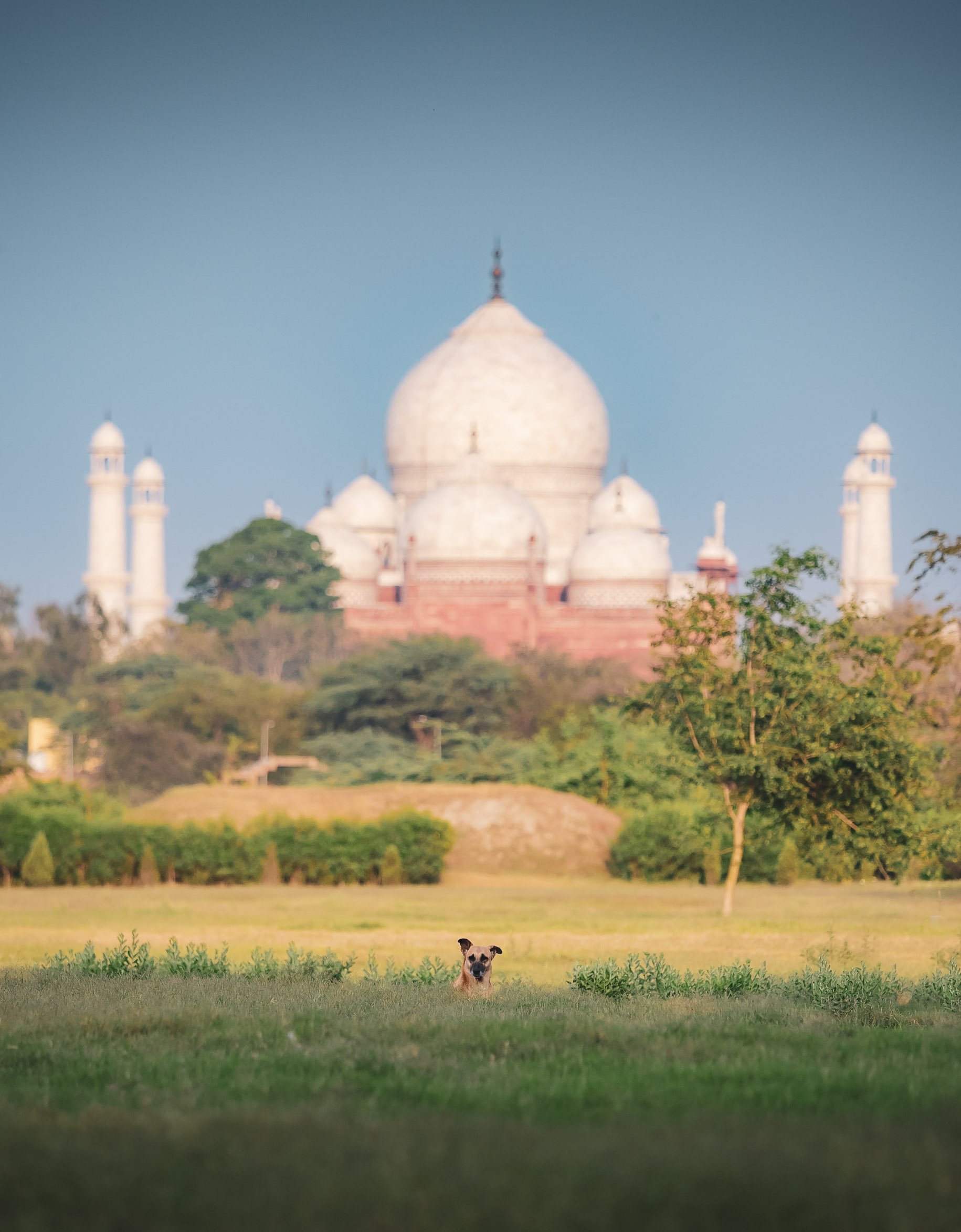
Agra Fort
The walled city of Agra Fort is also a UNESCO sites in the area, Taj Mahal being another, and the final one being Fatehpur Sikri, an incredible red sandstone town outside the city, which I did not visit (for now…)
Started by the Lodi Dynasty just before the arrival of the Mughal’s, the fort changed hands several times until the British arrived the early 19th century.
Prime Spot
The fort’s location on the river Yamuna gives it a prime view of Agra’s most priced sight, making it a popular photo spot.
The interior of the Musamman Burj palace inside the fort with its beautiful marble inlay and lattices. It was built by Shah Jahan for his beloved wife Mumtaz Mahal - ironically he also spent the last years of his life in captivity here, held by his own son who succeeded him as the emperor.
A view of the palace from the west. Shah Jahan is said to have died here while watching the the tomb he built for his wife.
Tomb of I'timād-ud-Daulah
One of my favorite places in Agra was this rather small but beautiful Mughal mausoleum, often regarded as the “Baby Taj”, built by Nur Jahan for her father Mirzā Ghiyās Beg. It was completed in 1628, just a few years before its bigger brother began construction - commissioned by her stepson!
Details
Delicate jali screens of carved white marble as well as typical inlay work combined with painted patterns all over the structure make it feel more delicate and intricate, but less simple, than the Taj Mahal.
The main chamber holding the tombs of Mirza Ghiyas Beg (who was Mumtaz Mahal’s grandfather) and his wife Asmat Beghum.
The Red Taj Mahal?
Another Taj-related building I wanted to see was this one: John Hessing's Tomb. The Dutch worked for the Marathas in Agra at the turn of the 19th-century and was killed in 1803, fighting the British to defend Agra Fort. His wife commissioned the tomb in similar spirit as Shah Jahan had done for his significant other.
The monument is housed in an ancient Catholic cemetery, somehow reflecting the complex multicultural facets of the local society even before the arrival of the British. While its design incorporates common elements of Islamic tomb architecture with some references to the Taj Mahal, it is made of red sand stone and lacks a lot of the decoration.
After a last walk through the markets around my hotel, it was time to head west. That’s for another blog post, but take a look at what is maybe my favorite image of Agra below first - a lucky moment.
Subscribe to my newsletter to get notified and don’t miss out on more Wonders of the Globe.
Other Recent Posts:
Borneo - A Quest for Indonesia’s Orangutan
Exploring the jungle of Borneo in search for orangutan and spending time with the Dayak tribe.
I’m slowly but surely completing my Indonesia blogs after Java’s Volcano Heaven and the Komodo and Flores island region, and the next entry is for the island of Borneo. In fact though, the world’s third largest island is shared between three countries: while Indonesia claims the biggest portion, Malaysia also has a presence here, and almost the entire nation of Brunei (see my blog here) is situated on Borneo as well, but makes up by far the smallest area.
I arrived in the Kalimantan region, as Borneo is known in the Indonesian language, after a short flight from Semarang across the Java sea, and straight away drove to a little harbour in the city of Pangkalan Bun on the central southern coast of the huge island.
Hoping that we wouldn't encounter the same faith as this ship, I boarded my home for the next 3 days: a small boat (Klotok) that would take us along the Sekonyer river into the Tanjung Puting National Park.
Welcome to Orangutan Land
Nowhere else on earth can you find as many orangutan as on Borneo, with around 100,000 individuals left. The smaller (in size and numbers) Sumatran orangutan and a very small population in Tapanuli make up the rest of this critically endangered great ape group.
A First Glimpse
As you make your way along the river, wildlife can appear on the banks either side regularly - this is how we spotted our first Orangutan.
Your best bet to get close to of one of the four great ape genera are the four research centres the park is home to. These were established by the Leakey foundation starting in 1971 - the eponymous couple was famous for their anthropological work in Africa (see my Tanzania blog).
It’s at the first station where we docked and encountered this friendly male fellow, who was keen to pose for the camera. The park is home to many re-wildered orangutans who were in the past kept in cages in personal homes or poorly equipped zoos. These individuals are much more used to humans, and often hang around the research stations.
We spotted another in the trees eating a banana - not generally on their wild diet - that was provided to them at a feeding station near the research centre, primarily with the purpose to observe and provide for recently released individuals, such as this mother below.
Just Chillin
Generally speaking though orangutan spend most of their time in the trees - unlike Gorillas, they are arboreal.
Onwards
There aren’t really ways to get lost on the river, but in case you’re going a little fast, these signs warn you of the slow bends as the Klotok makes its way through the jungle. Luckily, my captain was in full control.
As we settled for the night tied to a tree on the shores of the river, it was time for dinner for the crew and myself.
The next morning we moved on to the second research station on the way, again encountering a number of orangutan, including some adventurous youngsters.
On the way we passed the outskirts of the few settlements in the park, with traditional housing and access by boat. The park is a UNESCO Biosphere Reserve, but still threatened by illegal poaching, logging and mining. It’s home to over 100,000 people in total.
We then arrived at the end of the publicly accessible river section, where the original Leakey center was established. This is where Birute Galdikas conducted most of her work, becoming the most well-known orangutan scientist in the world. Together with Jane Goodall (who studied Chimpanzees) and Dian Fossey (Gorillas were her focus) they became the three women educating the world about the great apes and fighting for their conservation. Take a look at my Uganda and Rwanda blogs for some more information.
The Long Noses
Orangutans aren’t the only wildlife you will find in the park though. Although much of the species here are rarely spotted by visitors (clouded leopard or sun bears for example - oh how I wish to see one of these!), one of its endemic inhabitants are more easily found: The Proboscis monkey.
Characterized by their long noses, particularly the leading male in the group, such as the one on the left, they are endangered and their population is threatened by habitat loss. I have been lucky to see them both in the Kalimantan and during my trip to be Brunei.
Although Proboscis monkeys are known to be excellent swimmers, they are generally arboreal and sometimes even jump from tree to tree or to the shoreline to cross rivers, and avoid predators such as crocodiles.
White-Bearded Gibbon (maybe)
Another primate species found in Tanjung Puting is the white-bearded gibbon, endemic to the area as well. There are multiple different Gibbon species present in Borneo, and admittedly I’m not 100% sure that I identified this one correctly - we only spotted it for a minute before it used its long arms to swing from tree to tree back into the thicket of the jungle.
The Big Boy
This guy was a little easier to identify. One of the largest males in the area around the Leakey research station, I got lucky to observe him showing up at the feeding station in the afternoon.
What a character. Some males grow much larger than others, developing huge cheek pads that give them the characteristic round head shape. Their arms can reach up to 1.5m in length and their body can weigh in excess of 100kg.
Although generally arboreal, Orangutans such as this elderly fellow sometimes spend time on the ground, possibly because there are no large terrestrial predators to threaten them in this region.
Sleeping Spot
After this it was time to head back to the mouth of the river - we spent our last night just outside the park boundaries, allowing me to capture this aerial view.
Glow Worms
As the night settled over the Sekonyer river, fireflies came to life in some of the trees.
Towards the West Kalimantan
I wanted to explore a little more of Borneo and its culture, other than just see Pangkalan Bun and the national park, so decided to make my way westwards on a 300km drive towards the boundary of the central and western Kalimantan districts. Given the size of the island (twice the area of Germany, and including mountains up to 4000m high), that was still only going to cover a very small part of it.
A large portion of this drive gives you an impression of what Borneo has sadly become famous for, and one of the primary reason its wildlife has been suffering over the last decades: Palm oil plantations. As far as your eyes can see, to the extent it has been described as “ecocide”. More than half of its rainforest has been lost in less than half a century. As the cheapest type of vegetable oil, demand has grown for decades and Indonesia and Malaysia together make up 90% of the supply. Its communities had little benefit - large companies based elsewhere own or lease and extract the value of the land with limited control, rampant corruption, and pressure on the local population - this was clearly evident in many of the conversations I had. That is, if people were willing to talk about it. Having said that, it’s easy to criticize the situation, but the vast majority of the production is exported to the rest of the world, where it is gladly consumed, and there are very few alternatives that deliver a similar yield, see here for an interesting article.
Time with the Dayak People
One of the indigenous ethnic groups on the island are the so-called Dayak tribes - in fact, they are a diverse group with multiple languages and religions, but the umbrella term was applied universally during the colonial past. They do share a number of common characteristics (one of them the feared practice of headhunting or Ngayau - now abandoned). I spent three days in a remote village of about 100 people in their company, being the first tourist they have had for almost 1 year.
Long House
One of the common features of the Dayak villages is the stilted so-called long house (up to 200m!), sometimes still used as accommodation for multiple households, but today serving more of a traditional architectural and administrative function. It is visible on the centre left edge of the village in this aerial image.
Guarded
The long house is traditionally protected by a cat. Just kidding - this one just happened to chill on the porch.
Batu Batongkat (Stick Stone Monument)
Another of the interesting cultural aspects is this sight: although I could not fully discern its purpose, from what I understood it is a way to support nature.
Either way, the view from the top of the stone monument is beautiful, and the tribe owns much of the land, cultivating it in sustainable ways for generations - so far refraining from taking part in the palm oil industry and representing one of the strongholds against its complete takeover.
5 Star Bird Hotel
One rather unexpected commercial activity in this remote location is this concrete nesting structure meant to lure in swiftlets, whose saliva-built nests fetch high prices in China. They come with attached speakers imitating the bird’s call, and are often owned by people from the larger cities, paying locals to go around and maintain them (and protect their contents, as this is an industry where theft and sabotage seem not uncommon).
Universal Language
An observation I made during all my travels, even to the most remote places such as this one (there is no cell service here, power is by generator, water comes from the nearby river), is the power of football as a sport for the world. It’s always a way to get people interacting, and of course I couldn’t resist and joined in.
Theft concerns?
My hunch is that this is not really a problem here, given how this motorbike was secured to the house.
The People of Kubung Village
Over the three days I had the chance to get acquainted with a few of the people in the village (although none of them spoke any English), and was able to take some unscripted portraits.
The Last Dance
On my last evening I was asked to join the “Bagondang” or “Horn Bill Dance” ceremony, where the local dayak people blessed me and another father and his daughter visiting a nearby village with a welcome ritual ceremony called “ikat akar tongang”. They also provided me with a sacred Dayak bracelet for good blessing during the trip.
The ceremony involved the elder of the village attaching the bracelet, and the recipient drinking a rather large glass of home-made alcohol under the clapping and music of the villagers (who encourage you to finish it in one go), followed by dancing. There is footage of me undergoing these entire proceedings, which shall not be shared here.
Relics
While their day to day attire is fairly westernized, once a year the tribe brings out their traditional masks for dances and rituals.
It was a really enjoyable time here, and the local villager I stayed with still sends me photo updates on WhatsApp from time to time (although he doesn’t speak English, so I can’t always make out what he’s trying to convey with the pictures 😉).
I’m curious to see what happens to Borneo over the next decades, with Indonesia having recently announced to move its capital from Jakarta to the island. The new city called Nusantara is going to be located on the south-eastern coast, and construction began in 2022, with about 12,000 government officials expected to move in by the end of 2024.
I might be back to see it - Indonesia remains one of my favorite countries for its incredible sights and diversity.
Subscribe to my newsletter to get notified and don’t miss out on more Wonders of the Globe.
Other Recent Posts:
Mongolia - Vast Steppes & Nomadic Cultures
Mongolia’s vast landscapes, rugged mountains, beautiful deserts, and nomadic people have long been on my list for exploration
Mongolia’s vast landscapes, rugged mountains, beautiful deserts, and nomadic people have long been on my list for exploration (although that list is long, frankly). In August 2023 that opportunity came when I spent a couple of months in Asia and there was an open slot on Daniel Kordan’s Mongolia tour. I rarely go on guided group photography tours during my travels, as I often find them limiting in flexibility and scope, but the dates fit, and this tour definitely had some great aspects to it that are more difficult to achieve solo. In addition, it was led by my good friend from Dubai, Andy Marty, and also allowed me to fit in a short stopover in Beijing.
Mongolian Moments - Watch this to get an Overview
The White Stupa
We started our tour from the capital and by far the country’s largest city, Ulaanbaatar, but immediately went south for several hundred kilometers, with the first goal being Tsagaan Suvarga (White Stupa) - an eroded cliff that was once the floor of an ocean.
The ancient seabed is now a limestone escarpment covered with minerals. Oxygen exposure over millions of years then created this colourful scenery.
We continued our way onwards to the south and further west, with the final destination being the sand dunes of the Gobi desert, getting ever closer to the borders with China, one of Mongolia’s two mighty neighbors - the other being Russia in the north. Together, they make it the world’s largest landlocked country. As we approached our camp for the night, we got the chance to stop for a beautiful sunset…
… which quickly turned into a heavy storm, with rainclouds approaching in the distance.
As we arrived at our “hotel” for the night - one of the many ger (a traditional yurt-like tent still commonly used by the locals) camps that are dotted around the landscape, the rain clouds turned into thunder and lightning. Of course I couldn’t resist, threw the luggage into the ger, and set up the camera before the rain arrived. Using Olympus’ amazing Pro Capture feature makes catching lighting relatively easy in many situations, without having to set up triggers or even a tripod - these were handheld at 1/5s exposure!
Highways
Distances are vast with very little infrastructure - understandable, given that it’s the most sparsely populated country on earth (just over 2 people per sq km.) Although, the country’s road network has been increasing rapidly, the majority of the roads that do exist are not yet paved, making driving a bit of an adventure.
It’s not unusual to drive for dozens of kilometers through empty steppe, with nothing more than a few animals to see. The layers of diverse landscapes make up for it, such as here as we slowly approached the tall dunes of the Gobi desert.
The Gobi Desert - Dunes for Days
The Gobi Desert is one of the world’s largest. The majority of its landscape is not actually characterized by sandy areas, but instead features dry steppe and exposed rock. Having said that, the tall dunes, for example here around Khongoryn Els, make up some of its most beautiful scenery and we spent a few nights here to capture their shapes around sunset and sunrise.
Bactrian Camel Herders
A local family with their herd of bactrian camels joined us in the dunes to add a human element, and bring some scale to the photos. Bactrian camels have been domesticated in Mongolia for thousands of years - today, only very few truly wild individuals of a separate species survive, and these are critically endangered.
The endless shapes and flowing patterns of these dunes make for countless compositions and different abstract motives, especially as the light slowly illuminates their sharp edges.
The camels have been essential for providing clothing, sustenance from milk, and transportation for many nomadic people of the region for centuries. They are well adapted to the climate, with a long fur coat during the -40C winters, which they shed during summers when the temperature can reach 50C.
As the sun set and darkness creeped in, we had a short window to capture the Milky Way over the dunes before the moon rose.
Greenery in the Desert
Aside from the Bactrian camels, horses are also often kept by the nomadic people of the region. A river runs at the foot of the dunes in the north, creating green pockets of grass and scrubs for them to graze on.
The Flaming Cliffs
Home to the world’s first discovery of Dinosaur eggs.
As we left the dunes of the Gobi Desert, our route back to Ulaanbaatar had another stop in the plan, which was not only interesting to me from a photographic point of view, but also due to its geological and archeological history 🦖.
After a small break at a local well in the steppe of the desert, where the nomadic families raise drinking water for their horses and camels, we arrived at the so-called Flaming Cliffs: A geological locality from the Cretaceous period, deriving its name from the red glow the rock formations exhibit, especially during sunset - luckily the time when we were there.
Beyond their obvious beauty, this area is where some of the most significant fossil artifacts in the world were discovered: The very first finds of several dinosaur species, as well as the first-ever fossilized dinosaur nest, including the matching Oviraptor eggs. Another incredible paleontological find includes a pair of fighting dinosaurs, now immortalized as a statue on the small museum built on the site.
Nightly Exploration
After discovering these beautiful nearby rock formations during the day, an idea for some nightly adventure emerged: The result was some drone light painting as the Milky Way rose, with the odd meteor and a nice green airglow adding a little bit of extra interest.
It meant the night before our final drive to the capital was short (very short), but we got some fun images to take away.
The Bayan-Ölgii Province - Home of the Eagle Hunters
After a night in Ulaanbaatar, the next destination was the very western region of Mongolia close to Kazakhstan (although the two countries do not share a border): a two hour flight brought us to the province of Bayan-Ölgii. The reason? To spend time with the infamous Eagle Hunters of the local nomadic tribes that once settled here after leaving the east of Kazakhstan for political reasons. Even today, the vast majority of the population is Kazakh, Mongolian is not the primary language, and Islam is strongly represented here.
While the city is small and life is quiet and traditional, during summer time people still gather and go out. The winter tells a different story (from what I heard), as temperatures drop to -30C, running water becomes an exception, and power cuts occur regularly.
The city centre is home to a few abandoned structures from the former Soviet era, like this one, which was once seemingly a high school.
The outskirts of Ölgii feature a common sight in Mongolia, very different from traditional city structures: small houses with gerts owned (and sometimes occupied) by the local families, dotted in the yards. Even today, 30% of the population falls under the “nomadic” category, regularly and seasonally moving between locations.
Our primary purpose here was found a little bit outside the city, in the endless hilly landscapes of the area, where nomadic people live with their animal herds - and in some cases, with their eagles.
Golden Eagles
About 250 such Eagle Hunters are said to live in the area and still practice a tradition that goes back thousands of years: utilizing Golden Eagles for hunting foxes, hares, and other animals in the winter months, primarily for fur to make clothing items.
For the last 25 years, a festival takes place every year in October, where participants show off their skills and get judged on agility, speed, accuracy, and also style and dresses. While this has created a new income stream for the local population, especially after media coverage over the last 10 years, it is said that over the years the eagles utilized for the festival have been raised, trained, and kept differently than the ones actually used for real hunting in the winter, for example by ensuring they are accustomed to crowds. Even among the human component of the equation, the emergence of the festival and its associated tourism industry has changed the perception and purpose of eagle hunting, reducing the focus on its original purpose in exchange for winning competitions and gaining recognition.
Entrance
Aside from being able to take these portrait photographs here, the experience of spending time with the family in their gert and sharing a meal with them was a special privilege.
While the practice of eagle hunting is male-dominated, women can be found among the Eagle Hunters, and kids start learning to ride horses and care and interact with the large birds (their wingspan reaches 2 meters) at a very young age, albeit often beginning their journey with a falcon instead. Daiynbek Ay Moldir is one of the most famous Eagle Hunters of her generation, having won prizes at just 13 years old - and she definitely has the skill (and humor) of a champion.
We had plenty of opportunities to observe the Eagle Hunters in action, skillfully managing both horse and eagle in a coordinated union.
Smiling Faces
This got a little messy at times, but everyone still clearly enjoyed themselves. Although I can’t vouch for how the horses and eagles felt, there was clear evidence that it’s a respectful and caring relationship between animal and human.
In Action
Seeing these Eagle Hunters practicing their craft was impressive, and I wanted to try and convey the sense of power and energy in my photos from a new perspective. Using a remote controlled camera on the ground allowed me to get much closer to the action for a new angle.
Unfortunately time was not on my side and as a result I only had a couple of attempts to get these photos - while not exactly as good as I think they could be, I’m still happy to have been able to document this sight in a way that has not been done before. Take a look at the video below to get an idea of the behind the scenes!
Serik Jenisbek
One of the most well-known champion eagle hunters of the area.
We visited a few different locations in the beautiful Altai mountains ranges, which created a perfect backdrop straight from a movie set.
The Eagle Hunter’s Parade
Before making our way back, the opportunity to once more capture some Milky Way photos in the dark skies of the small city’s outskirts could not be missed.
Impressions from Ulaanbaatar
The capital is also by far the largest city in the country. With 1.6m inhabitants, over half of the population lives here. It’s a relatively modern and clean city with a mix of traditional vibes, paired with modern architecture, and remnants of soviet influences.
While August is quite an enjoyable time to visit Ulaanbaatar - or most of the country for that matter - it does hold the title of the coldest capital in the world, with temperatures regularly dropping to 40C below 0 in the winter months.
Parliament of Mongolia
The building is adorned with a huge statue of Genghis Khan in the centre, the first Mongol Emperor and responsible for making it the largest land empire in the world in the 13th century.
While I didn’t explore much of the city, I did want to visit the Natural History Museum of Mongolia and get a few more glimpses at its paleontological treasures, of which there are quite a few, including the fossilized dinosaur eggs and many well preserved skeletons. Unfortunately the museum itself doesn’t have a lot of English descriptions and background information.
And that was the end of my time in Mongolia - but it’s another country that has so much to offer (and much of it unexplored) that I definitely want to see more: finding snow leopards, experiencing the gobi desert covered in snow, exploring more amazing geological features, and witnessing the nomadic culture are all reasons to come back.
Subscribe to my newsletter to get notified and don’t miss out on more Wonders of the Globe.
Other Recent Posts:
The “Wonders of the Globe” App
Creating a digital version of my photo book “Wonders of the Globe” as a native iOS app.
As some of you may have seen, I recently self-published a photo book called “Wonders of the Globe”, documenting some of the amazing places I had the privilege to see and photograph, and - as is often the case with my projects - just to see “what it’s like” to design, compile, write, print, and sell your own photo book.
The Book
It was an interesting experience, with quite a bit of trial and error, a few learnings, and also a look at the economic realities. I did everything in house, including building the website and ordering capability, which nowadays is pretty straight forward thanks to places like Squarespace, and Stripe (which this page is built on).
I’ve been making and selling prints for a long time and have always enjoyed seeing photography in physical form, rather than just on screens. At the same time, there are many things that a print or book just can’t represent the same way as digital art - something I’ve been toying with as part of my NFT series.
For Wonders of the Globe, creating a digital version was on the agenda from the beginning, but what exactly it would look like only evolved out of my desire to finally get my hands dirty writing code, and the fact there are now AI tools to help you make that a little easier.
For most of my “regular” career I’ve been really involved in software development, be it apps for hospitality, or energy management systems for buildings, always managing or working closely with engineers. That gave me a lot of insight into everything from UI and UX designs, databases, App stores, embedded development, architecture for cloud platforms, etc, and I’ve picked up a fair bit of knowledge in the process.
But I always had the urge to start creating a piece of software from scratch myself (aside from making a few websites) and this was the opportunity to do just that. Having been a follower of Apple and user of their products for a long time, the only real option for me was to start with their platform, and getting to know Swift UI, the latest programming language for its products (and one of the easier ones out there, also thanks to Apple’s ecosystem).
Main Goals
My primary idea behind creating a digital version included the following:
Be able to update the content regularly, so that owners of the physical copy can also get access to new photos
Include some interactive features like Maps for each spot, and a table of contents
Be able to link to relevant blog entries for some of the photos
Add some behind the scenes and supporting videos
Make it work on iPhone, iPad, Mac, and the Apple Vision Pro
For the App to work offline
The Journey
So in October 2023 I started teaching myself Swift UI using Apple’s Swift Playground App, a simple playful way to learn basic concepts on business logic and layout. It also includes a few examples on building grids and image-based layouts, which was very helpful.
From there, I soon moved over to Xcode, Apple’s integrated development environment, and started building the structure of the app. My goal was to build a completely native app, not using any third party tools.
The basic structure of the app was built relatively quickly, including a homepage, some supplementary pages, and the main book section. Over time I added a map view, table of content function, and a favorite function for the user to mark and recall interesting pages quickly.
My past experience came in handy in designing a scalable, flexible, and maintainable system that would allow me to manage the book content in one place (I chose a simple JSON file) and minimizing the number of layouts for individual “pages” of the book. I built generic layout views depending on the number of images on each page and their aspect ratio (I ended up with 11 for 54 pages, which probably could have been reduced further with some optimization), and rendered all other common elements such as the buttons and text overlay separately.
A few things that stood out to me: It was quite simple to add basic animations and effects such as blurs and backgrounds to create a bit more visual interest. A lot of built in tools like navigation links, sheets, and tab views simplify creating the main structural elements and views significantly.
On the other hand, there were several things that proved to be more of a headache than I anticipated, for example managing performance of image loading and thumbnails, and particularly gestures for zooming, panning, swiping, and their interaction / conflicts - this took way more time than I had expected, just to replicate what the built in Photos app can do. Making simple image layouts that scale and resize nicely was also more challenging than on many common web platforms. There are still a few aspects in the app around these features that are not ideal.
The biggest initial hurdle for me was understanding how to build the data model out of the JSON file, i.e. the piece of code that holds all the book information and images, and can be accessed and updated by different parts of the app. Once that was figured out though, it became quite easy to add new pieces and create a flexible infrastructure.
AI Help
ChatGTP also proved to be incredibly helpful in fixing issues or suggesting minor improvements to my code. As of December 2023, version 3.5 often produced more helpful output than ChatGTP 4 for specific code level requests, while generic questions produced better answers with version 4, partly owing to its more recent training data set.
While it was 100% necessary to have an understanding of the architecture, code, best practices, and an overall vision of the app, it definitely saved me dozens of hours in debugging and researching certain features of the programming language.
A draft version of the App was finished in early January, when I asked a few friends to beta test them using Apple’s TestFlight App (a simple way to get feedback and allow others to access your app without making it public). I also used the Xcode simulator to run it on older devices and different screen sizes, including iPad and Mac, to see how the layouts would work.
I fixed a few minor issues and submitted the app to the AppStore shortly after, just needing to add promotional text, screenshots, privacy policy and manage some administrative aspects, plus setting the price. As my main goal was to create the app as a companion for the physical book, I chose to make it free for owners of the book, and have everyone else who wants it pay $2.99 - whether anyone will do so remains to be seen, but art should have value.
After an initial rejection based on rule 4.2 (the app should serve a purpose that is more advanced than a simple website), I explained to App review some of the features of the app that cannot be replicated on a website easily (favorite function, offline caching, etc), and they accepted the next revision.
As a result, the app is now live on the App Store - tap on the image above to see and download it. If you’re an owner of Wonders of the Globe, you should receive a code that enables a free download, if not, please contact me.
While this is a first version of the app and it is admittedly quite simple, I have a few more features in mind for upcoming releases:
Landscape mode support (for now the App works only in Portrait orientation)
A better layout for iPad and larger screens (I really want to test it on Apple Vision Pro as well)
A home screen widget with a random new photo from the portfolio every day
Being able to add new content without needing a new version of the app (this will require me to build a server side interface, let’s see if that’s something I want to tackle!)
For now, it’s been a nice project the hopefully brings some enjoyment to a few of you.
Subscribe to my newsletter to get notified and don’t miss out on more Wonders of the Globe.
Other Recent Posts:
A First Glimpse of Thailand
Some impressions from Phuket and Bangkok - from rare apes, to temples, and trains through tree tunnels and markets.
Although I spent a few weeks in Thailand in July and August of 2023, they happened to be less focused on exploring and travel. Nevertheless, both Phuket (where I mainly worked on my doctorate application, about which I might write at some point here) and Bangkok (which was more of a transit stop to recover from two previous trips I have yet to write about) had a few sights to offer that I did want to make time for and document. Read on to find out what they are…
Phuket
While Phuket is famous for many things - some more questionable than others (I did visit Patong but couldn’t get myself to take photos there. It does have a nice German restaurant though…) - one of its main attractions are the nearby islands of Phi Phi. Didn’t visit those either, but whenever I’m in a destination during full moon I try to look for some possible compositions. In this case, the rise of our lunar companion happened to be aligned pretty well with the Phi Phi islands in the distance, which meant I was out in the humidity to capture it rising over the Andaman sea just after sunset.
Phuket is home to a few more famous islands, among them the so-called James Bond island, locally called Khao Phing Kan, a limestone formation featured in The Man with the Golden Gun.
The Gibbon Rehabilitation Project
Another famous sight of Phuket are its many animal attractions. Sadly, they originate from a sad past that is still not fully eradicated, namely monkeys, apes, snakes, elephants, and other animals serving as tourist entertainment with very little care for their welfare. The situation has improved drastically over the last decade, for instance its much criticized zoo hosting tigers and bears in small concrete cages and charging tourists (who were stupid enough to pay) to pose with them, was finally closed down in 2022. Elephant riding and half-drugged loris are still things that exist on the island though - on the other end of the spectrum, a place that is countering and trying to reverse some of the effects of this issue is the Gibbon Rehabilitation Project.
A visit to this place (a maximum of 10 people are allowed per day) is really interesting, with a personal small group tour that involves making food and actually delivering it to the apes, helped by our very knowledgeable guide called Thanaphat (who’s been amazing, and his story is worth listening to). Gibbons have been extinct in the wild on the island, and are now, through great and lengthy efforts, slowly being re-introduced into the last remaining rainforests that still exist here. In the past, they were home to tigers, leopards, and more species, whose habitat has made way for human development.
There’s no direct contact with the animals, and feeding is accomplished via a rope pulled up to the cage. At the same time, visitors are asked to fill out the daily observation sheets for “their” gibbon, which helps the local volunteers and members of the project to assess the ape’s development and readiness for release. Often, that readiness is never reached, the amount of time these gibbons spent in human captivity for the benefit of tourists makes them completely dependent and they come back from their release sites.
While gibbons are apes and thus part of the same family as humans, they are classified as “Lesser” apes, as opposed to the Great Apes like Gorillas. Nevertheless most of the species are now endangered, some of them critically so, making it worthwhile to support organizations like this one - adopt a gibbon!
A Sanctuary for Giants
Phuket is also home to countless elephant attractions - many of them designate themselves as “sanctuaries” for the many elephants that have spent their lives as tourist attractions or were chained and beaten to perform work in the forests and farms of the island. There are still black sheep, but it seems many of those establishments are now run in a reasonable way, do not allow elephant riding, don’t chain them, and provide food of sufficient quality and amount (an elephant eats up to 150kg a day), and space for their elephants. Given the rapid decline of elephants in Thailand (from 50,000 in the middle of last century to 3,500 nowadays, with less than 500 truly wild ones) they arguably do a necessary job.
I went to visit the Green Elephant Sanctuary Park, established by a Swiss national, and while it’s a tourist destination with groups, it doesn’t feel crowded and there’s room for personal interaction and some education. The owners have also established a clinic for elephants, which they are trying to get more funding for.
Ever since my encounters in Kenya I’ve developed a much deeper appreciation for these animals, and while the Asian elephant is different from their African counterparts, their intelligence and social bonds shine the same way.
Care Quarters
The employees and mahouts (carers) live on site with the animals, spending the whole day with their elephants, allowing two tourist interactions daily.
Bath time
The visit ends in the big water pond of the site, where you can help the elephants cool down from the island’s hot and humid weather. Watch your camera…
Majestic
Not many animals make you feel the same way when you stand in front of them.
Elephants are the national animal of Thailand and prominently feature across many cultural aspects in the country - more on that later.
I might be back in Phuket one day to explore its islands and take more photos of the old town, which features a beautiful collection of sino-portuguese mansions and several buildings dating back to the time of European and Chinese influence. For now, let’s continue with the capital.
The (Temple) Capital
Home to over 10 million people (and much more in the metro region), Bangkok has endless sights: Its street life, museums, temples, and skyline definitely mean you can spend countless hours exploring and looking for photos. On the other hand, its insane traffic, disorganized urban planing (it lacked proper zoning until very recently), and hot humid weather (coupled with my exhaustion from a few previous trips) meant I didn’t quite have the urge to see or take photos of it all. Nevertheless, below are some of my favorites, with the best (for me anyway) saved for last.
It’s impossible to miss the many amazing temples in the city, and some of the most beautiful ones were also on my list to visit. Wat Arun (above) was one of them, although I only photographed it from opposite the Chao Phraya river. This temple with its beautiful porcelain encrusted pagoda is almost 400 years old.
Wat Suthat Thepwararam Ratchaworamahawihan
Don’t ask me to pronounce it, but this was maybe my favorite temple in the Phra Nakhon area, where many of them can be found.
The temple is famous for its interior featuring beautiful murals and drawings depicting various scenes from Buddhist narratives and history. It is designated as a royal temple of the first grade, one of ten such temples in Bangkok.
Wat Ratchabophit
Another beautiful temple close by with its 43m tall golden chedi, and beautiful tiled exterior walls.
Wat Pho
A temple with an easier name and one of the oldest and largest complexes in Bangkok was the last I visited (although there are another half a dozen beautiful ones to be explored in the area).
The temple was originally completed in the 16th century, before the city was the capital.
It’s home to over 1000 buddha images, but none are as well known as the huge reclining version, situated in its own chapel. Added in 1832, it’s 15m high and 46m long, and was made of brick, which was then plastered and covered in gold. The toes visible on the right are in-laid with mother of pearl.
It was time to leave the city for a day trip, trying to see two of its (potential) photographic points of interests to the west. Honestly speaking, neither of them quite fulfilled that promise, as both spots lost a lot of their natural charm and origins, having turned into a pure tourist destination.
Mae Klong Railway Market
The first destination was a village in the province of Samut Songkhram, about 1,5h drive. It's famous for its railway which literally runs through the local market for the last 500m before reaching the station and going back.
Arriving very early (before the first train) means you get to see the locals going about their business, buying and selling vegetables, meat, fish, and a few other random items. Many of the tables and goods are literally placed on top of the train track - as you’ll soon discover, in a manner that’s very flexible if required…
Coming Through
Shortly before the train arrives, the speakers announce it to the merchants (and the sightseers), who within a couple of minutes fold their sunroofs backwards, pull in the tables (which are mounted on wheels) and position their trays and plates in a way that the train will just have enough clearance to avoid dragging a few veggies along to the station.
Tight Spaces
The photos barely do justice to how tight the spots left and right of the track can become, as sun shades, tables, tourists, seller, buyers, and goods get squeezed into small stalls. While the train moves slowly, I did see one or the other anxious person and a few sellers shouting at people (they seemed to have an eye for which tourist was prone to get run over by a train).
The Aftermath
Once the train passed, you’ll see the hundreds of tourists that squeezed into the stalls either side coming out on the tracks, which just an hour earlier were home to a calm local market. I can’t blame them, it’s definitely an interesting spectacle to observe, and I was one of them, but I can’t say it was particularly enjoyable at this point.
Hence it was time to leave, and move on to another type of special market - a floating one. Called Damnoen Saduak, it’s probably the most famous of its type, and thus admittedly most likely to be touristy as well.
Damnoen Saduak Floating Market
Not far from the train spectacle lies another spot that was once only a way for locals to sell their goods. This time from a boat, moving along the channels and selling to people on other boats or on the shoreline. While the Mae Klong Railway market does preserve some of the original spirit (until the train arrives), this one has become nothing more than a tourist attraction by now.
This “market” is also still home to the aforementioned animal attractions that are still common in Thailand, with large snakes meant to attract tourists who are asked to pay to have them draped around their necks (and plenty did…), and I also spotted a loris being offered to visitors for posing. While for the snake and loris it’s definitely abuse, it didn’t seem to bother this cat luckily.
There is very little left of what I can imagine was once a very interesting genuine market experience, but by walking along the canals I did manage to capture a few impressions of vendors that probably offered their goods to people other than tourists many years ago, and still make and sell their local dishes.
From what I gathered through my guide, the other markets of similar nature in Bangkok aren’t very different, but I did hear that some of them still have days where local trade takes precedence over tourism - need to find them on the next visit! I definitely didn’t spend too much time at Damnoen Saduak and would recommend a quick stop at best, if you happen to visit the train market (which somehow is still worth it).
Back in Bangkok, the usual rain clouds decided to unleash some torrential rains over part of the city, but stopped before sunset, giving me the opportunity to get some cityscape photos from the rooftop of the Banyan Tree hotel (including the endless traffic below)
Erewan Museum
A very different kind of temple awaits on the southern outskirts of the city. The 250 ton, 29m tall, three headed bronze elephant statue on its roof ensures you can’t miss it, but also holds a surprise inside…
… which is that you can take a small spiral staircase up one of the elephant legs, leading to the actual chapel in the belly, adorned with various art pieces, Buddha images, and representations of the solar system.
Below this world of the heavens lie the human and the underworld. While the Erewan museum was privately built to house an art and antique collection, the three-headed elephant also acts as a symbol of the cosmography in Hindu mythology. Its gardens are also worth a stroll, with plenty of small rivers, waterfalls, sculpted plants, and - you guessed it - a lot more elephant representations.
Chinatown
Yaowarat Road, the centre of Bangkok's Chinatown. Chinese immigrants historically formed the majority of the city's population.
The history of the city since it became Thailand’s capital in 1782 (then still the Siamese Kingdom) is filled with immigrant populations from different parts of Asia, including large Vietnamese and Malay communities, and it remains a cosmopolitan city today. Fun fact: The city changed its name several times throughout the course of history, and its full ceremonial Thai name features a mind-boggling 168 letters, earning it a place in the Guiness World Record as the longest place name.
Into the Night
Bangkok’s nightlife is meant to be legendary - for better or worse - and has earned it the nickname “Sin City of Asia”. I wouldn’t be able to judge that 😇 but I did enjoy a walk around after sunset to capture some of the neon lights and rain puddles.
The neon sign forest seen from one of the elevated train stations, which can provide interesting photo opportunities of the streets below, and is also a good option to make your way through the city and (partly) escape the traffic.
Infrastructure
Bangkok now has four different mass transit systems, the first of which started operating in 1999 - most of it runs above ground, often built on top of major roads like here, and some of the transfer station hubs are 4 or 5 floors tall.
Biggest Buddha
After 5 years of construction in between the network of canals in the oldest part the city, there now stands a giant Buddha in glowing gold. 69m tall and costing more than 3m USD, it was completed in 2021.
It’s part of the 400 year-old Wat Paknam Phasi Charoen temple. Large buddha images have remained a popular attraction in Thailand, and often bring significant income for a temple or even revive a whole district.
Please take a moment to spot the cat in the image on the left below ;)
Train Tree Tunnels
My favorite place in the city was a little away from its hustle and bustle, in the outskirts around the Chom Thong area. Here, the early morning hours see people get ready for work, kids preparing for school, merchants opening their shops, and monks heading to the temples, in a somewhat quieter and greener atmosphere than most of the rest of the city.
The main attraction for me though was the local train line running through the area and past the dispersed shops and little stations along its track. During the morning hours, a few commuter trains slowly make their way through, and you can catch some great compositions.
In several places along the few kilometers of tracks I followed, trees have formed their own little tunnels (probably with some human encouragement to make way for the train). Either way, this is maybe my favorite photo from Bangkok.
Out of the way!
People got used to life along the tracks, and so did the conductors and operators.
There’s definitely more to see in Thailand, but for now this is all I had to show you!
Subscribe to my newsletter to get notified and don’t miss out on more Wonders of the Globe.
Other Recent Posts:
Taiwan & The World’s Most Dangerous Festival
Moon landscapes, fireworks shot at you, UFO houses, and a 500m tall building on an earthquake fault line - there’s a lot to see in this blog post!
Earlier this year I had the chance to spend a week in Taiwan (or the Republic of China, as it is officially called), starting in the south and making my way way north on the westerly, more populated, side (the east with its beautiful countryside is still on my list). What drew me to Taiwan was the Beehive festival - which has nothing to do with our striped flying friends at all. Read on to find out what this insanity is all about!
Start here with a few video impressions from some of the experiences that you can have in just a few days on the island.
Southern Sights
I arrived to Taiwan from Palawan, one of the Philippines’ most beautiful islands, flying to the country’s largest city on the southern tip, Kaohsiung, with a plan to experience some of its sights and festivals while making my way north to Taipei, the capital.
On my arrival I first wanted to visit the landscape of badlands in this area, often called Moon World due to their interesting rock formations.
There are different areas with these mudstone formations sculpted by years of wind and erosion, the most famous and easily accessible one is in Tianlao, seen above.
Colorful Nights of Tainan
After that, I spent an evening in the city of Tainan, exploring some of its famous old streets from the Qing Dynasty with their picturesque shops and lantern-lined streets. Especially around the time after Chinese New Year, decorations were in full swing - even extending to our furry companions.
Pastime
Like every Taiwanese city, Tainan is home to plenty of these little stores. Claw machines and their similar variants can be found everywhere, and took over a little less than 10 years ago. The craze has died down a bit since then, but they still act as a source of income for their owners and the landlords renting the space to them. Guess who needed a lot of coins during his stay in the country…
On the next day, I visited the Wushantou Reservoir, the largest of its kind in Asia when it was completed in 1930. Its interesting shoreline patterns gave it the nickname Coral Lake, and it’s a popular recreational spot today. The hazy weather made photography a little tricky, but I could still see where it got its name from.
Madou Daitian Temple
Not far from the reservoir lies this rather unusual temple with its beautiful colored roof ornaments, originally constructed in the 17th century, but rebuilt and expanded several times.
🐉
Its most recognizable feature is arguably this large dragon, with a 76m long tunnel leading up to the head through different heaven and hell worlds (shown in rather detailed questionable animatronic presentations) before spitting you out at the mouth, where stairs lead back down.
A small ceremony was being filmed while I was there, which allowed me to get a few traditional casual portraits.
The Yanshui
Beehive Festival
.
In the afternoon, it was time to prepare for the main event, and what really drew me to visit the south of Taiwan during this time of the year. A tiny town in the Yanshui province, about 30km north of Tainan, turns into one of the most insane festivals on the planet. Let’s start from the beginning: As the story goes, in 1885 the area suffered from a cholera outbreak that couldn’t be contained. The solution people turned to - as they often do in times of despair - is a higher power: The god of war, Guandi. To appease him to help drive out the disease, his palanquin (little carts with the statues inside seen on the top right and in some of the photos below) were paraded through the streets, with firecrackers set off to rid the town of the plague.
Preparation
Since then, local residents prepare for this yearly celebration far in advance, setting up the firework displays, mainly in square clusters full of bottle rockets: the so-called Beehives. The largest ones are the size of a truck, and people try to outdo themselves every year, storing the precious creations in their garages and living rooms - literally! - hidden from view until the big day. Millions of crackers are attached by hand to the metal and wooden frames that later get pulled out on the streets.
Living with Fire
One can only hope that smoking is banned in this house until the big day, but from what I saw in terms of safety, this assumption is questionable.
Lined Up
Guandi's palanquins are ready to go in front of the Wumiao temple, where the procession starts.
Judging from what I experienced a few hours later, my guess is that this futile attempt to protect the car parked on this street with a few card boxes would not prove to be a very successful strategy.
The world’s most dangerous festival
Having seen the preparations, it was time to ensure our own safety with a little bit more seriousness than I had in mind a few hours earlier. It’s not surprising that every year people get injured, suffer burns, or lose their hearing when attending these celebrations. Full body cover, helmet, ear protection, and ensuring there are no gaps where a rouge cracker could enter and explore next to your eardrum, are mandatory. I was still wondering how my camera would fare in this mess, but at the least I had a UV filter to protect the front lens.
Warm Up
As a little introduction you could get yourself draped in chains of crackers and then literally be set on fire. I’d rather watch from a distance. For now that was still an option.
The Main Event
And then it started. The palanquins got in line, the crowds gathered, and we were off - at this point I didn’t quite know what to expect yet…
I soon had a better idea. As the parade started to make its way through the streets, occupant of the nearby houses were throwing chains of crackers onto the carts, dancing and jumping while people ignite them under their feet. In the background, fireworks are shot into the sky and the spectacle turns into a constant stream of noise, smoke, and flashes - and your own attempts to escape the worst of it while you admire the proceedings (and in my case, try to get some photos).
As we moved through the streets with dozens of carts and thousands of people split into a few groups, we occasionally reached a small open space, such as the front yard of a temple, and things came to a halt. This is when I realized it was the moment the big guns would come out - it was time for a beehive.
The Signal
After praying and burning joss paper in front of the deity, the rocket tower is ignited, and the blasting begins. For a few minutes, thousands of bottle rockets shoot out into the crowds from either side. Getting hit is considered a charm of good luck, so the bravest of the onlookers position themselves just in front of the tower, bearing the brunt of the explosives.
The spectacle is a deafening scene of shrieking angry rockets looking for a target, low, high, wide, and far, while the smoke slowly penetrates your helmet and makes your eyes water as you look to escape the crowd into a safer spot.
Take a look at this little clip to get a feeling for how these moments look like in action.
Dark Souls
At times being part of this procession through the streets felt like a mixture of joining a cult, being part of a video game, a war zone, or a post-apocalyptic movie scene. It’s surreal.
The parade of carts with the venerable Guandi moves through the entire town, before the celebrations settled in the town centre, where more beehives are brought out, and more rockets are shot into the sky (you get the theme by now).
Into the Night
Some of the firework displays here eclipsed anything I had ever seen before in size, color, variety, frequency, and noise.
Through the Neighborhood
A pit fire for joss paper was ignited by these onlookers as the procession passed their home.
Side Entertainment
If you needed a break from fireworks, the small public square had a DJ booth and dancing girls to round up the celebrations - don’t ask me how that relates to the traditional cultural background of the festival 😉
Do you think all of this was a little much? Well, I should tell you, this was the “slower” day - the next day is the actual original traditional event date, with more people, bigger beehives, and growing craziness. The main reason I didn’t stay for that was due to the fact it traditionally coincides with Lantern Release Day in the north of Taiwan, which I wanted to see as well. In hindsight, it was probably a good idea to start gradually - but I’m pretty sure I’ll be back for the full extravaganza… It becomes a little addictive after you overcome the first shock (and survive the first bottle rockets hurling towards you).
Clean Up
Water and shovels were always on hand to extinguish the occasional fire that broke out among the leftover unexploded fireworks, street side shrubs, or pieces of clothing.
Saved
Kyle, my trusty companion, was happy to have his protective equipment. Despite that, we still left with some bruises, comparable to a few proper paintball hits.
Time for some Peace and Quiet
We left Yanshui a little after midnight towards the mountain regions of Alishan, feeling relieved to be alive, counting bruises, desperate to clear the smoke from our clothes and bodies, and give our ears and eyes some respite. The next day was going to be a long one, as we made our way straight to the very northern tip of the island for Pingxi’s Sky Lantern Festival.
Before that though, I wanted to enjoy a quiet sunrise among the beautiful tea plantations of the highlands of Alishan, a picturesque area in the centre of Taiwan.
A pleasing contrast to the previous night, the central mountain ranges and eastern coasts (which I didn’t see much of) are very different than the highly populated west side, and full of natural beauty and a calmer life.
Cheery Blossom
The season was upon us, and we discovered the occasional hint of color on our way.
Forest Railway
Not far from this area is one of Taiwan’s amazing narrow gauge forest railway tracks. We walked along these tracks near the Erwanping scenic area for a bit, looking for a very special tree…
Namely, this amazing giant cypress, growing around a huge boulder into the sky. I couldn’t find out how old it is, but it must be several hundred years, and is truly a special sight. We spent a few minutes here, and then had to move on quickly, to make it north in time for the lantern festival.
Pingxi
Lantern Festival
.
Taiwan loves lanterns - they’re everywhere - and on one special day of the year many of them get released into the sky at this lantern festival in the small town of Pingxi.
Busy Affair
Although there are several rounds of releases with dozens of lanterns each, and each lantern often with a group of several people, the festival always sells out its permits way in advance, with only a few tickets available on site. This leads to many people buying and releasing their lanterns “unofficially” in the surroundings.
A Good Spot
Access to the releases is quite strictly organized by slot numbers, and my last minute plan to go to Taiwan didn’t do me any favors. Visiting the organizer’s office and begging for a way to take photos did help though - being one of the only Westerners I spotted around may also have played a role 📸.
The idea of the festival is for wishes of good luck and prosperity to be written on the lanterns by their respective owners before sending them into the sky.
Singers and other artists perform in between the releases, making it quite an entertaining evening. They get to release the large primary lantern in each round.
Year of the Rabbit
Each group of lanterns uses different colors and follows its own theme, but the evening culminates in the final release, representing that year’s animal in the Chinese zodiac calendar with a huge lantern.
Rain isn’t ideal when releasing lanterns made of thin film meant to fly in the sky based on the buoyant force of hot air, so one or the other didn’t quite make it, and came crashing down in a rain of burning pieces - I almost felt transported back to the Beehive festival …
The Aftermath
The next morning shows the real consequence of the festival, with colorful remains all around the nearby forests. Even though the majority of the lantern material is biodegradable, the frame and other pieces linger in nature for a long time, something the organizers should find a better solution for.
Divine Trees of Qilan
The next morning had one more destination in store before heading to Taipei, and it was the only time I had a chance to visit the eastern coast. The road up the hilly landscapes makes for a motion sickness inducing drive, but the idea of seeing some of the few remaining Taiwan red and yellow cypress giants was worth it. A lot of these trees have been logged during the Japanese occupation, and only very few aged 1000 years or more (which gives them the “Divine” status) remain. Over 50 of them can be found in this area alone.
Shortly after we arrived for the small hike through the tree garden, clouds started to reach us at an altitude of around 1700m, making for a beautiful soft atmosphere. The largest of these trees have sign posts on them and are named after Chinese people of historic significance. They often reach more than 30m into the sky, with diameters as wide as a human is tall. The longest standing tree here is over 2500 years old.
The path is about 2 kilometers long and passes almost all the divine trees. It’s a beautiful forest trail, which we had all to ourselves until a small bus with a guide sporting a megaphone arrived (yep, that happened - so try and avoid it).
The Male Tree
No need to explain this naming methodology any further. Let’s move on.
Tapei
Arrival in Taiwan’s capital city, which, going by municipal boundaries, is actually not its largest with a population of 2.5m. That title goes to New Taipei City, with 4m people, more or less surrounding Taipei itself.
Tapei 101
As a skyscraper geek, visiting the former world’s tallest building was obviously on my list, but the 508m tall tower decided to hide in a blanket of low clouds most days.
Blossoming between the Clouds
As my time in Taipei was slowly coming to an end, I had to try my luck and made my way to the tower on a somewhat overcast day - and ended up having just a few moments in between the clouds.
The view from the bottom shows the curled ruyi figures above the entrance and at each of the stacked repeating sequences, often said to resemble the bamboo stalk (or a stack of Chinese take out food boxes, your pick).
Balance
The most special aspect of Taipei101 is its structural design. The tower literally sits on a major earthquake fault line and in a typhoon zone, so aside from its extremely deep foundation and heavy interior columns, this 660 ton tuned mass damper counters the building’s motion. In 2015 heavy winds caused the damper to sway by a full meter, its largest ever movement. The damper has become a tourist attraction in itself.
While the panoramic photo at the beginning of this section was taken from Fuzhou Shan Park to the south, another nice and easily accessible (through a small hike) viewpoint of the skyline is the Elephant Peak in the lower hills a bit further east of the city centre.
Ciyou Temple
One of my favorite temples in the city was this one at the entrance of the Raohe Night Market, originally built in 1753.
While the temple features a lot of intricate ancient details, another more modern architectural gem can be found in proximity to Taipei 101. The Agora Garden tower resembles the structure of a DNA helix and features 20,000 shrubs and trees.
Taipei is a great city to explore, with many beautiful alleys, neon-lit streets, bustling markets, intricate buddhist and taoist temples, architecture blending the old and the new, and a mix of north-Asian cultures that altogether result in its own heritage and atmosphere.
Northern Sights
I had time for one more rainy day trip, making my way to the very northern coast of the island, passing by the colorful houses of Zhengbin near the port city of Keeling.
My primary target was a visit to the retro-futuristic remains of the Futuro houses at Wanli village. About a dozen of these, together with several Venturo style houses, were once built here. Their story online is inconsistent, but most likely this happened in the 1980s, before they were abandoned some 10 years later.
The original style was developed by Finnish architect Matti Suuronen, but the whimsical flying saucers never quite became the reality of the future. Nevertheless I could have spent hours here, but the pouring rain got the better of me quite quickly.
Futuro
The state of the houses is a far cry from the techno-utopian promise they once carried, although I did spot one or two examples that were in a more habitable state - in fact, one looked like it was restored and occupied.
Yehliu Geopark
The last destination for the trip was this mile long cape stretching into the East China See, which features a curious assembly of hoodoo style rock formations that have slowly emerged through limestone erosion.
Nature has done some great work here, creating everything from oddly shaped holes in the coastline to a flip-flop style shoe outcrop, as well as beautiful colored patterns in the sandstone, and a human sized formation that is said to resemble a woman’s head: the famous “Queens Head’, standing like a sentinel with the dozens of tourists wanting to take their photo next to it.
Until Next Time
I think my story in Taiwan isn’t quite over yet - exploring the east coast and another visit to the Yanshui Beehive Festival are still buzzing in the back of my head.
Subscribe to my newsletter to get notified and don’t miss out on more Wonders of the Globe.
Other Recent Posts:
Java’s Volcano Heaven - Indonesia Part 2
The world's most populous island is full of amazing places - some of which I managed to visit.
Java is - unbeknownst to many - the world's most populous island and - maybe more well known - full of amazing places. I spent around 10 days here during my time in Indonesia (see also my blogs on Flores Island & Komodo, and subscribe for more upcoming ones, including a trip to the Orangutan’s of Borneo) and was visited some of the sights this home to over 150 million people has to offer.
Start here for a few aerial impressions, and read on to learn (and see) more about each of those incredible spots, and a few more…
I came to Java by car ferry from Bali, and had a short night before a 3am alarm to make it to the starting point of the trail that takes you up an amazing volcano formation, on the very eastern edge of the looooong island.
The Ijen Volcano Complex
Blue fire and an acidic lake await
This may be unsurprising to some of you, but I was the first tourist that day to complete the 2h hike and still got to witness a bit of starry night above the smoke filled caldera. After a few minutes though I started the 45min hike down into the dark crater to find the infamous blue fire and see the acidic lake up close.
The way down is not that simple if you arrive before blue hour, because it’s completely dark in the crater, there is hardly a recognizable path, and you scramble over rocks and slippery steep sections. The photo below was taken after I had already arrived at the bottom and the sky slowly developed a purple hue. You’ll notice a few flash lights on the edge at the top just starting to make their way down - arriving early has the benefit of a few undisturbed moments to take in the bizarre scenery, before the very small space at the bottom of the lake gets a little crowded.
Equipped
This last part of the adventure also requires you to wear a proper gas mask, as the sulfuric gases make it almost impossible to breathe otherwise once you get close to the lake - trust me, I tried.
Blue Flames
Ijen volcano is famous for its blue fire - one of only two places in the world where such a phenomenon occurs permanently. The blue flames originate from sulfuric gas that escapes from the cracks at very high temperatures. A rumor told me that the blue fire isn’t very active these days, so better check before you go (and if it is, go soon to witness it in case it’s too late some day).
The same gas is actually channeled through pipes at this spot to support sulfur mining, which has happened here for many decades. The yellow bricks that develop after the molten sulfur hardens are then transported by workers up the crater and down the mountain. While - from what I heard - this work is paid comparatively well, it’s also dangerous and very strenuous. The laborers fill the baskets with 70kg or more of hardened sulfur, and then complete the entire journey to deliver it at the foot of the mountain to get paid. Most of them do it twice a day.
The workers and various researches sometimes cross the crater lake that developed here in these kind of self-made barrages - a dangerous affair, given that the lake is considered the largest highly acidic crater lake in the world, with a ph of <0.5.
When you arrive in the darkness it’s actually difficult to understand the scenery around you and how this otherworldly environment really looks - only as I walked back up was it bright enough to grasp the scale of the crater, the lake, and the amount of smoke escaping from the cracks and pipes where the sulfur is mined. Look closely and you see the small barrage from above at the shore of the lake.
Abstract
Once I made it back up the sun had come out and I had a moment to fly the drone, capturing this abstract top down view of the crater’s edge, with the mountain on the left and the path towards the lake on the right. The small colorful dots at the top centre are the carts of the workers. Look closely and you’ll see some yellow spots, showing the sulfur rocks they had carried up already.
Shadow
Our home star was still low, so the nearby Merapi volcano, part of the Geopark Ijen is situated in, cast its huge shadow over us.
Bromo
Another volcanic wonder.
Straight after climbing down from Ijen a long drive westwards took me to Java’s most famous volcanic landscape: The National Park of Bromo Tengger Semeru. I arrived just after this beautiful sunset, and would go explore this area the next morning before sunrise.
Volcano-ception
This place is home to five volcanos (four of which are active) that have developed inside the caldera of another huge ancient volcano, with another volcano - Semeru - towering above them in the distance. Yup.
While I wasn’t lucky enough to experience the beautiful sight of the ancient caldera filled with a layer of fog (it wasn’t the right season), the conditions up there are always incredible, making for some very atmospheric photos around sunrise.
Semeru in Action
The tallest of the volcanoes in this area at over 3600m had just started to erupt in December 2022 a few days before I was there, and huge ash clouds developed from its crater in the distance that morning. If by now you are thinking “there are a lot of volcanoes here”, you are right - the entire island of Java is of volcanic origin, and there are no less than 45 active ones.
While Semeru is about 20km further south, Bromo is the most active of the volcanoes inside the actual caldera, and depending on the wind conditions you’ll need to watch out for the smoke and gases that emit from the crater - access to Bromo closes regularly due to safety concerns.
It is a relatively easy climb up a few hundred stairs (visible on the right photo in the corner on the bottom right) once you make it through the so-called “Sea of Sand” - the sand filled caldera - in one of the dozens of modified Jeeps the locals use to transport tourists. It can get busy here, but as always, arriving early and taking an extra little hike along the crater rim will bring you some peace and quiet - can you spot me (and my shadow) in the left photo?
The base of Bromo is also home to a rather interesting Hindu temple built in 2000, visible on the bottom in this photo - who thought it would be a good idea put a temple there I wonder? The Tengger people in this area are one of the last remaining Hindus in Java, which is overwhelmingly muslim. There is a small offering installed at the edge of the crater to please their sacred mountain.
Two of the aforementioned Jeeps making their way through the Sea of Sands in the distance, with the rugged slopes of Bromo in the foreground, seen from the crater’s edge.
For a touch of color after all that brown and grey around the volcano these four wonderful ladies posed happily in the sand canyon as I was leaving.
A Splash
Speaking of colours, I then made my way to the city of Malang, which is home to an interesting set of villages, namely Kampung Tridi (left), Warna Warni (top), and Biru Arema (bottom right), which have turned their districts into a little paradise of colours.
Pioneers
As the story goes, Kampung Warna Warni was the original of the colorful villages in Indonesia. While one might dismiss it as a tourism stunt, the idea actually came from a few students who wanted to revitalize this community, which had fallen into disarray, poverty, and pollution, alongside the nearby river. In 2015 they partnered with a local painting company and the resulting work didn’t just bring in tourists (who pay a small entrance fee) but also revitalized the surrounding community and created a social obligation to beautify and maintain the environment. It became a successful role model for the village across the river, and another one across the bridge, as well as a few others in the country.
Kampung Tridi is connected to Warna-Warni by a small footbridge. Both of the village are full of small whimsical details, murals, and friendly locals.
It’s an interesting thought to imagine how the world would look if all our cities were so colorful, considering the sea of brown and grey surrounding these villages. I happened to get another glimpse at the colorful roofs when I left Malang by train (excellent way to travel in Java!) on my way westwards towards the Special Administrative Region of Yogyakarta.
Tumpak Sewu
Before moving on though I got to experience what is probably the most incredible waterfall I’ve ever been to, about 3 hours south east of Malang. The active Semeru volcano mentioned earlier providing a beautiful backdrop.
The way down to the falls is a tough affair - it takes at least 30 minutes over muddy semi-paths, climbing long rope assisted vertical ladders, stepping on metal brackets fixed into the side of the canyon, crossing the river by jumping from stone to stone, and then being totally soaked by the waterfall’s wind induced layer of rains and fog at the bottom. But the views are worth it (I still thought so after the way up, but was less convinced then). Pro tip: It seems the descent on the eastern side is a little easier than the one I took, but who wants that?
My guide posing in the rain for scale here.
The views from above are equally amazing though, even more so with a drone, but the viewing platform on the side of the canyon also provides some nice angles and opportunities to set up a tripod for long exposures.
The conditions changed quite a bit during the few hours I spent here, depending on the wind direction and the flow of the river. On top of that, as the sun moves across the horizon, the angle of the omnipresent rainbows shift as well, creating ever so slightly different compositions. A place you could come back to many times. An extra bonus - I was there on a regular weekday morning (not even that early) with almost no people - a very different picture compared to some of the (comparably boring) waterfalls in Bali.
What’s in a Name
Tumpak Sewu loosely translated means "a thousand waterfalls" in the Javanese language - an apt description.
What a place. Just missing some dinosaurs!
Back in Malang I took the aforementioned train onwards to the west into Central Java, more specifically the Special Region of Yogyakarta. A kind of unique autonomous province of Indonesia, the Sultanate has a few distinct administrative powers owing to its former status is an independent kingdom before it joined the Indonesian independence movement after the Second World War.
Prambanan
Three religious sights were on my mind for this part of the island, starting with the 9th century Prambanan temple, the largest Hindu temple in ancient Java and the second largest in the world. It’s dedicated to the Hindu trinity of God as the Creator (Brahma), the Preserver (Vishnu) and the Destroyer (Shiva). My hopes for some good photos were slightly destroyed by the weather, as I only had a few minutes before the pouring rain kicked in.
UNESCO World Heritage Site
The temple and its many beautiful reliefs have been inscribed since 1991. The pattern of lion in niche flanked by kalpataru trees is one of the most common panels in the temple.
The temple compound lay more or less abandoned for over 1000 years and lost a lot of its individual temples - there were 240 in total - as people used the stones for other construction or collected them. Only in the 1930s an effort to properly reconstruct it started, which is ongoing until today. An earthquake caused significant damage in 2006, and various volcano eruptions pose a constant danger to the site.
Standing Out
I once again had the chance to add a dash of color when I came across another group of four ladies that were happily swinging their umbrellas to pose for me.
Last Moments
The rain took over shortly after, and although I’m not one to shy away from some water, this storm was a bit too much for my camera to handle, and marked the end of my time here.
Borobudur
Next on my list was the world’s largest Buddhist temple, another UNESCO World Heritage Site and situated a bit further north near the city of Magelang.
Just like Prambanan, Borobudur was also lost to civilization and abandoned for hundreds of years in the jungle under volcanic ash. It was in fairly poor condition when re-discovered, to the extent that it was suggested to simply transfer the remains into a museum and rebuild them there. Followed by decades of looting the temple was finally restored in the early 20th century, but deteriorated quickly again, necessitating a more permanent in-depth restoration in the late 1970s.
It’s rather difficult to get nice photos of the temple from a distance, owing to the thick and high vegetation around it, and while beautiful drone shots exist, getting a permit proved difficult, and I tend to avoid breaking the local rules, especially around religious sites.
On top of that, climbing the temple was not allowed, owing to several restoration and cleaning projects. This used to be possible in the past, and from what I know, was allowed again shortly after my visit.
Procession
Despite those disappointments, I did get lucky with something else: Shortly after my arrival early morning, a procession of Buddhist monks made their way to the temple as part of their ordination ceremony. It made for a pretty extraordinary sight with the traditional buddhist dresses of 100s of pilgrims contrasting the temple.
Borobudur’s architecture consists of six square and three circular pyramid layers with originally 504 buddha statues. Its design is closely aligned with Buddhist beliefs and cosmology.
Climbing to the Top
The monks of course were allowed to take the steps up the temple, seen here from the mouth of the Chicken Church I visited later (yes, you read that right, just continue below…)
Gereja Ayam
That brings us to the last of the temple trio on my route - and while the above is its official name, calling it the Chicken Church is just inevitable, although the real design intent was to resemble a dove with a crown as a symbol of peace and coexistence.
The story of this poultry shaped religious institution goes back to a dream of a man called Daniel Alamsjah, whose divine visions made it his mission to establish a cross-cultural sanctuary for anybody seeking some spiritual guidance. The mission proved difficult, first due to protests by the locals who assumed he wanted to build a Christian church in a muslim neighborhood, then the complexity of permits, the need for money, and his general lack of experience with building projects.
It took 20 years until his idea become an avian inspired reality. Then international media attention and the shooting of a famous Indonesian movie started to draw in more tourists and he could charge a small entrance fees and complete his dream, including a visitor cafe (the food quality of which is luckily in stark contrast to its location at the butt of the chicken rear of the building).
From the Chicken’s Mouth
The interior is fully built up from basement to the top with various exhibits and prayer rooms, and you can climb inside the head for a view down the hill. If look really closely you can see a small hint of Borobudur on the middle right - this is where the above photo of the temple was taken from.
Once I had found my spiritual home here, I concluded my time in Java with a night in Semarang, where I got to just briefly glimpse at some of its remaining colonial Dutch architecture, before making my way to Borneo via a short flight over the Java Sea.
The Capital
While I didn’t end up in Jakarta on this part of the trip, I had a short layover a few weeks later. I didn’t find the time (and energy) to take a lot more photos of the city then, other than some snaps from the pool level of my hotel - including them for sake of completeness 😉
Indonesia is incredible, and the amount of natural and cultural variety is enormous - I spent more than 6 weeks here, literally on the road every day, and definitely want to come back.
Subscribe to my newsletter to get notified and don’t miss out on more Wonders of the Globe.
Other Recent Posts:
Pacific Island Wonders - Palau
Prepare to see some of the most intense blue and green colours your eyes have ever feasted on in this post! The unknown Republic of Palau in the Pacific about 700km eastwards from the coast of the Philippines is truly home to some of the most beautiful island formations I’ve ever seen…
Prepare to see some of the most intense blue and green colours your eyes have ever feasted on in this post! The unknown Republic of Palau in the Pacific about 700km eastwards from the coast of the Philippines is truly home to some of the most beautiful island formations I’ve ever seen, but it also has an interesting colonial history and a few obscure sights - read on!
Start here - a short clip of some of the most beautiful locations of the Rock Islands in the southern lagoon of the country , starting with the nature reserve of Ngerukewid… more on that below!
What I came for
My hero shot, and what I wanted to document during this trip: The incredible islands of Ngerukewid are definitely one of the most beautiful island formations I’ve ever seen and have been declared a nature reserve as far back as 1956, owing to their amazing biodiversity.
15min after the shot!
Getting this photo was one of the main reasons I visited the tiny hardly known island nation in the Pacific, and making it happen proved to be challenging: Difficult and fluctuating weather conditions, having to charter a boat, getting close enough to the reserve boundaries, flying my drone in strong winds and waves, and landing it on the boat‘s sunroof. Of course, I had to get a drone permit as well.
The rain clouds you see in the distance in the final result caught up on us shortly after, and the captain and myself looked for shelter of the waves and rain on a small nearby beach.
The southern lagoon is full of amazing places, often best seen from the air. Virtually unpopulated, the whole 42 sqkm site was declared a UNESCO World Heritage Site in 2012.
The islands are largely made from coral and limestone, often in beautiful mushroom like formations due to tidal erosion, which also caused this arch.
Goomba Island?
Does anyone else feel like this is straight out of Super Mario? Look at “Goomba” if you don’t believe me…
Underwater Wonders
Of course, an ocean paradise like this offers a whole different view when looking underwater - which admittedly wasn’t such a big focus for me on this trip (I have yet to do my PADI, but on the other hand I finally got an underwater camera case - these photos are shot on iPhone though). Nevertheless, some snorkeling is always on the cards.
Blacktip reef sharks frequent some of the beach areas in the rock lagoon, allowing you to swim among them. A school of fish found some shelter below our boat, letting me capture these photos.
Palau is also famous for its many marine lakes such as this one - the most well known one is 12,000 year old aptly named Jellyfish lake. It’s home to millions of Jellyfish, specifically the stingless golden and moon jellyfish species - or so it has been for the last years. Unfortunately, the population of golden jellyfish died out almost completely in late 2022, likely due to a rise in water temperatures. This had happened before and they luckily recovered within a few years, but no one knows if this will be the case again.
As a result, snorkeling in the lake was a lot less exciting that it might have been, but I did get to see a few beautiful moon jellyfish individuals, pictured above.
Remnants
Palau’s underwater world is also home to a lot of man-made attractions, albeit unintentional ones. The country was home to fierce battles during the Second World War - this is the coral covered fuselage of a Japanese war plane. The cockpit wasn’t far either.
Lunch spot
This wreck was just a few meters from a small beach where we had our lunch that day - with the backdrop of this beautiful tree slowly shedding some of its orange leaves, creating a beautiful kaleidoscope of colours.
More evidence of the fierce battles that took place here in form of a sunken transport ship, and cannons that were abandoned in small limestone caves on the lagoon entrances. The largest battle that took place here was the US - Japan encounters on Peleliu, which reshaped the geography of the island significantly.
White Rock Lily
The national flower of the country and one of the many endemic plants that occur here.
Back on Land
Palau does have more to offer than its oceanic beauty - the country consists of over 300 islands, while its population of less than 20,000 (!) lives spread out on just a few of them. Koror is the largest city and used to be the capital until 2006, when it was replaced by Ngerulmud on the largest island of Babeldaob in a somewhat odd government plan - more on that below.
Koror–Babeldaob Bridge
The bridge linking Kotor with the main island of the country, built in 2002 with Japanse aid after the previous bridge collapsed unexpectedly 1996.
While the last few hundred years of the country have been shaped by Spanish, German, Japanese, and then US colonialism and influences, traces of the native population go back much further than that, and some of it is preserved around the main island of Babeldaob. The most significant evidence dates back over 2000 years ago in form of the Stone Monoliths of Ngarchelong, a collection of stones in the north of the island, not far from the shoreline.
Basalt Monoliths
The stones have been dubbed the “Easter Island of Micronesia” - although I suspect the original is a little more impressive. Their use has not conclusively ascertained, but one theory is that they served as the base for a very large Bai, the traditional meeting house for the locals. Some of the stones have distinctly anthropomorphic shapes, suggesting a different purpose.
A hidden Stone Coffin
The stone coffin of Tet el Bad is located in the village of Ollei - it is on the tentative list as a UNESCO site, but there is literally no information about it available anywhere that I could find - I could barely find the coffin itself. A deserved addition to the list of oddities I discovered during my travels.
Local Traditions
Until today, some local traditions remain active, such as the building of the traditional canoe like war boats. One can be found near Airai, where it is maintained for festivals and races, although it is a dying art today. Luckily even the most obscure topics are often documented nowadays, such as in this paper describing the building process in great detail.
Airai is also home to the oldest Bai ai in Palau, which is still maintained and in use by the local villages, seen on the left here. The right one is located at (interesting) Belau National Museum (Belau is the historic name of the country). Although the Bai is a meeting place for men, Palau’s culture is highly dominated by matrilineal tendencies, evident in practices such as inheritance.
Although there remains a traditional government structure that still influences the country's affairs through its federation of clans, Palau today has a federal government structure that takes the form of a democratic republic. It’s an independent country, but still holds close ties to the US, which provides funding and military support in exchange for its own military rights. The US dollar is the country’s currency and English is widely spoken, although there are still Palauan and other official traditional languages, even Japanese remains an official language in one of the districts.
On the way to Airai lies this abandoned World War II Japanese Communications Center. While there’s a small signboard outside (and an entrance fee to be paid), it is more suitable for an abandoned places exploration than a tourist attraction, offering a few cannons and not much in terms of narrative, but a good chance of getting buried under a crumbling ceiling.
Capital Strangeness
While Koror is the commercial centre (and deserves to be called a city), Palau’s capital Ngerulmud is anything but that - in fact, it is the least-populous capital city of a sovereign nation in the world. Arguably, not one person actually lives in the city boundaries, although the surrounding state is home to a total of just over 300 people. It was created on the basis of the constitution established in 1979, which called for a capital to be established on the main island to avoid concentration of power in Koror. That took way longer than outlined in the constitution, and finally was completed in 2006 at a cost of $45m, through the help of a $20m loan by the Taiwanese government. Brace yourself for what these funds were used for, keeping in mind that the whole country has a population of less than 20,000…
National Capital
Inspired by the Washington Capital building, this complex houses all three pillars of the democratic process.
The parliament is called Olbiil Era Kelulau, which means “House of Whispered Decisions.” It derives from the aforementioned Bais, where the traditional chiefs met to discuss critical topics. During those meetings, no communication that is louder than a whisper is permitted, instead quiet messages are used to negotiate on important topics. Smart approach, although I don’t know if congress functions the same.
The building is in fact not made of massive stone and concrete - it’s publicly accessible and you can walk around in many of the buildings, where I noticed a lot of hollow walls and pillars. It’s also not really suitable for the local tropical climate, mould and ventilation issues have been plaguing it since opening.
More Aerial Glory
I was determined to get more aerial views of the Rock Islands, and have been holding out to get on a plane due to the ever-changing weather conditions. Towards the end of my stay, I took the plunge to fly on a small Cessna with an open door (there are no operating civilian helicopters in the whole of Palau) to get some angles that a drone won’t allow.
Palau’s environmental governance is extremely strong, it created the world’s first shark sanctuary, and makes visitors sign a “pledge” into the passport stamp upon arrival, vowing to protect the environment during their time in the country. It shows - the beaches and rock island areas are one of the least polluted ocean patches I’ve ever seen. Some top down photos from my flight, showcasing the incredible green and blue hues that make up most of the landscape in the country.
A different kind of galaxy
The turquoise waters above show another one of Palau’s attractions: the so-called Milky Way lagoon. It’s a shallow lagoon where limestone mud has settled on the ground, which can be retrieved with a small dive. The locals use this paste for skincare.
German Channel
This artificial channel was dug while Palau was under German administration in the early 20th century to ease access into the lagoon. Today it’s a popular dive site.
Shapes
A reef lagoon in the shape of a ray.
Reality?
Some of the formations look like they have been artificially rendered, but I assure you this is a barley edited real photo.
More images of the underwater world, taken on iPhone while snorkeling among some of the reefs in the rock lagoon during a kayak trip.
One of the many limestone caves that get carved into the rock formations.
Also came across this incredibly tiny jellyfish, the species of which I cannot determine, with an even tinier fish companion.
And that’s it from beautiful Palau…
Subscribe to my newsletter to get notified and don’t miss out on more Wonders of the Globe.
Other Recent Posts:
Jordan - From Salty Seas and Dramatic Deserts
A rich history, natural attractions, and dark night skies - what’s not to like?
I’ve wanted to visit Jordan for many years, and despite its proximity to Dubai it took until now - when I’m not actually living in Dubai - to make it happen. Its rich history and natural attractions didn’t disappoint, and on top of that, the dark skies of its deserts meant some Milky Way photography was on the cards. What’s not to like?
Petra - The Ancient Capital
The first part of my trip lead me to the capital of the Nabateans - the historic Kingdom that ruled this area more than 2000 years ago until the Romans took over. Their centre was the famous city of Petra. My time here (and in Wadi Rum) was spent in a small group as part of a trip organized by Benjamin Barakat, which really helped to get access to some of the best spots, with great local guides.
With the right timing - such as being the first one to arrive in the morning when the gates open at 6am (in the summer) - you can experience this place in peace and quiet, which adds to the awe-inspiring grandeur of the sandstone carved structure built 2000 years ago.
More than the Treasury
As I’ve alluded to, there’s more to experience in Petra than just the Treasury, which admittedly got a lot of the attention in popular culture, such as being featured in the original Indiana Jones movie. In fact, there’s a lot more to see, and if you want to soak it all in, you better be prepared to hike. I did 32km in one day, but it was worth it to explore the many Hellenistic facades, the tombs, and the amazing theatre, for instance.
The Monastery
Maybe it’s simply the feeling of reward after the two hour journey to reach this place, but the Monastery might be my favorite structure in Petra. It was carved in the mid first century AD and follows the mixed architectural style that was characteristic for the Nabateans.
We were lucky to spend the sunset and early night here, allowing us to capture the structure in its best light and get a few star trails as well. It also meant that there were barely any other people left except us and the Bedouins… which couldn’t resist showing us their daring climbing skills.
I couldn’t help but join them, and being up on the roof of the Monastery was an incredible feeling, but also one that reminded me that I have a healthy respect for heights - while I sat on the edge, you bet I didn’t follow that jump. Take a look at the video below and decide for yourself…
Wadi Rum - Mars on Earth
Another two hours further south of Petra lies one more of Jordan’s six UNESCO World Heritage Sites (Petra being one as well), and another one that has been featured in quite a few famous movies, such as Dune and The Martian. The original legendary appeal of Wadi Rum comes from the tales of Lawrence of Arabia though, which kick-started the tourism industry here.
The first night took us out to a beautiful arch (one of many) not too far from the camp, and it was time for the first Milky Way session (also one of many)!
Another arch was on the cards for the following night, in fact, there are two different ones in this spot just a hundred meters apart. Paradise of rock formations!
Luckily there were a few cats around for company while one waits for the camera to finish taking 3 hours of exposures…
Our last night here was spent heading out to a few nearby dunes for sunset, joining our guides and their camels for dinner. The camel is a favorite animal of the Zalabieh bedouins that are resident here, and a symbol for male pride.
While I was off to take these photos, I set up another camera on my star tracker (the Benro Polaris) to take a timelapse sequence while the tracker was counteracting the rotation of the earth, effectively canceling it out and showing how our home planet makes its way through the galaxy.
The Final Morning in Wadi Rum
While drones are not allowed without a (very difficult to get) permit from the government, luckily there are other ways to see places from above, which I took advantage of before having to leave this incredible landscape.
Back to the North
At this point I said goodbye to Benjamin and the group and continued the journey back into the northern parts of the country on my own, hoping to explore the ancient historic and a few more natural sites.
The Salty Sea
Heading back south, my next destination was the Dead Sea - one of the world’s saltiest water bodies and the lowest point on earth, at almost 450m below actual sea level. The water level falls at an alarming rate, dropping around 1 meter per year. Its high level of salinity (more than 10 times of a normal ocean) means there is no life to be found in and around it, and that swimming is more like floating - you can’t sink here.
While originally a single body of water until the 1970s, the southern section of the Dead Sea (which is in fact a lake) is now completely separated from the northern part, and divided into commercially used evaporation pools to extract and produce chloride. The future of the northern part is not clear, some say it will eventually dry up completely, others believe this is unlikely due to the continued inflow of water, and the reducing evaporation rate that will eventually match the inflow. Commercial projects to save the lake at its current levels, such as a canal from the Red Sea, have been announced but never actually made significant progress.
Wadi Mujib
On the shores of the Dead Sea lies a beautiful biosphere reserve around a river that empties into the lake, with options for hiking and canyoning.
It's this 6th century map of the Holy Land, which represents the oldest surviving overview of the area, including old Jerusalem seen above. The representation was shown to be very accurate, occasionally even guiding excavations and research in certain areas.
Glimpses of Amman
I didn’t spend all that much time in Jordan’s capital, but of course had explore the citadel towering over the slopes that Amman has evolved on - originally, the city was built on seven hills. Excavations in the area found evidence of settlements dating back all the way to the Bronze Age, 4000 years ago.
Final Stop
And that was my trip to Jordan - as always, you can subscribe for the next updates here or take a look at some of my favorite photos in my Portfolio. If any of the images here catch your eye and you think they’d make for a good piece of art on your wall, I make custom signed prints, just get in touch!
Palawan - Gem of the Philippines
Earlier this year I spent a few weeks in the Philippines, exploring Manila, Siargao, Cebu, Bohol, and what was once voted the most beautiful island in the world: Palawan.
Earlier this year I spent a few weeks in the Philippines, exploring Manila, Siargao, Cebu, Bohol, and what was once voted the most beautiful island in the world: Palawan. This large island is home to around 1m people and lies on the very western border of the country.
Start with this short clip for an overview of some of the amazing spots around Palawan!
On the way to El Nido
I arrived from Cebu, landing at the airport of Puerta Princesa, which is also the capital and largest city on the island. The plan was to go north towards El Nido, the most well-known area. On the way, a visit to the island’s famous underground river was on the cards - which was cancelled by the coast guard due to high waves. This is not uncommon, keep it in mind and allow enough time to try again - which I managed to do, more on that later. Instead, we stopped in Barton Bay, on the western coast, for a small boat excursion, and got to witness an interesting local event: Racing homemade speed boats.
Port Barton is also home to a small sandbank that frequently sees starfish washed on shore, making for some picturesque scenes, especially if - like me - you’re patient enough to await the right moment with no boats and people around.
Island of Doom
The bay also has a few beautiful islands - one of which became the doom of my drone, which ended up with a low battery in the sea, as the heavy westerly winds didn't allow it to come back in time... Luckily my amazing tour company - more on that later - helped me get a rental for the rest of the trip. Palawan really needs to be seen from the air.
El Nido & The North
Some of the most beautiful land- and seascapes are in the northern parts of the main island, around El Nido. Having researched this area a bit, I knew that most of the very touristy trips follow standard routes, and you can pick A, B, C, or D. Obviously not what I wanted, because that means everyone going to the same places at roughly the same times, and those tours of course also start once people crawl out of their beds rather than at sunrise when the conditions are best and things quiet. So in my usual quest for something a bit more interesting I found a tour company priding themselves in organizing custom trips: Palaweña.
Palawan's landscape is famous for the almost 1800 islands scattered along the coast of the 450km long main island.
The private custom tours paid off (and were super well organized), because we reached many of the best spots around Bacuit Bay, such as the Big Lagoon and its beaches pictured above, before any other boats.
Shimizu Island
Another of the beautiful limestone cliff islands with their white sandy beaches. Who wouldn't want to set up their umbrella here?
Matinloc Island
A bit further north-west you’ll find a curious man-made spot: An abandoned shrine, built in 1982 between the cliffs and the beach alongside a small villa, and now mainly used for lunch stops and apparently a yearly pilgrimage by the locals.
The scale of the limestone formations here is truly amazing, spot the kayak in the second shot!
Different
Geologically speaking, Palawan is very different from the rest of the country, as its rocky island landscape originated from the Eurasian plate, forming this spectacular karst terrain that isn’t found elsewhere in the Philippines.
Another place I was able to enjoy by myself was the Hidden Beach (again part of the creative naming scheme...) on the east side of Matinloc island.
Sunset over Bacuit Bay
El Nido had one signature sunset in store, despite the largely cloudy conditions during my stay. I used it to capture this fisherman returning from the sea in his Bangka.
Waxing Moon
Our celestial companion rising on a clearer evening.
Going Underground
I spent the last day going back to Puerta Princesa for my onward flight, and started very early in El Nido for another attempt to reach and tour the subterranean river. This UNESCO World Heritage Site was once said to be the world’s longest underground river - there seem to be different definitions of this record though.
The inside of the cave river becomes completely dark once you go a few hundred meters beyond the entrance, with only the light of the boat captain shining onto the amazing limestone formations. It’s over 8km long, although only the first few kilometers are navigable by boat. The cave network itself reaches even further at 24km length.
Palawan is home to a few special places, and the underground river as well as the limestone cliffs and their hidden beaches and lagoons are truly special. While it can be very touristy, and El Nido town definitely wasn’t my favorite, there are ways to make it a more enjoyable experience, and I can definitely recommend Palaweña to achieve that, one of the best operators I’ve worked with anywhere. Is it my favorite place in the Philippines? I think not, but more on that in another blog entry - subscribe here if you don’t want to miss it.
Chasing Orcas & Auroras - Northern Norway
A successful expedition to find and swim with Orca whales, and chase the Northern Lights.
In the quest to go through my backlog of images and stories, here’s another adventure from late 2022 - exploring the north of Norway on the lookout for Orca whales, and hoping to see some Northern Lights on the way.
We started our trip from Tromso, taking a bus to Skjervoy, a small town in the northernmost part of Norway, far beyond the Arctic circle, where we boarded our boat, the Bergsund - home for the next week. Organized by https://www.orcanorway.info, this expedition is focused on finding orca around the fjords, and if the conditions are right, get into dry suits (or wet ones if you’re experienced), jump into a small dhingy boat, and with a bit of luck, snorkel and swim next to these amazing creatures. The time on the boat also includes several sessions by Pierre Robert de Latour, the “Orca Whisperer”, which culminate in the USEA certification for participants and really helps understand the behavior of orca in the wild.
On the Lookout
The daily ritual is trying to spot pods of orca whales in the vast sea around the boat - not an easy task, as they can travel very quickly and spend long stretches under water. We had a lucky mascot though that seemed to have helped a bit.
Humpbacks All Around
Aside from orcas, the area is home to a few groups of humpback whales during this time of the year. We had two great encounters, once from the boat and a bit of distance (the weather was not great) and once in the water, as they were feeding alongside the orca whales. The feeling of these creatures diving up a few meters away from you and whacking their flukes on the water is...intimidating to say the least.
Humpbacks breach frequently, and throw their bodies out of the water. Impressive, considering they weigh 40 tons and grow around 15 meters in length. This juvenile had not quite reached those numbers yet though.
Orca Encounters
The excitement when seeing them from a distance and being lucky enough to get close is difficult to describe. Their elegance in the water, social interactions, curiosity, and just sheer size makes them one of my favorite animals - as is often the case with wildlife, experiencing it in its natural environment provides a very different perspective to documentaries or zoos and changes your relationship to these animals forever.
Landscapes of the North
Even on days without wildlife encounters, the stunning fjords all around make for amazing scenery, either bathing in the low sun - there are only a few hours of sunshine each day this far north in the winter - or covered in clouds and adorned by dramatic overcast skies.
The light hits different up here…
Green Nights
We docked in a few different harbors for the night during the expedition, and had a good chance to see some Northern Lights - of course I couldn’t resist and went out to capture some of the colorful magic in the sky when the conditions were right.
A short timelapse from the same spot. You’ll see my tiny self appear on the bottom right for a few frames at the end.
In the Water - The Main Event
Of course, the highlight of this trip was jumping into the water, knowing (or hoping) that there are orca whales that pass you close enough to see them, or even stick around while they are feeding. That sounds simple in principle, but it's often hard to anticipate their movement, approaching carefully and always ensuring to not interrupt their behavior with the dhingy.
The encounters are unpredictable and often very short - by the time you move around in your (huge, buoyant) dry suit, the animals might have reached the coast of Alaska 😉 and you’re only worried that none of that ice cold (5C) water enters the suit you have to wear for the next five hours.
I took all my under water footage with the iPhone in a case. This in principle delivers better results than a GoPro (and a more pleasant focal length) but it took me time to figure out how to avoid focus hunting and in general dealing with the new environment. Rest assured, next time I’ll know better and will have an underwater case for my trusty Olympus camera… Regardless of the photographic outcome, this was truly a privileged wildlife encounter, and ranks high up there for me, maybe only topped (if that) by my time with Craig, the elephant with the largest tusks in Africa.
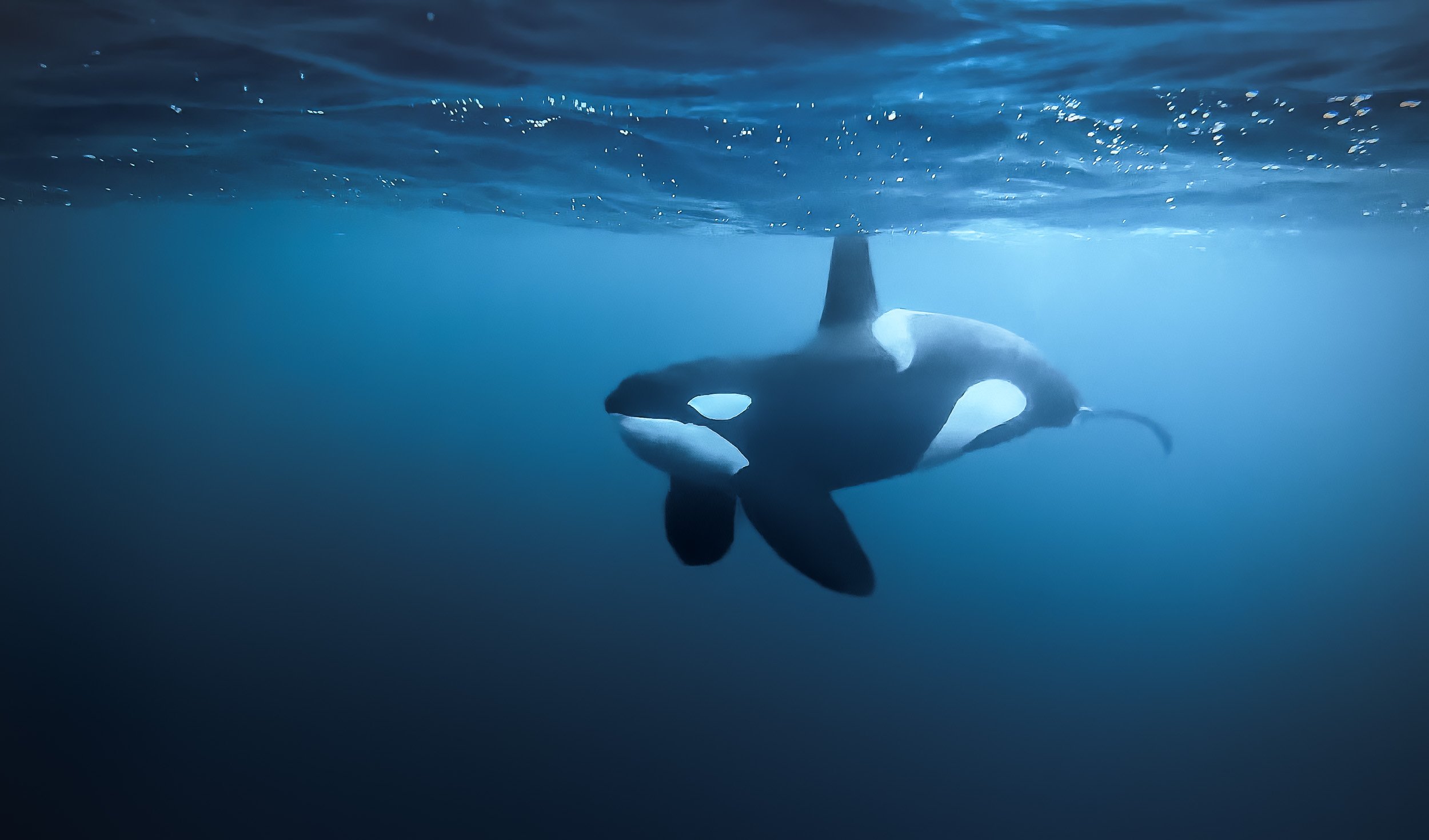
We had a few amazing encounters, including a feeding where a pod of orca started to work the bait ball. They surround a school of herring and use tail slaps to stun them, then calmly feed. The orcas were joined by a number of humpbacks, and it became a frenzy that was difficult to grasp. This was also the only moment where our guides wisely decided we should leave the water, not due to any aggression, but because a humpback fluke isn’t something you want to be any closer to than necessary. Despite that, I never had the feeling of being in danger. The approach Orcanorway takes is full of respect and appreciation for these animals, and unlike many other such encounters around the world, sanctioned and licensed by the local government.
Contrary to the reputation that’s associated with killer whales (it’s in the name already…), there has not been a single documented intentional attack of an orca on a human in the wild. Every incident occurred in captivity, and it’s not surprising given the conditions these jailed individuals have to live in for large parts of their lives.
Last Light in Tromsø
After a week on the boat it was time to head back to Tromso - which greeted us with a display of strong Northern Lights, easily outperforming the city’s light pollution. I spent one more day in the city before moving on to Finland (another blog in the backlog).
A Final Glimpse
This was taken at pretty much exactly at 12 noon on November 19th, 2022 - just 1 week later, the sun would no longer rise for another 6 weeks or so, only leaving a few hours of blue light during the day for Tromso’s population of 65,000.
Flores Island & Komodo - Indonesia Part 1
Exploring Flores island and the bordering Komodo National Park, part of the Lesser Sunda Islands in eastern Indonesia.
The amount of photos and videos I took over my 6 weeks in Indonesia has been slightly overwhelming, which is one of the reasons this blog didn’t see any of them yet. There are just too many incredible places to experience and document in this amazing country! We’ll start with the western part of Flores island (my kind of name) and the bordering Komodo National Park, part of the Lesser Sunda Islands in eastern Indonesia. I spent 6 pretty packed days here, 3 of them on a boat around the islands - take a look!
The video below will give you a pretty good overview of some of the most interesting places you get to explore in this part of Indonesia.
Ende & Kelimutu
My flight took me to the town of Ende, pretty much in the southern center of Flores (and I didn’t go much further east). The goal was to start with hiking up the Kelimutu Volcano in the first night. On the way, we stopped at some of the beautiful typical rice terraces, and the local Saga and Wologai villages to see some of the traditional houses common to the island.
The thatched roofs of Wologai village, one of the many traditional places where you can still observe the daily life of the locals. The houses follow the Lionese architectural style and the village is said to be 800 years old.
Kelimutu - Volcano of the Dead
An early start around 3am ensured that we’d reach the Kelimutu Volcano with its three lakes for sunrise. After an hour hike, the stairs along the last few hundred meters to the crater’s edge lead us into colorful clouds, which slowly faded away as the sun rose.
Close ups of the crater lakes, showing the smoke over the water and their different hues. Between January and November 2016, the colors of the crater lakes are said to have changed six times.
The way down leads through the Kelimutu National Park and its beautiful flora and fauna.
The Blue Stone Beach
We continued our journey in the morning after returning from the volcano. On the coastline in the south of the island lies another colorful phenomenon….
Volcano Village
Near the town of Bajawa lies the the small traditional village of Bena, one of the primary remnants of the preserved Ngada culture in the region.
The Ngada traditions date back 1200 years and can still be observed in the village, even though some of the locals now focus on selling souvenirs to tourists.
Some of the local villagers in the town - arrive early morning to observe some of the daily rituals.
From Bajawa to Ruteng
The road westwards led us past a small local distillery making Arag and fresh palm juice. The owner insisted on showing me how they are harvesting the fruit from the palm trees, climbing up to the top with a cigarette permanently attached to his lips. Understandable I suppose, he needed his hands free.
Some of you might know that I don’t drink (or like) alcohol, but of course I couldn’t refuse a sip after I saw the effort that went into making it. Let’s say it won’t change my stance, but on the other hand it wasn’t the worst alcohol I tried in Indonesia. More on that in another blog (watch out for my time in Borneo).
The clay oven powering the distillery. The entire process is based on locally made tools and tricks passed down through generations, such as these bamboo pipes.
The rain forest lake of Ranamese was our next stop, and rainy it was indeed. A small dry window in the clouds allowed me to get some aerial photos of this beautiful calm spot along the hilly road.
The Spider Web Rice Fields - Lingko
Heading west towards Labuan Bajo takes you past one of Flores’ most amazing attractions, the incredible rice fields shaped like spider webs. A visit during the right time of the year will allow you to see a green paradise full of rice plants, but the views during harvest as seen here are equally interesting.
Island Life and Dragon Hunt
From Labuan Bajo the trip continued straight onwards, boarding the houseboat that would be my home for the next 3 days, sailing around the islands of the Komodo National Park.
Padar Island
One of the larger islands in the archipelago is also one of the most beautiful. The views are worth the sunrise hike to the top - the earlier, the fewer people (as always).
Flore and Fauna are abundant, from deer to wild boar, as well as dolphins, and a large coral variety. Seeing deer on the beach felt slightly odd to me at first, having always associated them with forests.
The Last Remaining Dinosaur
Of course, the primary wildlife people want to see in Komodo National Park are the namesake dragons. It’s an apt description for these animals. This is the only region where the largest lizard in the world can still be found on a handful of islands, with around 3000 endangered individuals still surviving in the wild, most of them on Komodo Island.
Once I made it to Komodo Island, your time is limited as you walk through the forest with a guide in search of some of these magnificent animals, but luckily I did get to spot a few…Nevertheless, I’d recommend two tours and possibly visiting another island such as Rinca to increase your chances for nice observations (and photos).
We found two very large individuals close to the beach, observing them at rest for a while, before one of them got up and moved into the forest. This was my chance to capture some photos of them in action, with their large tongue leading the way, and them to their prey - in fact, they can sense almost 10km away in good conditions.
Through the Island Maze
Onwards through the island maze of Komodo, landing on Kanawa island, which was once home to a beautiful small resort.
The resort is no longer operating and what must have been cute little villas are now decaying, but resourceful locals have turned the beach into a makeshift bar and lounge place.
A Floating Fishing Village
Pulau Mesa is one of the few inhabited islands in the park. In fact, it is almost completely built up and home to a population of around 1500, the Bajau people - all of them extremely friendly and curious. I spent half a day exploring here and would definitely recommend visiting.
The island life is simple but happy, and people were always curious and friendly. It was one of my favorite towns in Indonesia.
Subscribe to my newsletter to get notified and don’t miss out on more Wonders of the Globe.

